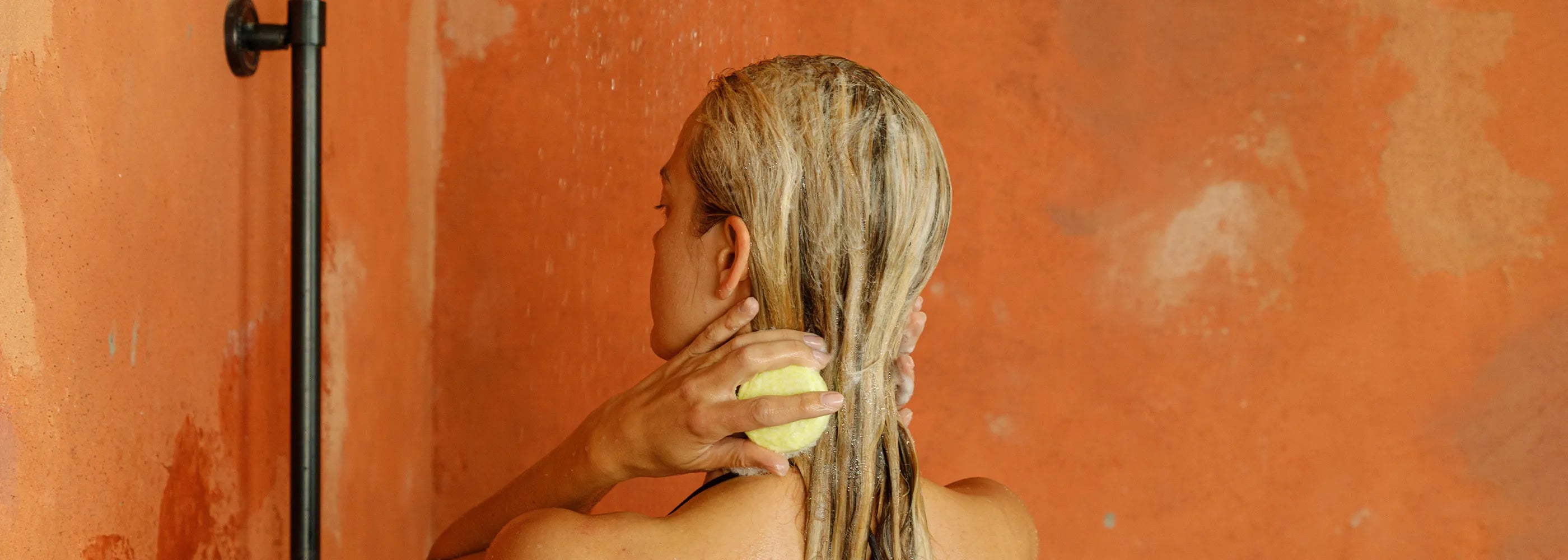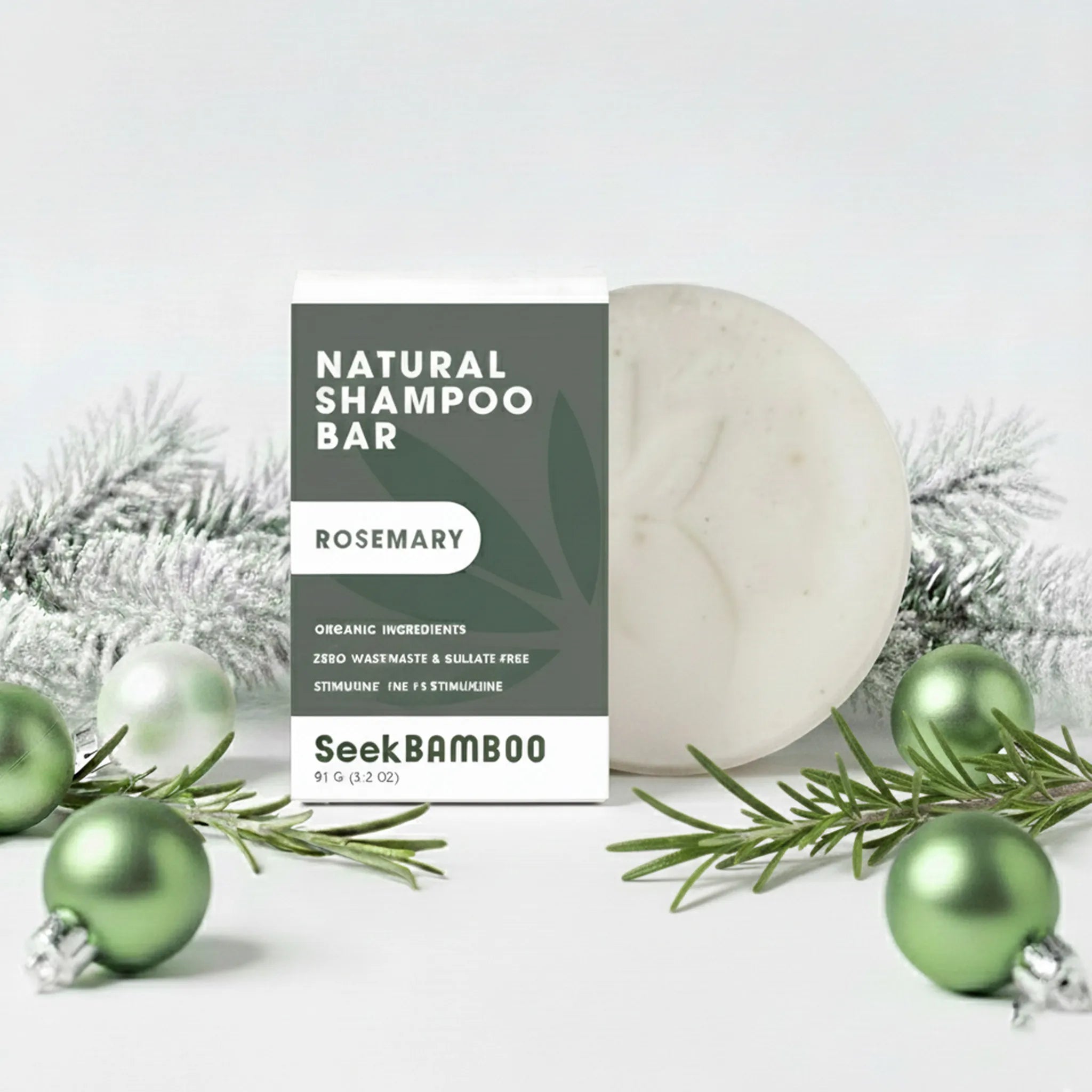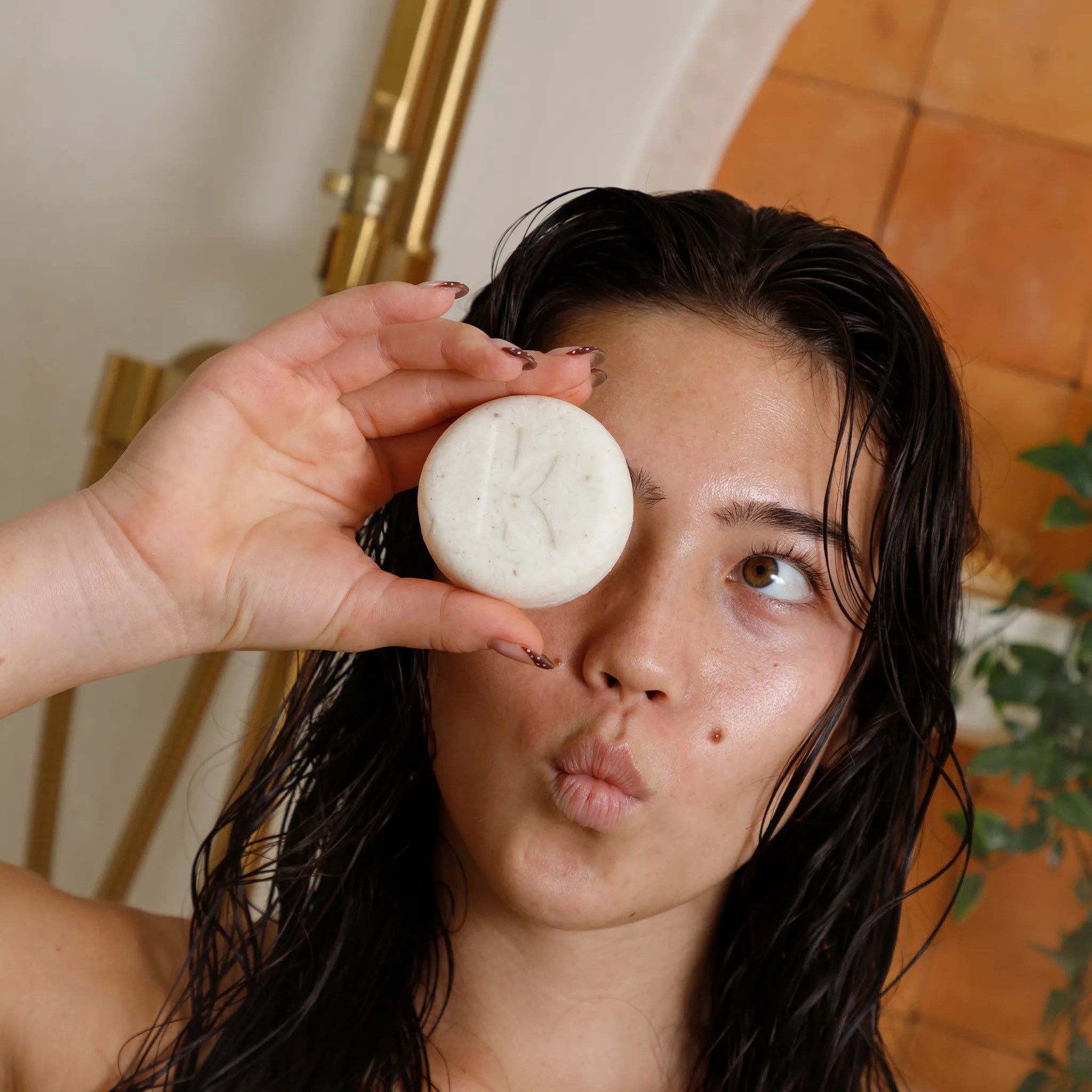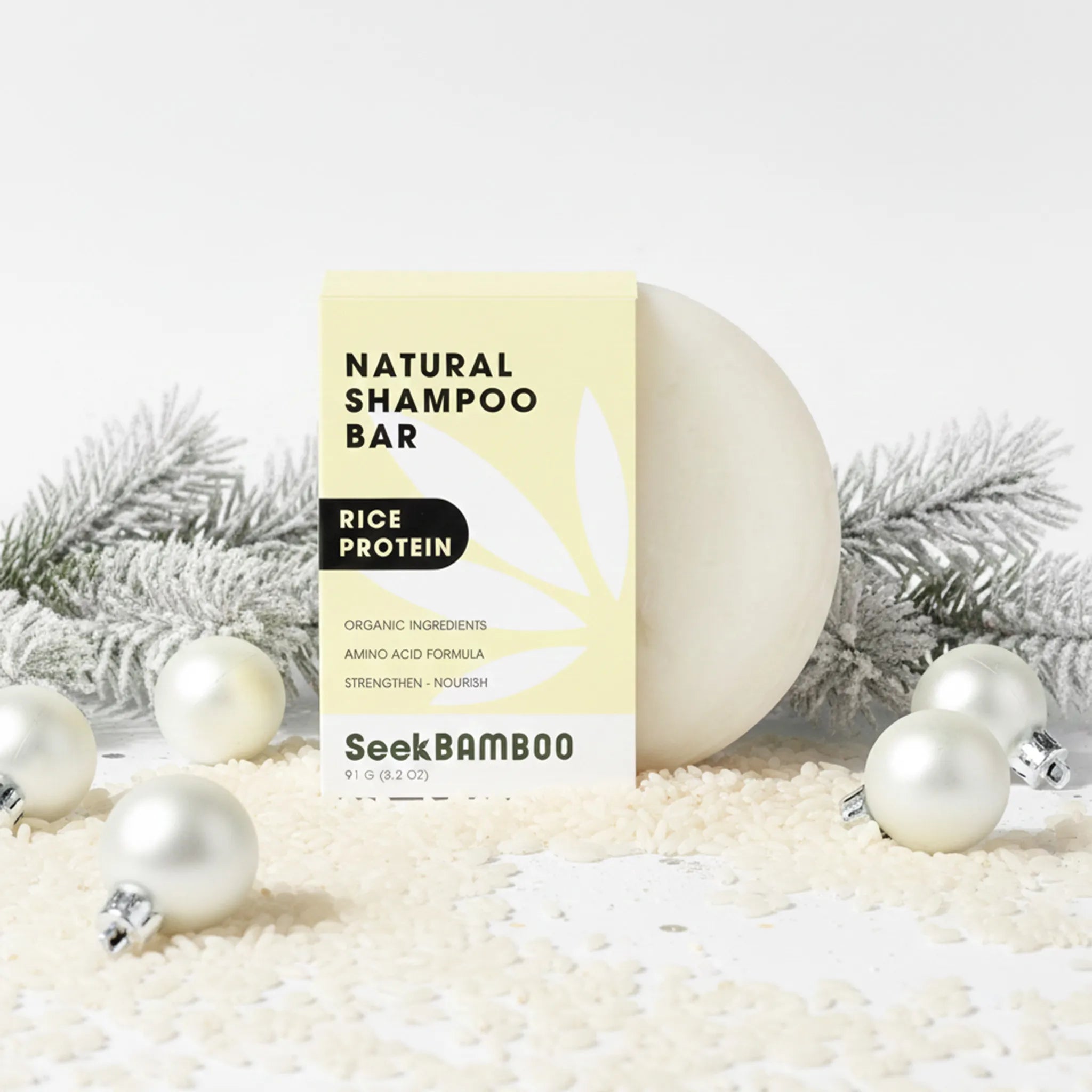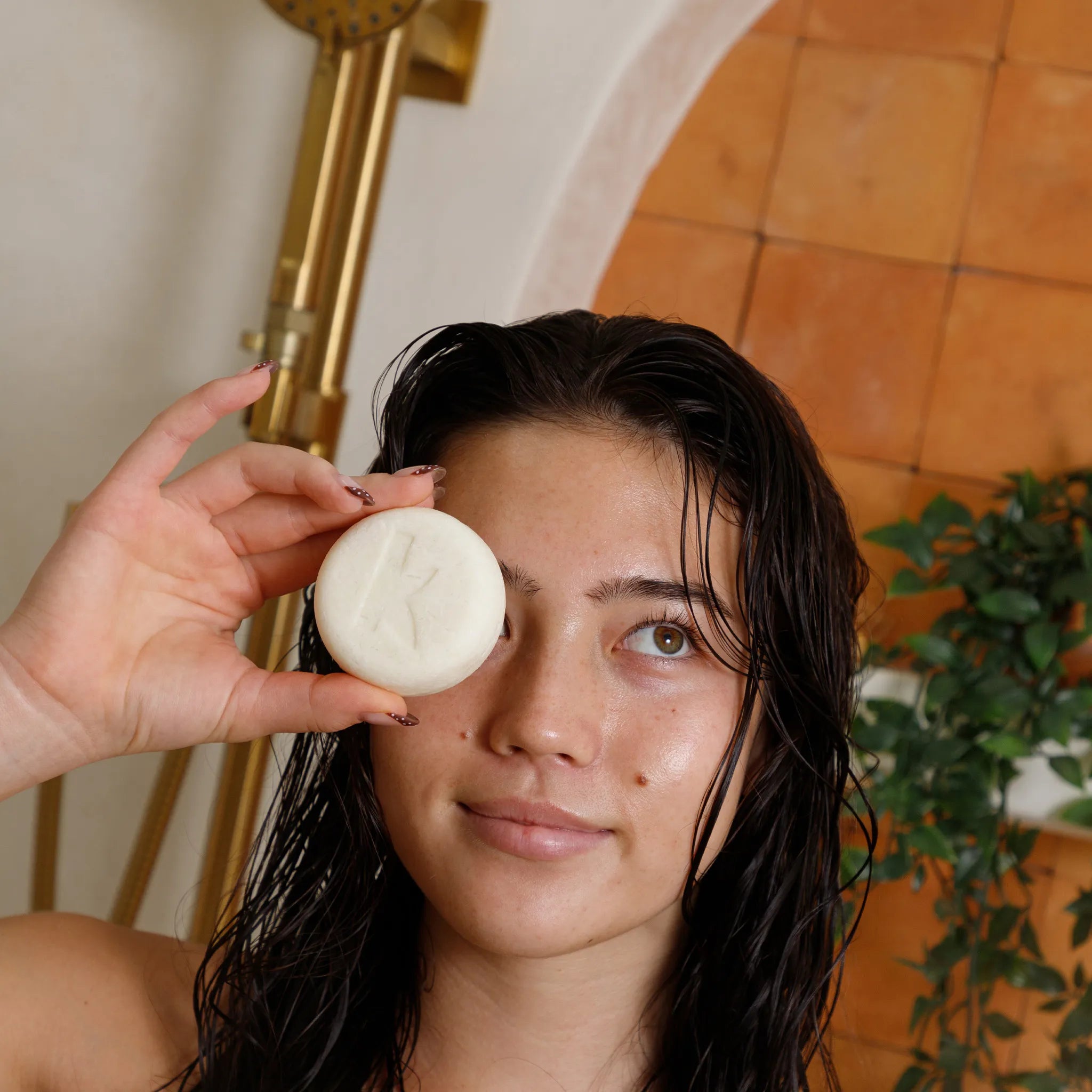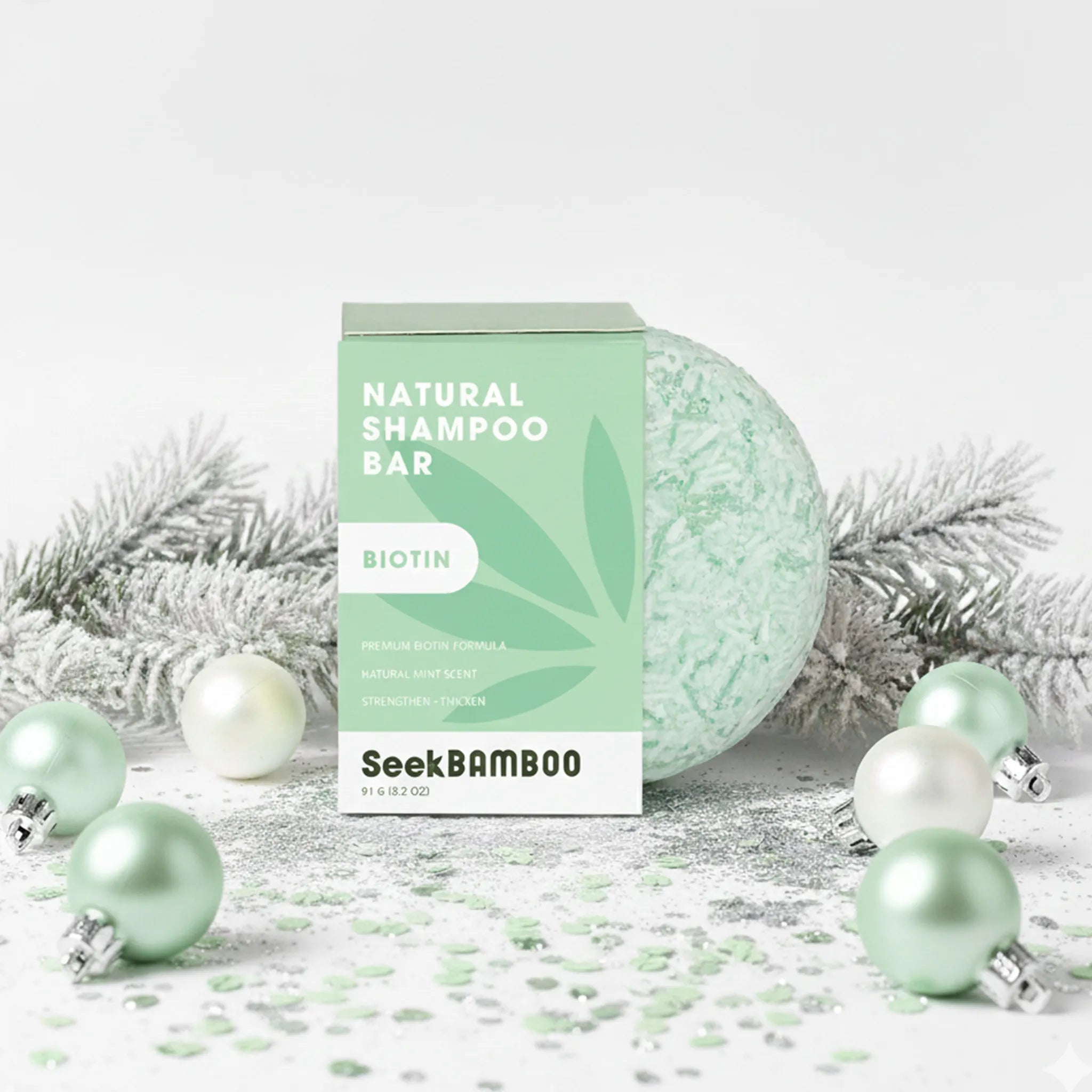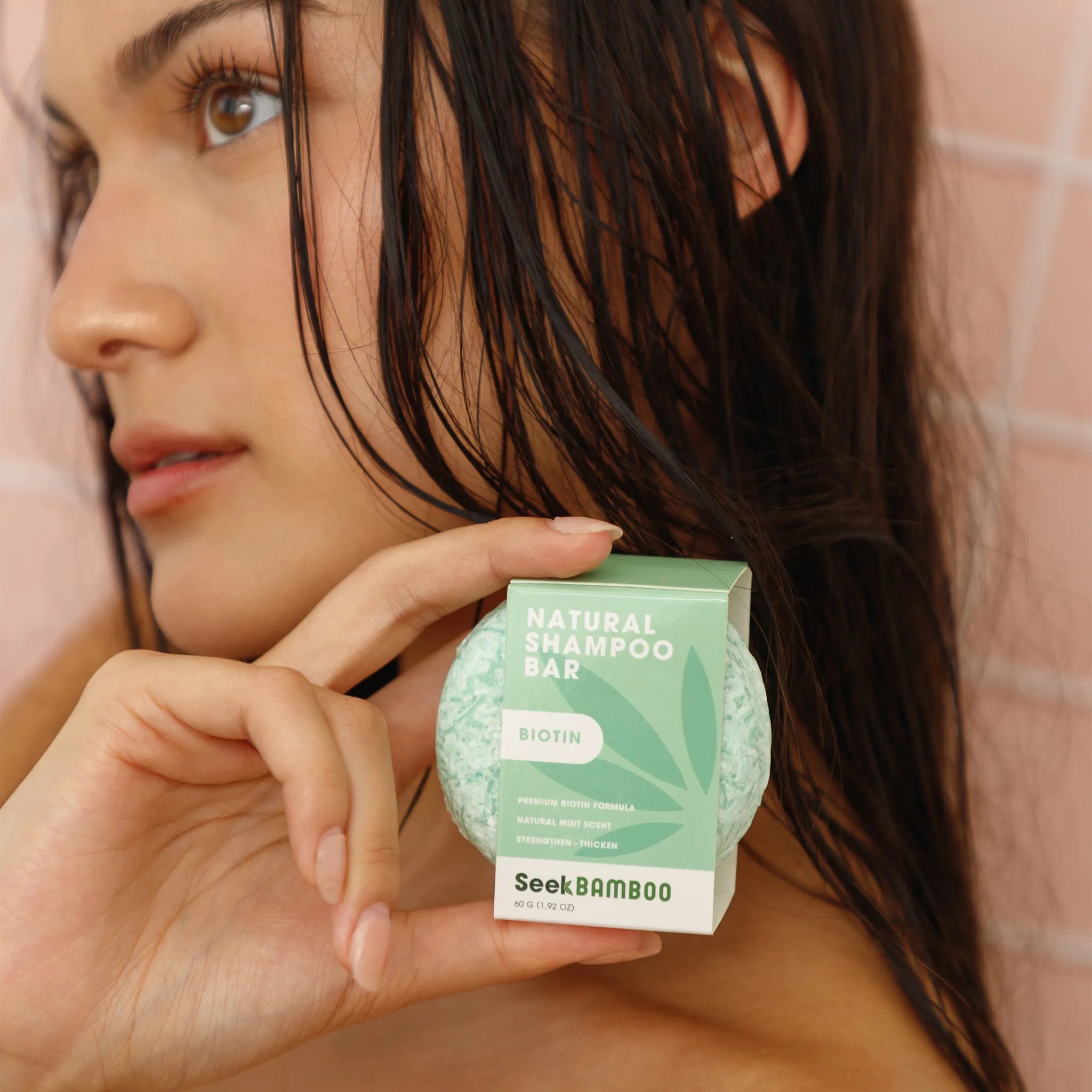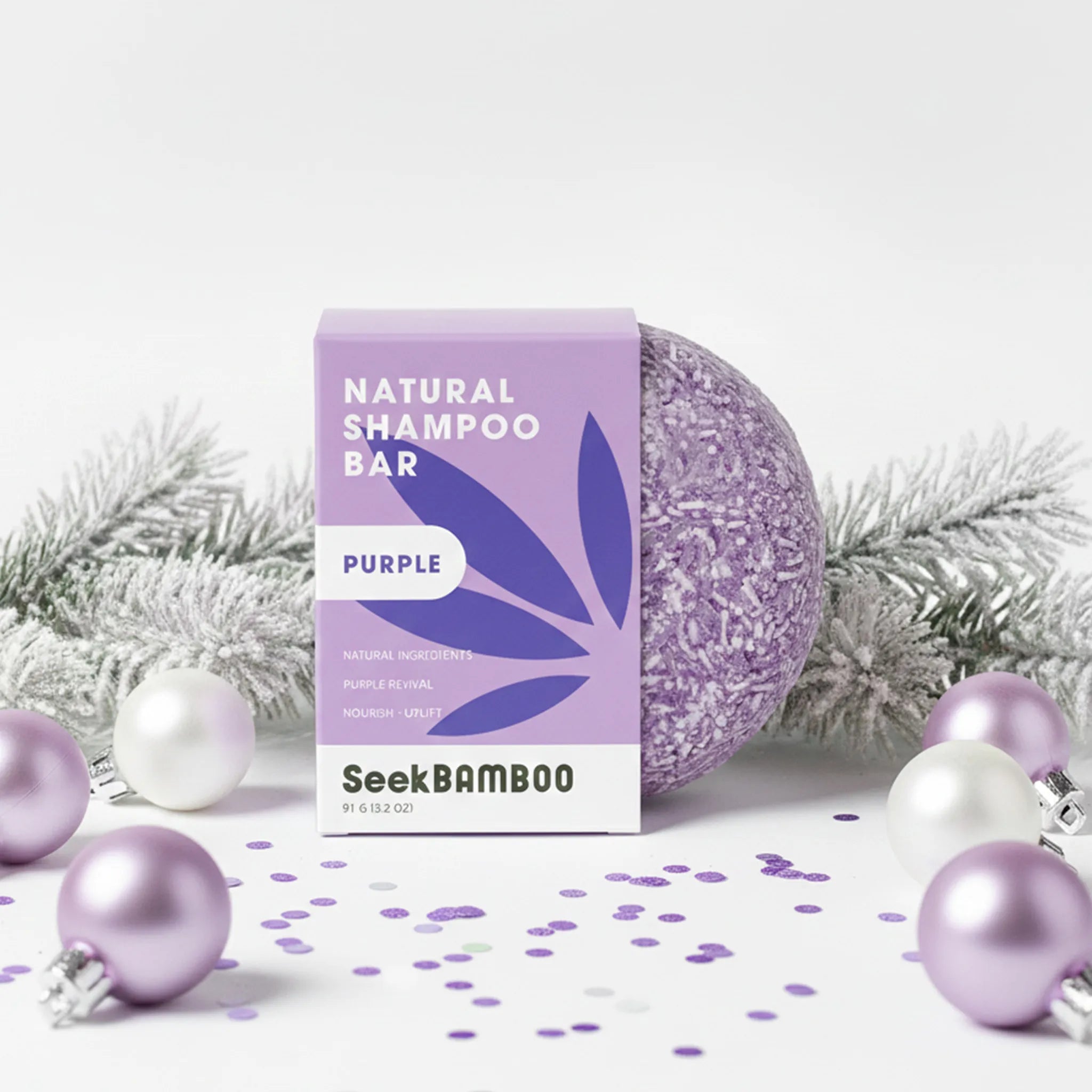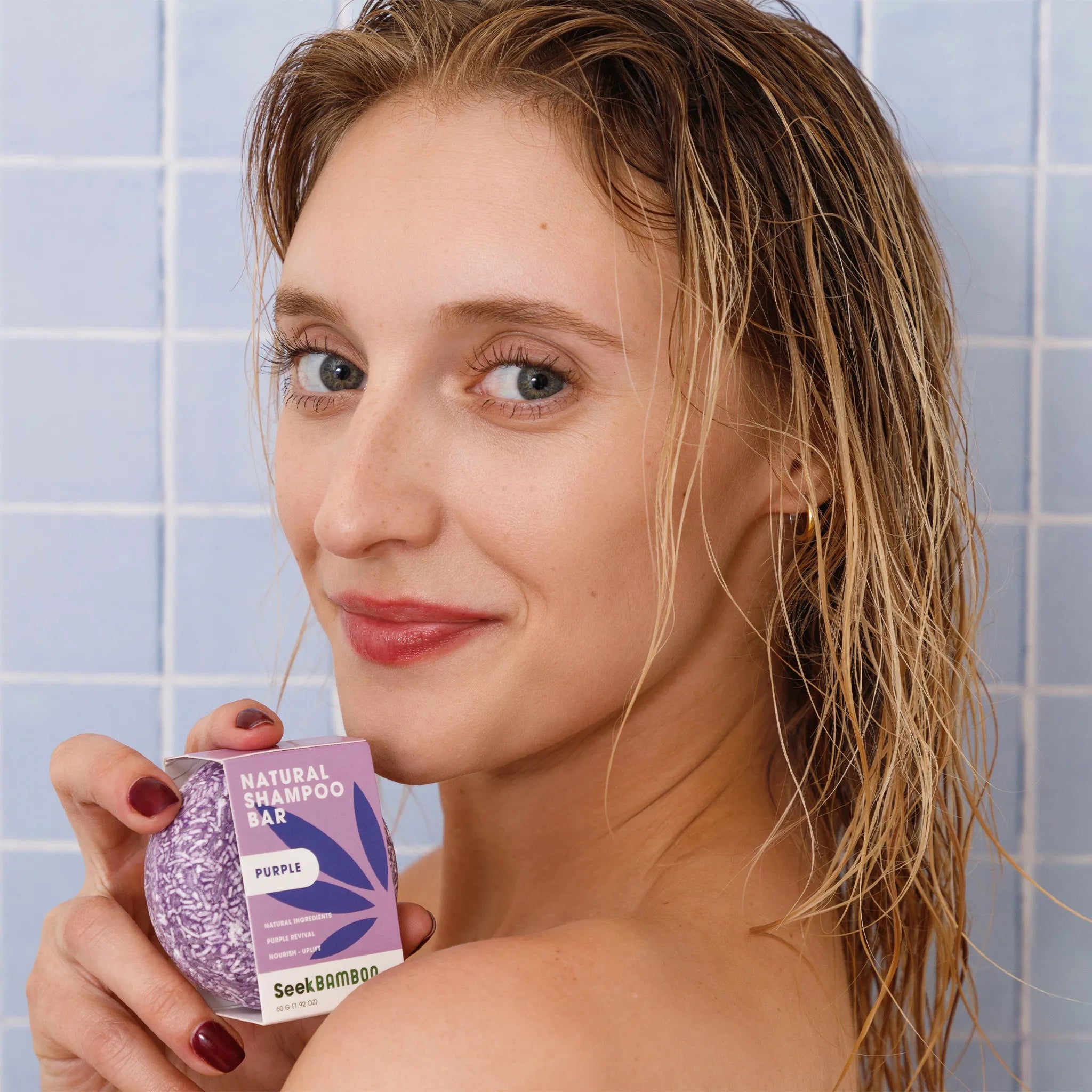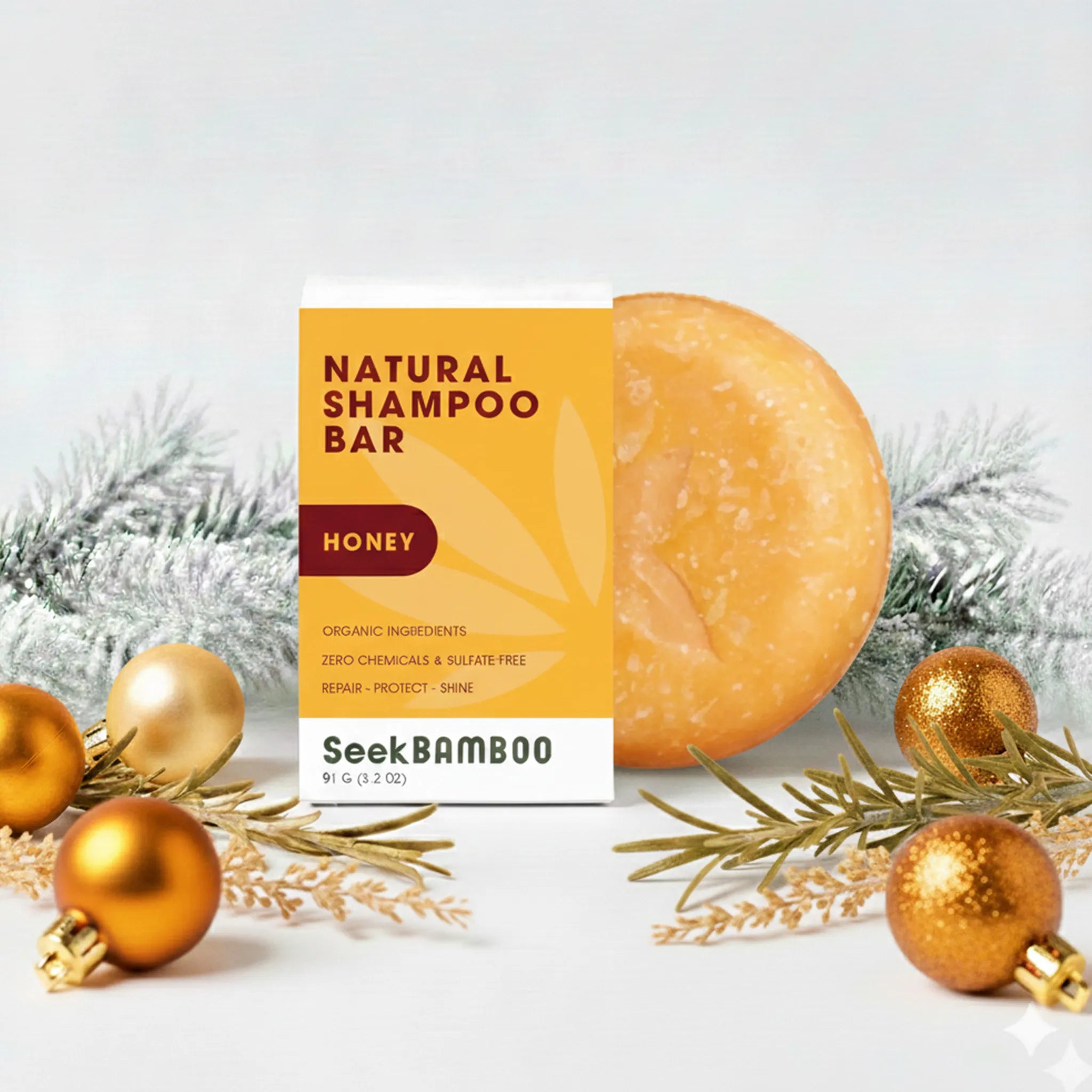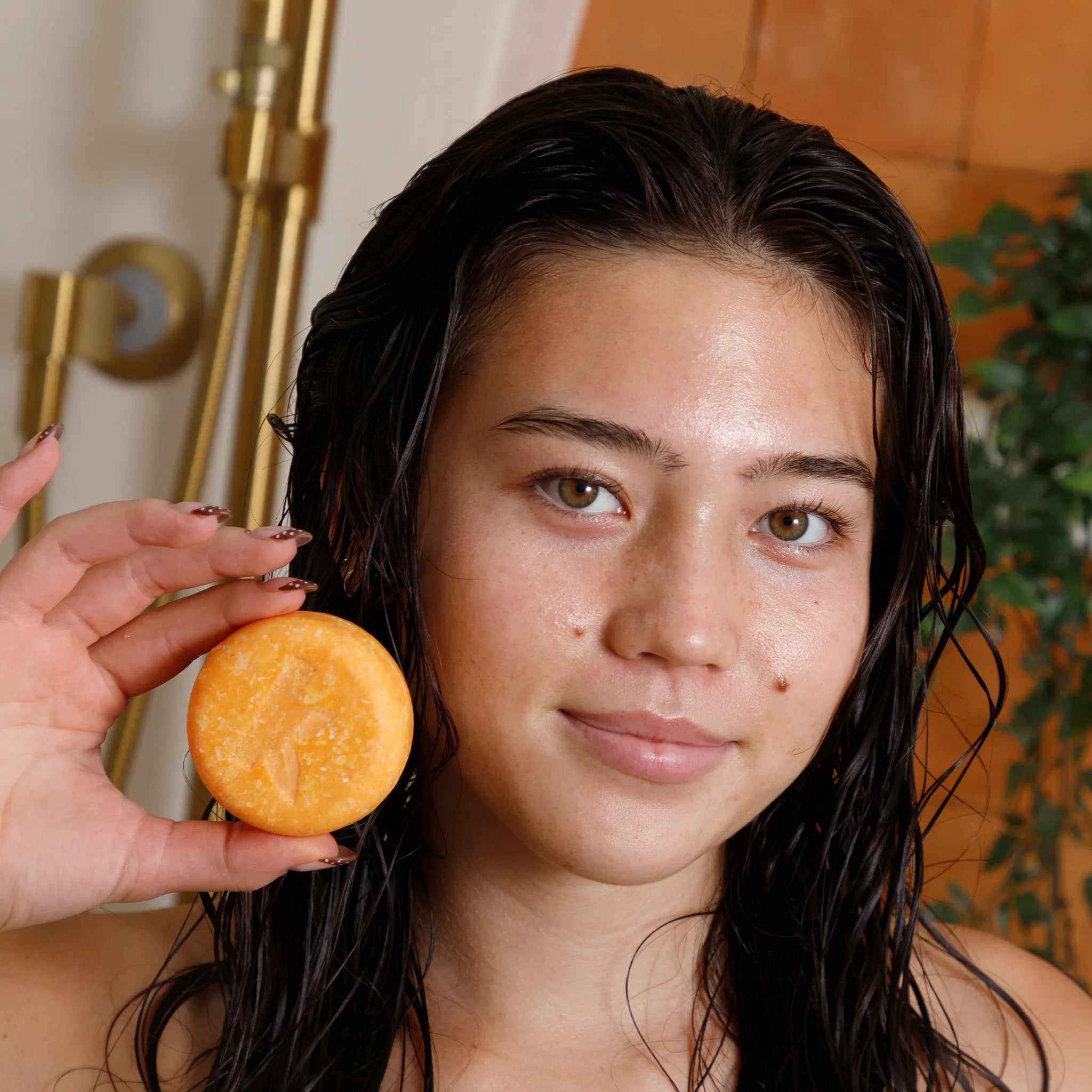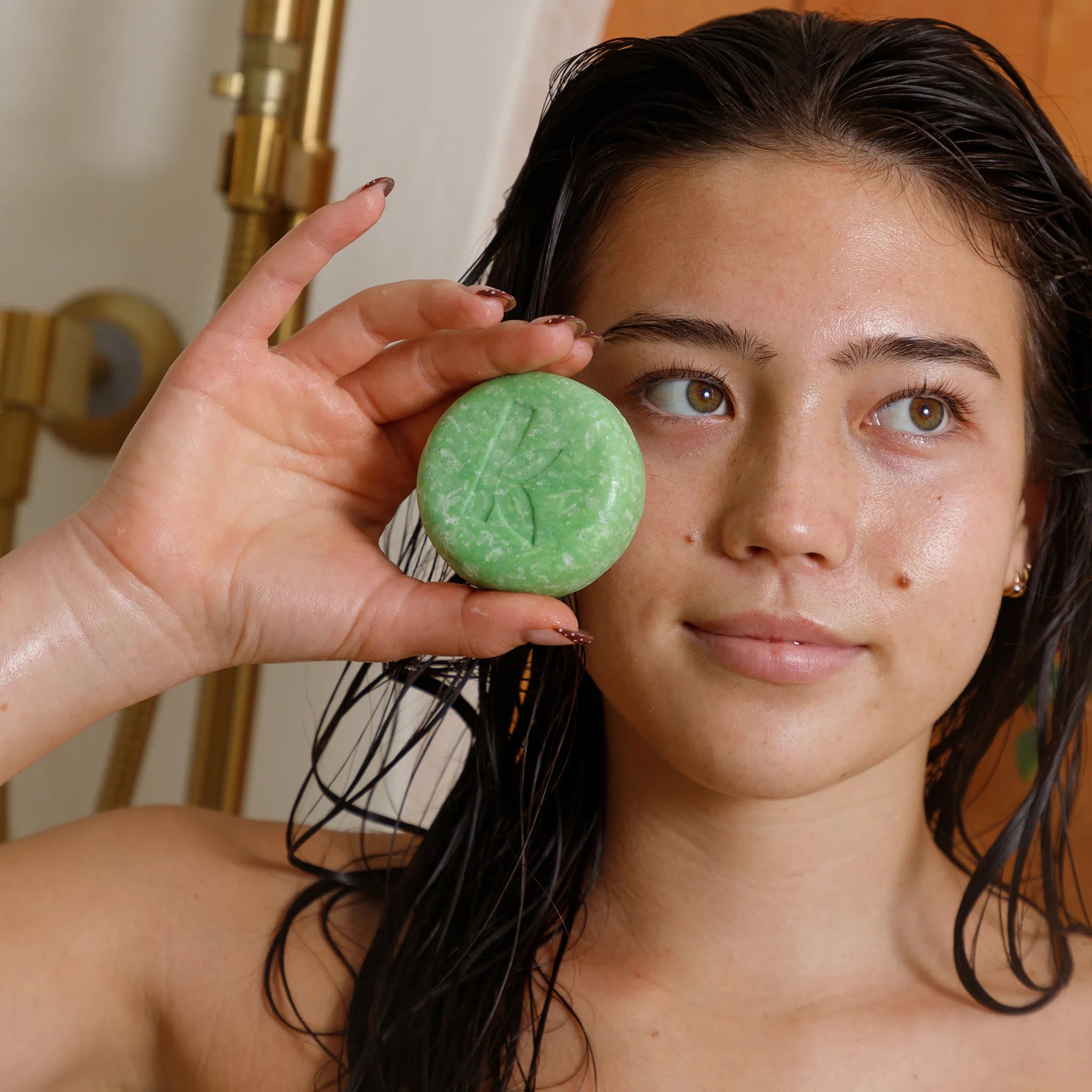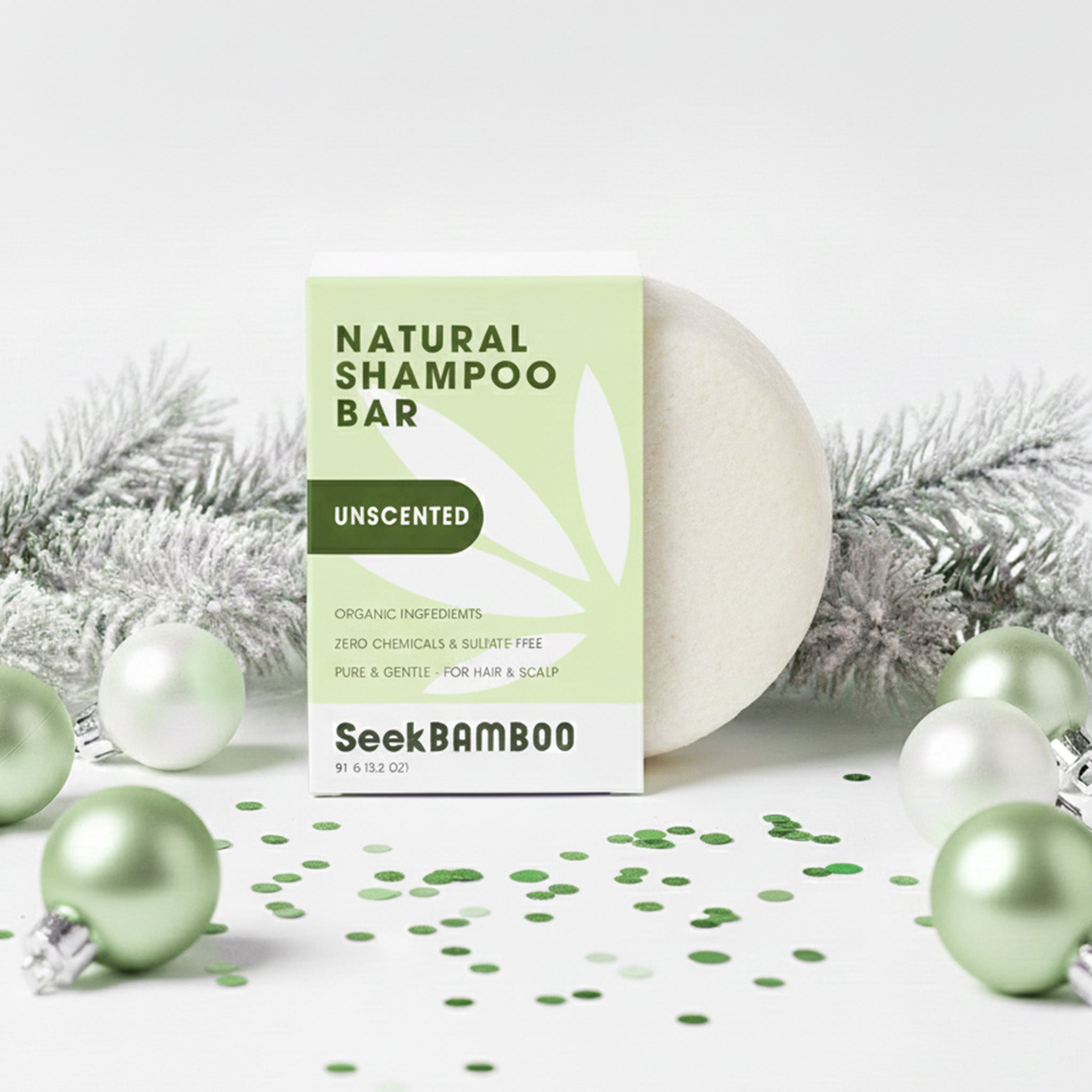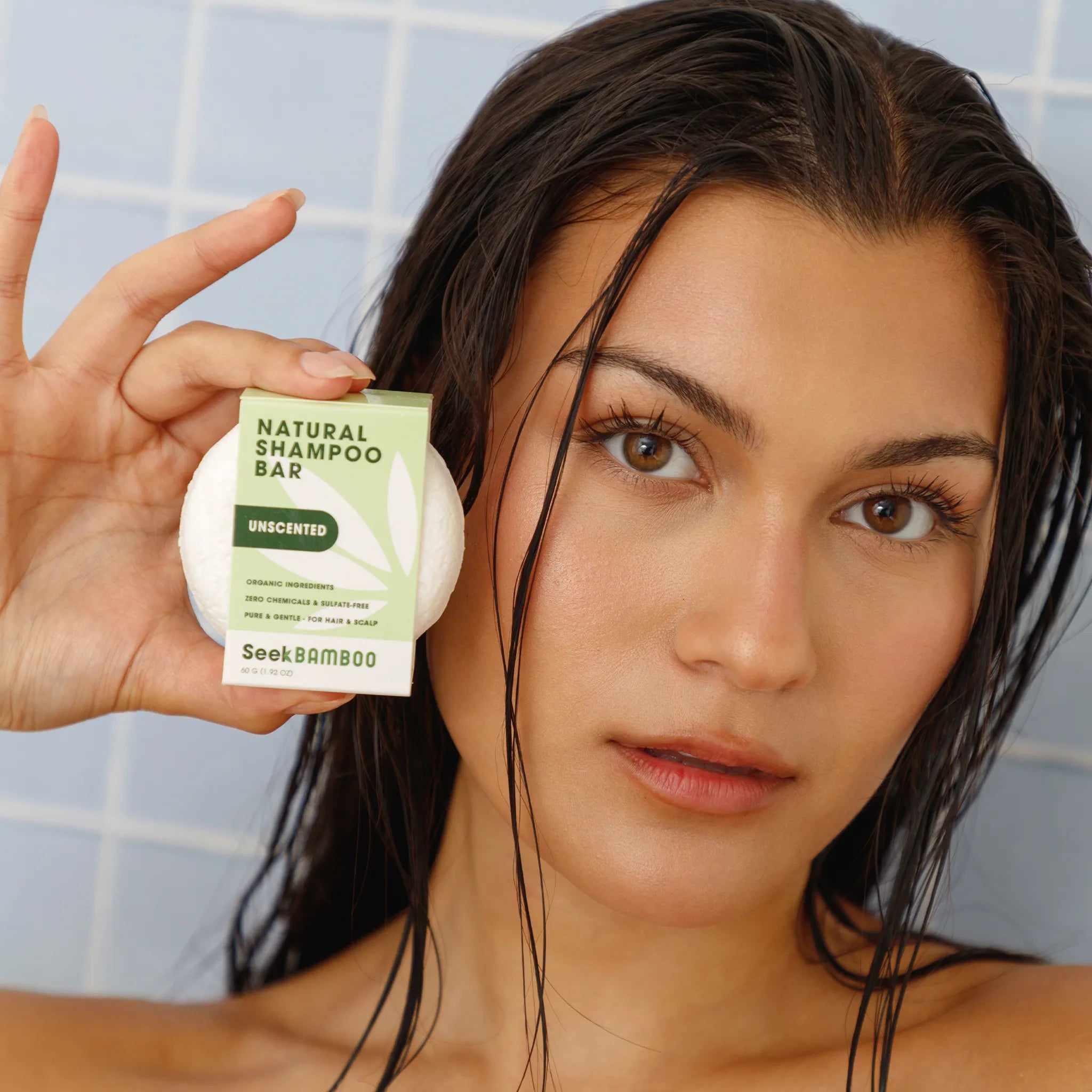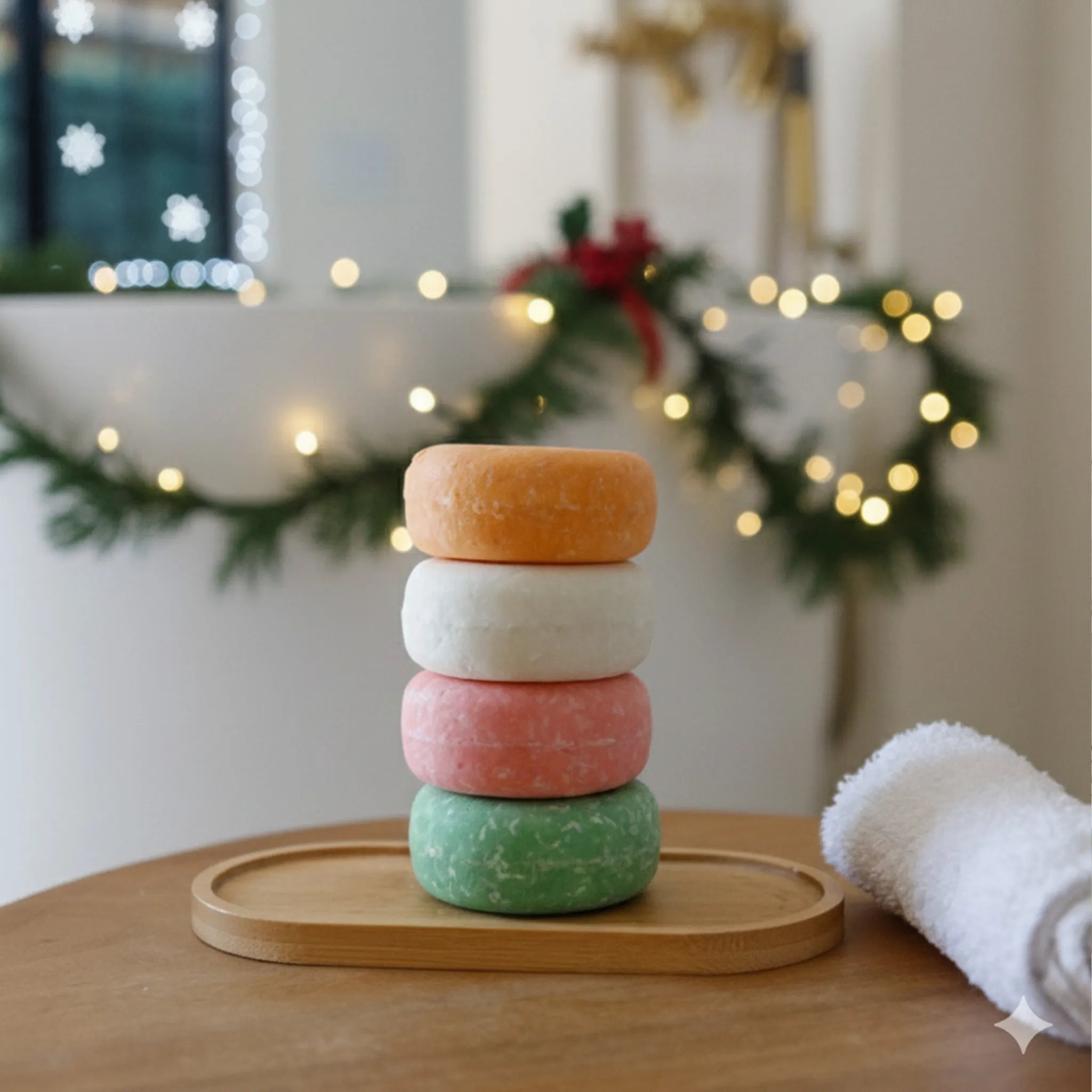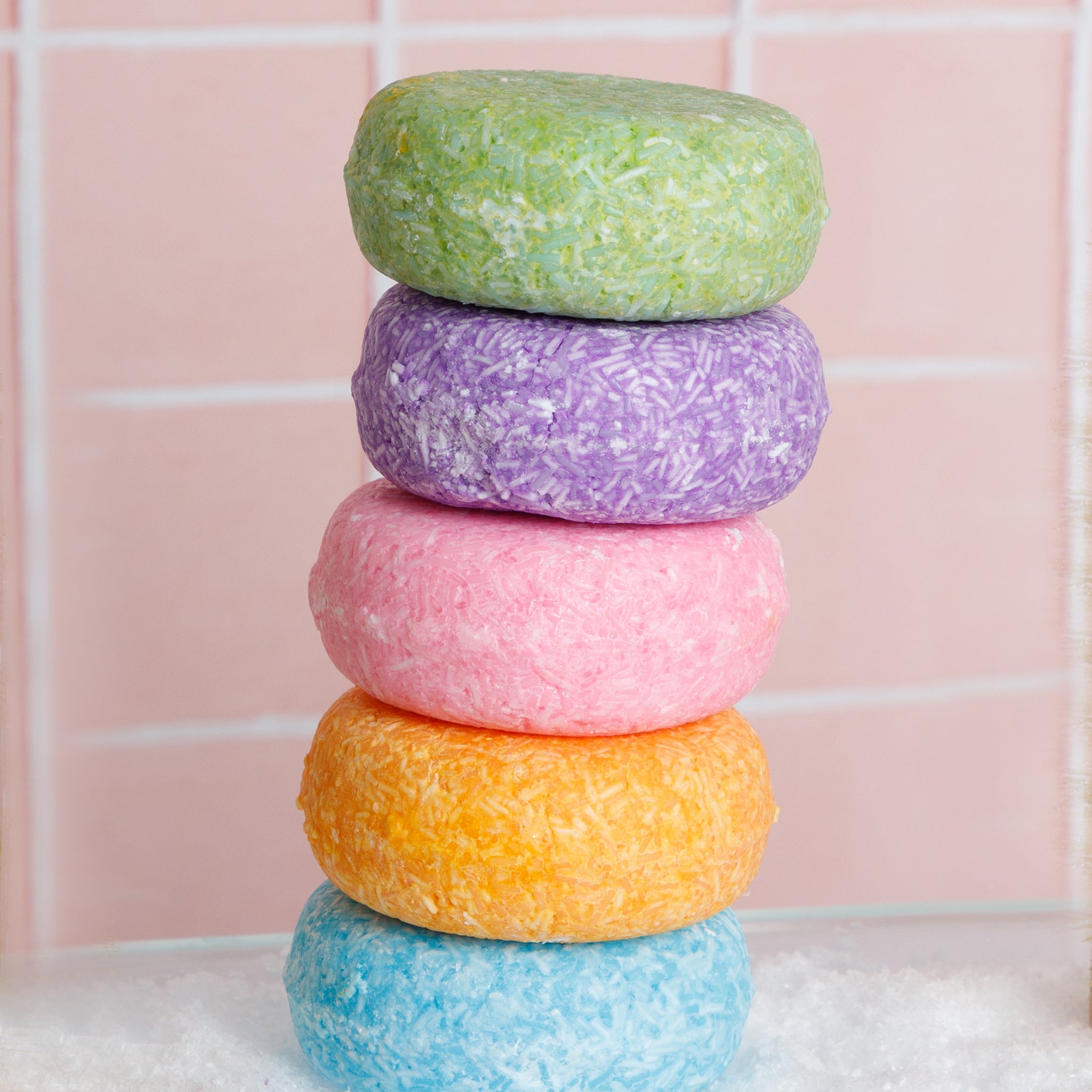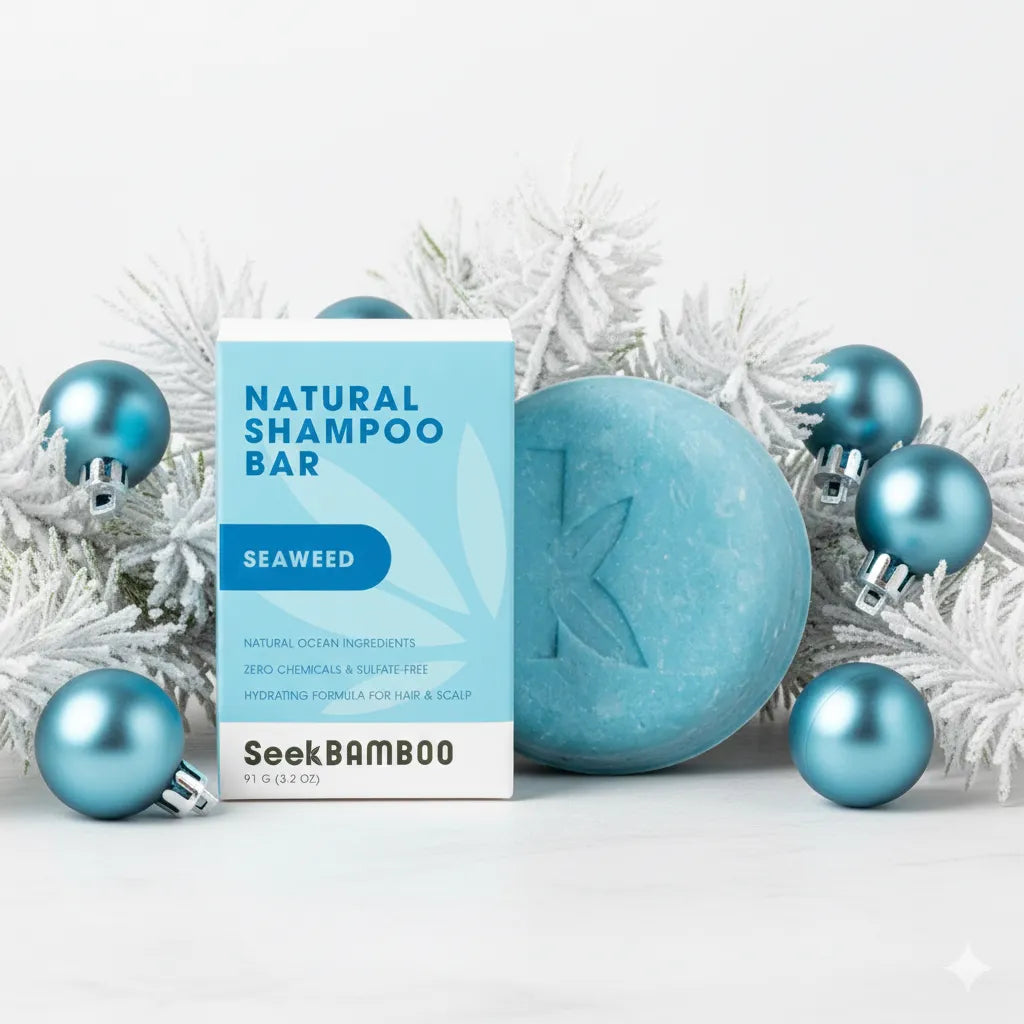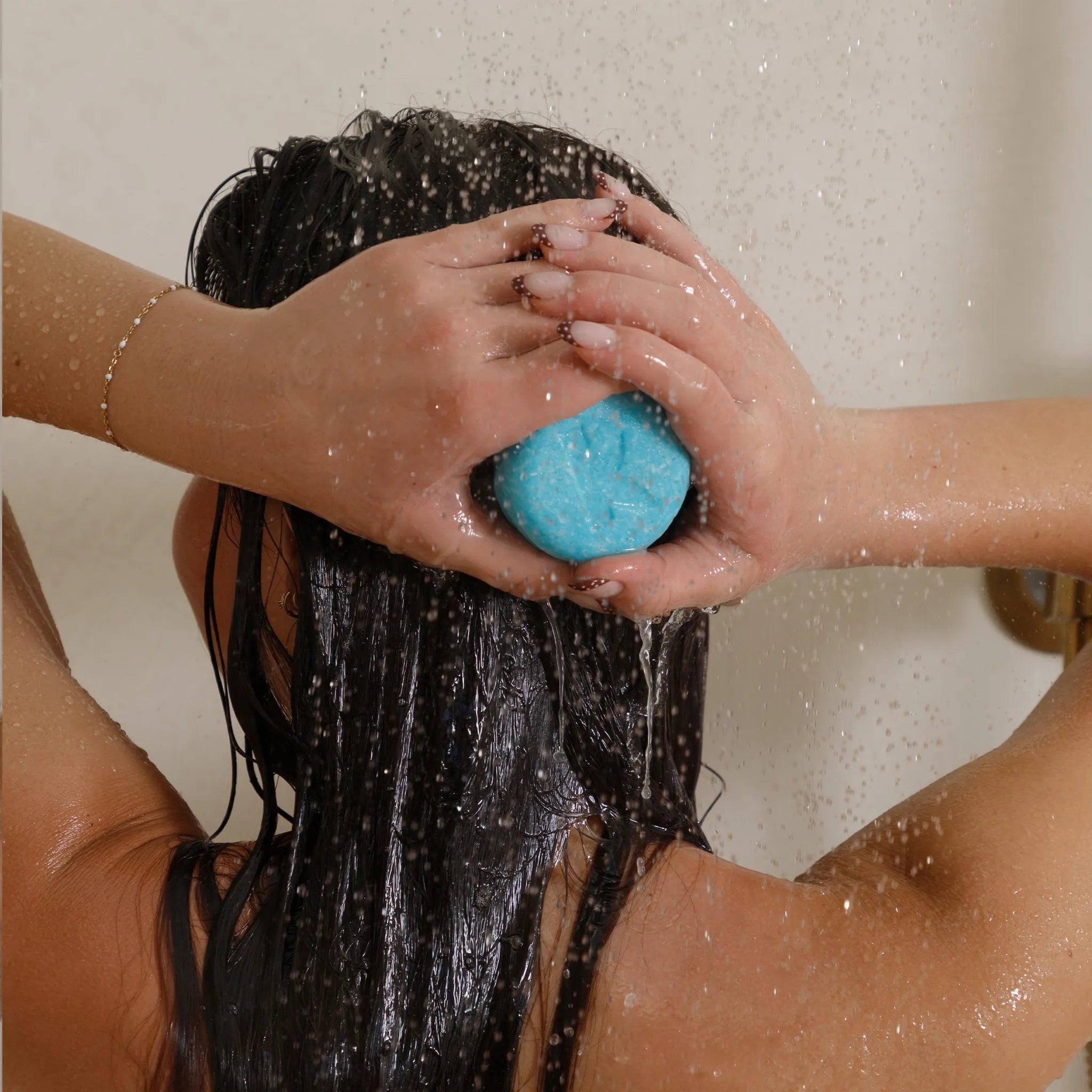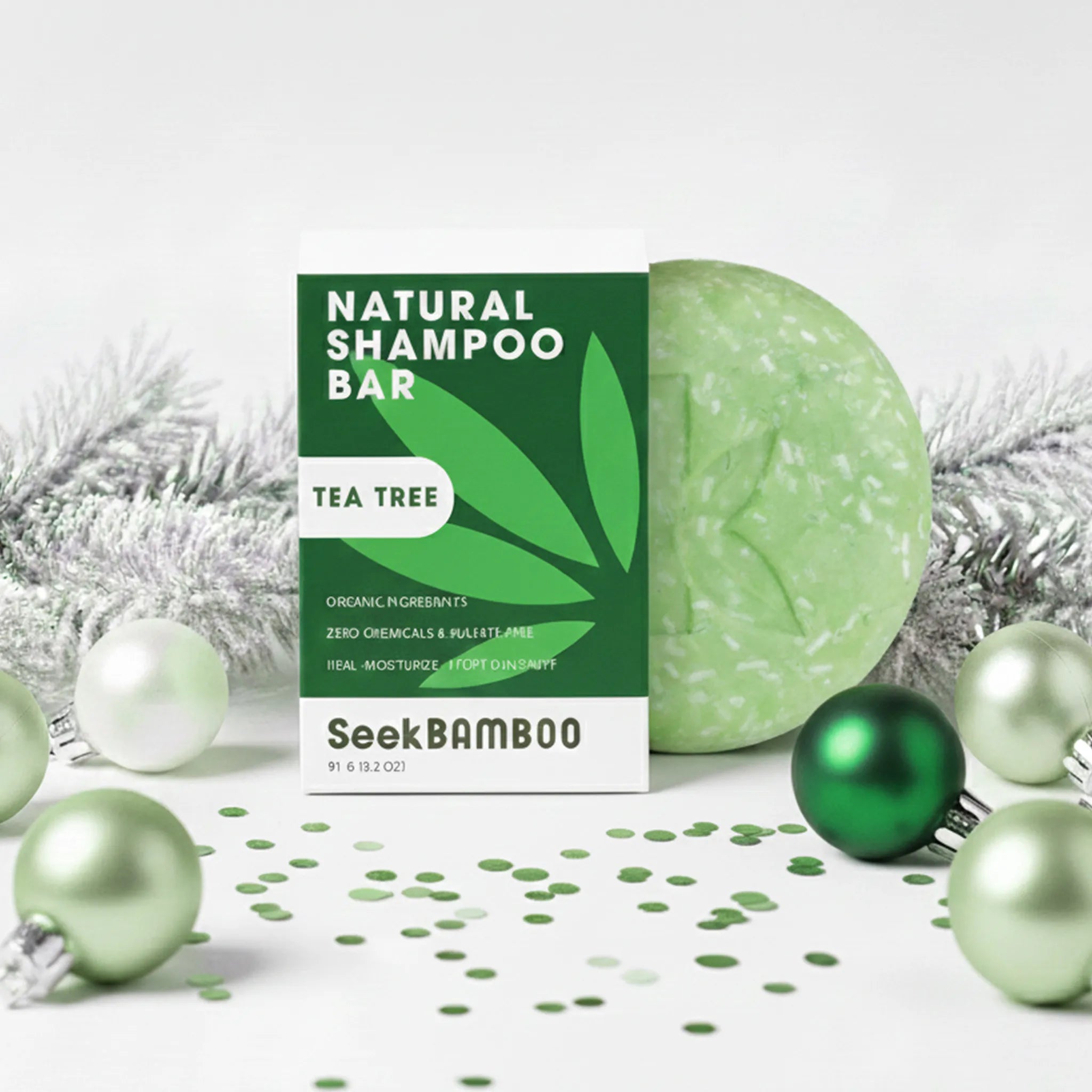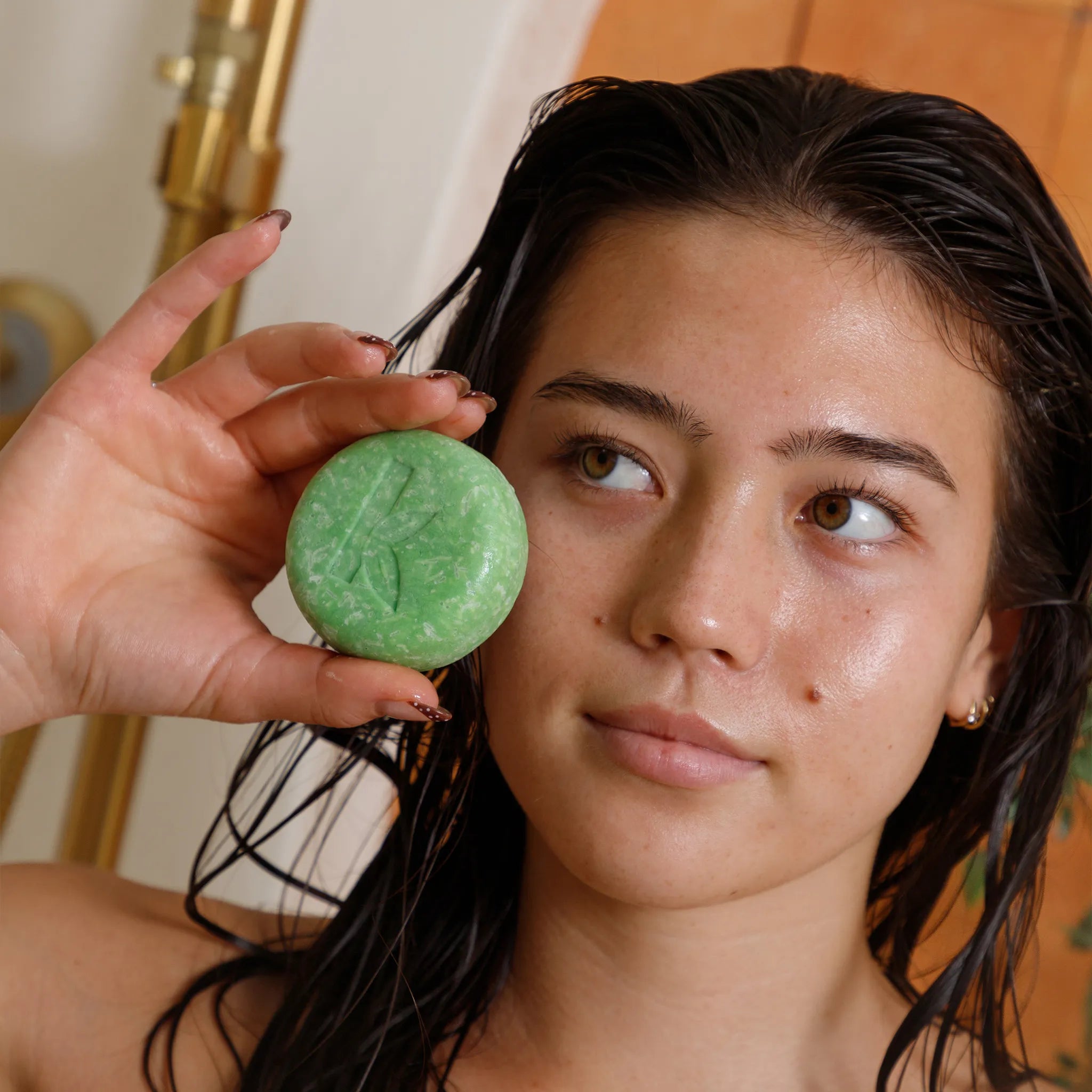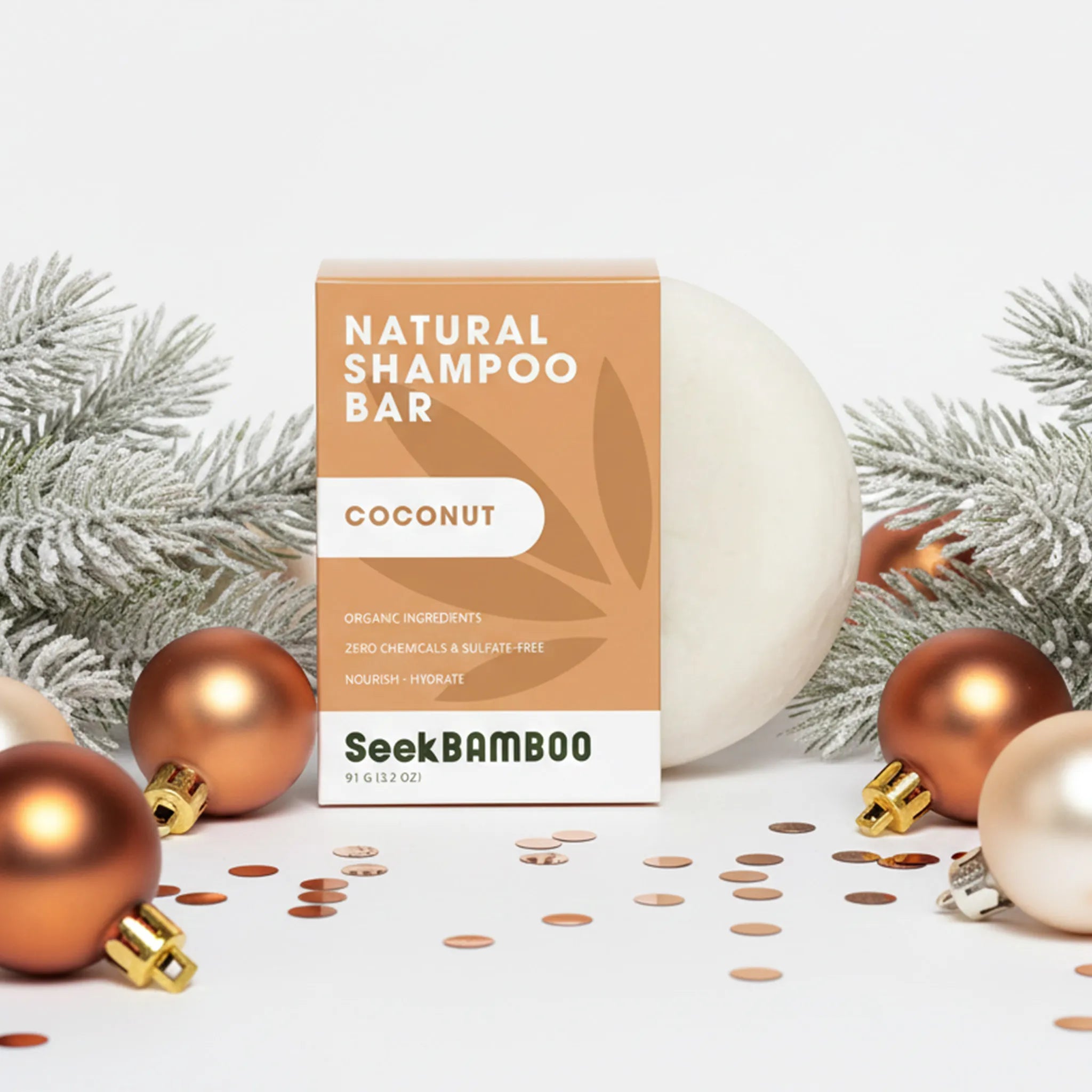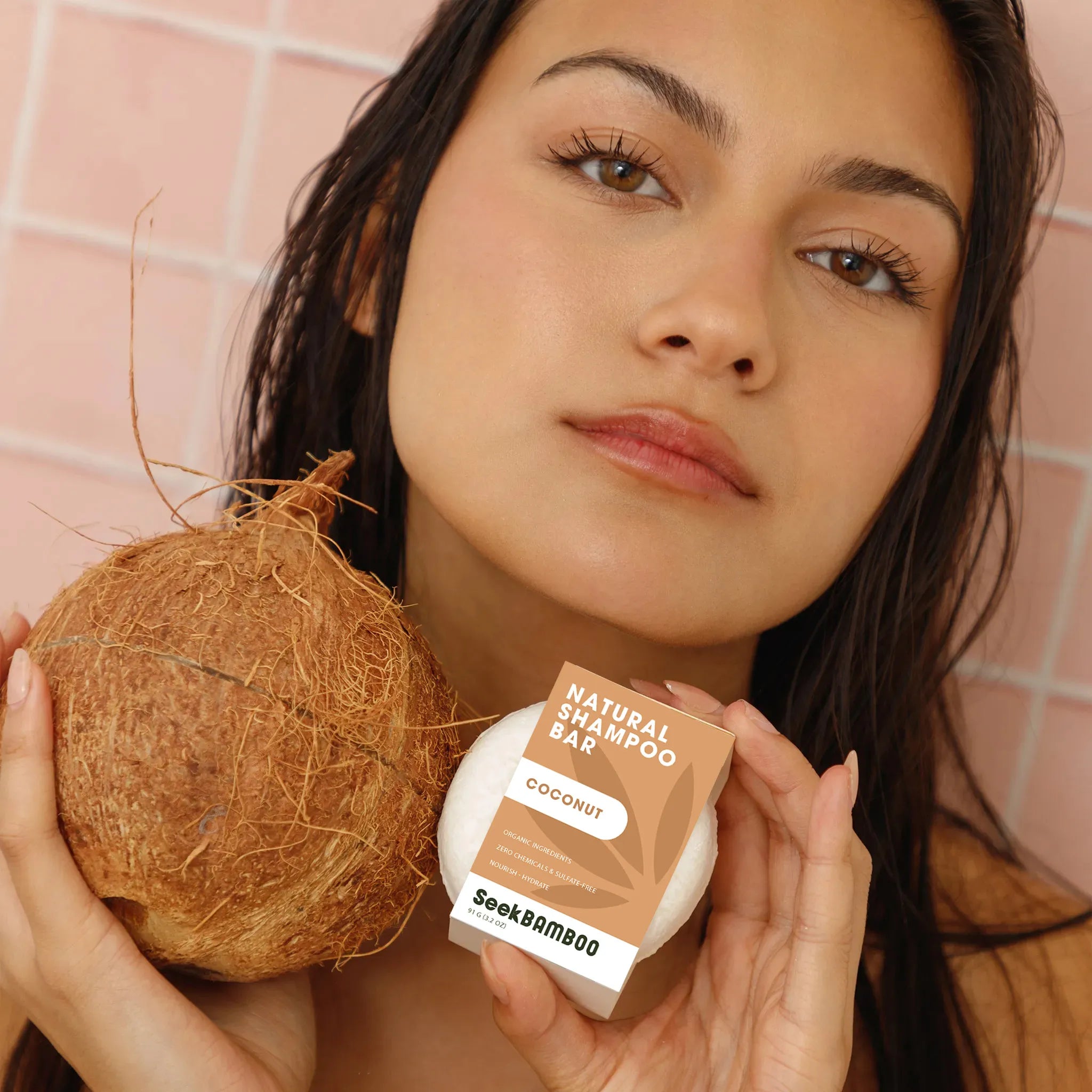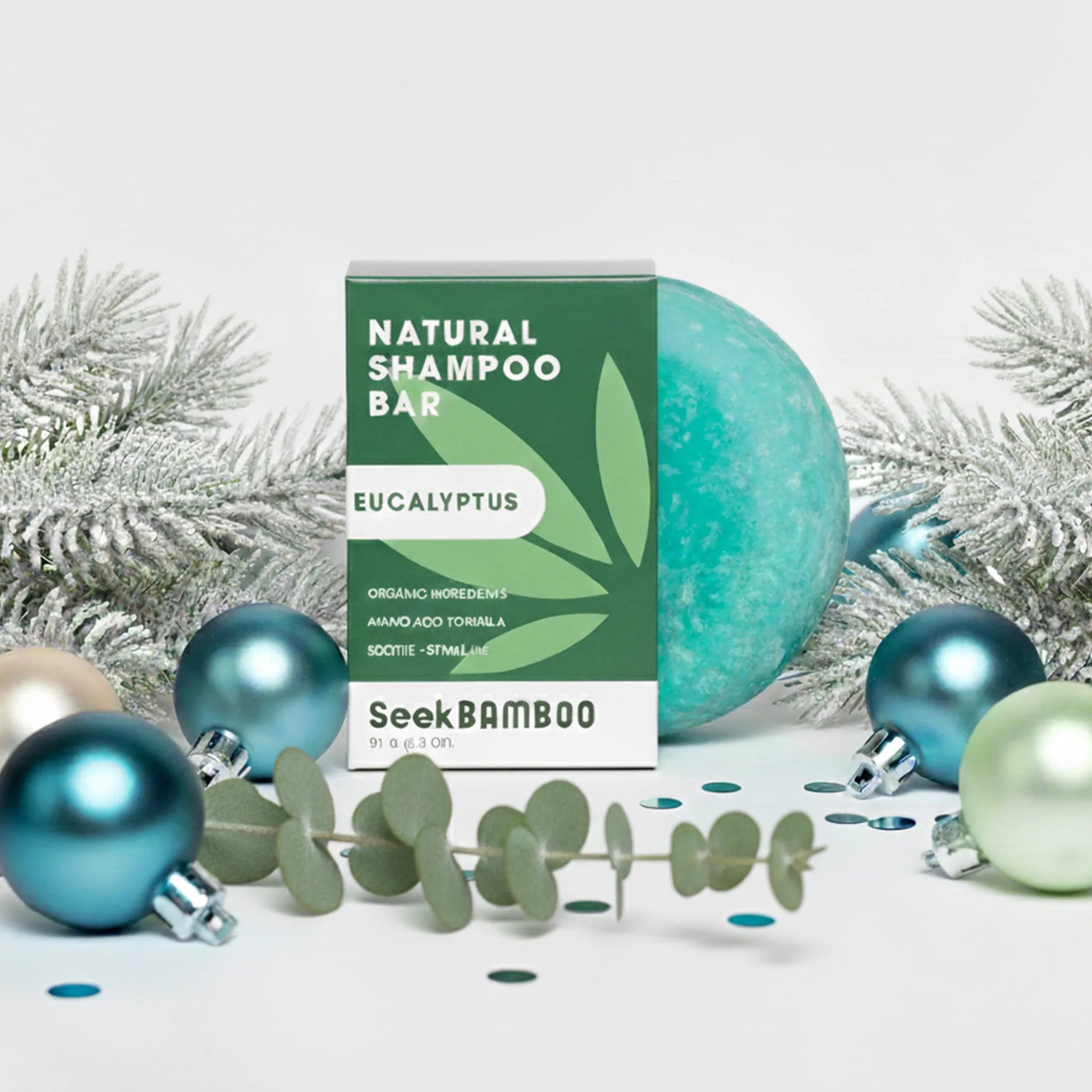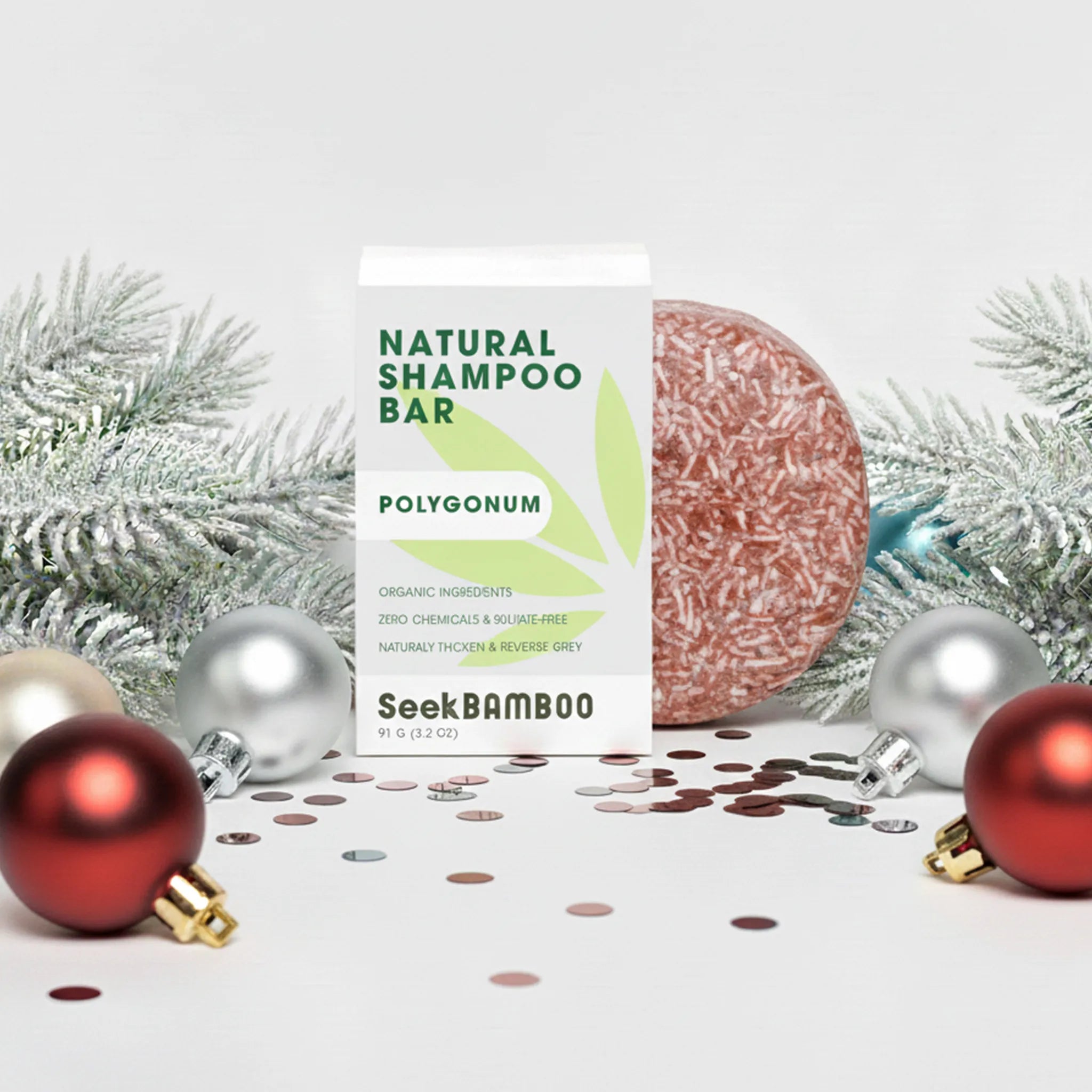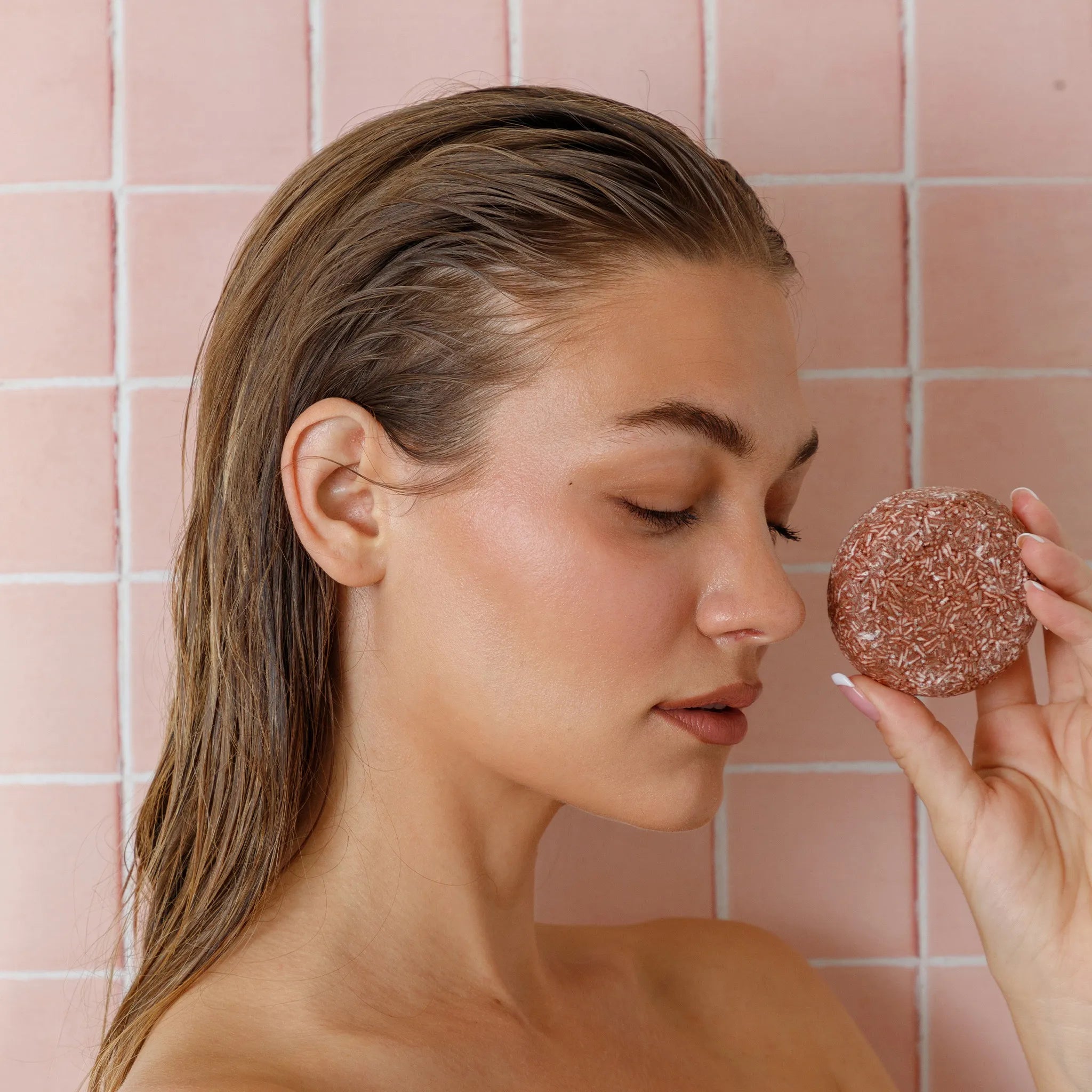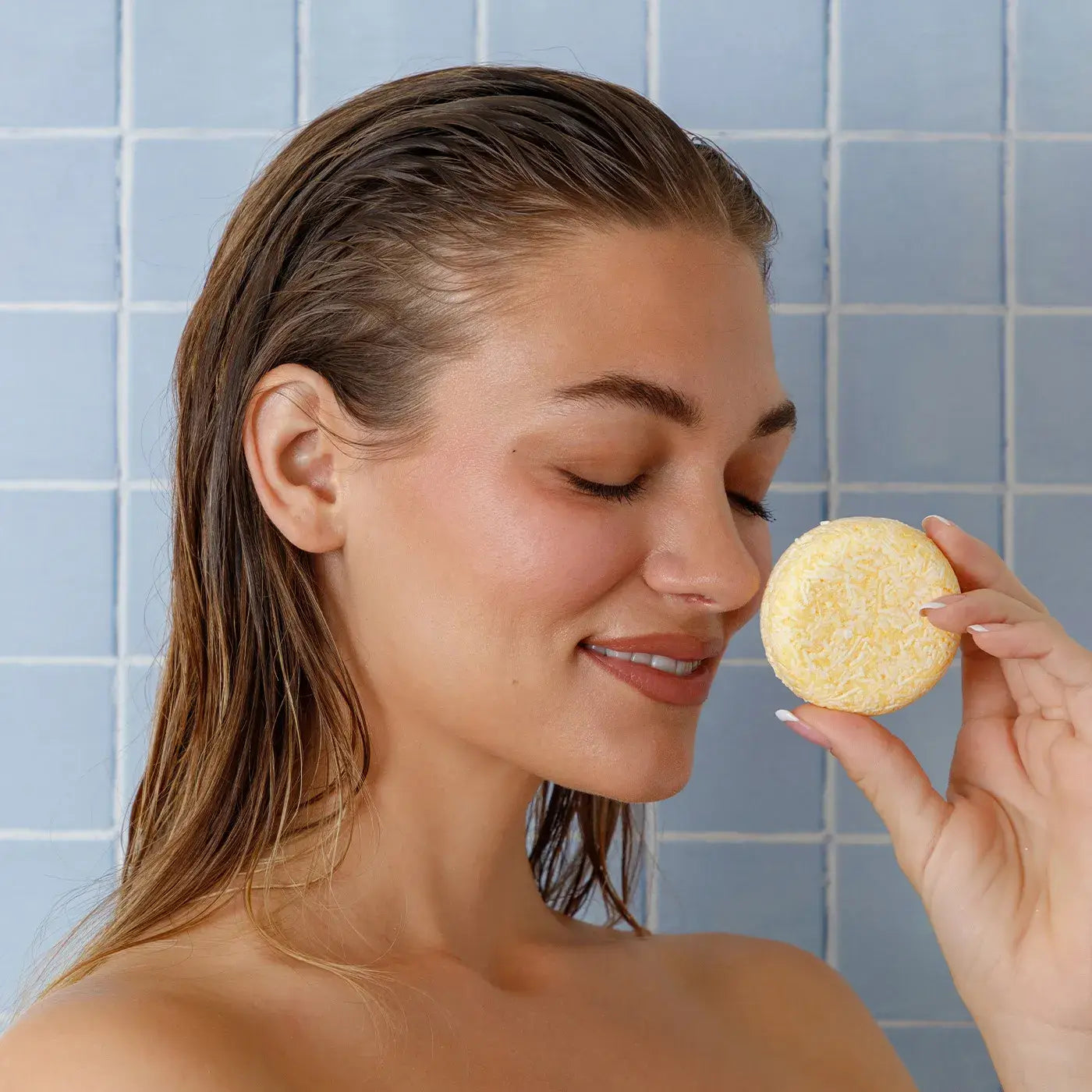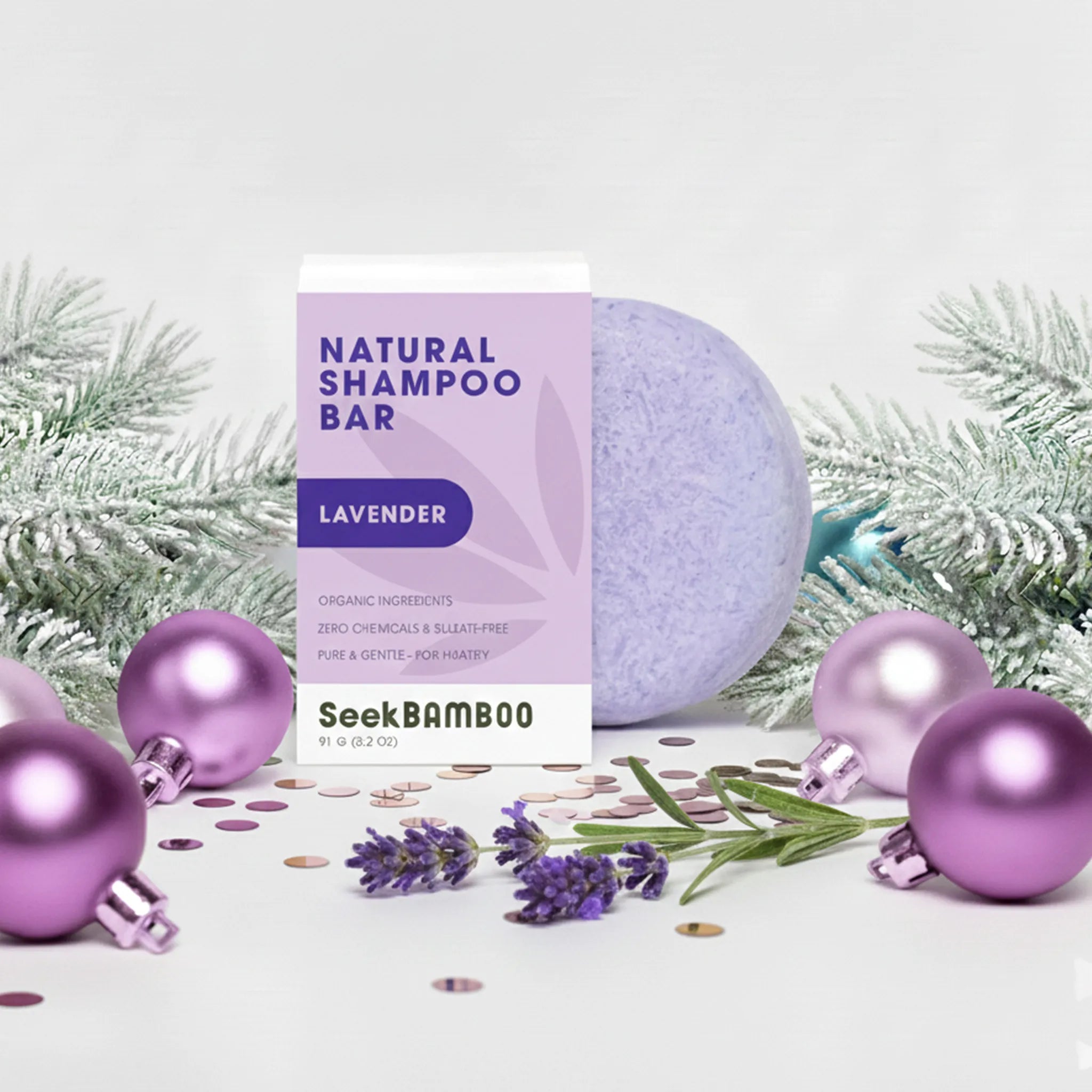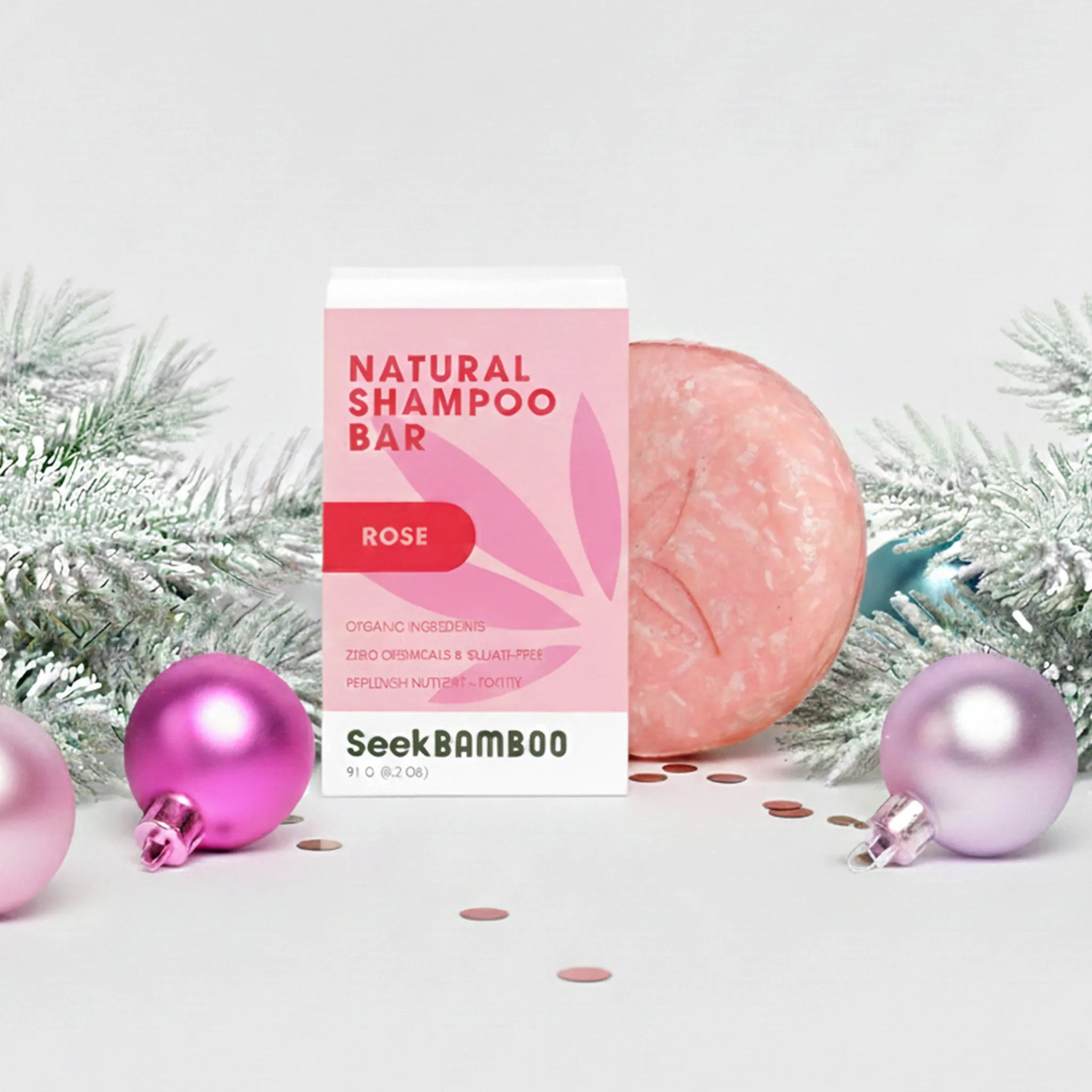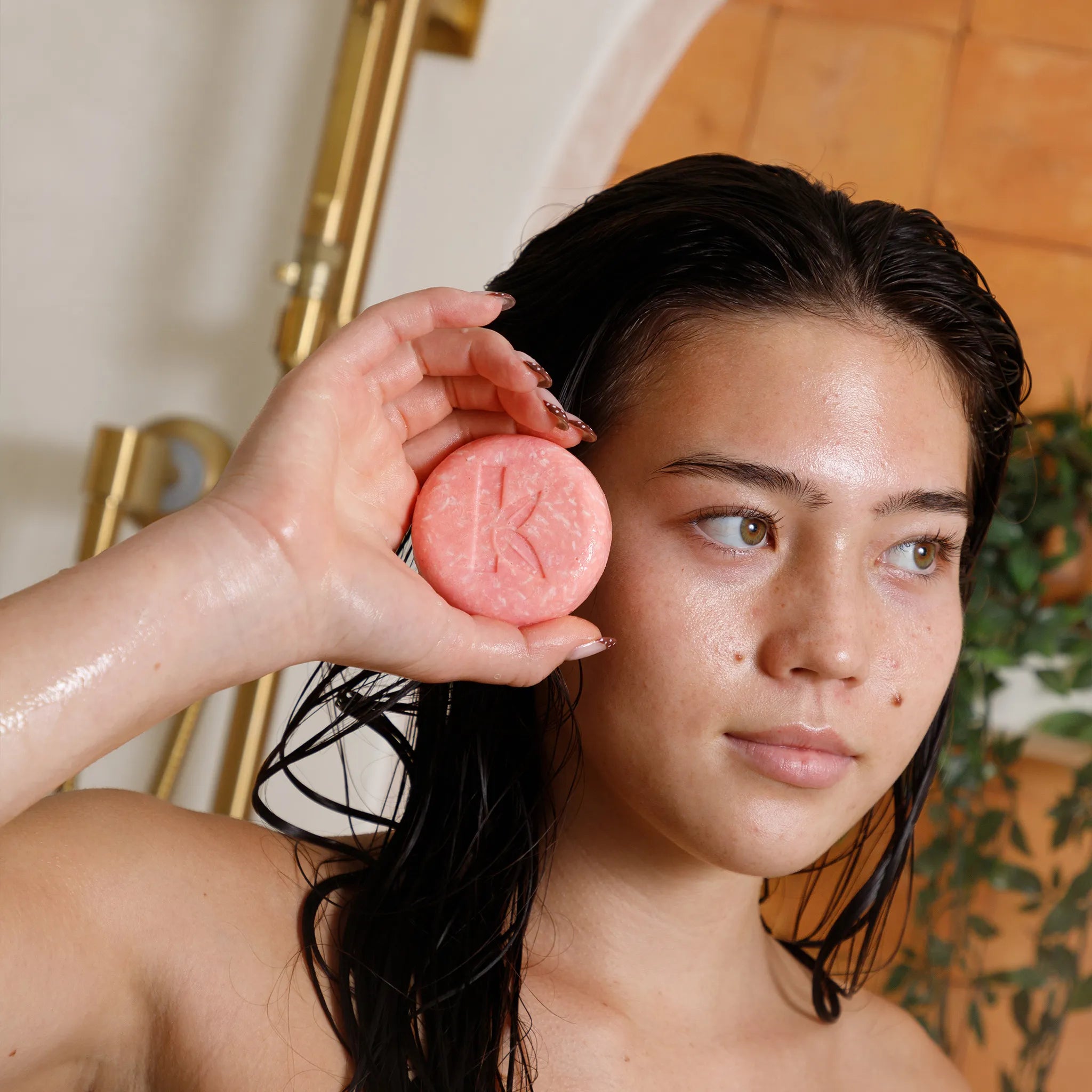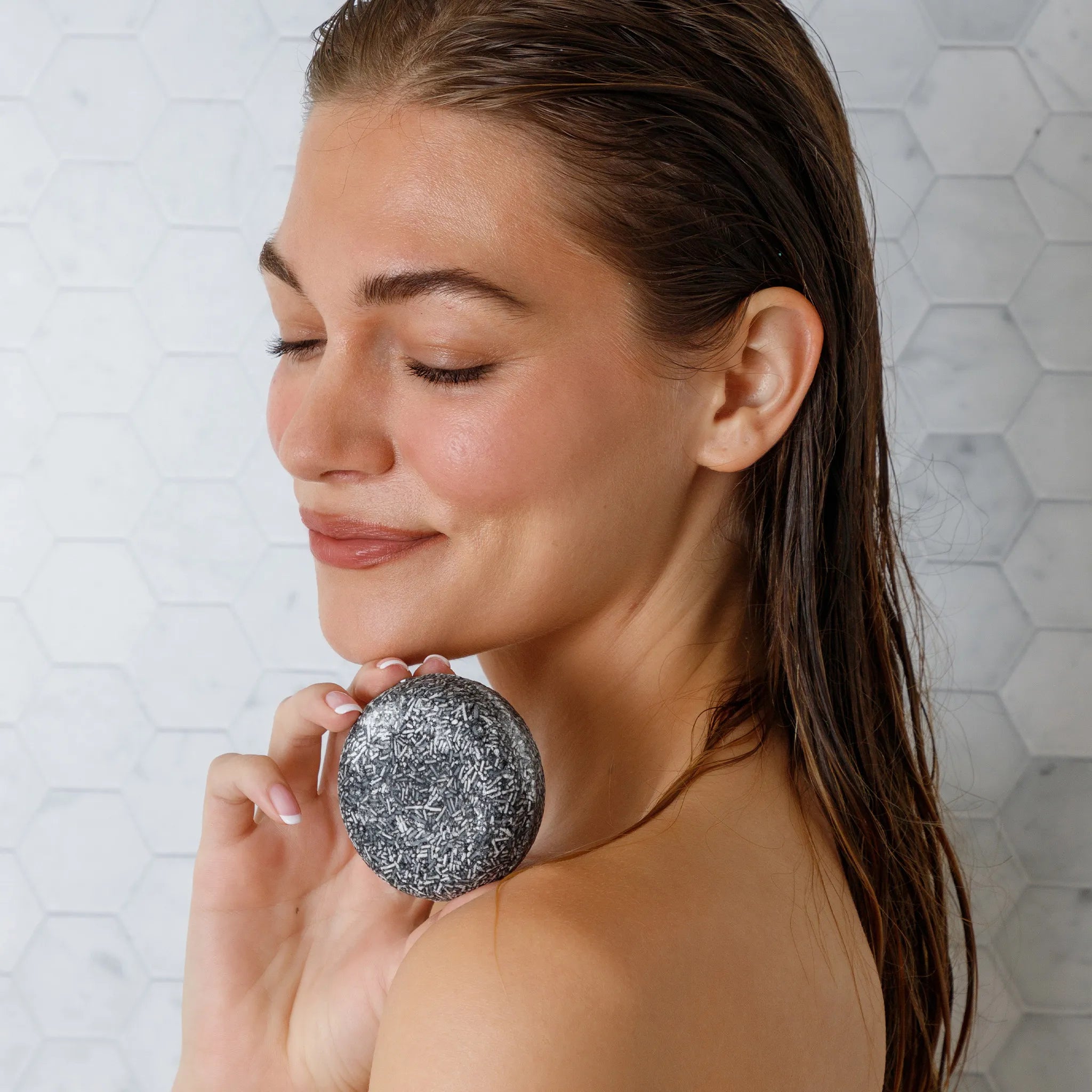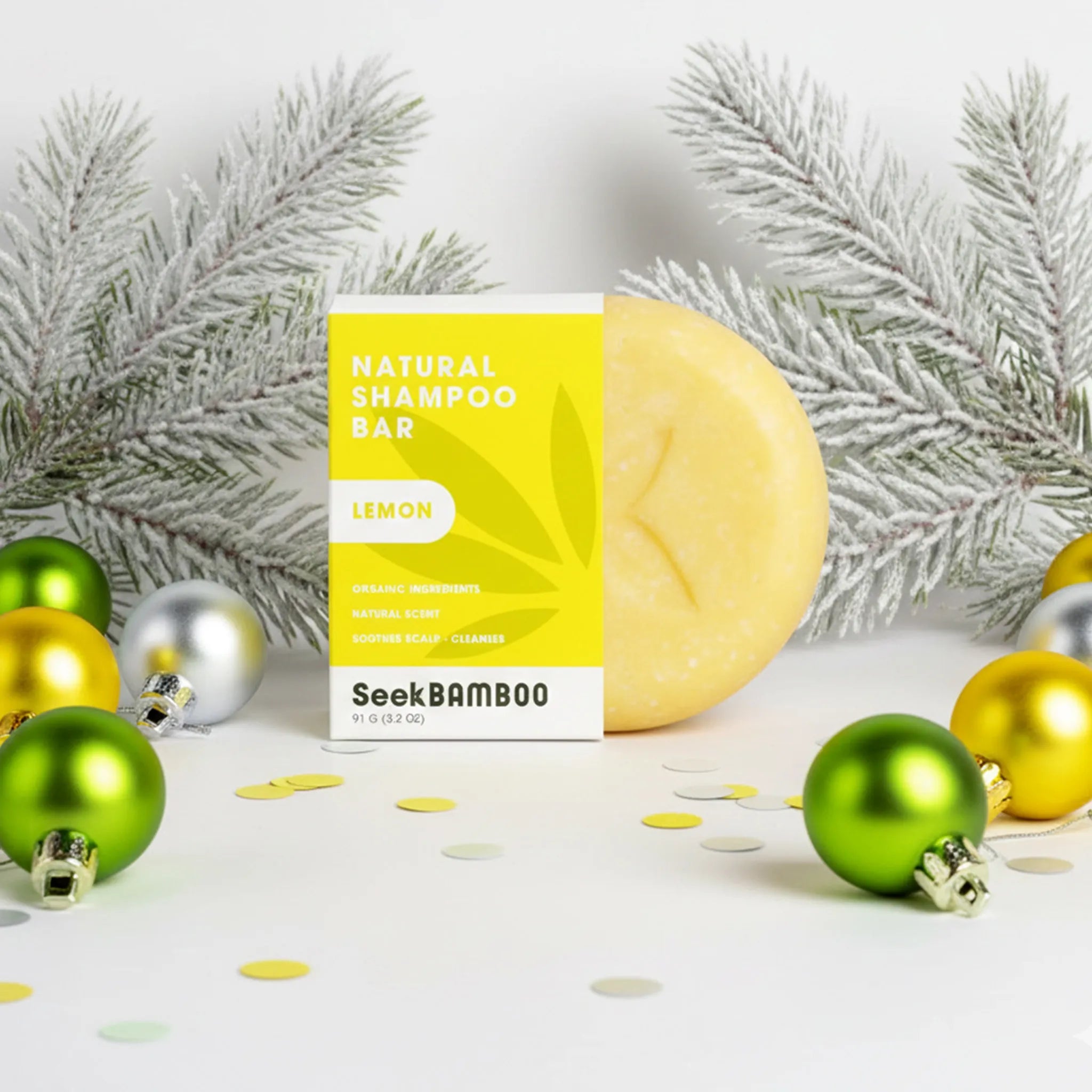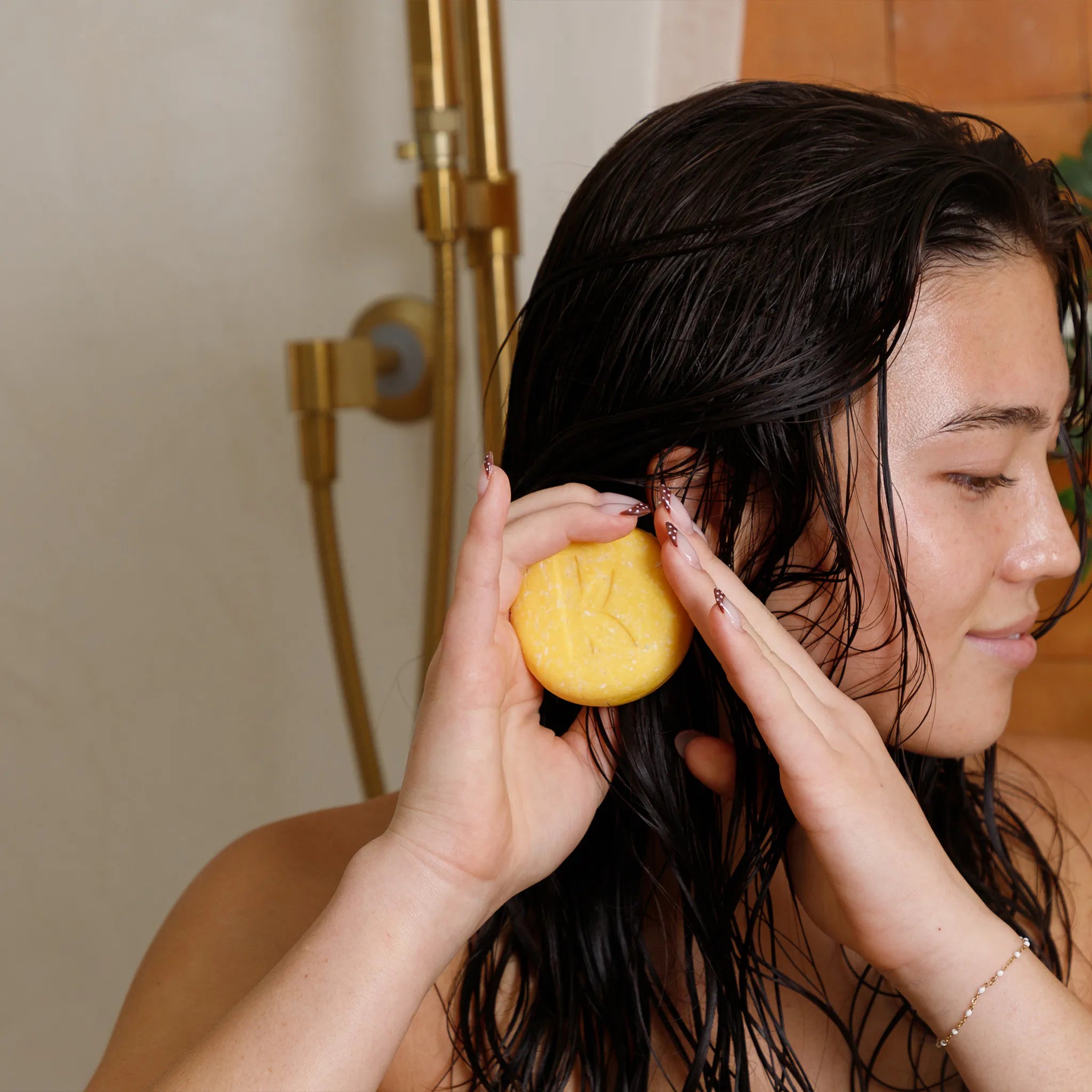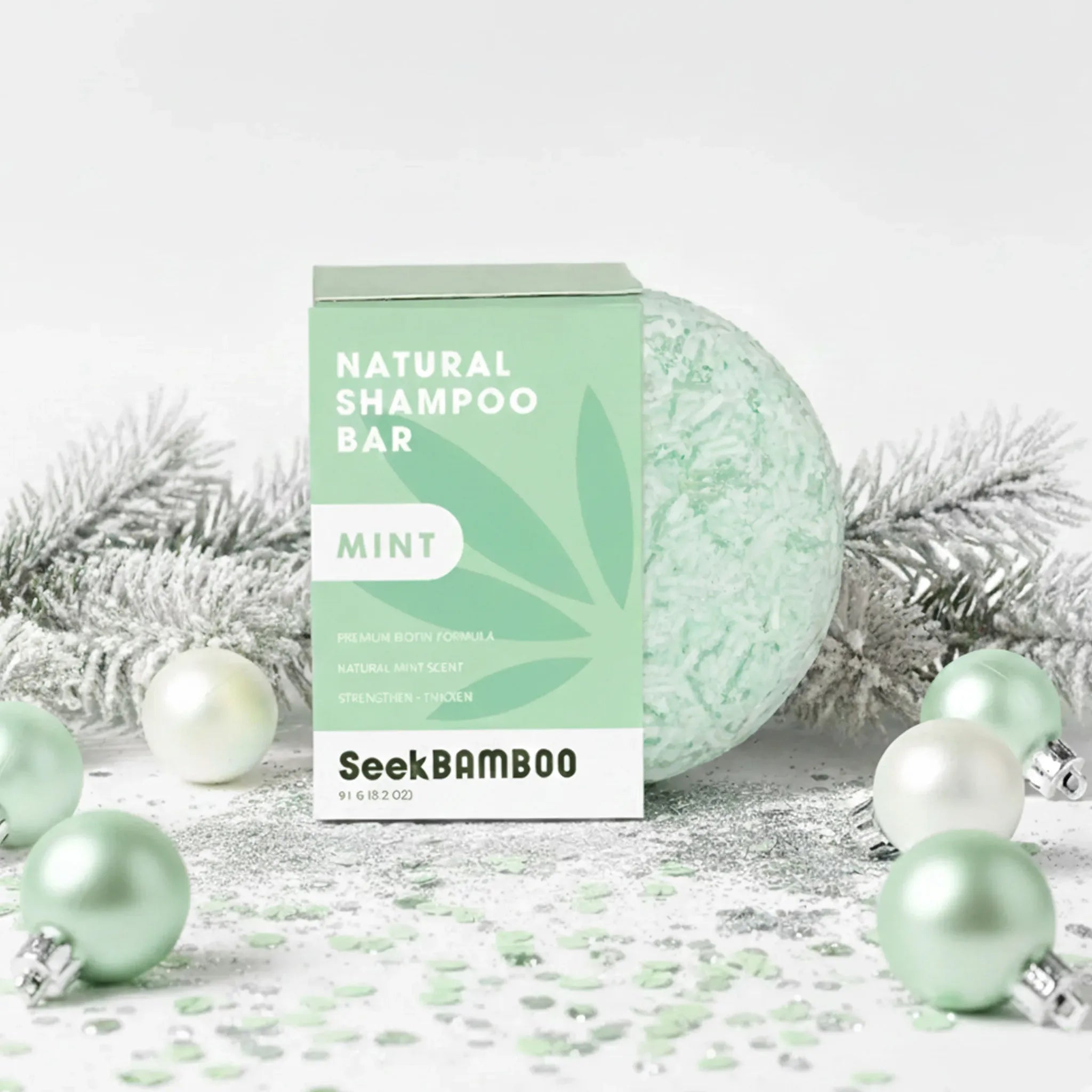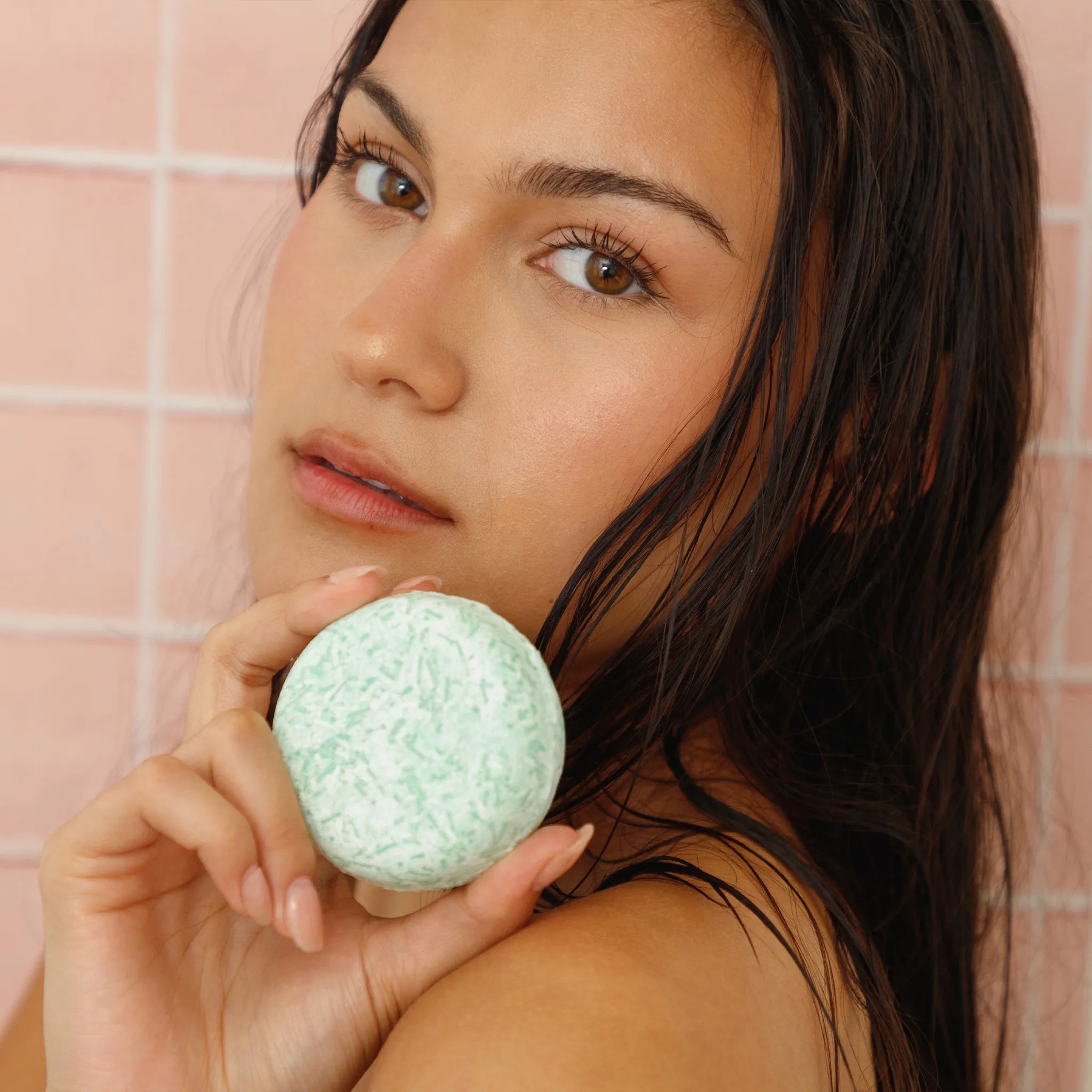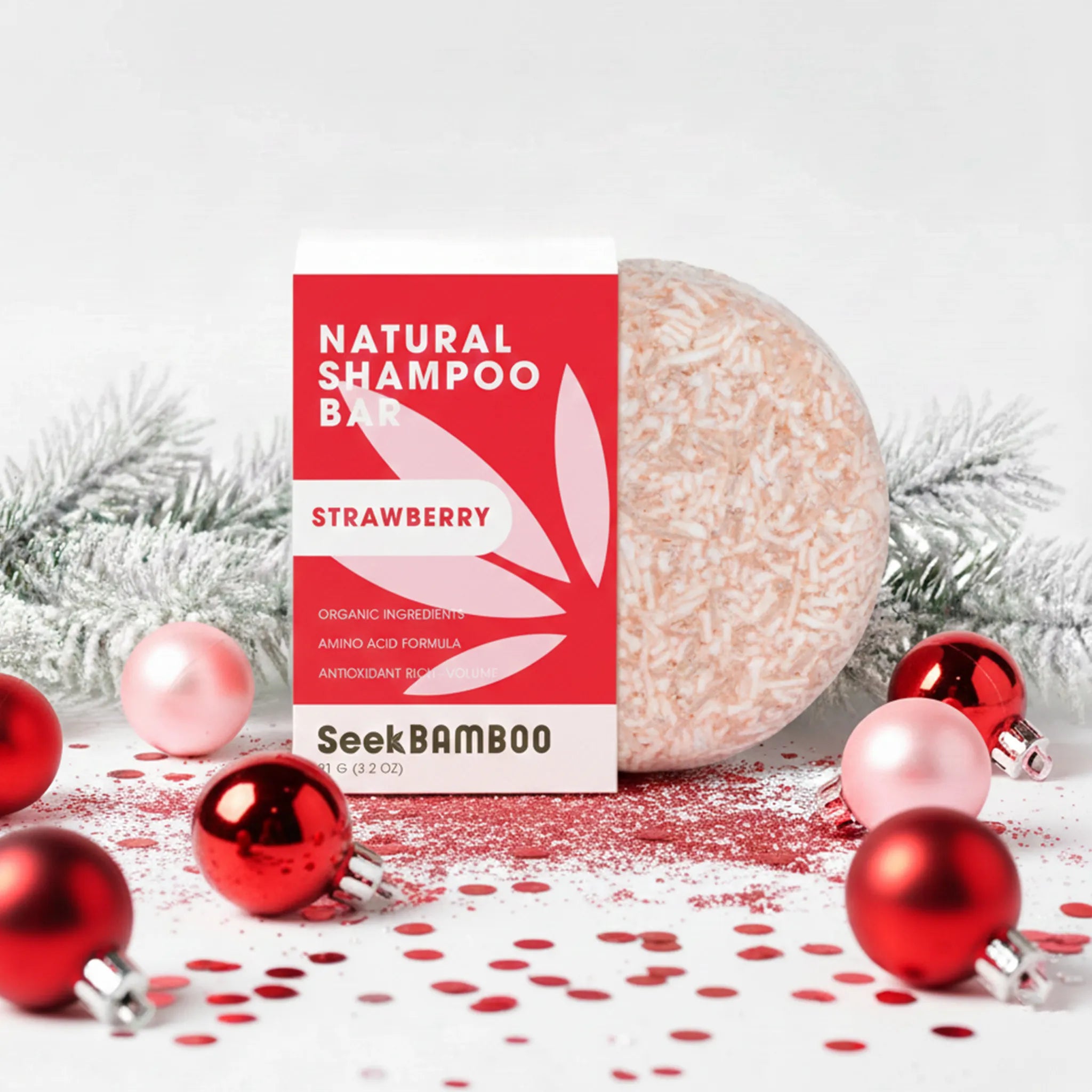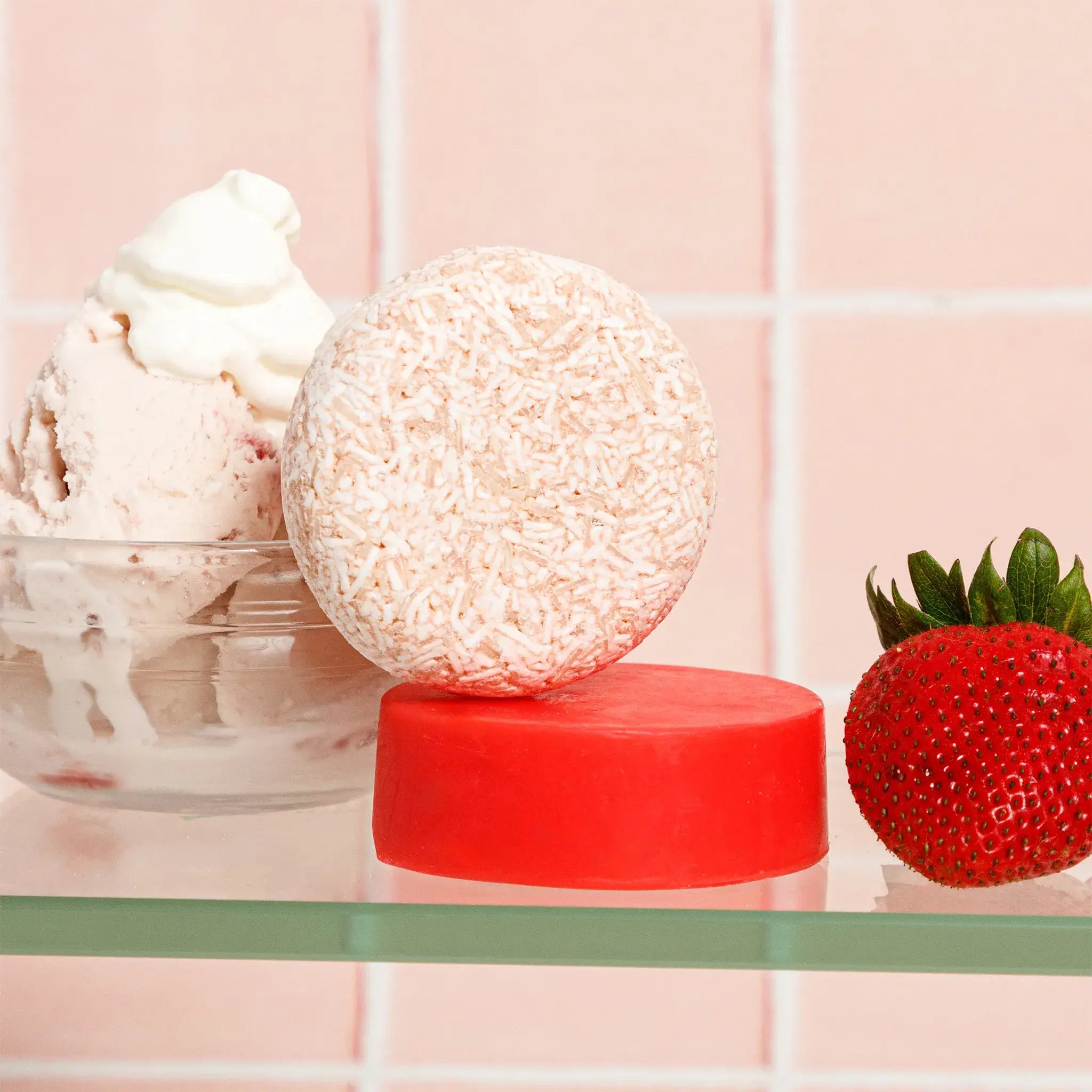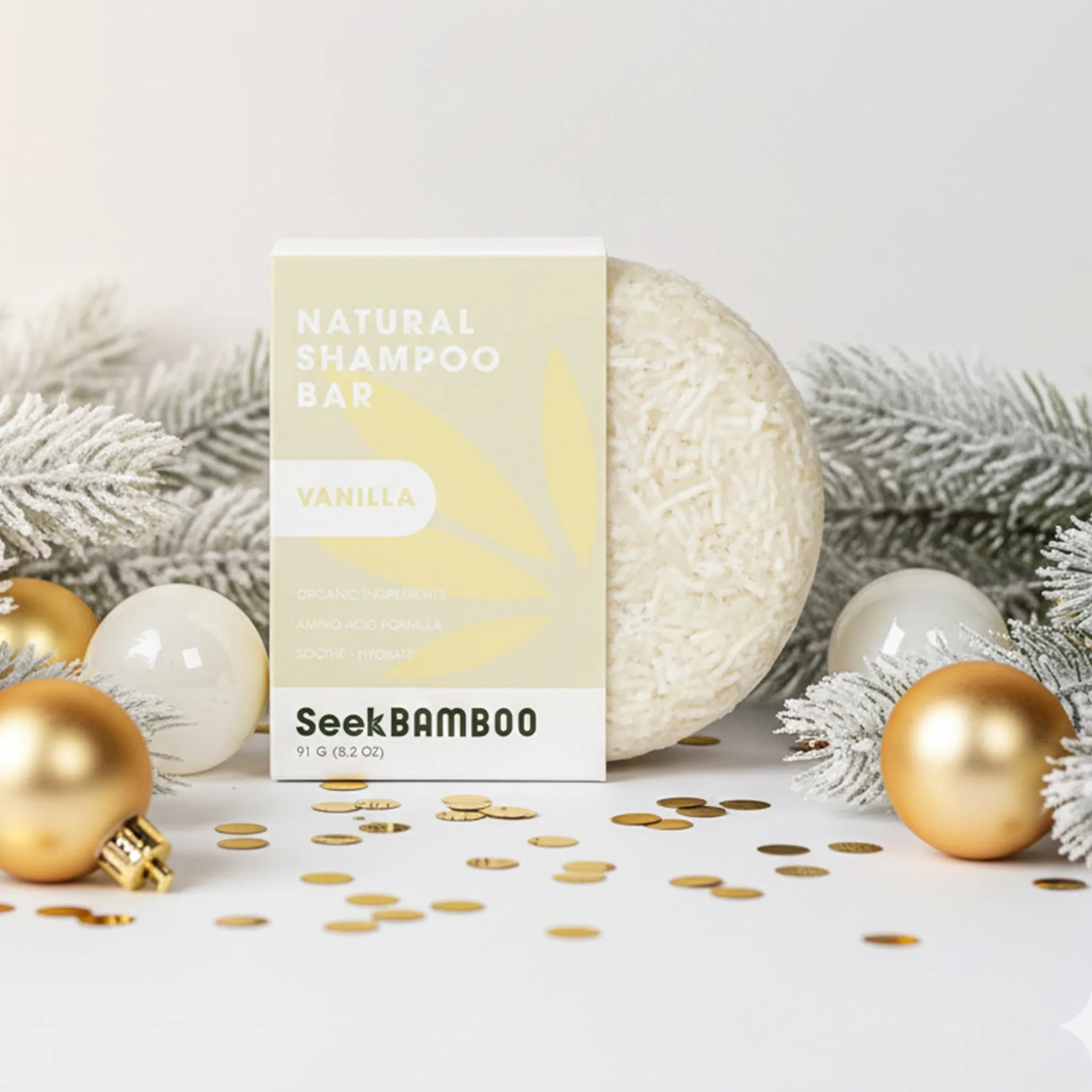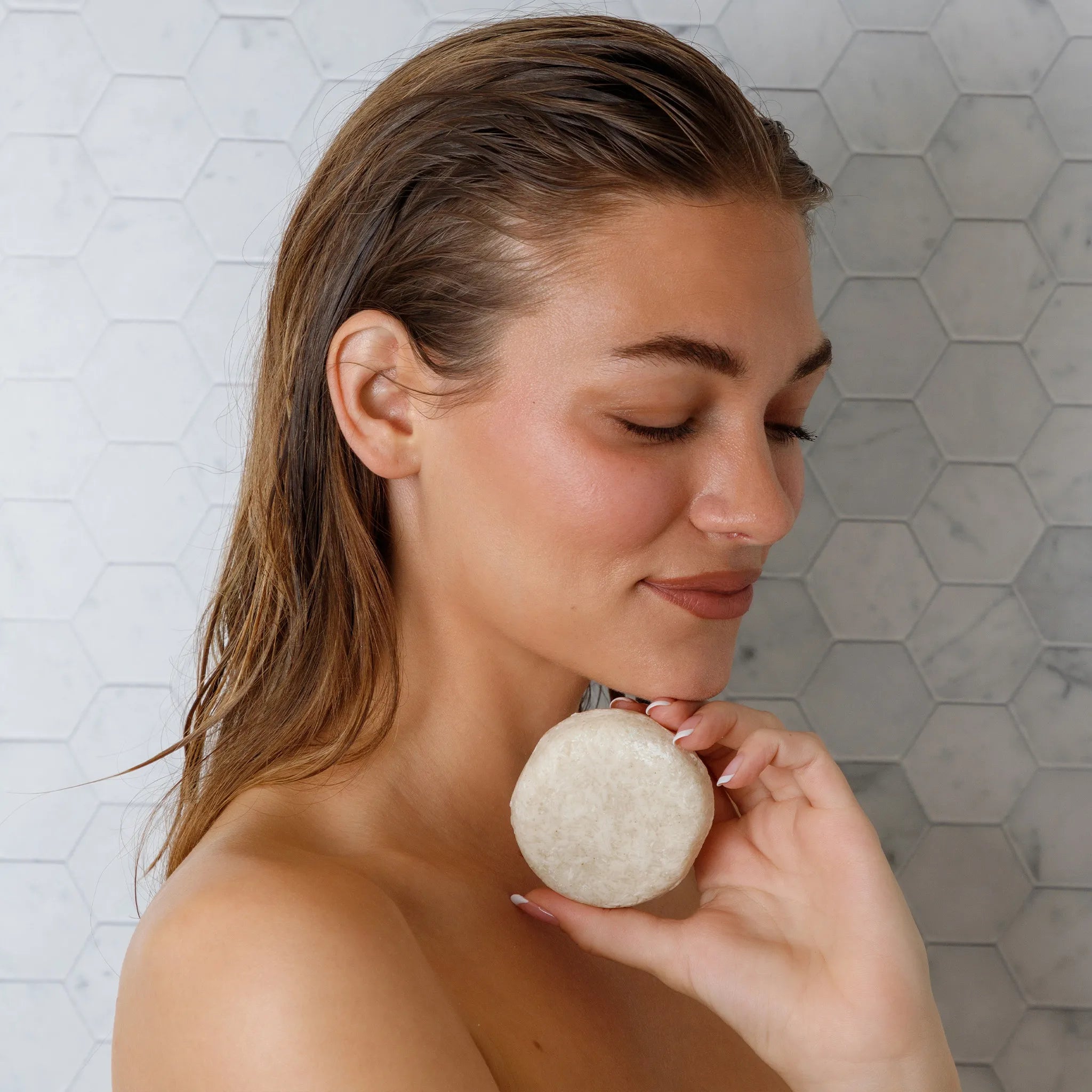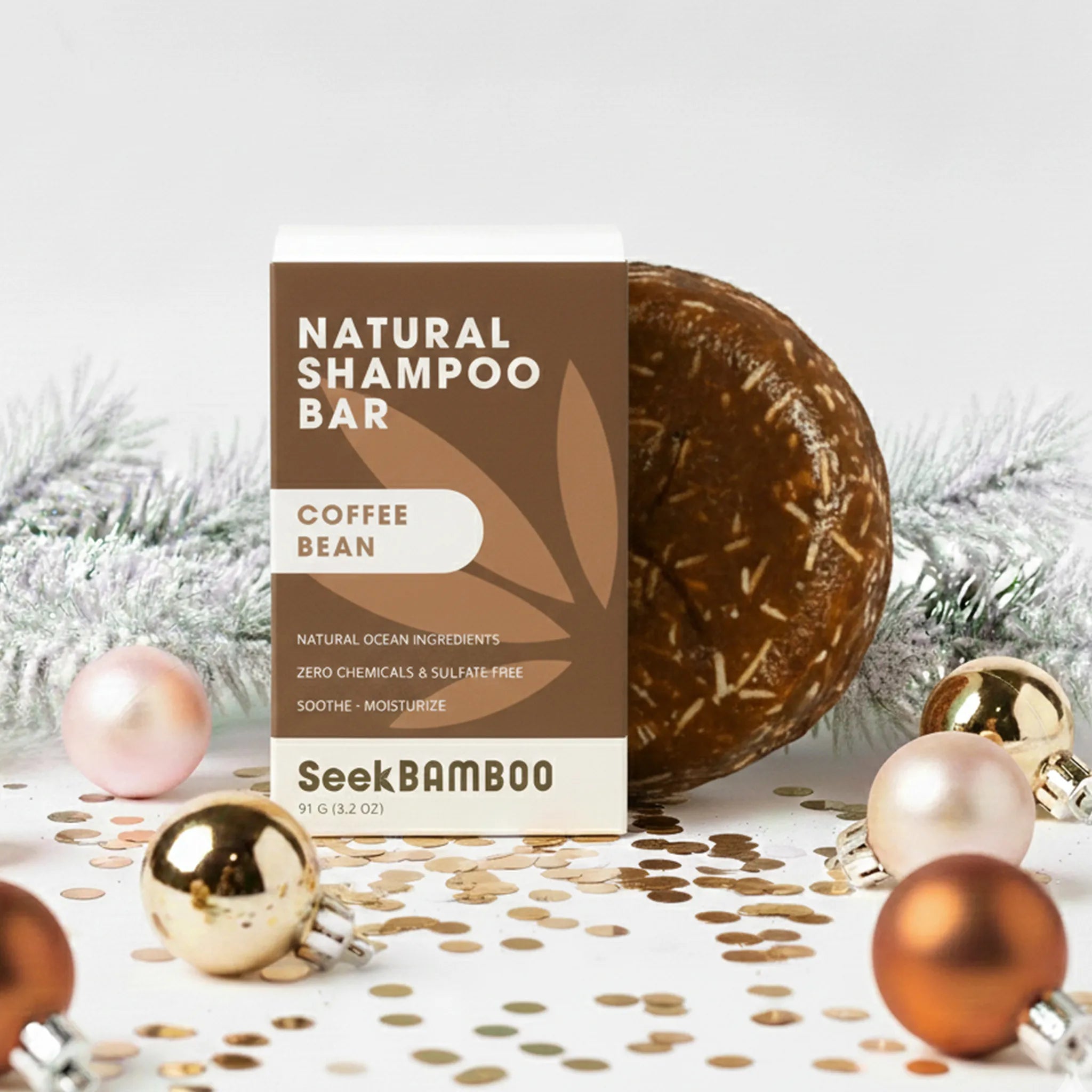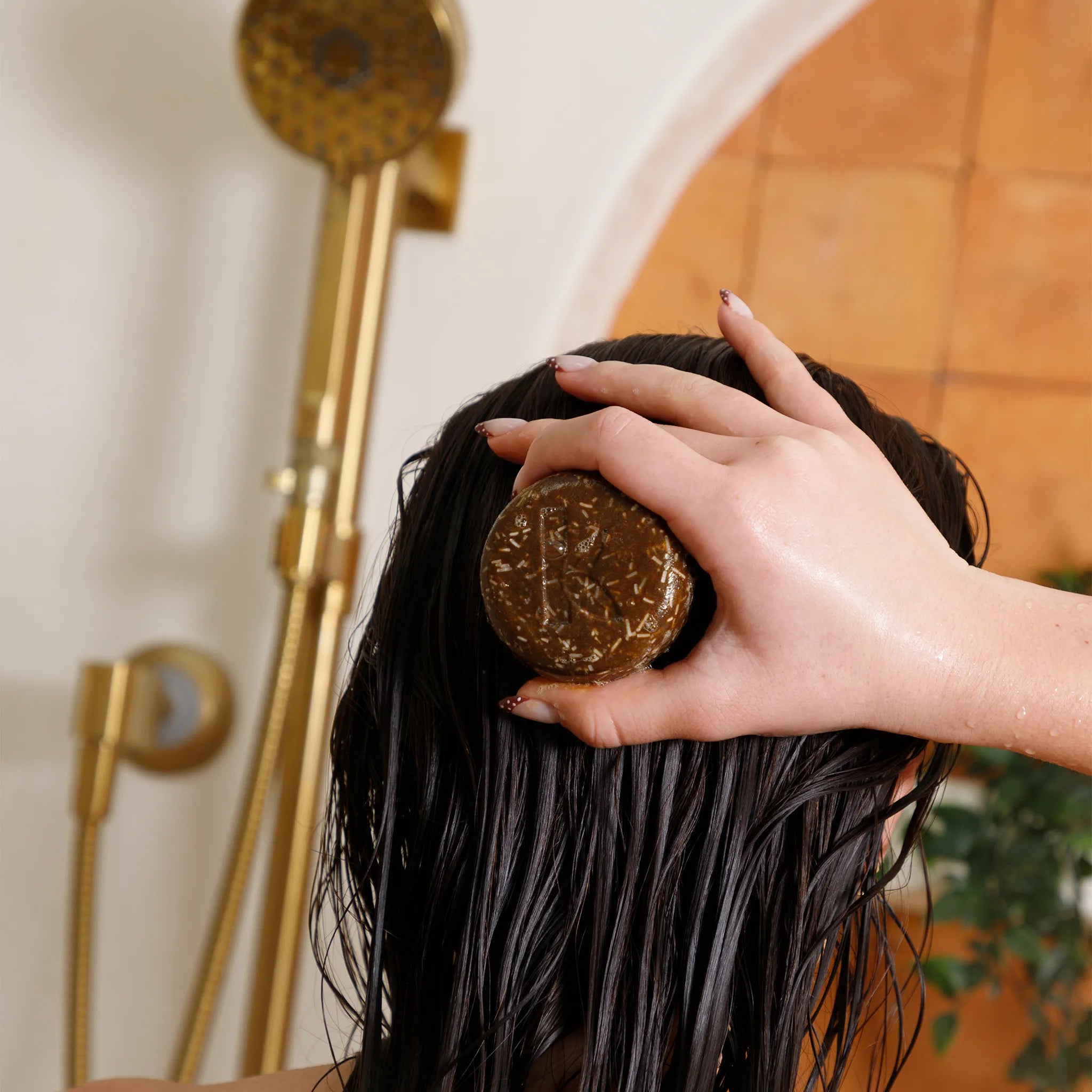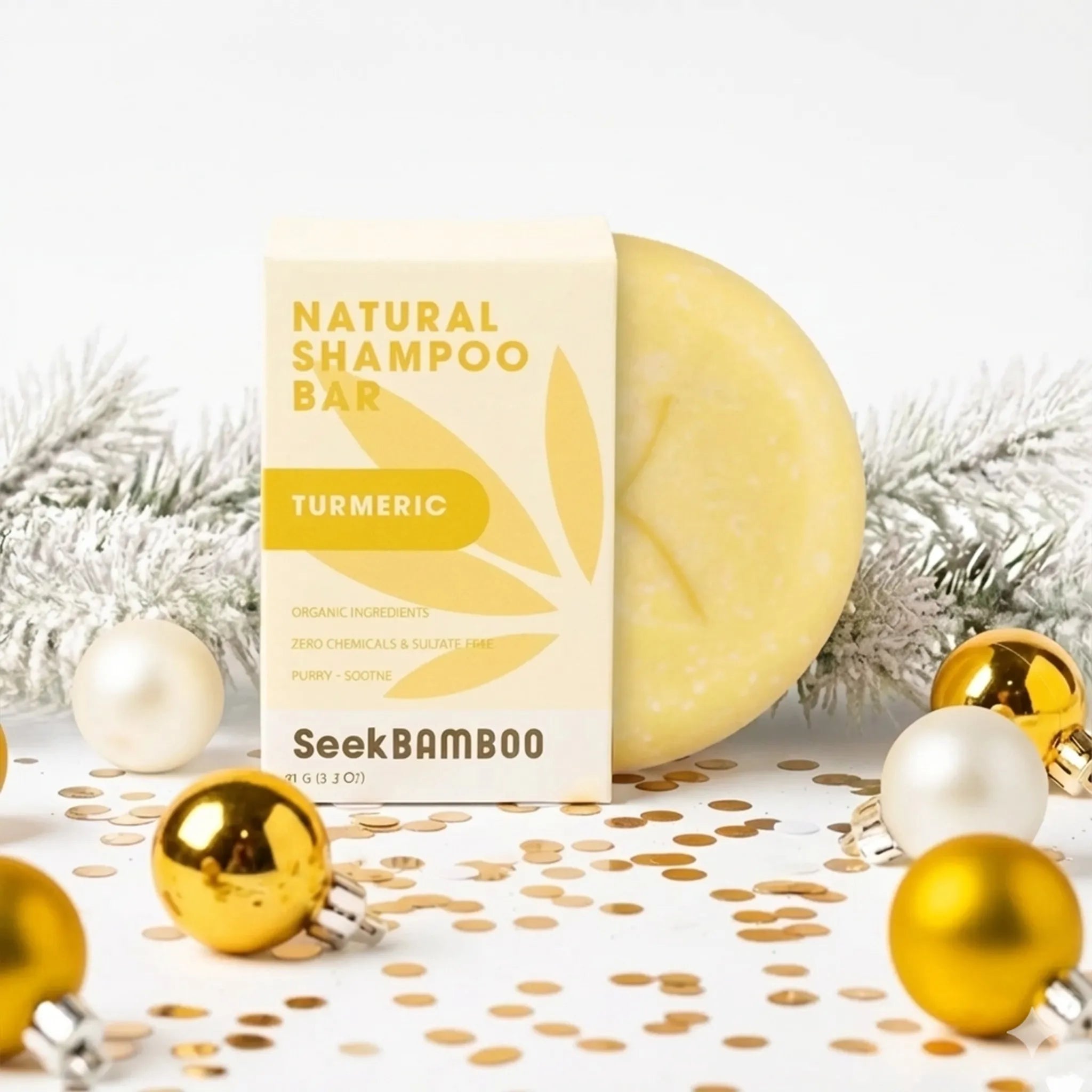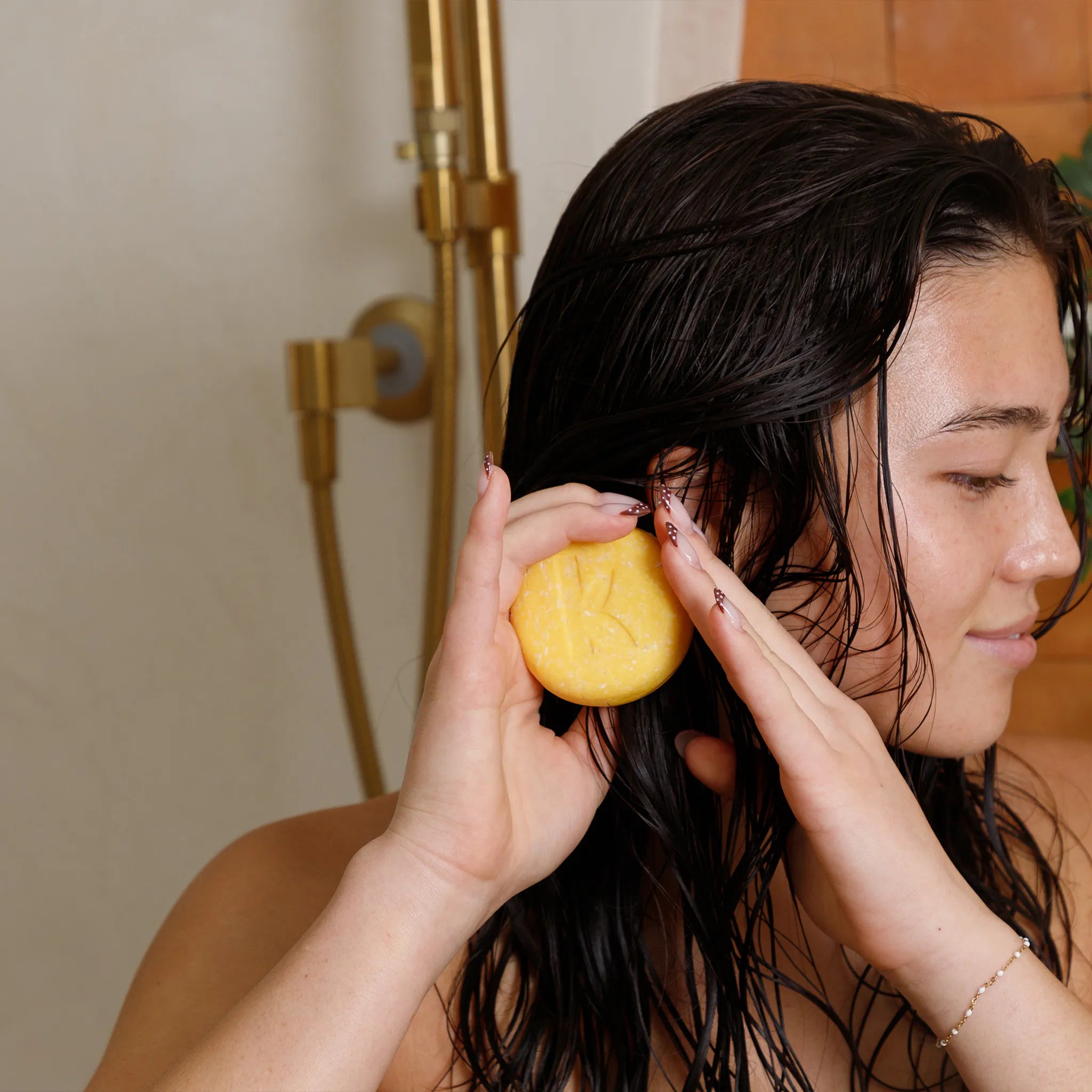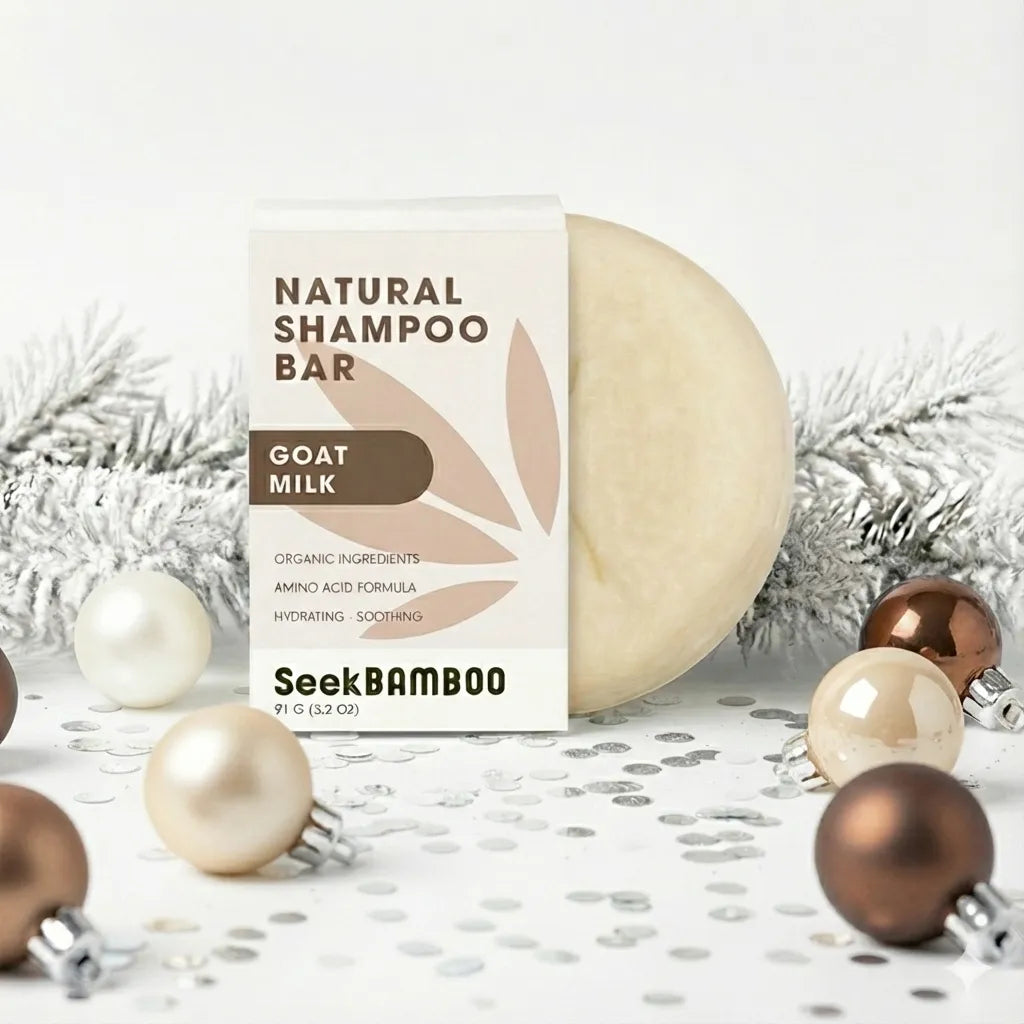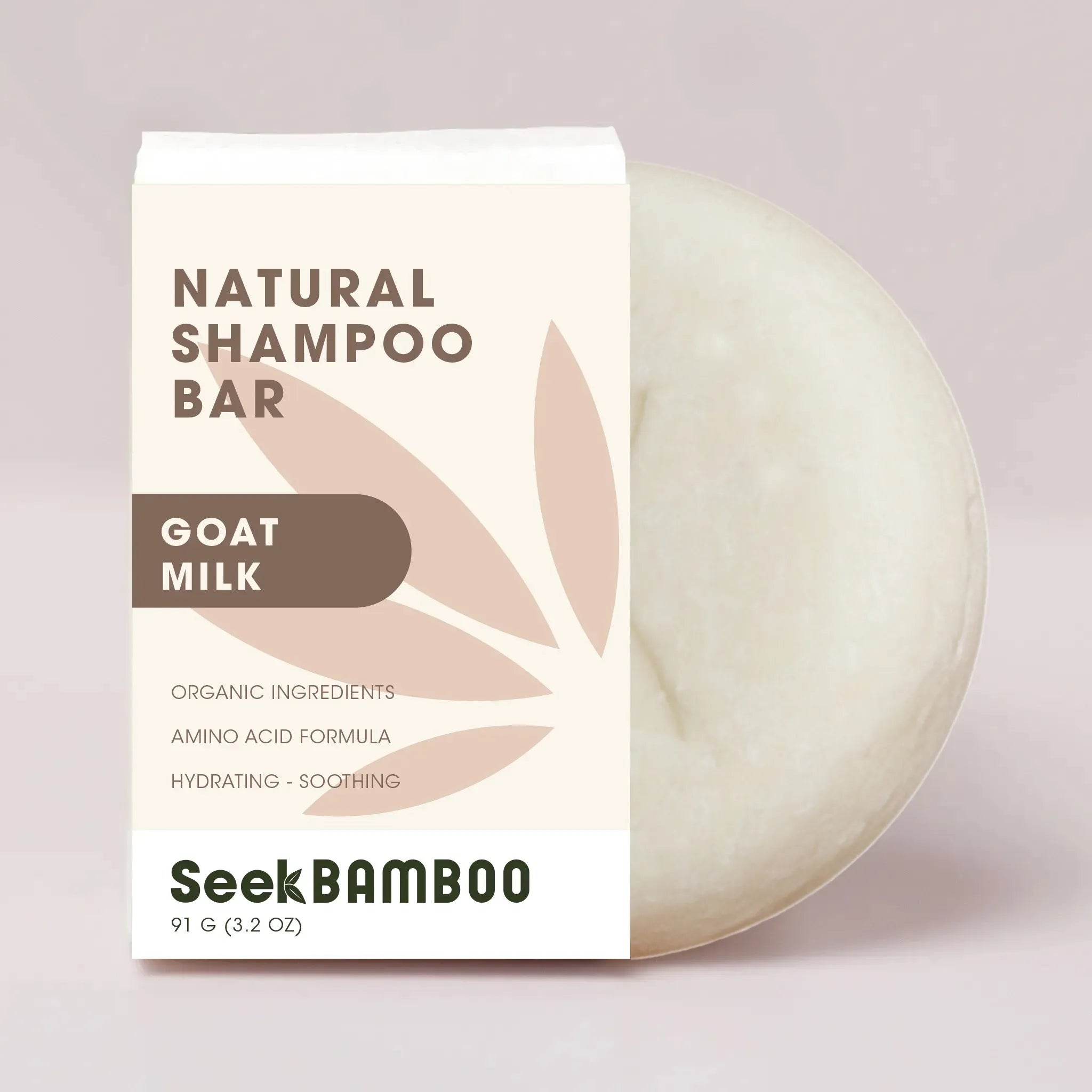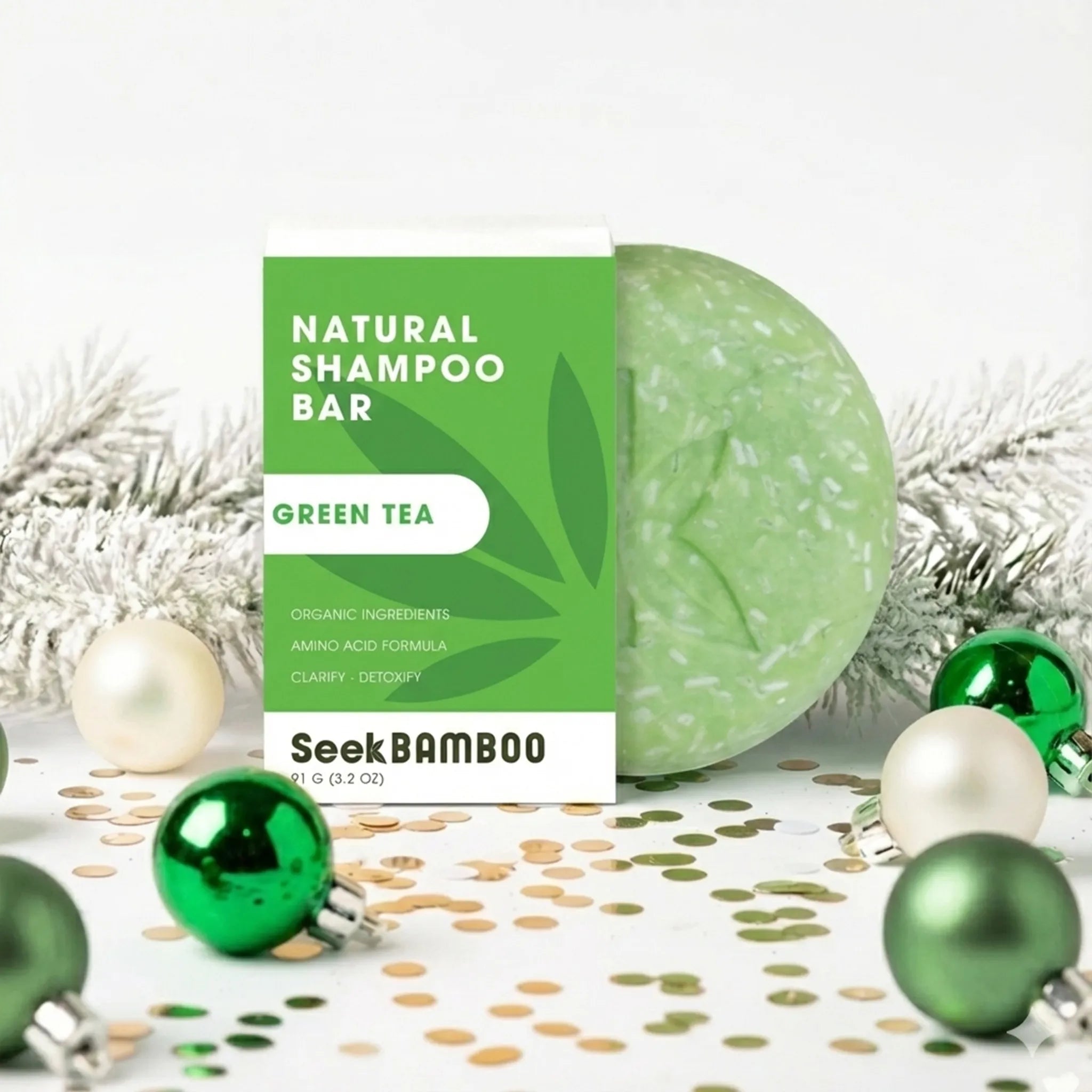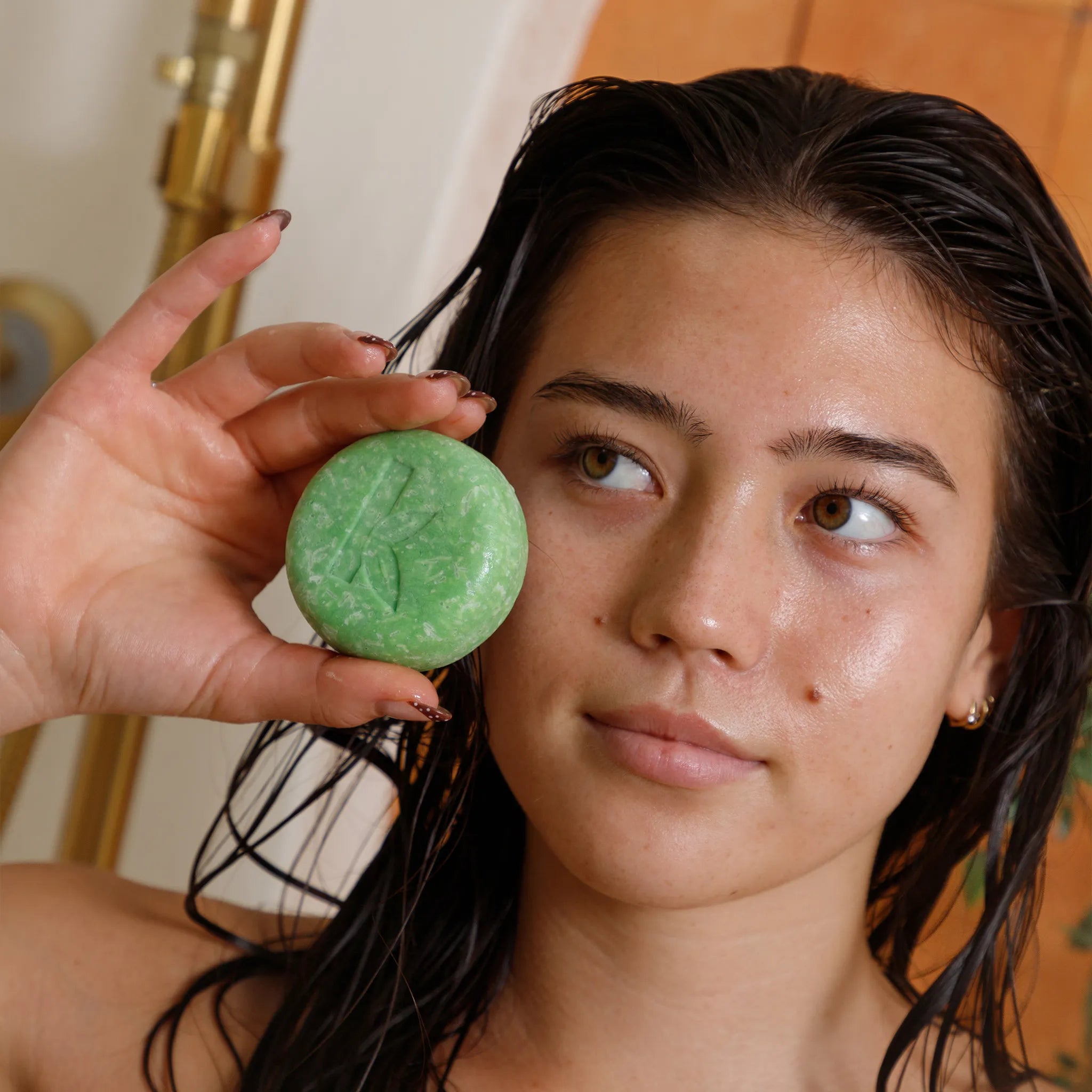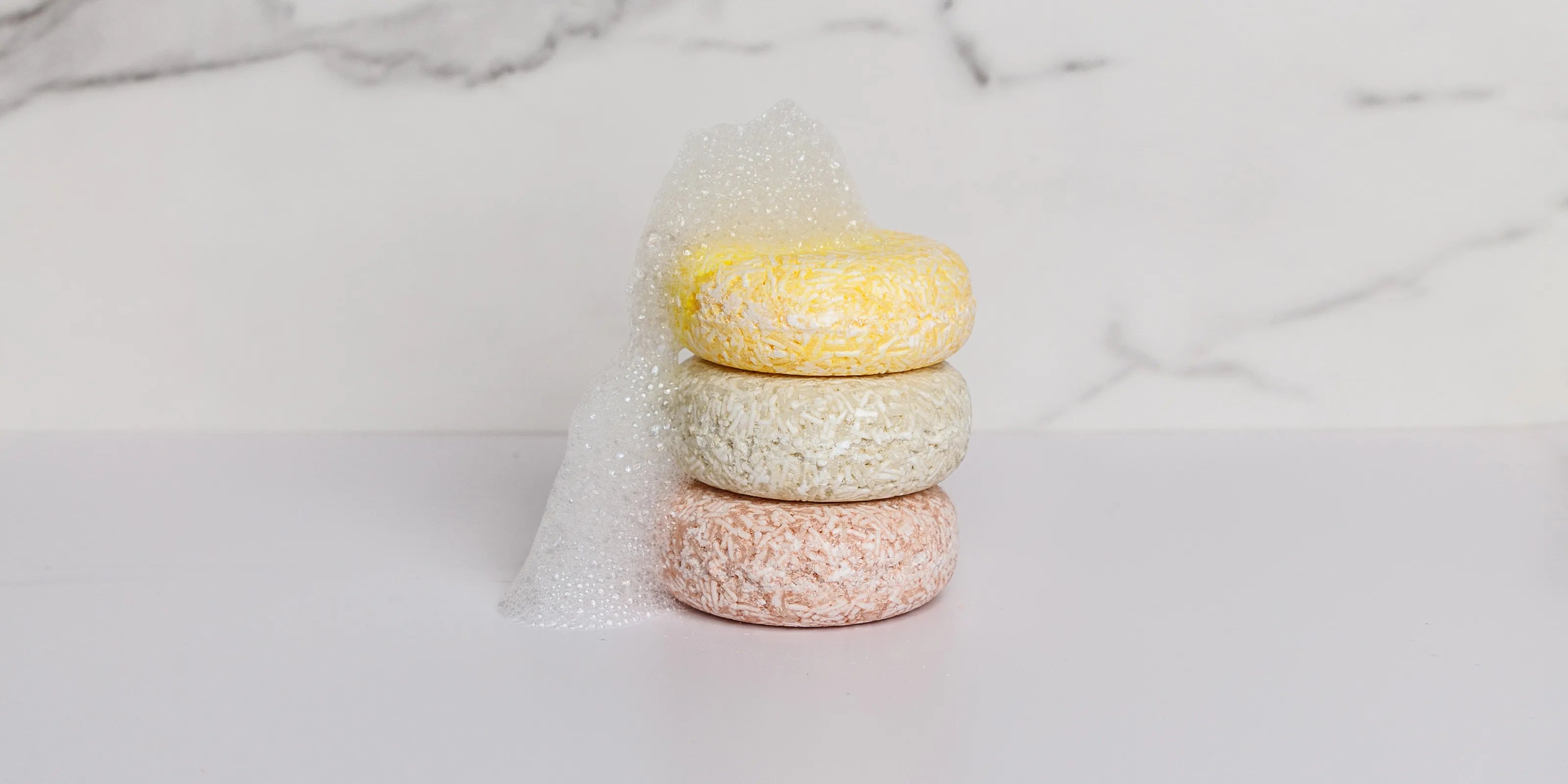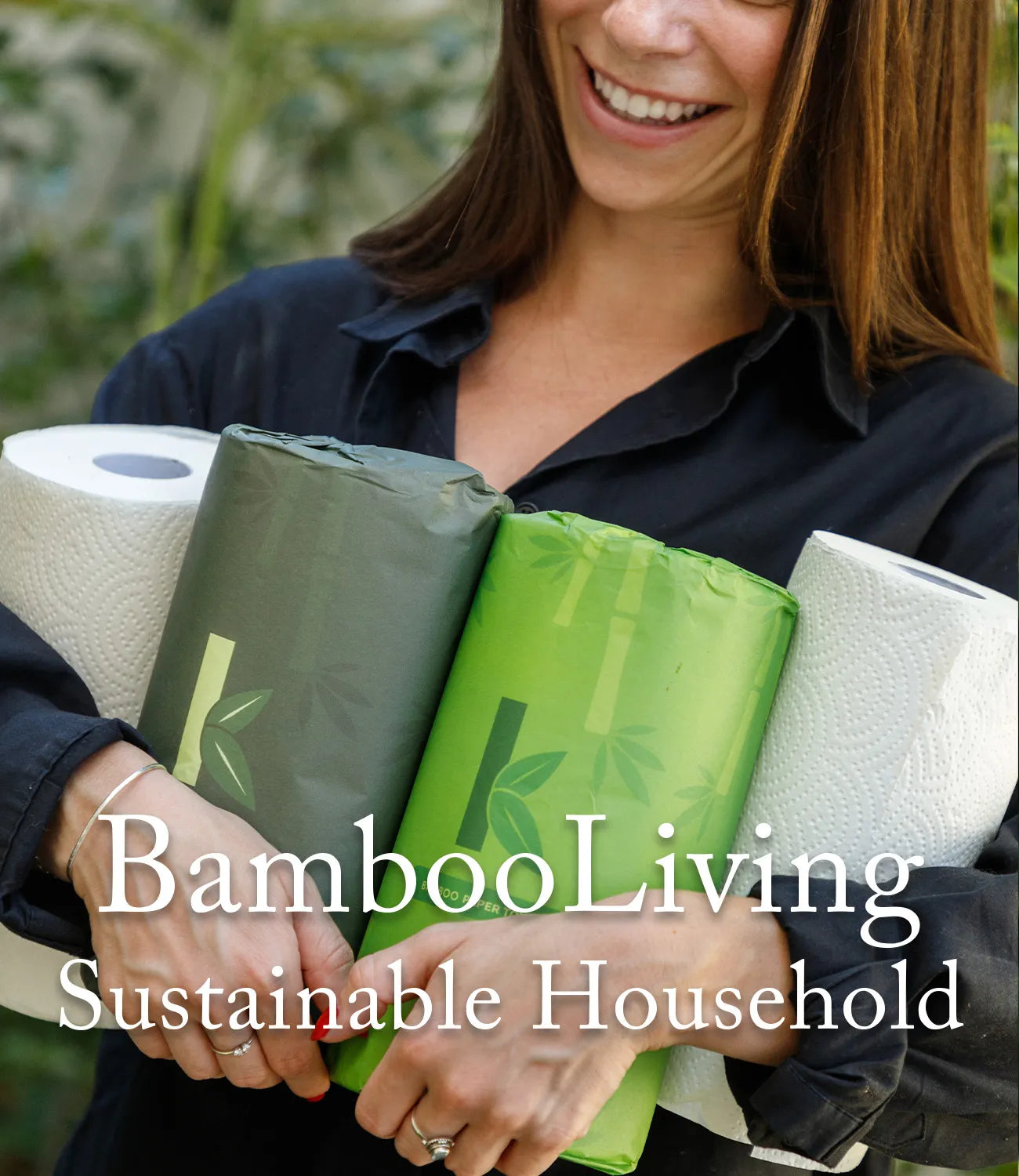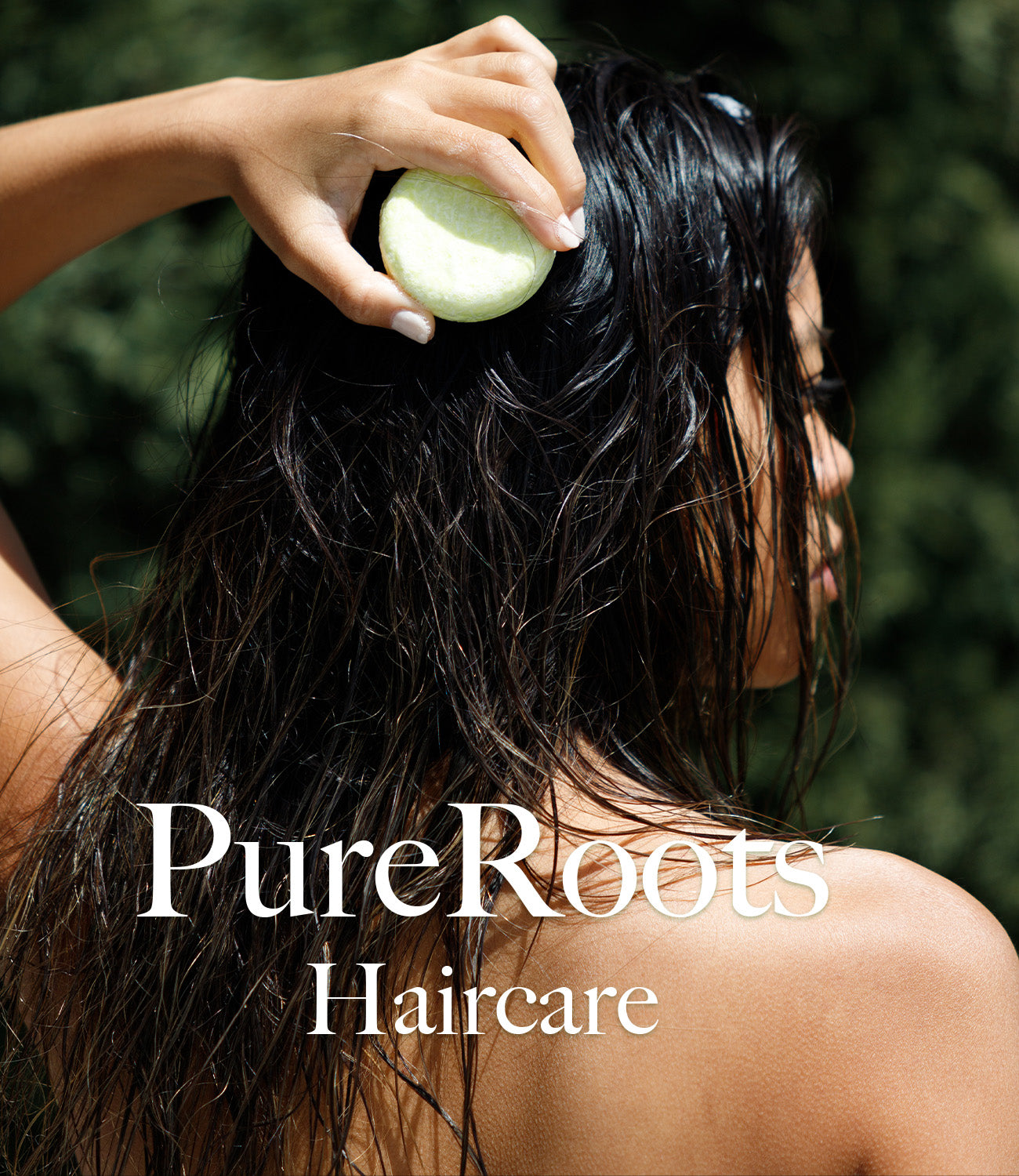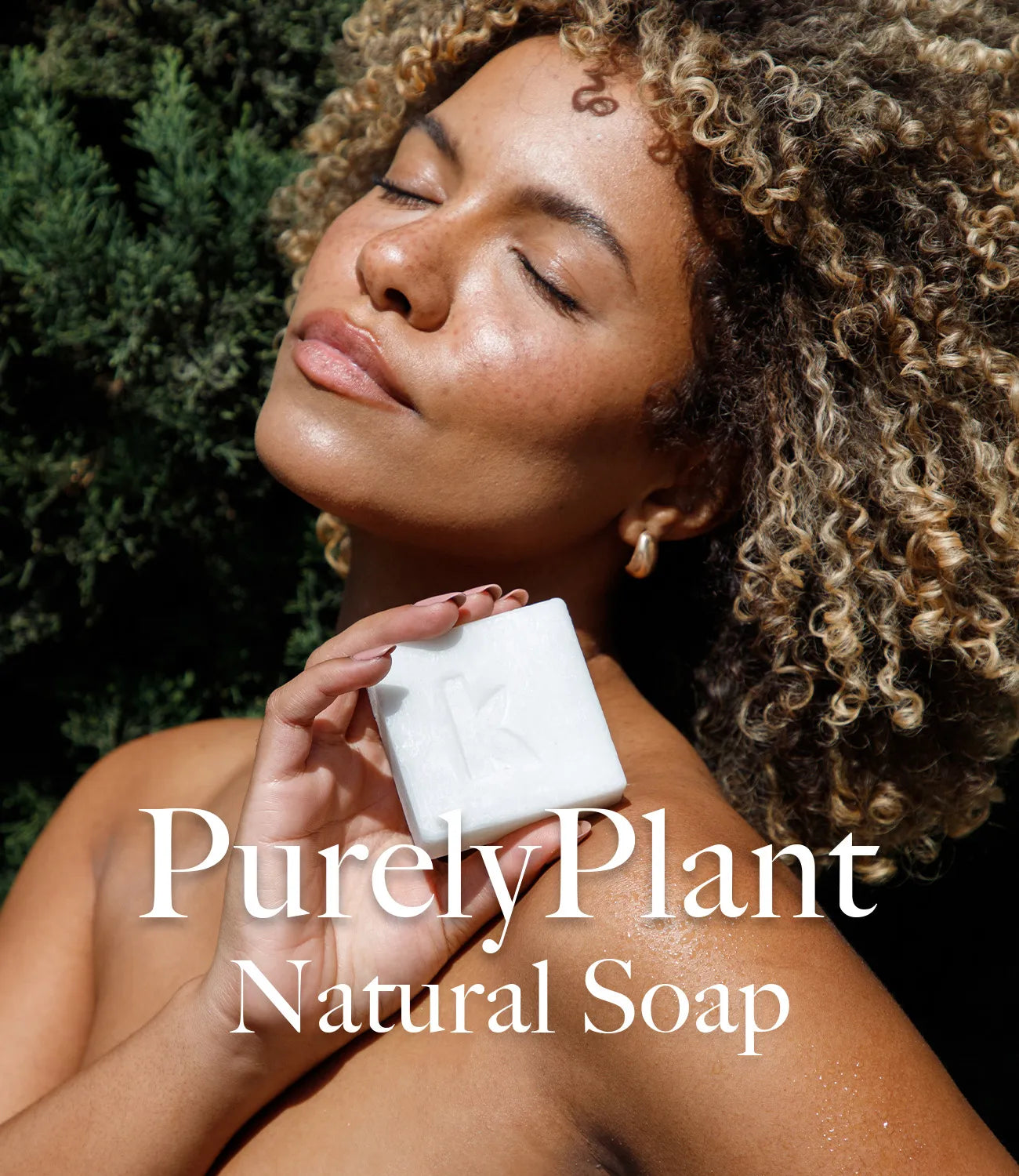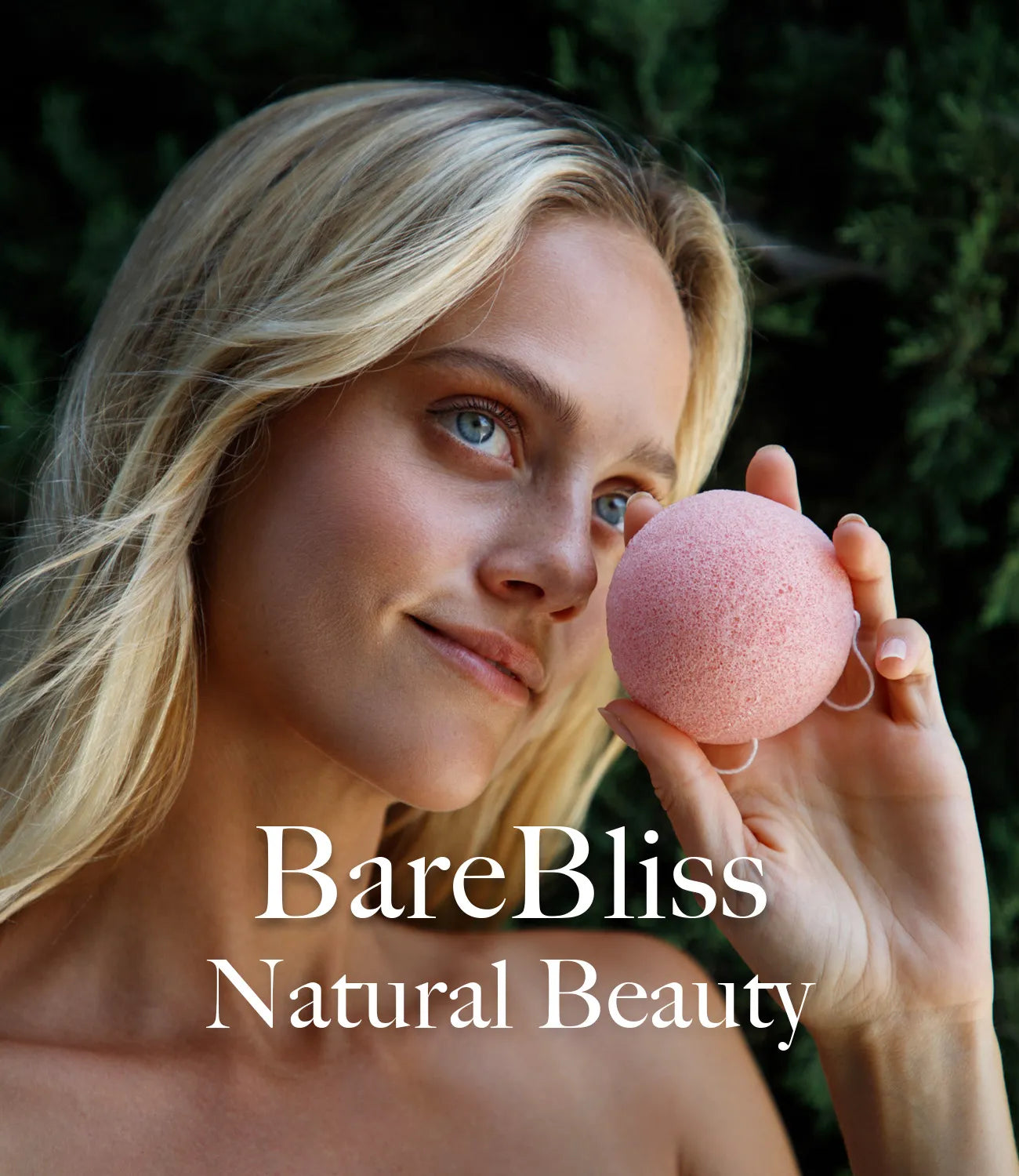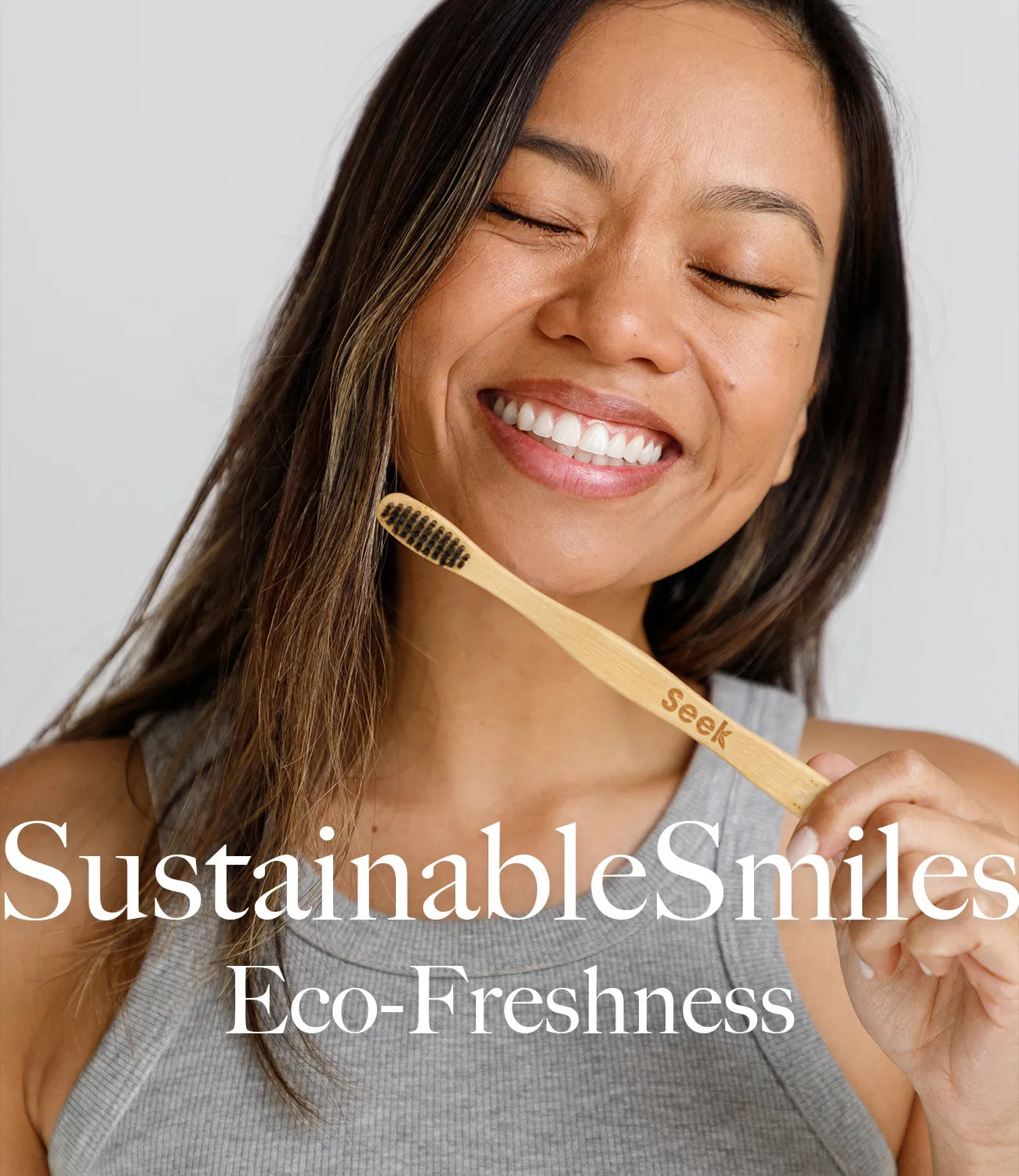How To Use Shampoo Bar
Transforming your hair care routine has become an act of planet-saving heroism. The champion of this movement? The shampoo bar. These compact, concentrated blocks are redefining beauty standards, proving themselves as the unsung heroes in the relentless battle against plastic waste. But what makes them stand out, and why should they claim a spot in your shower caddy? Shampoo bars are not just an alternative to your traditional liquid shampoo; they are a bold statement of sustainable living. Each bar is a powerhouse of cleansing and nourishing capabilities, designed to keep your hair looking its best, without the environmental toll. Imagine all the benefits of your go-to shampoo—rich lather, aromatic fragrances, and hair-loving ingredients—minus the wasteful plastic packaging. These bars are champions of minimalism, eliminating unnecessary bathroom clutter with their compact form. For the adventurers and globe-trotters, they are the perfect travel companions, freeing you from the hassle of liquid restrictions and leaky bottles. And if you're wondering about effectiveness, rest assured. Formulated for a variety of hair types, shampoo bars deliver targeted care, from hydrating dry ends to balancing oily scalps, all while being gentle on the planet. As we explore the multifaceted world of shampoo bars, we uncover their role not just in our beauty routines, but in a larger narrative of environmental stewardship. They represent a small but significant step towards a more sustainable lifestyle, promising a cleaner planet and radiant hair. So, let's embrace these eco-friendly warriors and see what makes them a must-have in our journey towards a greener, more conscious way of living.
What Is a Shampoo Bar?
At the core of the sustainable beauty movement lies an innovative solution to hair care that marries environmental consciousness with superior performance: the shampoo bar. Unlike traditional liquid shampoos, these solid shampoo bars are a testament to how we can significantly reduce our plastic footprint without compromising on quality. But not all shampoo bars are created equal. Seek Bamboo's shampoo bars elevate this concept to new heights, thanks to our unique amino acid formula.
The Superiority of Amino Acid Formulas
Amino acids are the building blocks of proteins, playing a pivotal role in nourishing and repairing hair. Seek Bamboo's shampoo bars harness the power of these essential nutrients, offering a hair care solution that goes beyond mere cleansing. Our innovative formula ensures that each wash not only cleans but also deeply nourishes the hair from root to tip, promoting strength, elasticity, and natural shine.
A Closer Look at Shampoo Bars
Shampoo bars are solid, concentrated versions of traditional liquid shampoos. Crafted from natural ingredients, these bars are designed to cleanse, nourish, and condition your hair without the need for plastic packaging. Their solid form is achieved through a careful selection of natural oils, butters, and surfactants that come together to create a product as effective as its liquid counterparts but with a fraction of the environmental footprint.
Plastic-Free Shampoo
Shampoo bars shine as beacons of plastic-free innovation. 500 million shampoo bars are thrown away every year in the United States. Unlike their liquid counterparts encased in single-use plastic bottles, shampoo bars are designed with the health of our planet in mind, offering a powerful all-natural shampoo solution without the waste.
Shop Shampoo Bars
How Do I Use a Shampoo Bar?
Switching to shampoo bars is a fantastic way to reduce plastic waste in your daily routine while still keeping your hair looking its best. If you're new to shampoo bars, here's a simple guide to get you started:
Wet Your Hair Thoroughly
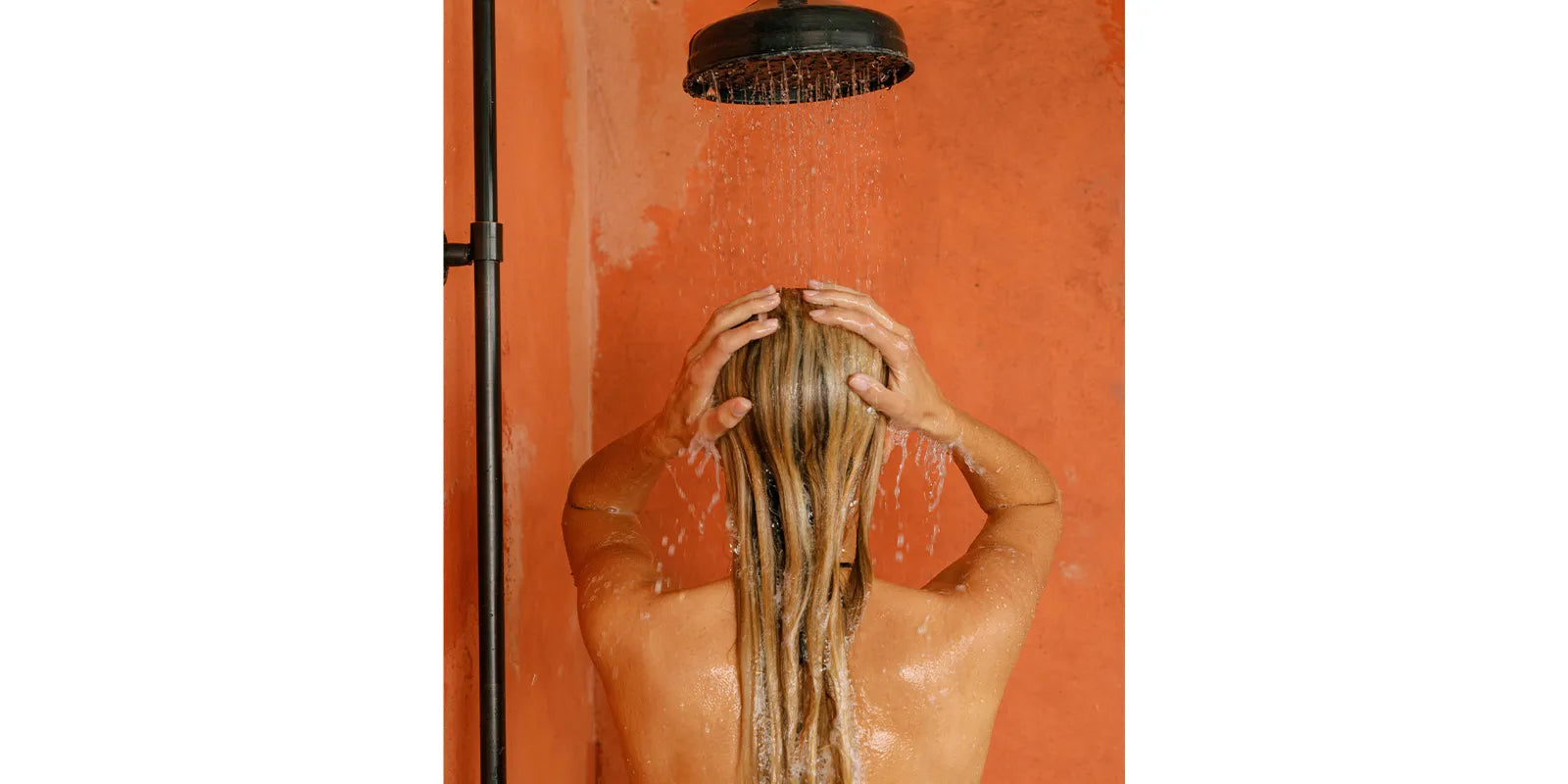
Begin by thoroughly wetting your hair under the shower. Shampoo bars work best on completely wet hair, as this helps create a rich lather that covers your hair evenly.
Choose Your Application Method
Direct Application
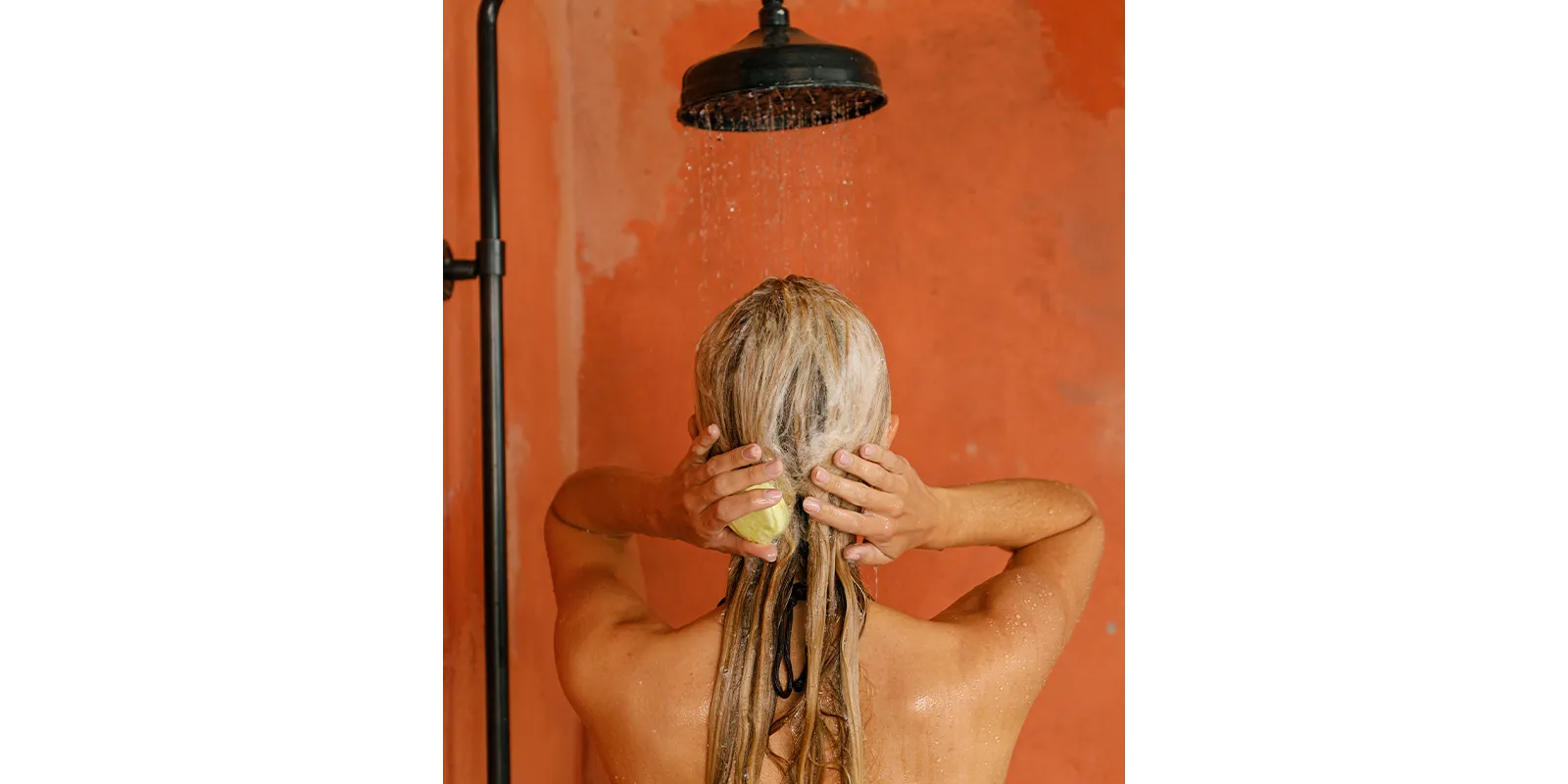
Gently rub the shampoo bar directly onto your wet hair from scalp to ends in a combing motion. This method is great for targeting specific areas and ensuring that all your hair gets cleaned.
Lathering in Your Hands
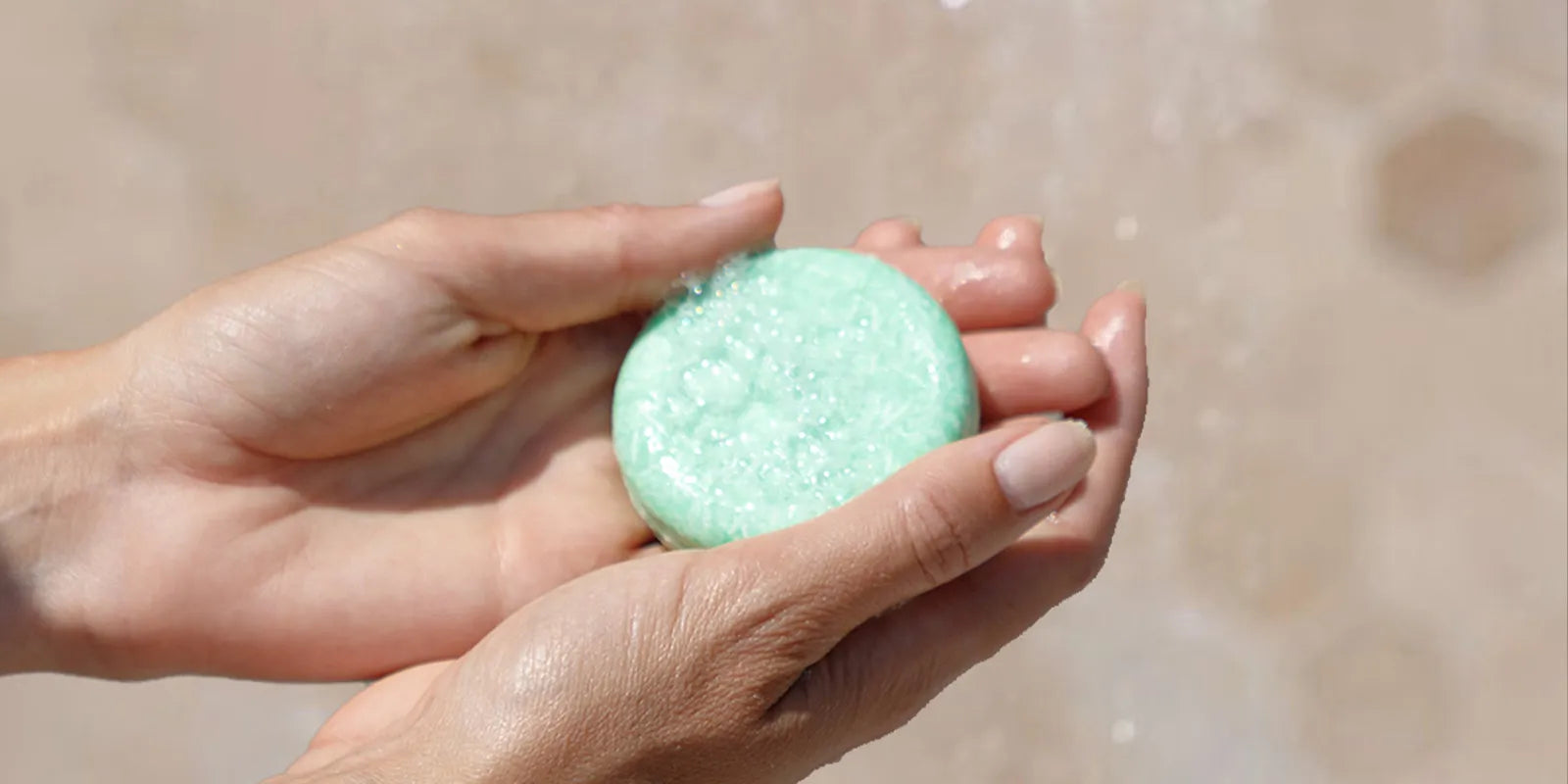
Rub the shampoo bar between your wet hands to create a lather. Once you've got a good amount of foam, use your fingers to apply the lather to your hair, massaging it into your scalp and through the lengths of your hair.
Massage Your Scalp

Use your fingertips to gently massage the lather into your scalp with circular motions. This not only helps cleanse your hair but also stimulates blood flow to the scalp, promoting healthy hair growth.
Rinse Thoroughly
Rinse your hair thoroughly with water, ensuring all the shampoo is washed out. Shampoo bars tend to leave less residue than traditional shampoos, so your hair should feel clean and residue-free with a proper rinse.
Follow with a Conditioner (Optional)
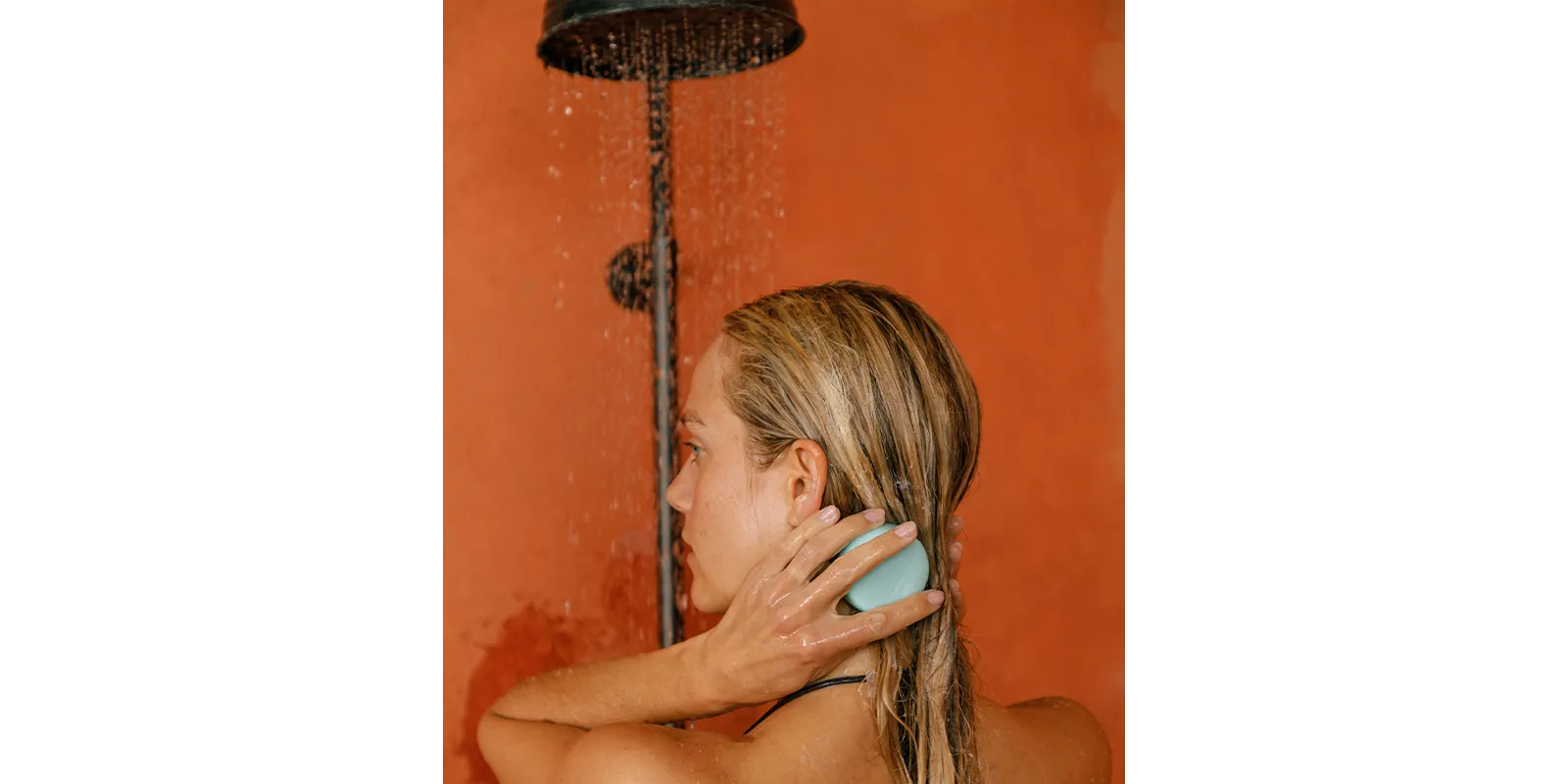
If your hair tends to be dry or tangled, you might want to follow up with a conditioner bar. Just like with the shampoo bar, you can apply it directly to your hair or create a lather in your hands first.
Shampoo Bar Use Tips
Creating a Good Lather
If you're having trouble creating a lather, try storing your shampoo bar in a dry place for a bit before use. Sometimes, letting the outer layer dry out can help it lather more easily. Also, using warmer water can help increase lather production.
Storage
To ensure your shampoo bar lasts as long as possible, keep it dry between uses. Use a soap dish with drainage or even a loofah sponge to keep it away from direct water. Allowing the bar to dry out completely between uses will significantly extend its life.
Transition Period
Remember, your hair may go through a transition period as it adjusts to the natural ingredients in shampoo bars. If your hair feels different at first, give it a few weeks to adjust. You're likely to notice improved texture and health over time.
Cutting Your Bar
Consider cutting your shampoo bar into smaller pieces. This way, you can use one piece at a time, and the rest of the bar stays dry and lasts longer. This is a great idea for traveling too!
Transitioning to Shampoo Bars
When you first switch to using shampoo bars, your hair and scalp may undergo a period of adjustment. This transition period is completely normal and is simply your hair getting used to the absence of synthetic detergents and chemicals found in traditional liquid shampoos. Here’s what you can expect and how to navigate this new chapter in your hair care routine.
The transition period to shampoo bars exists due to a significant shift in how your hair and scalp are being cleansed compared to traditional liquid shampoos. Conventional shampoos typically contain synthetic detergents and chemicals like sulfates, silicones, and parabens that strip natural oils from your hair and scalp, leading to increased oil production to compensate for this loss. When you switch to a shampoo bar, which is formulated with natural ingredients and without harsh detergents, your scalp needs time to adjust its oil production levels. This adjustment period, often referred to as the transition period, is your scalp's way of recalibrating to produce just the right amount of oil, now that it's no longer being stripped away. During this time, you may experience changes in hair texture, oiliness, or dryness as your scalp finds its new balance. It's a natural process towards healthier hair and scalp health, reflecting the body's adaptation to a more gentle and sustainable way of cleansing.
Texture Changes
Initially, your hair may feel different; it might be waxier, heavier, or drier than usual. This is because your scalp is recalibrating its oil production. Traditional shampoos strip your hair of its natural oils, causing your scalp to overproduce oil to compensate. Shampoo bars clean without stripping, so it takes time for your scalp to adjust to producing less oil.
Increased Volume or Tangles
You might notice your hair seems to have more volume or, conversely, more tangles. This is also part of the adjustment period as your hair gets back to its natural texture and oil balance.
Visual Differences
Your hair might look different as well. Some find their natural curls become more pronounced, or their hair has more shine once it adjusts.
A soap dish with drainage holes allows water to drain away from the bar, speeding up the drying process. This simple tool can dramatically extend the life of your shampoo bar by keeping it dry and solid. Seek Bamboo has a bamboo soap dish that is specifically designed to inrease the life of shampoo bars
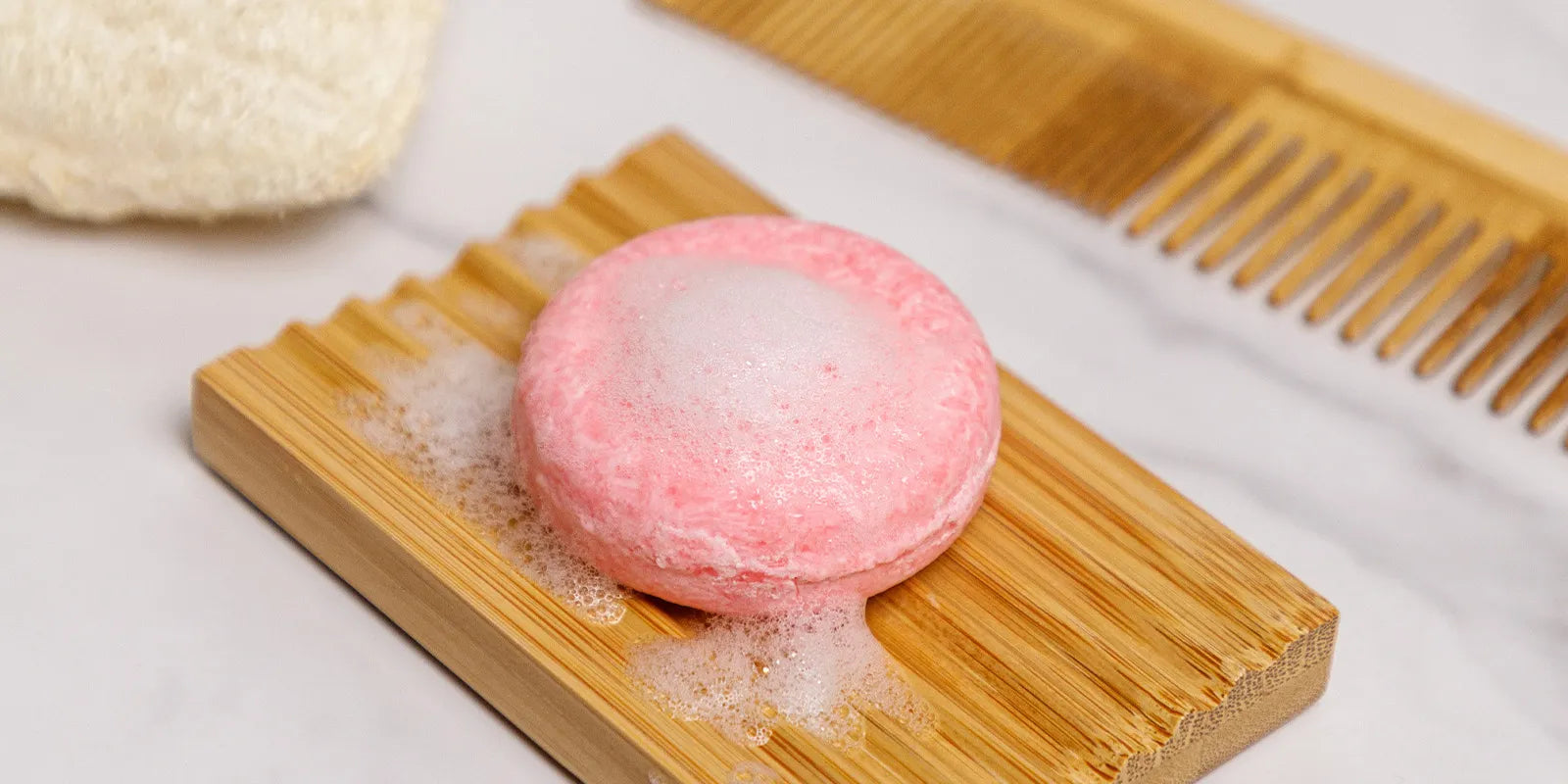
Why Avoid Traditional Shampoo
Step into the realm of plastic bottle shampoos, and you'll encounter a tapestry woven with a mix of factors worth considering. Nestled within those familiar containers are ingredients that might raise an inquisitive brow. From sulfates that create an extravagant lather to artificial fragrances that linger, the formula's complexity can be puzzling. Yet, it's not just about what's in the bottle—there's a broader picture to contemplate. The cost of plastic bottle shampoos reaches beyond your budget, intertwining with a growing concern for our planet's health. These bottles, though convenient, contribute to plastic waste, finding their way into overflowing landfills and littered oceans. But amidst these currents of complexity, a simpler choice emerges: natural shampoos. By opting for ingredients that align with nature, you're not just cleansing your hair; you're also choosing a path that resonates with a greener future—one where your showers become part of a more sustainable narrative.
Here are three things to consider about your traditional shampoo choice.
Unnecessary Ingredients
Let's unravel the enigma that often hides behind the glossy façade of bottled shampoos—the unnecessary ingredients that cloak themselves in promises of lustrous locks. These shampoos, while marketed as solutions, often contain a myriad of synthetic compounds that raise questions about their true benefits. From sulfates that foam excessively to artificial fragrances that linger long after the shower, the list of additives can be perplexing.
Enter the natural shampoo—a gentle yet powerful alternative that thrives on simplicity. Picture a concoction that boasts a concise lineup of ingredients, hailing from the lap of nature itself. These shampoos sidestep the allure of chemical concoctions, opting instead for the raw essence of herbs, oils, and botanicals. The result? A wash that treats your hair and scalp to nourishment without the burden of unnecessary additives.
The charm of natural shampoos lies not just in what they contain, but in what they omit. The absence of sulfates, parabens, and artificial fragrances ensures a wash that's not only effective but also gentle on your hair and the environment. These shampoos embrace the power of simplicity, embracing ingredients that have stood the test of time and the scrutiny of nature itself.
Choosing a natural shampoo is an ode to transparency and a nod to the wisdom of simpler times. It's an acknowledgment that nature holds the key to effective cleansing and nourishment, without the need for complicated chemical formulas. With a natural shampoo, you're not just cleansing your hair; you're cleansing your daily routine of unnecessary complexities. Each wash becomes a reminder that the best solutions often lie in the basics—a whisper that beckons you towards a more authentic, minimalistic path to beauty and well-being.
The Price
In theory, you really don't get what you pay for with traditional shampoos, especially not the formulas that sell for $30 or more. Shampoo bars cost pennies on the dollar and deliver hair care the way it's meant to be. Plus, you can also buy conditioner bars to go along with them and still save money per use over what you'd spend on a brand-name or even generic bottle.
Plastic Waste
Let's take a moment to ponder the sea of plastic shampoo bottles that flood store aisles and clutter our bathrooms. They might appear innocuous, but beneath the surface lies a wasteful saga that urgently calls for a shift towards more sustainable choices. Plastic shampoo bottles, once an emblem of convenience, are now an undeniable symbol of environmental recklessness.
Contemplate the lifecycle of these bottles—a journey paved with resource-intensive production, fueling greenhouse gas emissions and environmental degradation. These vessels, crafted from petroleum-derived materials, demand vast amounts of energy before they even hold a drop of shampoo. Yet, their tenure is fleeting, often ending as discarded relics, littering landfills and oceans. The disheartening truth is that a significant proportion of these plastic bottles never find their way to recycling facilities, leaving a legacy of pollution that stains our planet.
Enter the shampoo bar—an elegant and eco-conscious alternative that challenges the status quo. Imagine a compact bar, devoid of plastic packaging, yet brimming with the promise of a luxurious wash. Shampoo bars are a poetic response to the wastefulness of plastic bottles, offering the same cleansing power without the environmental baggage.
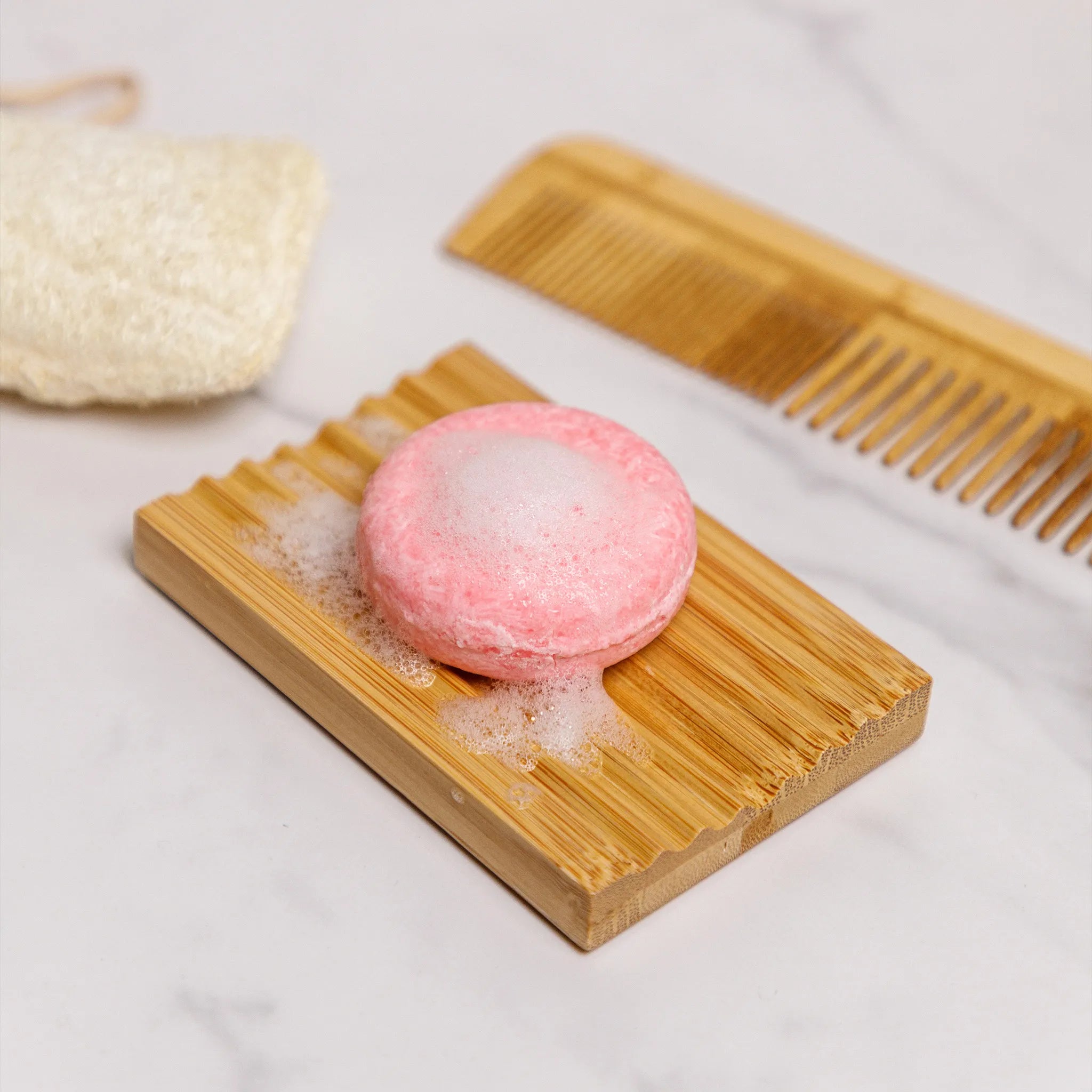
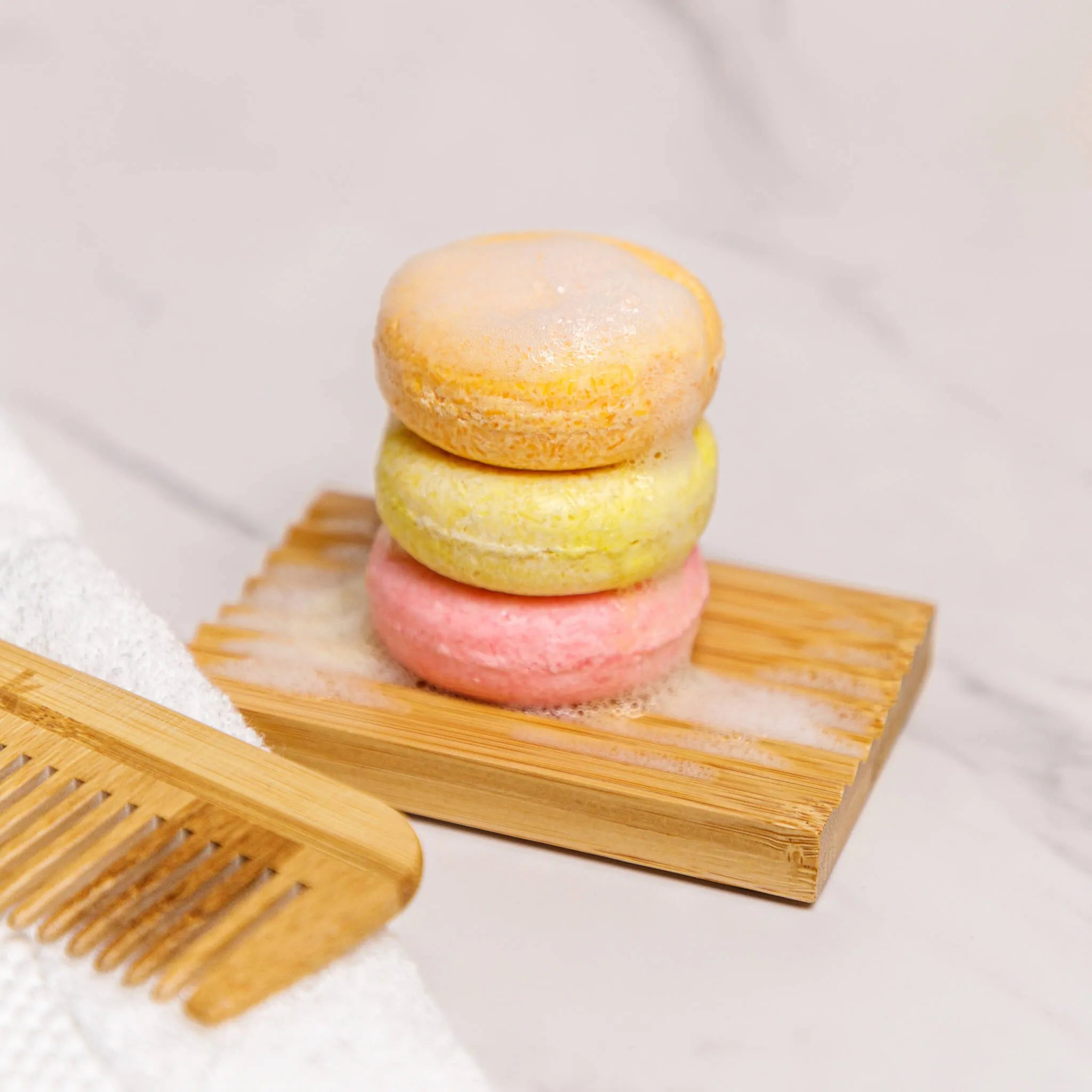
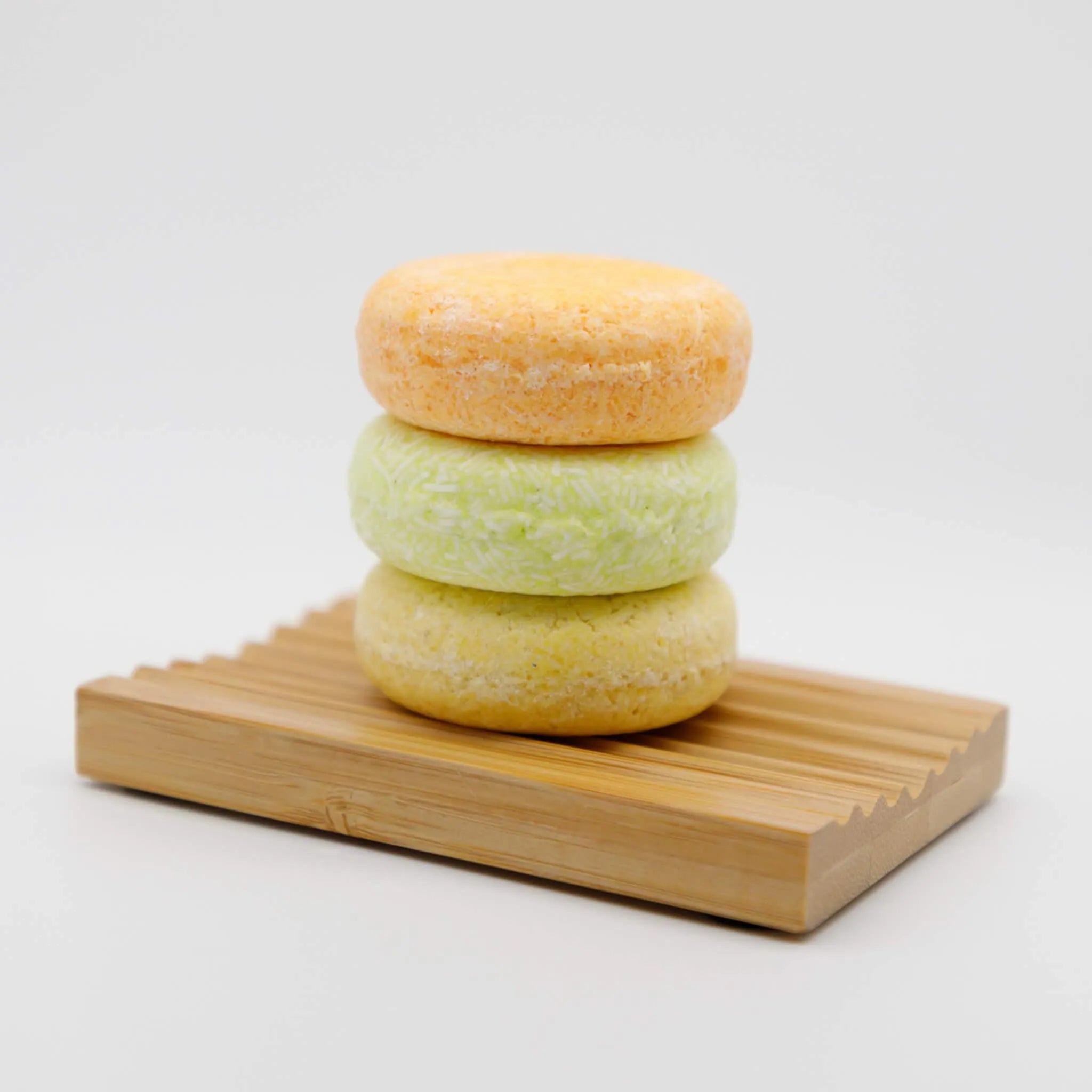
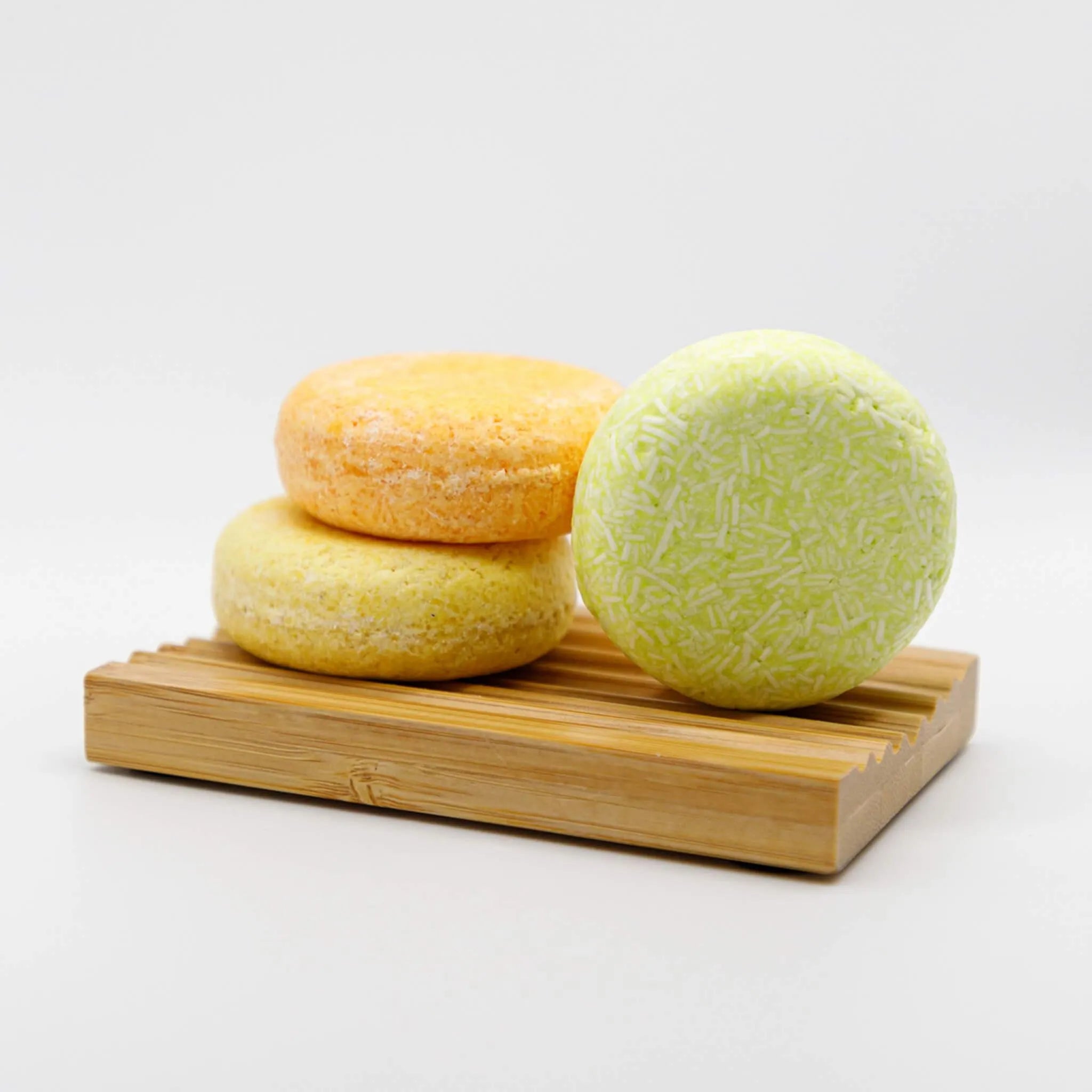
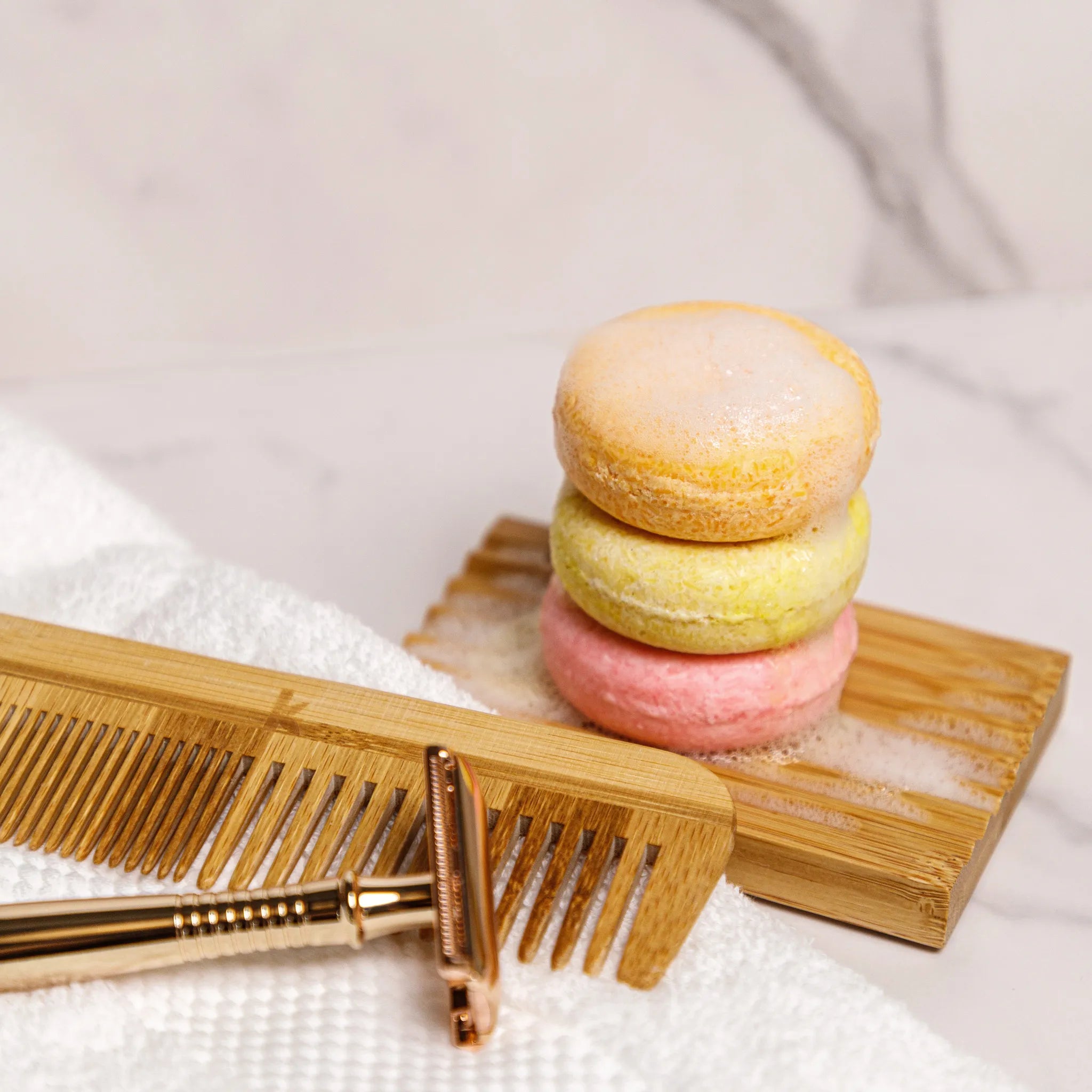
Discover the charm of sustainable living with our bamboo soap dish. Crafted from sustainably sourced bamboo, it offers both style and eco-conscious durability. Its minimalist design ensures your soap dries faster and lasts longer, embodying both beauty and practicality in your eco-friendly bathroom. Perfect for anyone embracing a greener lifestyle, this soap saver turns your bathroom into a sanctuary of sustainability.
Size: 4.75 inches x 3.20 inches
Maximizing the Life of Your Shampoo Bar
The key to extending the life of your shampoo bar is keeping it dry when not in use. Shampoo bars are designed to dissolve with water, which means leaving them in a wet, non-ventilated space can cause them to become soft and mushy, significantly reducing their lifespan. To avoid this, make sure to:
Let it Dry
After each use, let your shampoo bar dry completely to extend its lifespan. Shampoo bars can become soft and dissolve more quickly when left in standing water or in a damp environment. To prevent this, place your bar on a well-drained soap dish or a soap saver with slots that allow airflow from all sides. You might also consider using a wire rack or a mesh soap bag, which helps it dry faster and keeps it from becoming mushy. By letting your shampoo bar dry thoroughly, you can ensure it lasts for as many washes as possible, making it both cost-effective and eco-friendly.
Use a Draining Soap Dish
A soap dish with drainage holes allows water to drain away from the bar, speeding up the drying process. This simple tool can dramatically extend the life of your shampoo bar by keeping it dry and solid. Seek Bamboo has a bamboo soap dish that is specifically designed to increase the life of shampoo bars.
Do I Need To Condition After A Shampoo Bar?
Using a conditioner bar after shampooing is a transformative ritual that nurtures your hair in ways that go beyond cleansing alone. While shampoo works to remove dirt, oil, and product buildup from your hair and scalp, it can also strip away natural oils that keep your locks soft and manageable. This is where a conditioner bar steps in as a true haircare hero.Seek Bamboo's conditioner bars are formulated with nourishing ingredients that replenish and restore your hair's natural oils, leaving it silky, smooth, and tangle-free. They work to seal the hair cuticles, locking in moisture and reducing frizz, resulting in hair that's easier to style and less prone to breakage. The benefits extend to all hair types, whether you have curly, straight, wavy, or coily locks.Beyond the physical transformation, using a conditioner bar is a sustainable choice that harmonizes with eco-friendly values. Just like shampoo bars, conditioner bars eliminate the need for plastic packaging, reducing waste and your carbon footprint. This tandem of eco-conscious choices, using both shampoo and conditioner bars, creates a symphony of beauty and responsibility.In essence, using a conditioner bar after shampooing is like offering your hair a soothing and rejuvenating spa treatment. It's a nurturing embrace for your locks, enhancing their natural beauty while treading lightly on the planet. So, if you're seeking hair that radiates health, sustainability, and effortless elegance, let a conditioner bar take the stage in your haircare routine.
Which Shampoo Bar Should I Use?
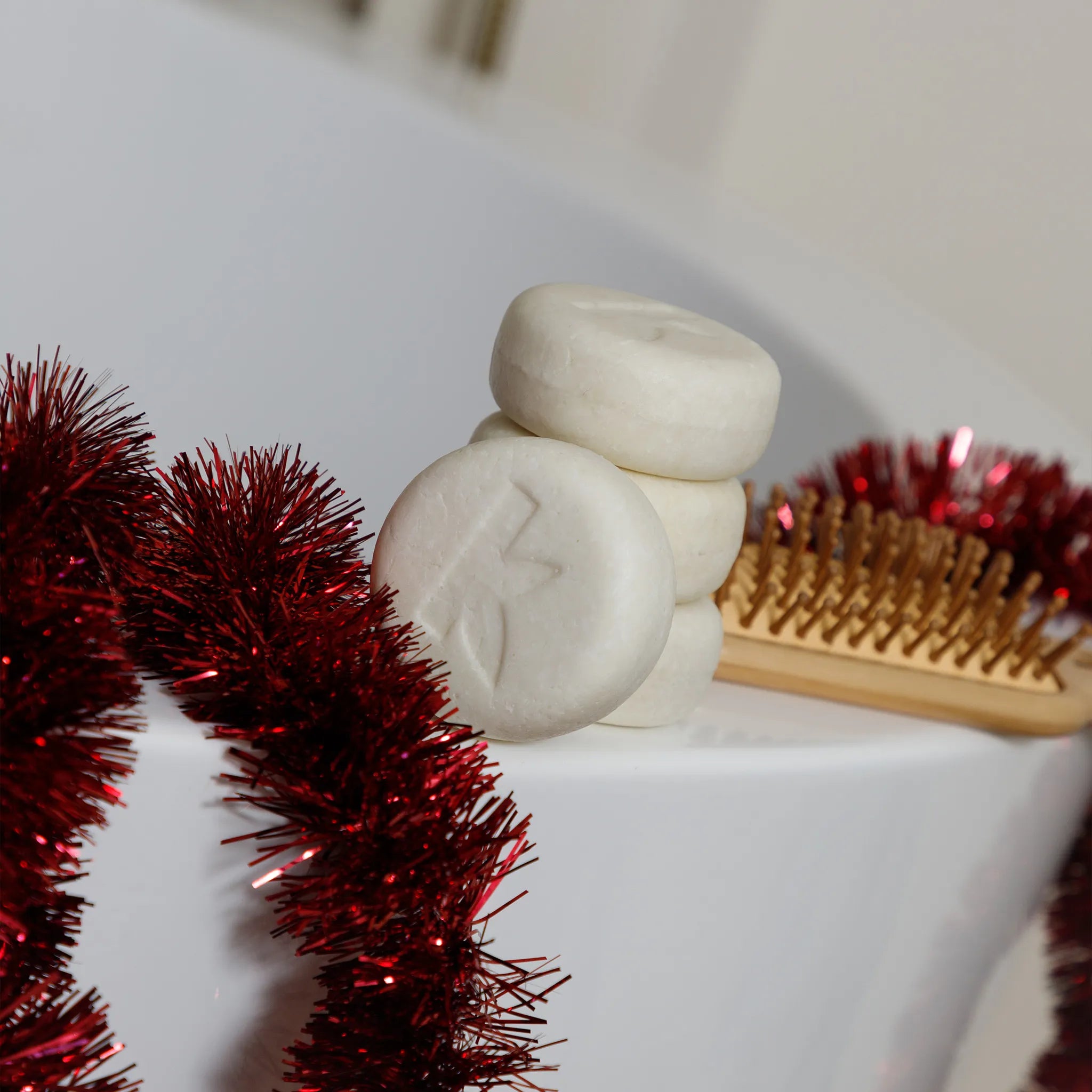
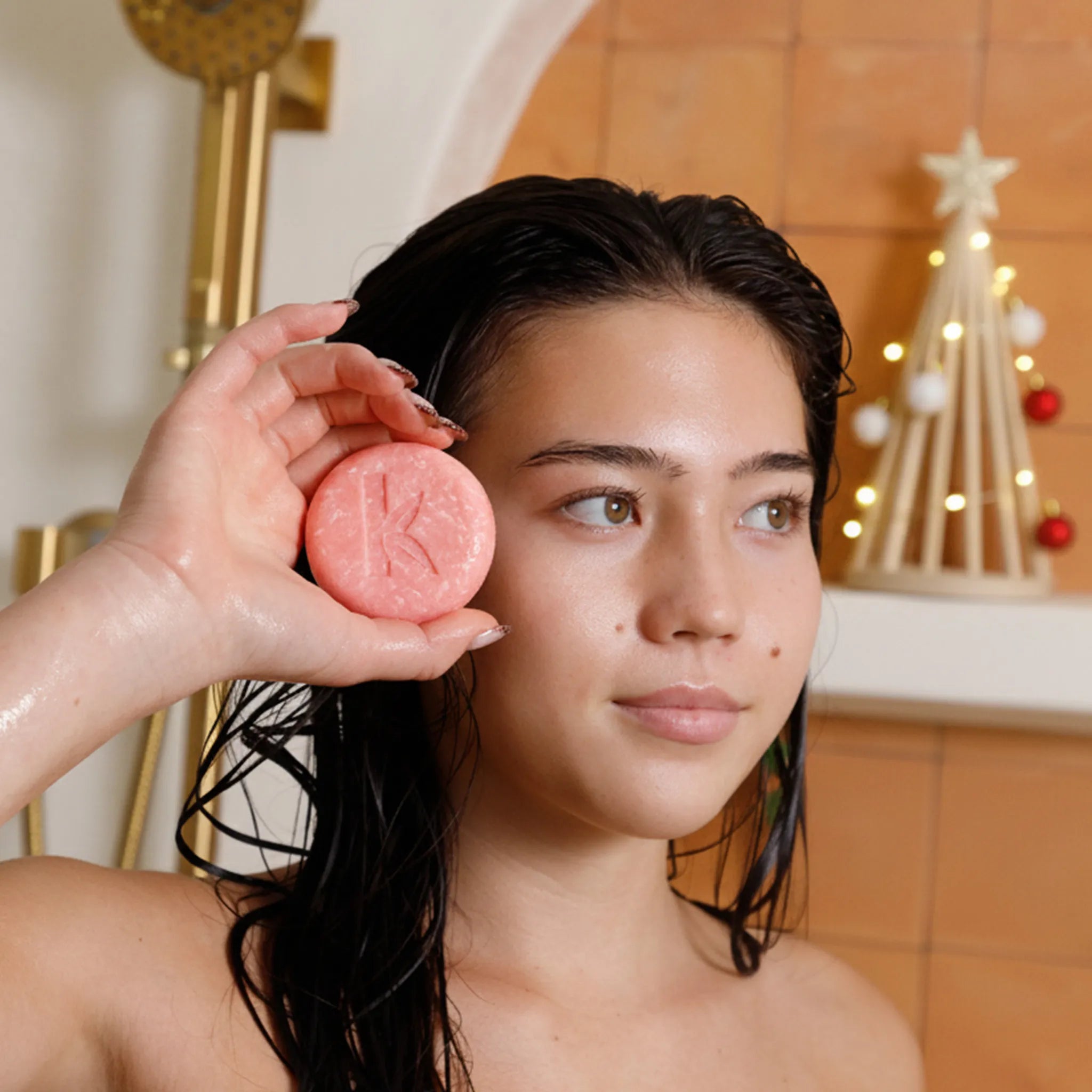
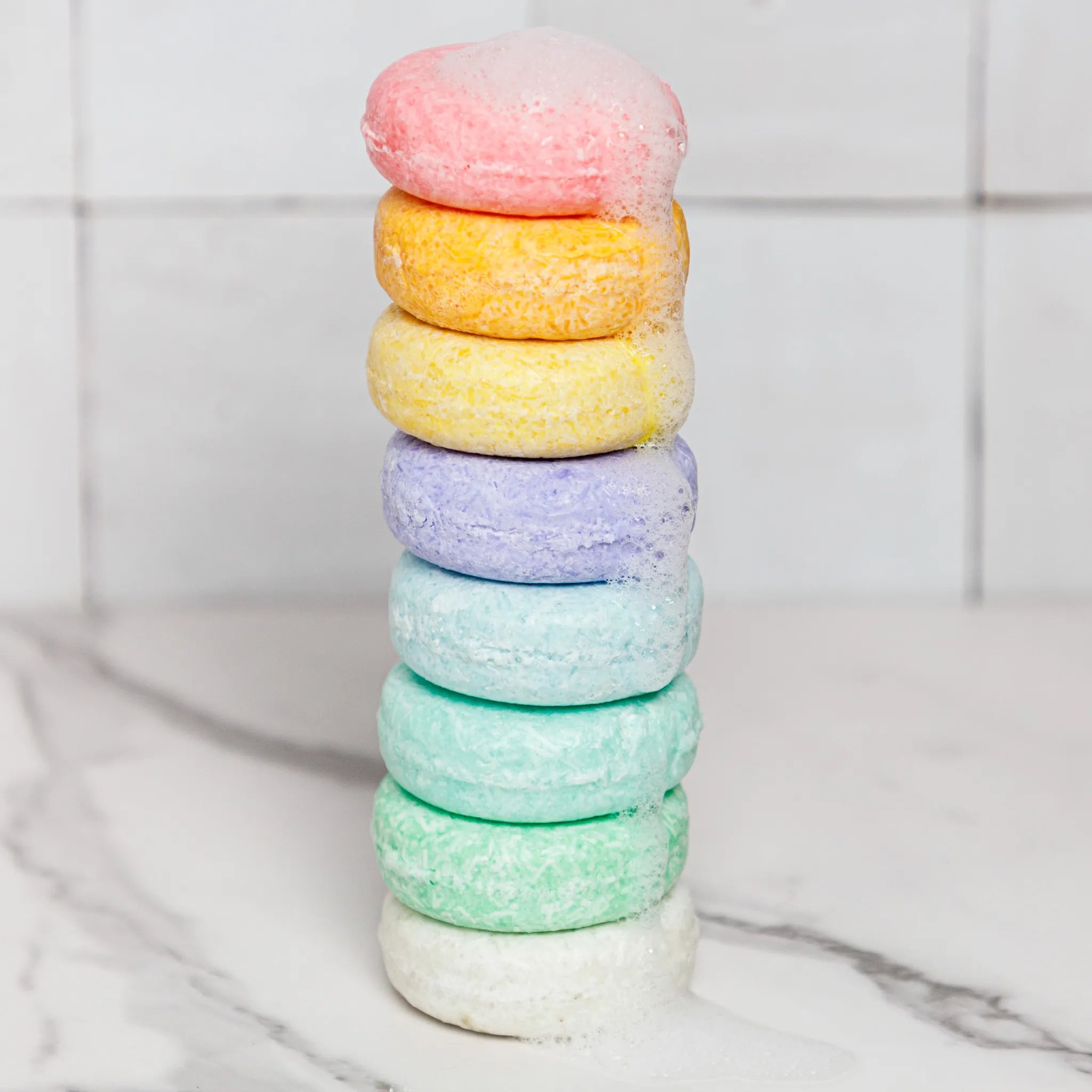
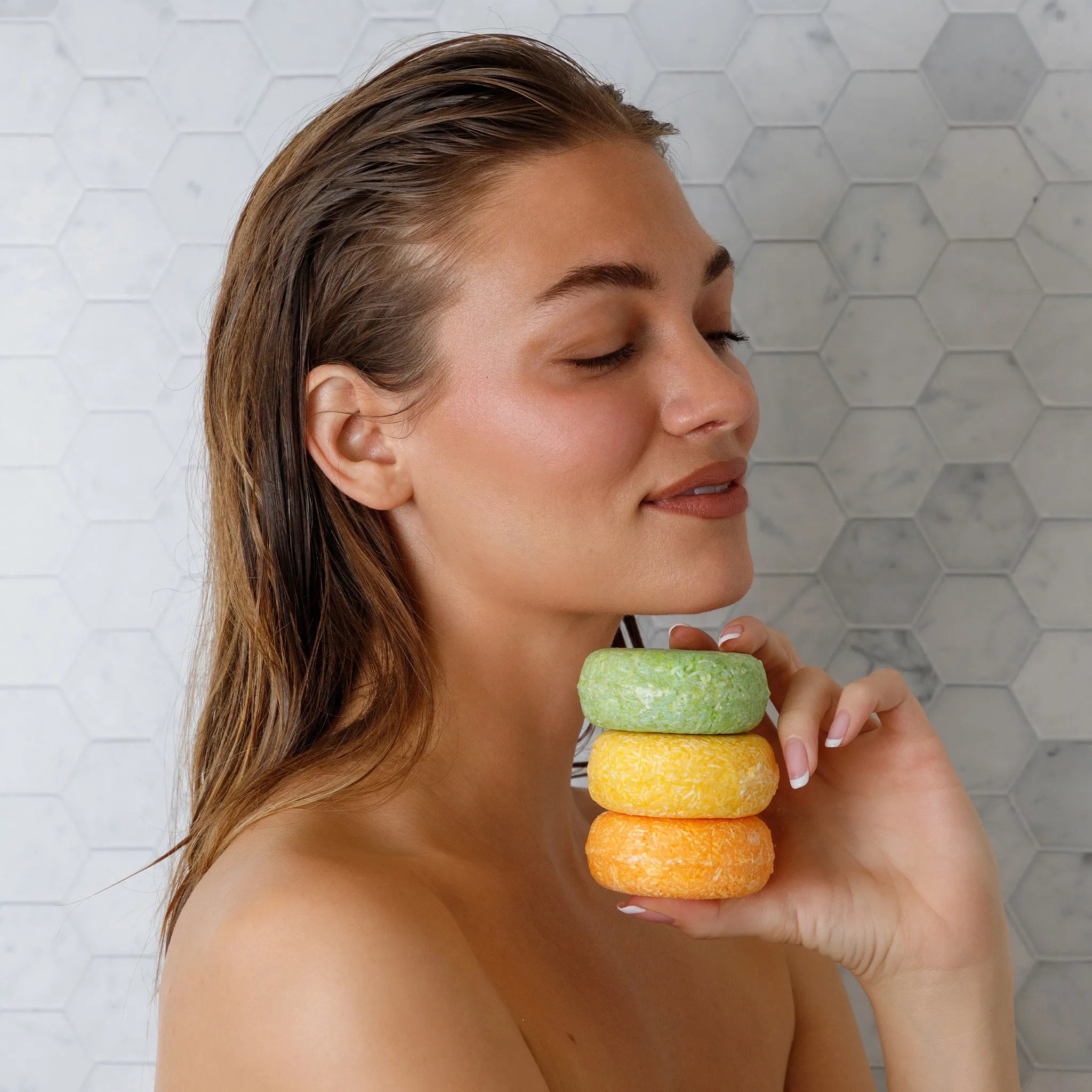
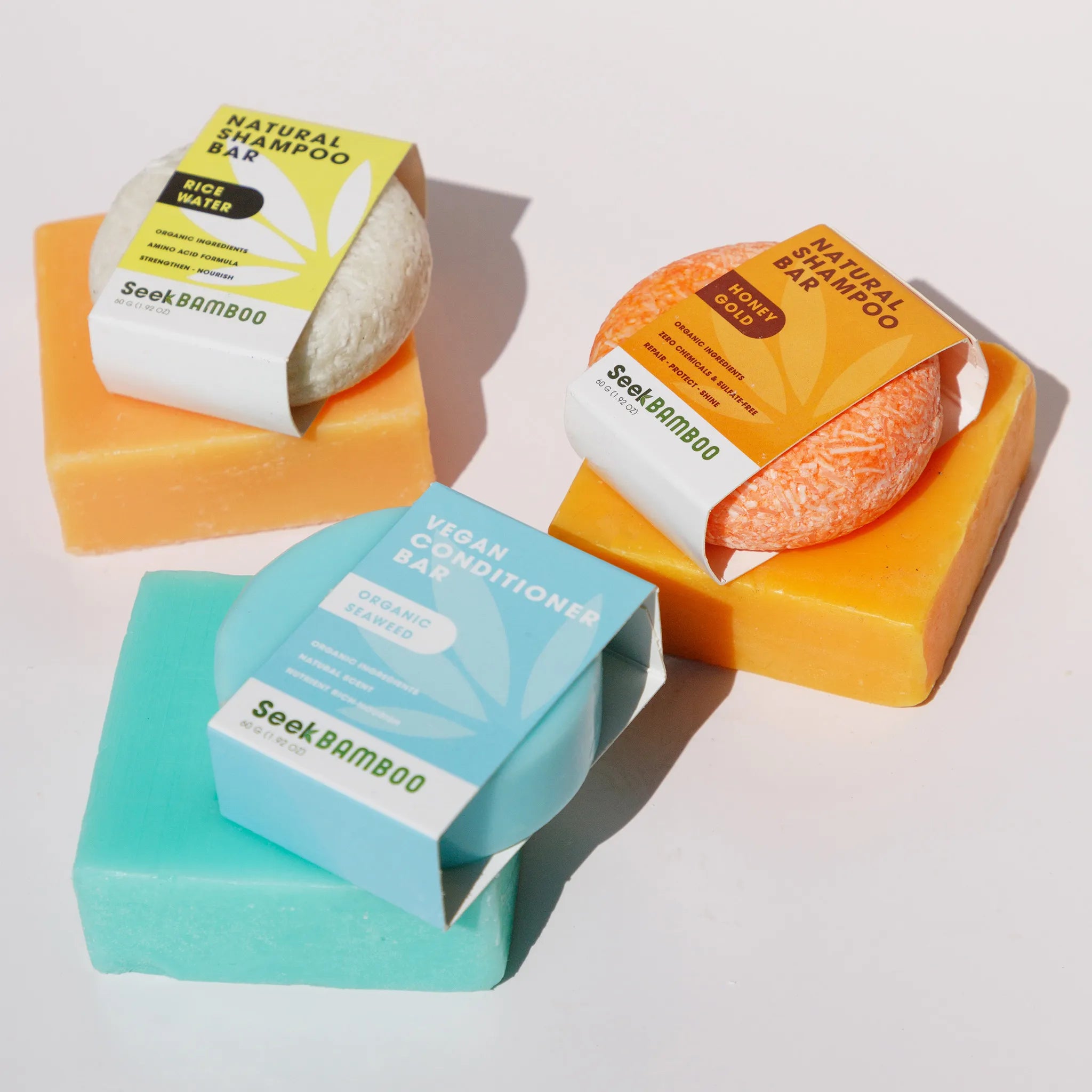
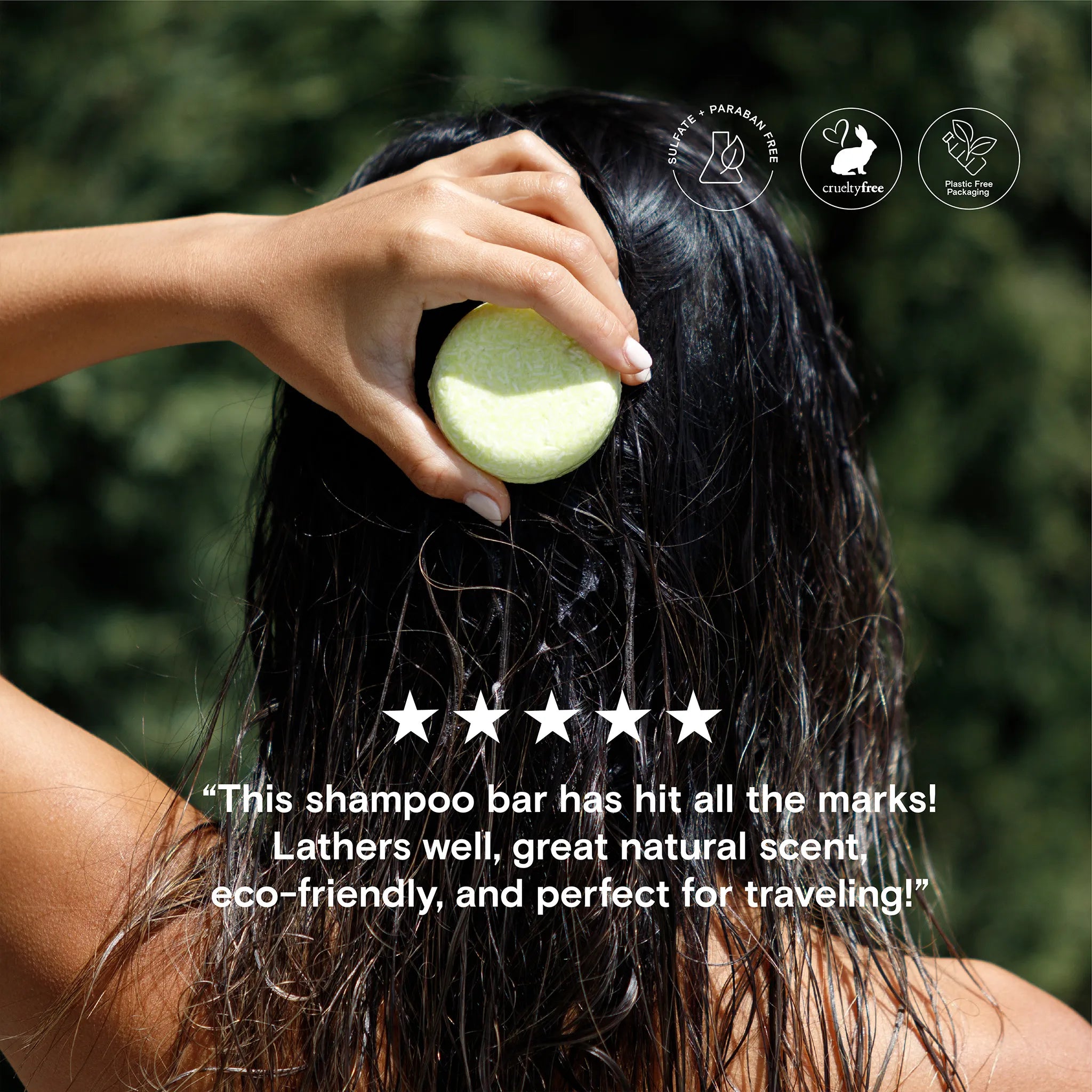
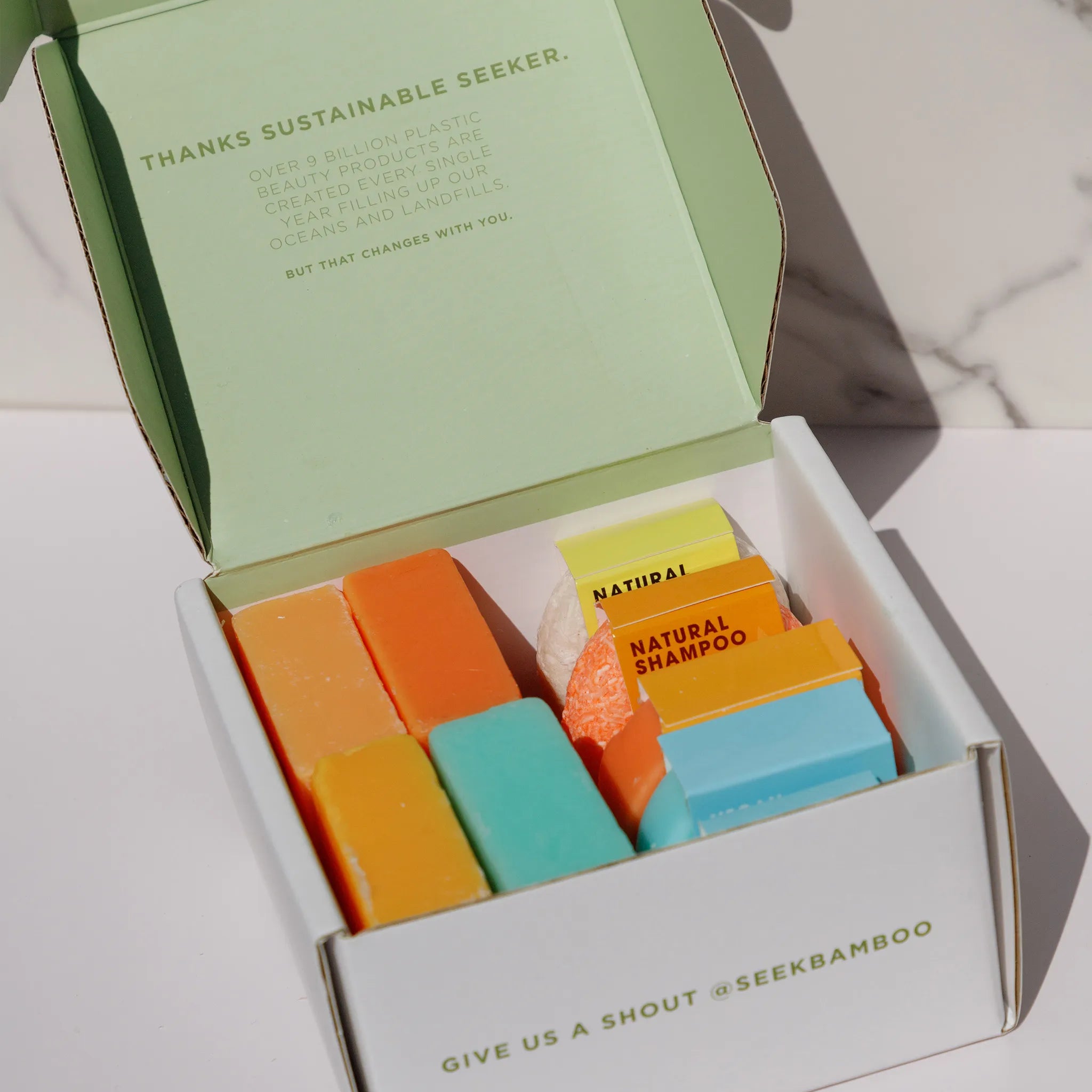
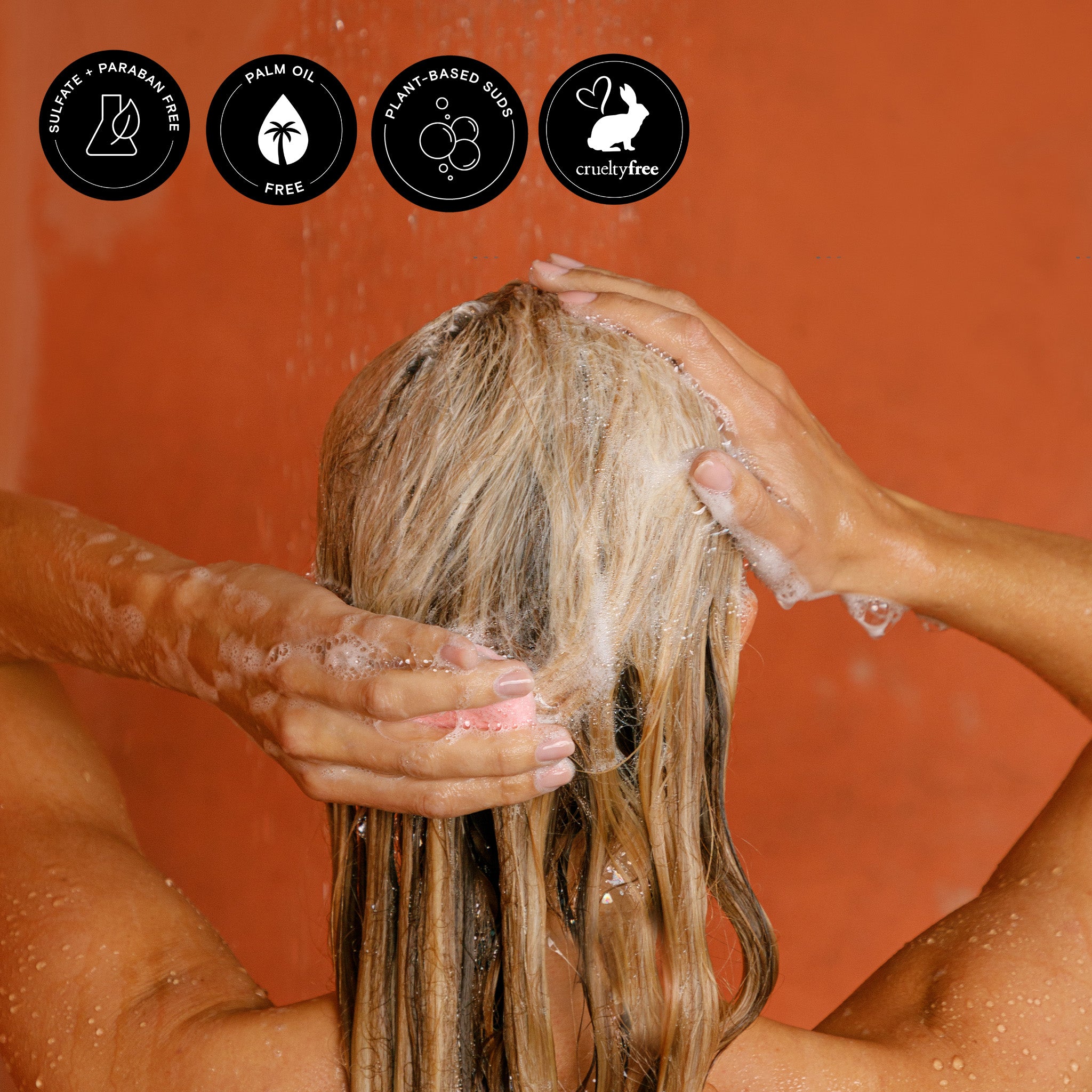
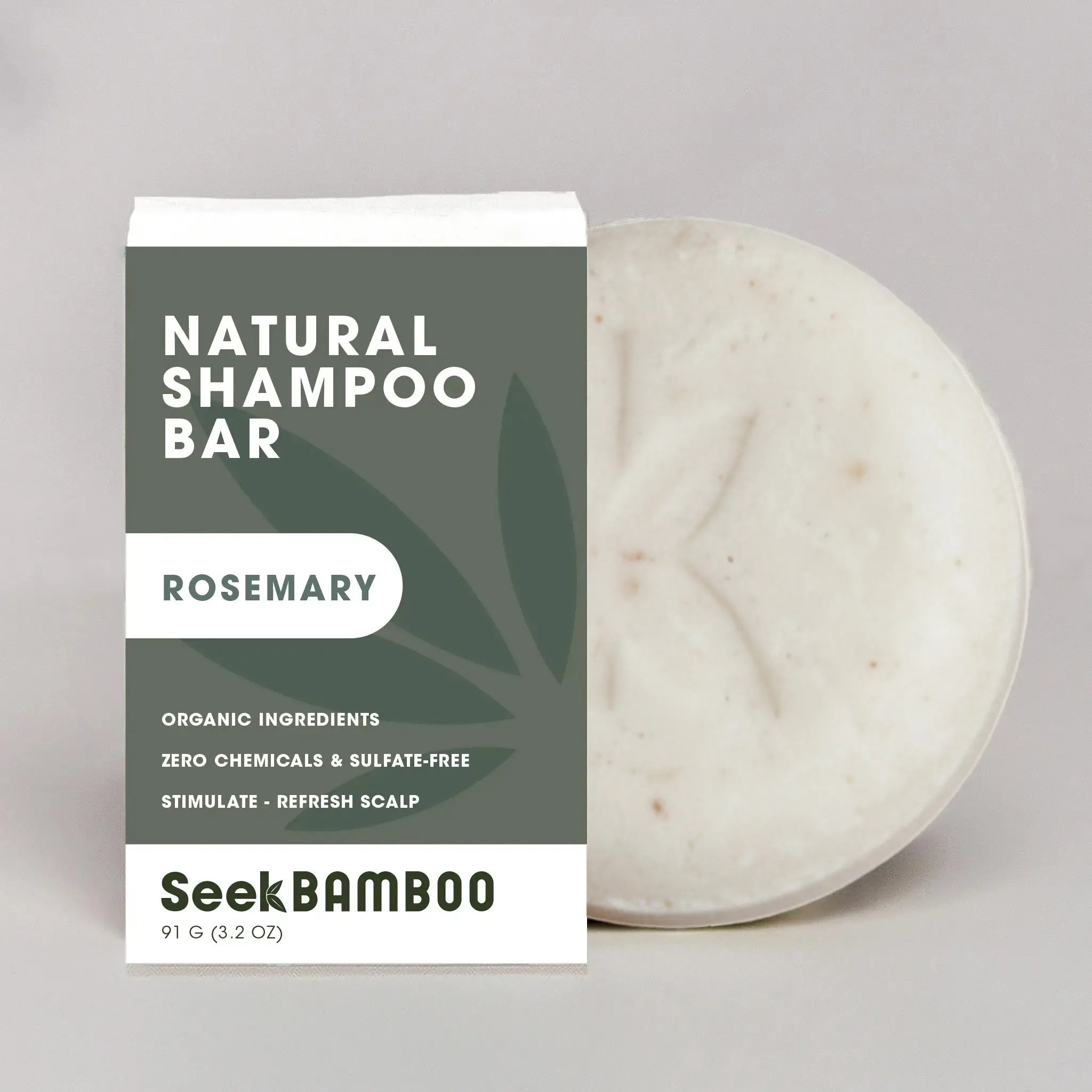
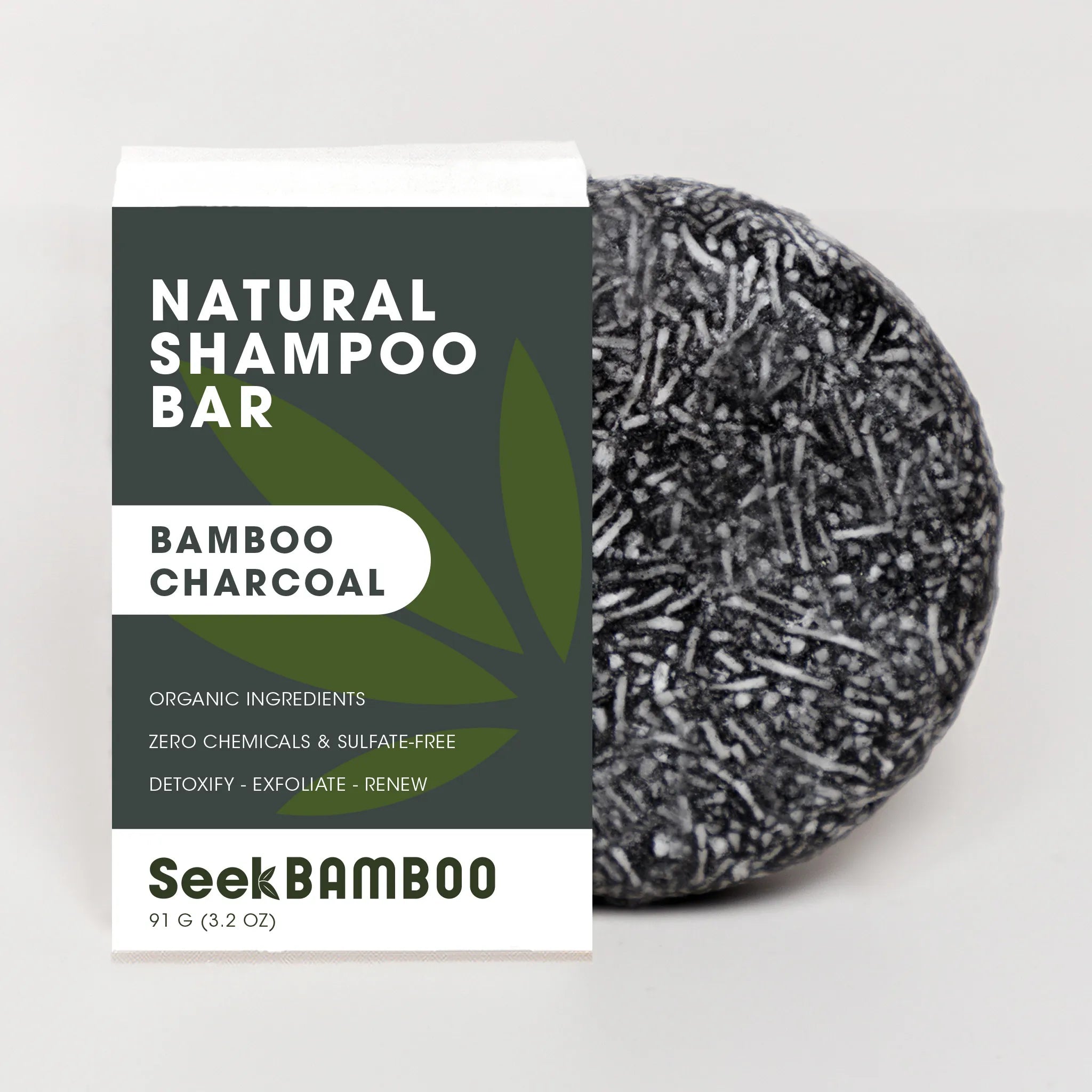
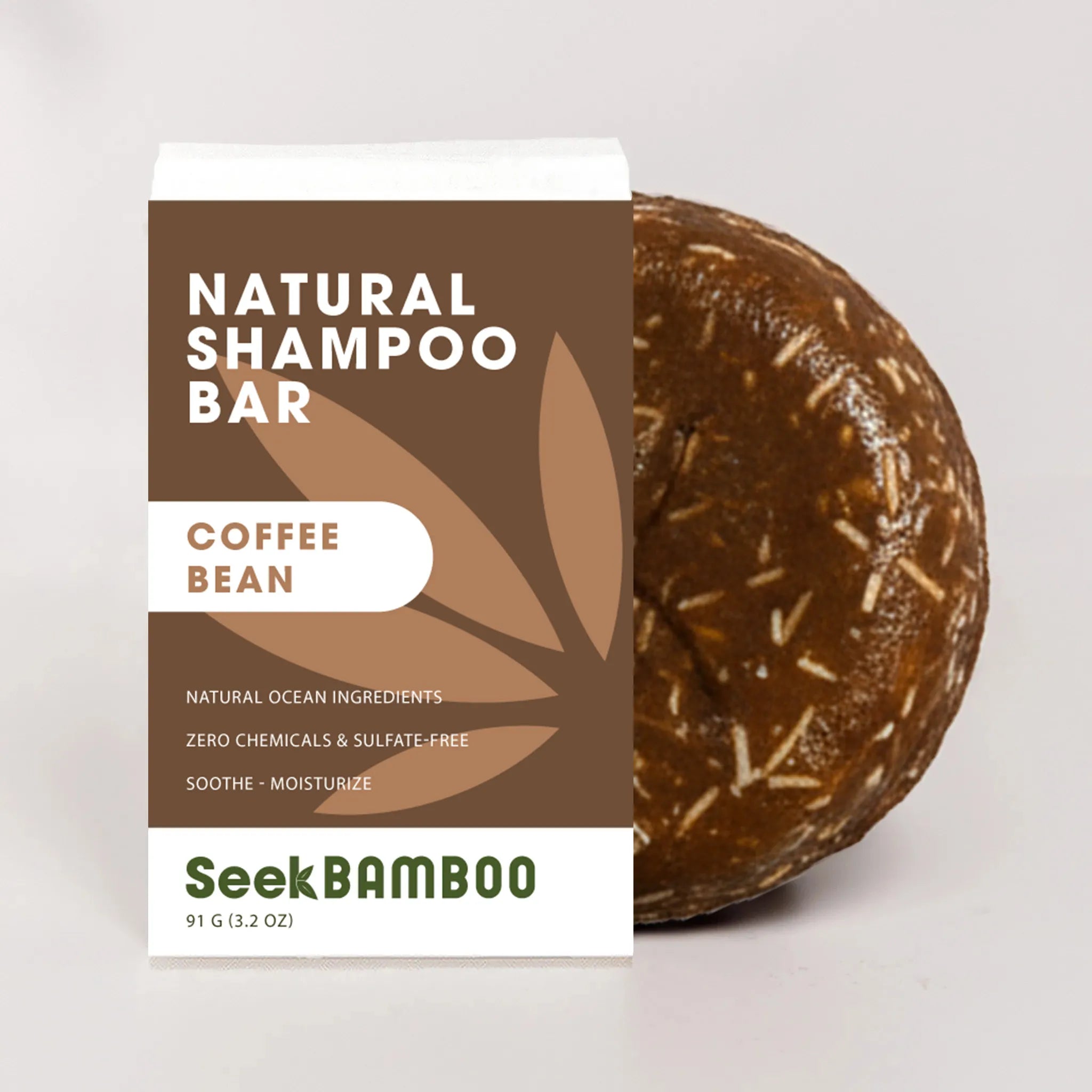
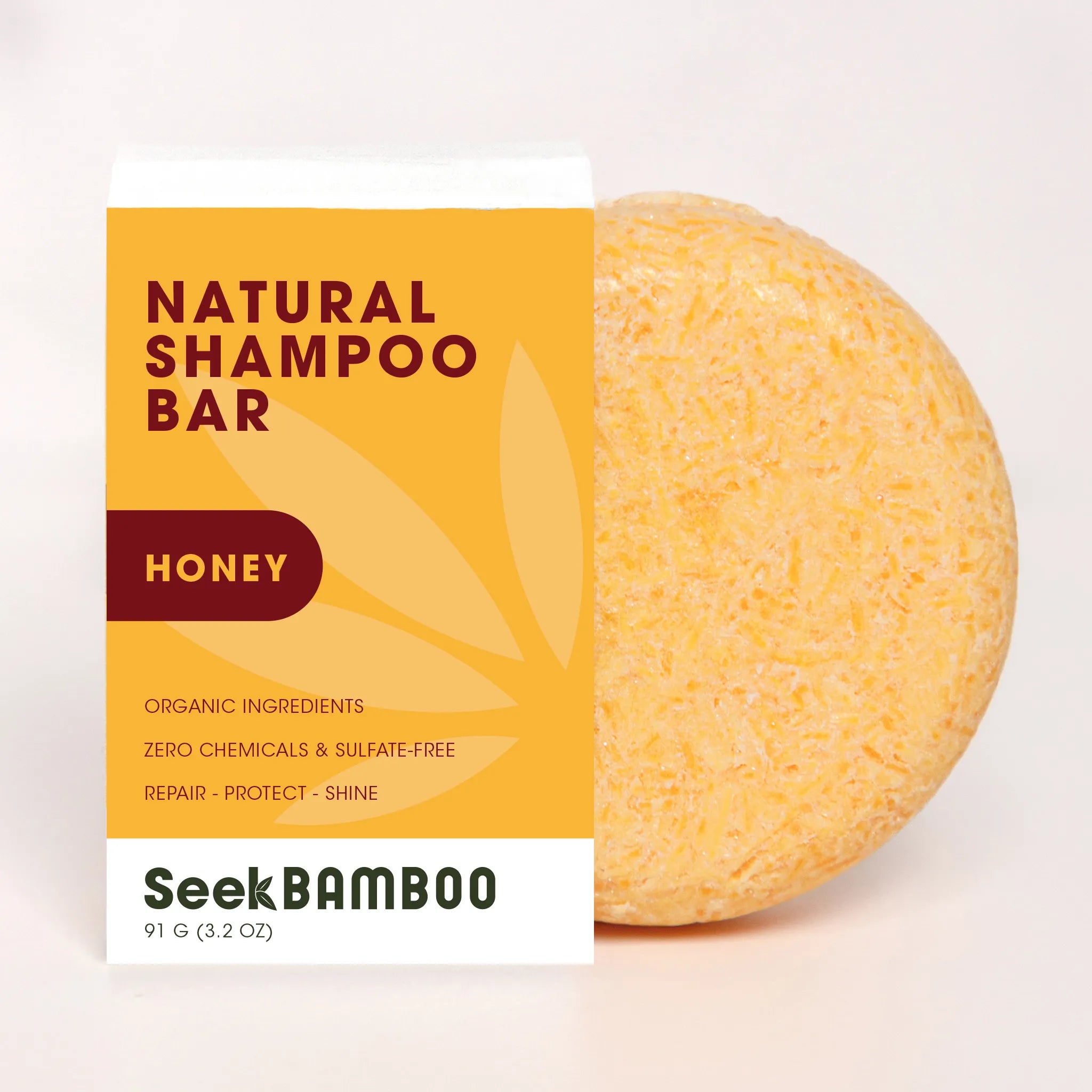
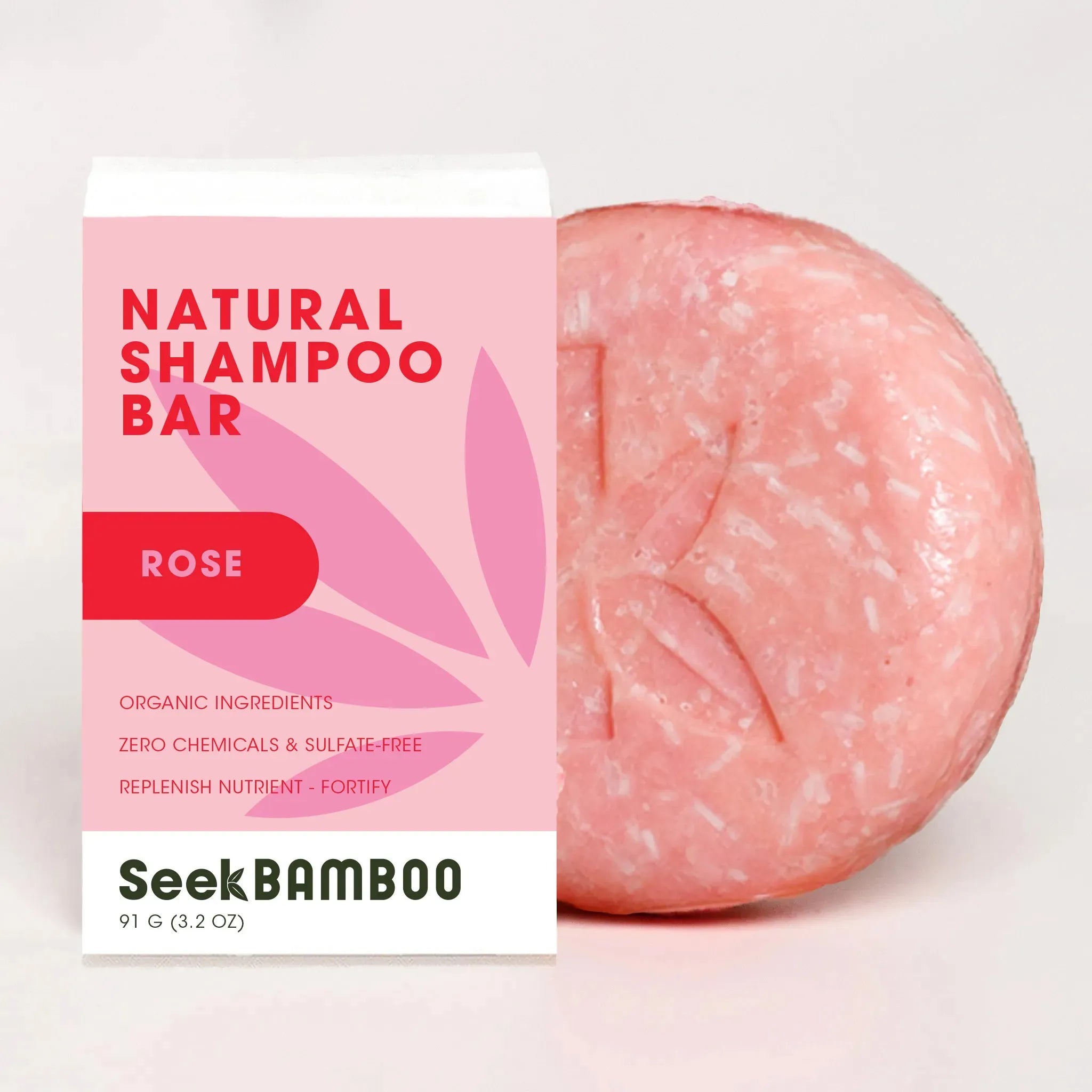
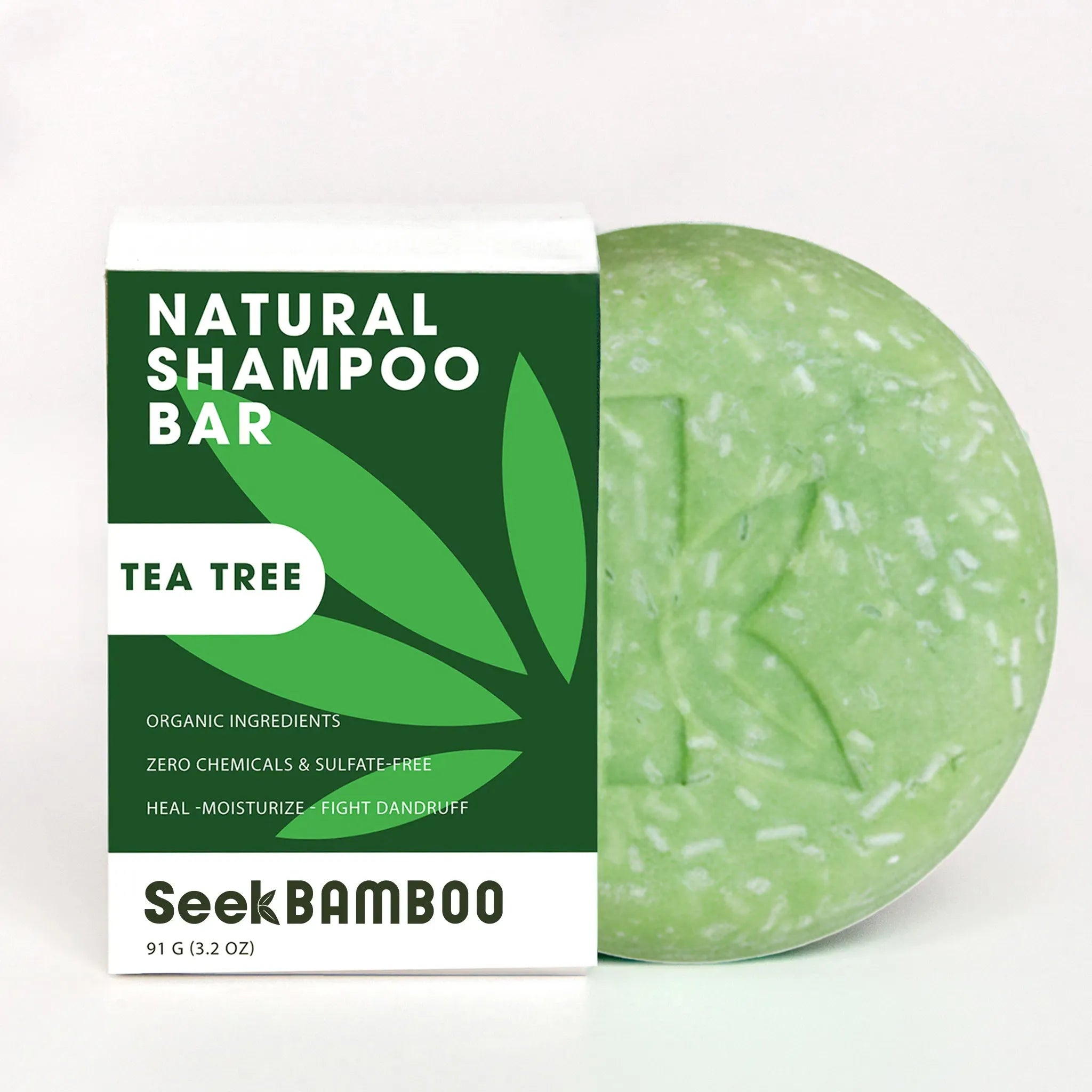
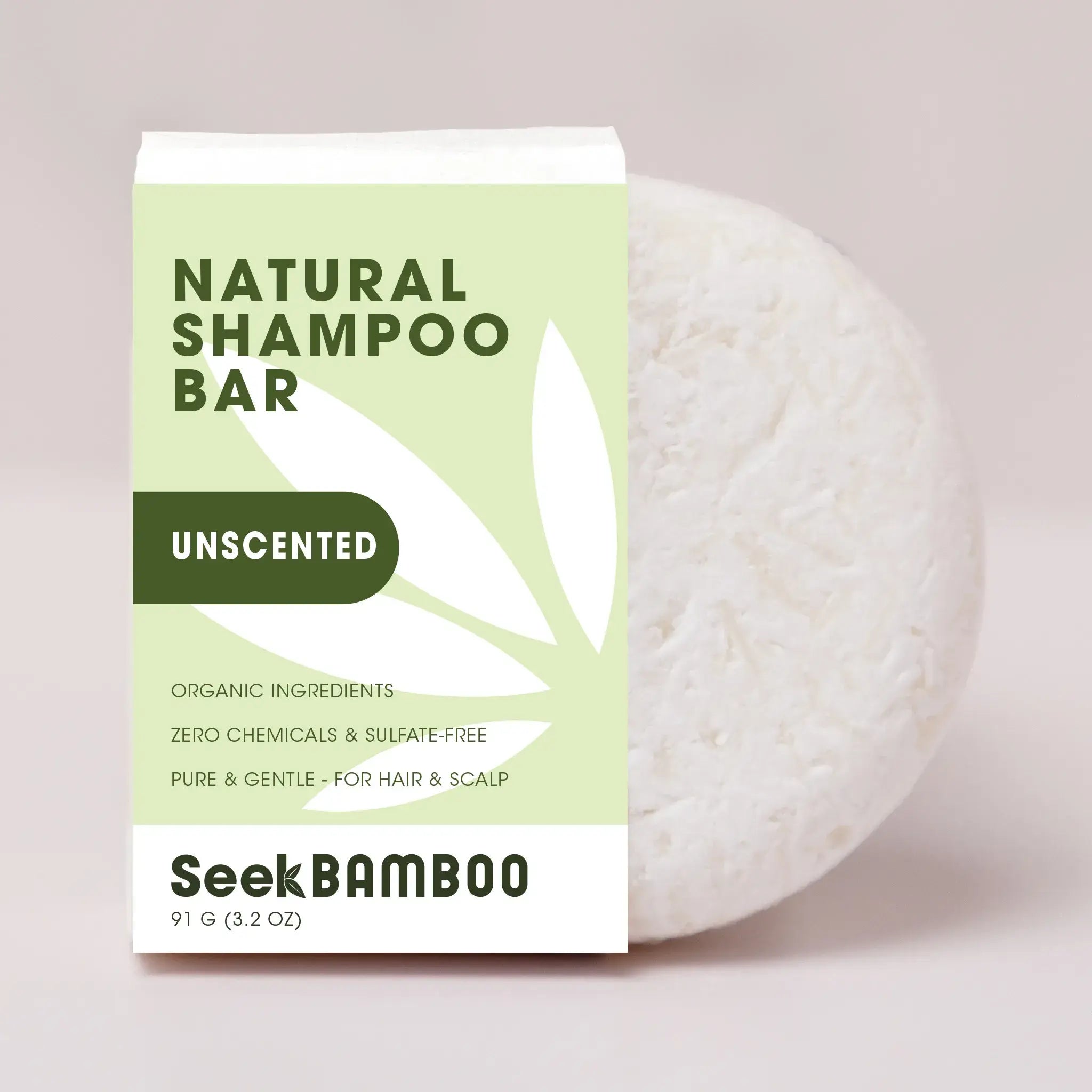
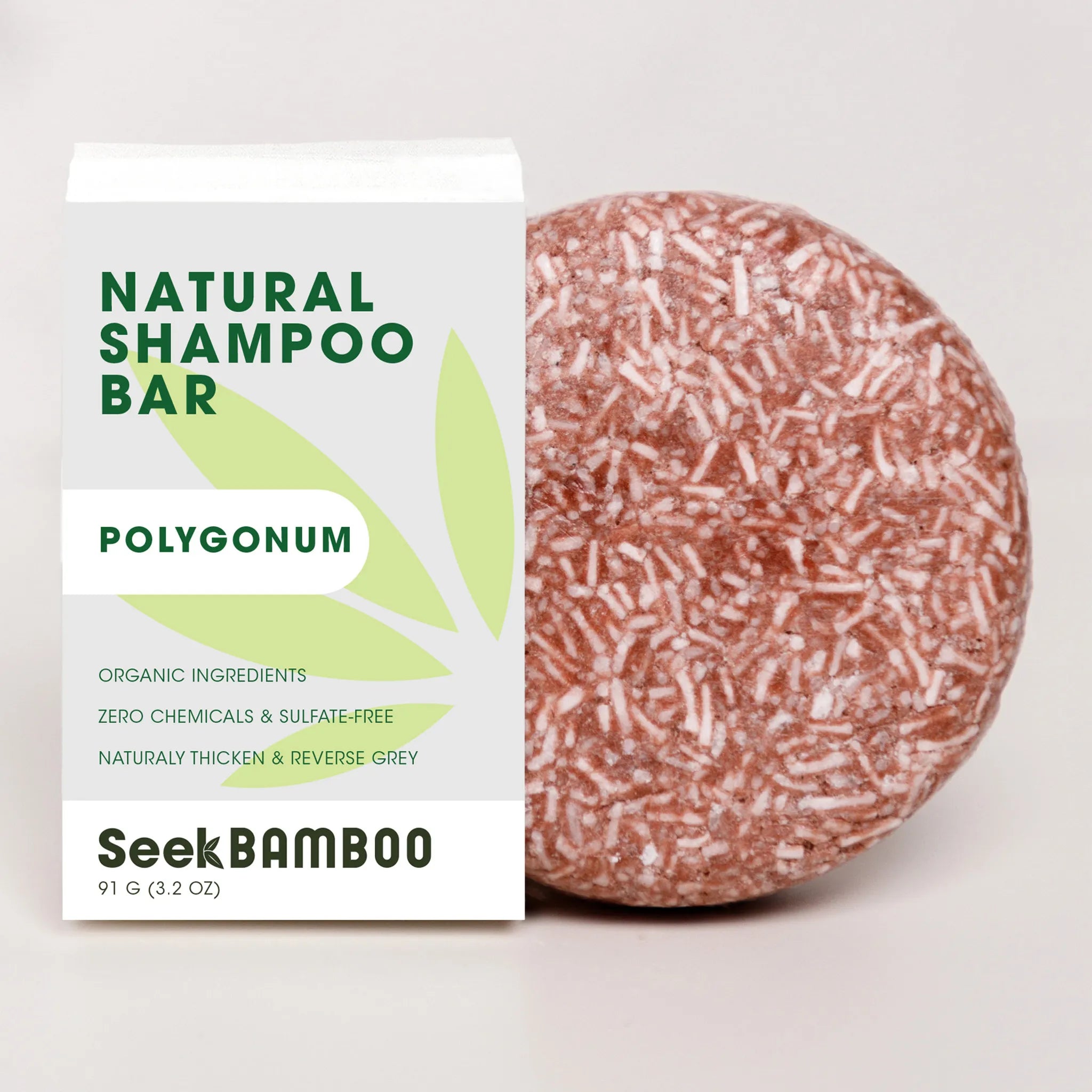
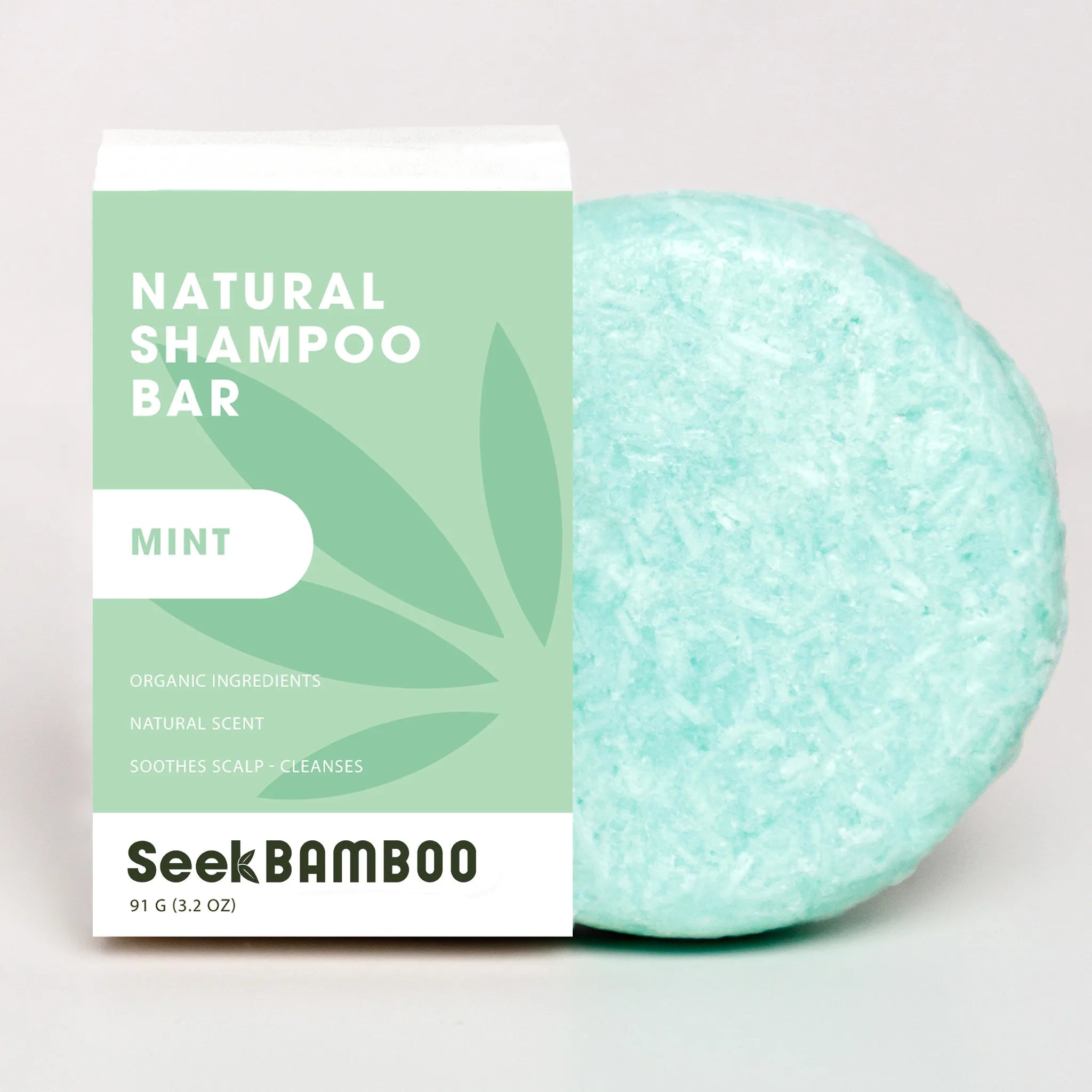
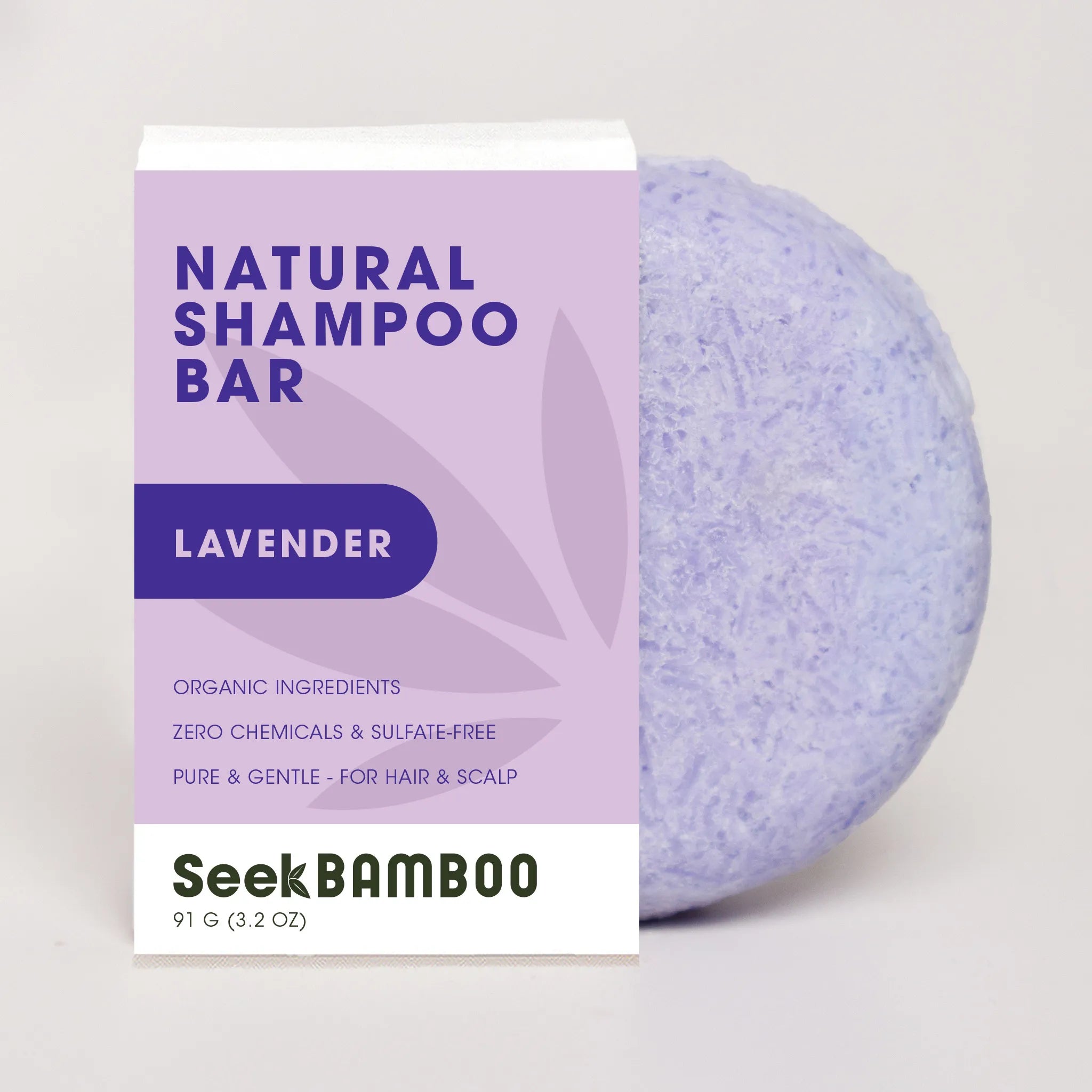
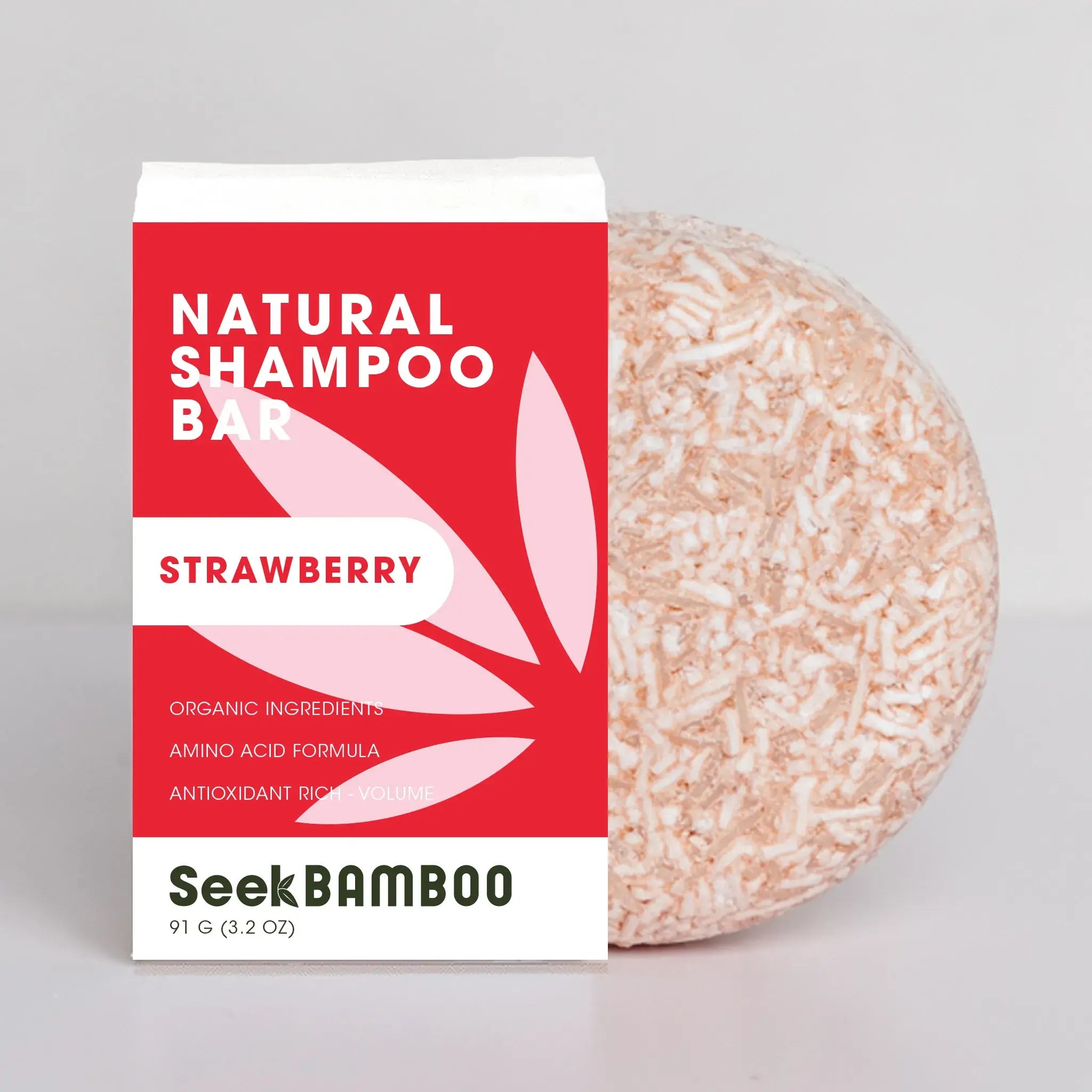
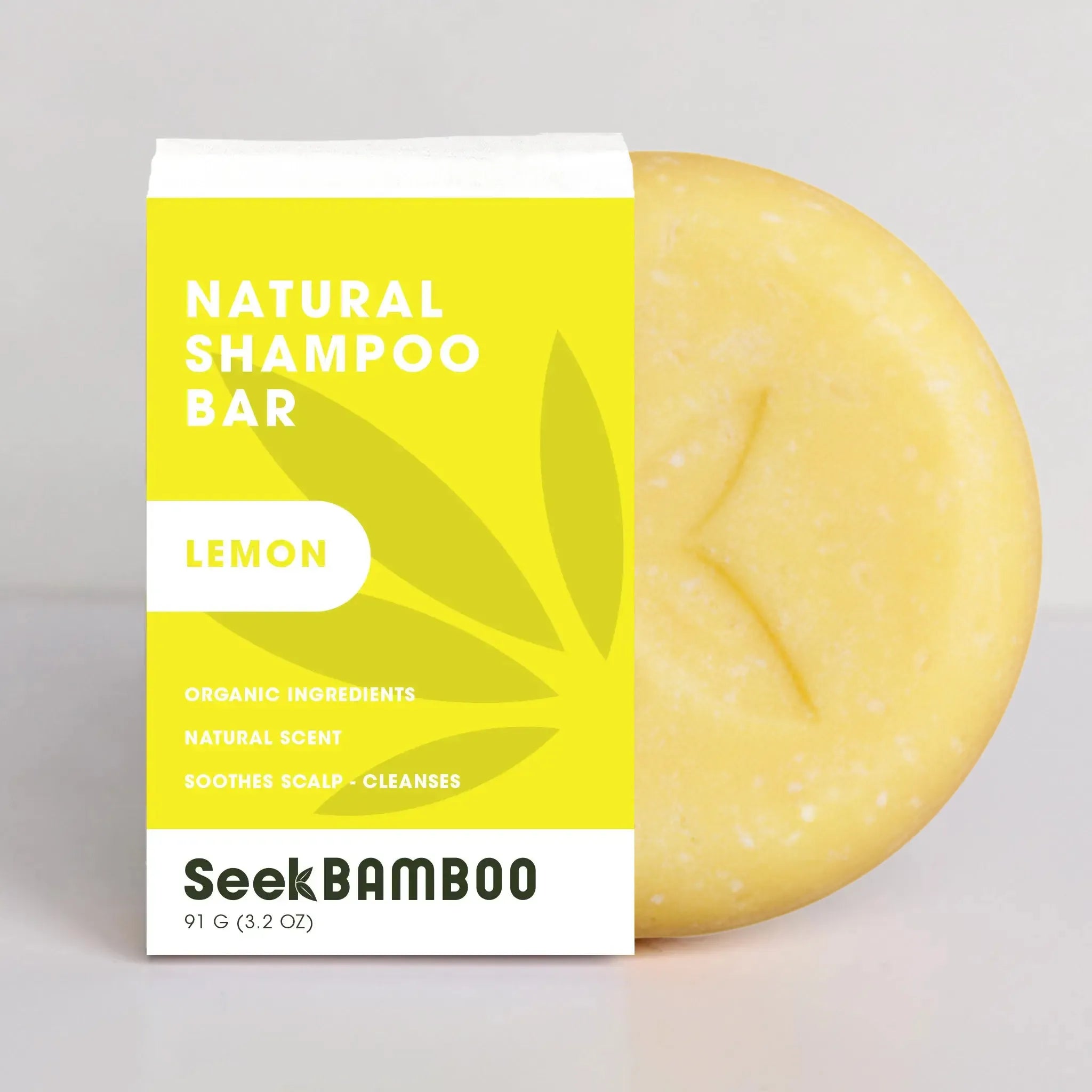
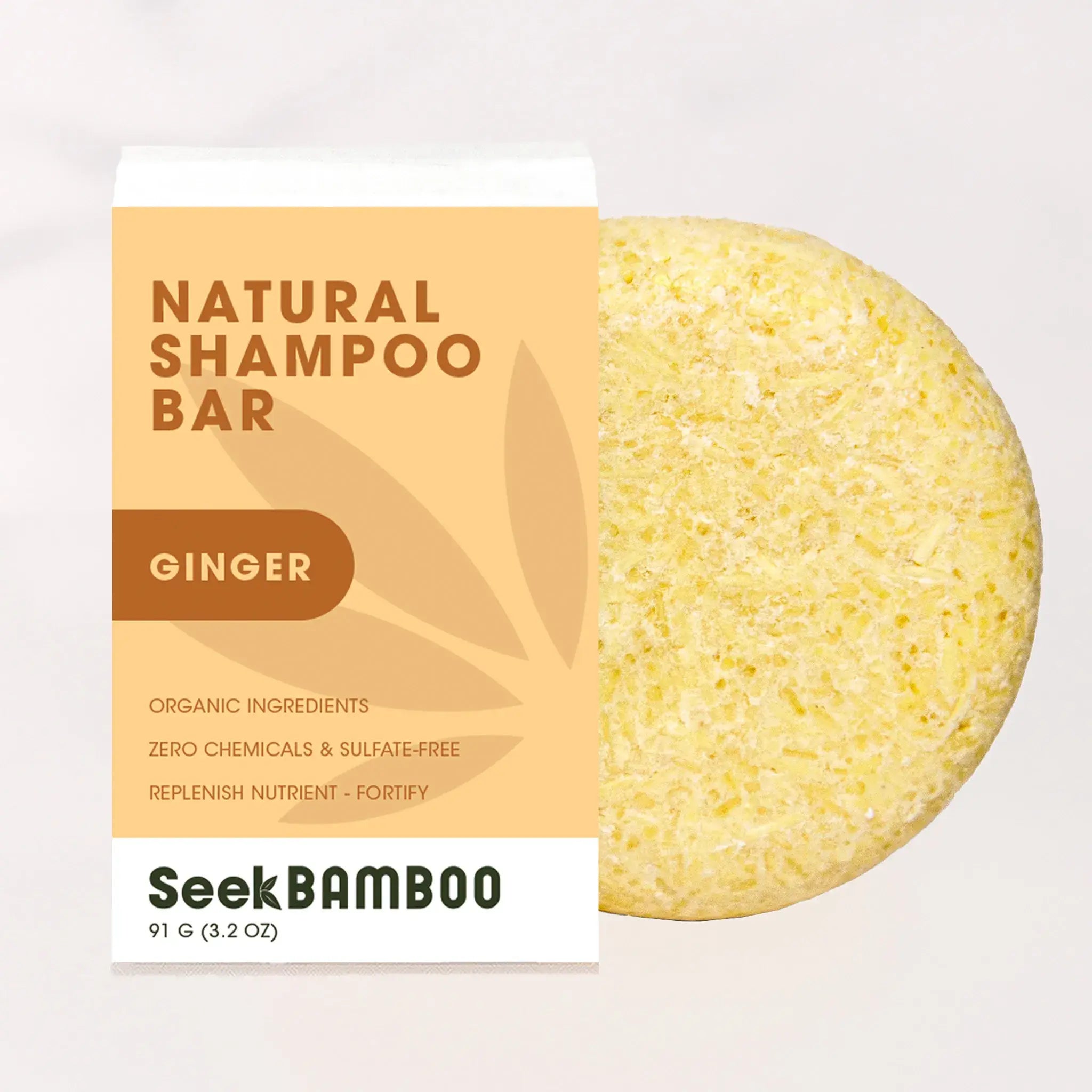
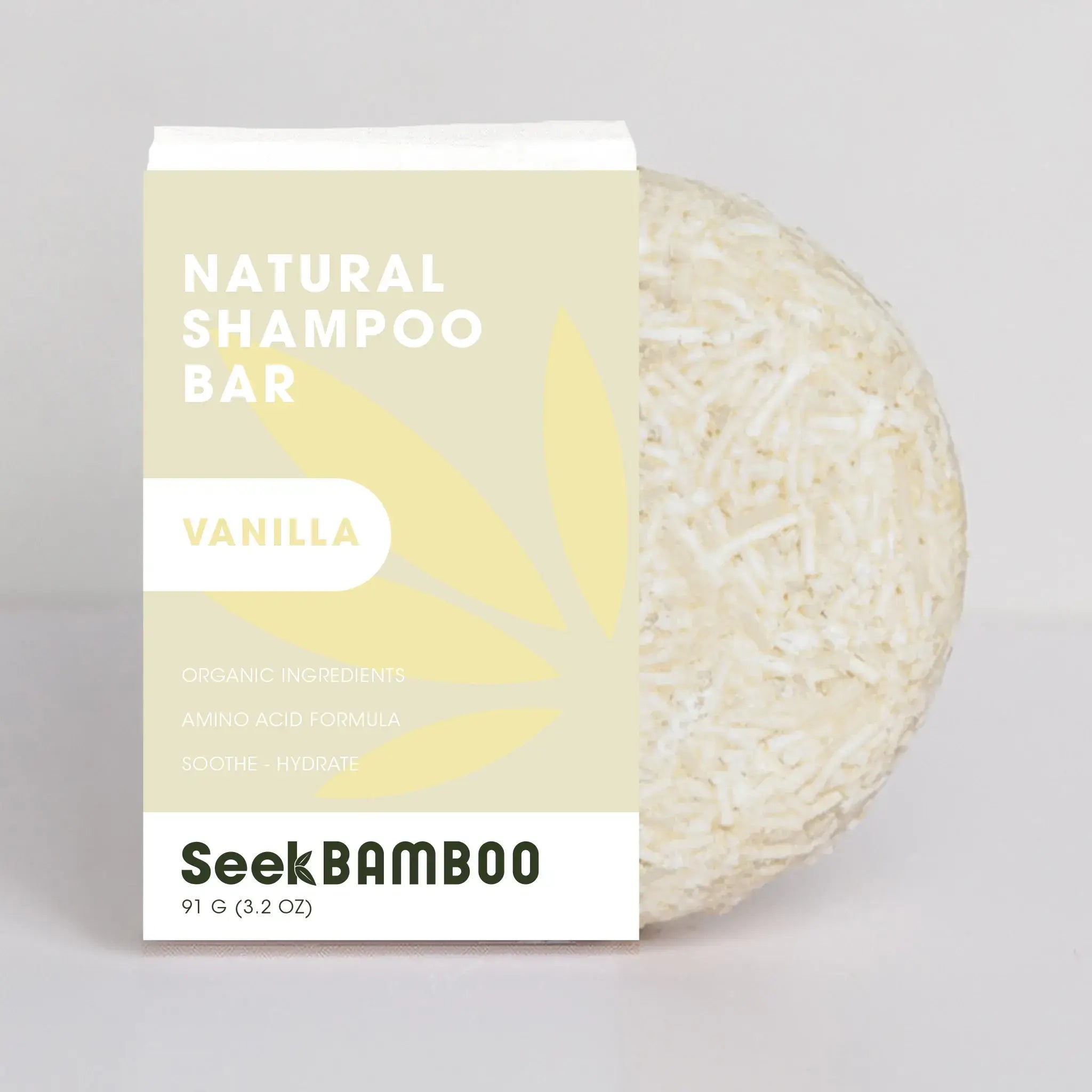
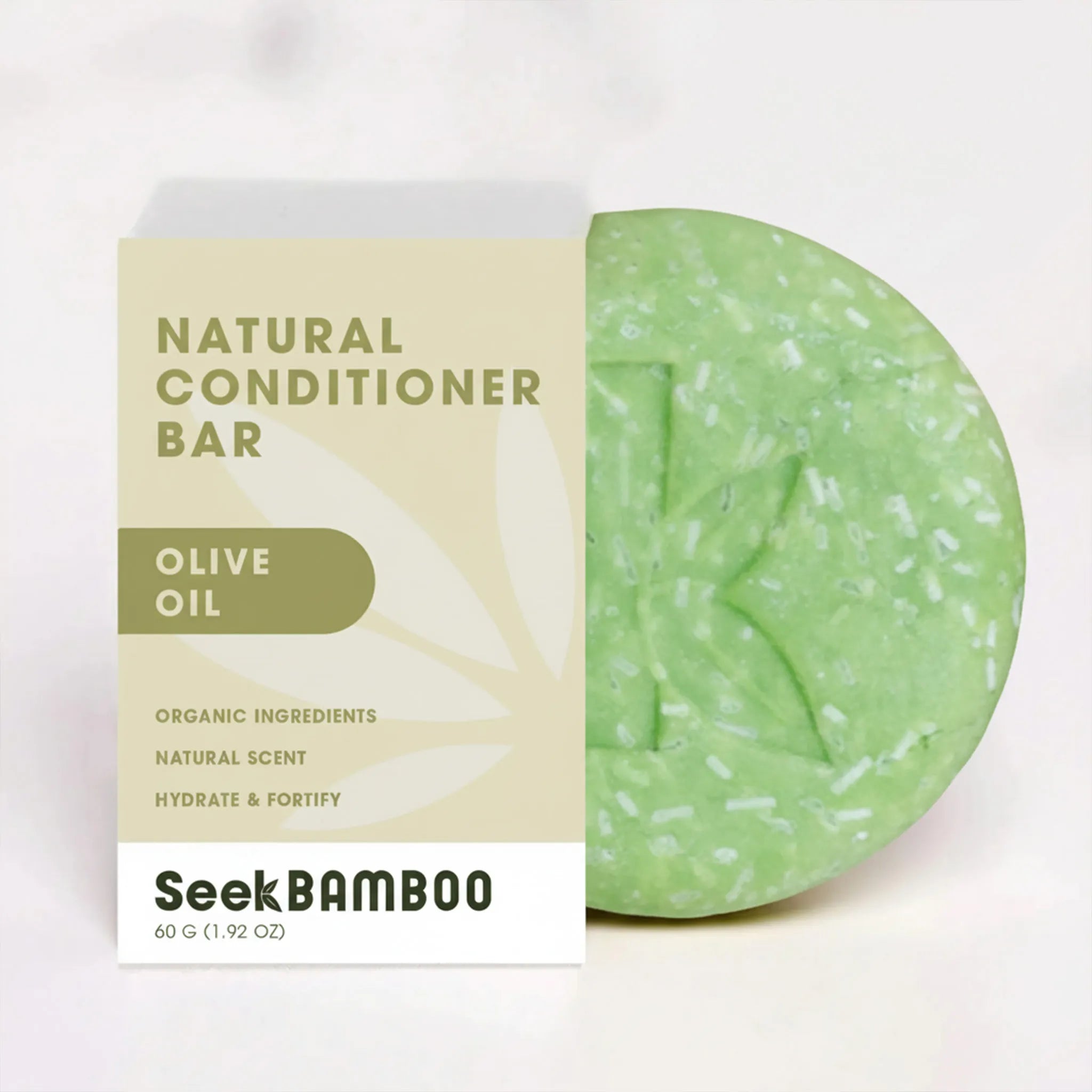
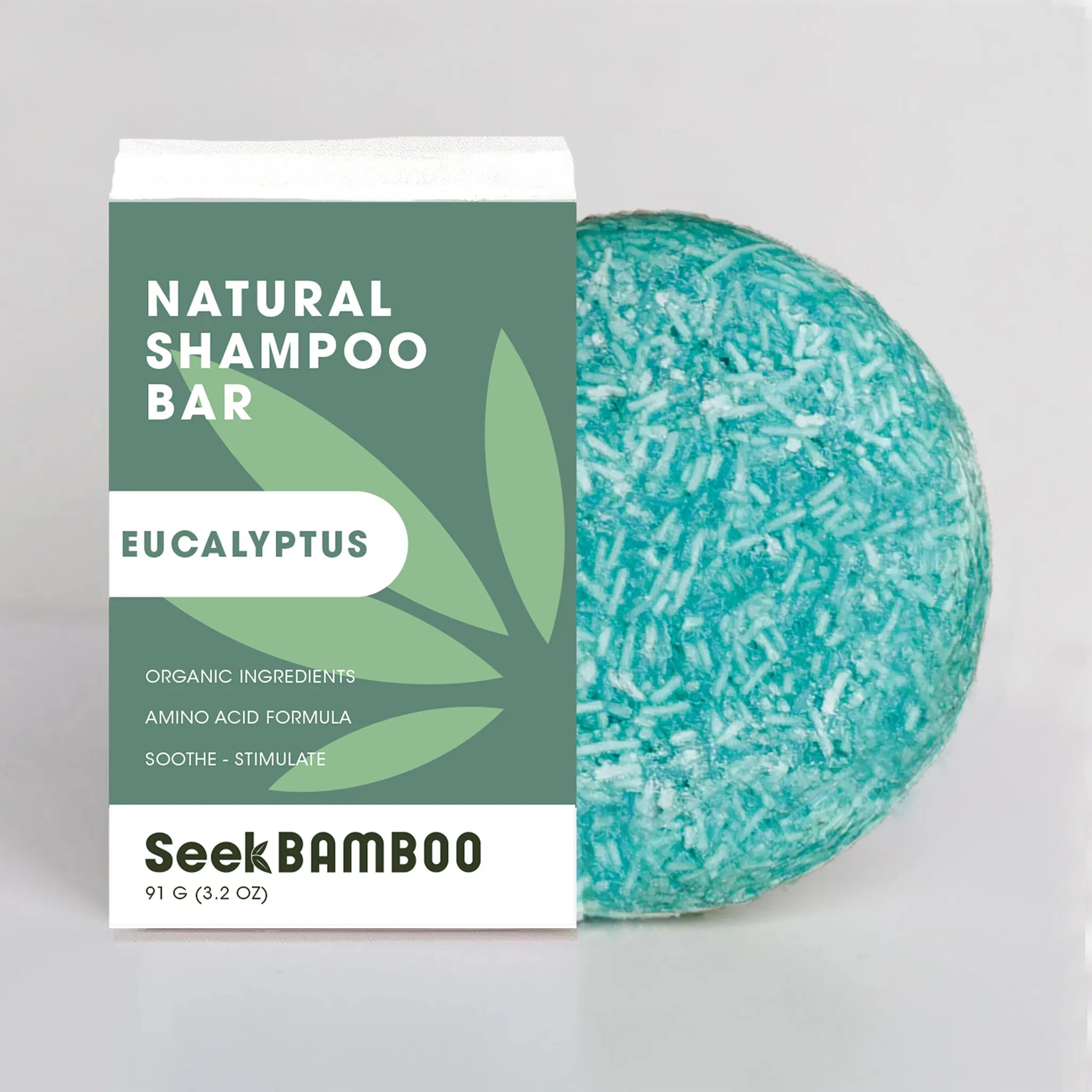
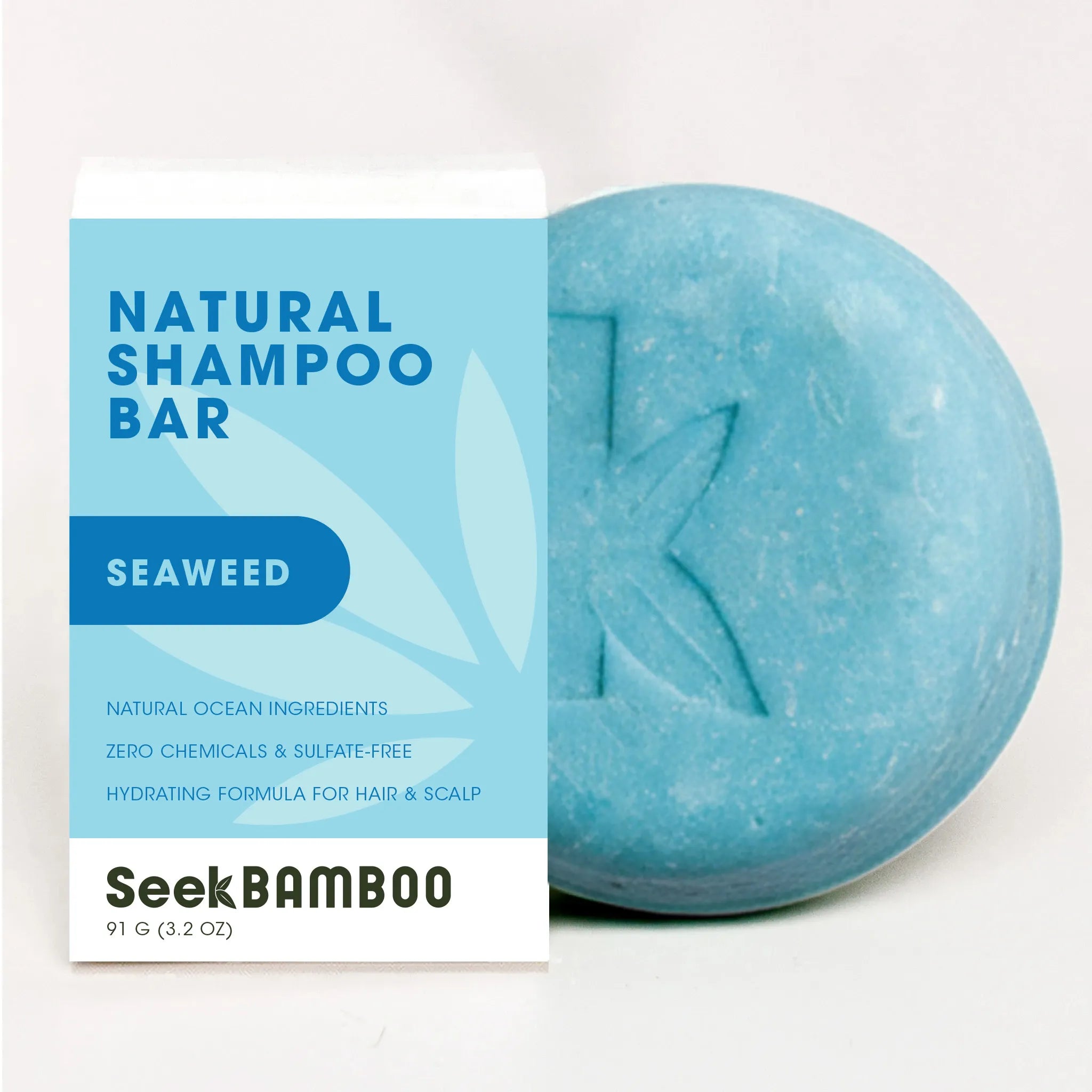
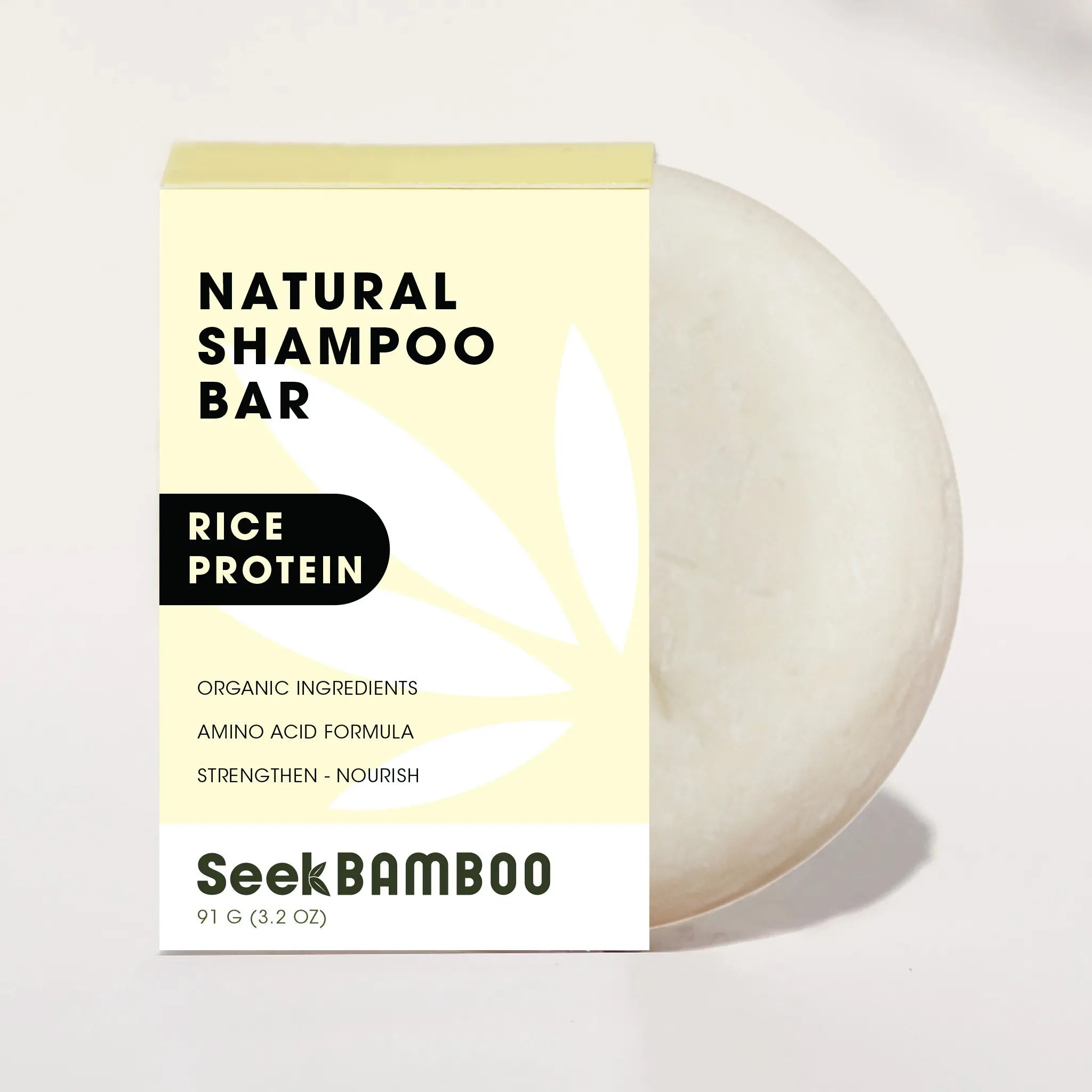
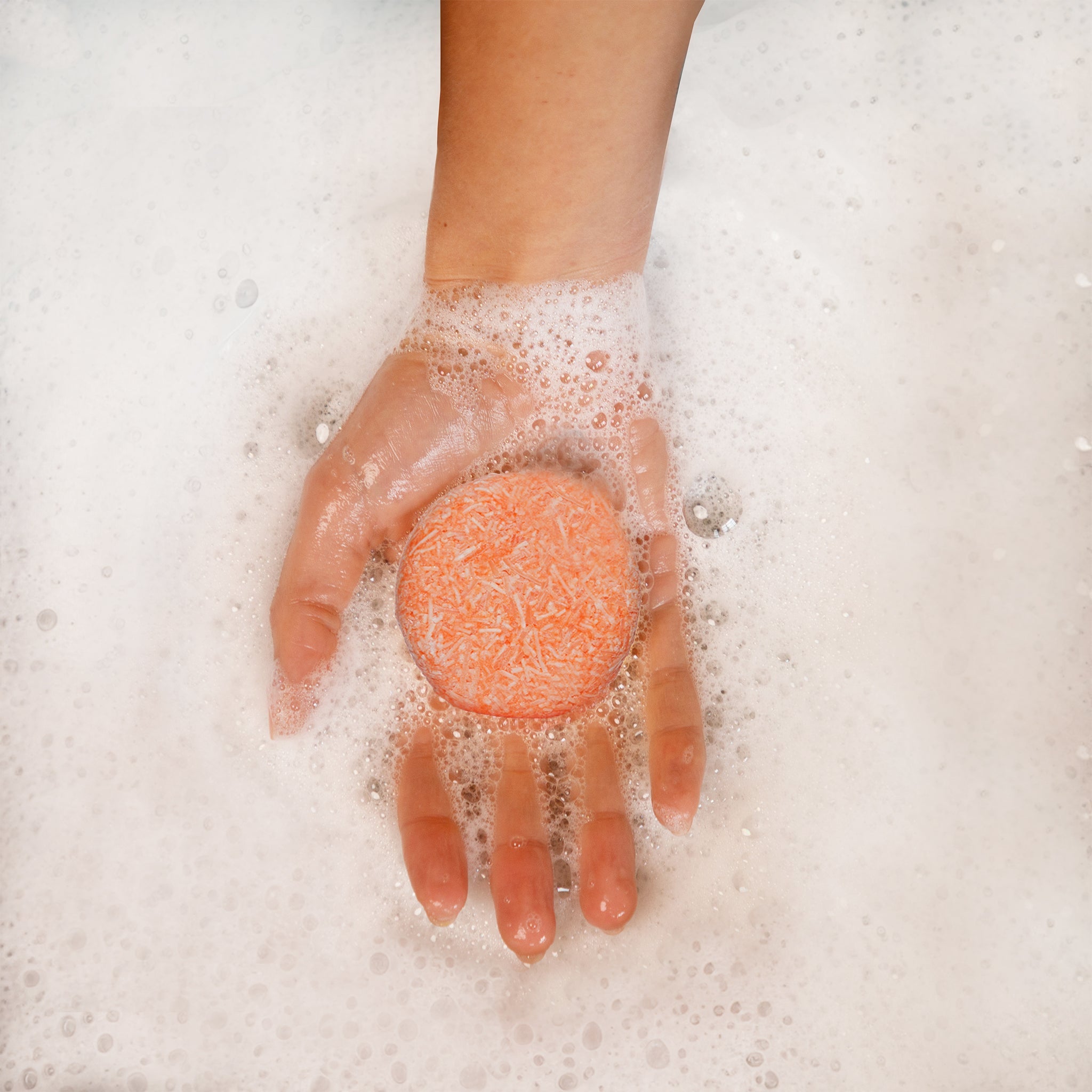
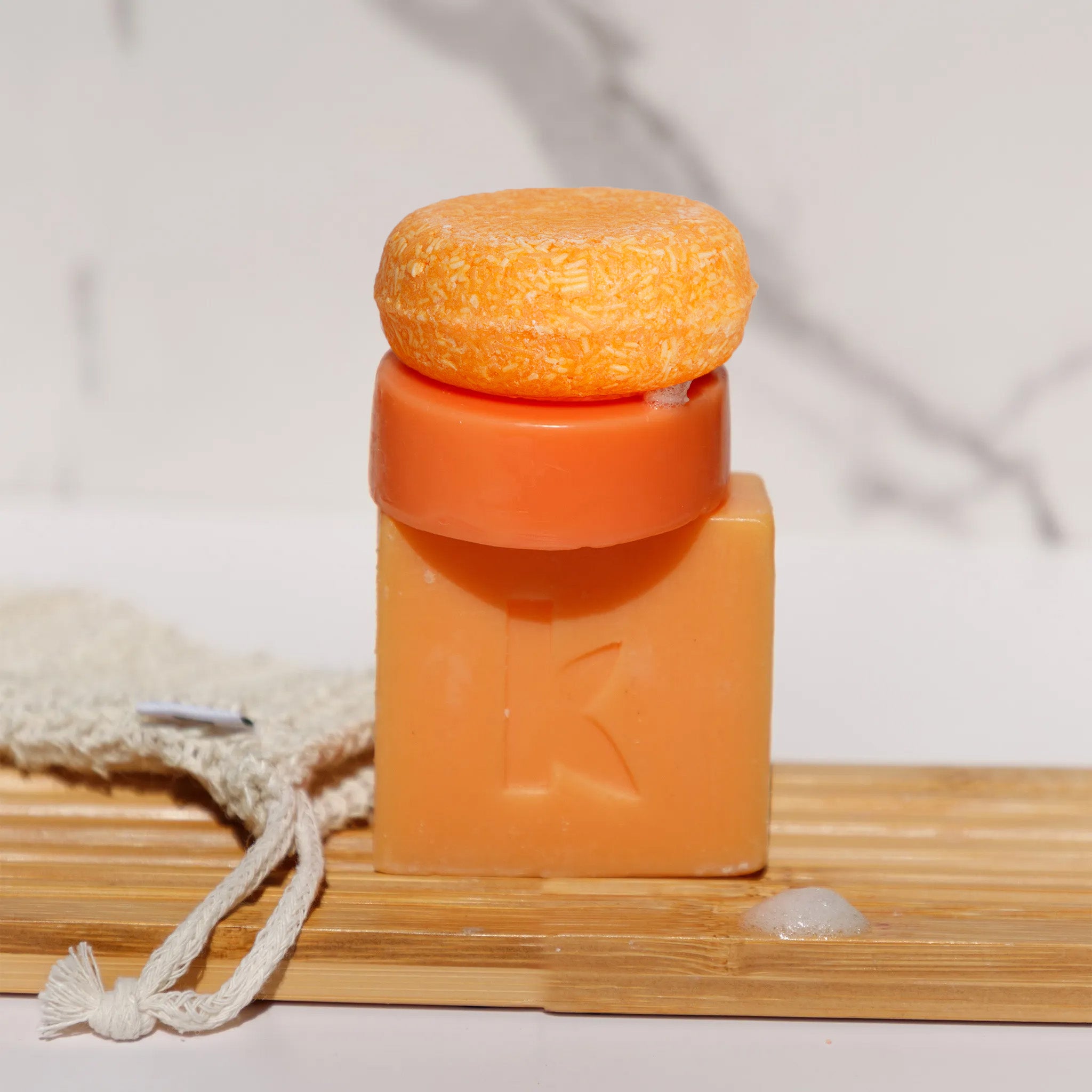
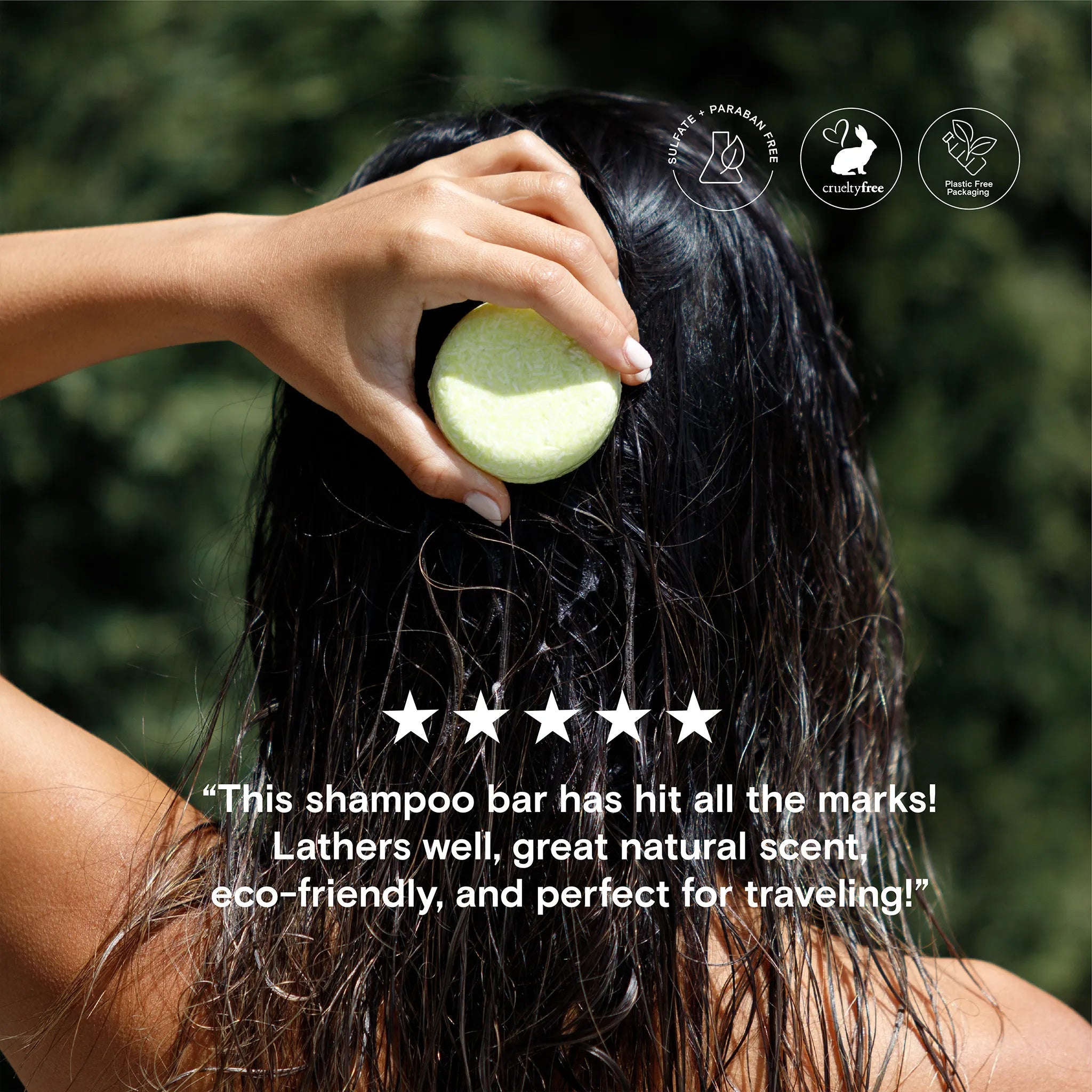
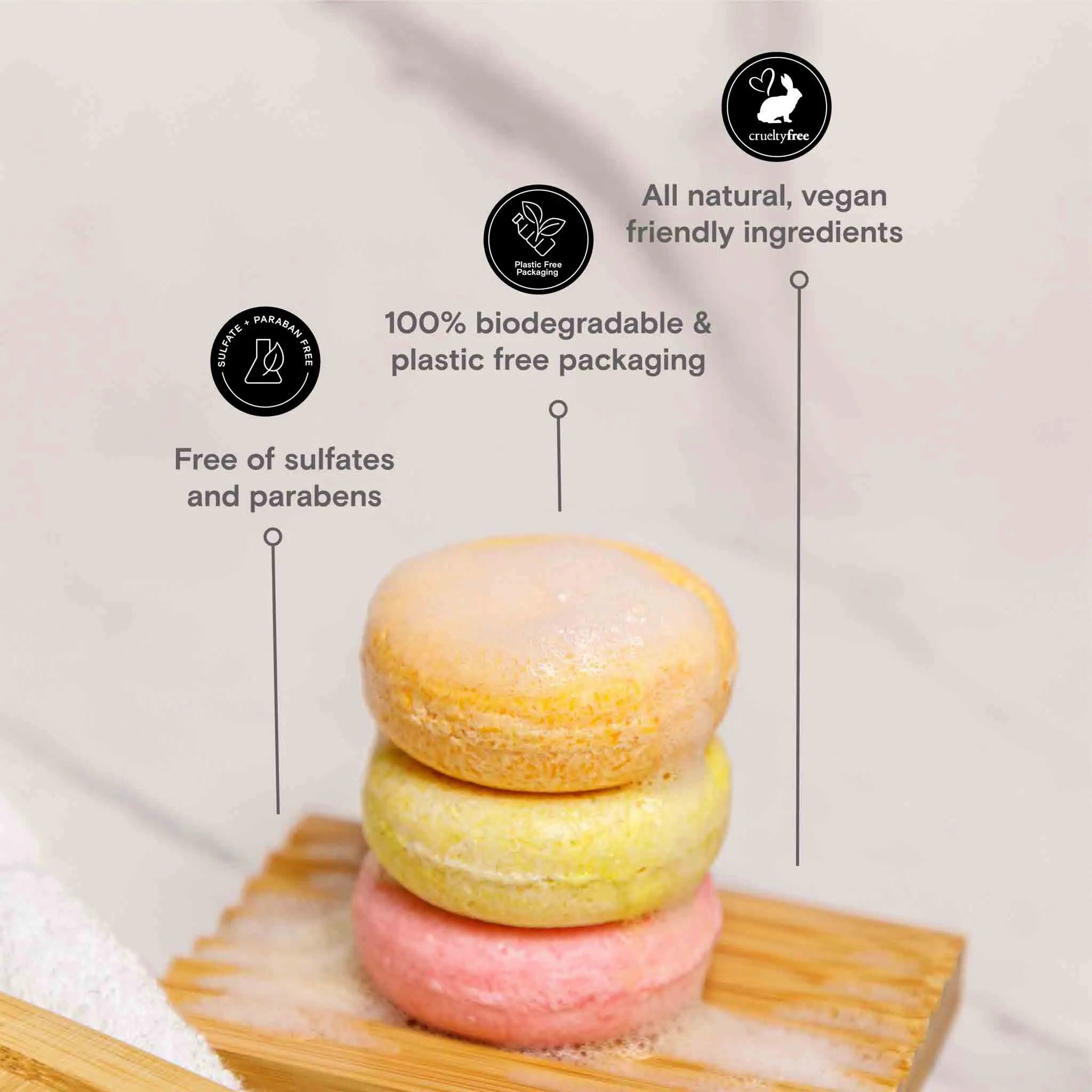
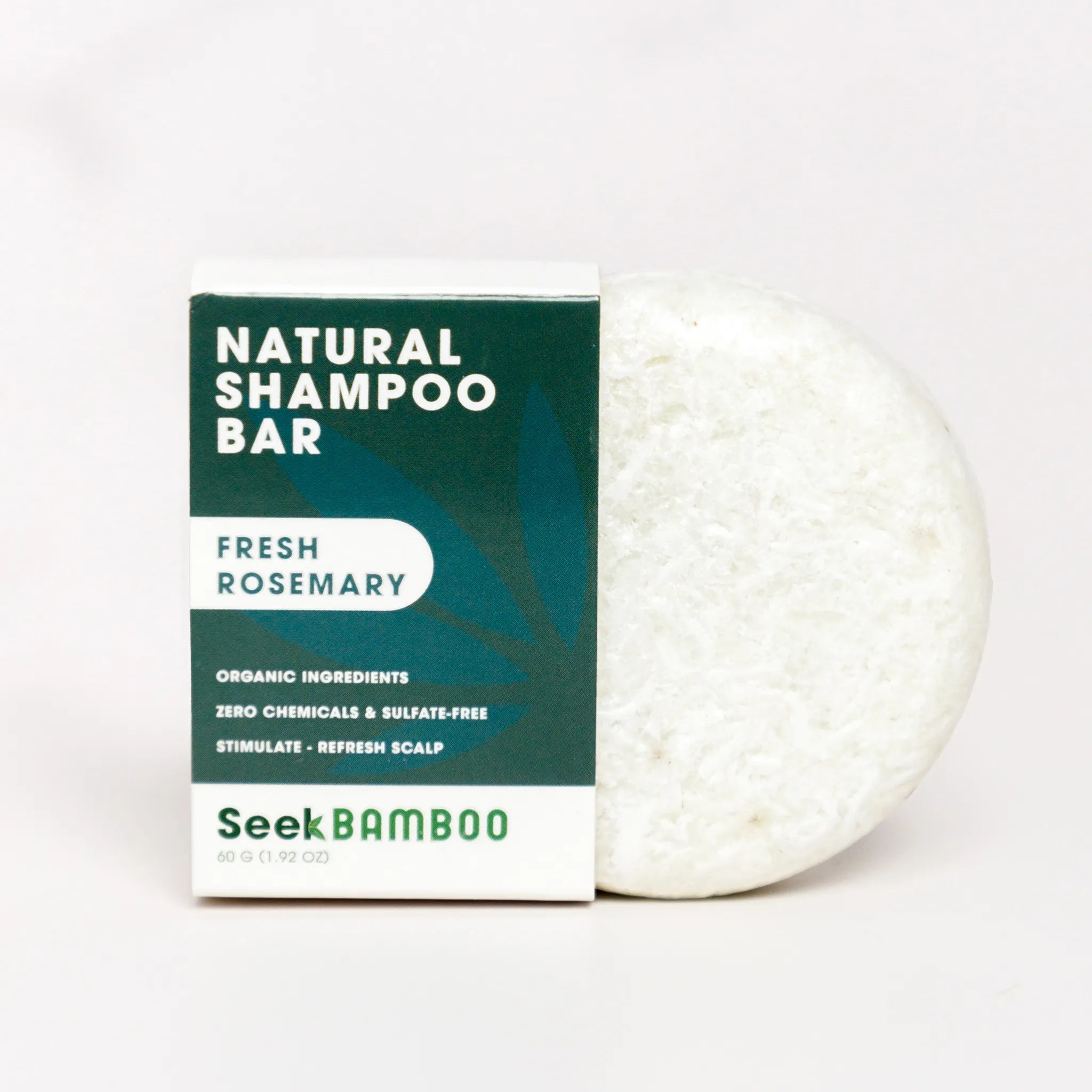
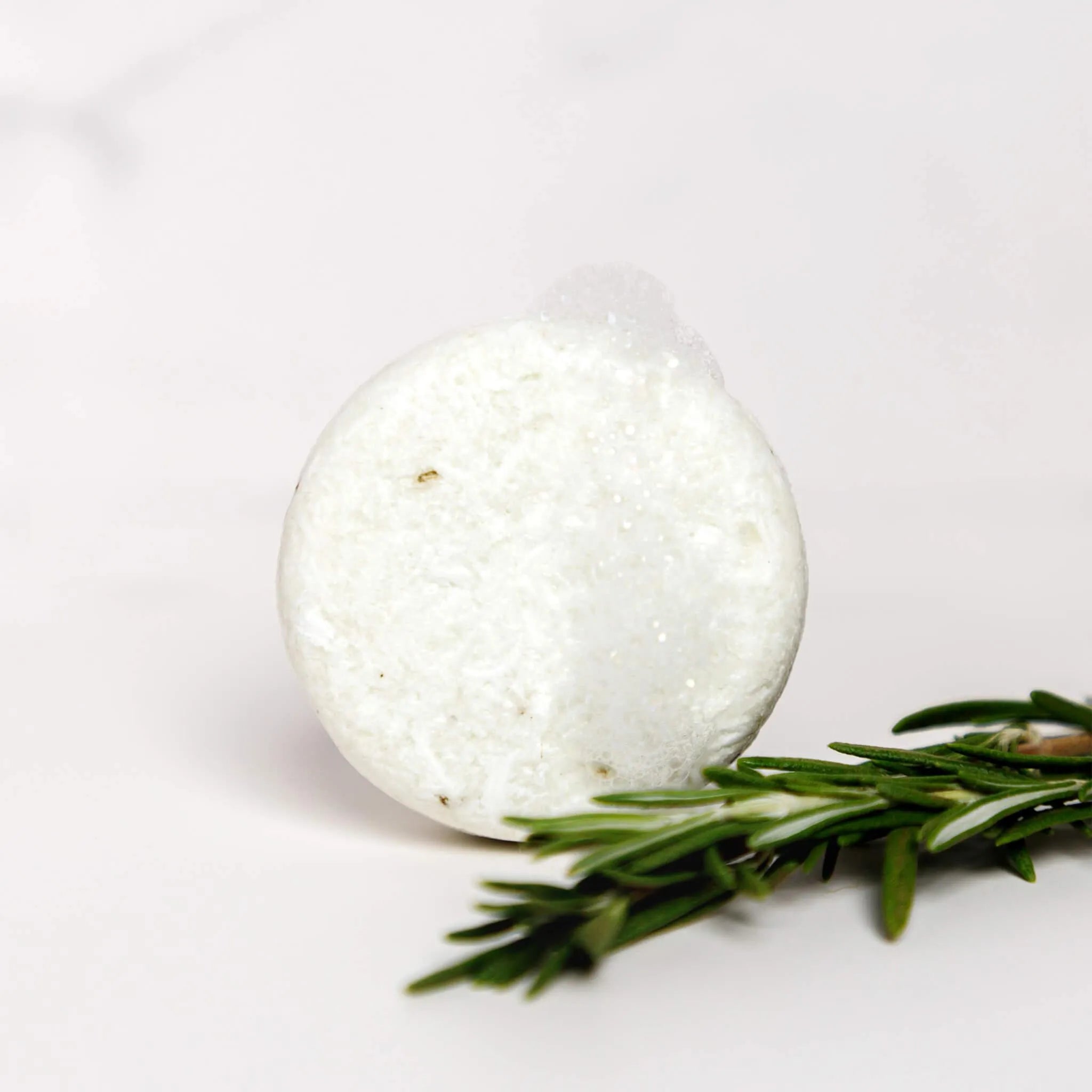
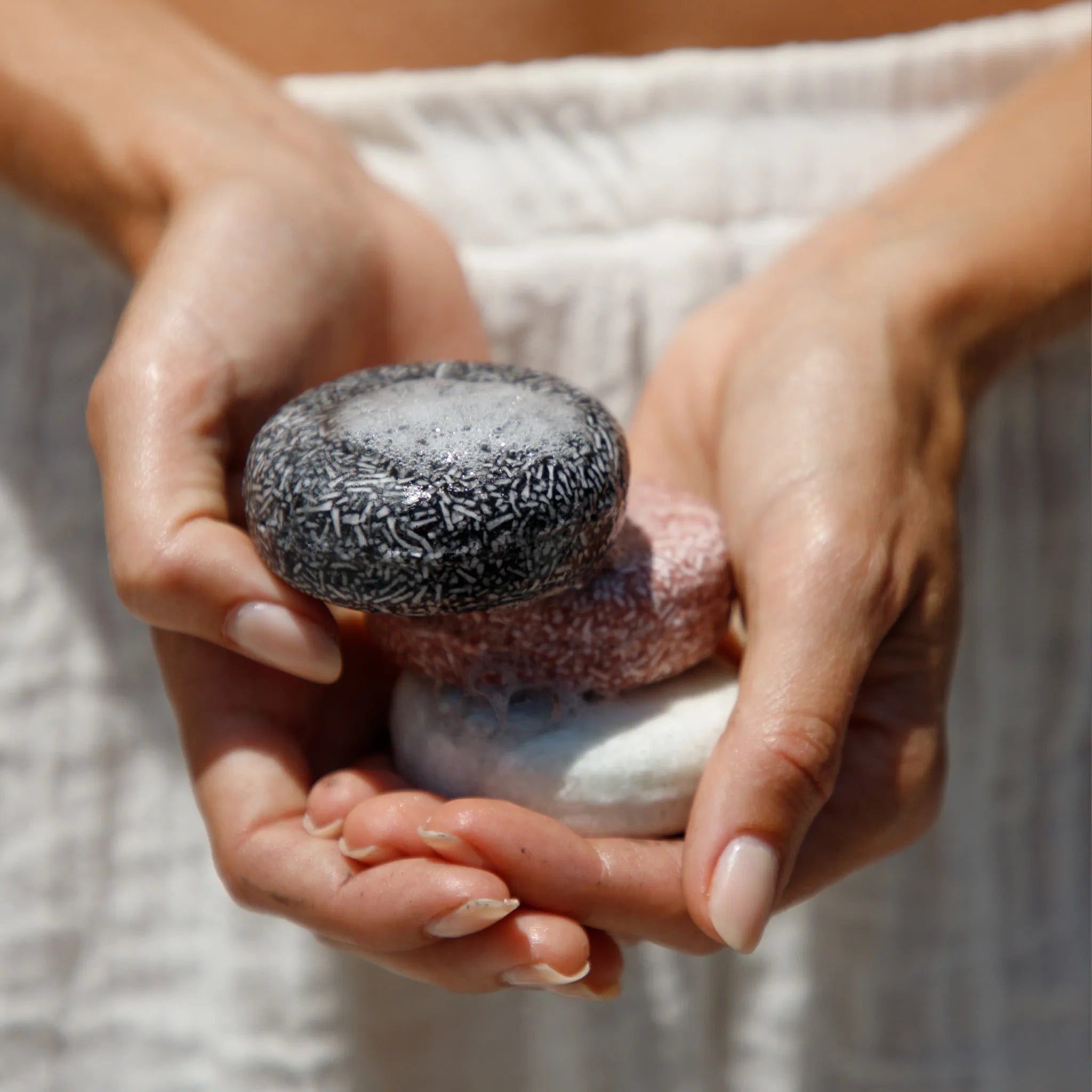
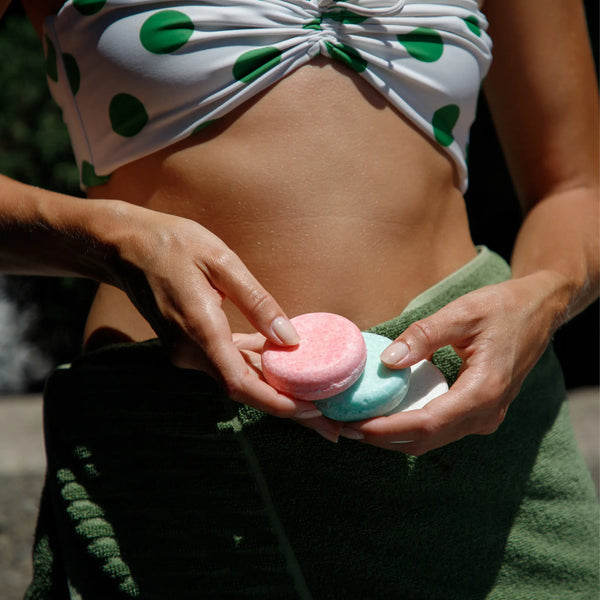
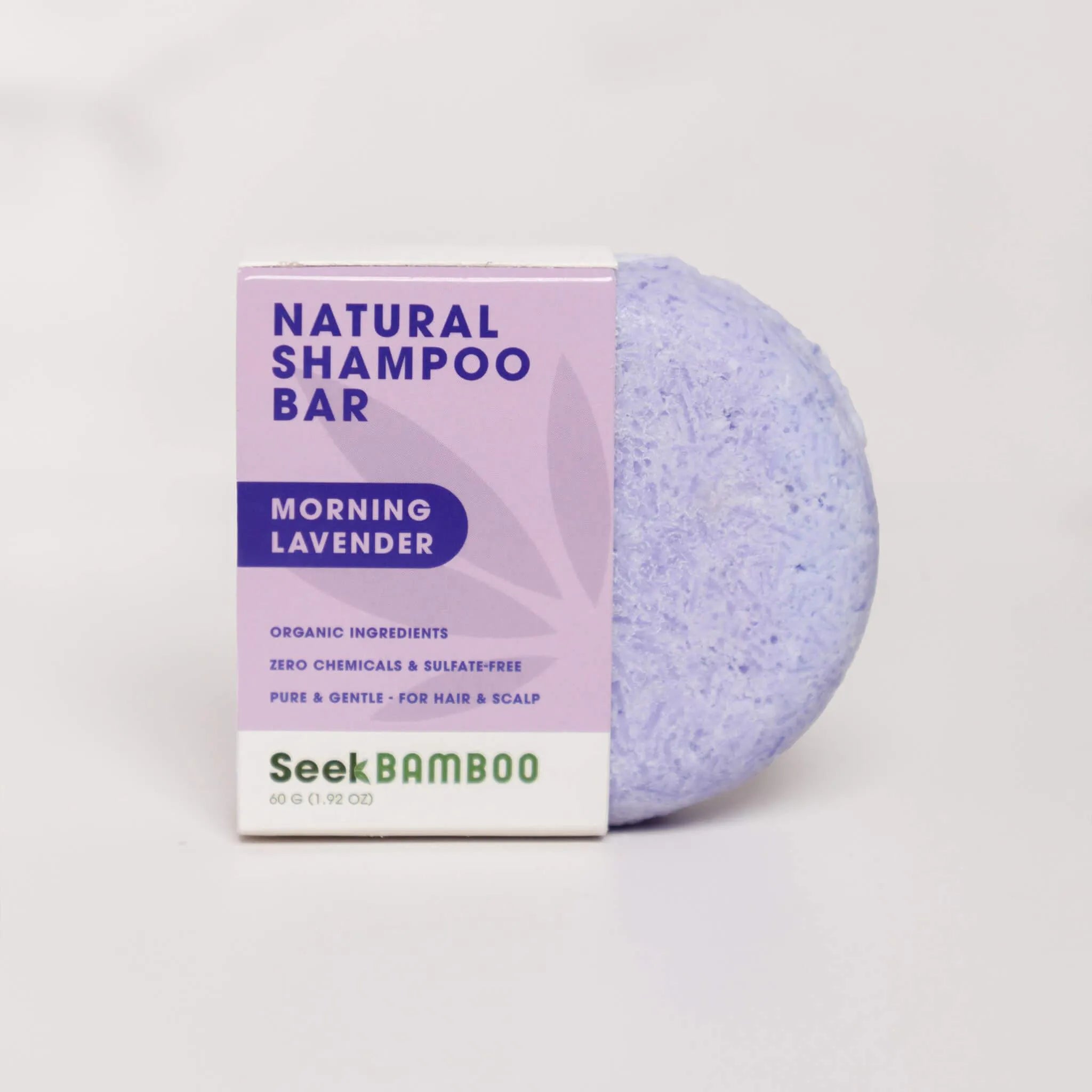
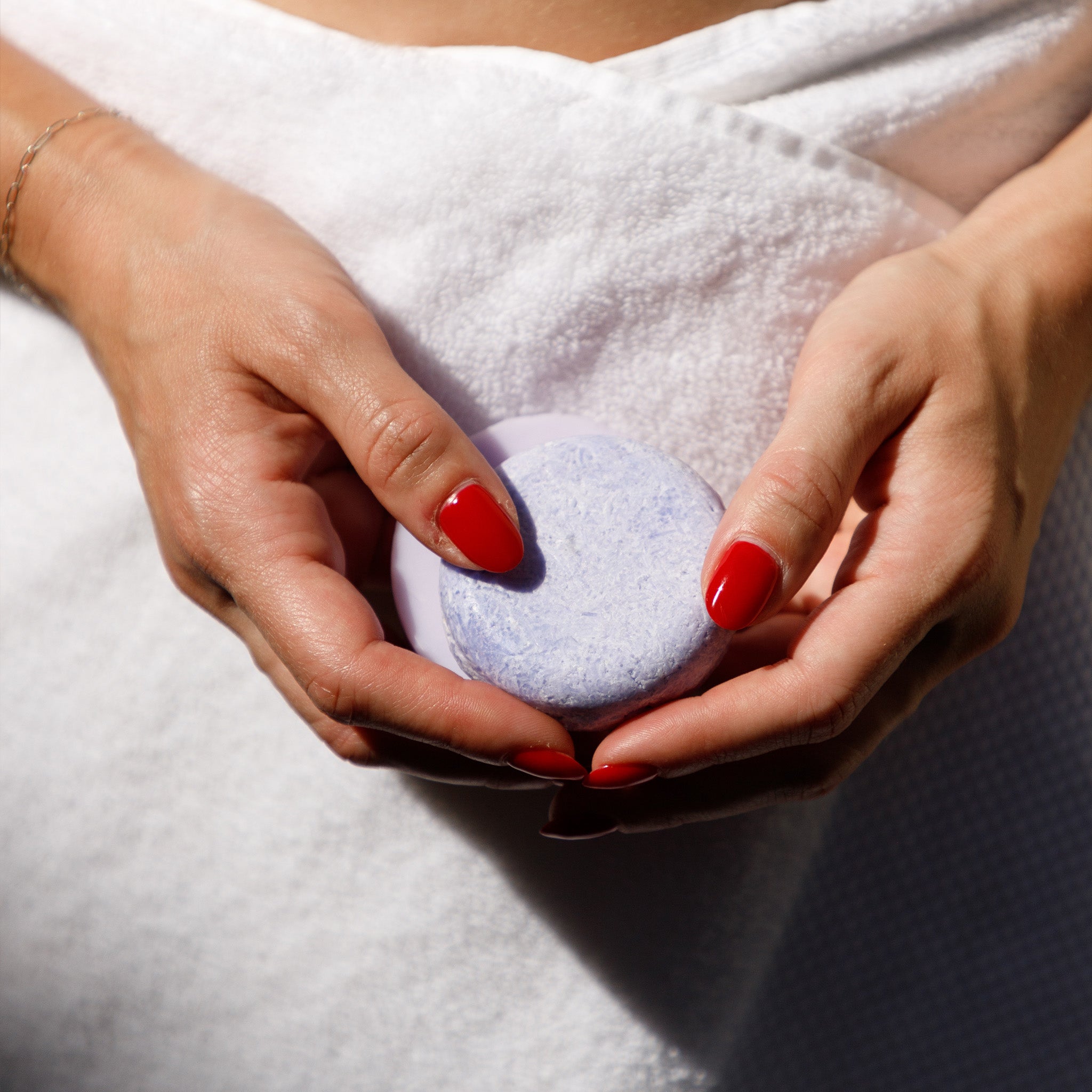
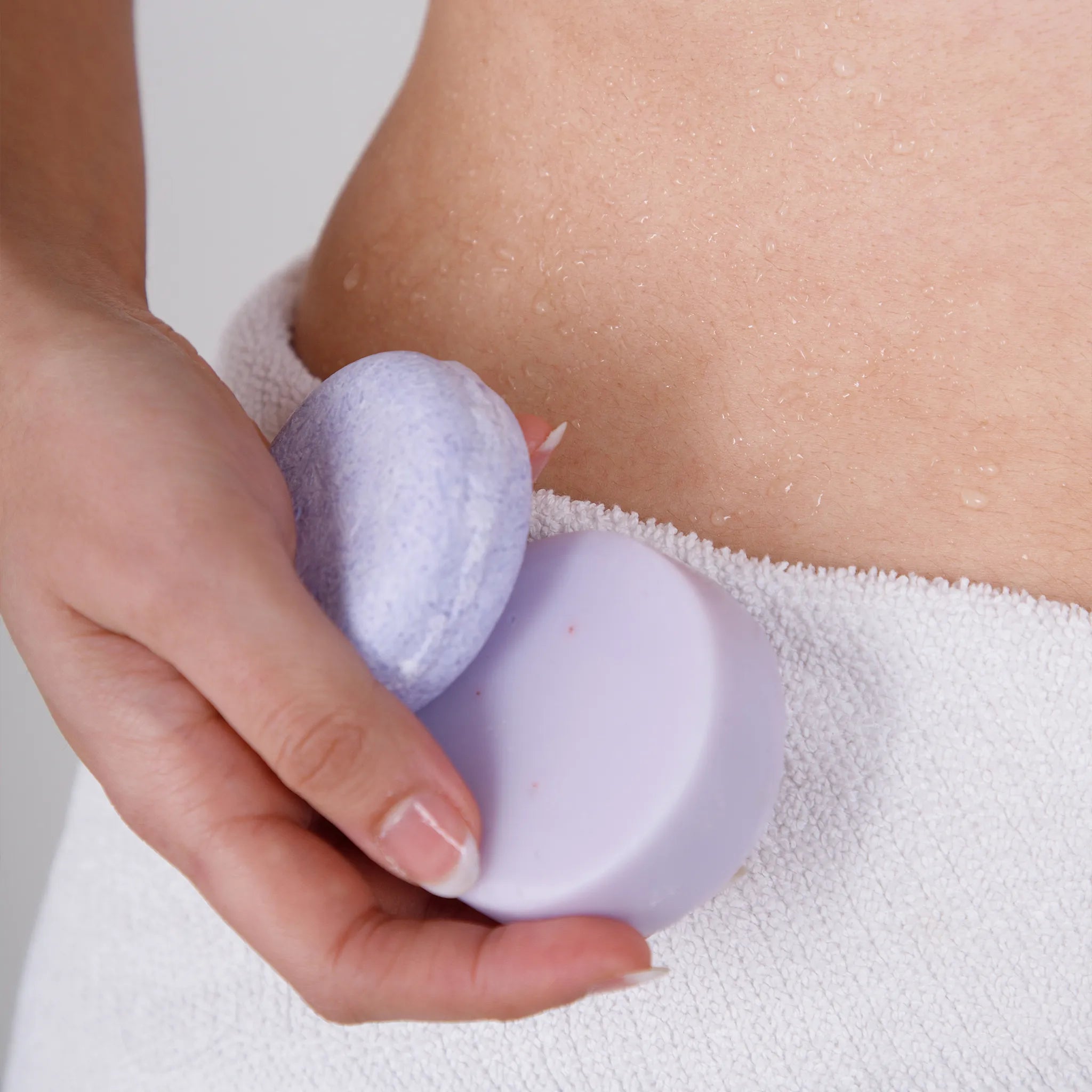
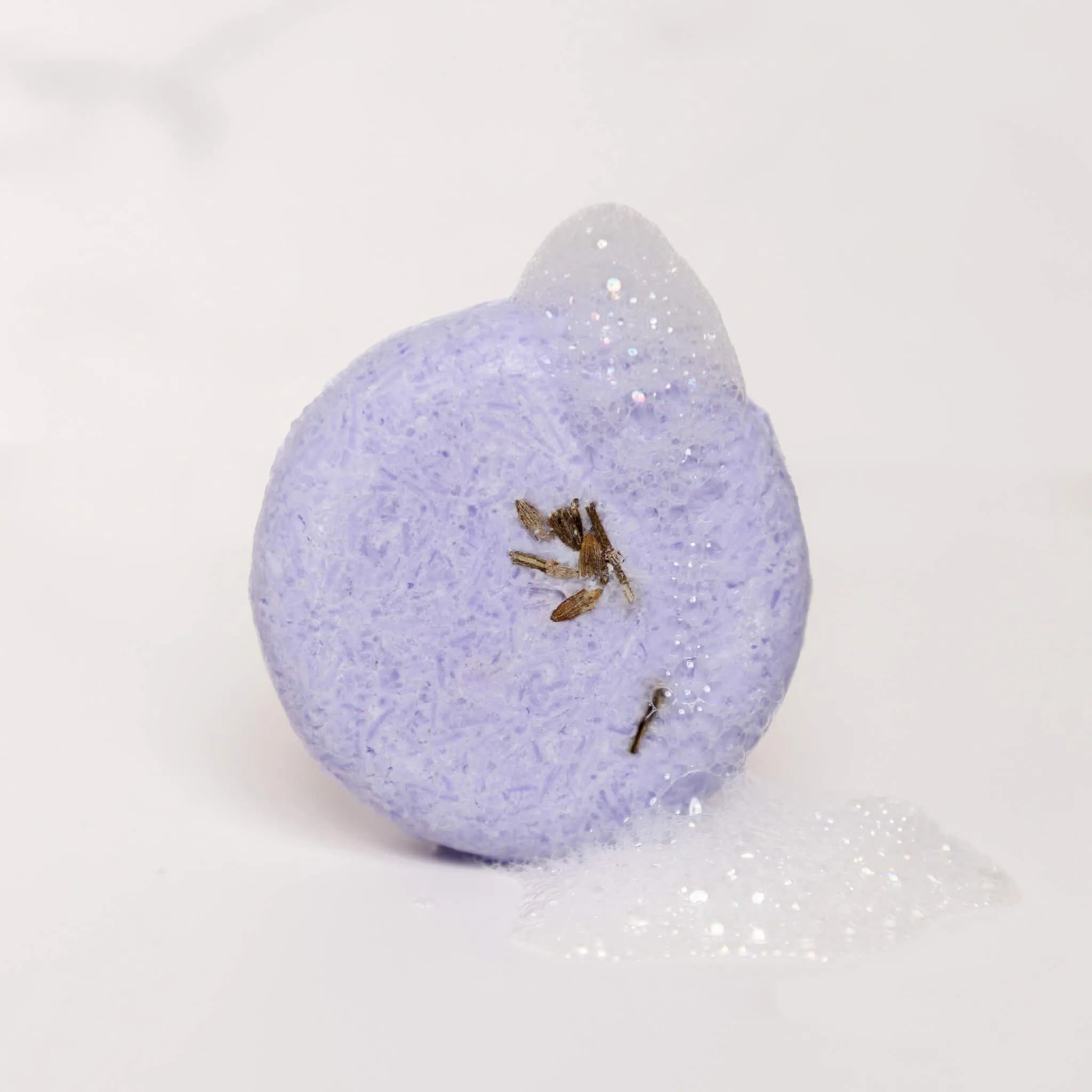
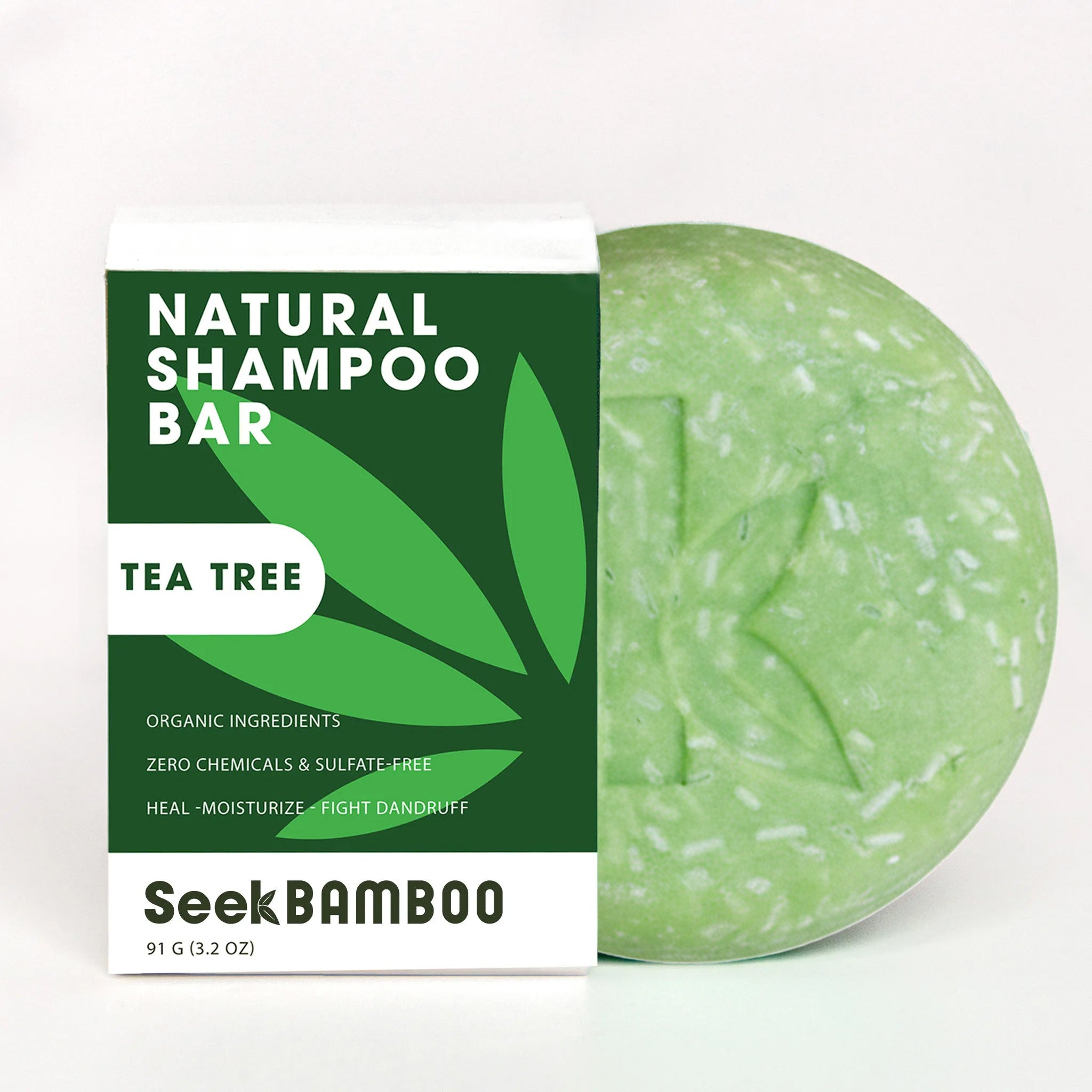
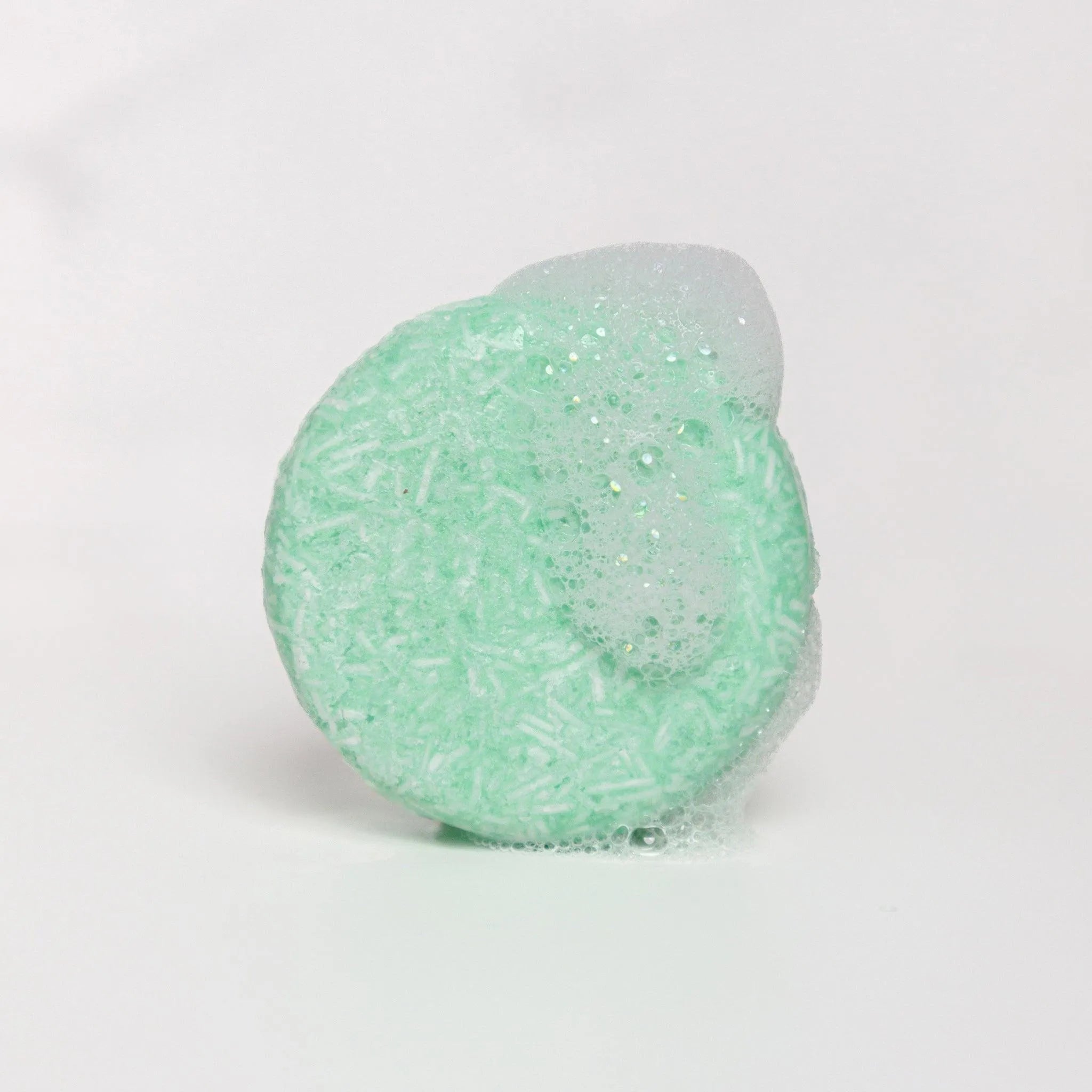
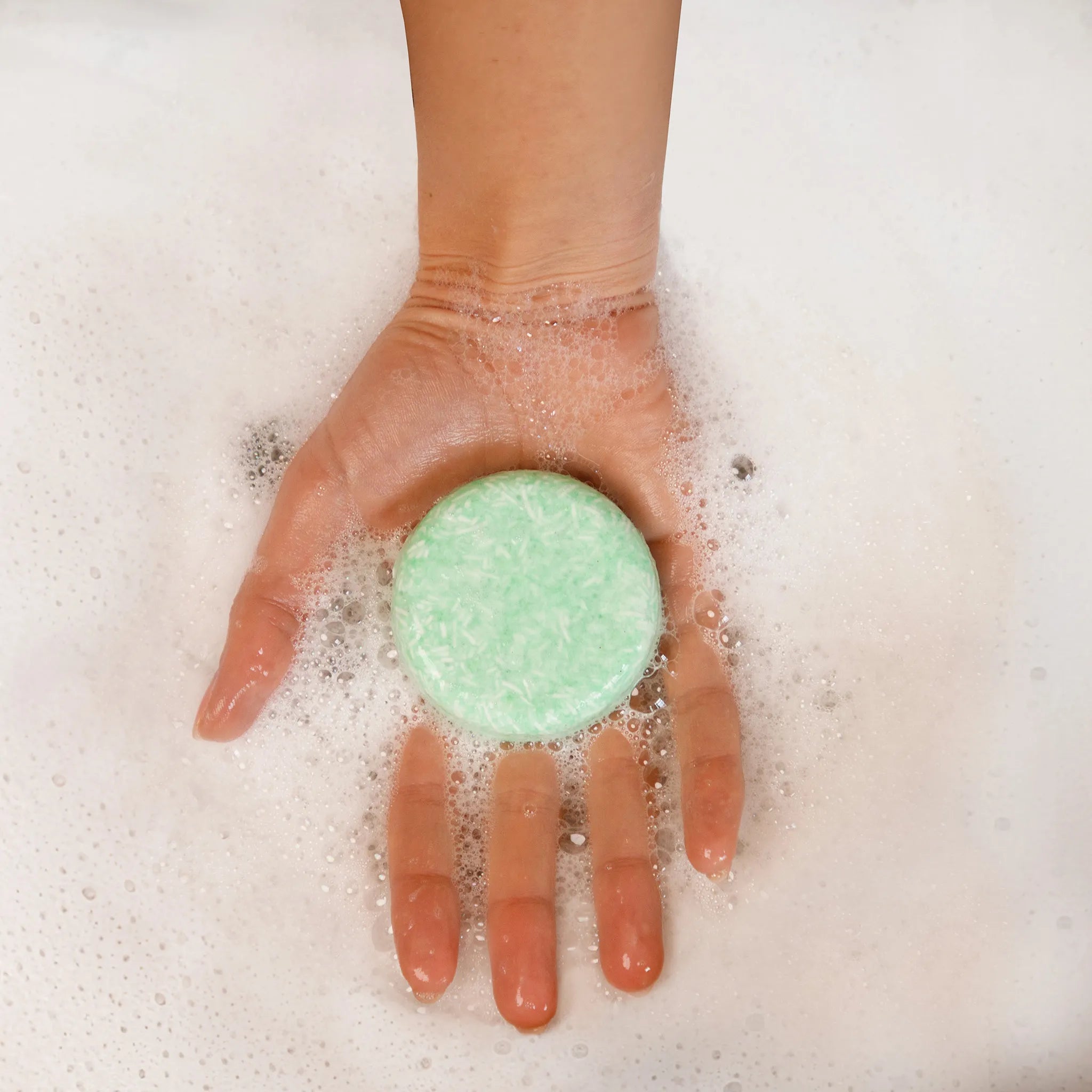
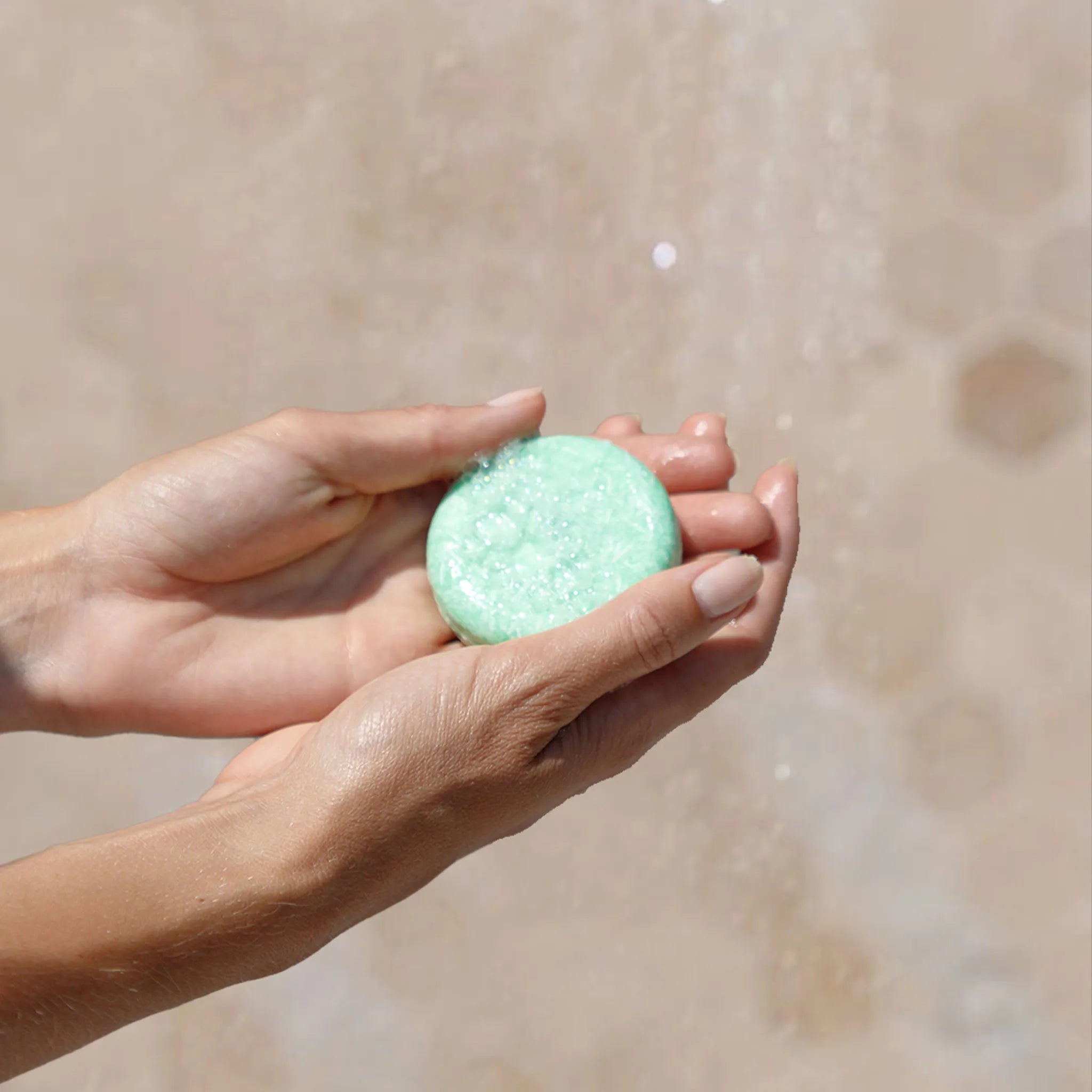
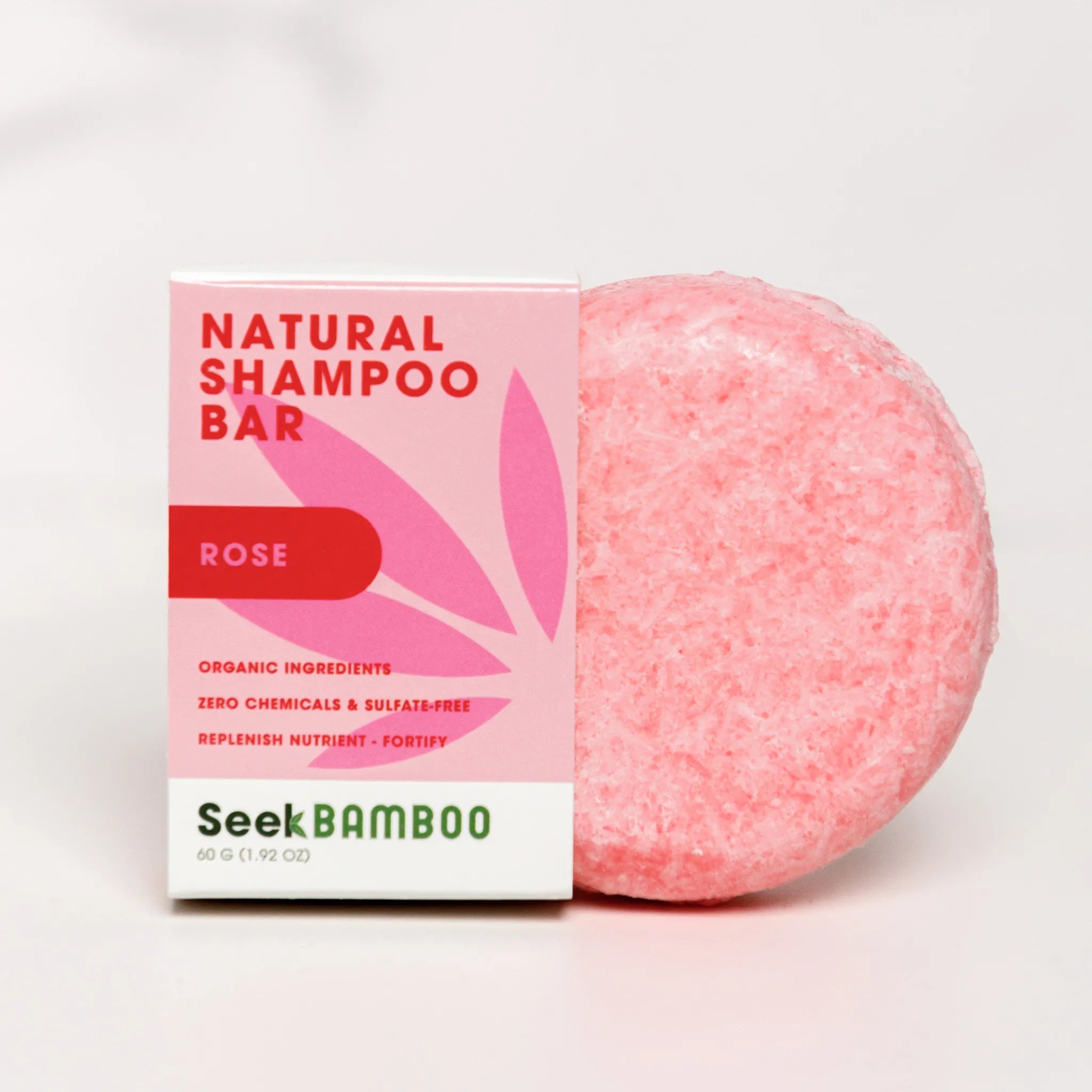
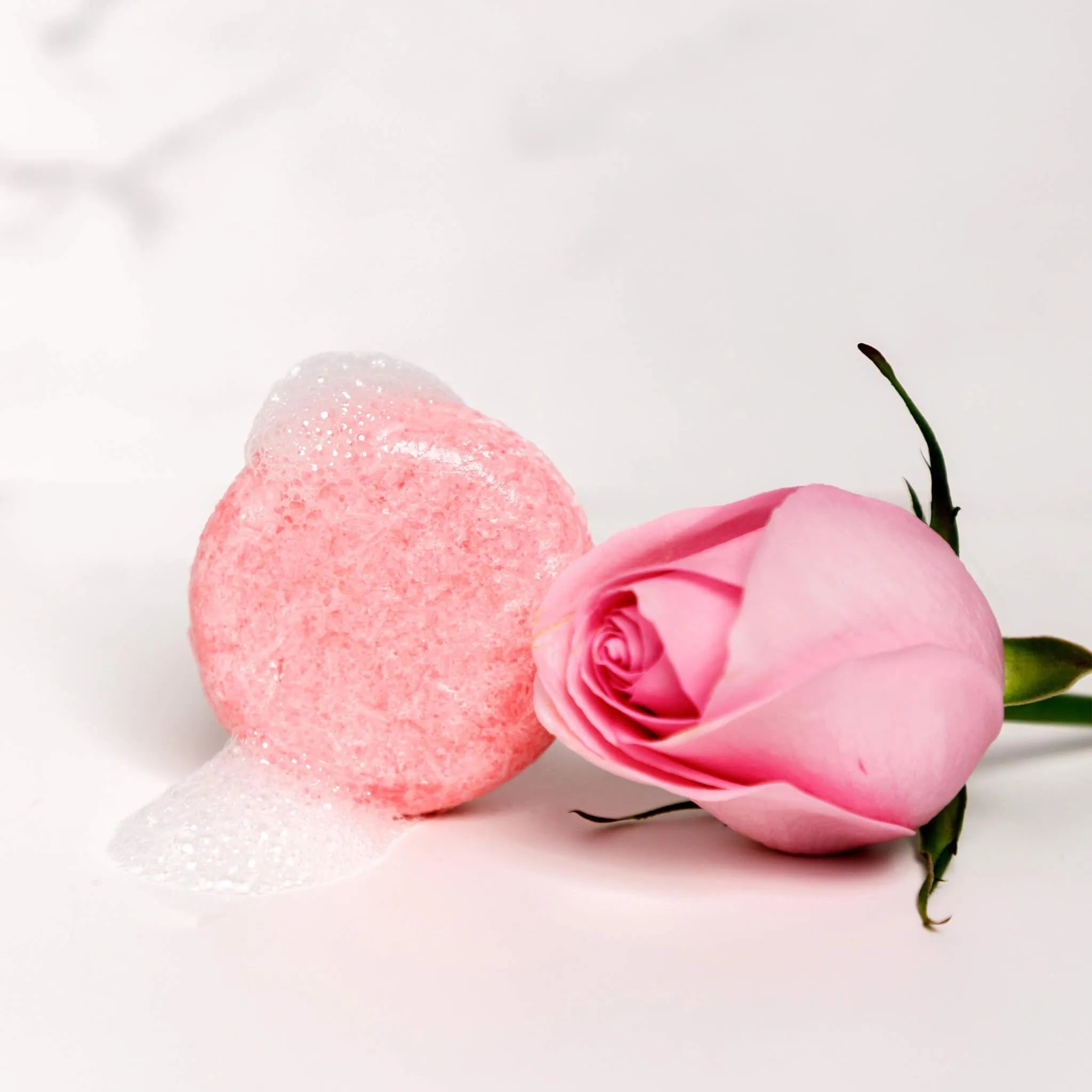
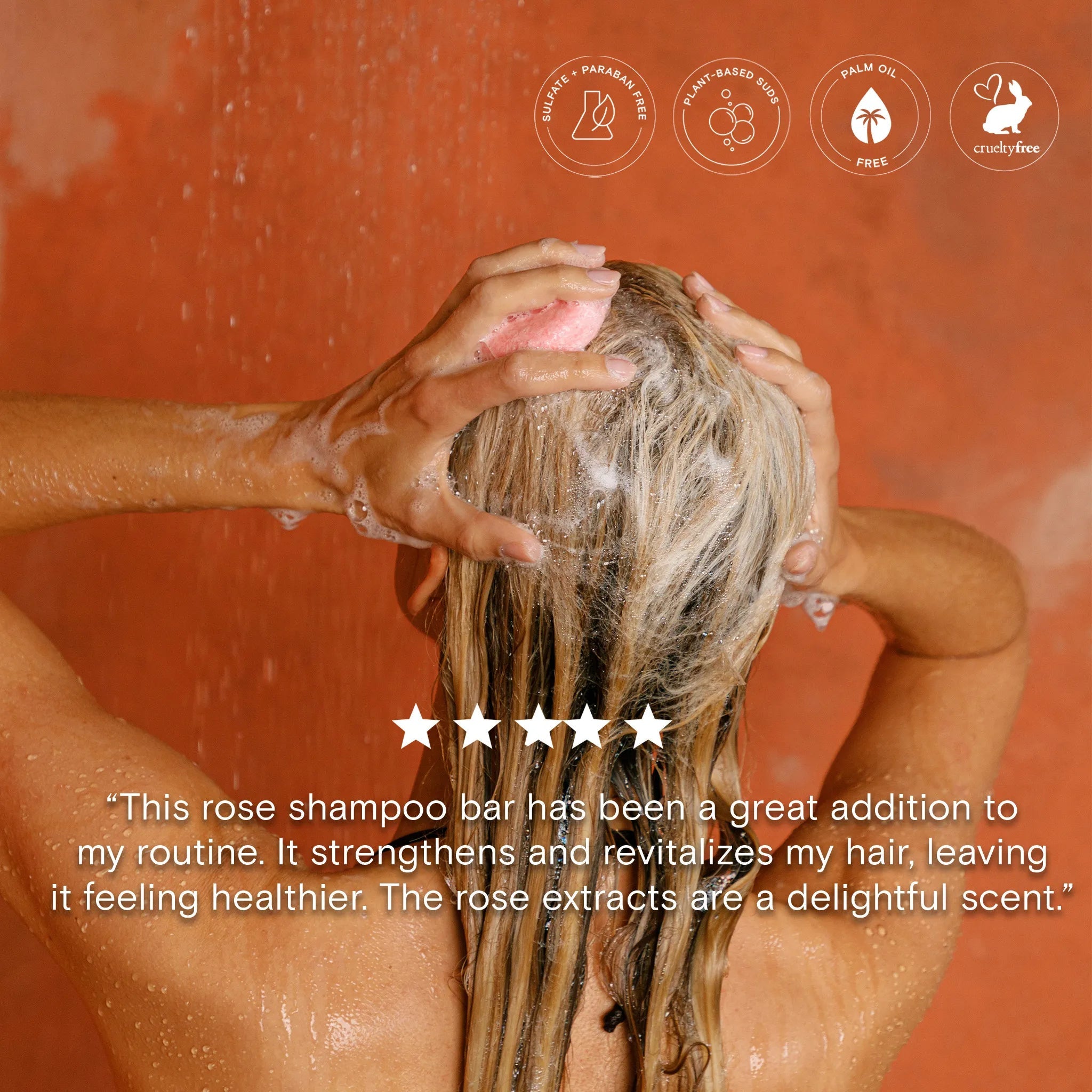
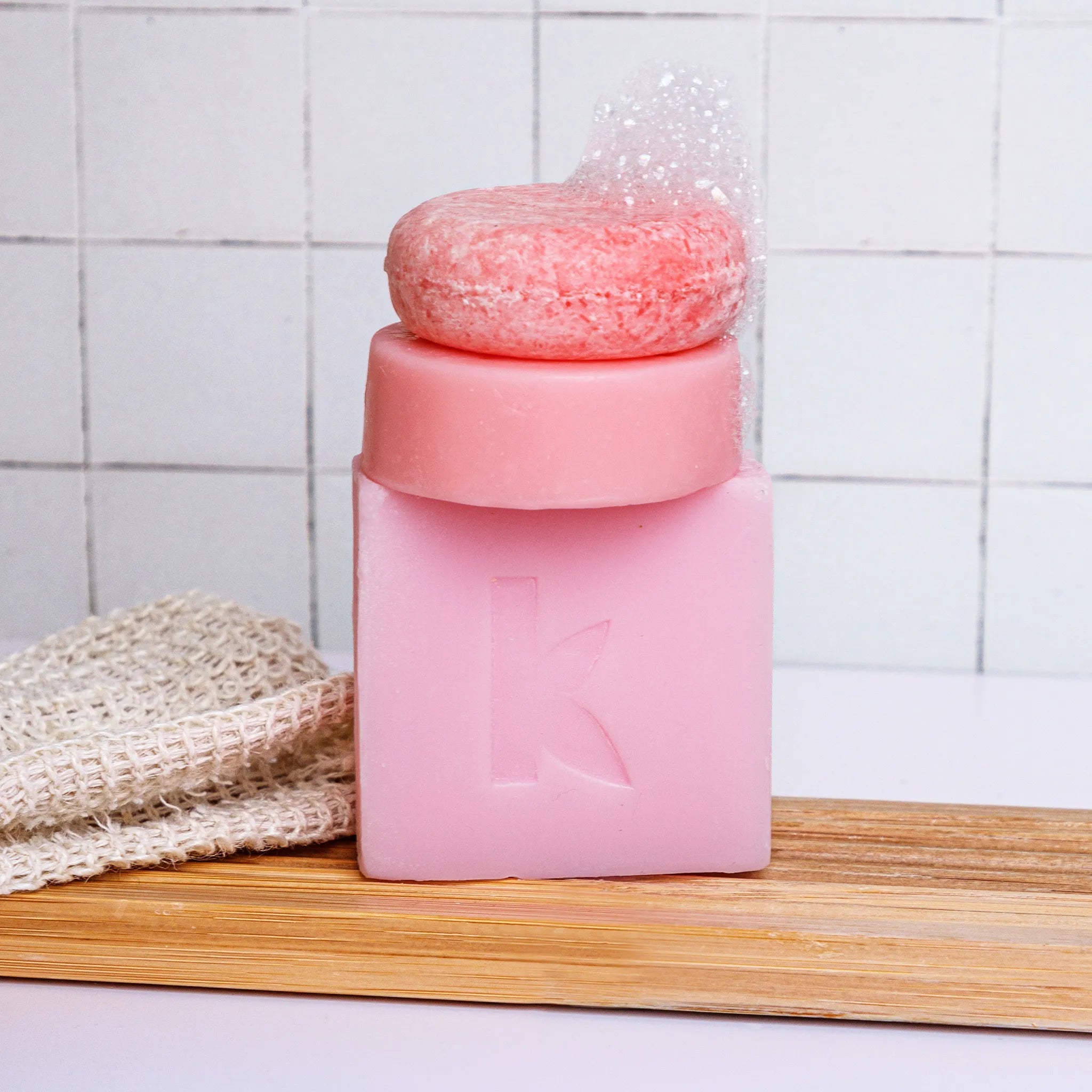
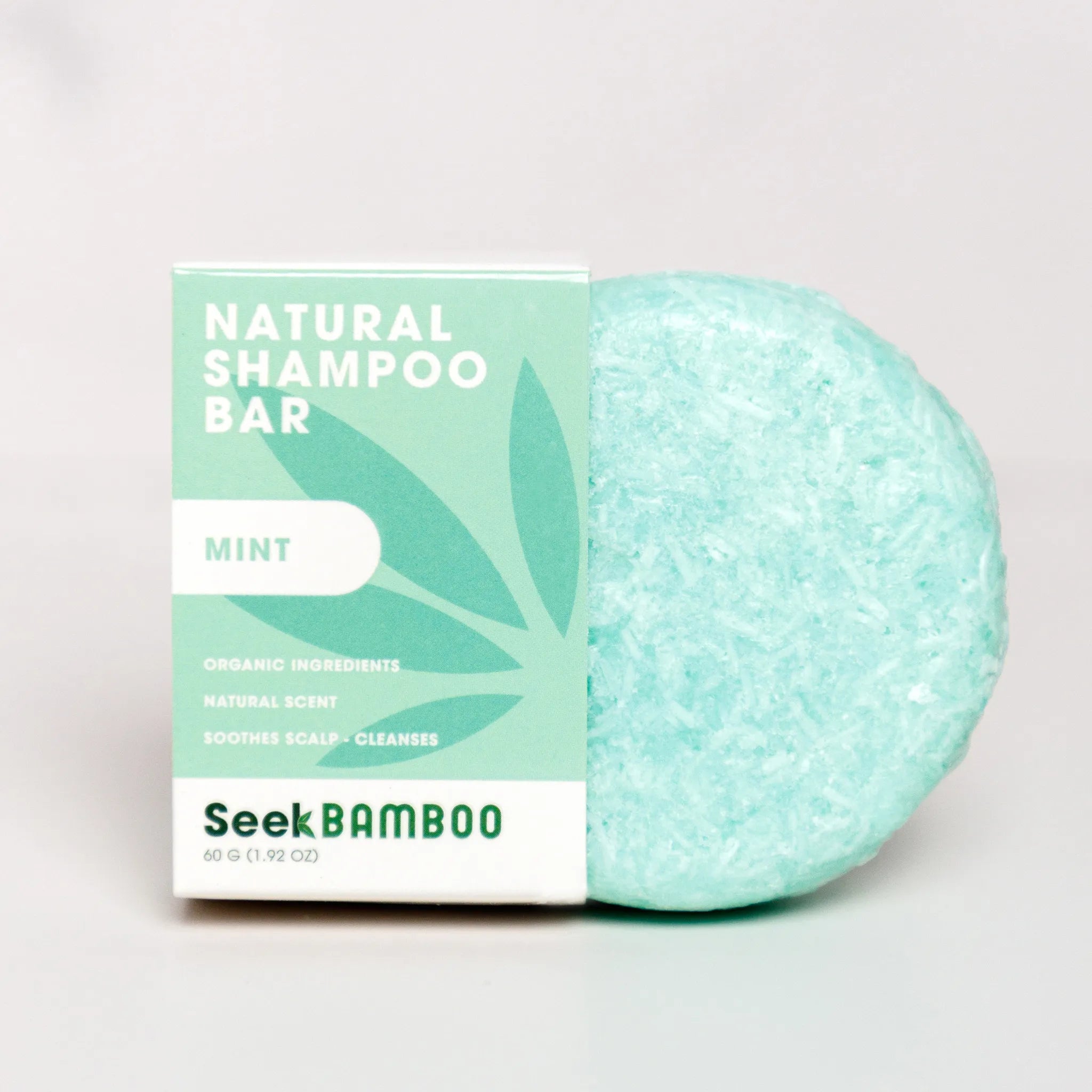
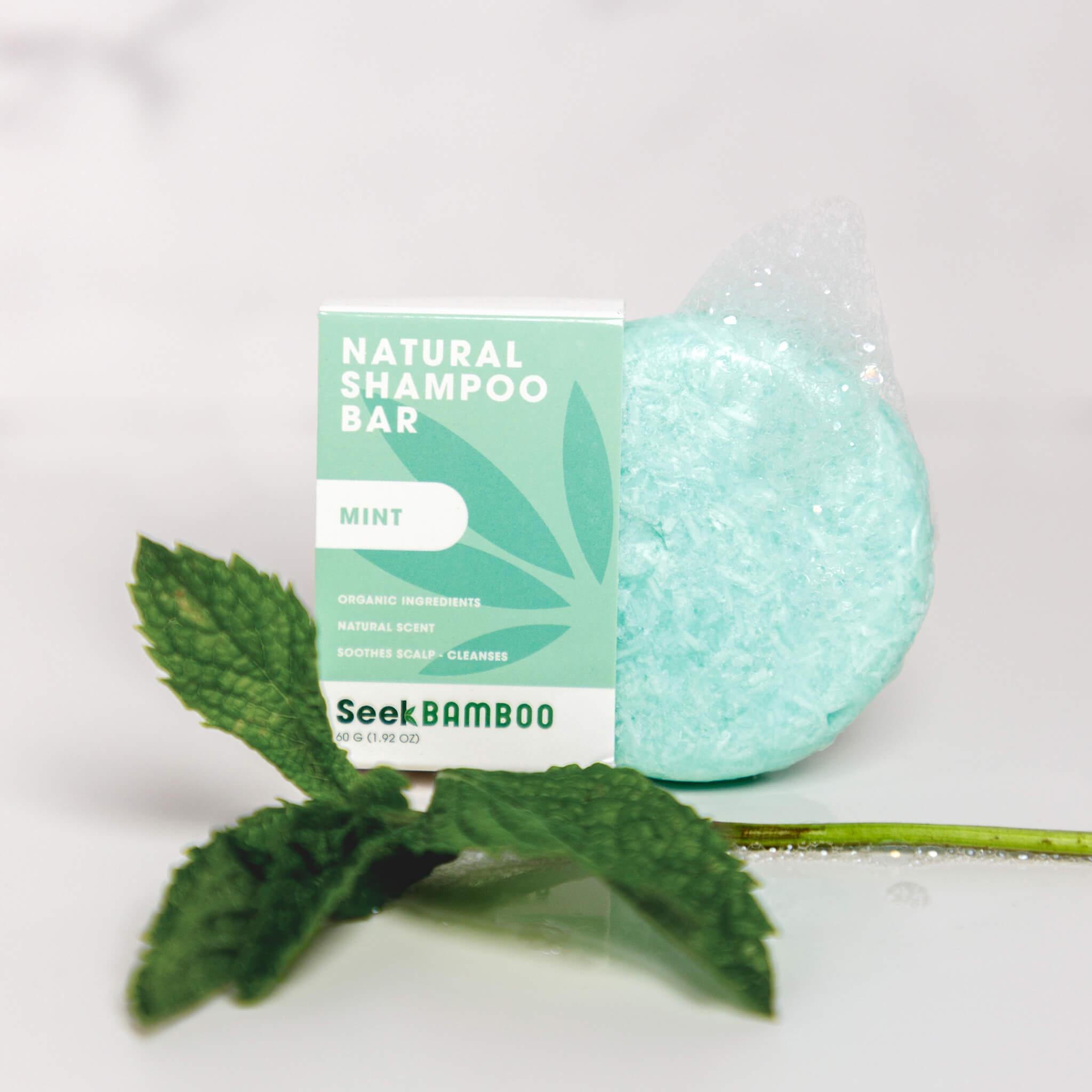
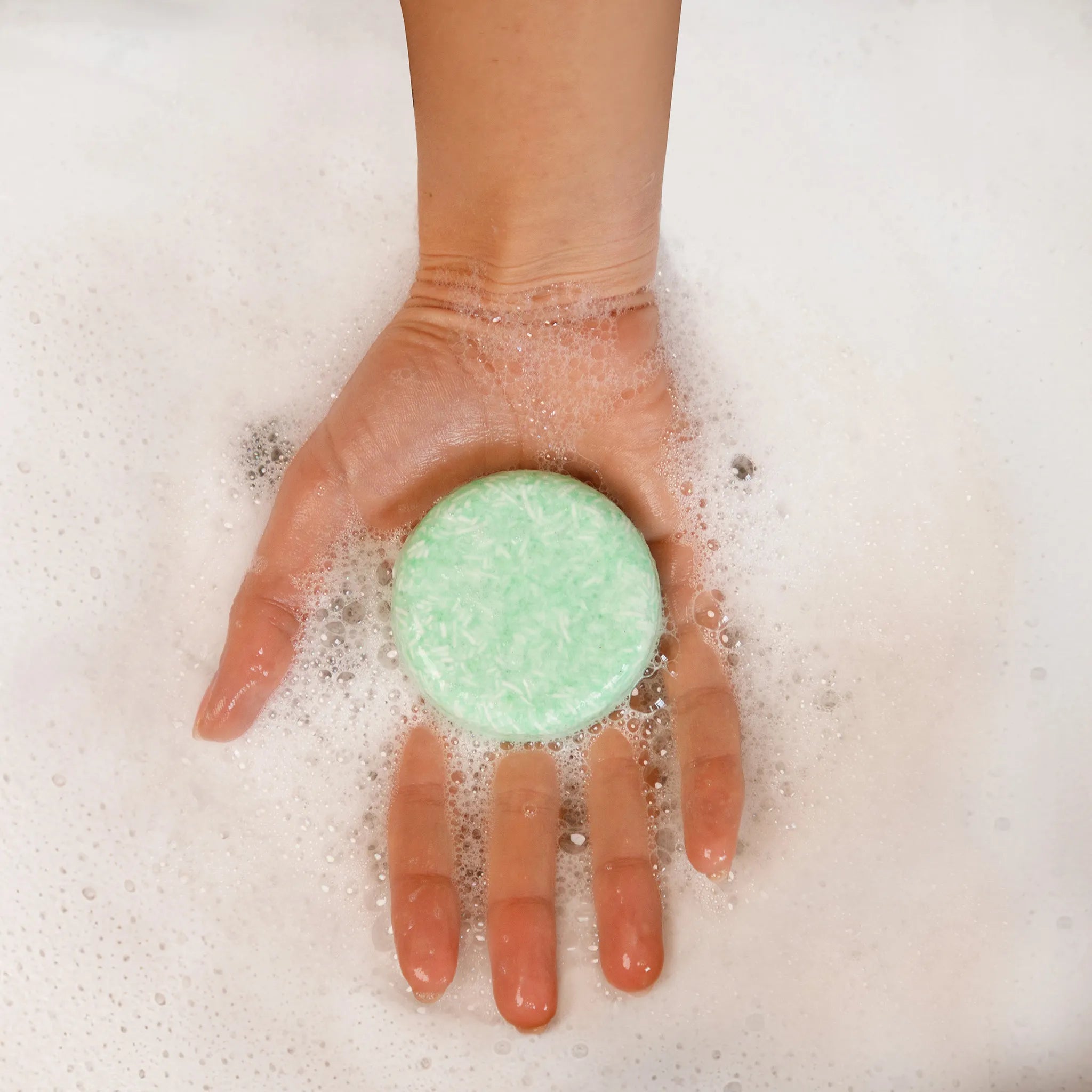
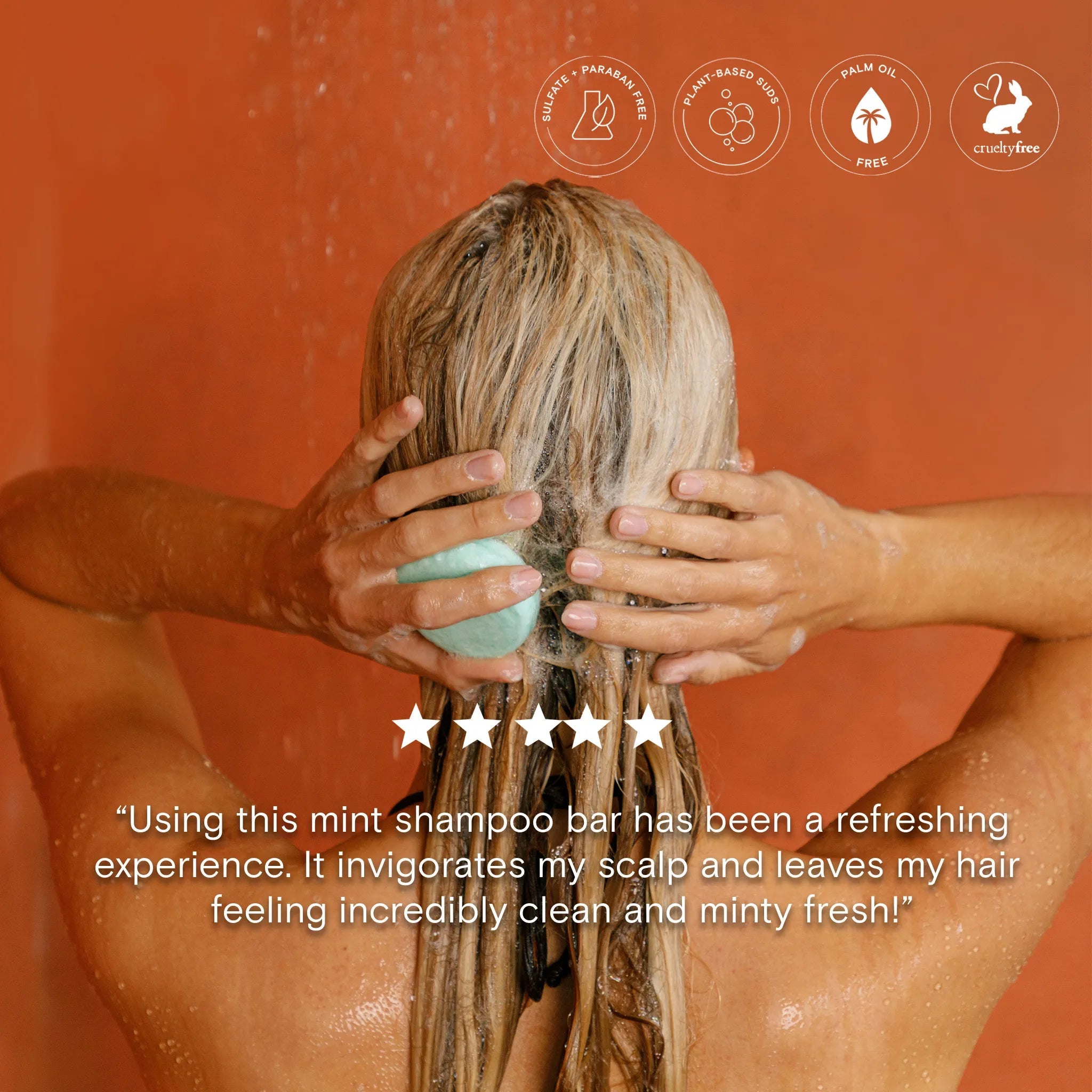
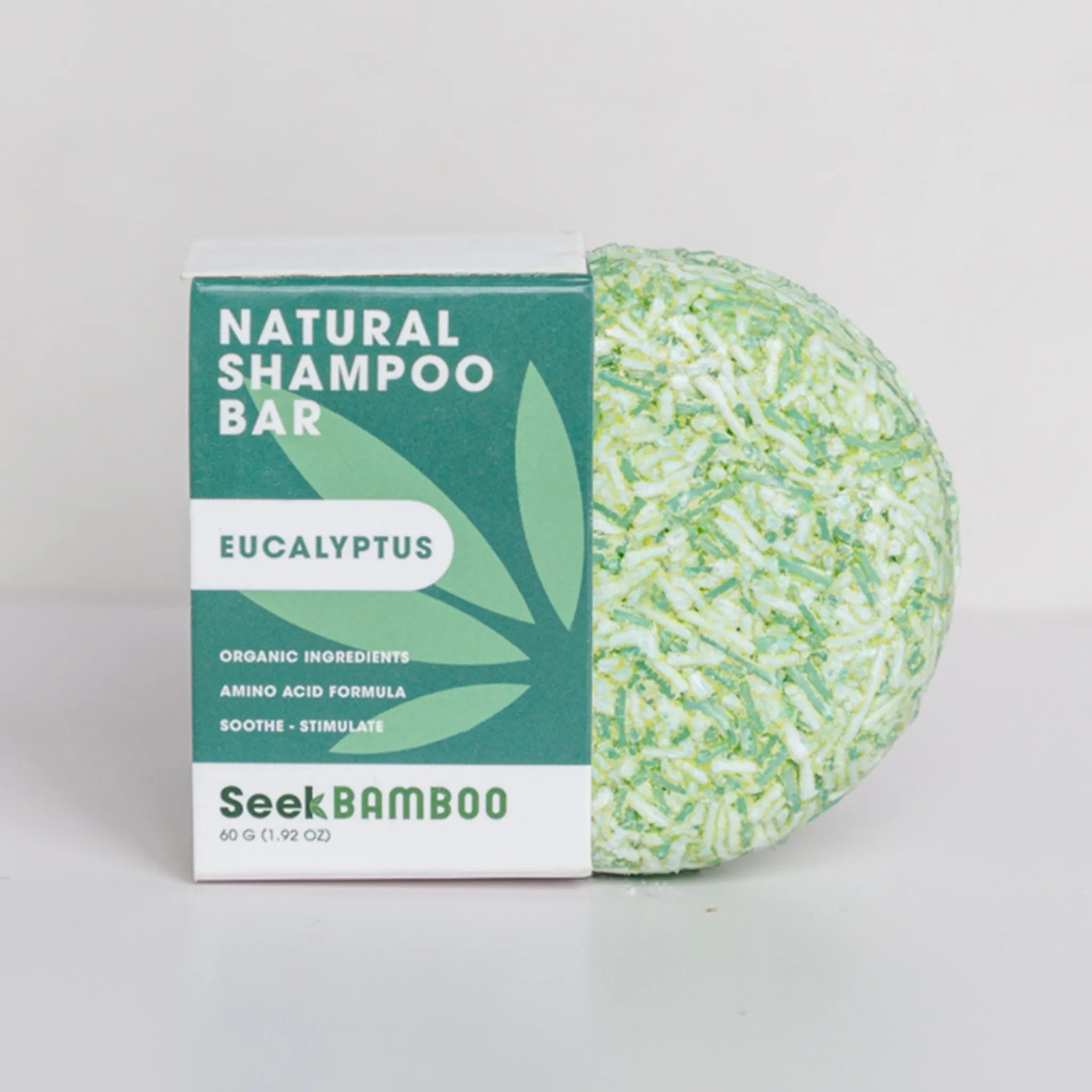
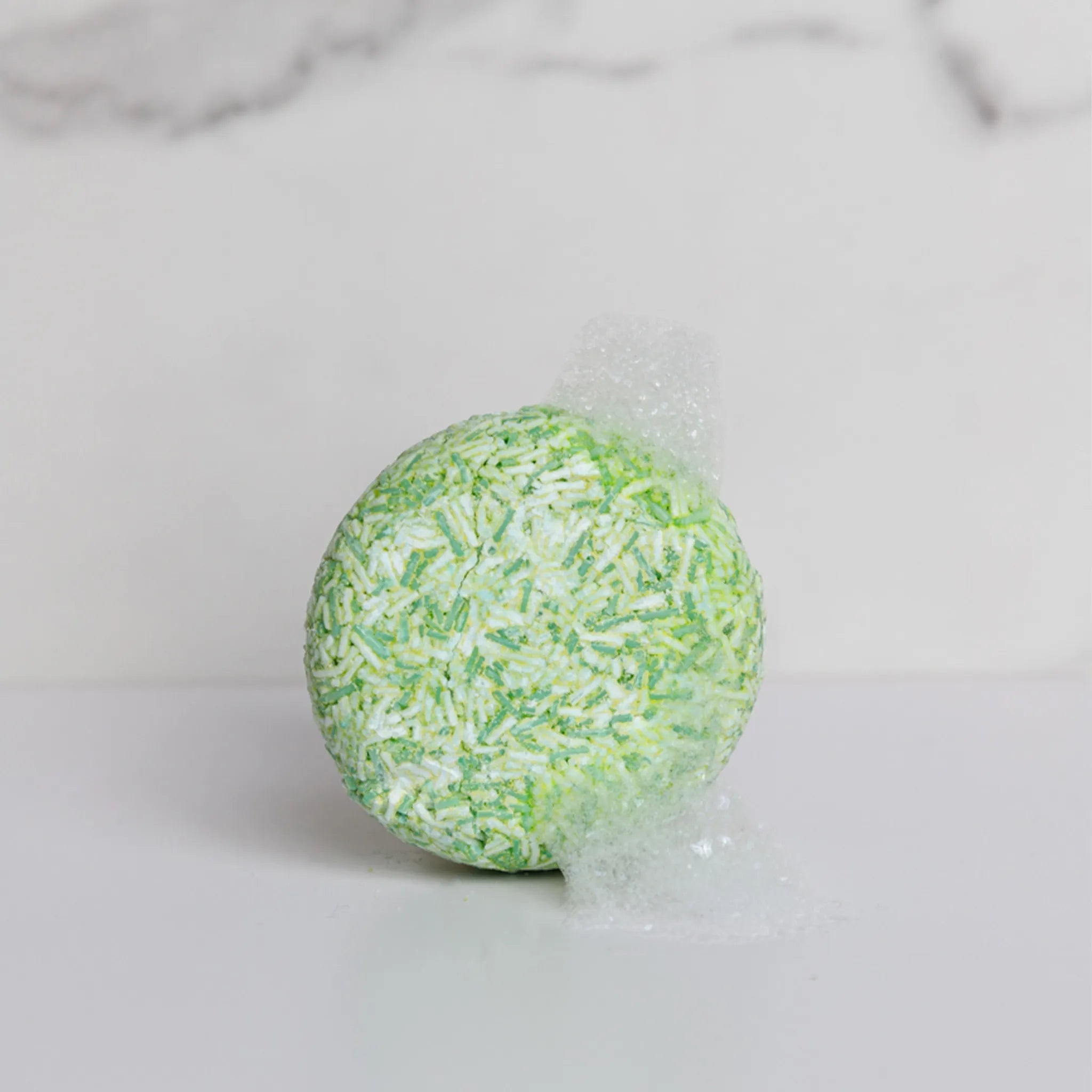
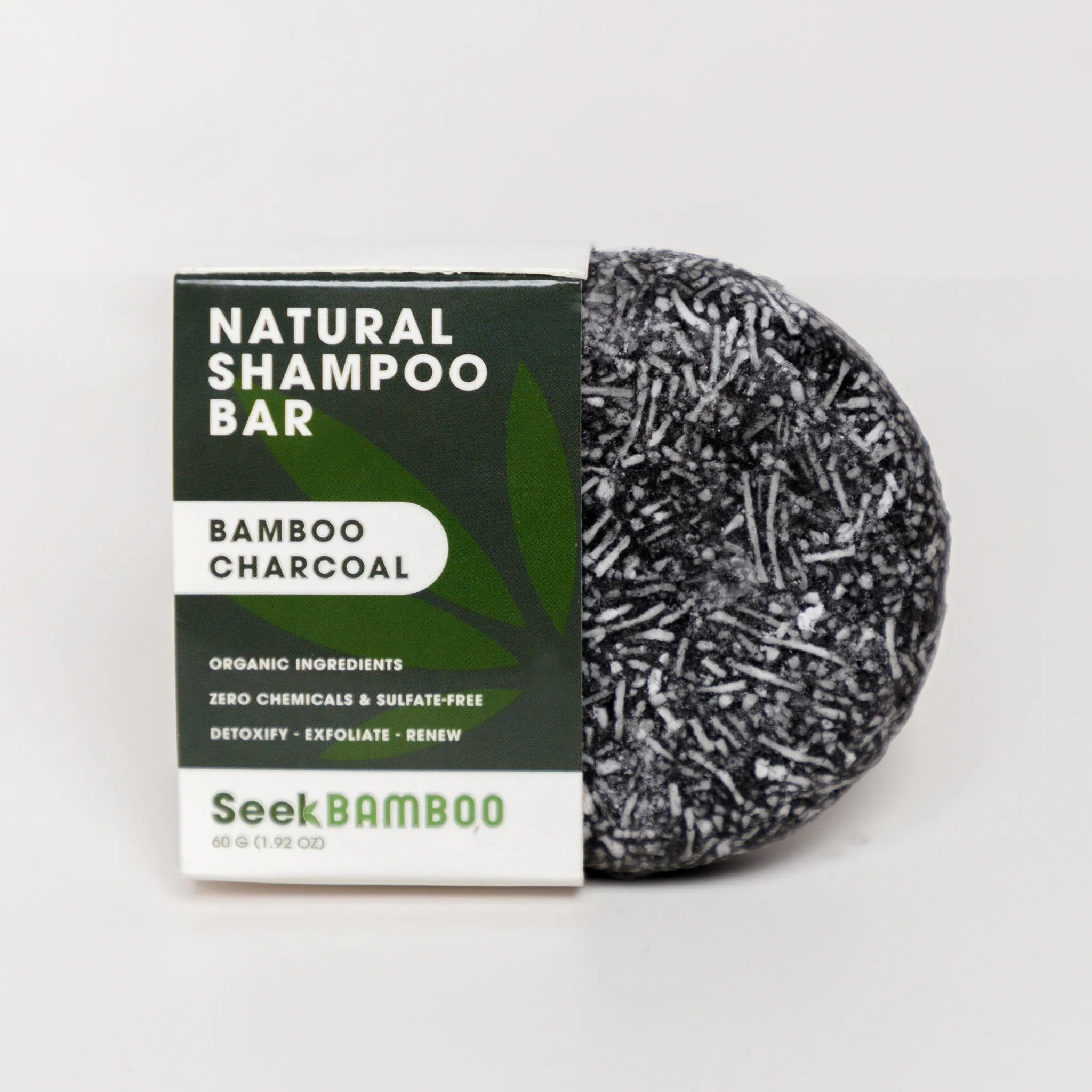
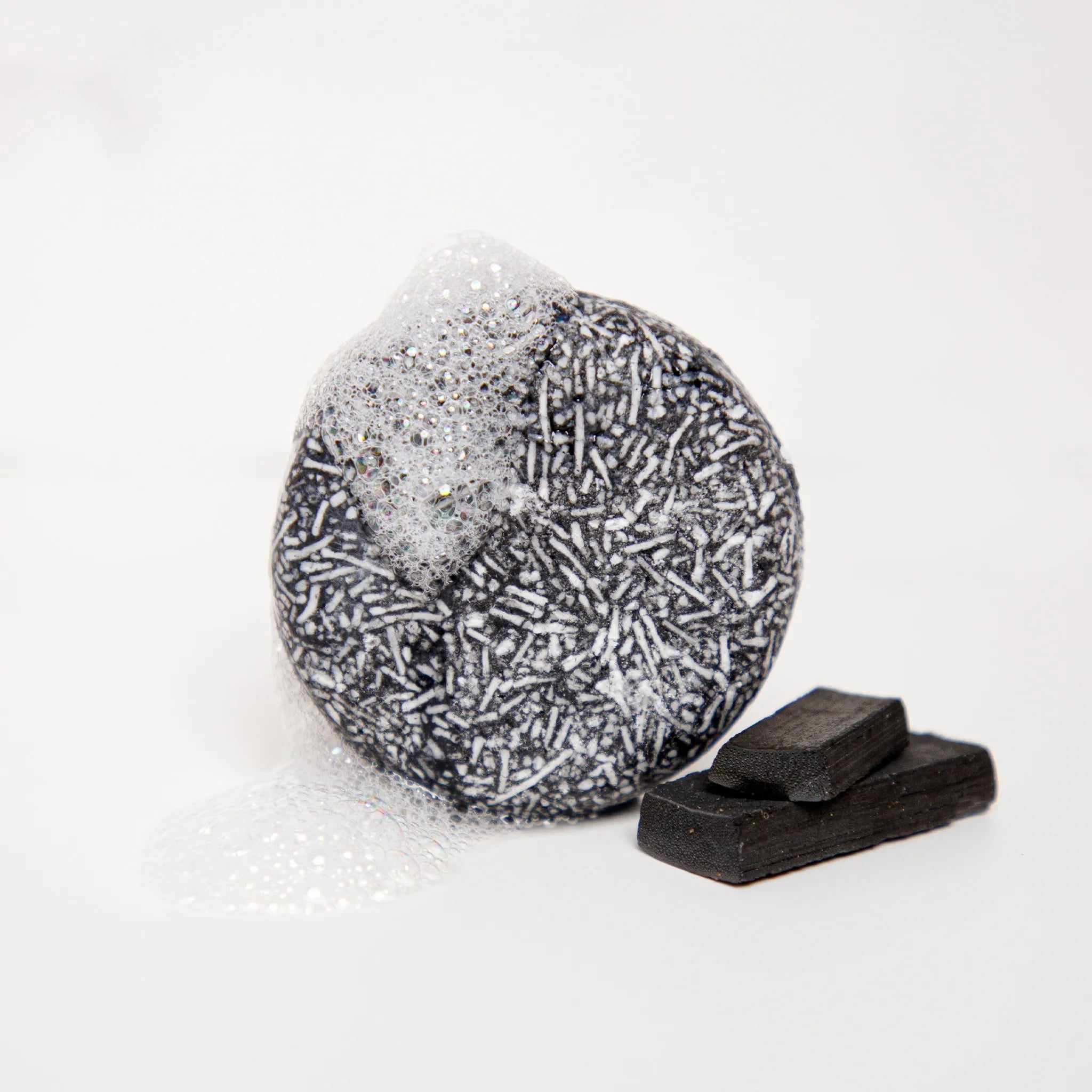
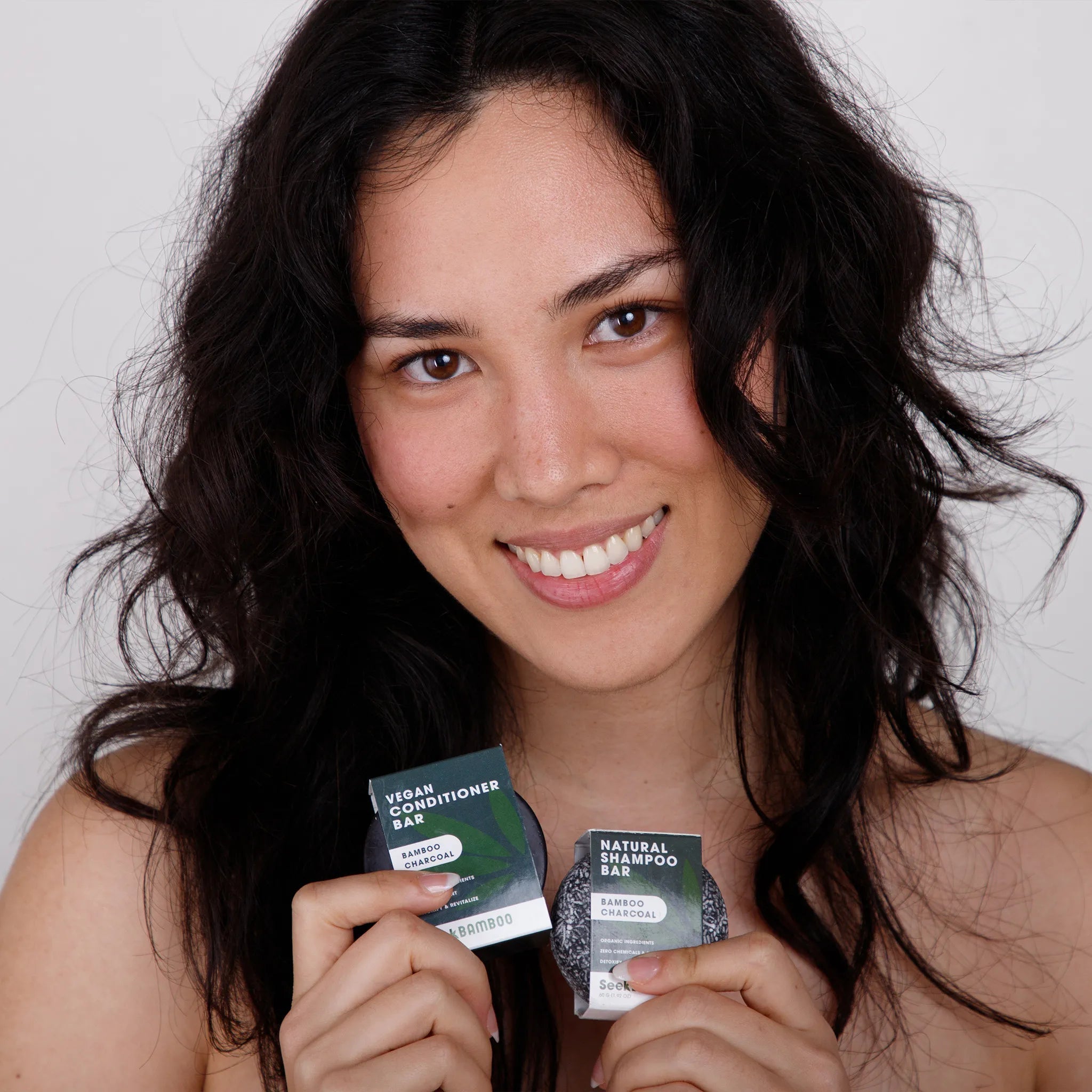
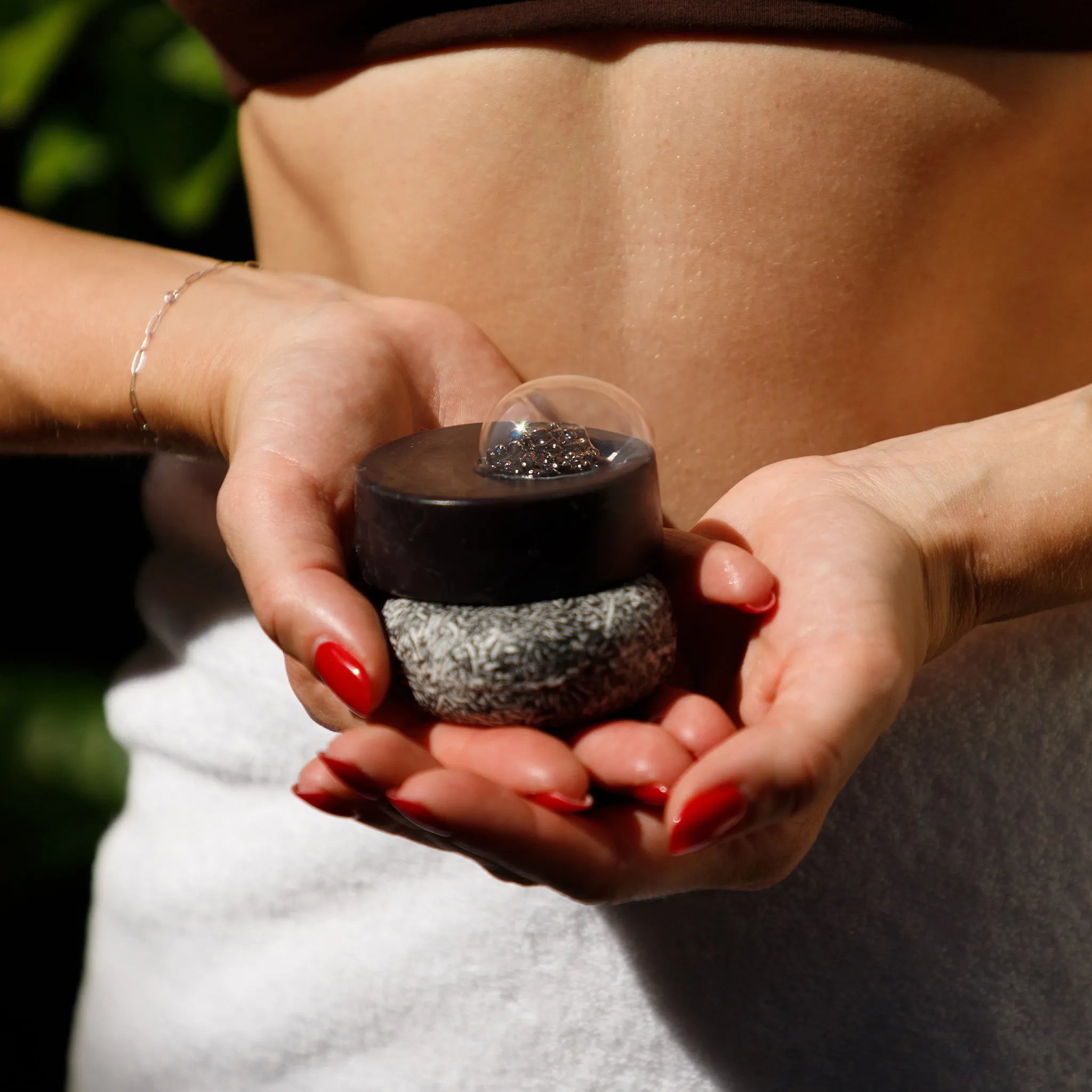
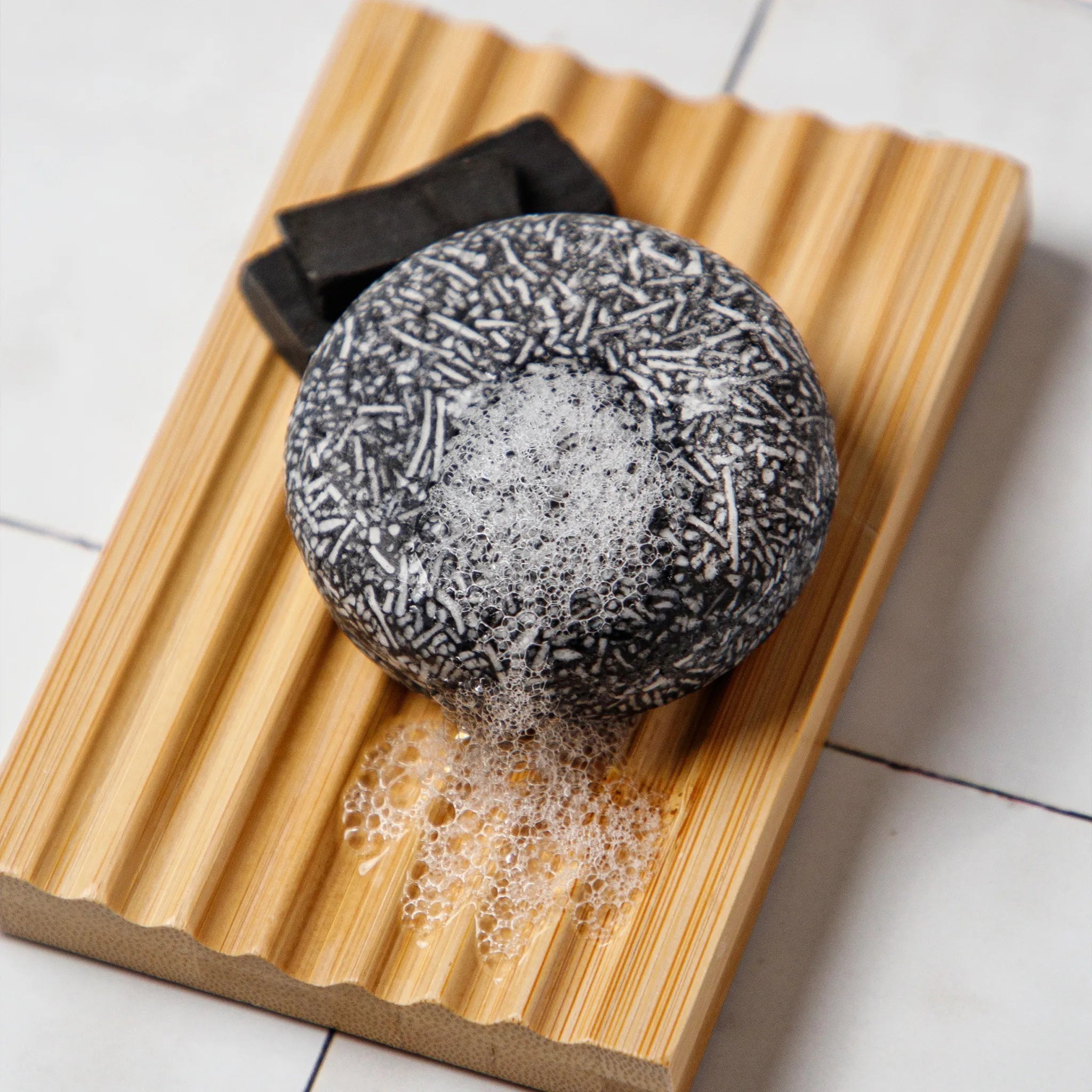
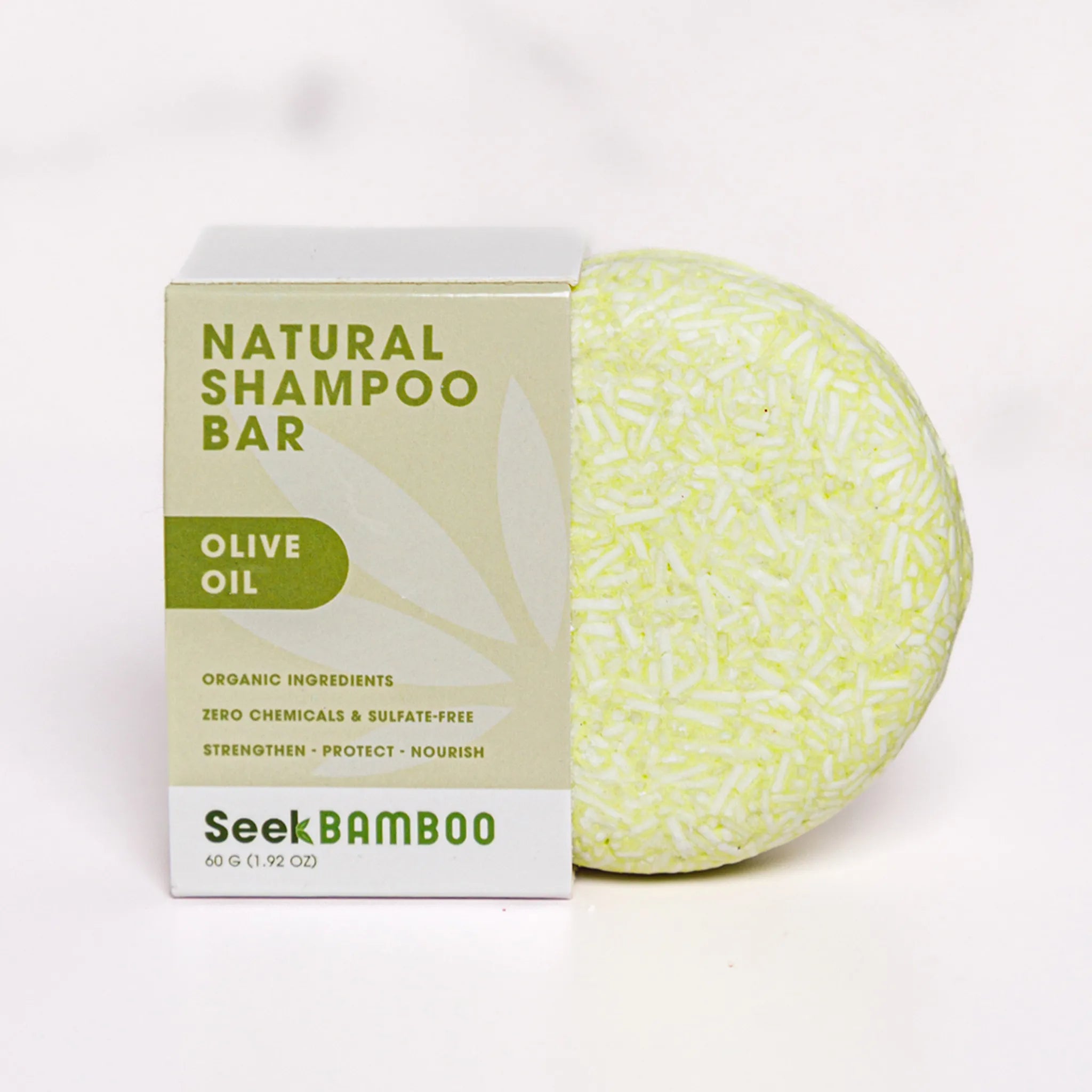
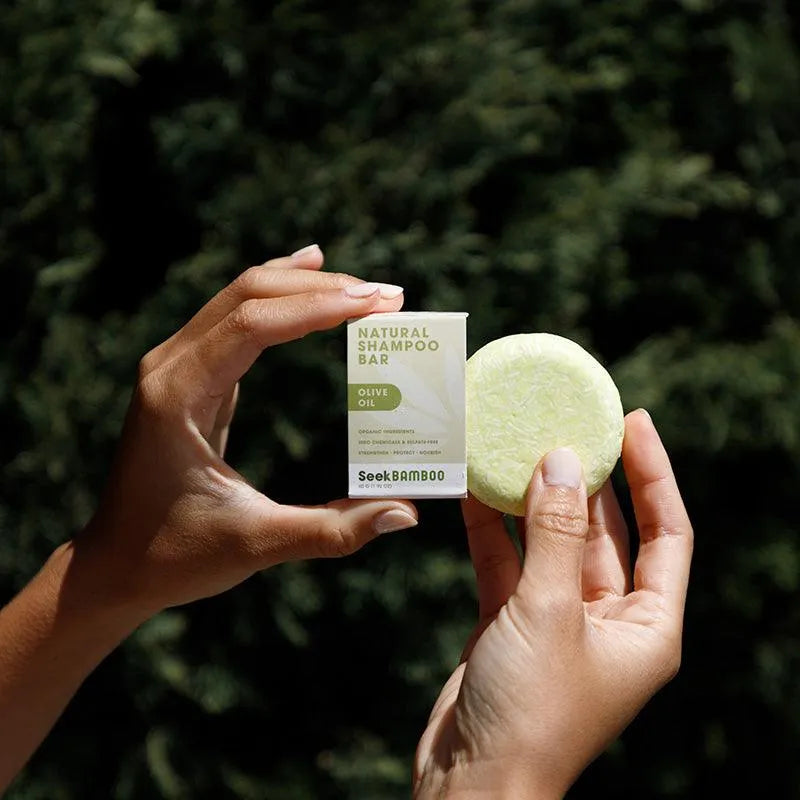
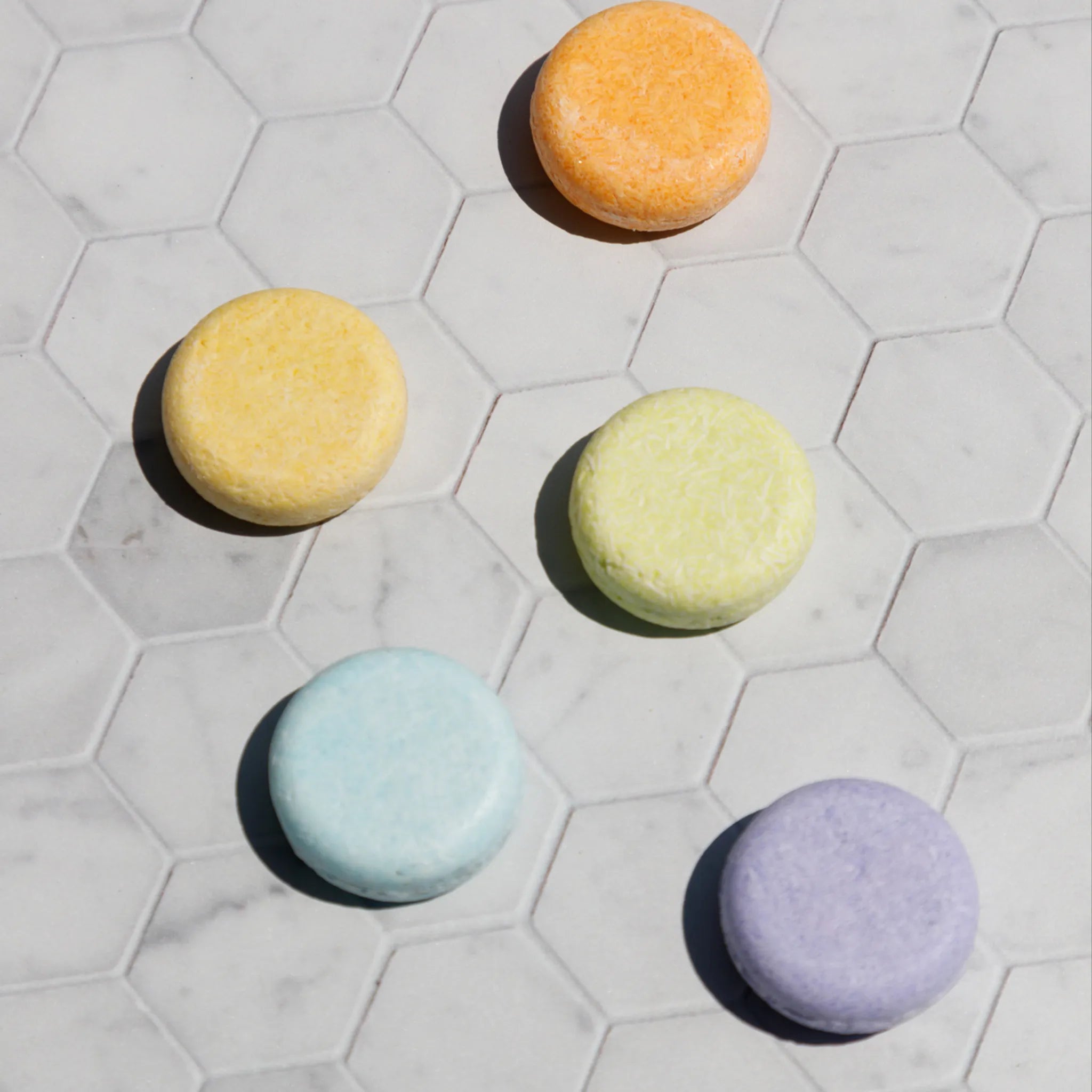
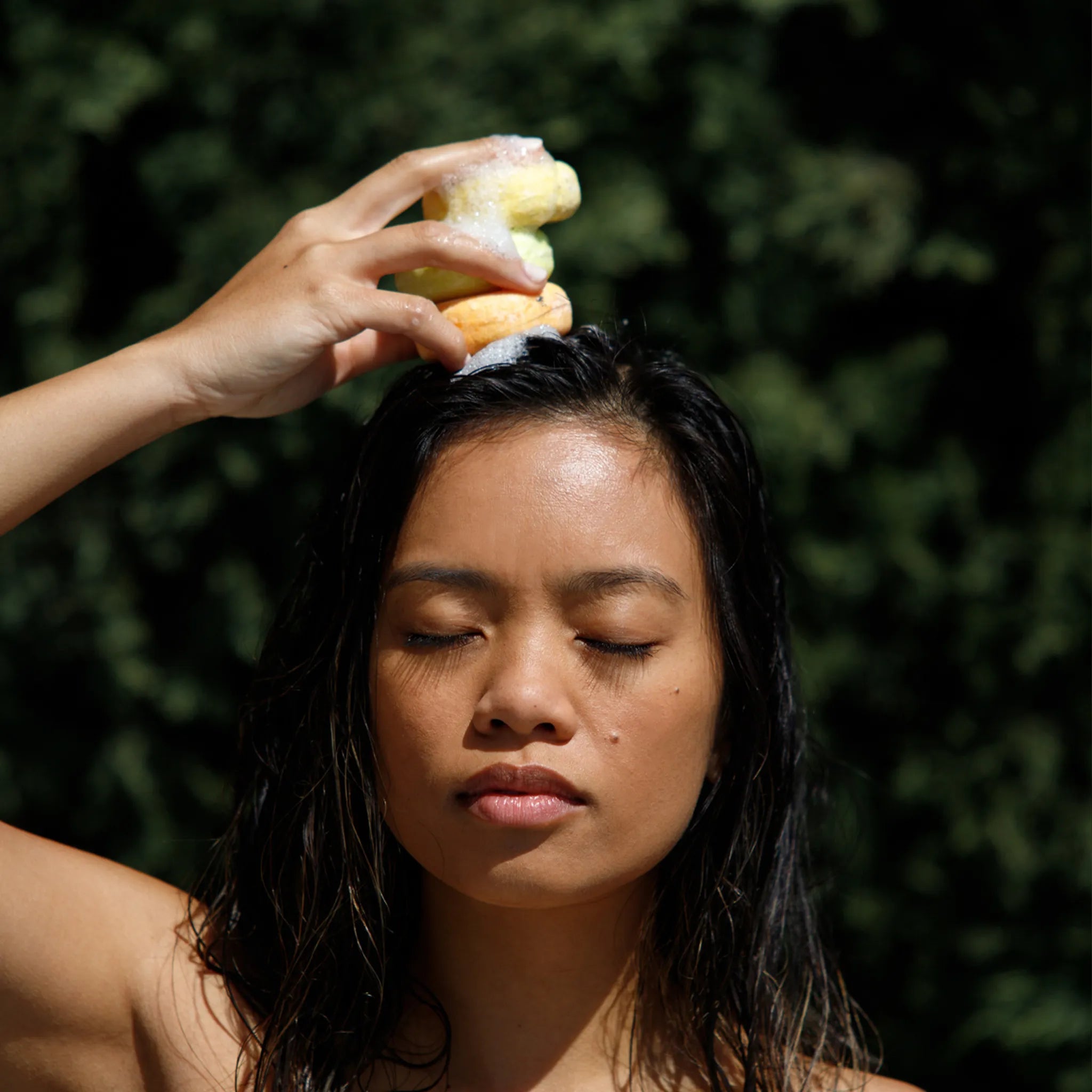
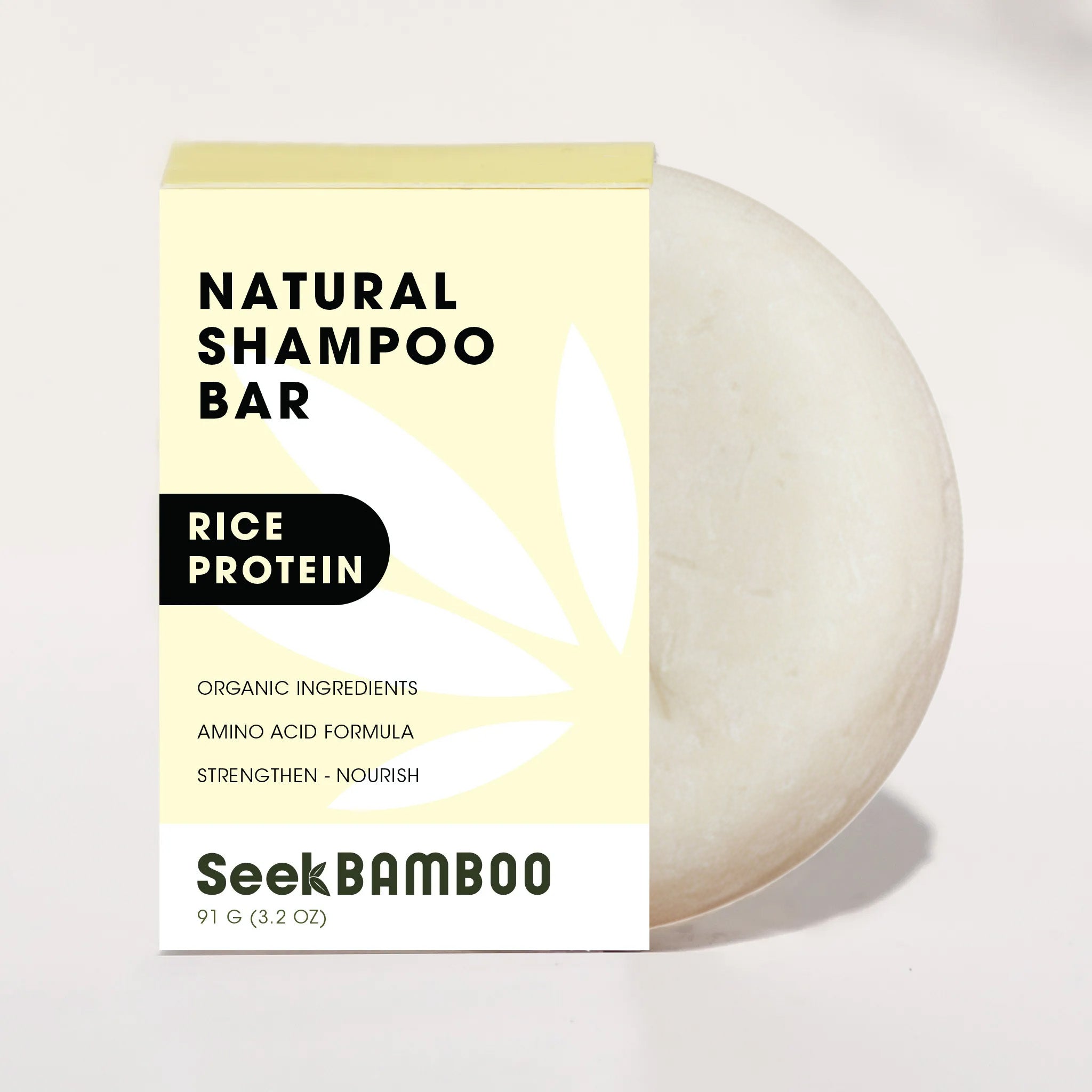
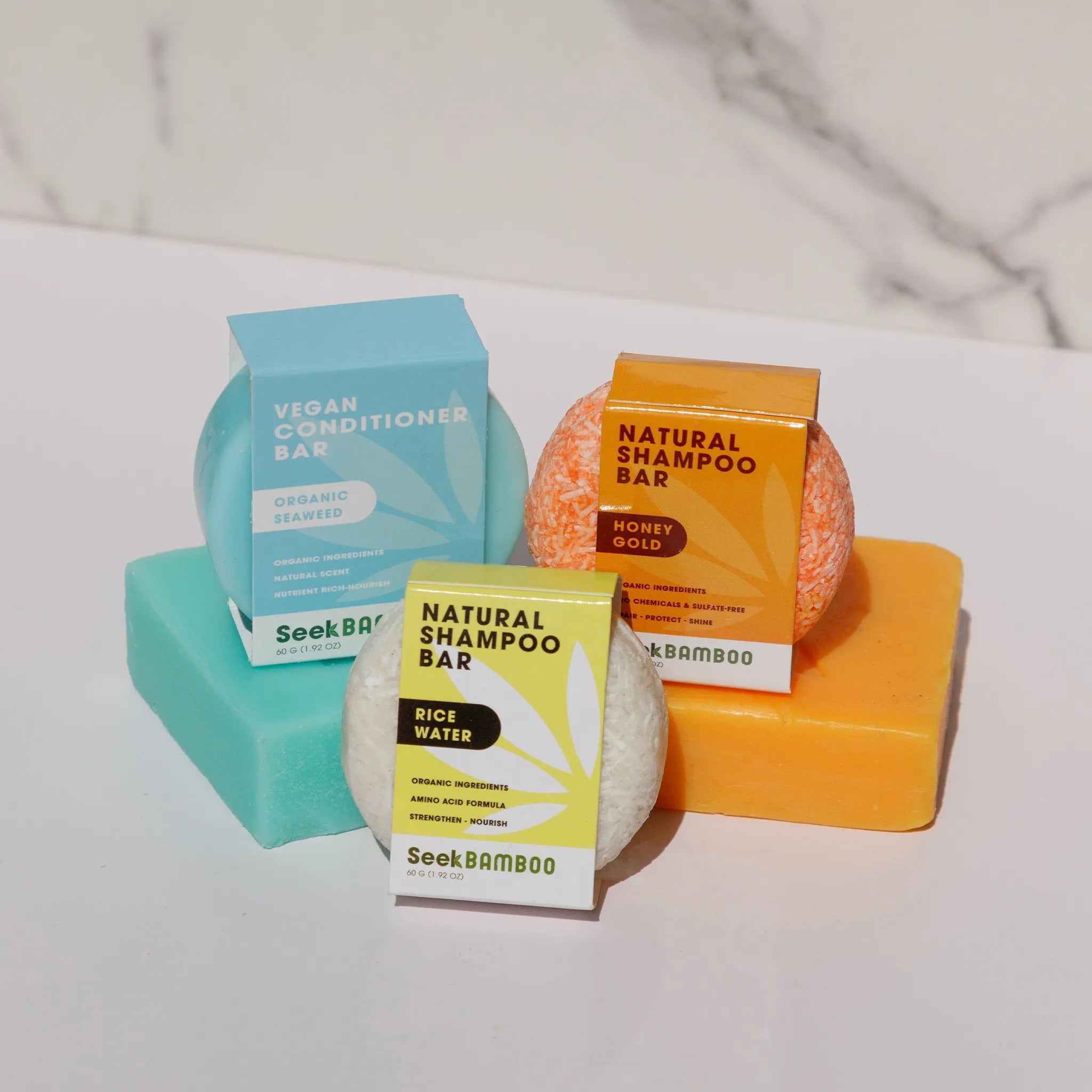
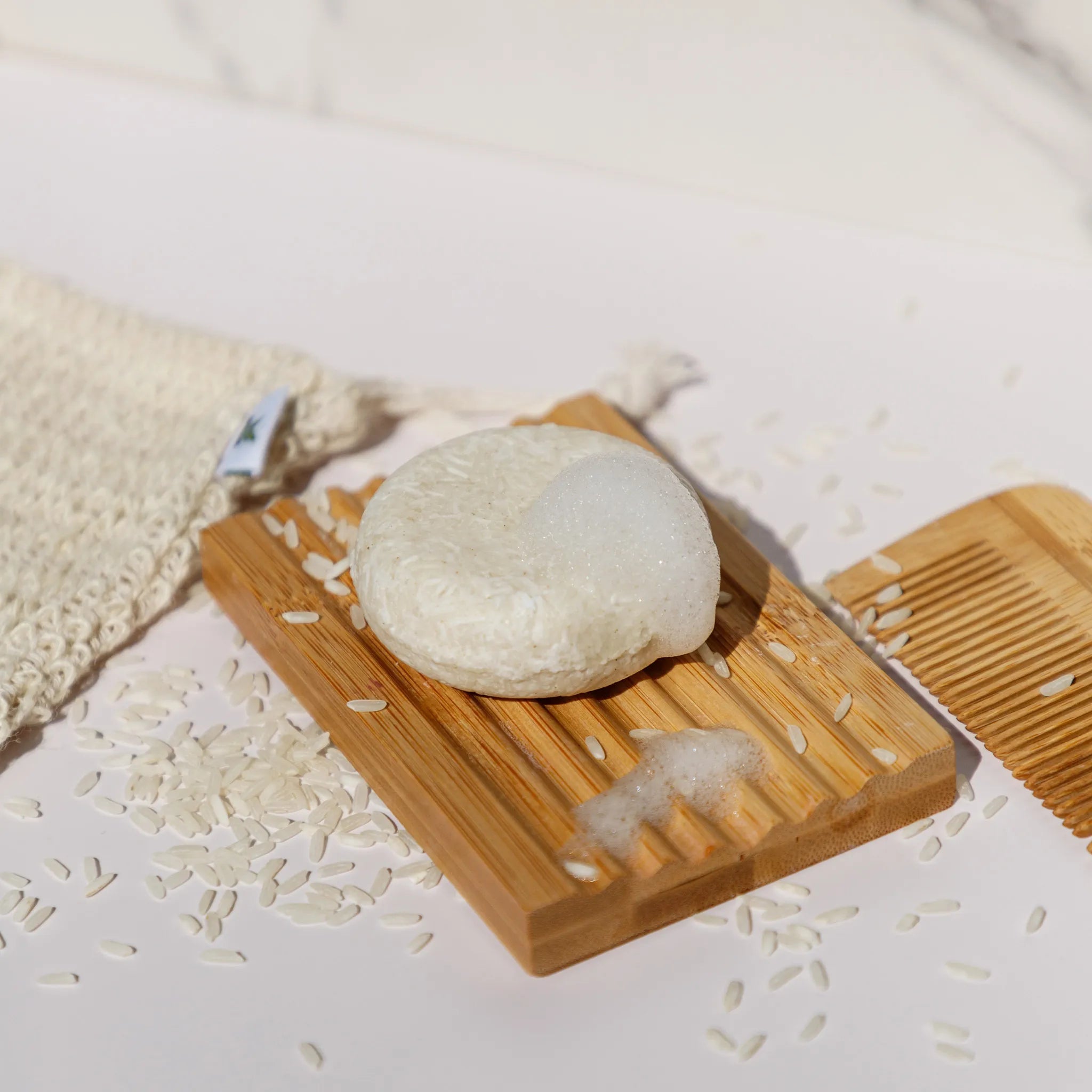
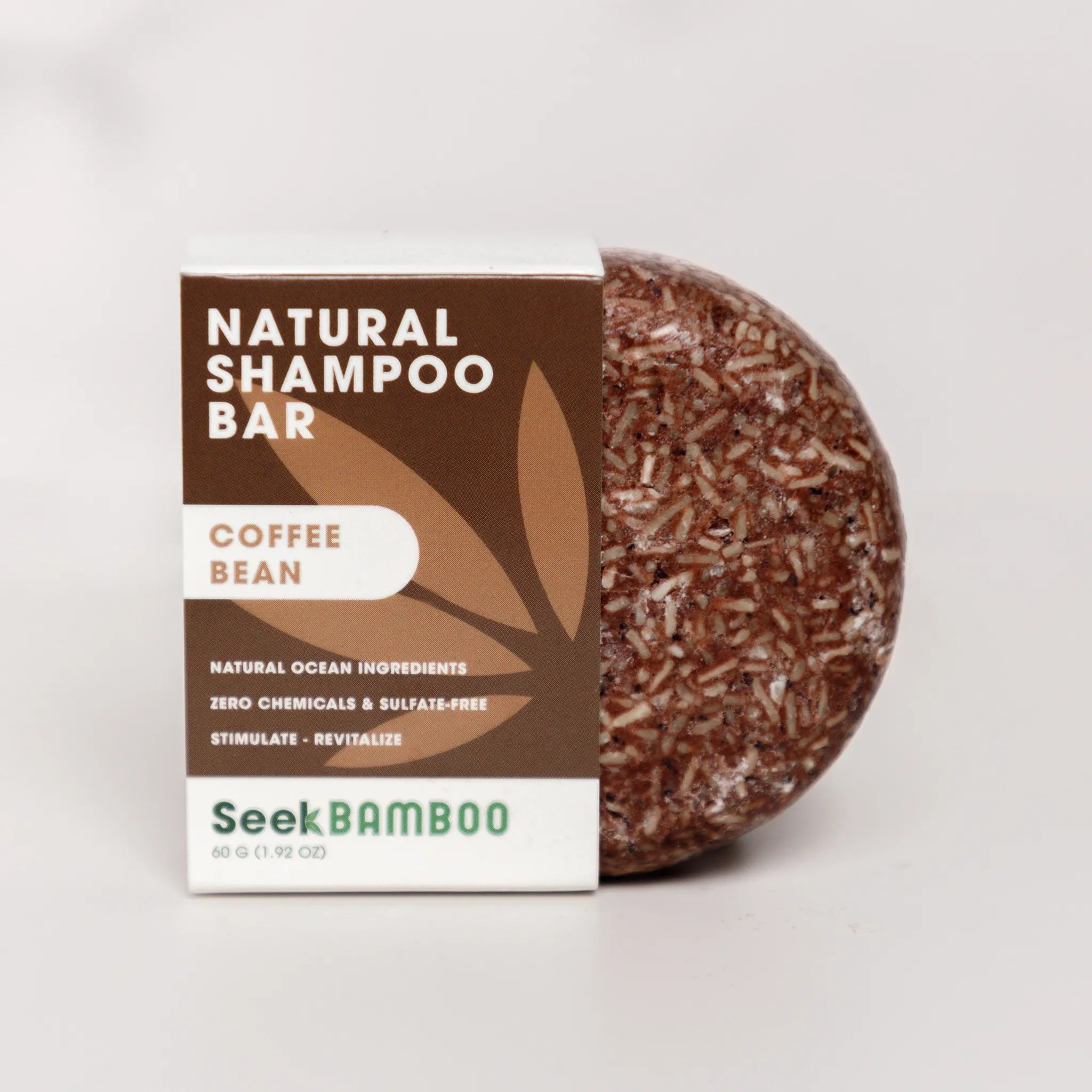
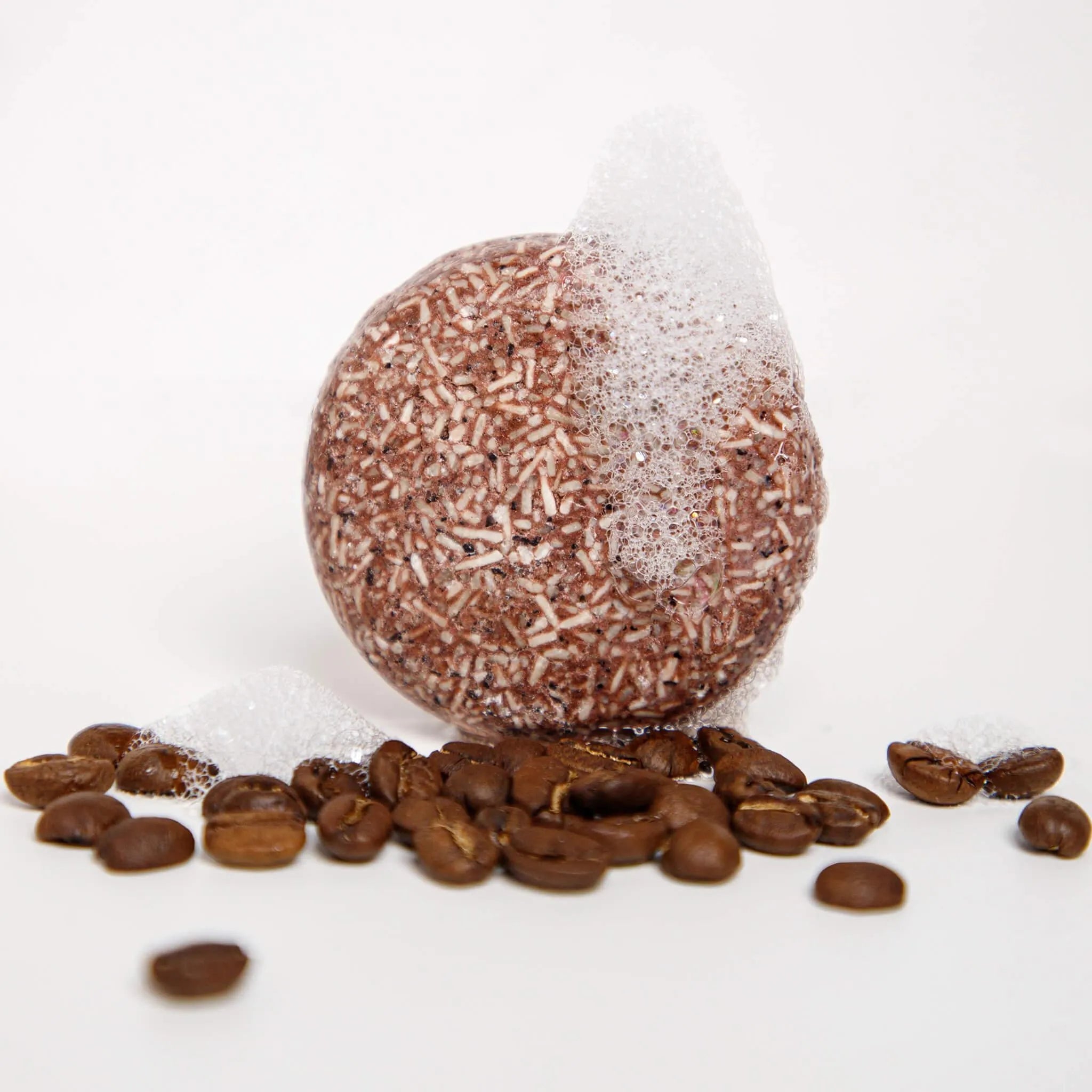
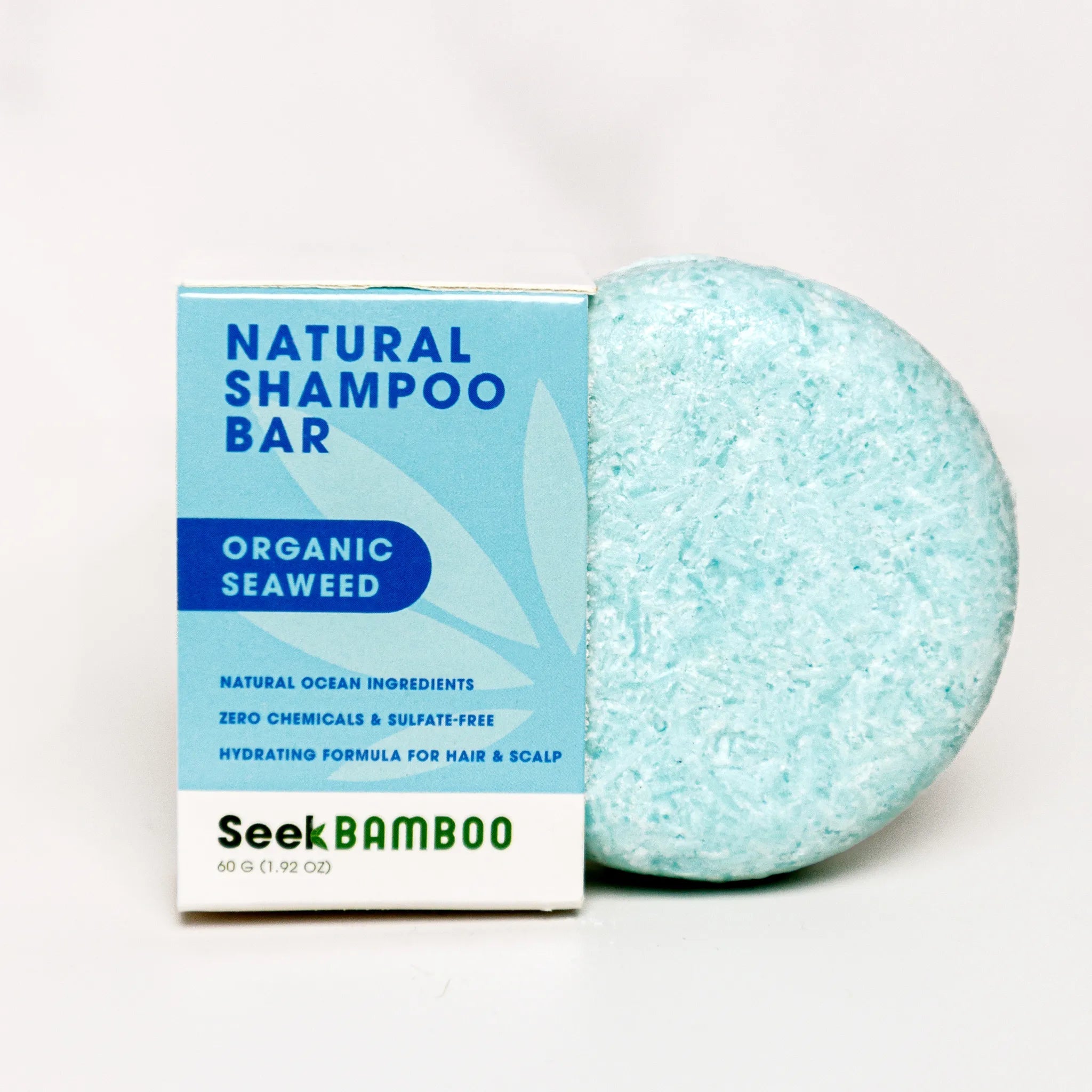

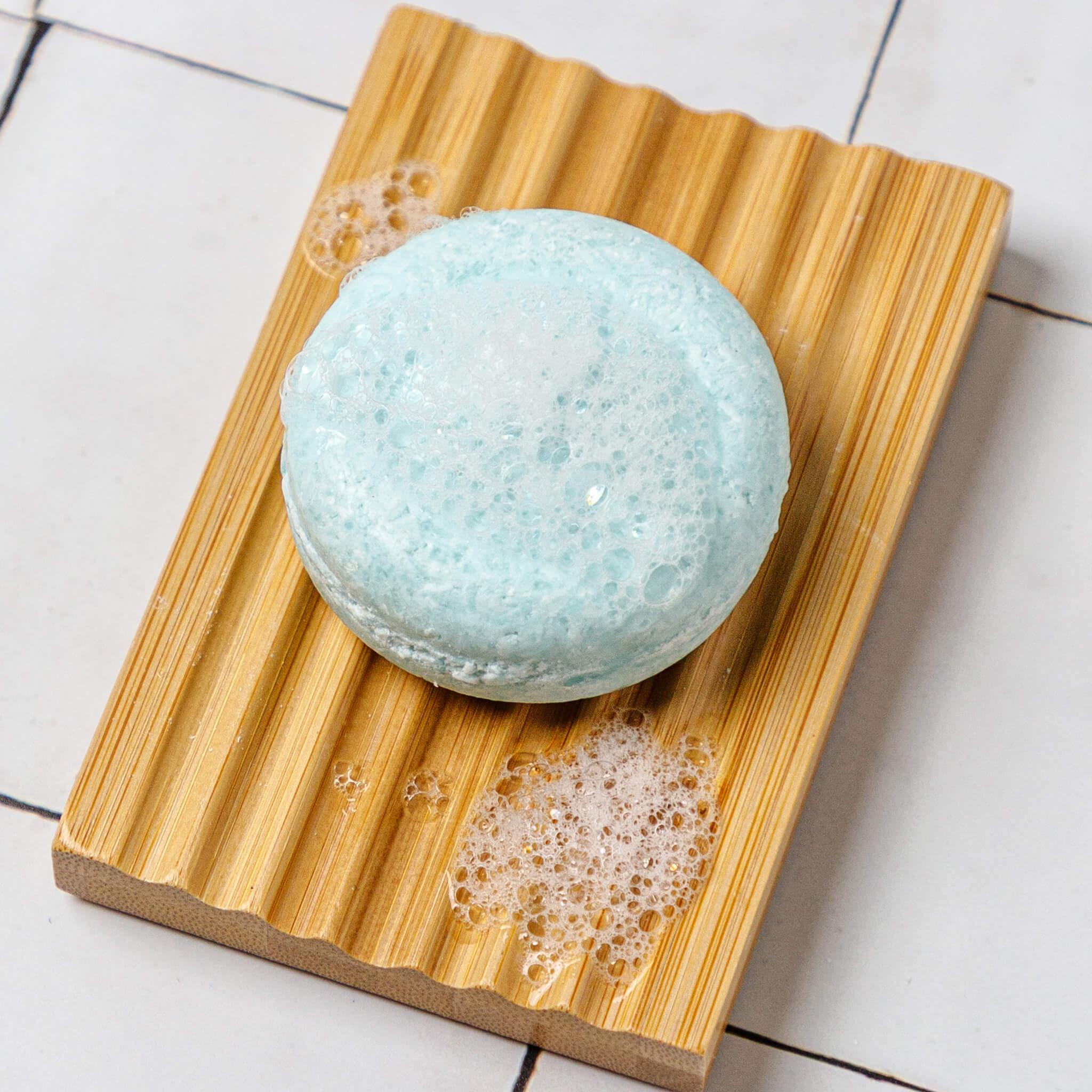
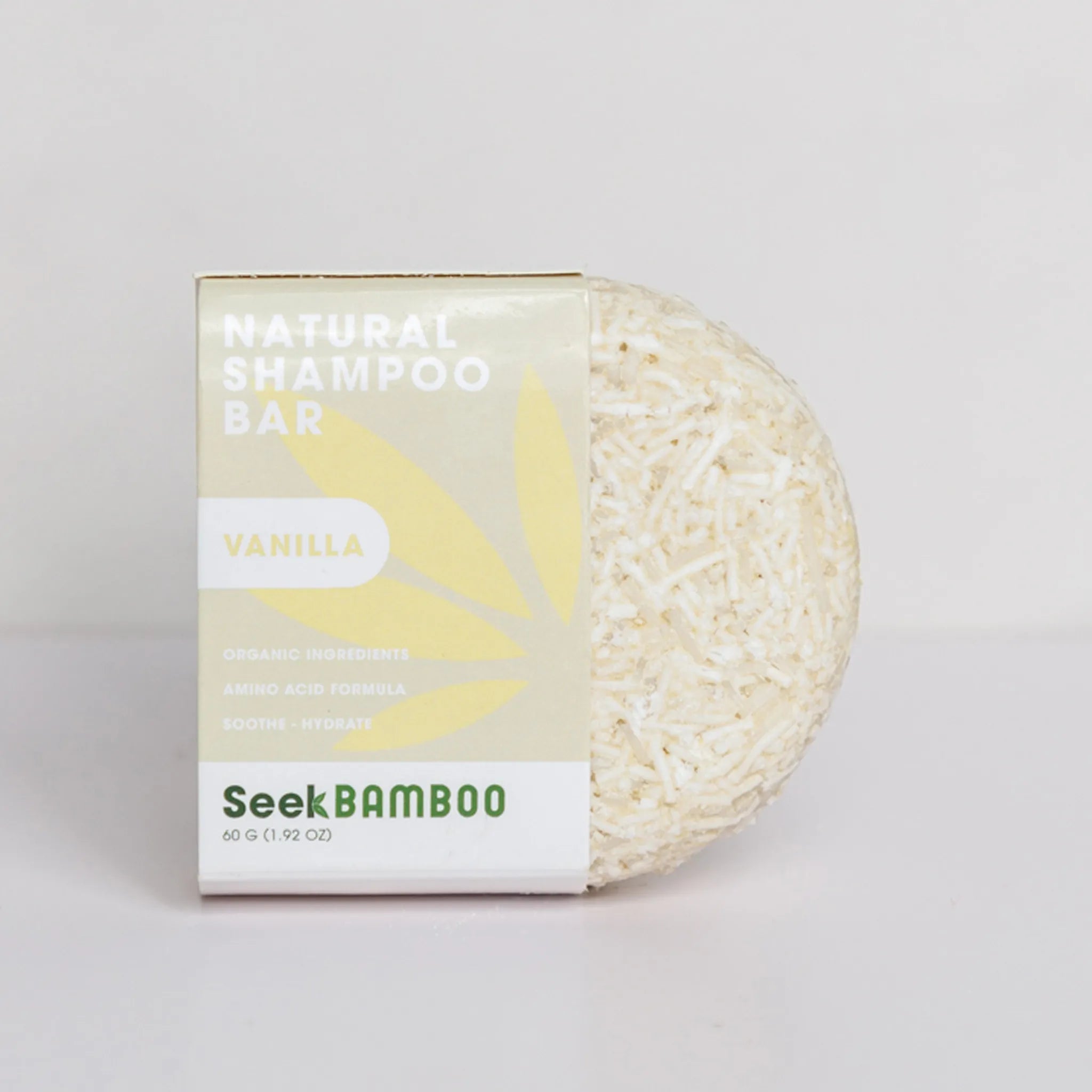
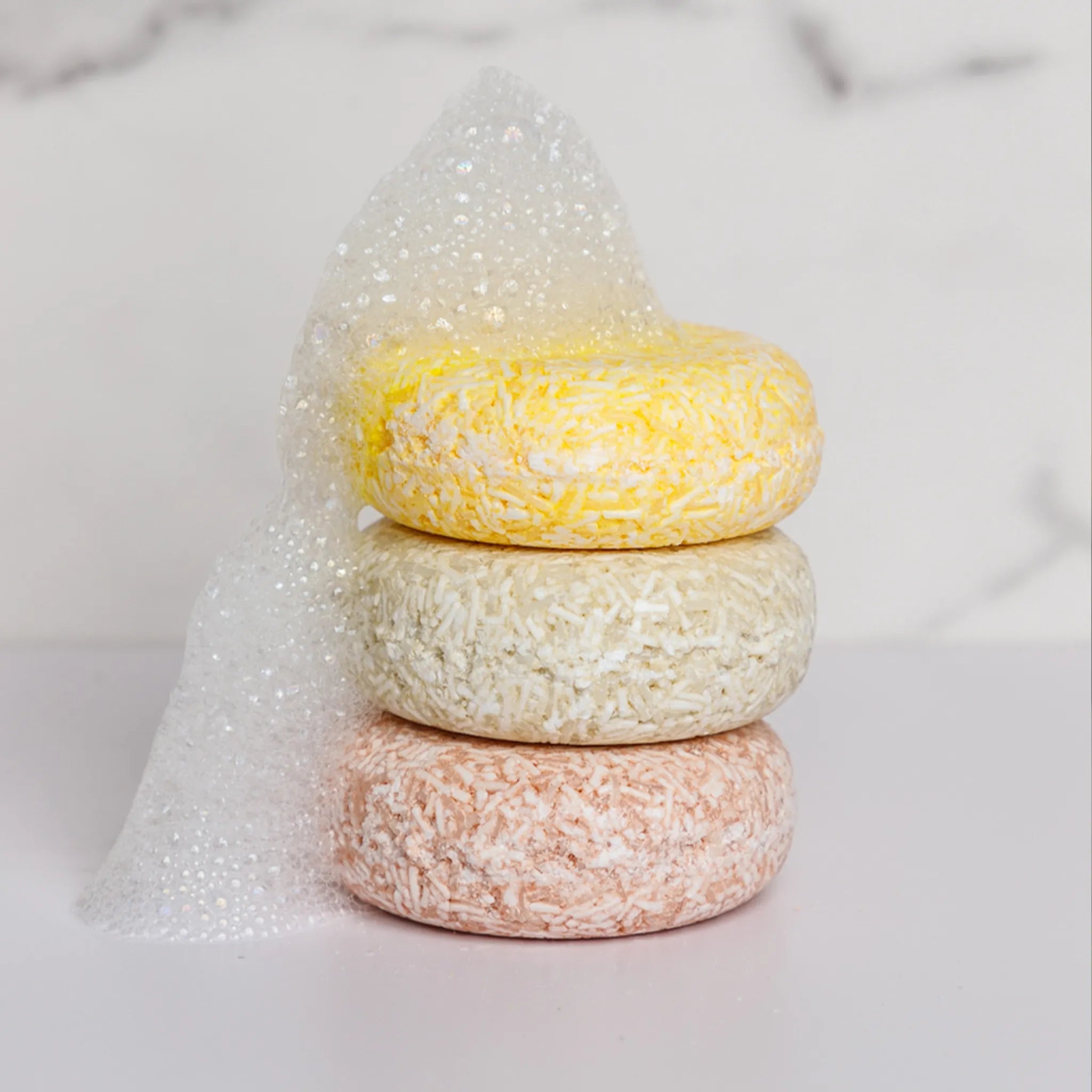

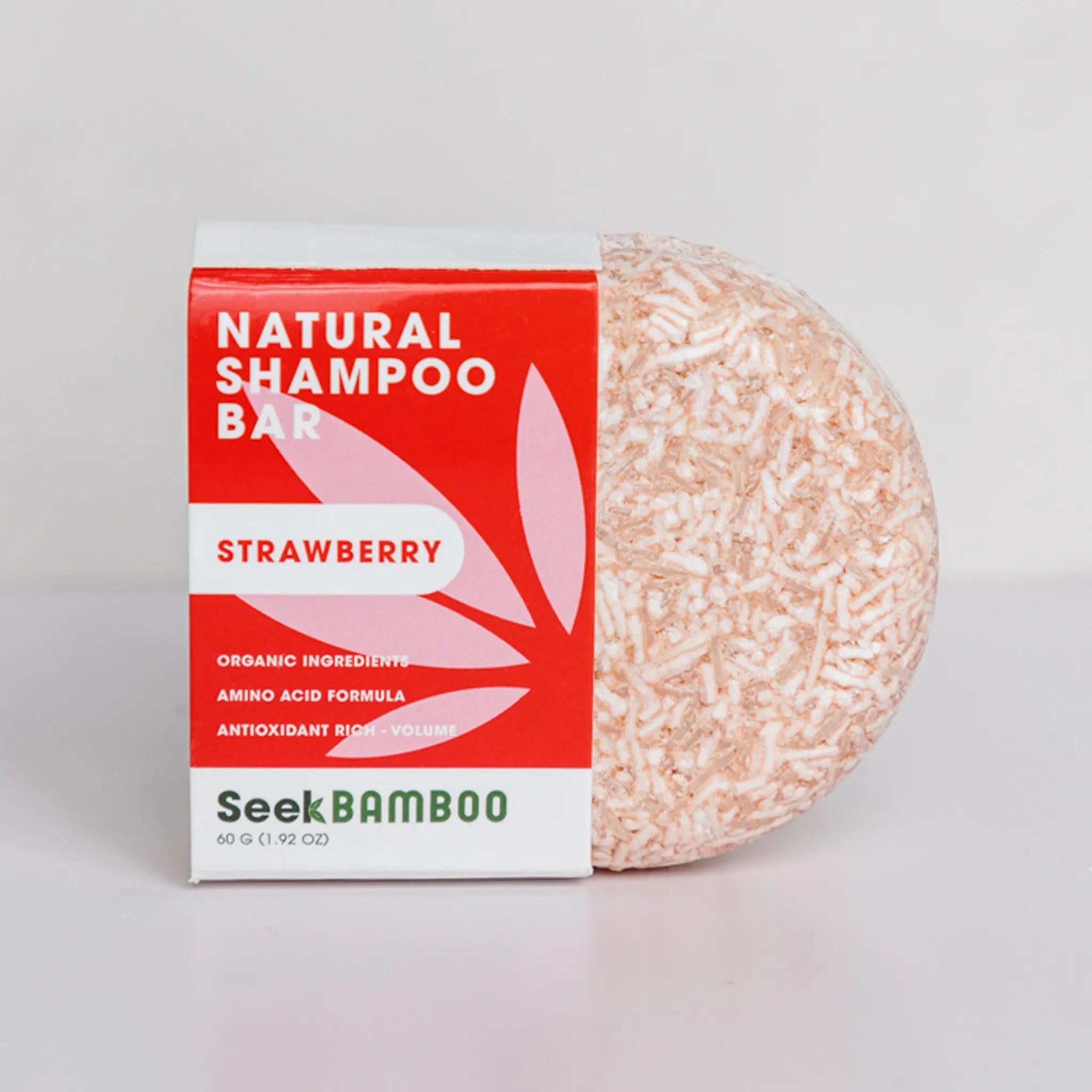
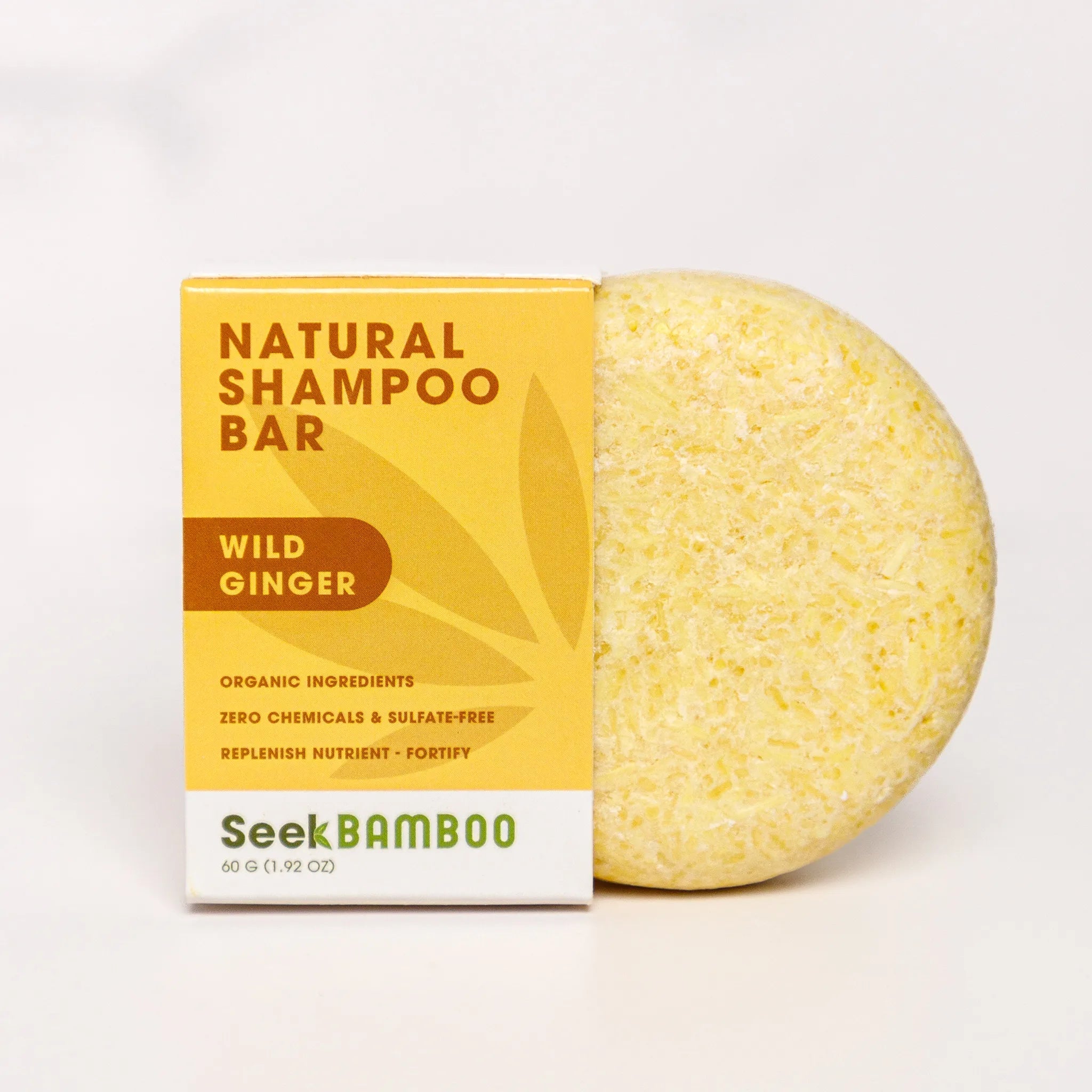
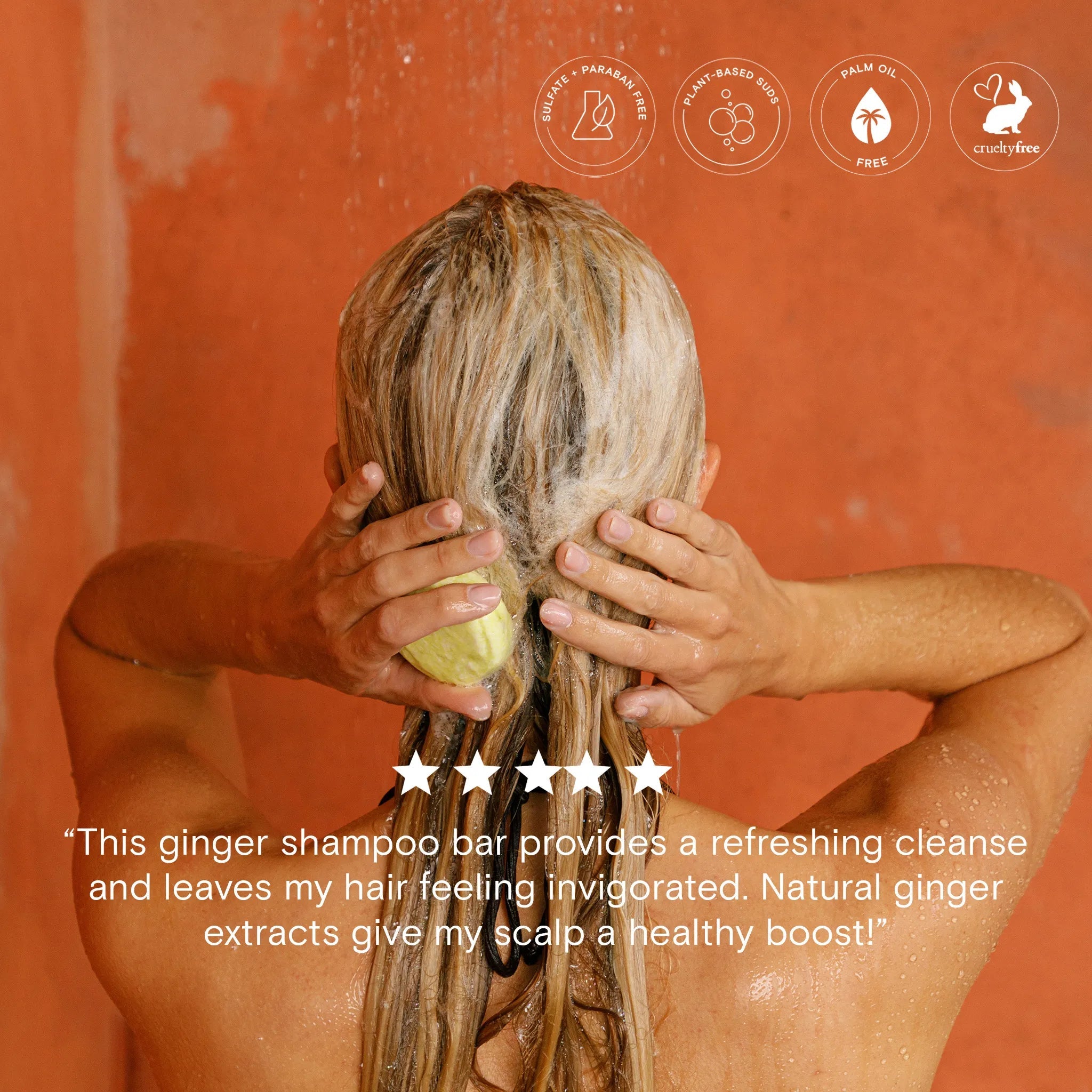
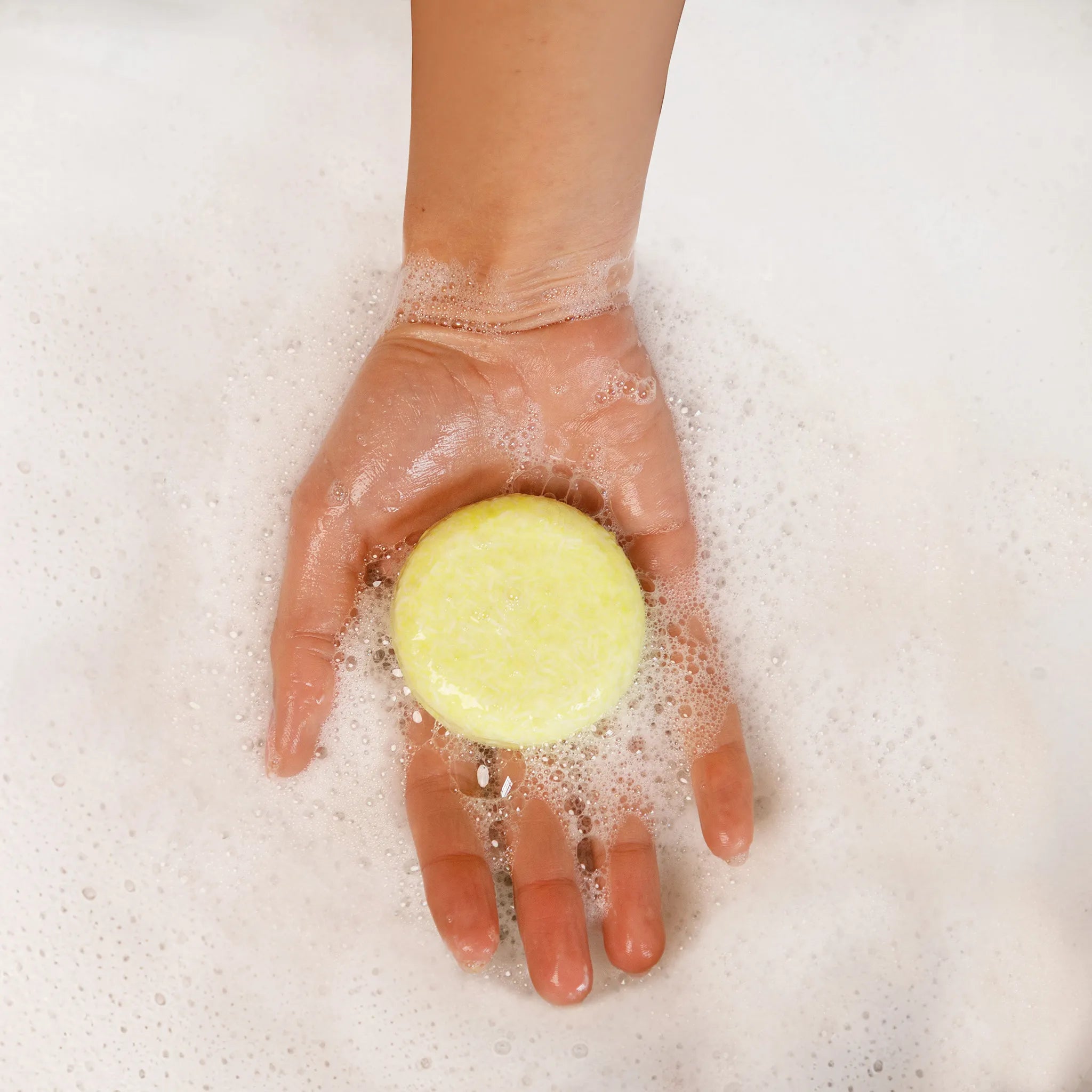
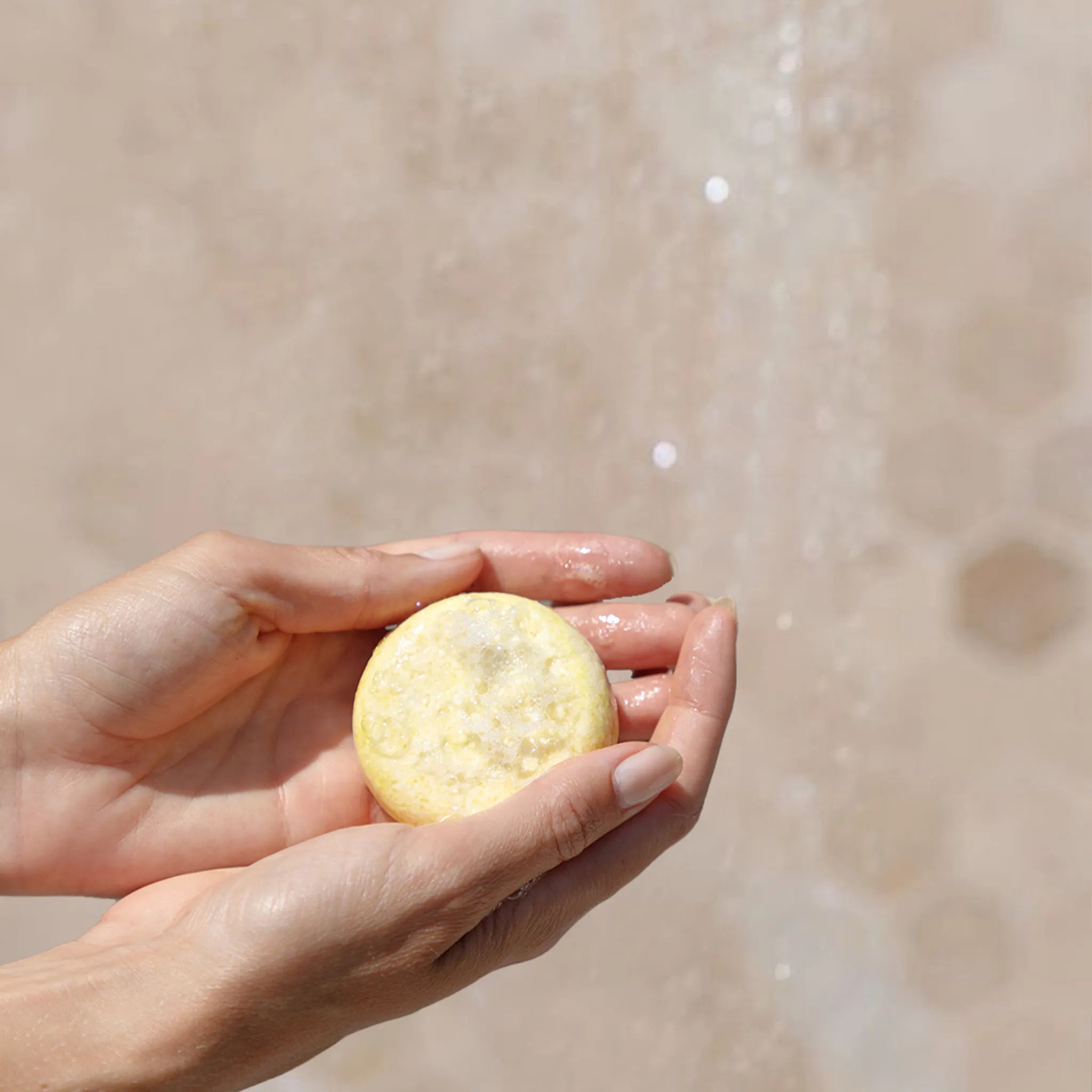
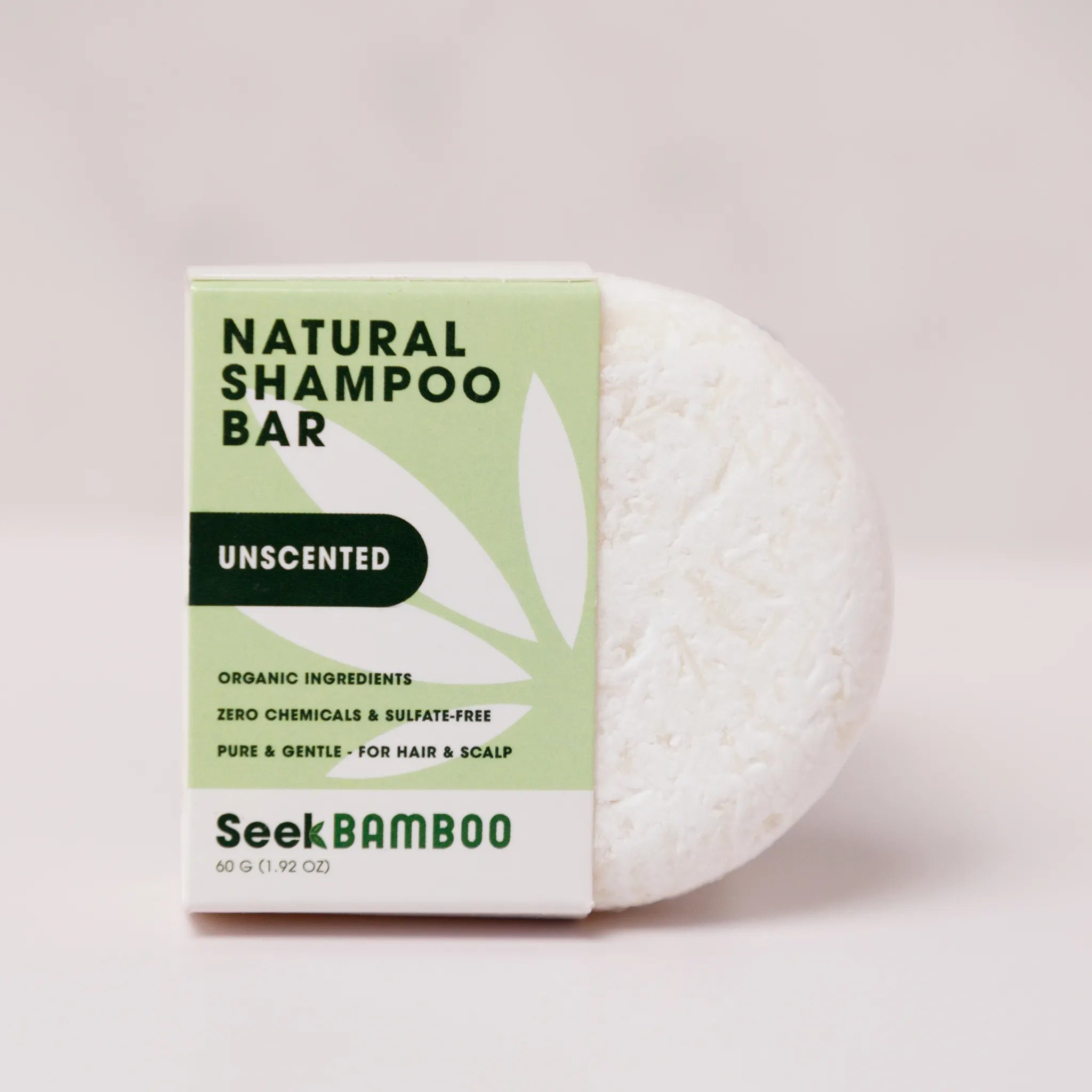
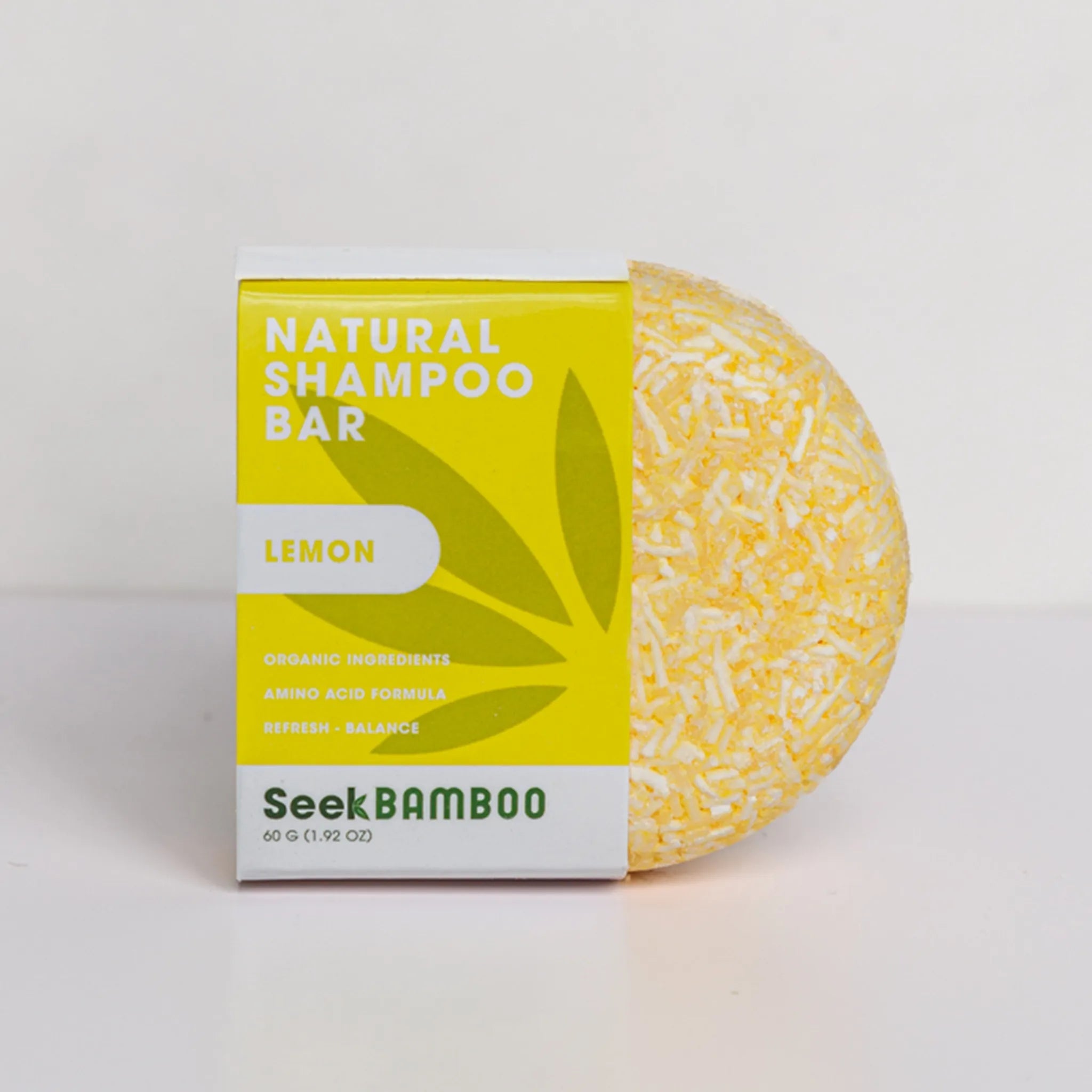

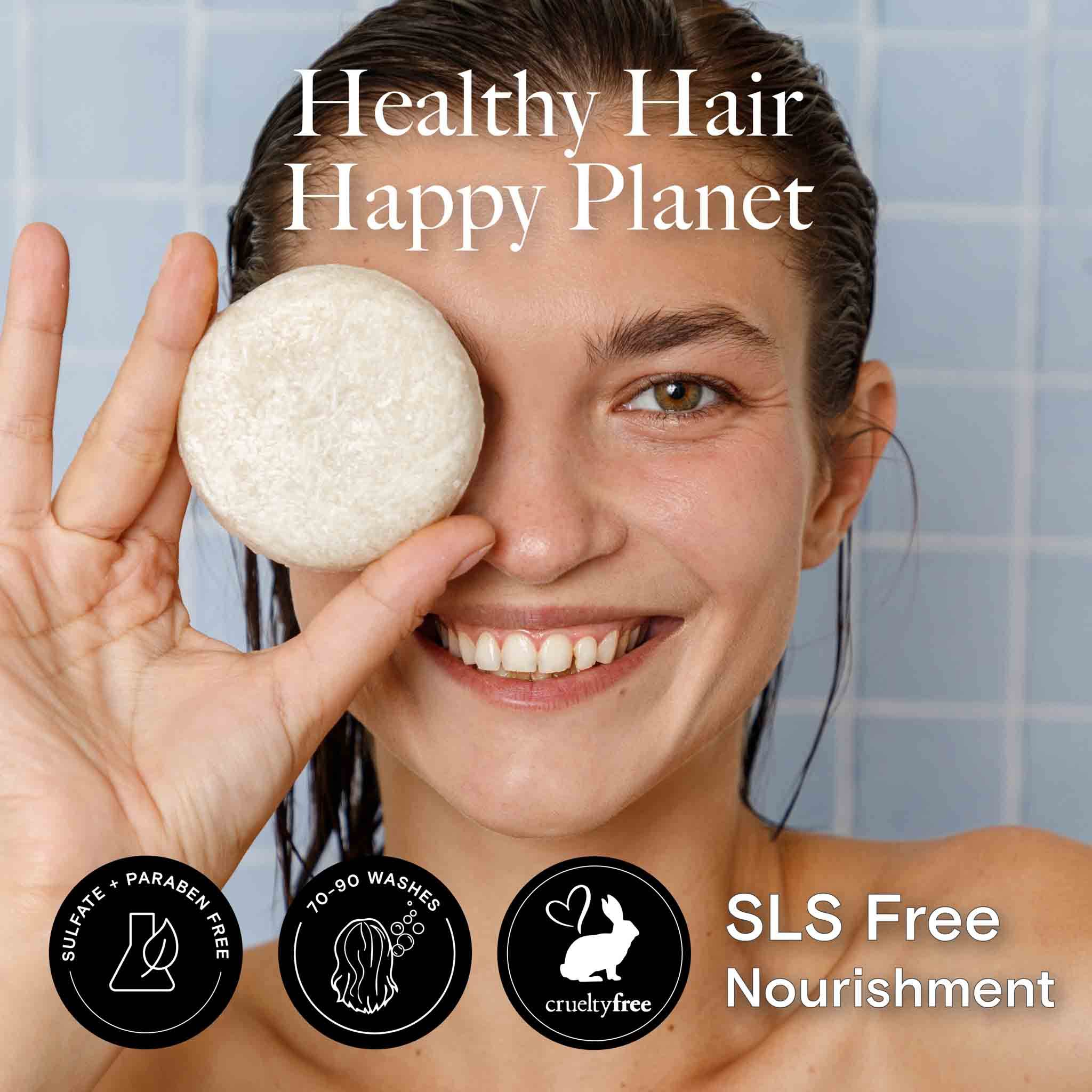
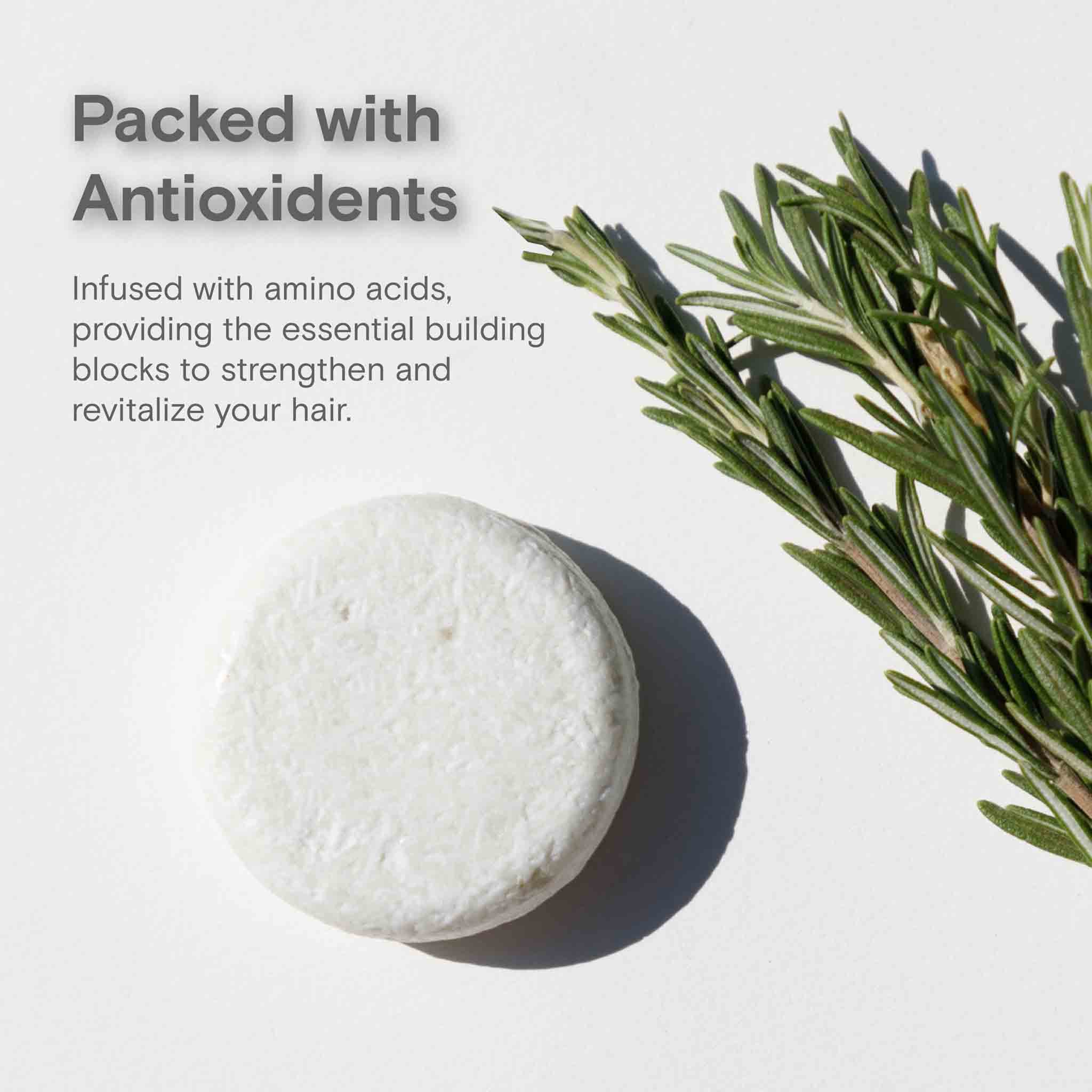
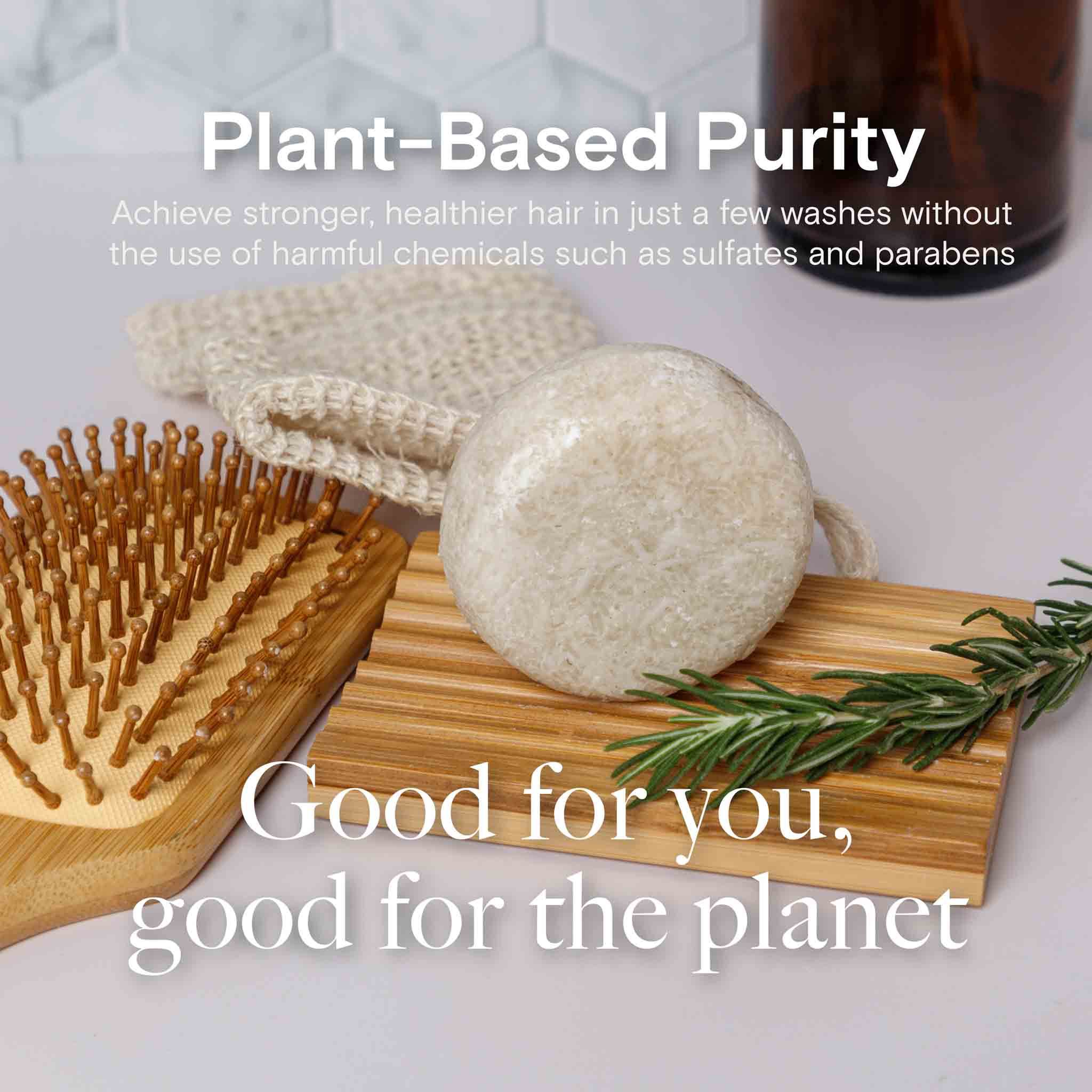
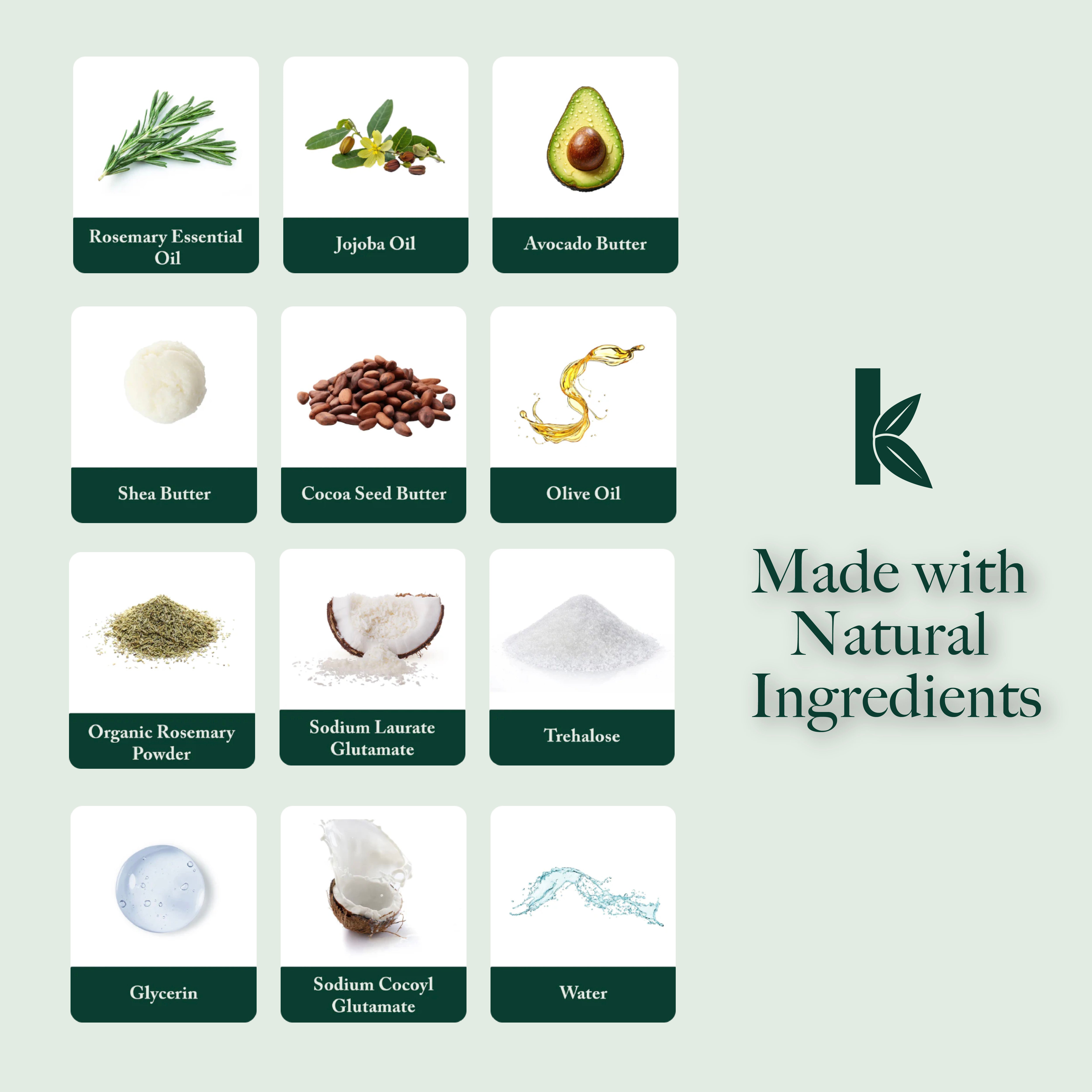
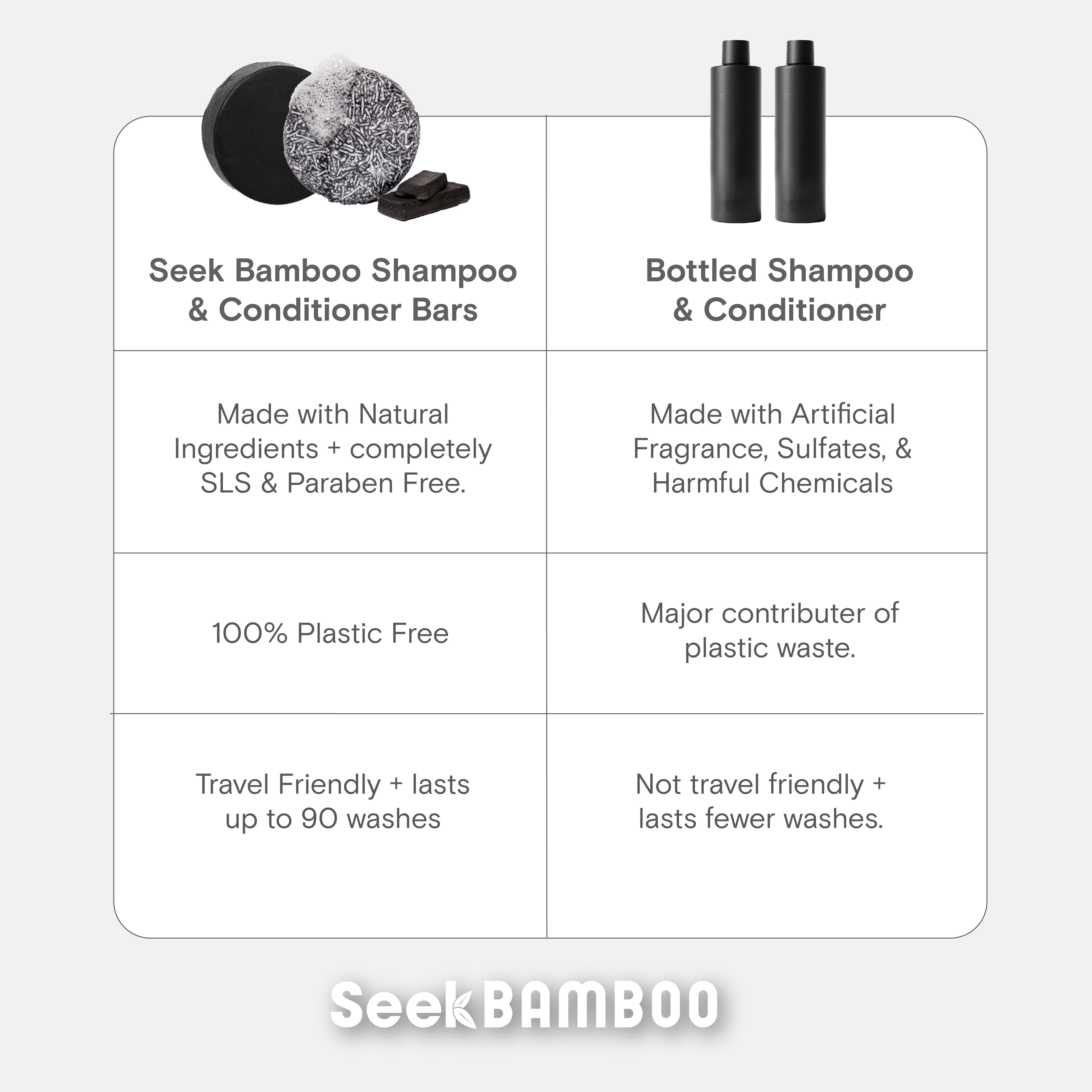
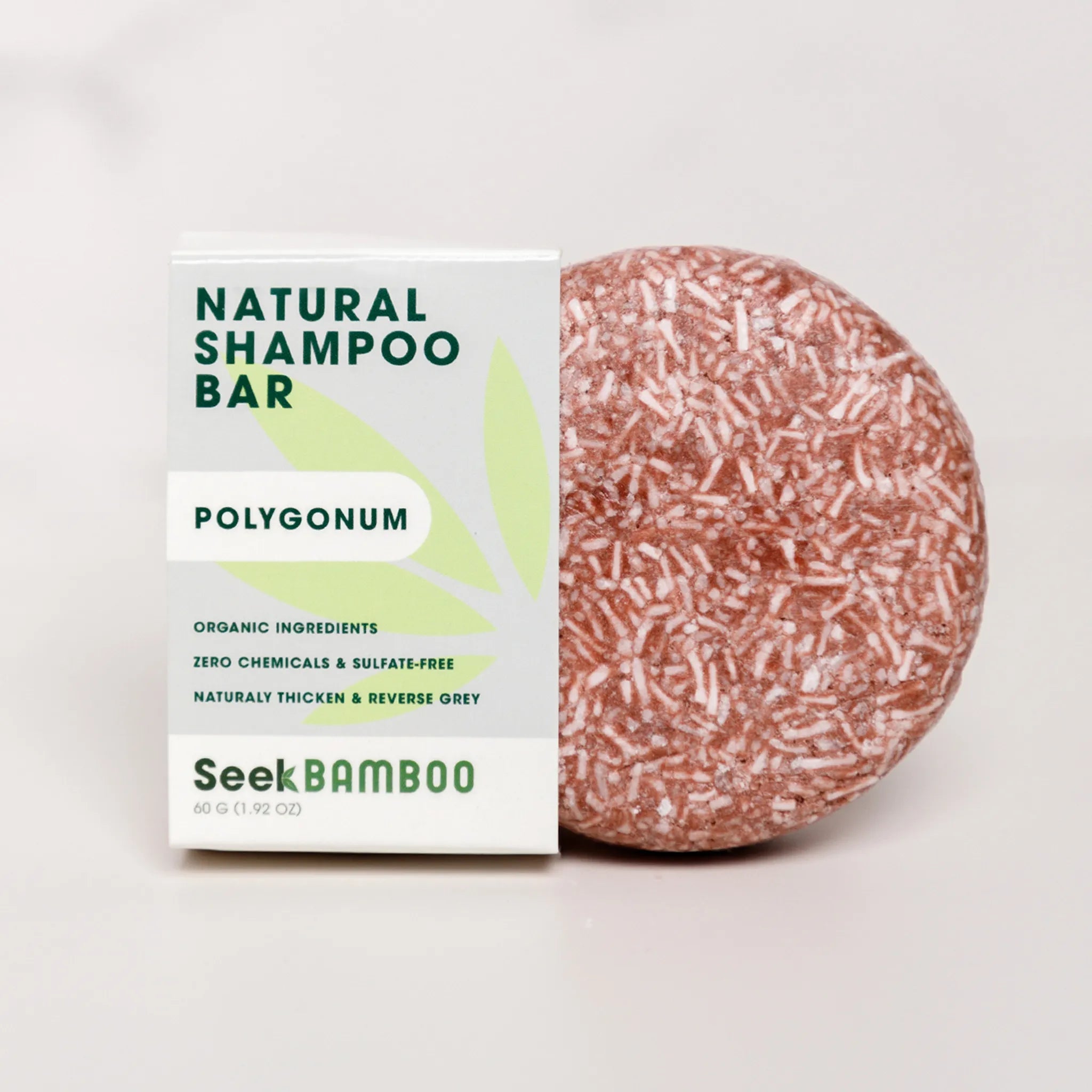
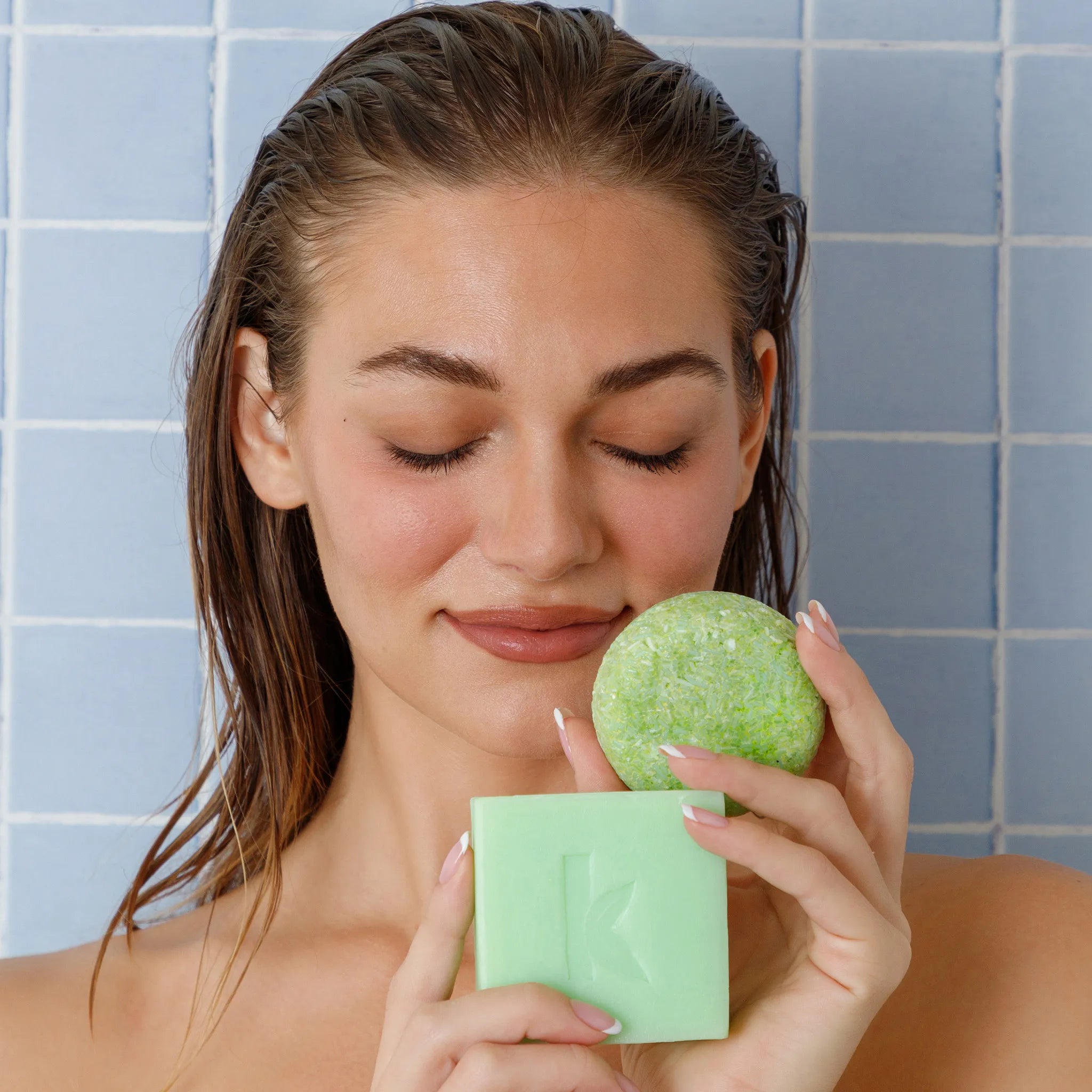
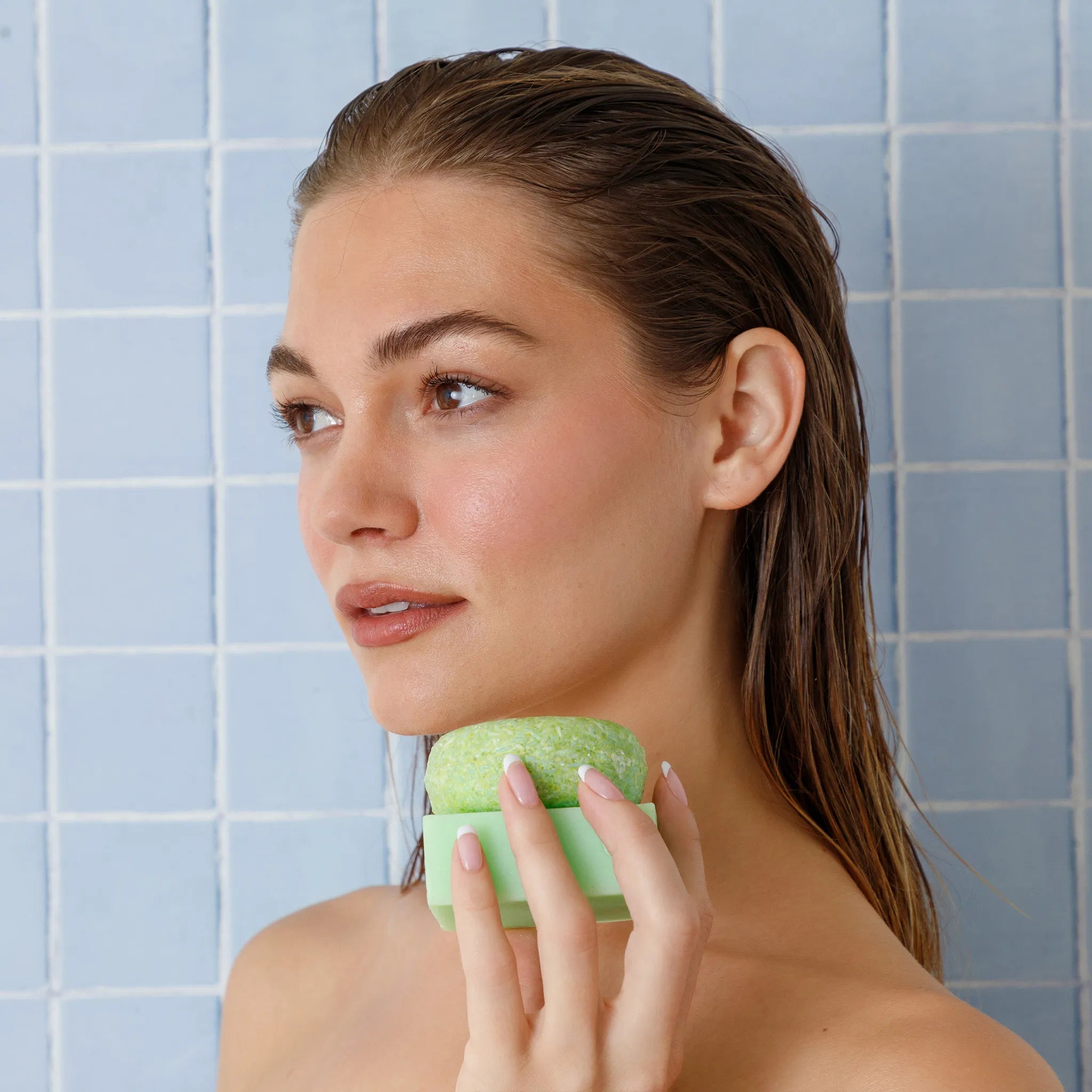
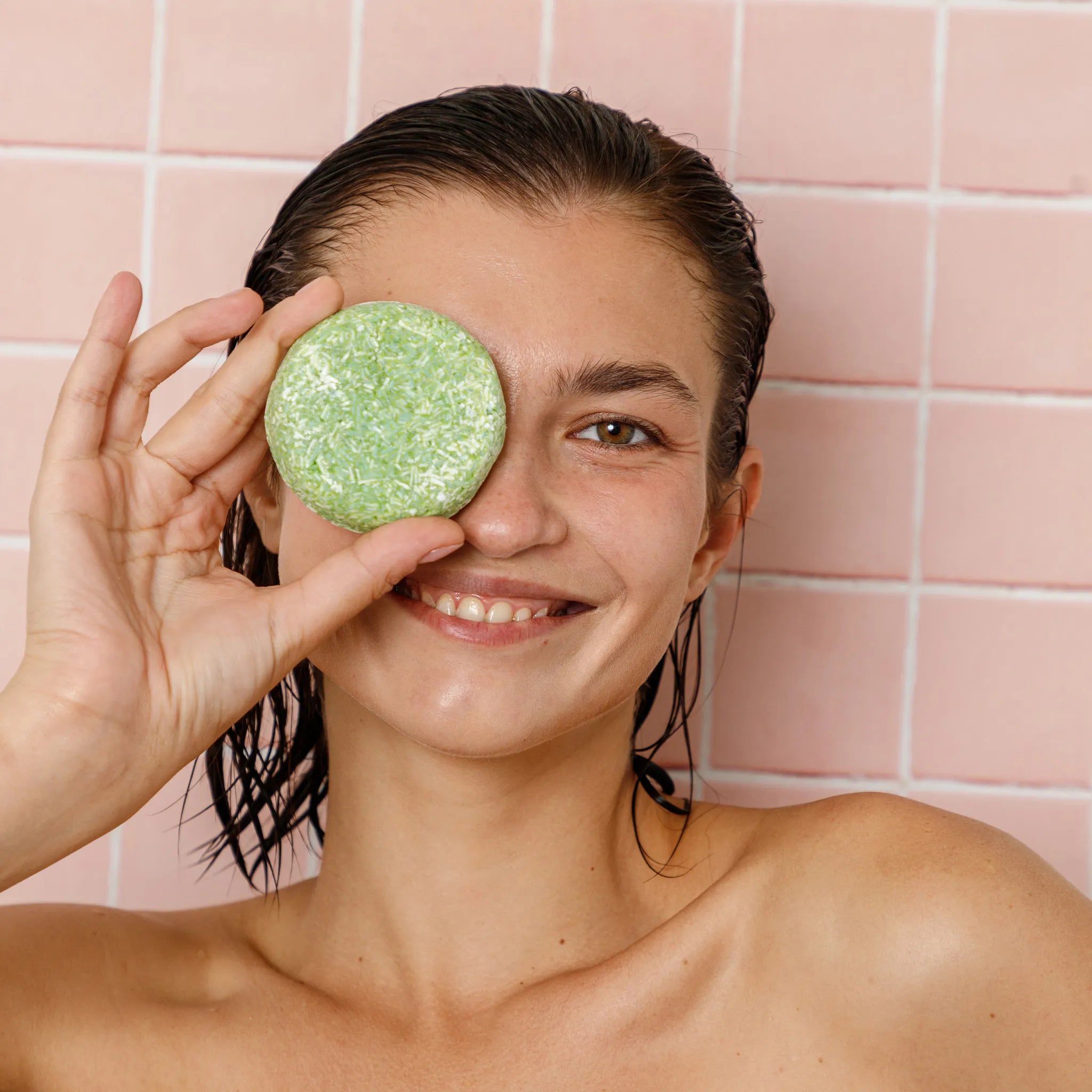
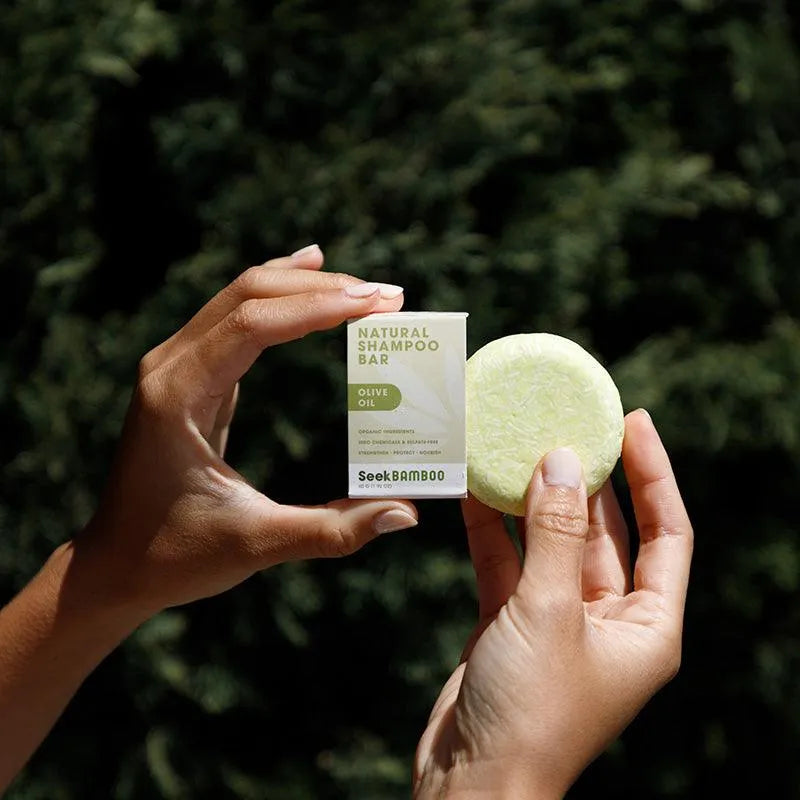
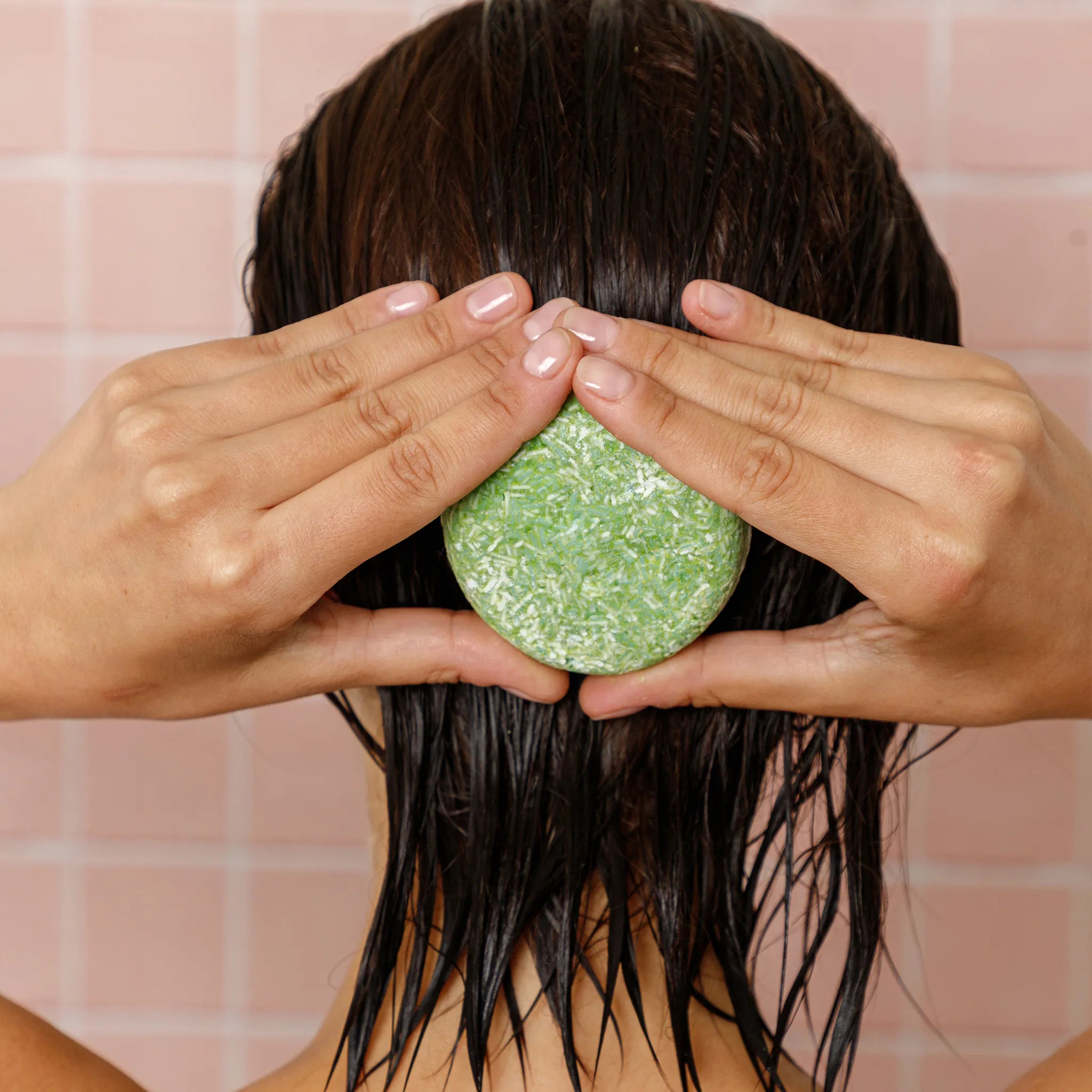
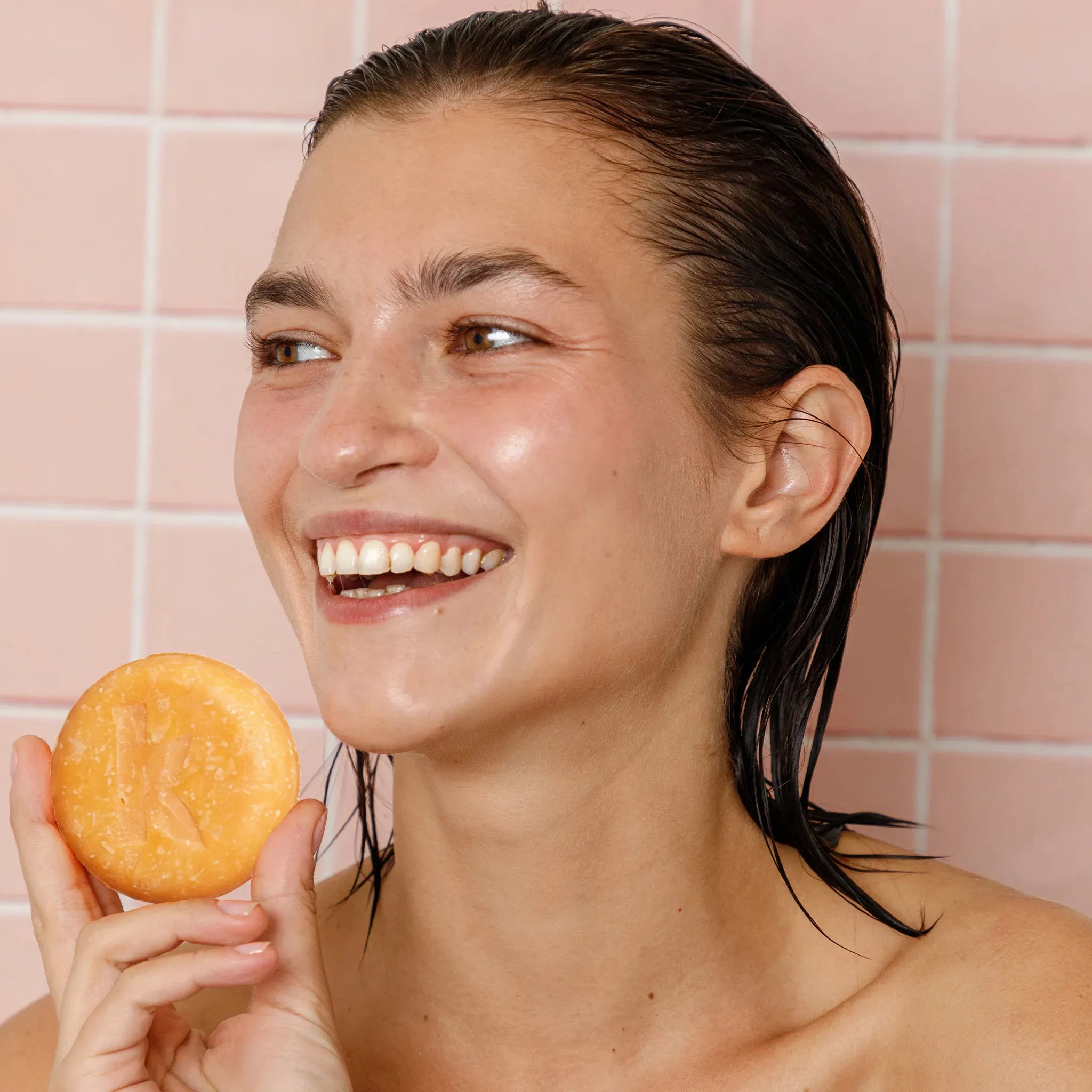
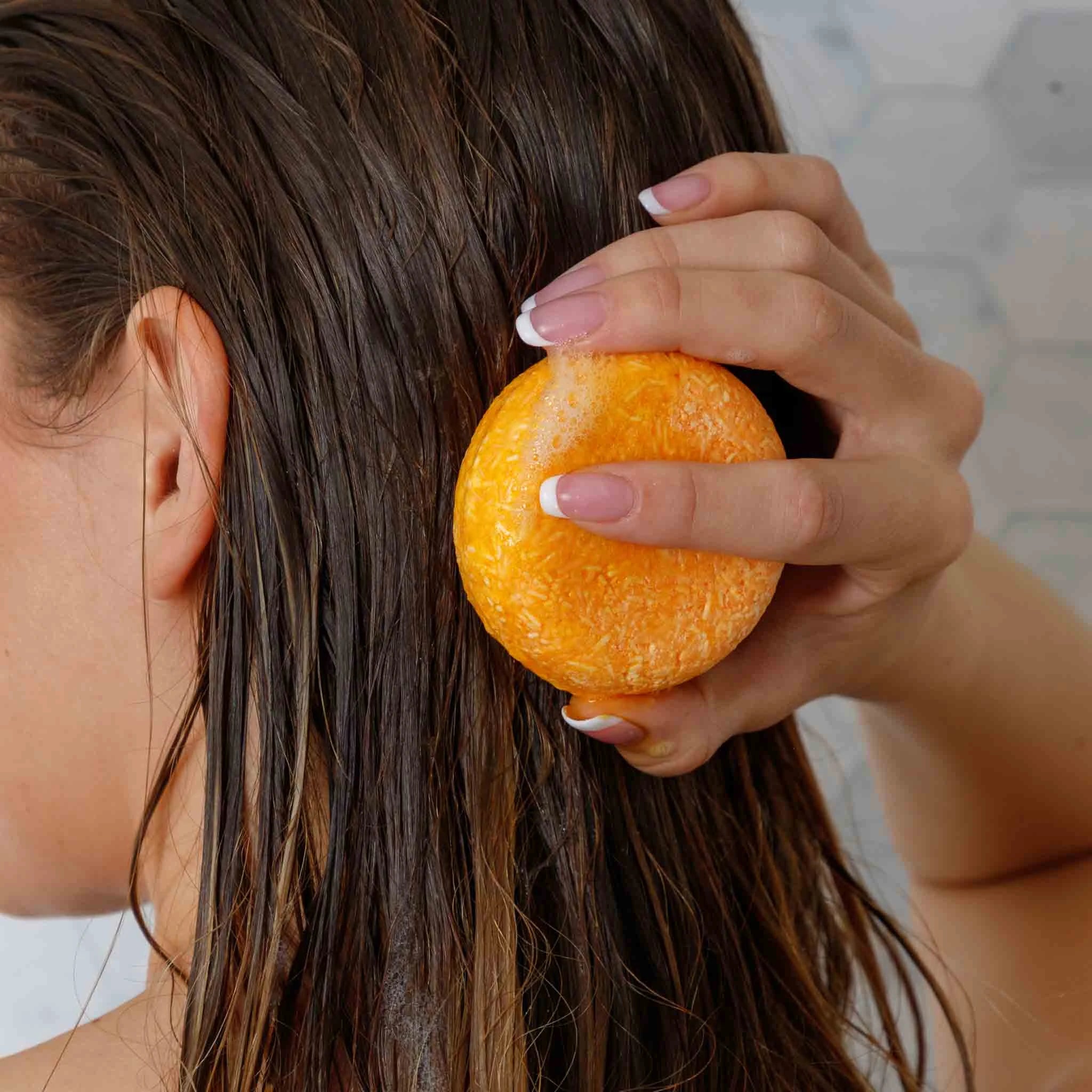

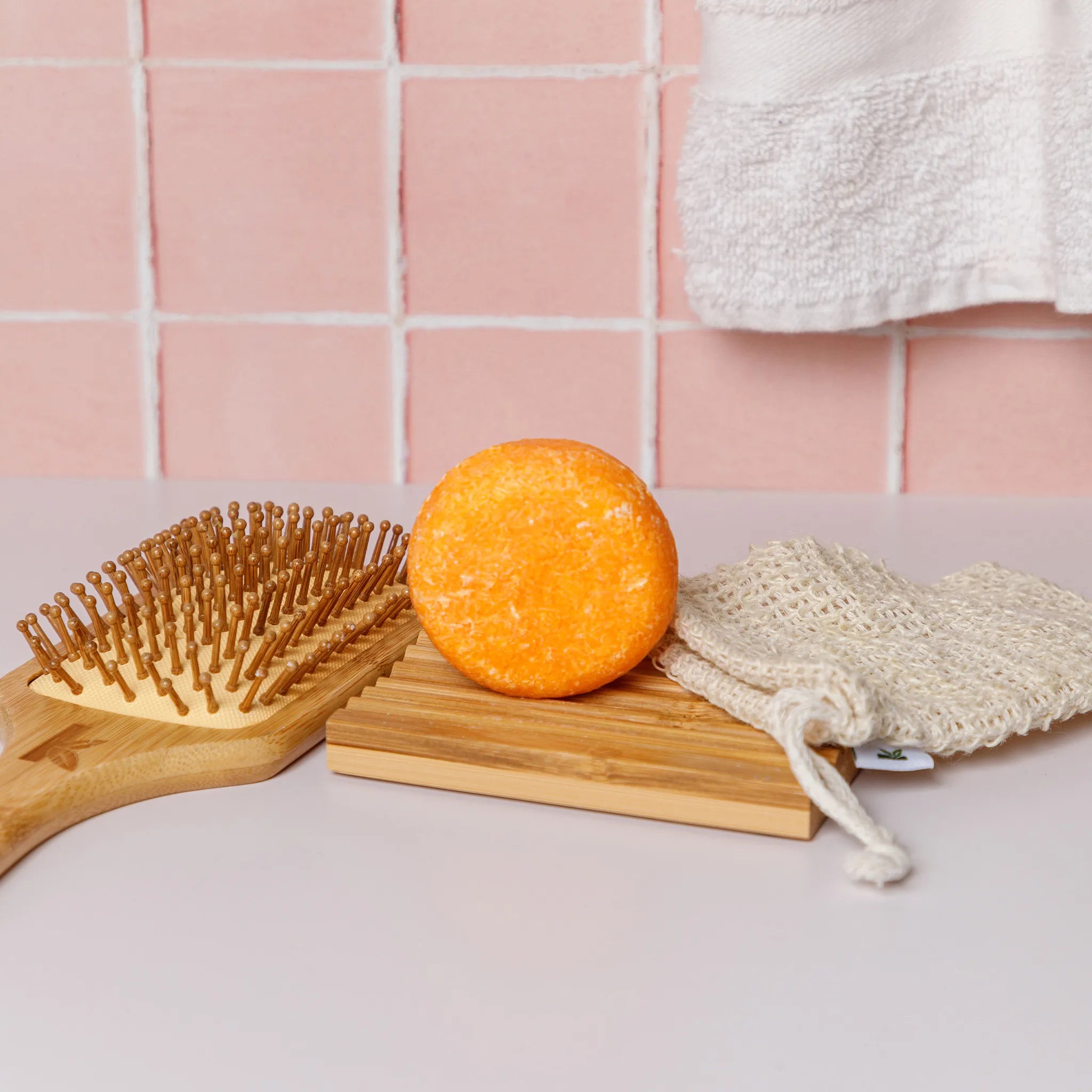
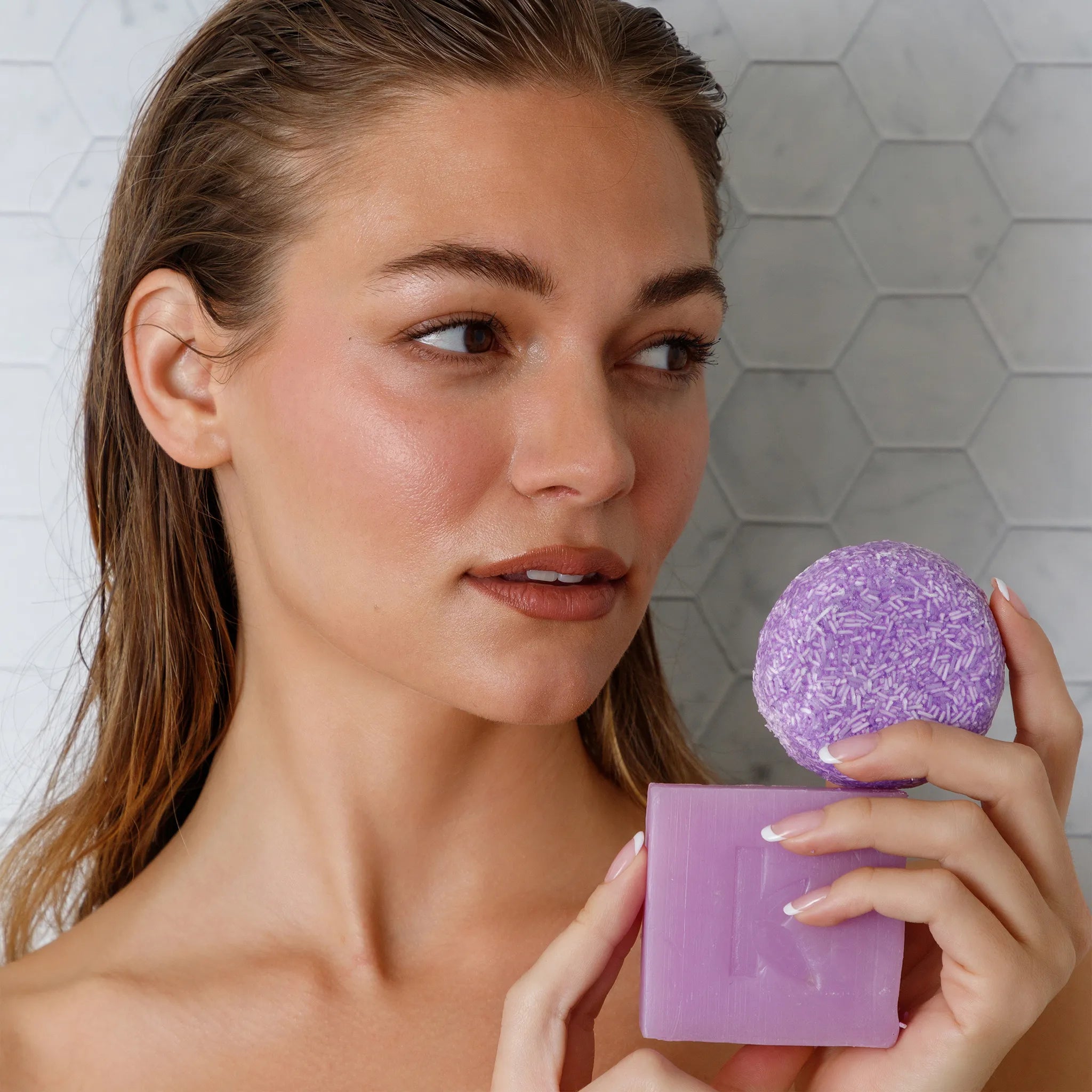
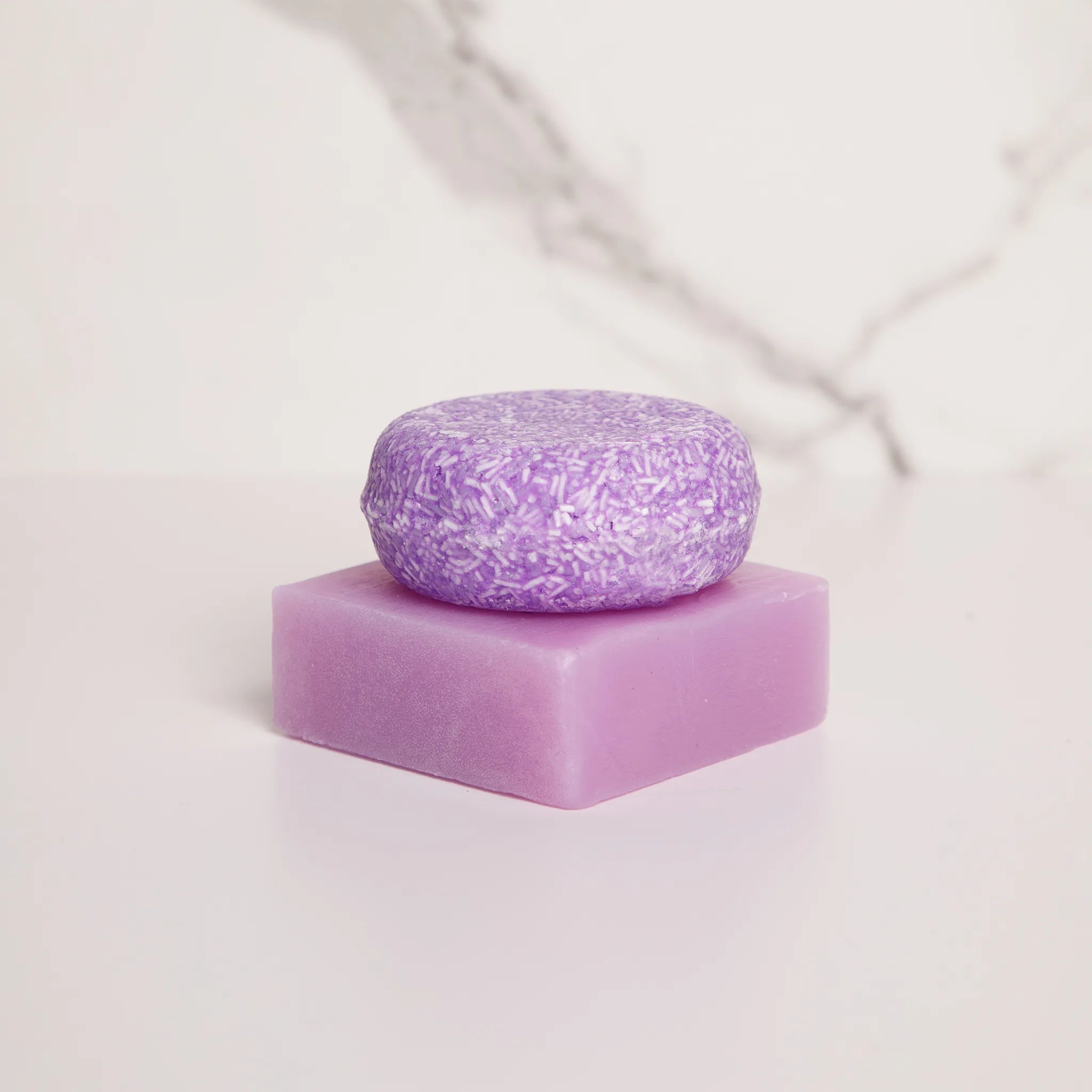
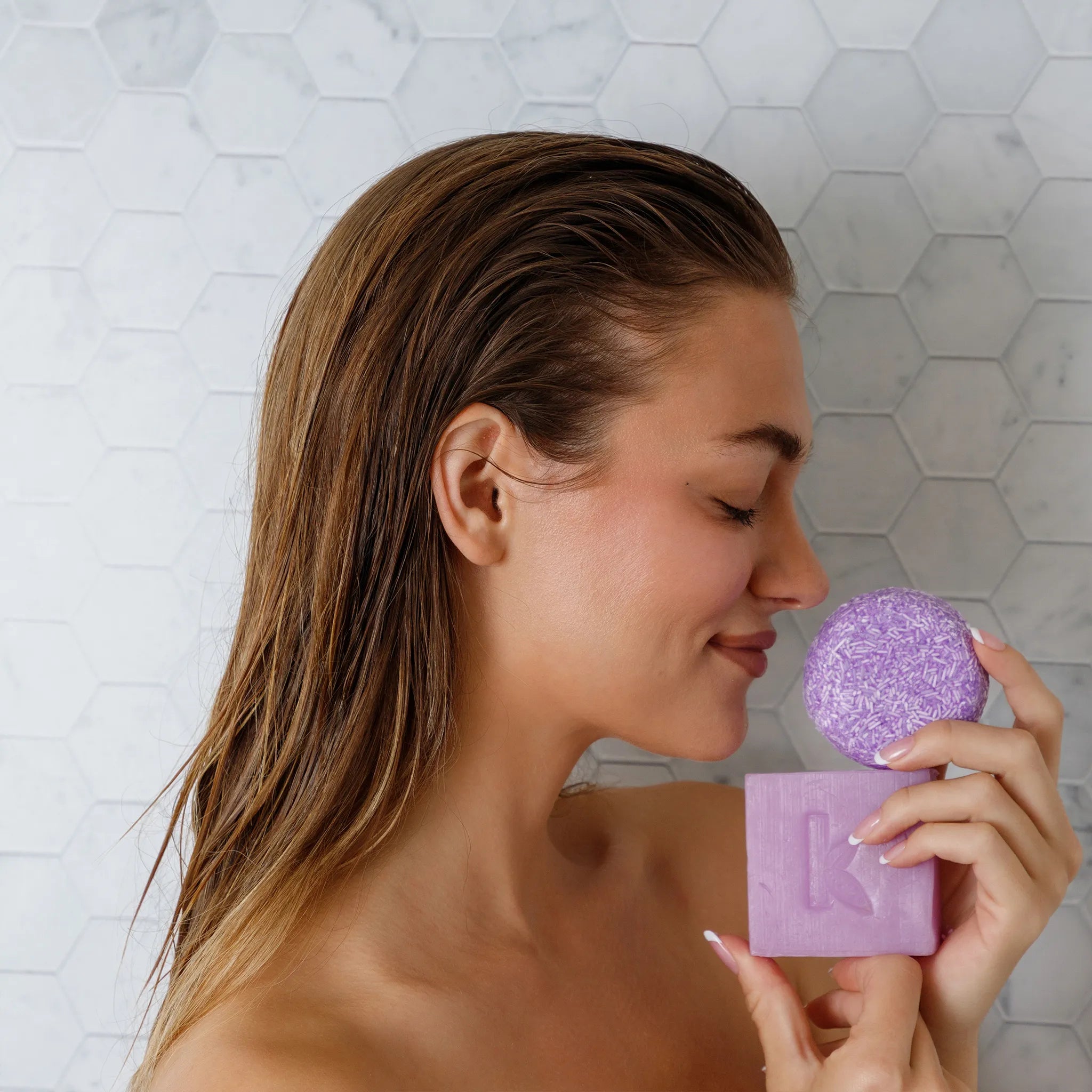
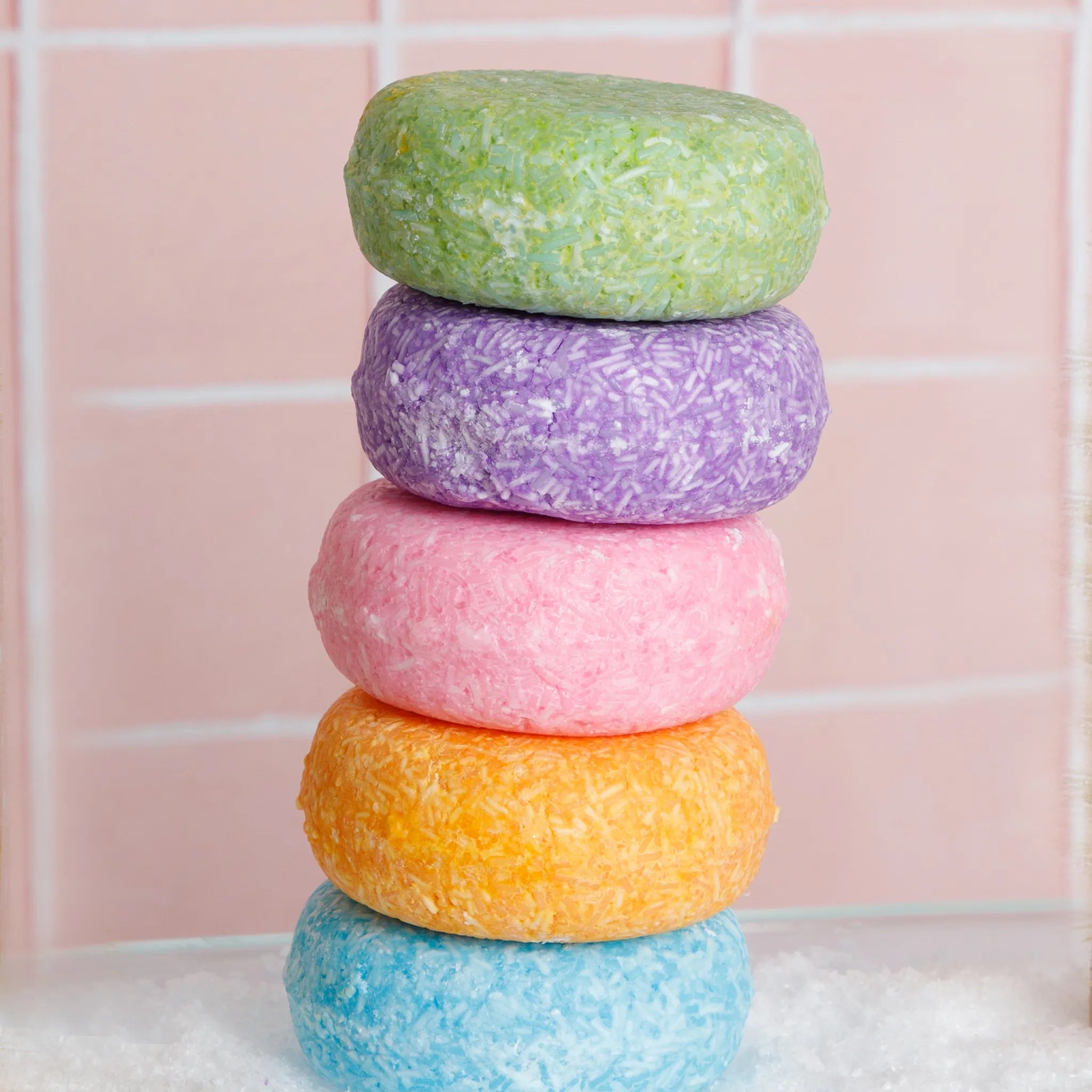
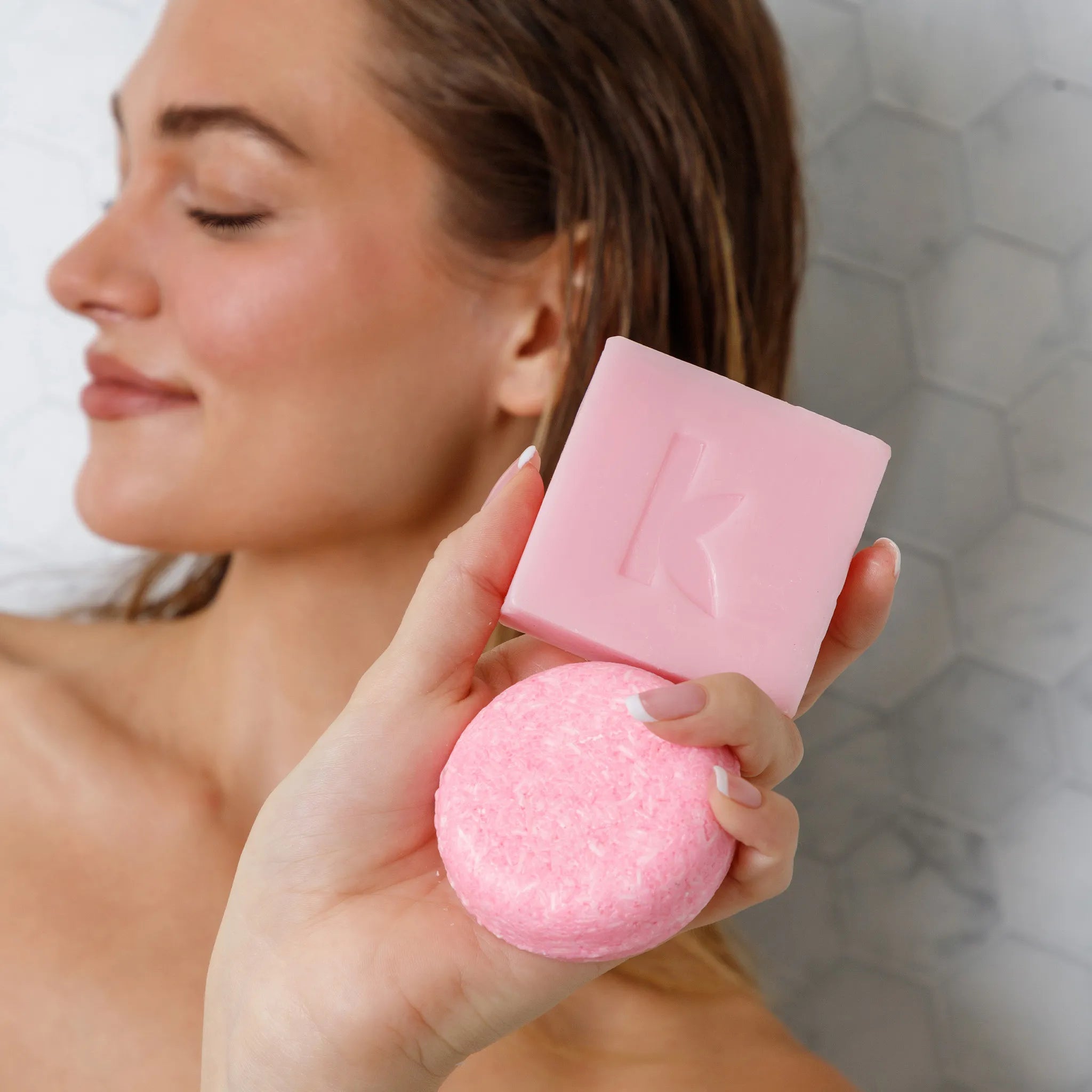
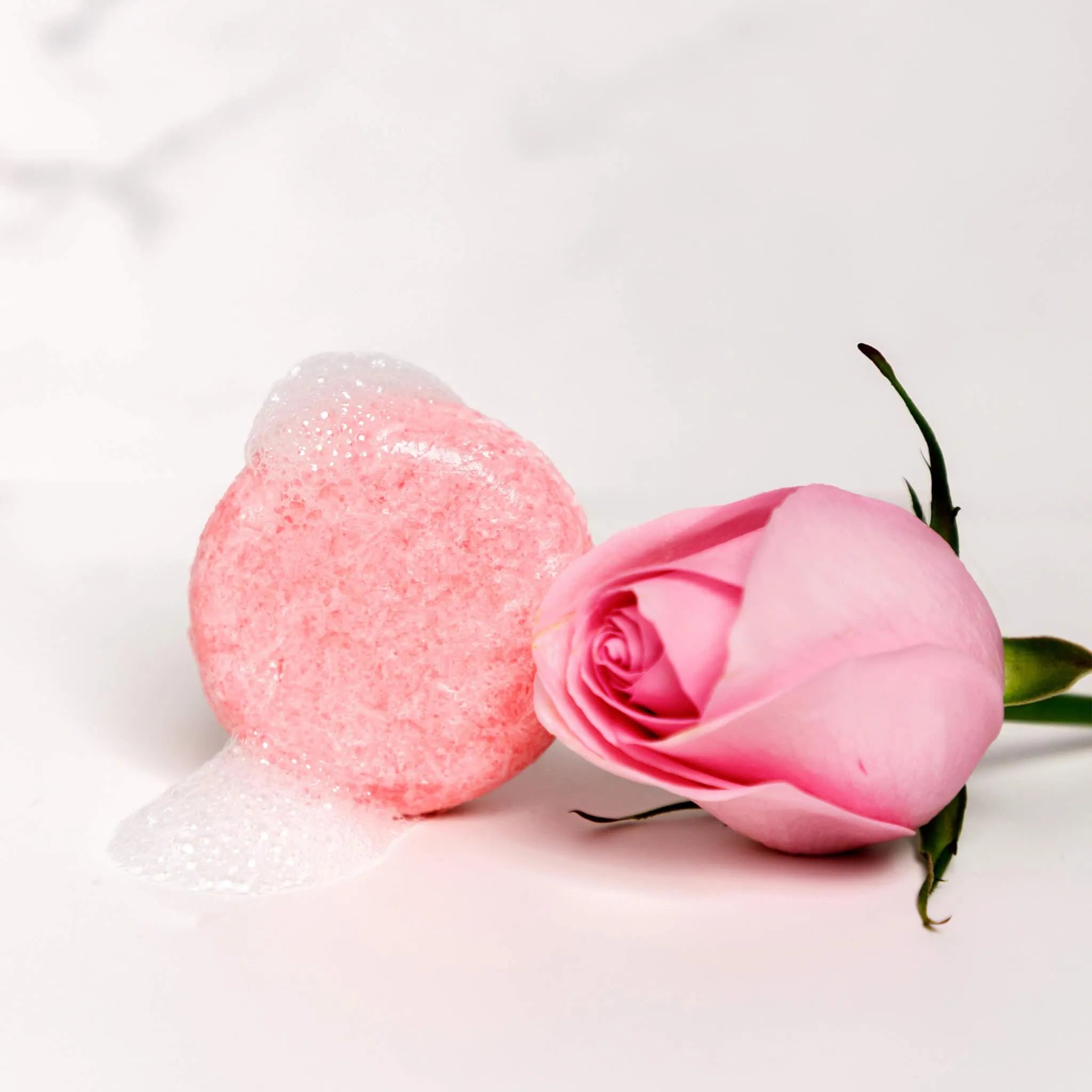
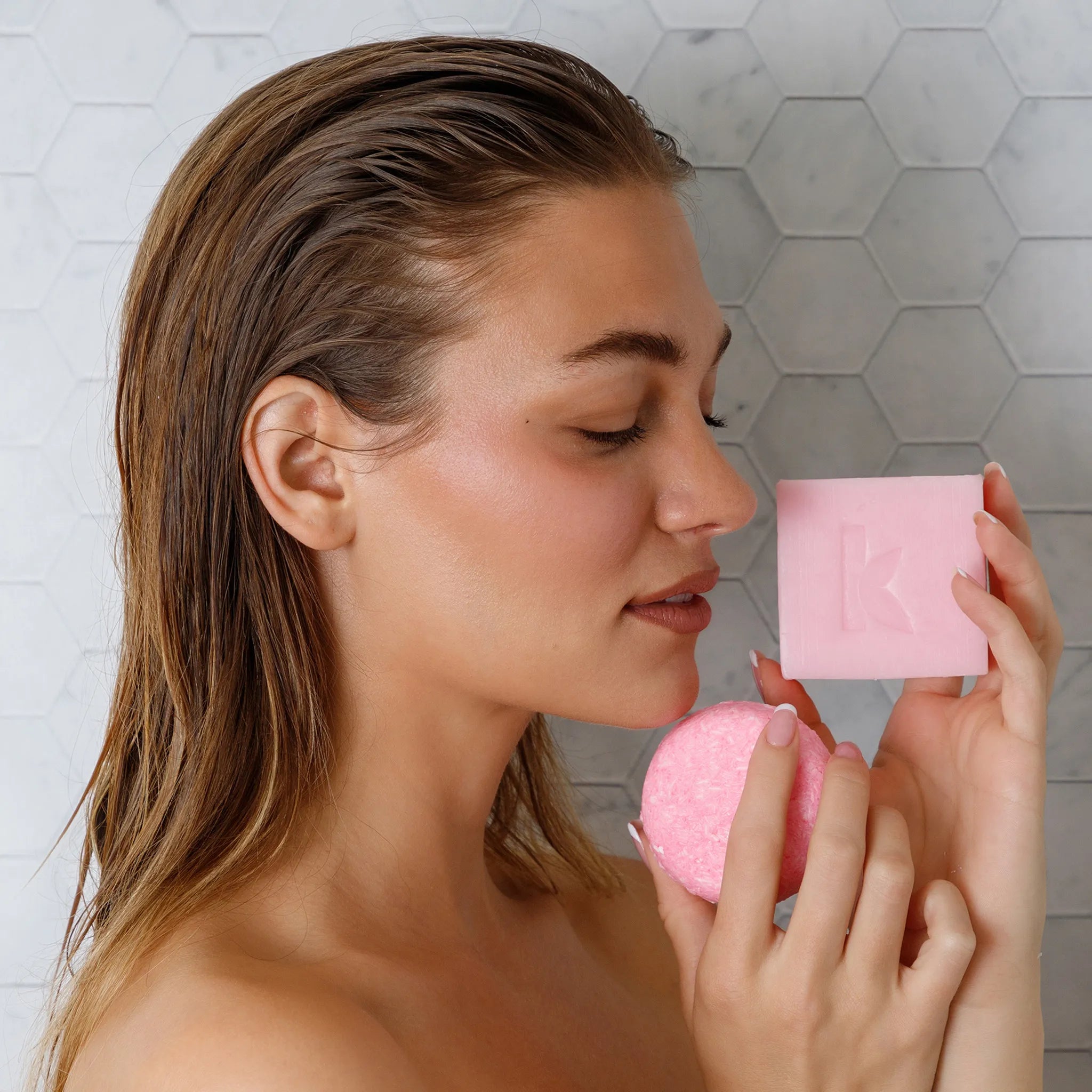
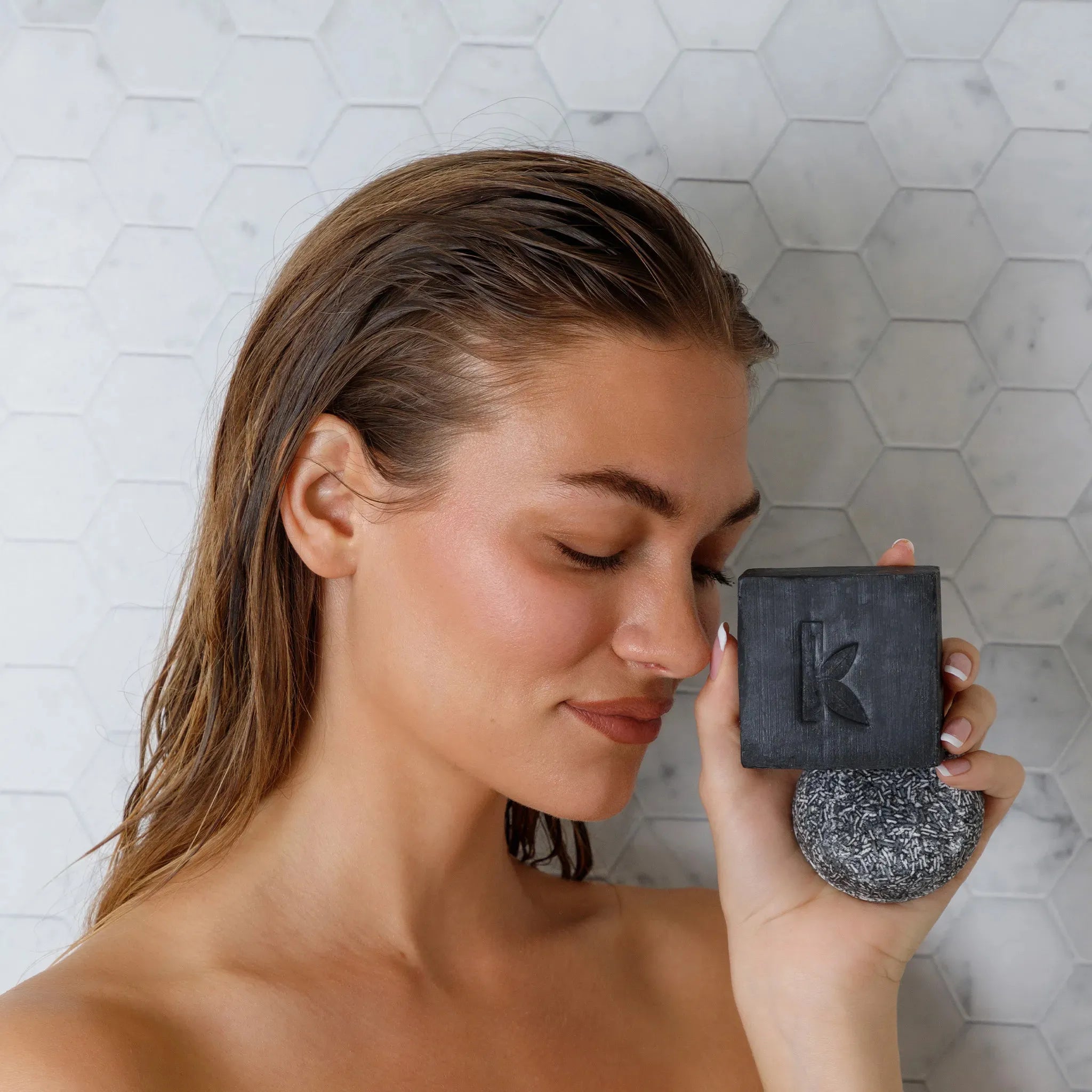
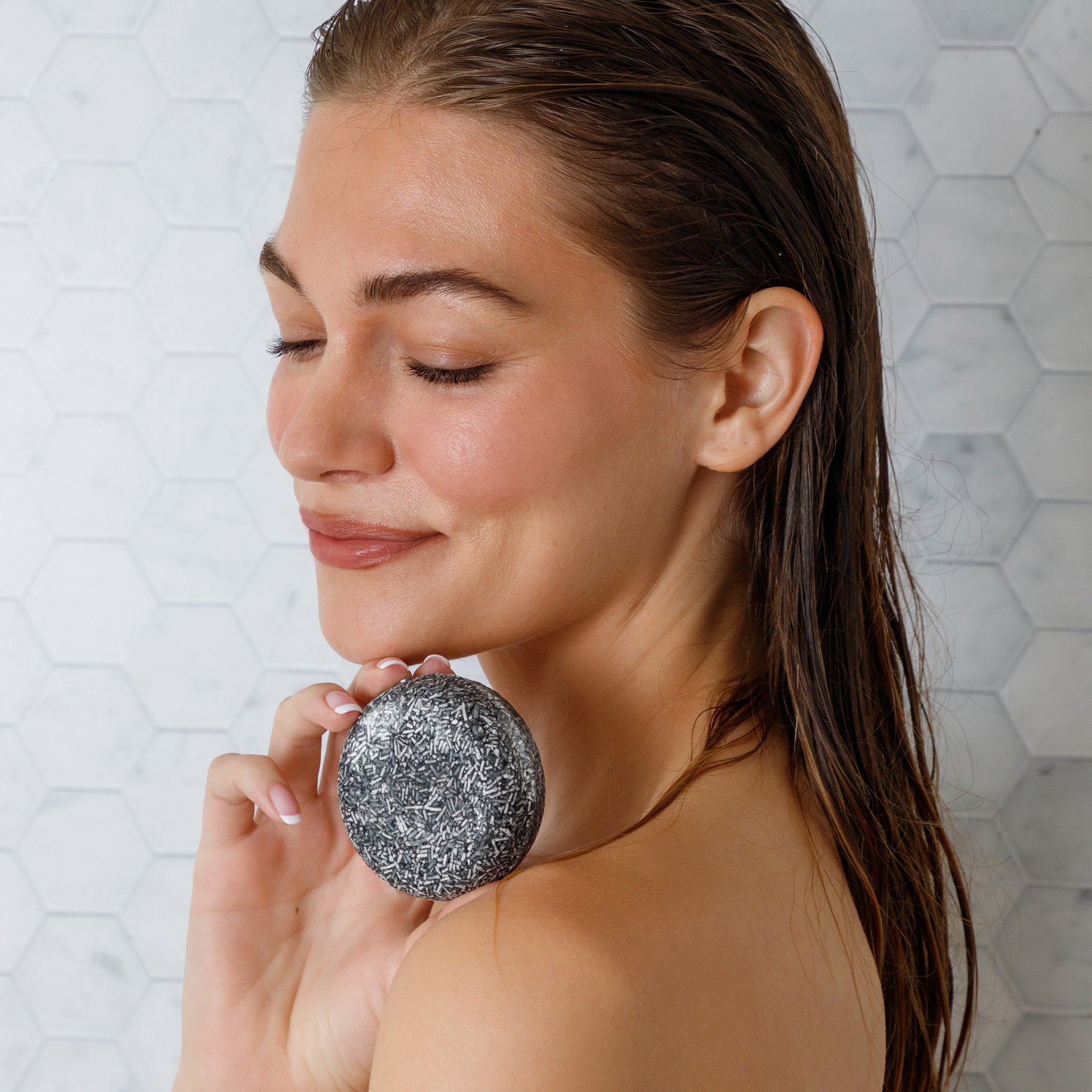
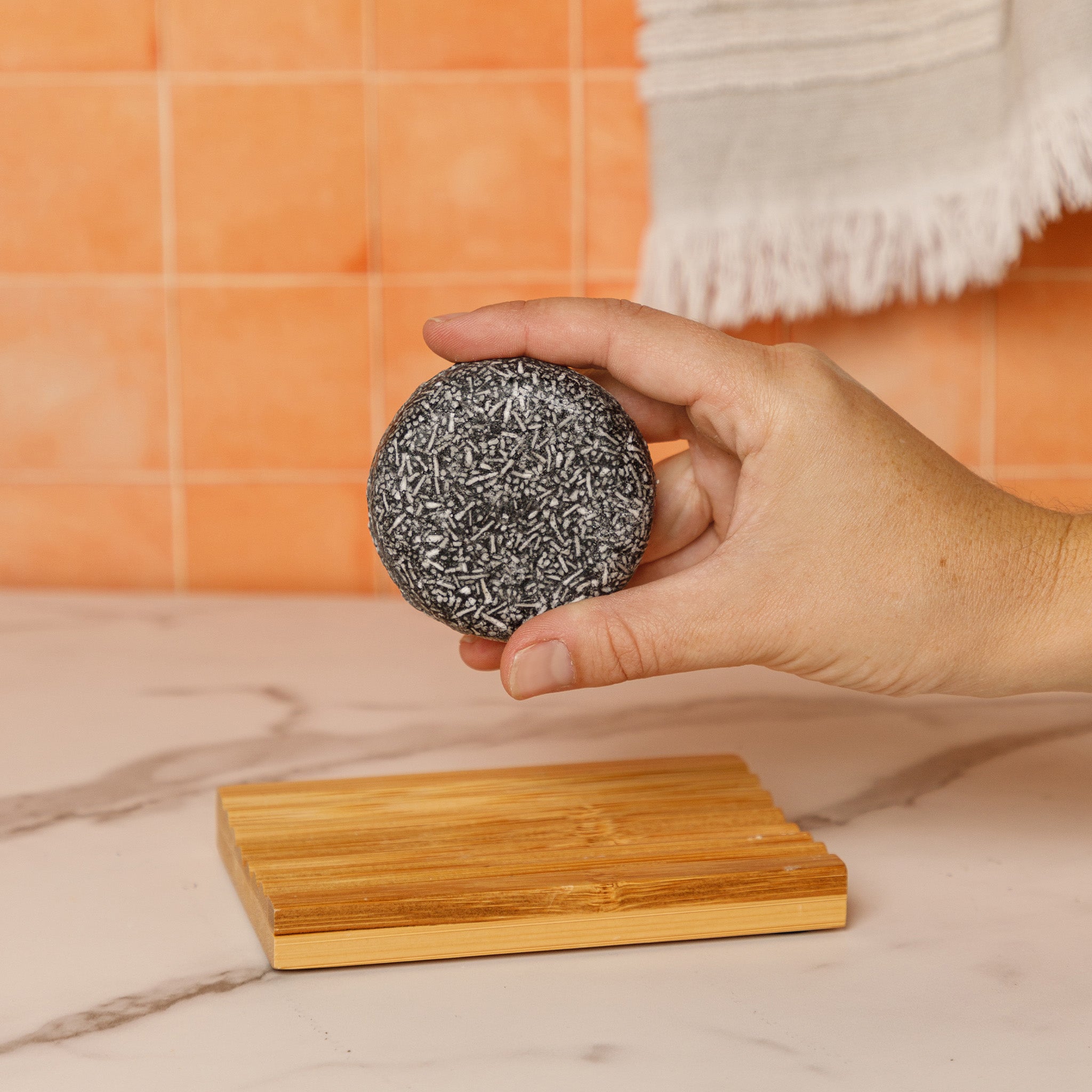
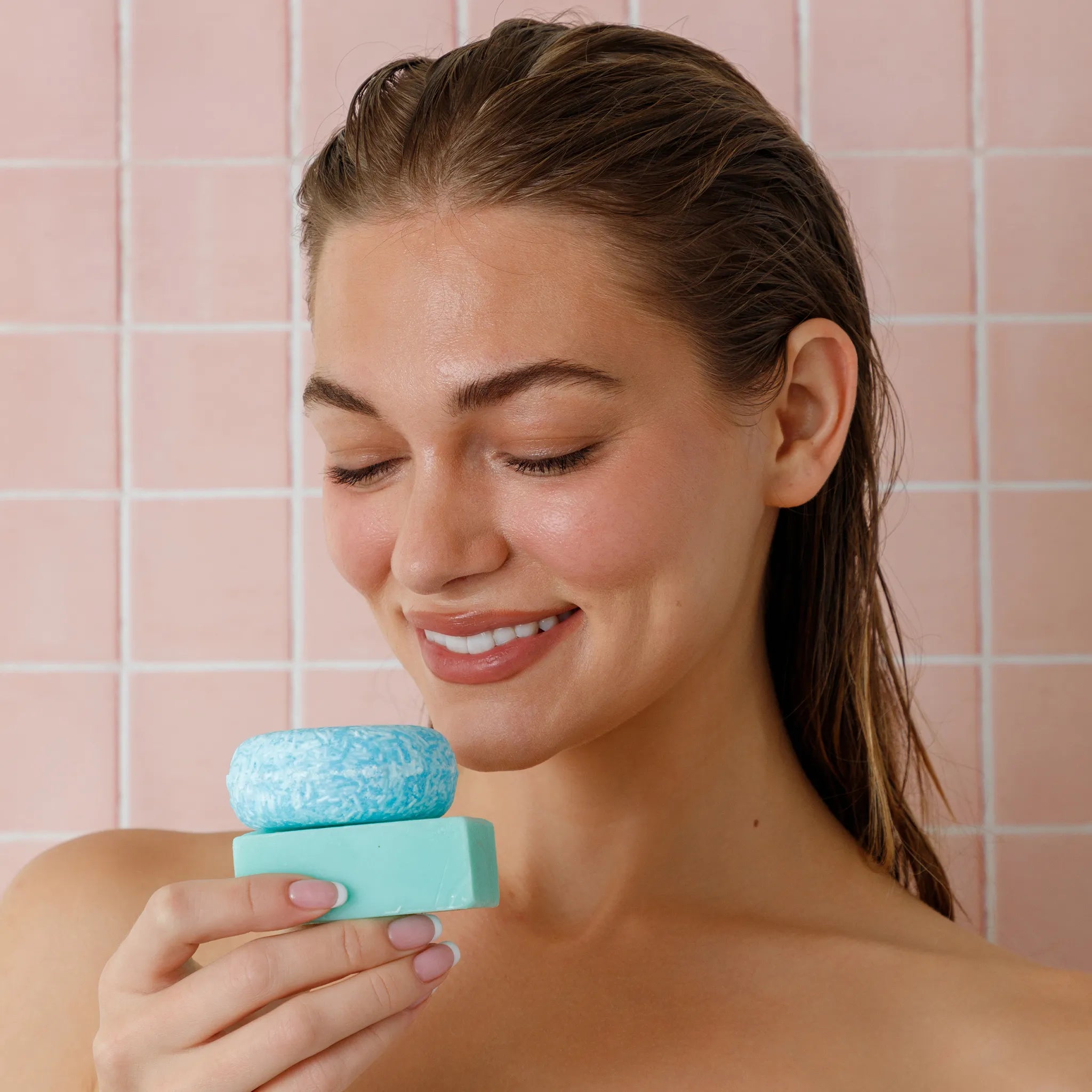
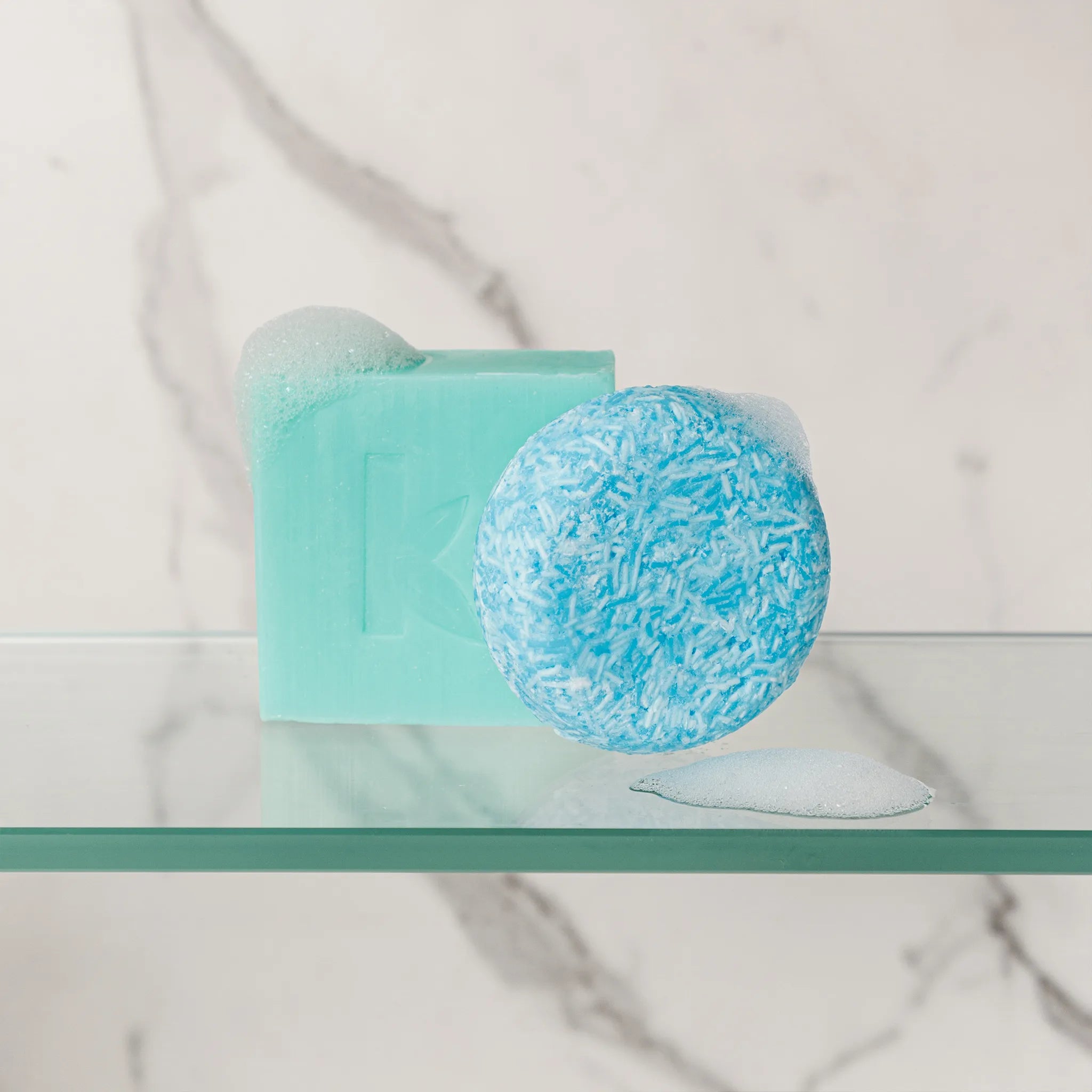
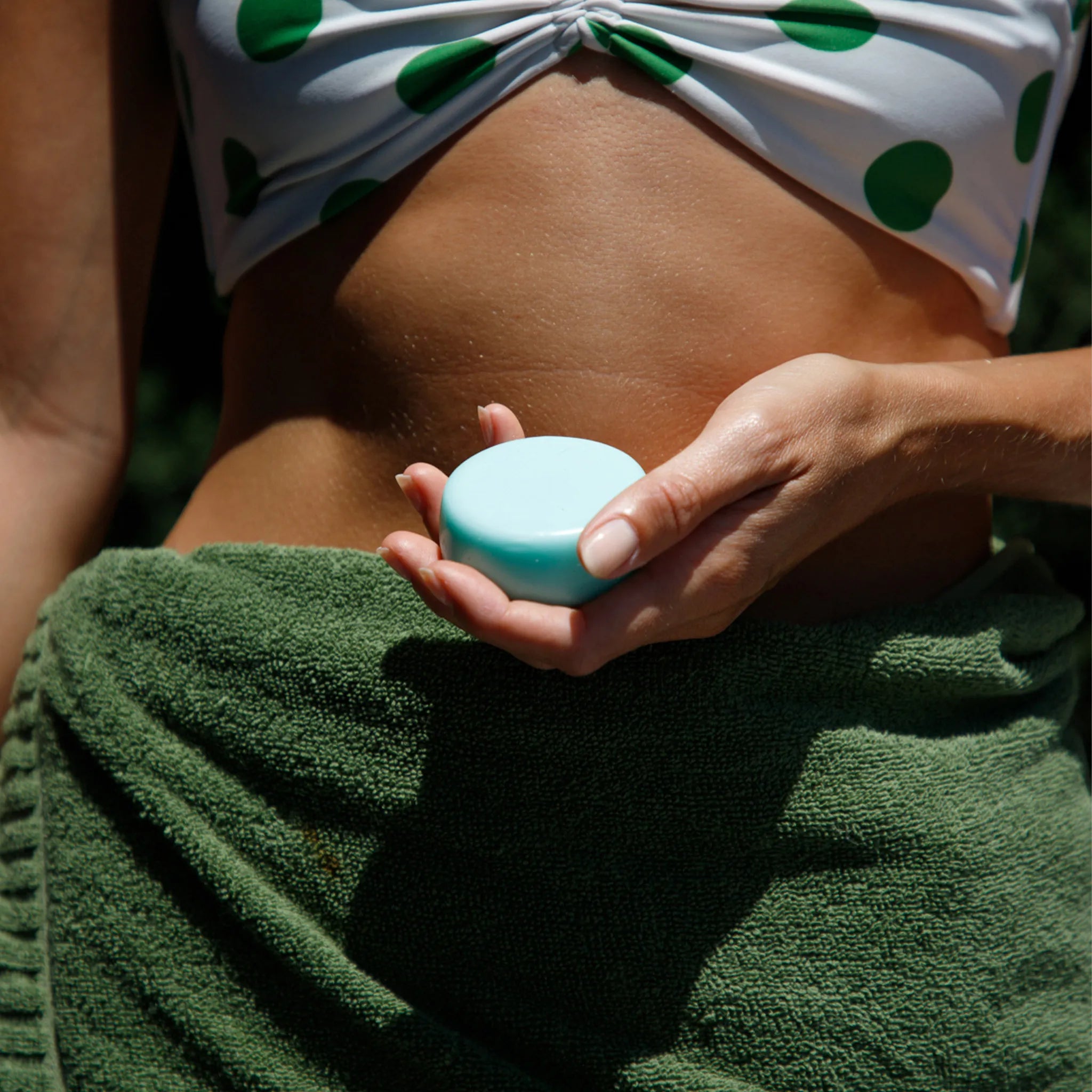
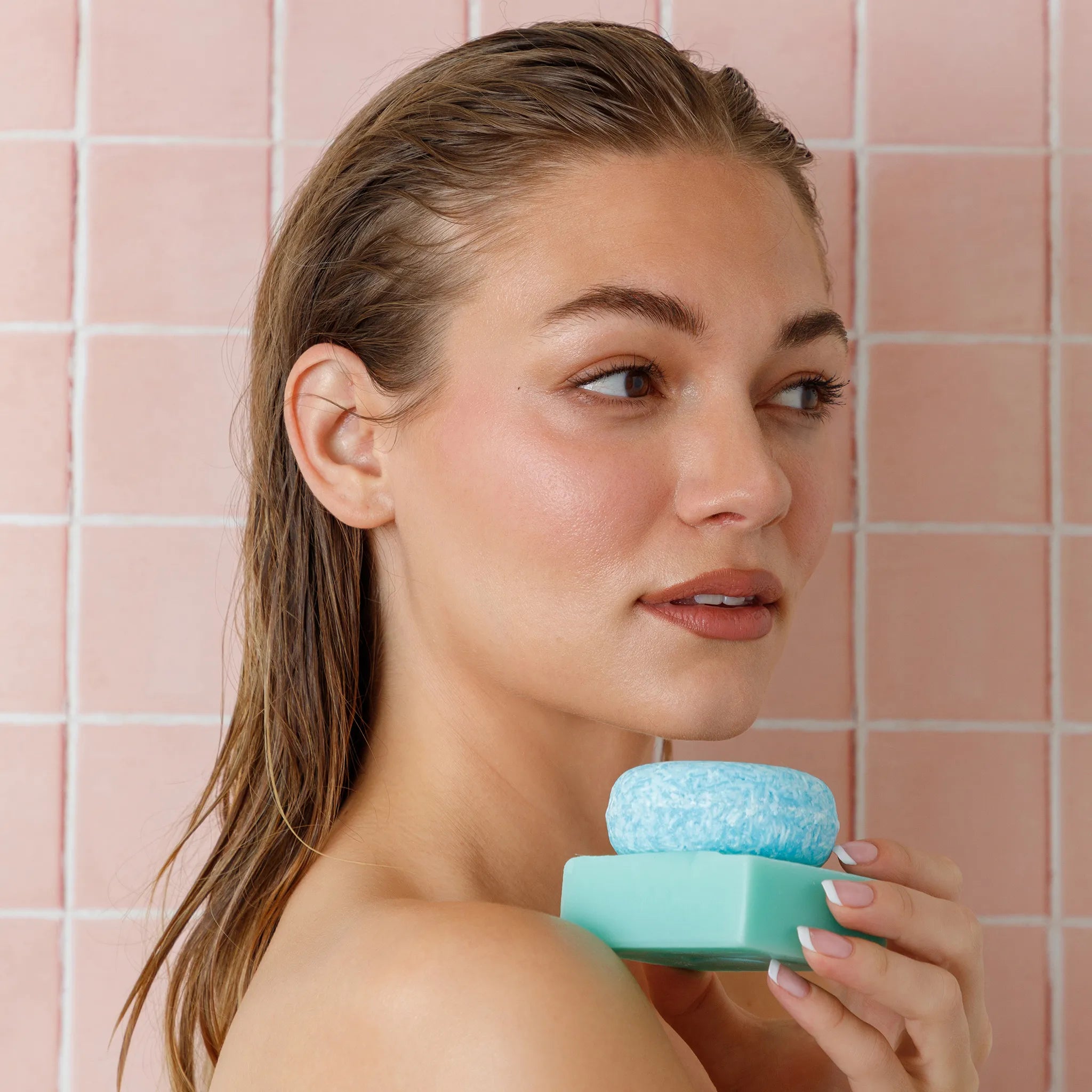

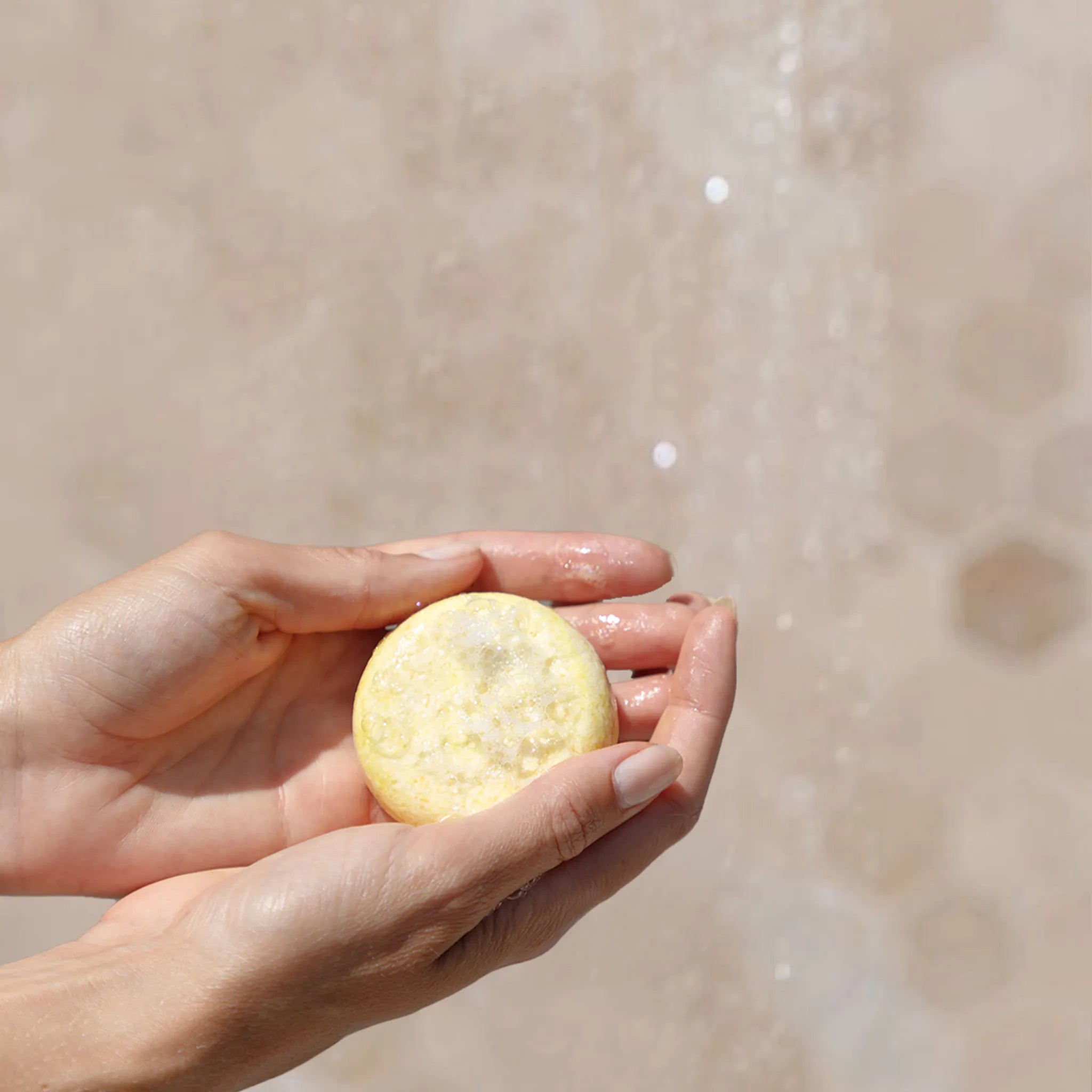
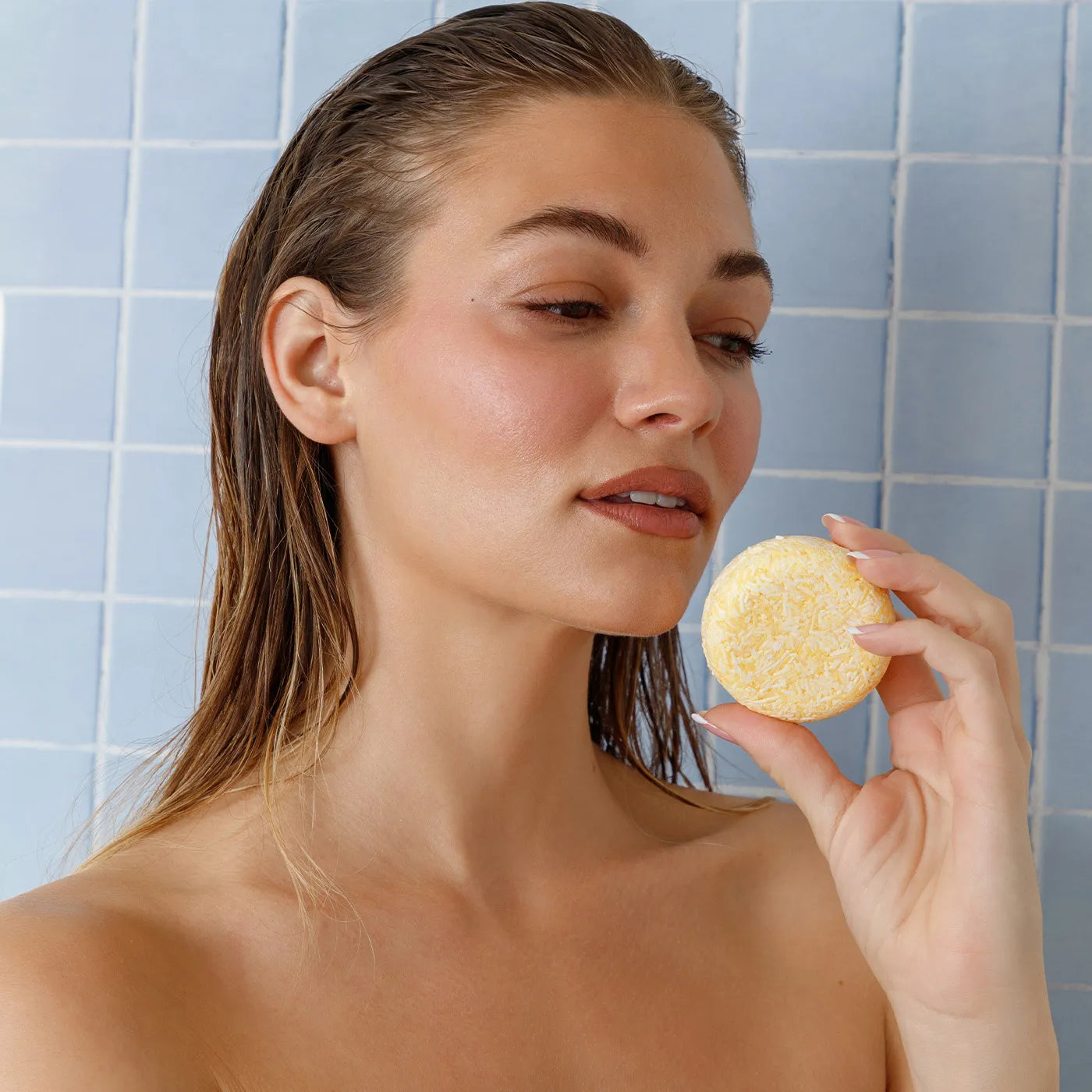
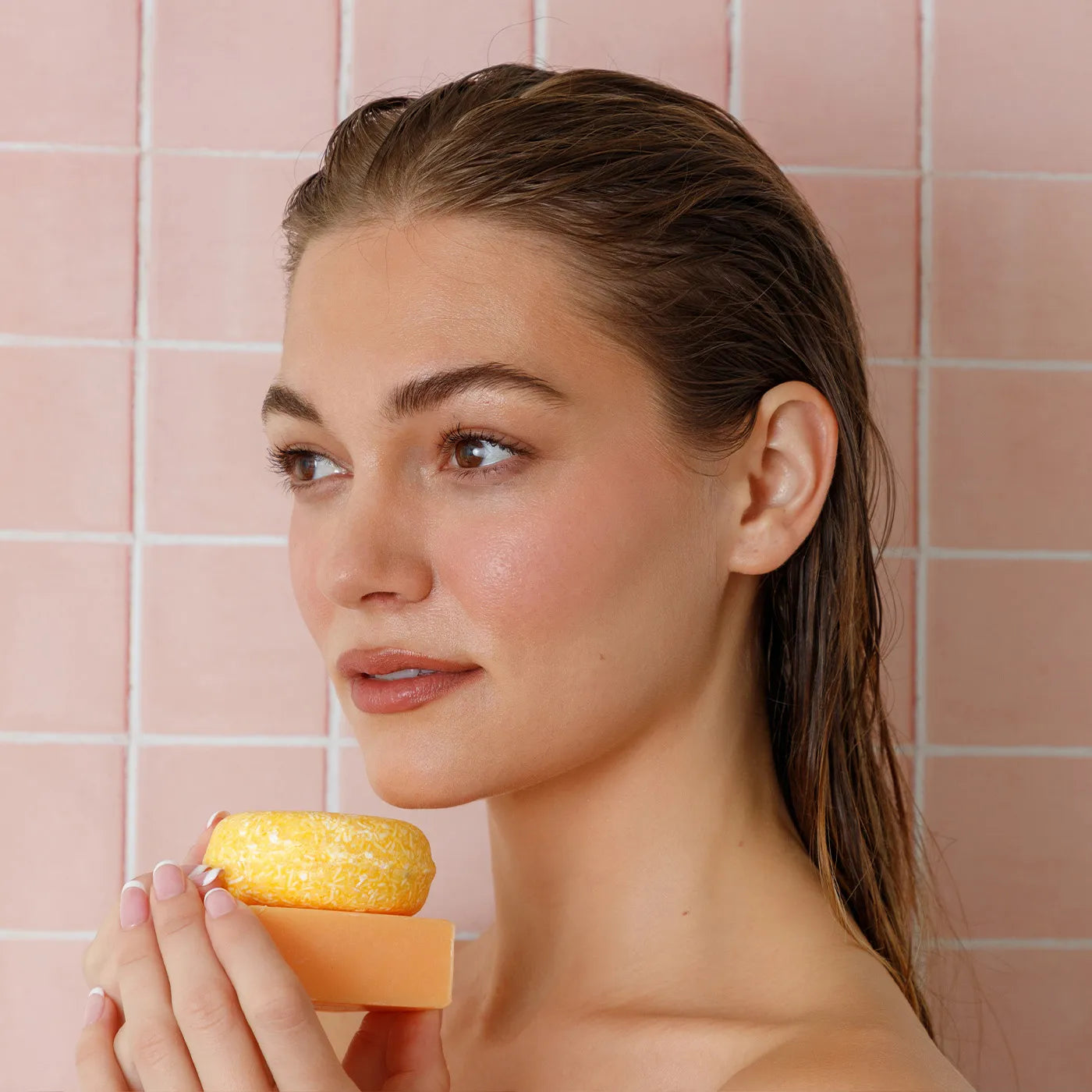
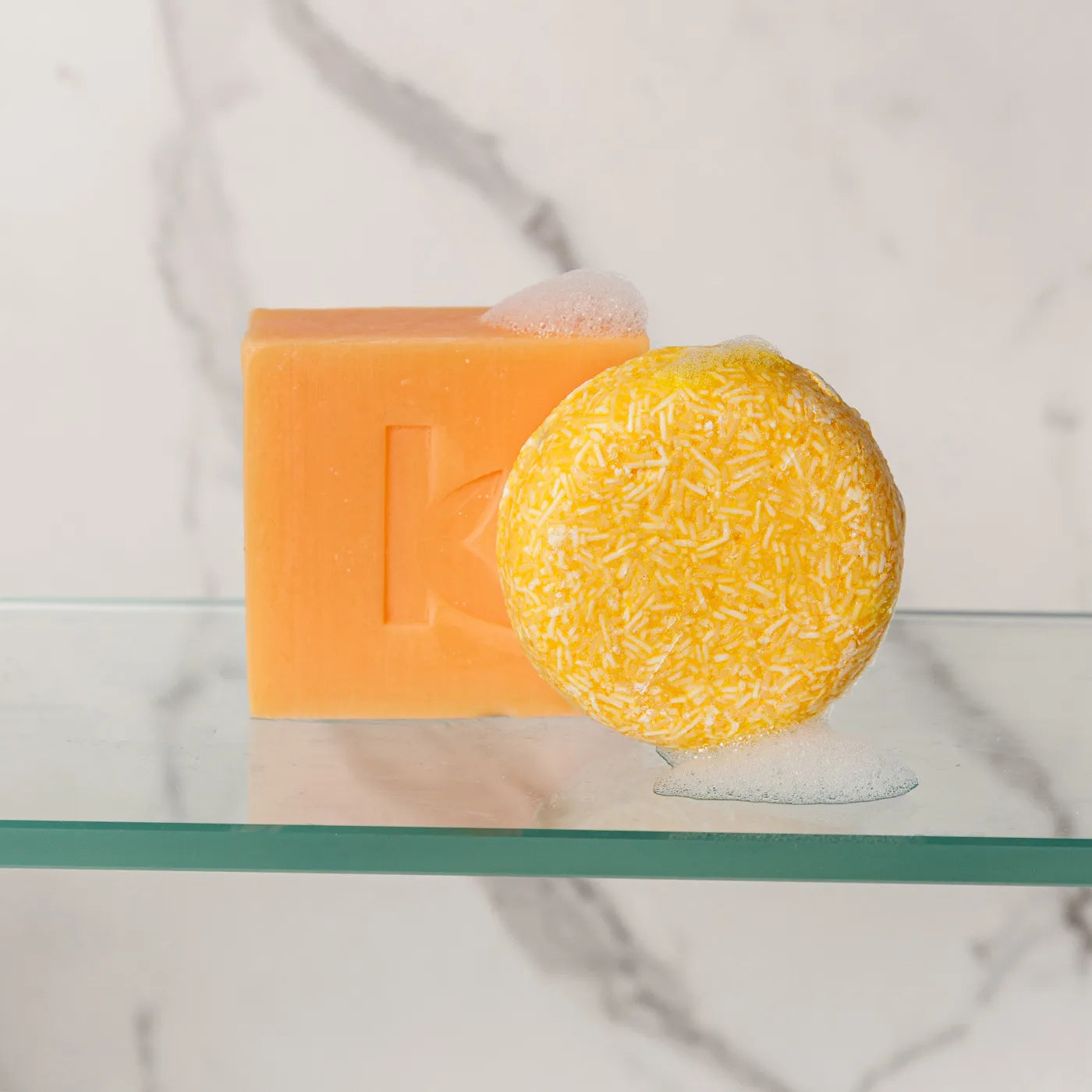
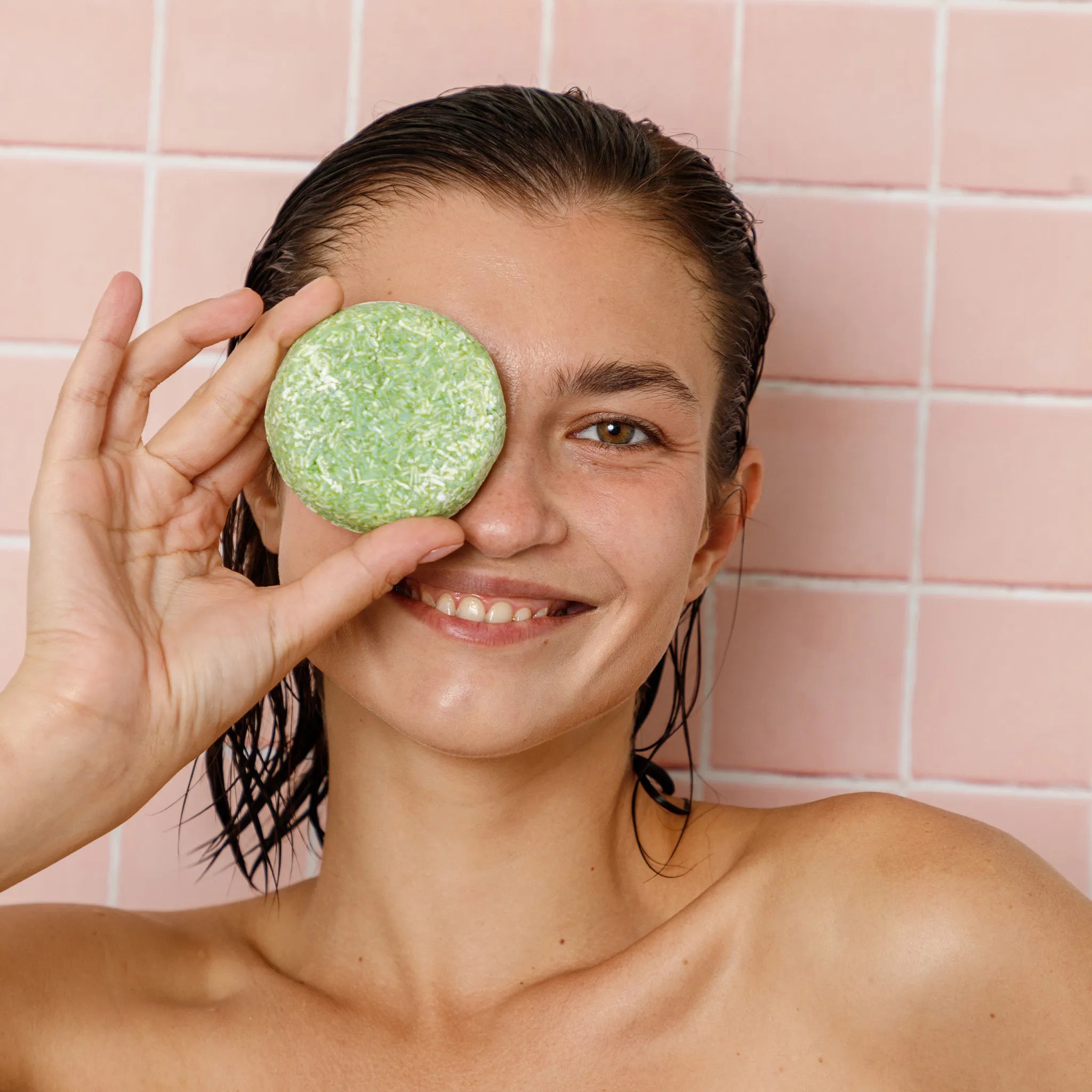
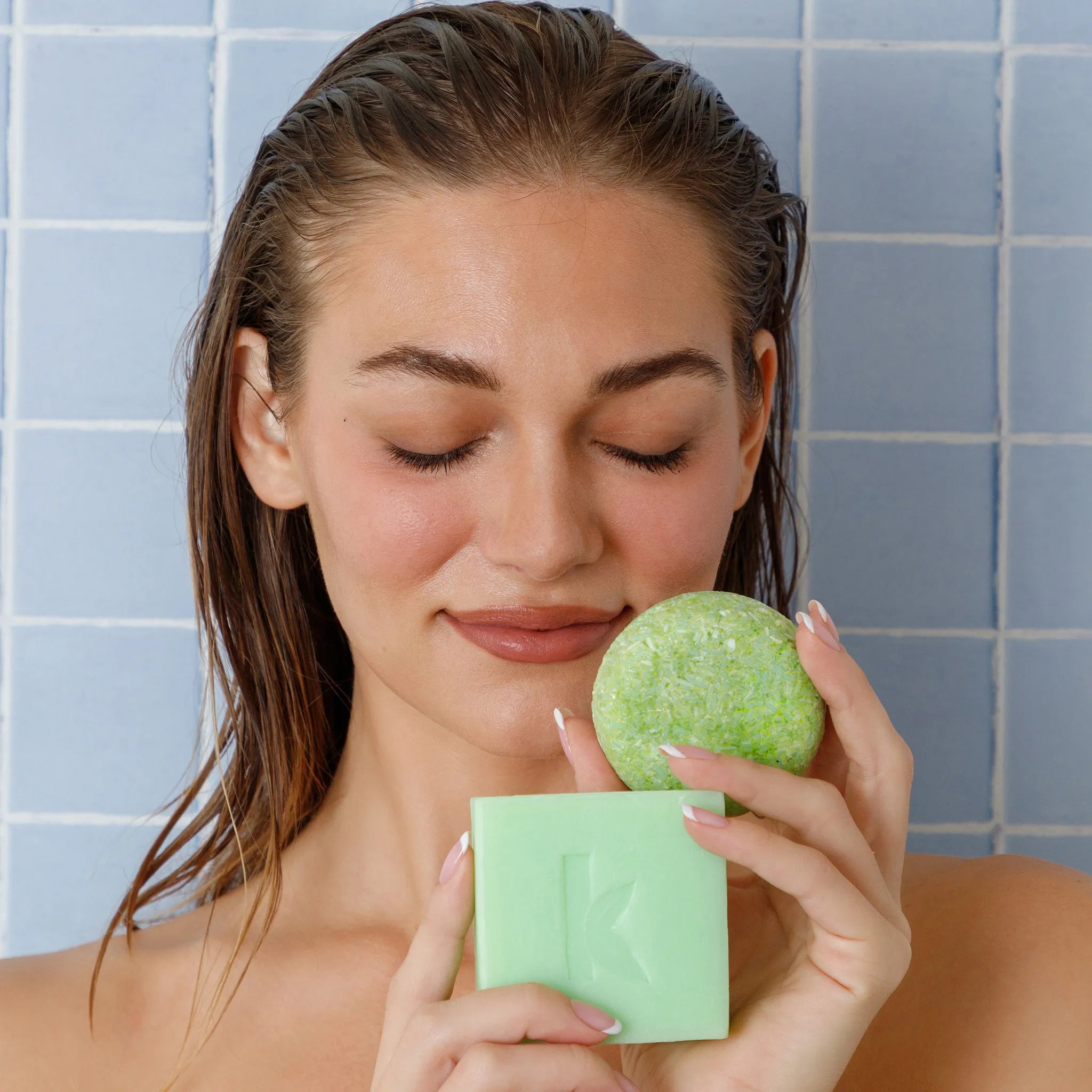
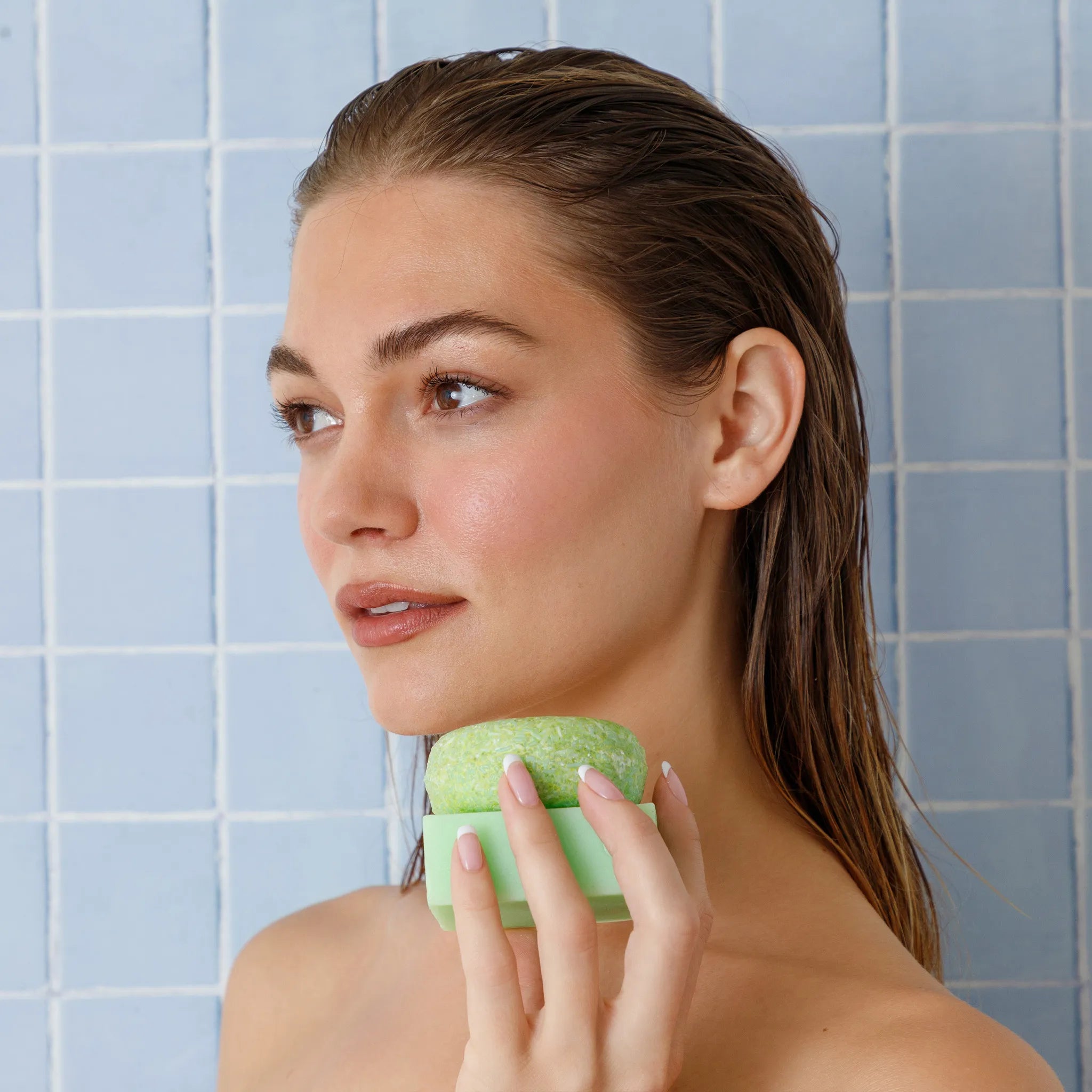
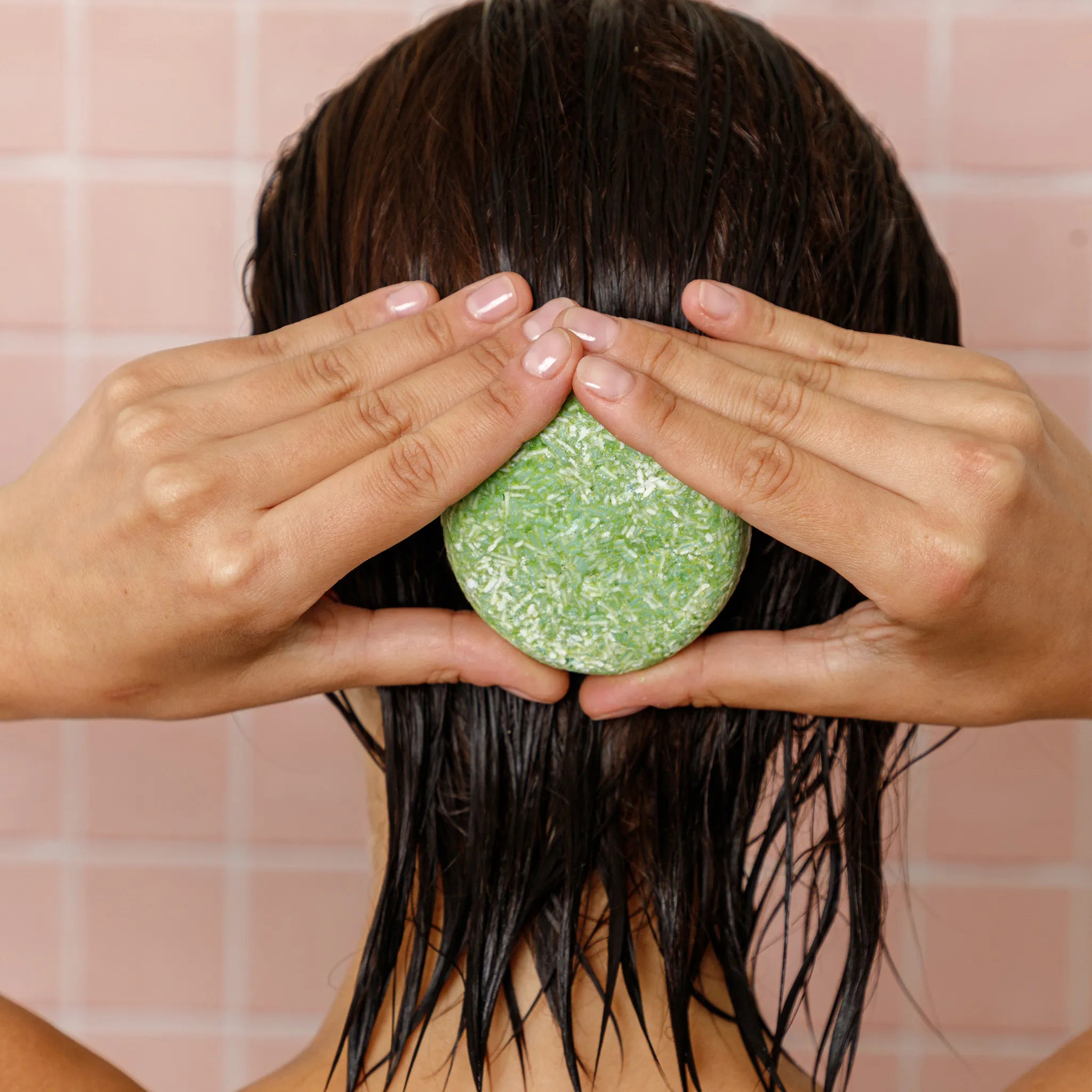
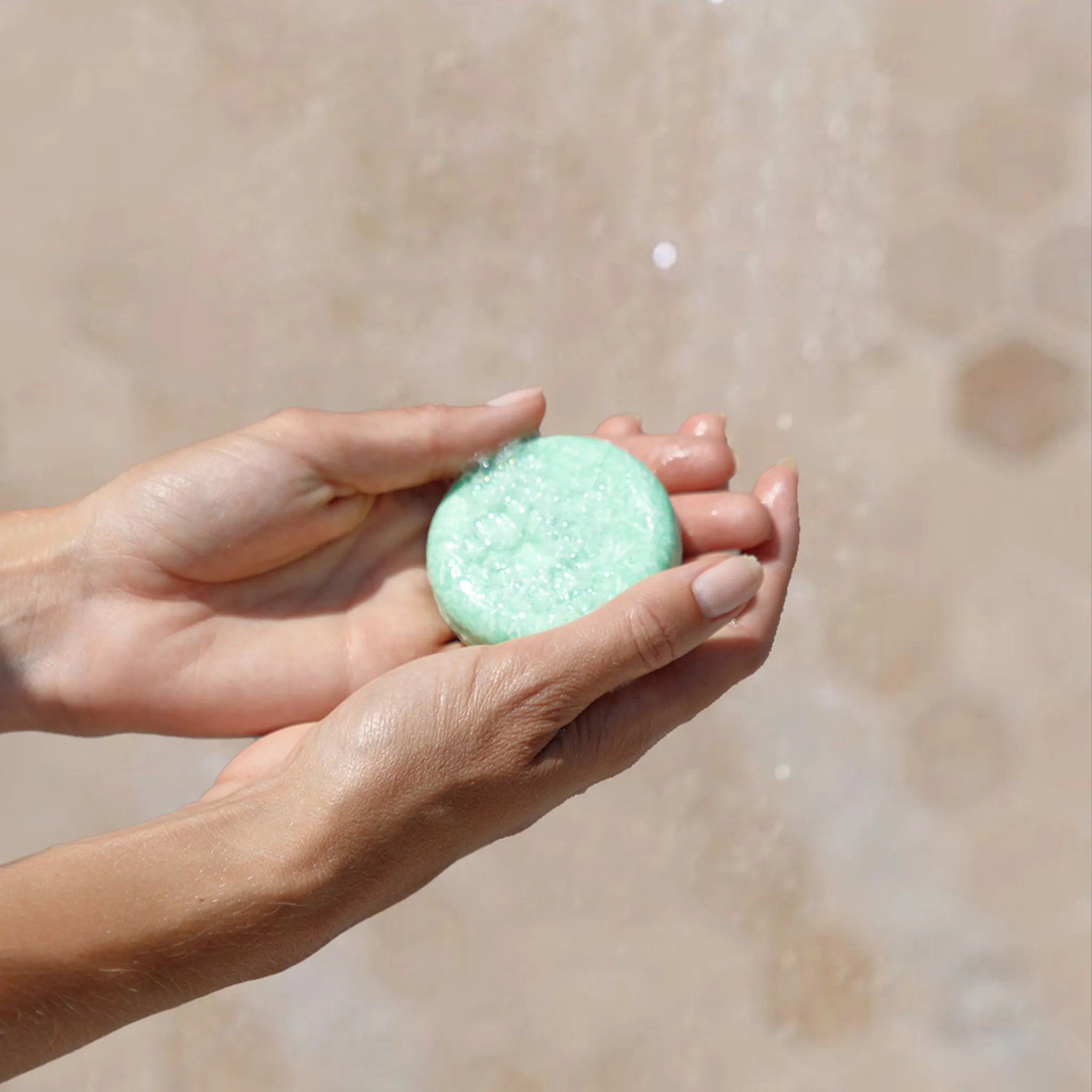
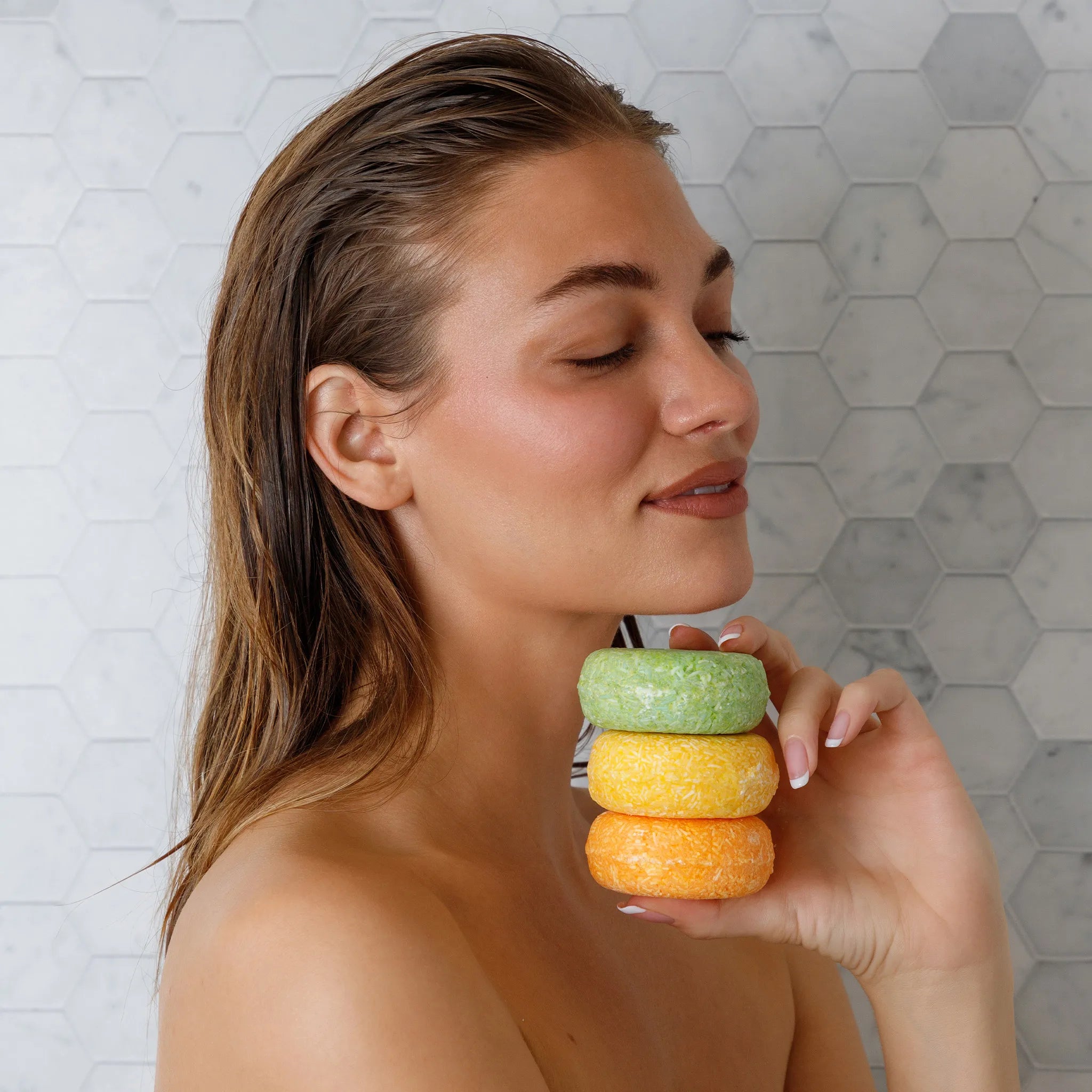
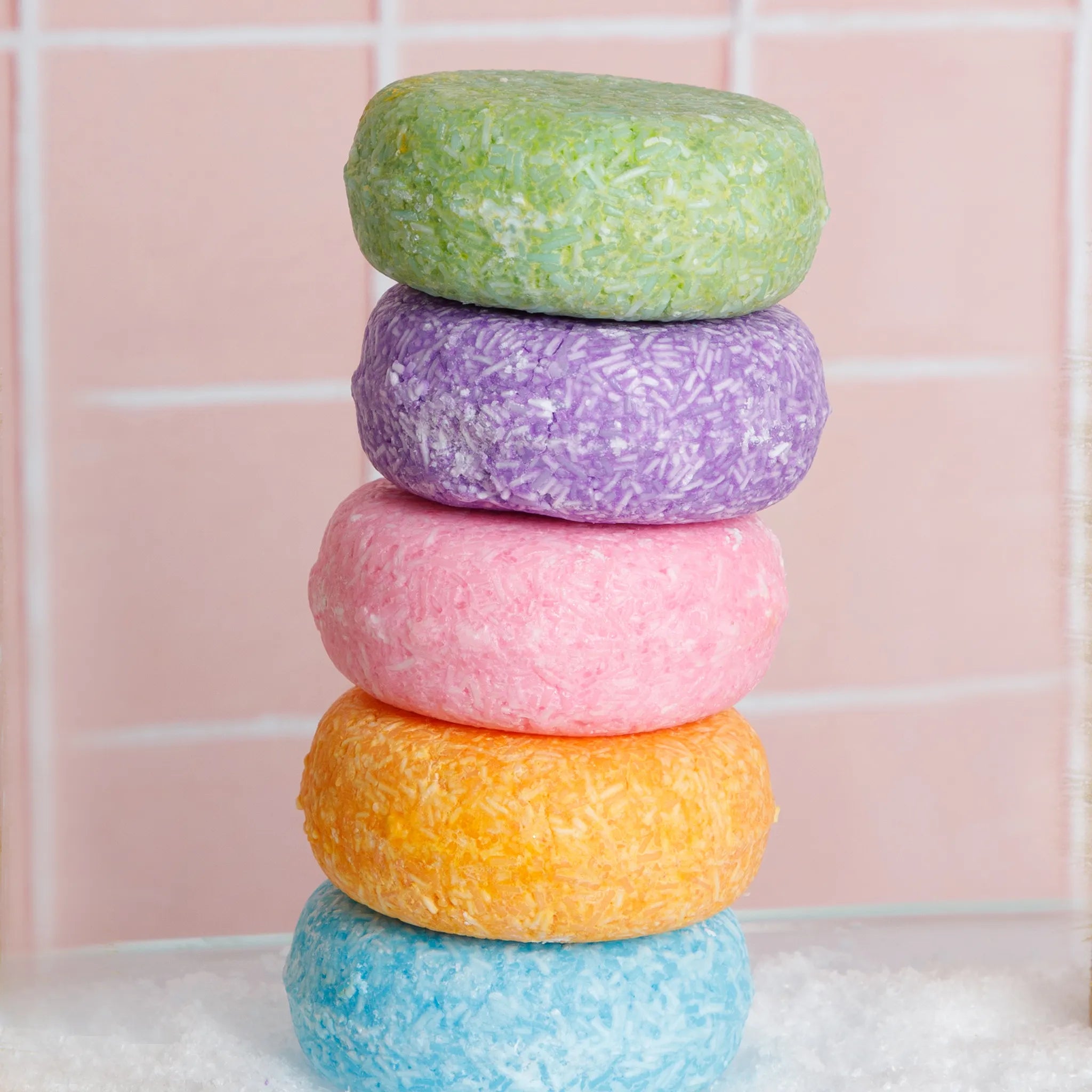
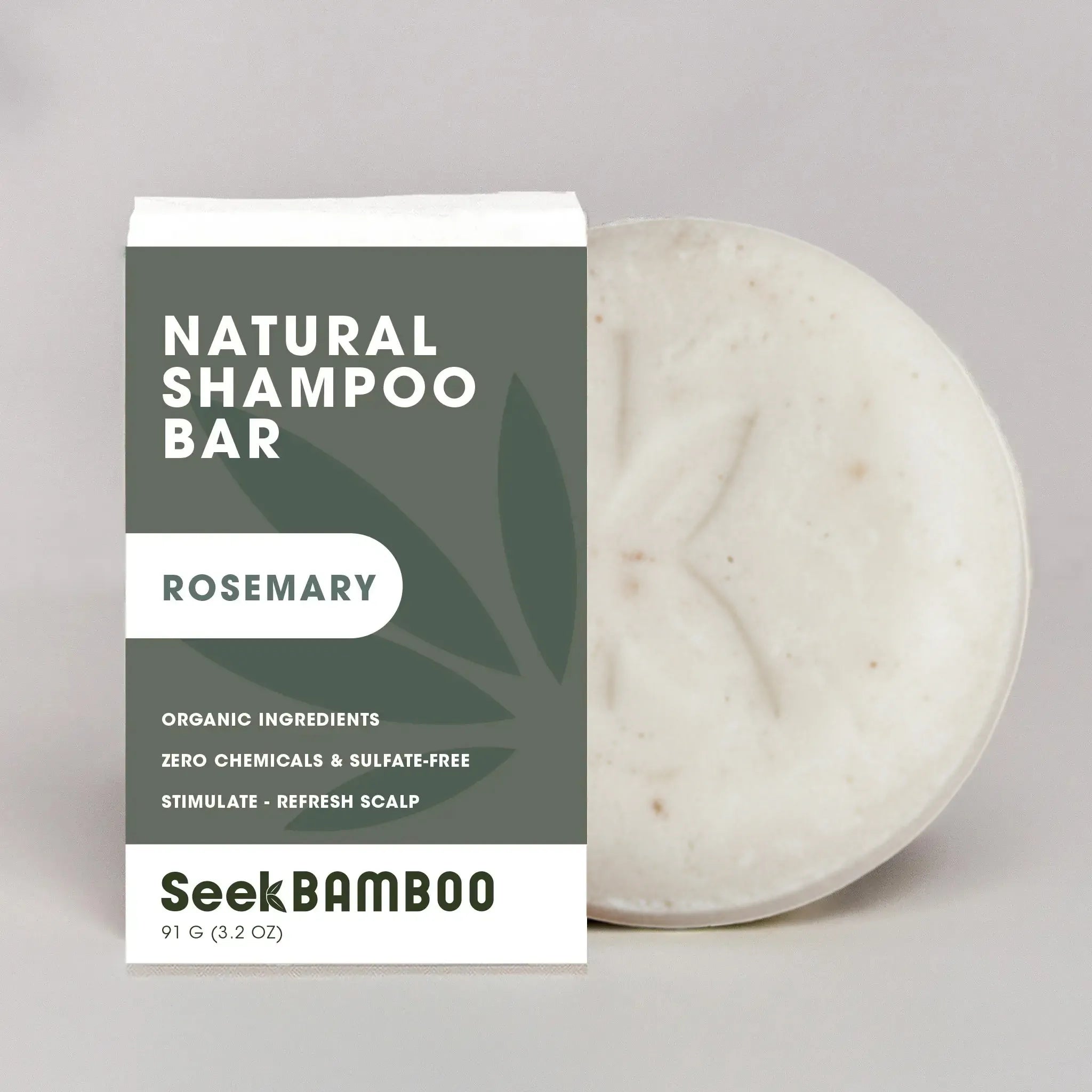
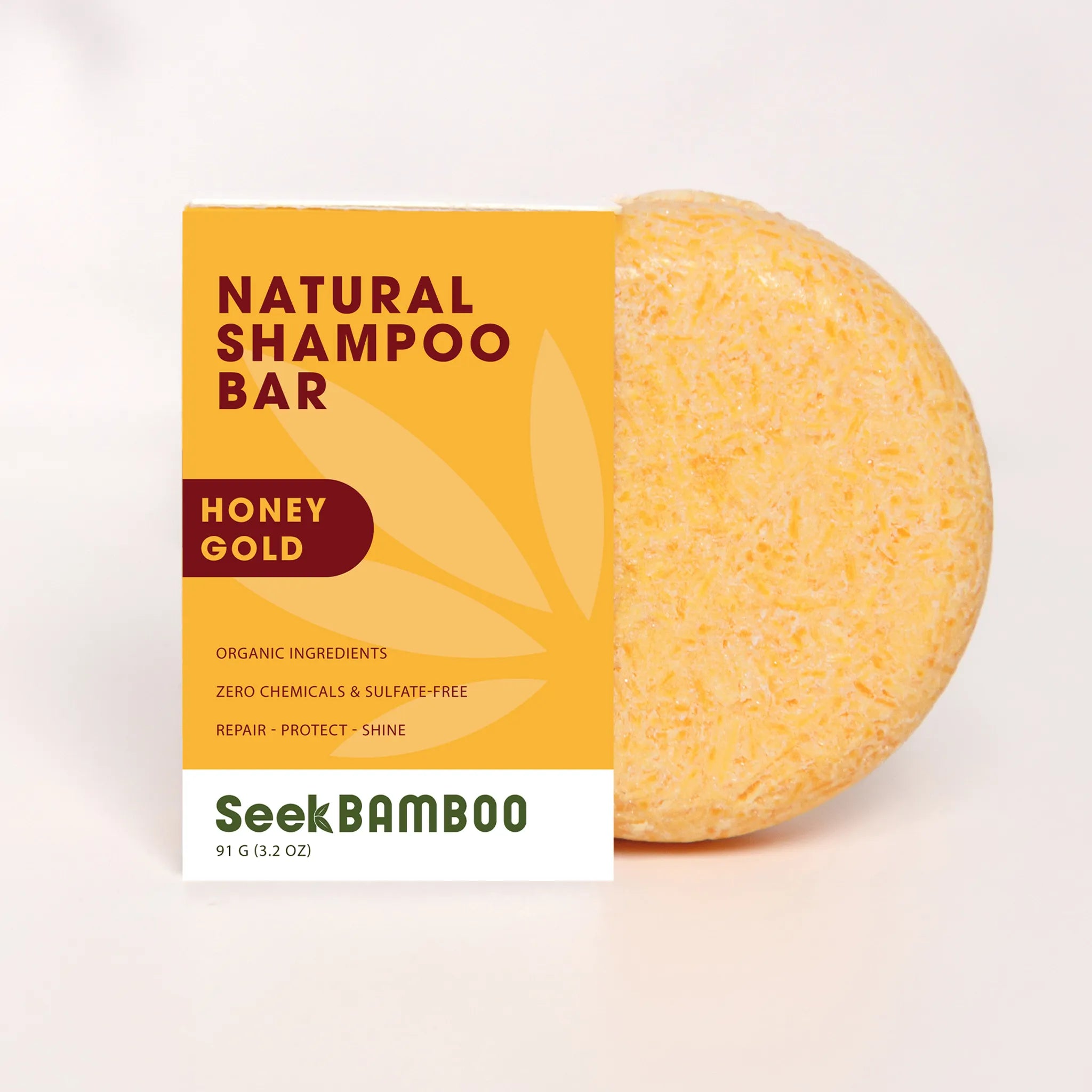
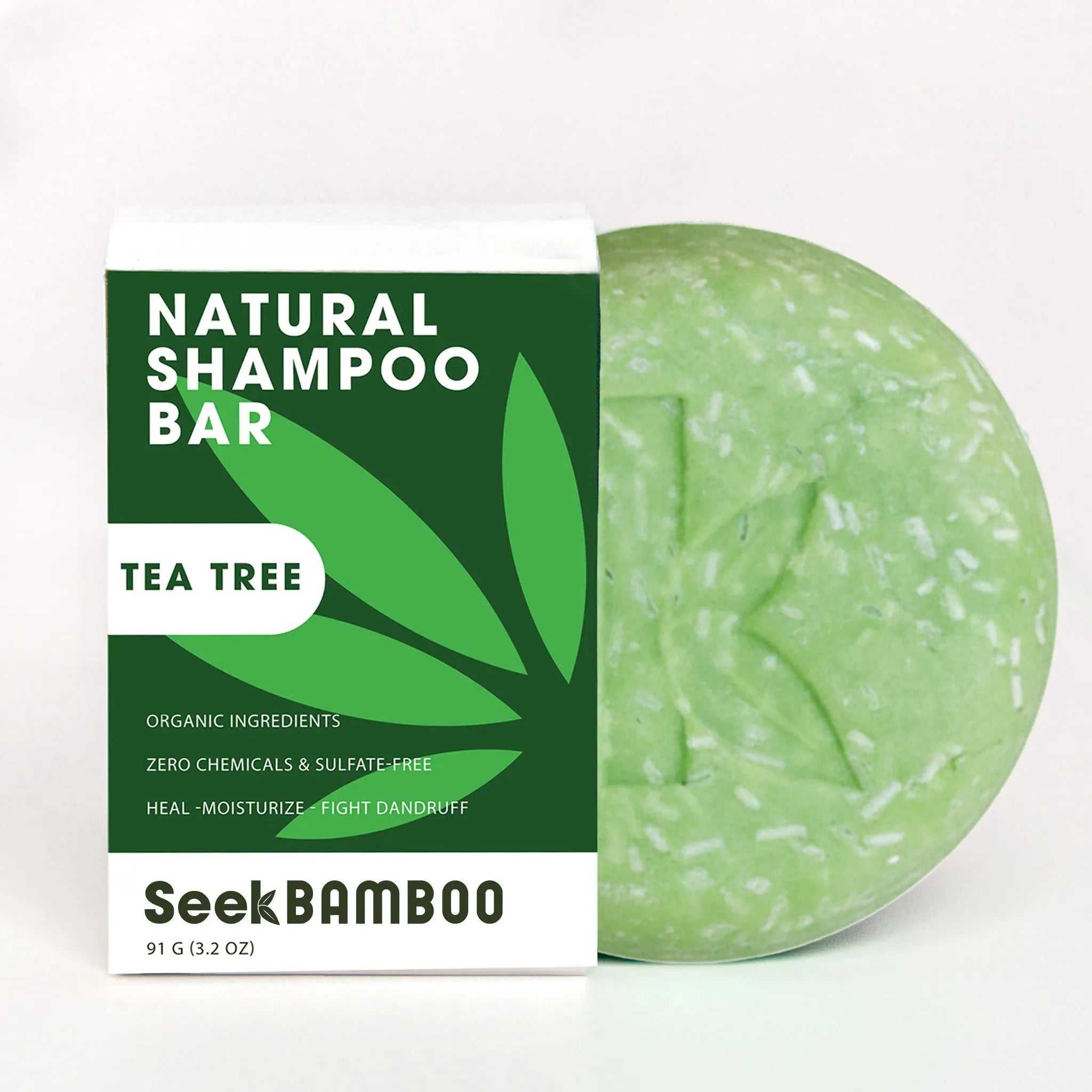
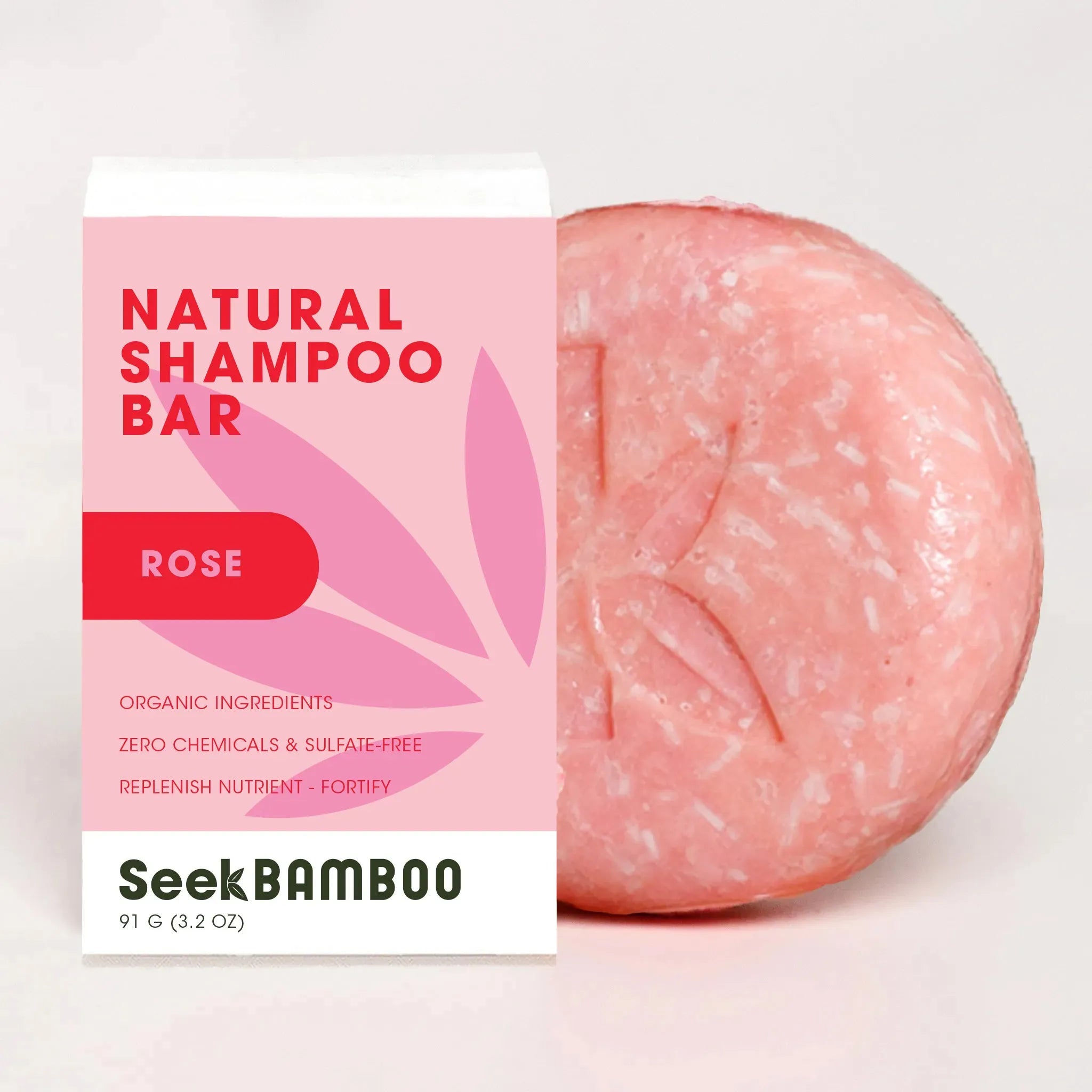
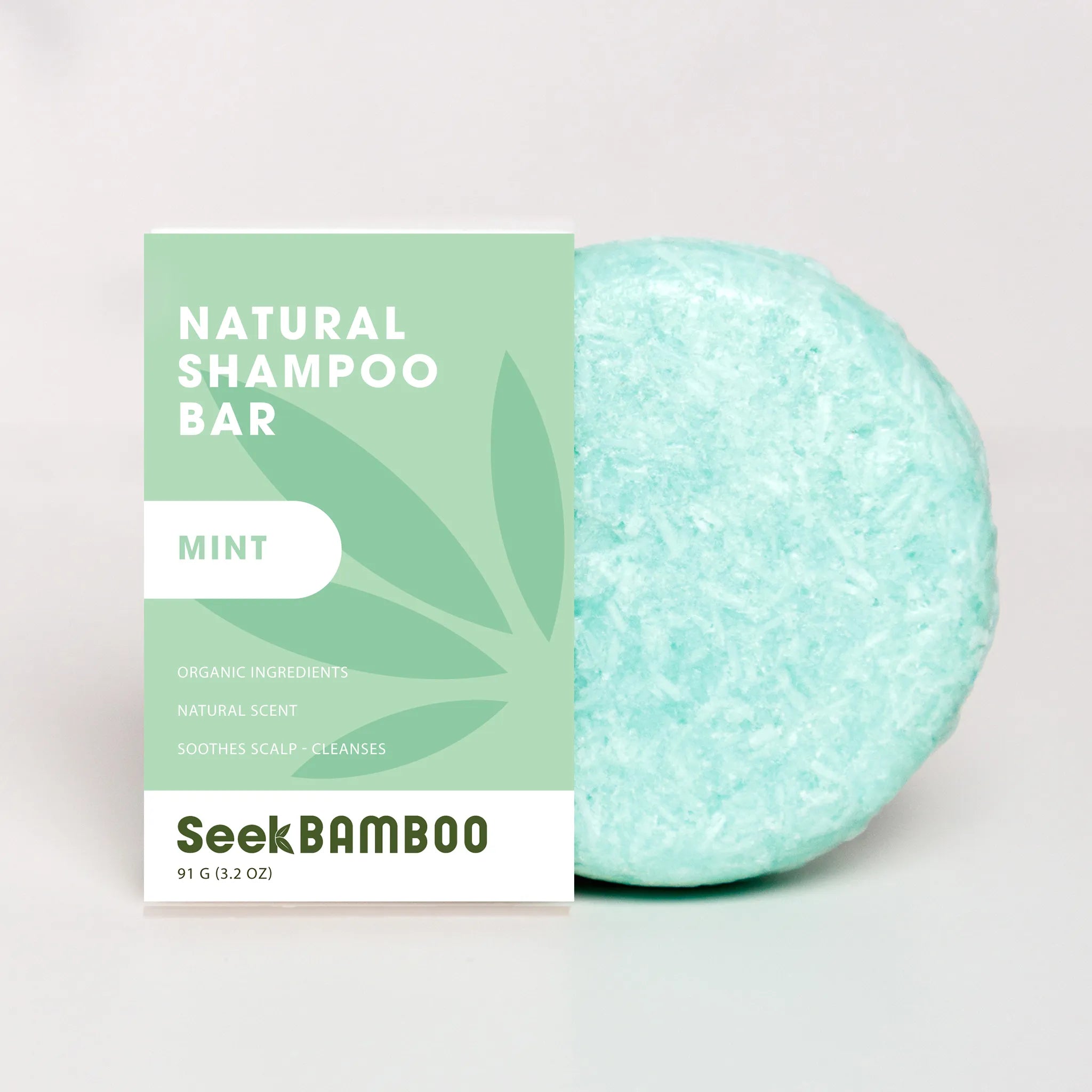
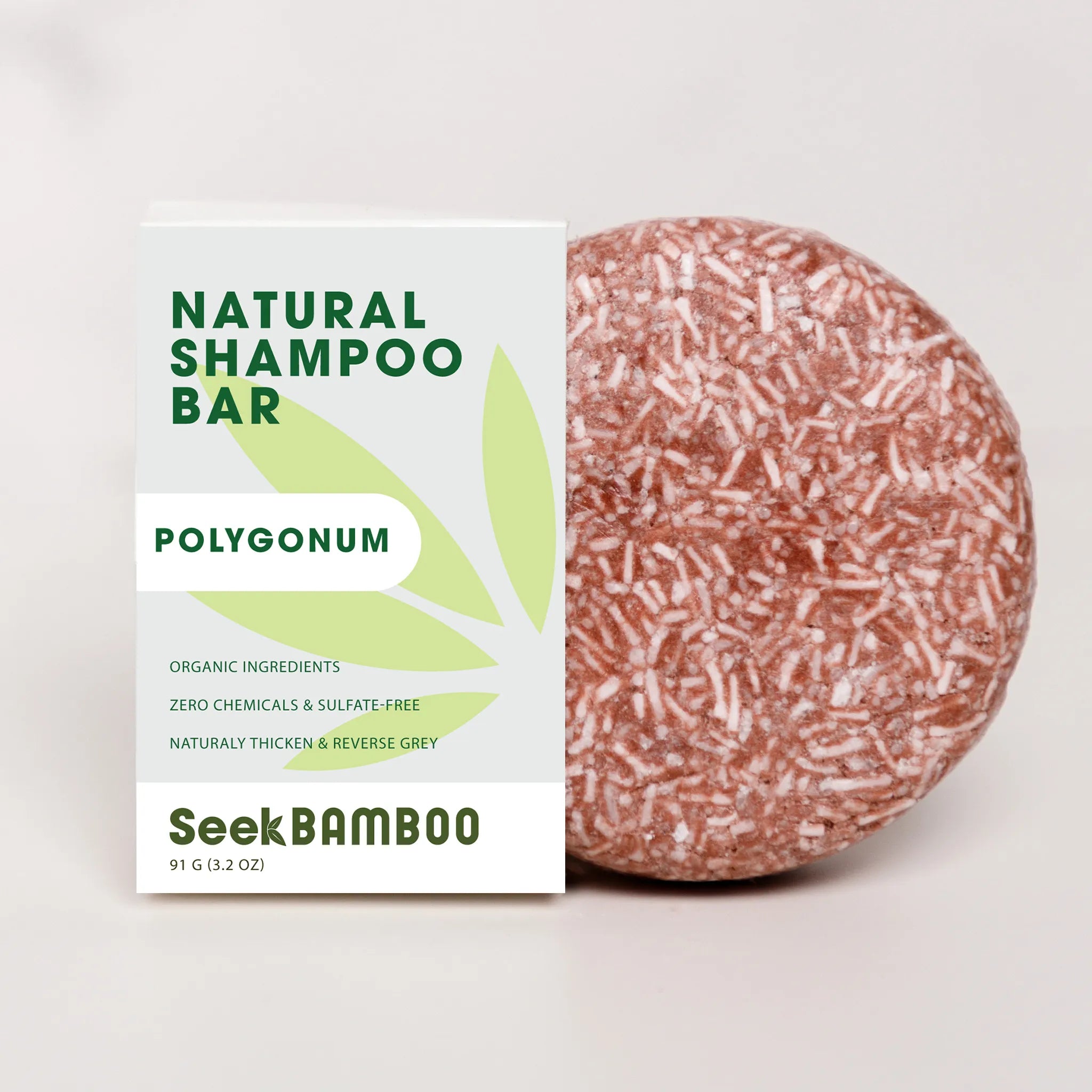
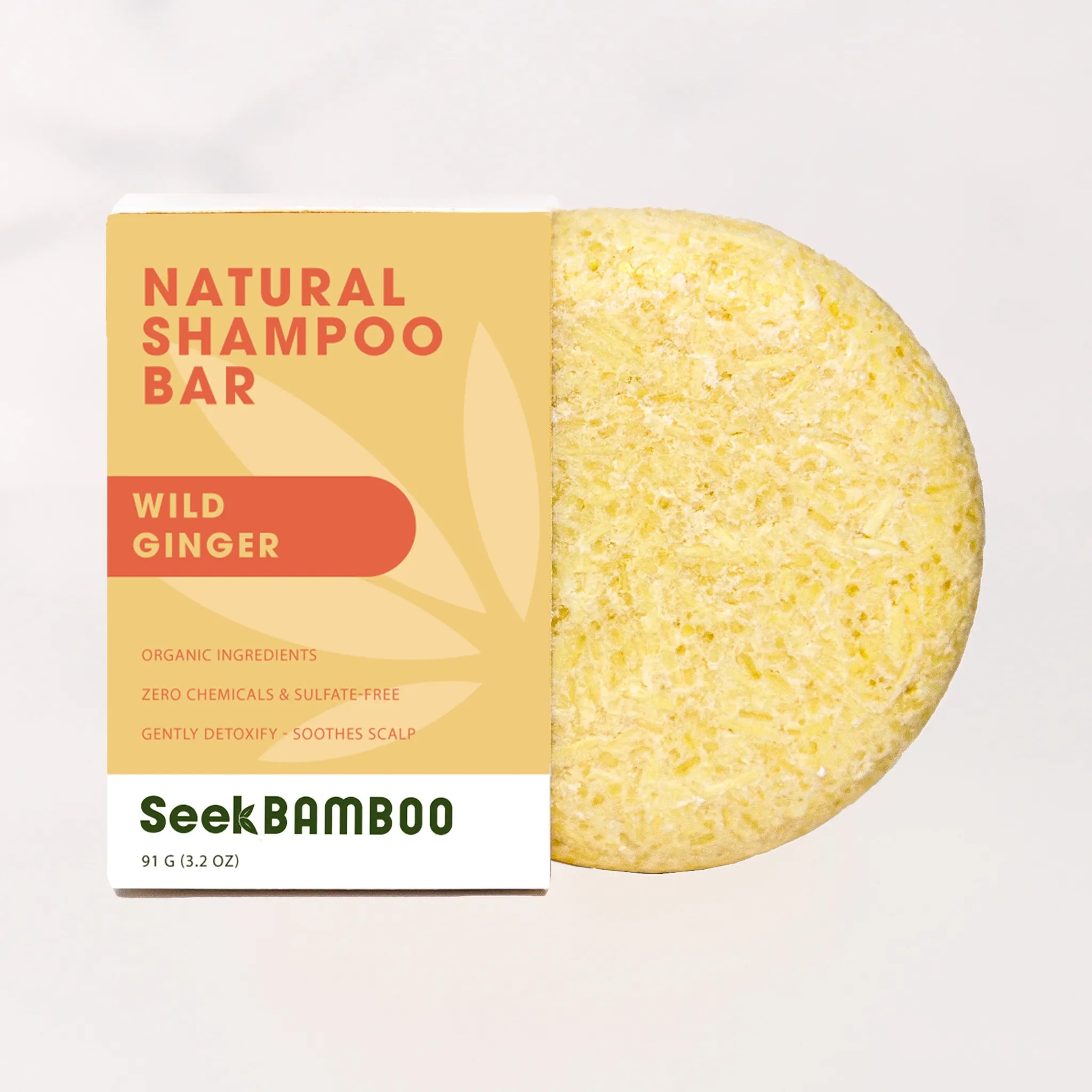
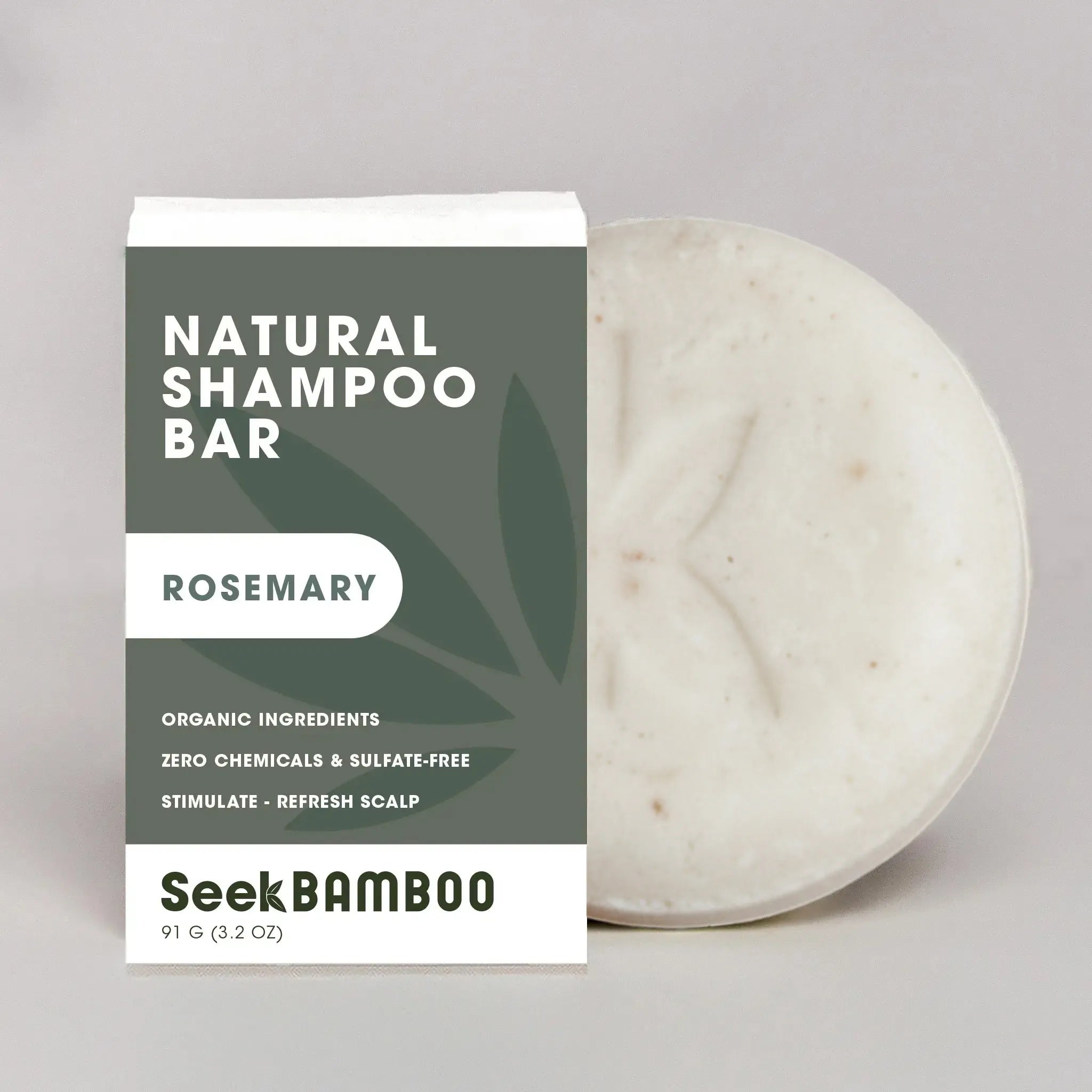
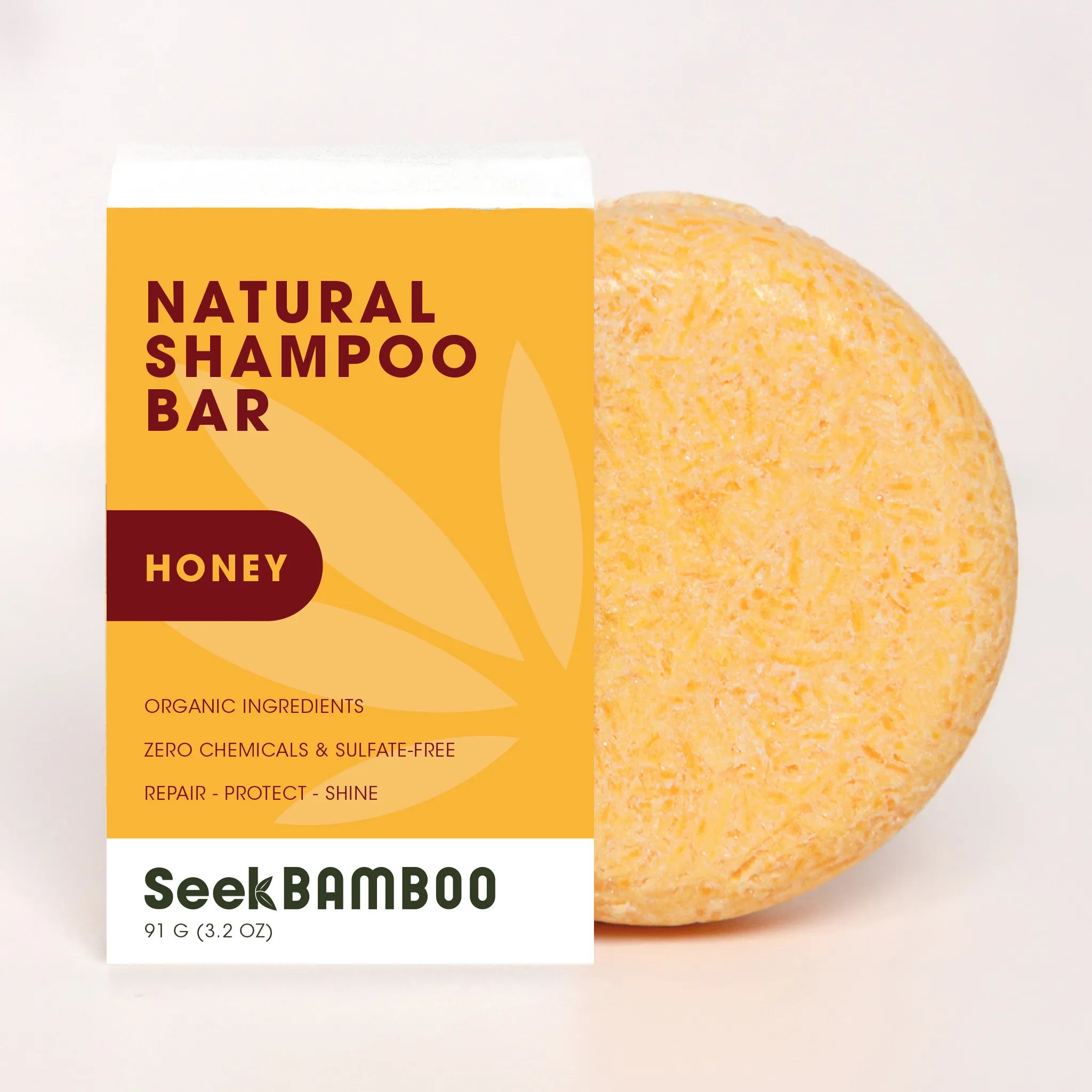
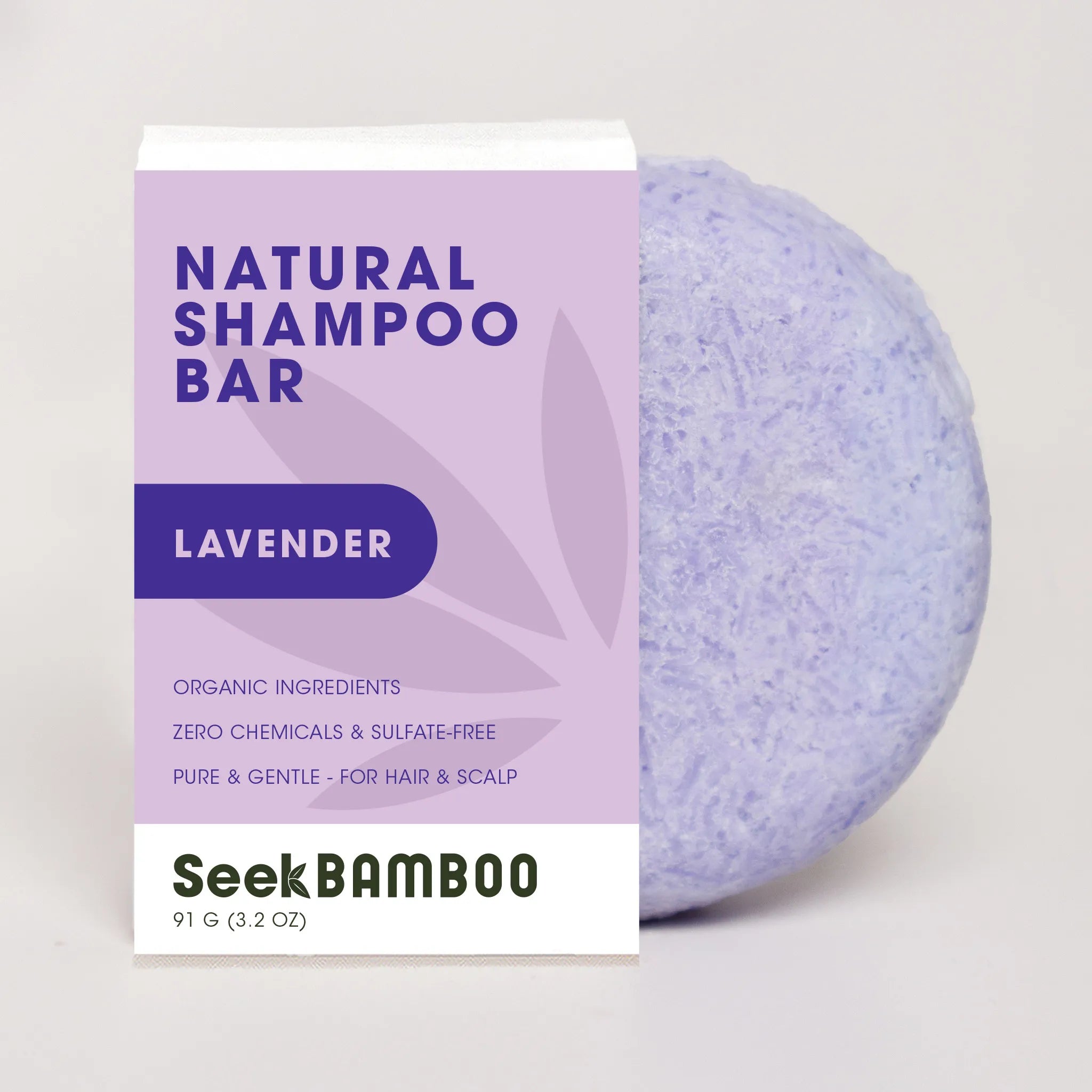
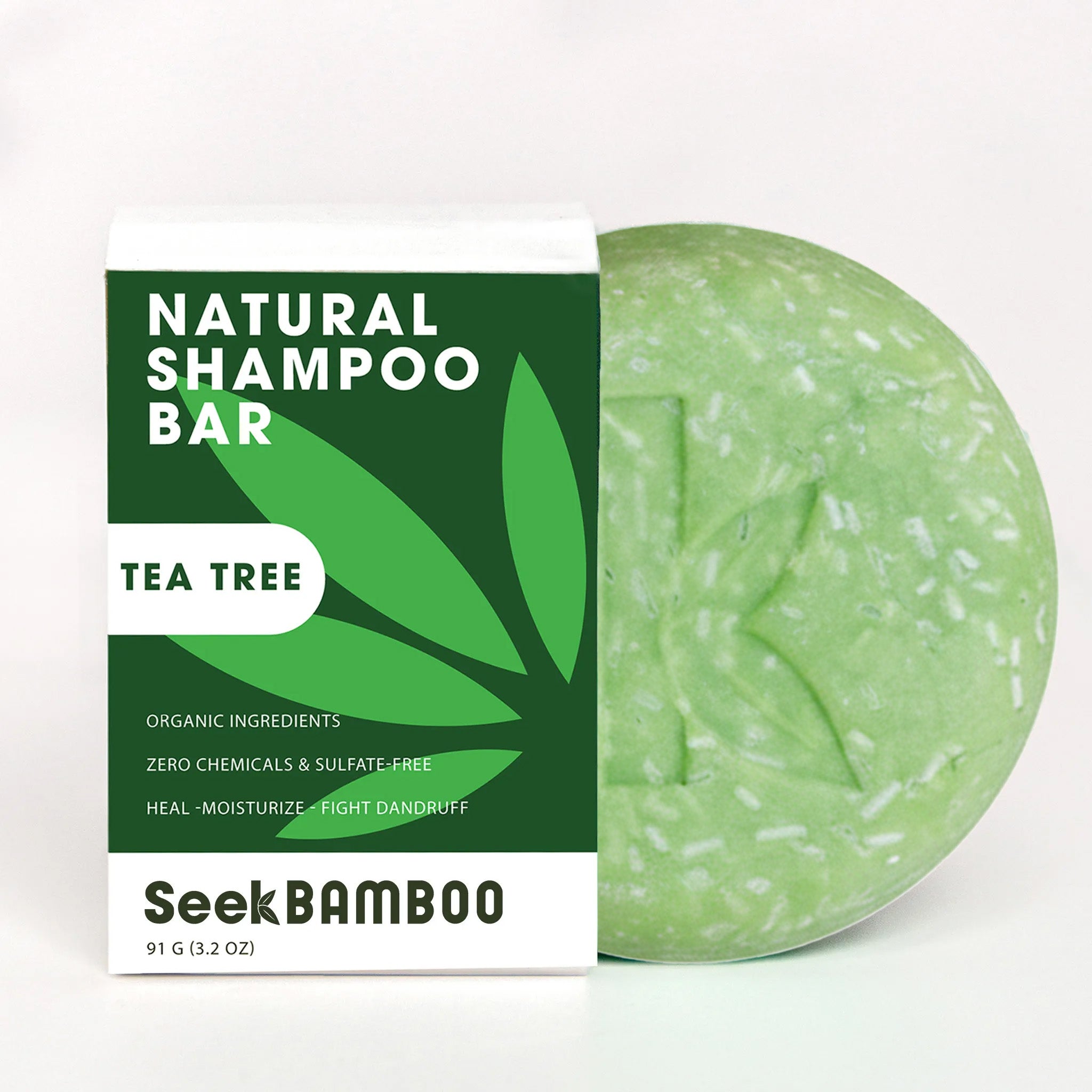
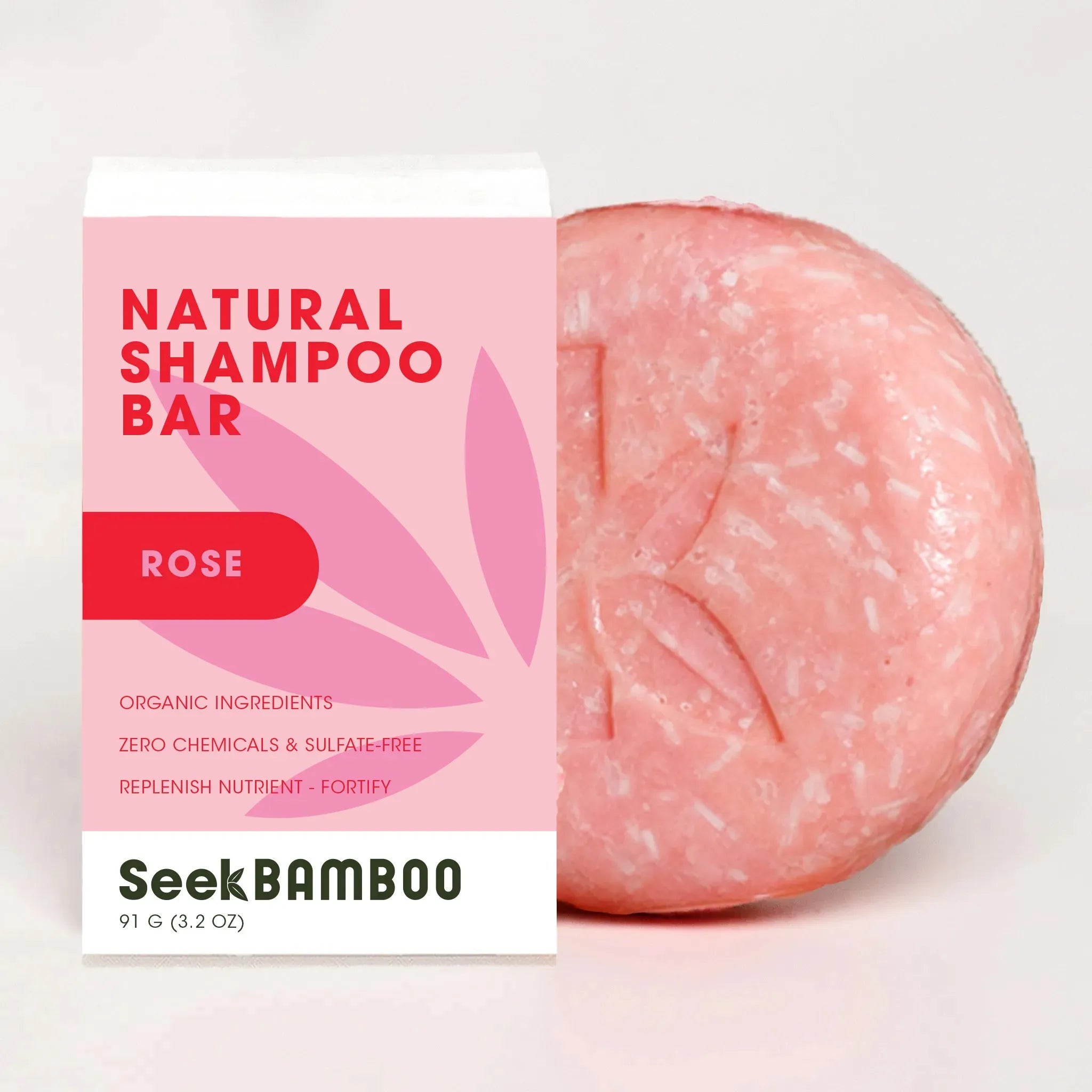
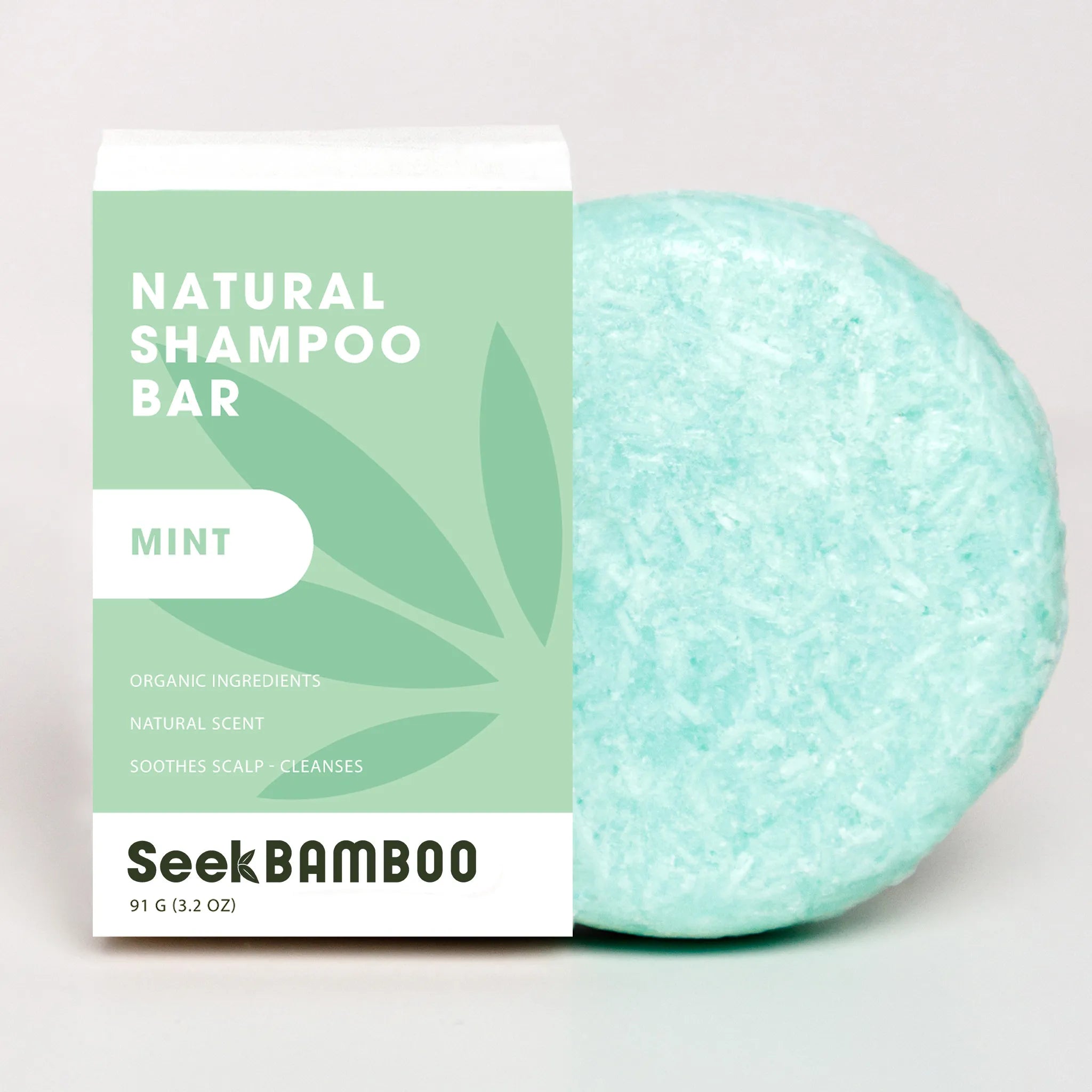
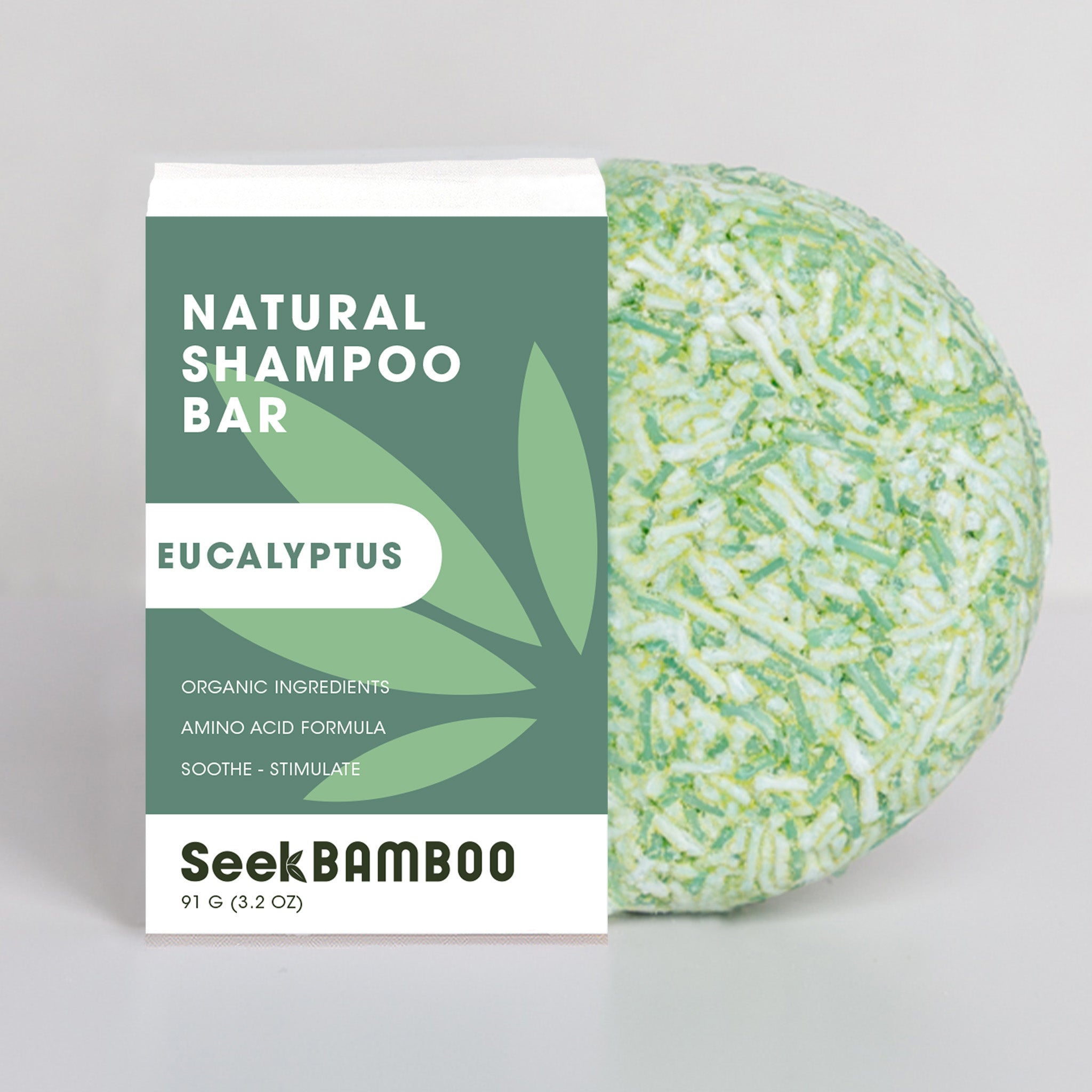
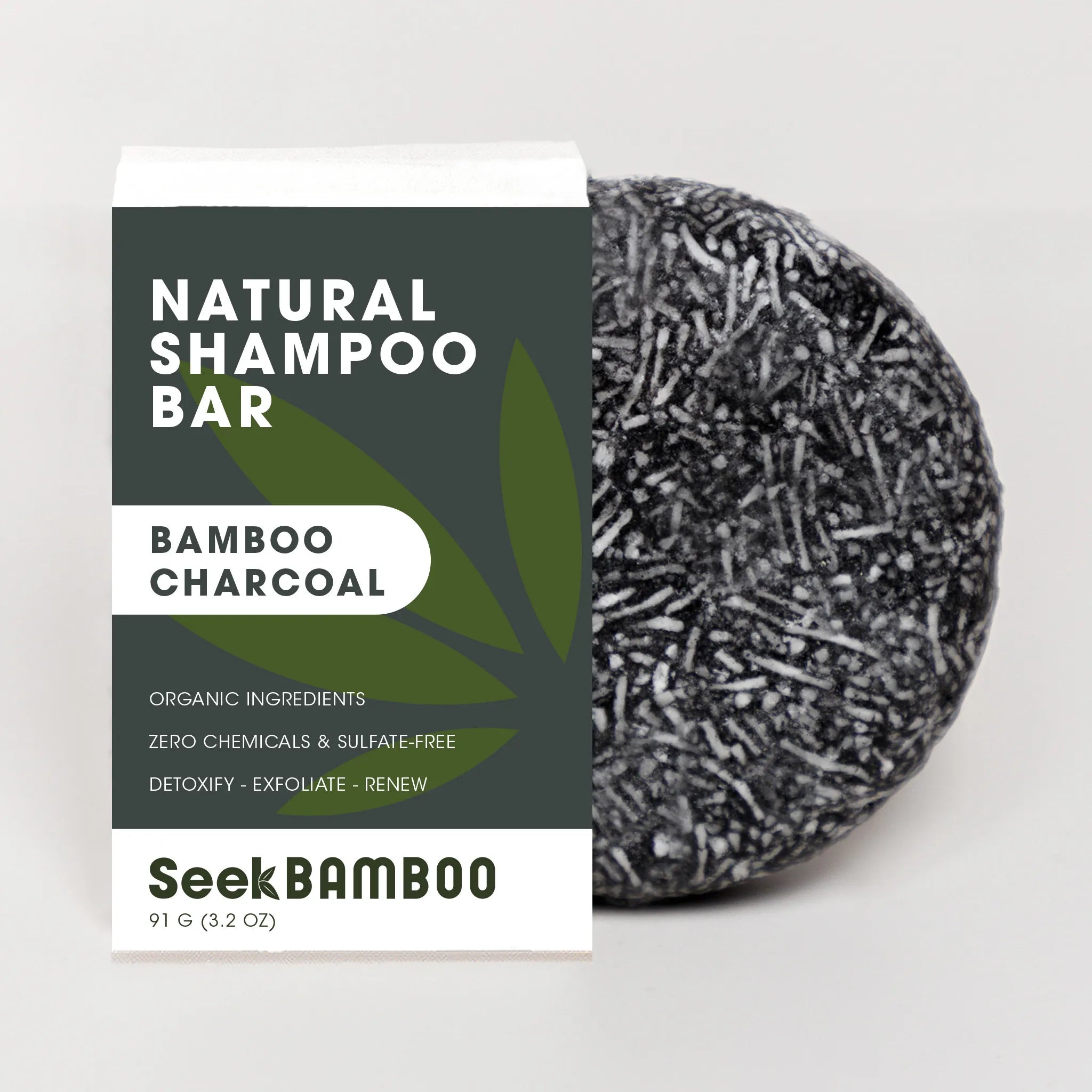
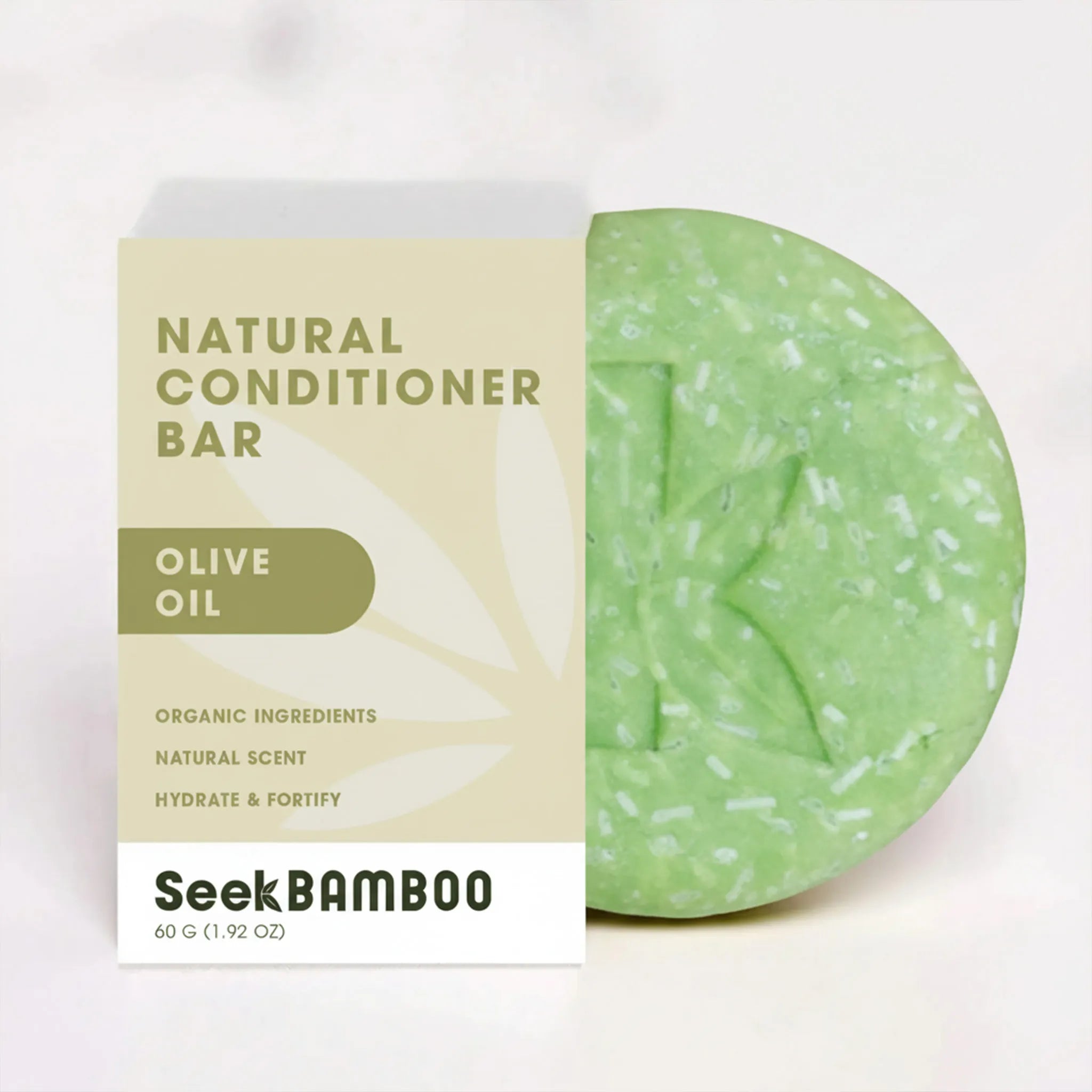
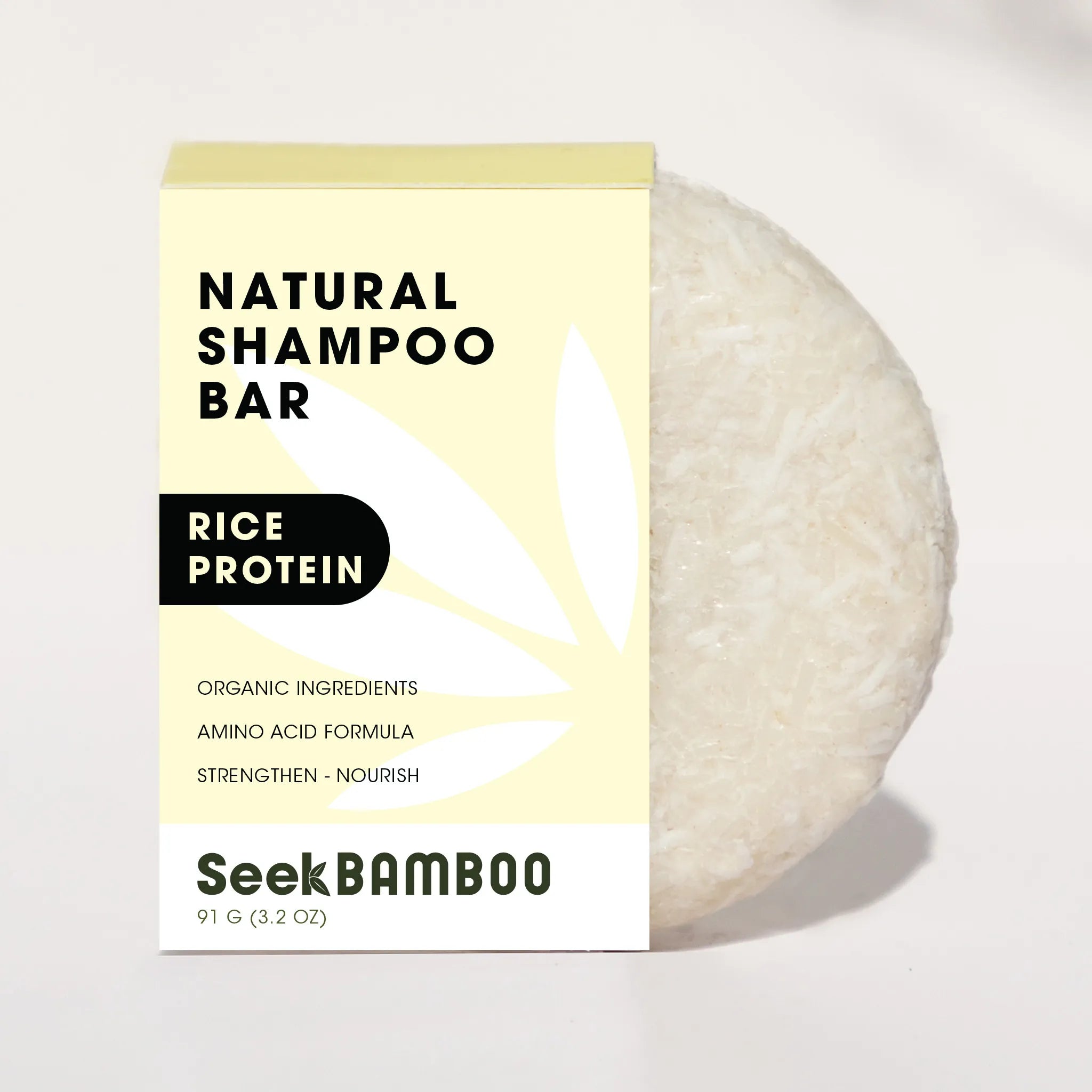
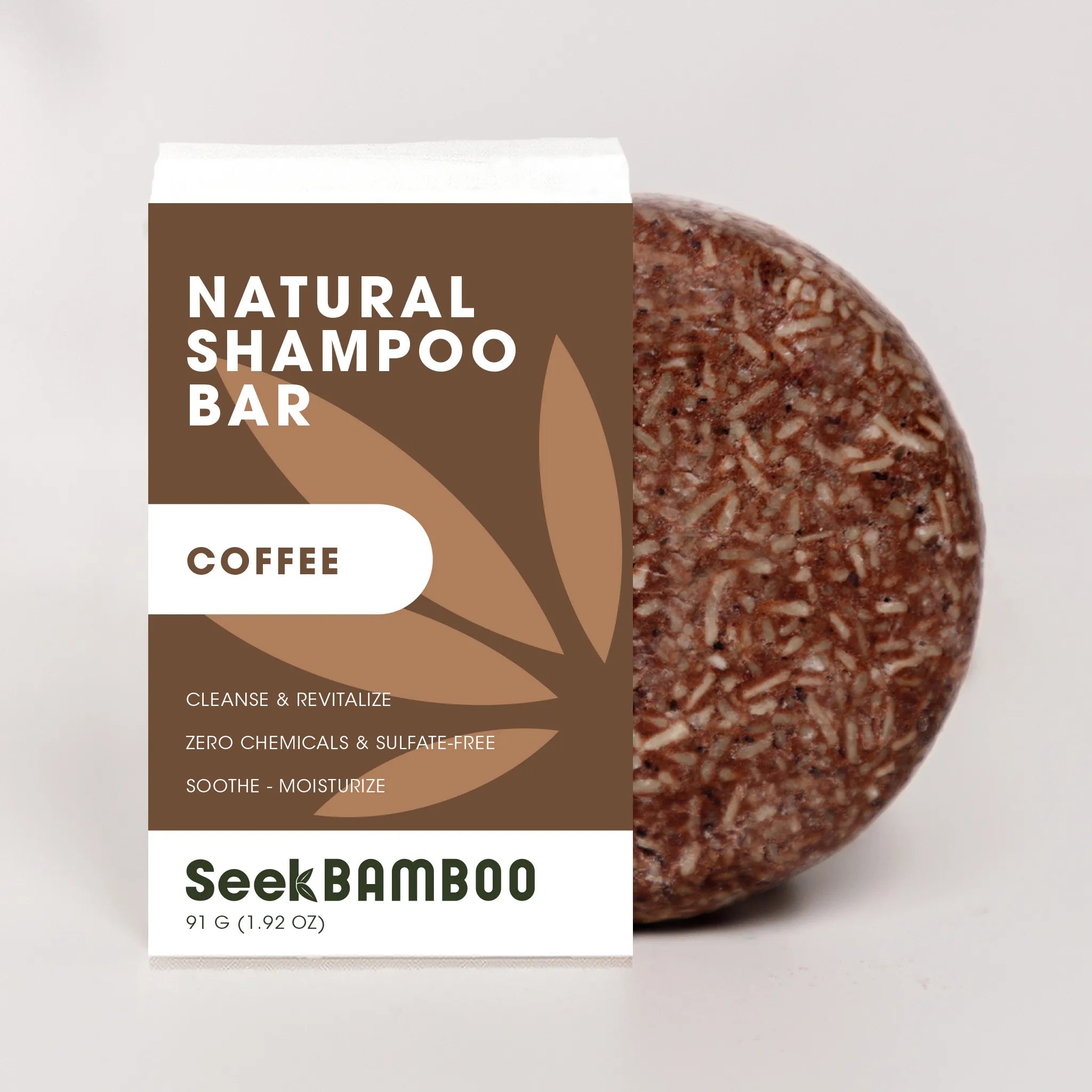
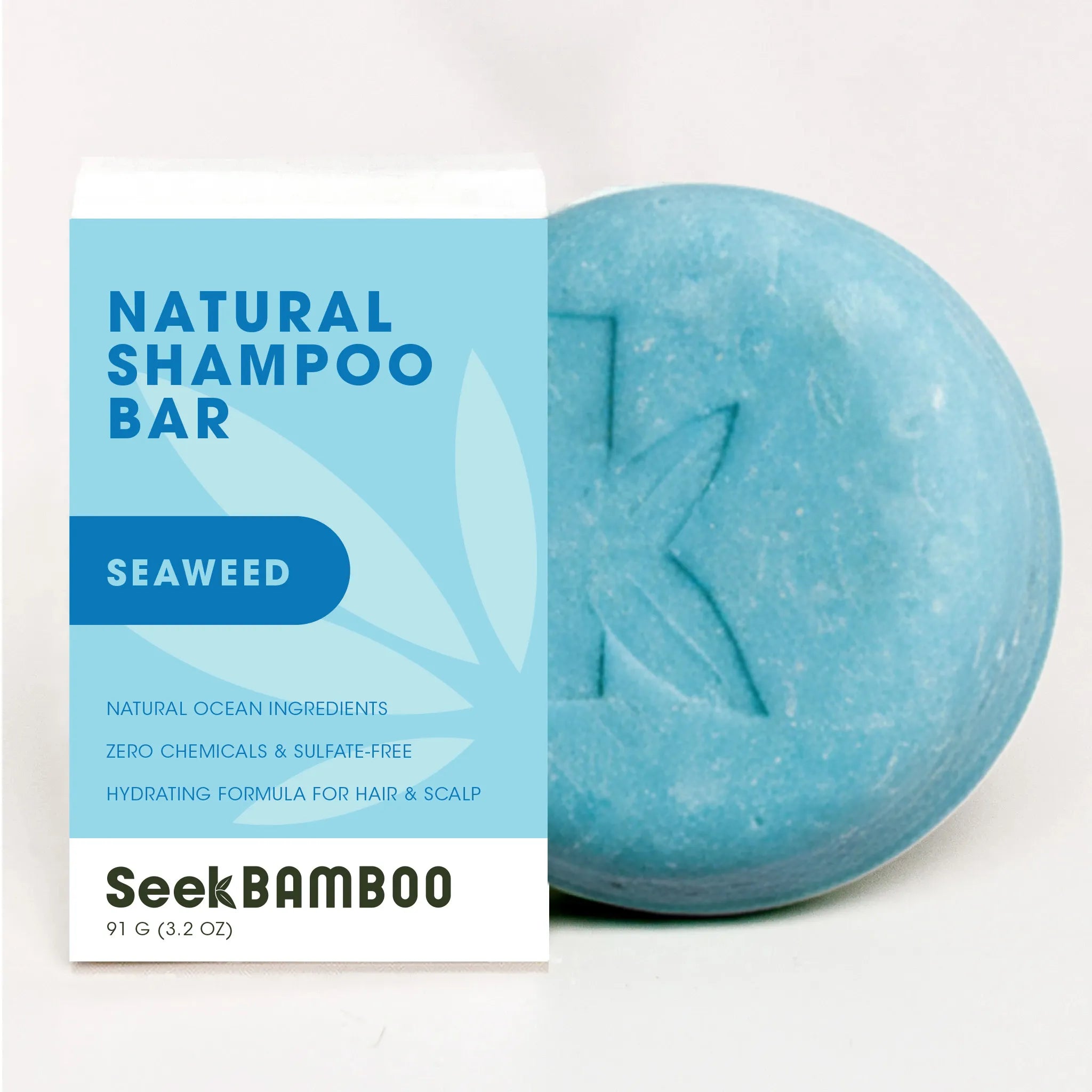
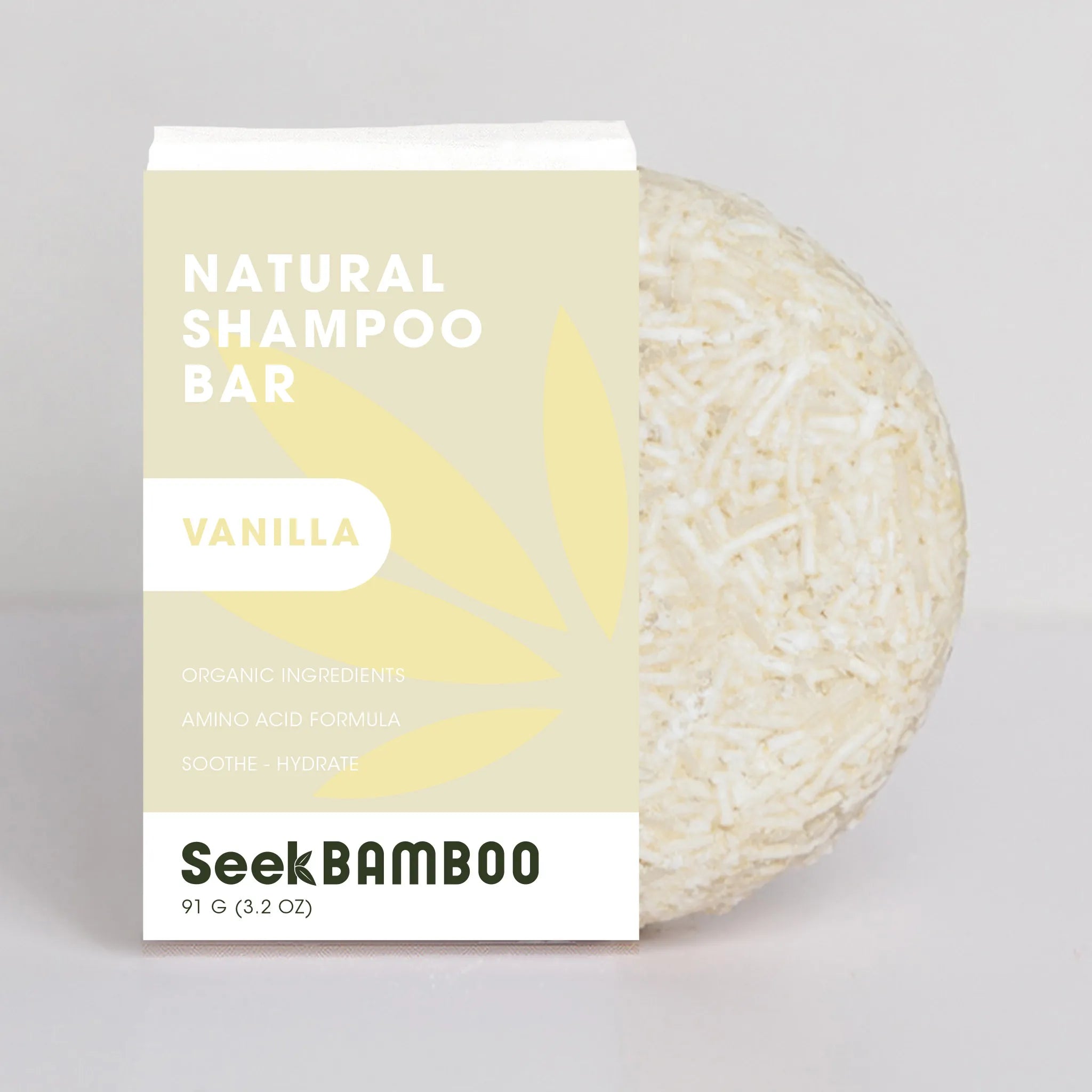
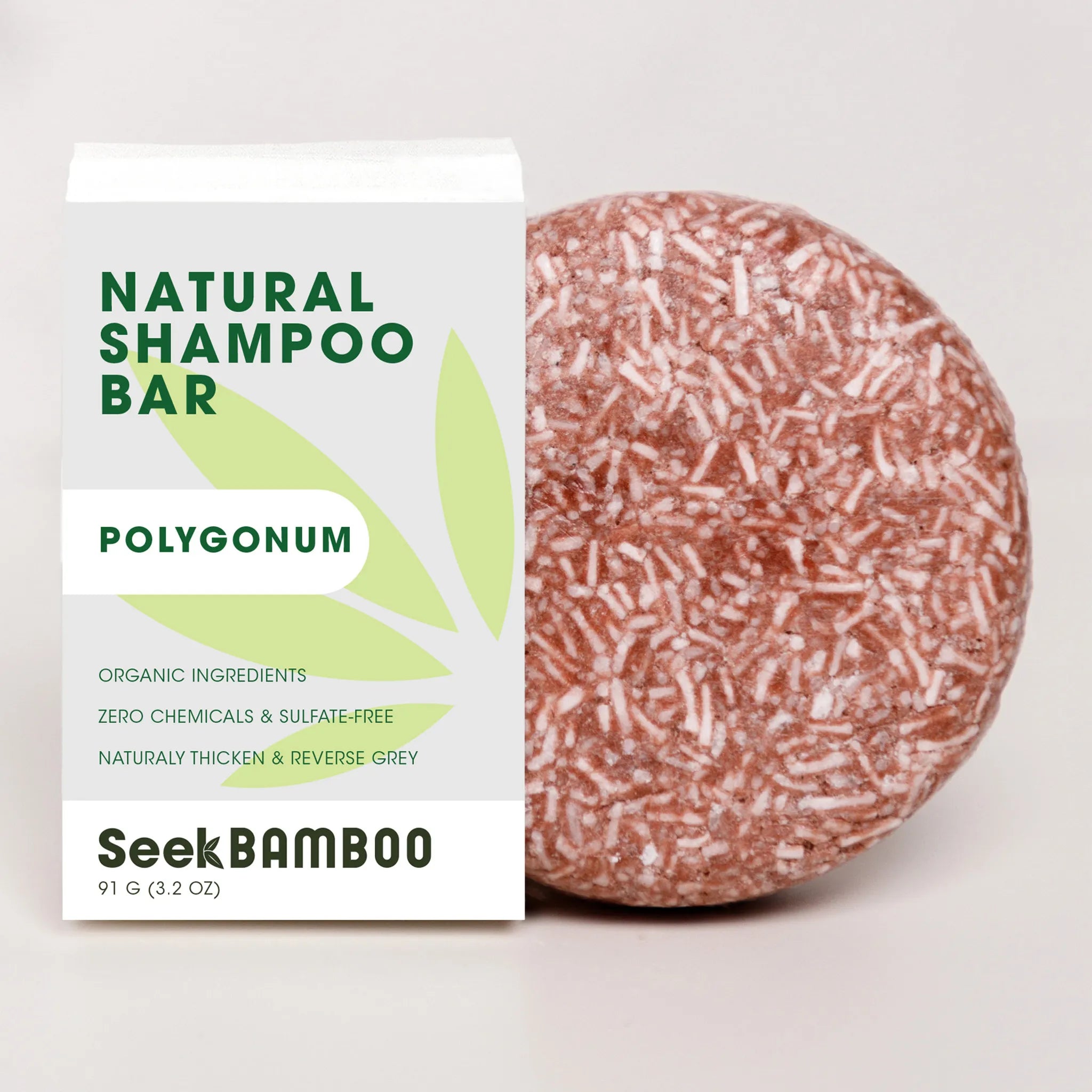
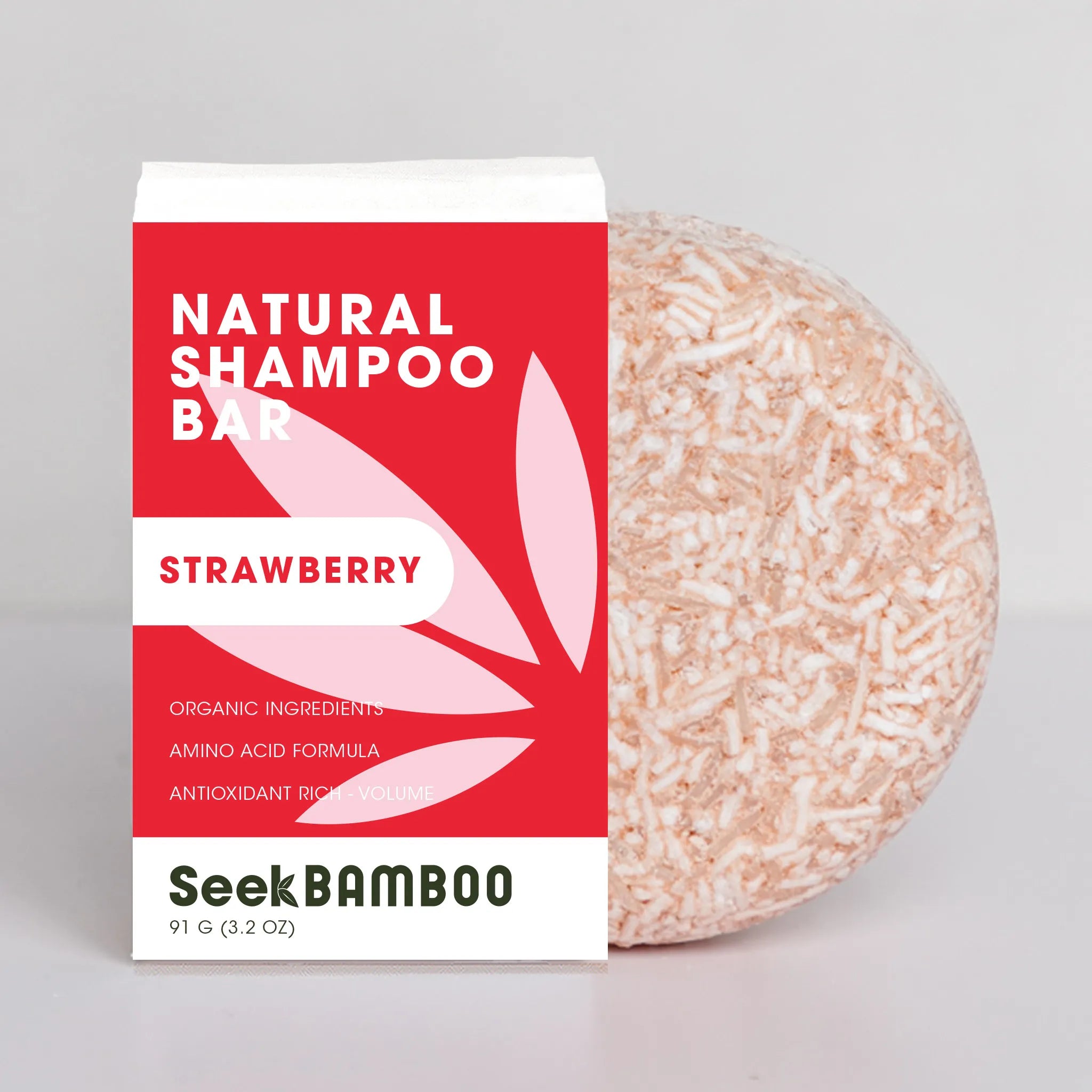
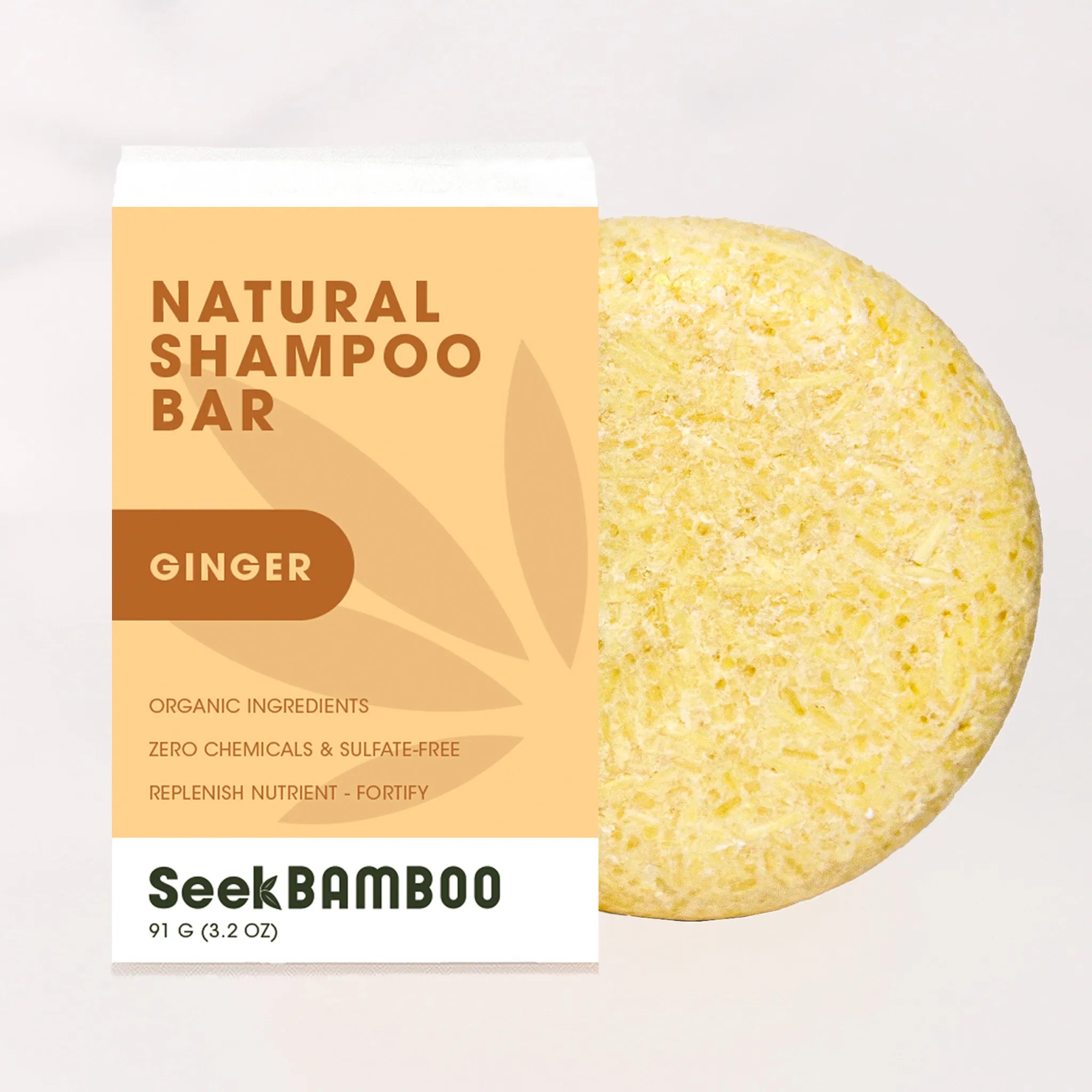
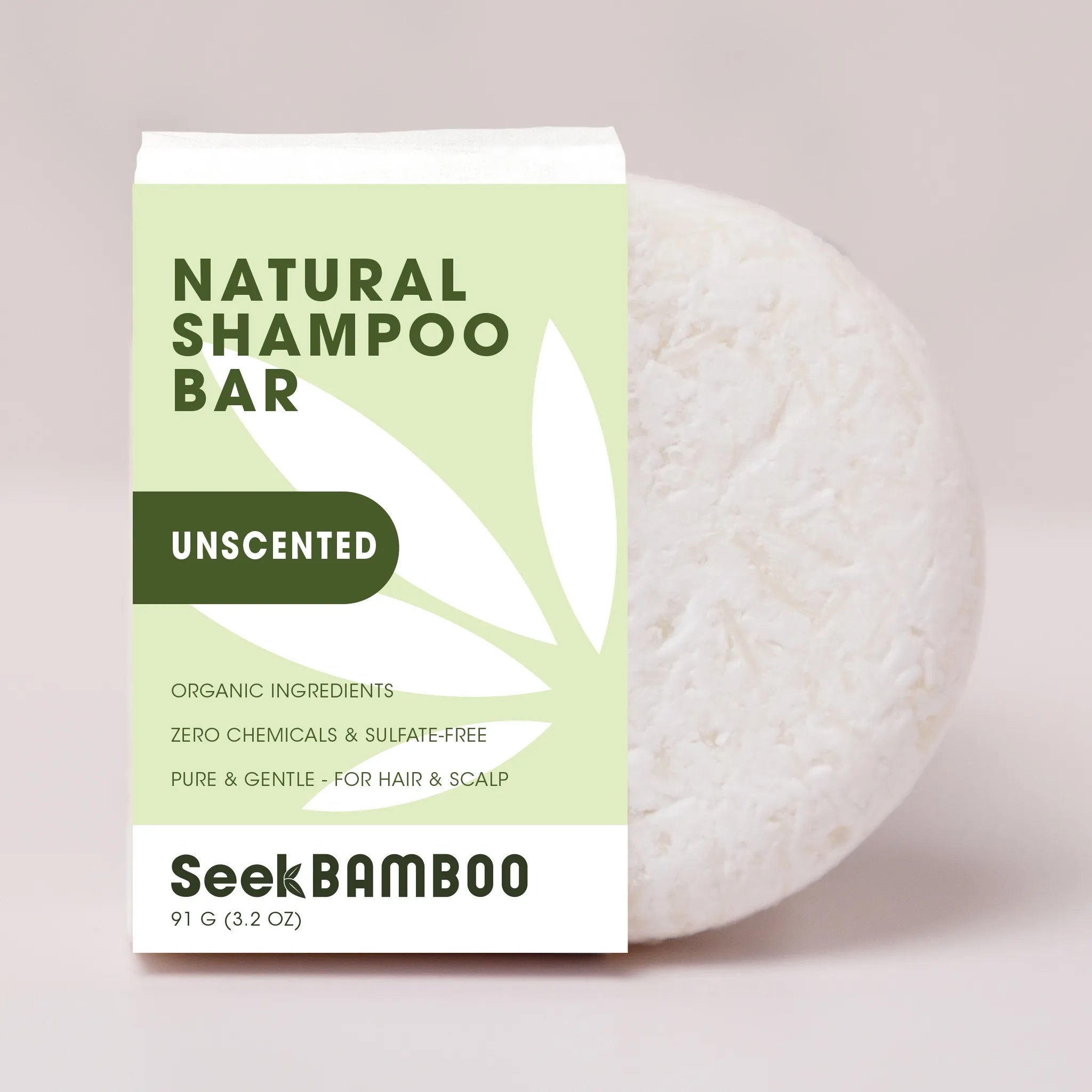
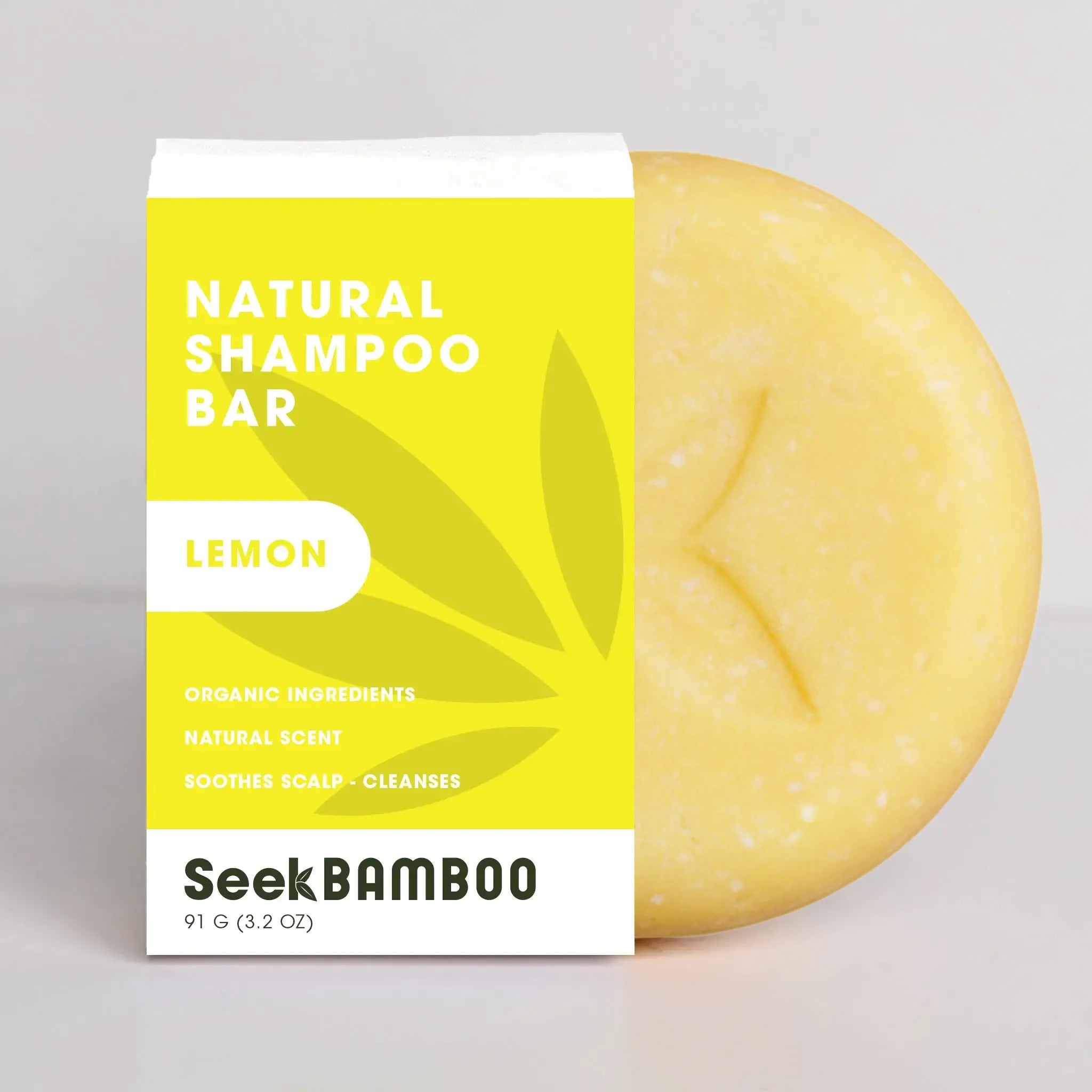
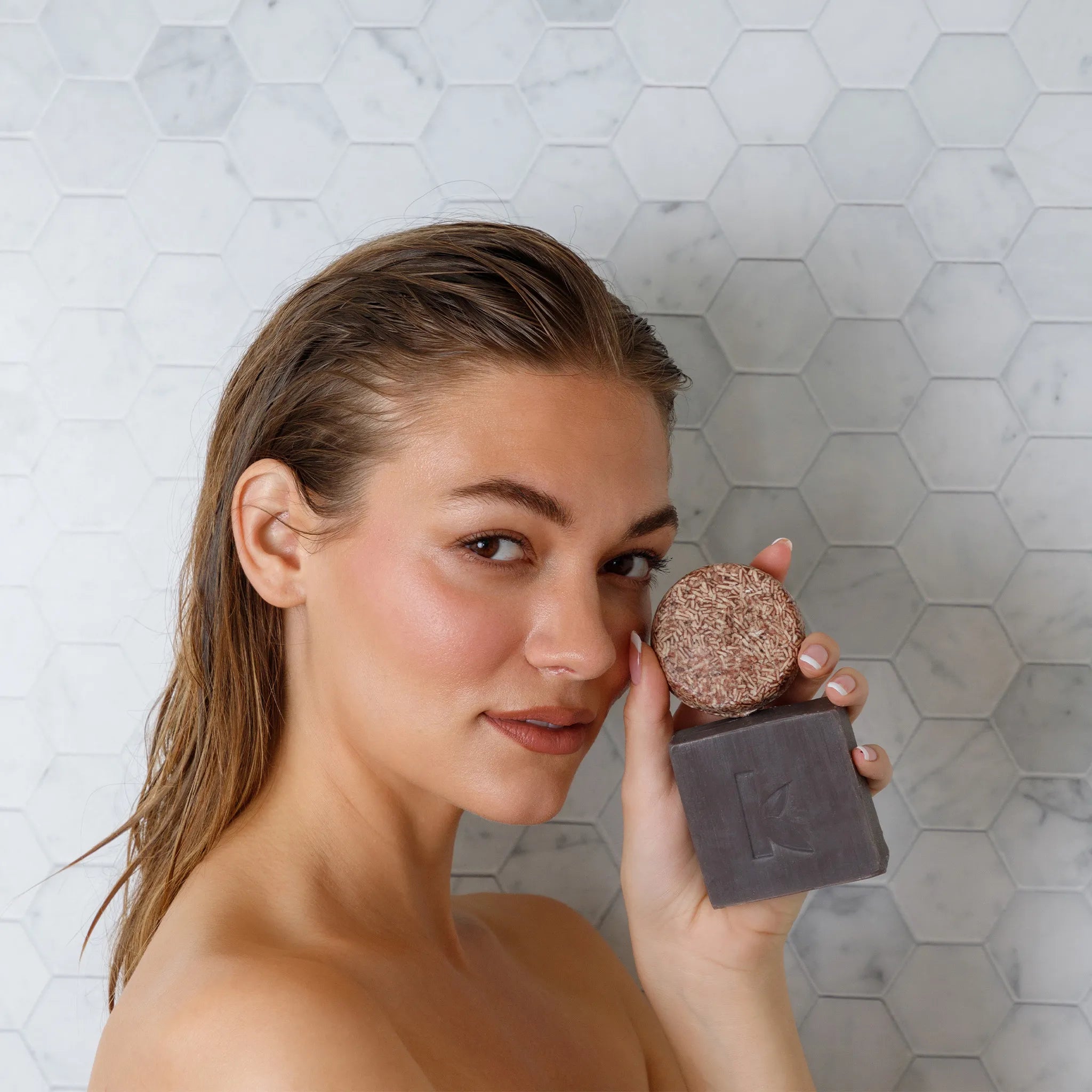

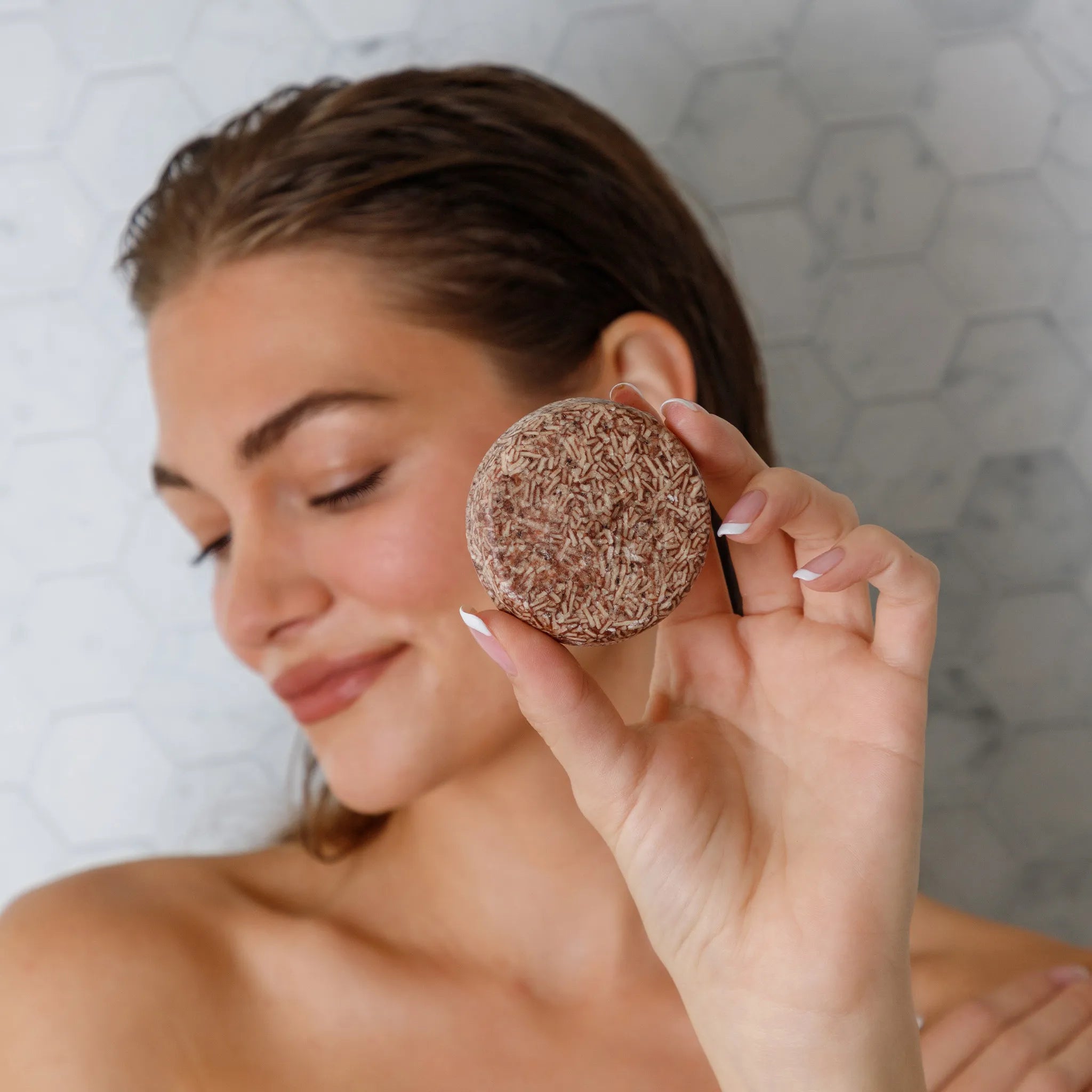
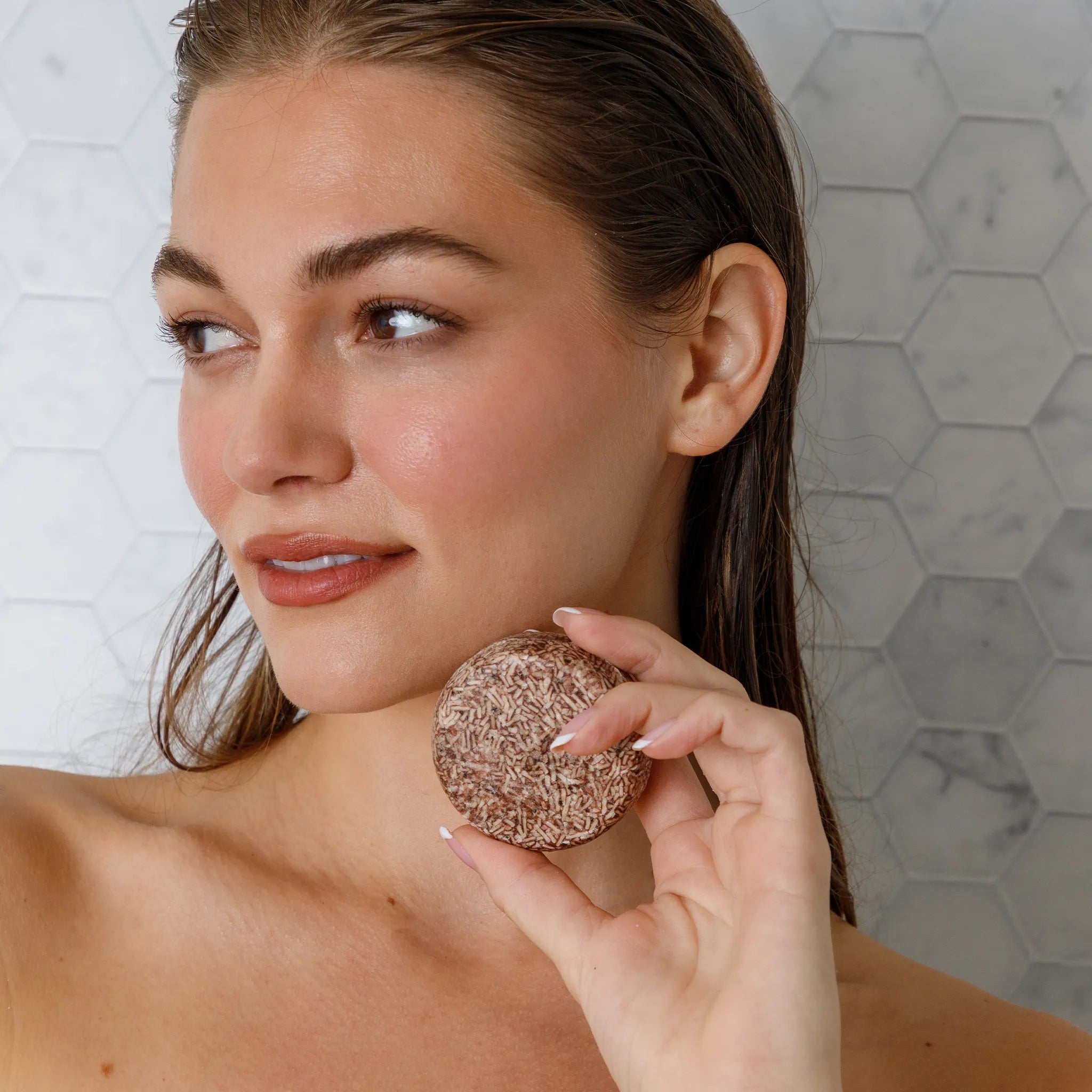
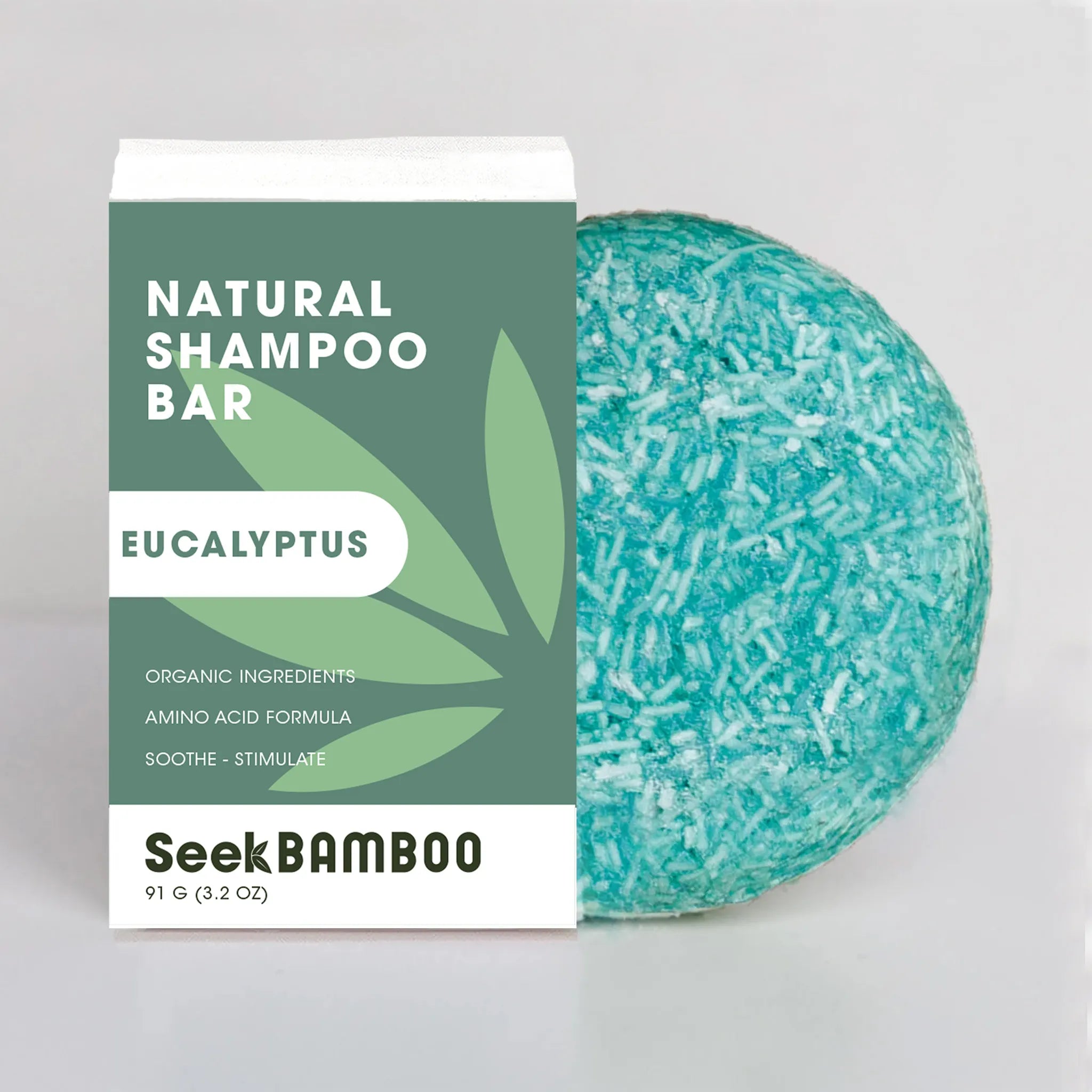
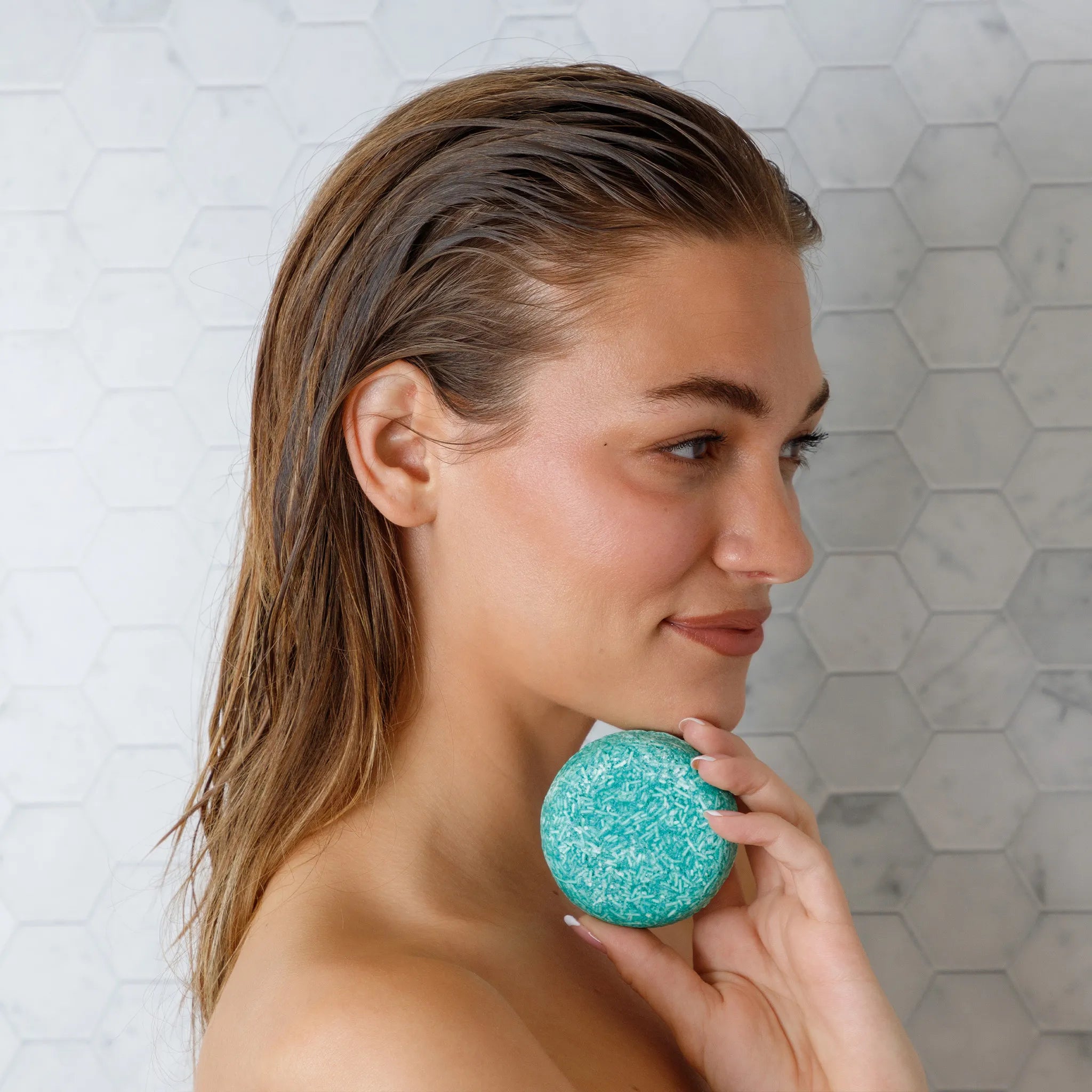
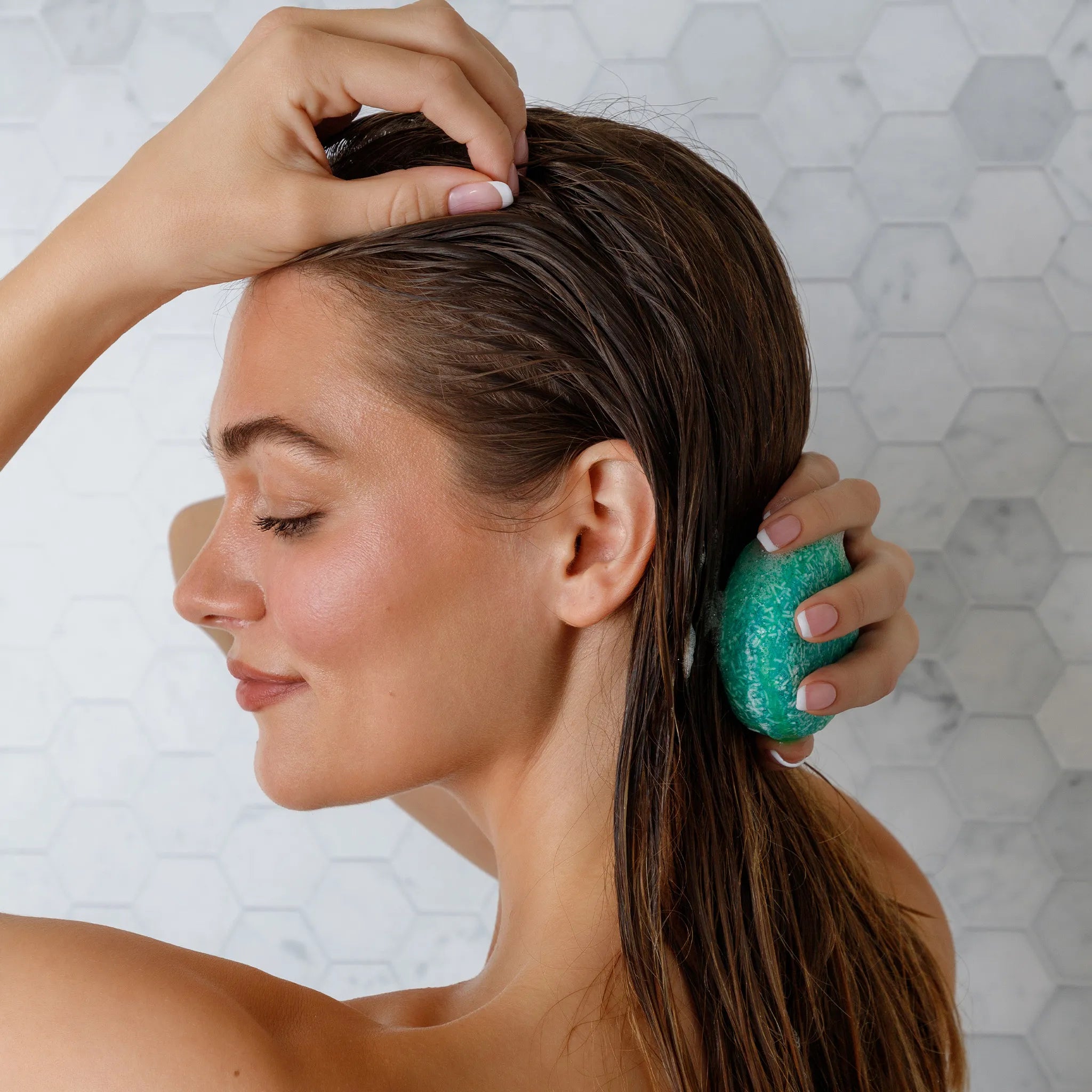
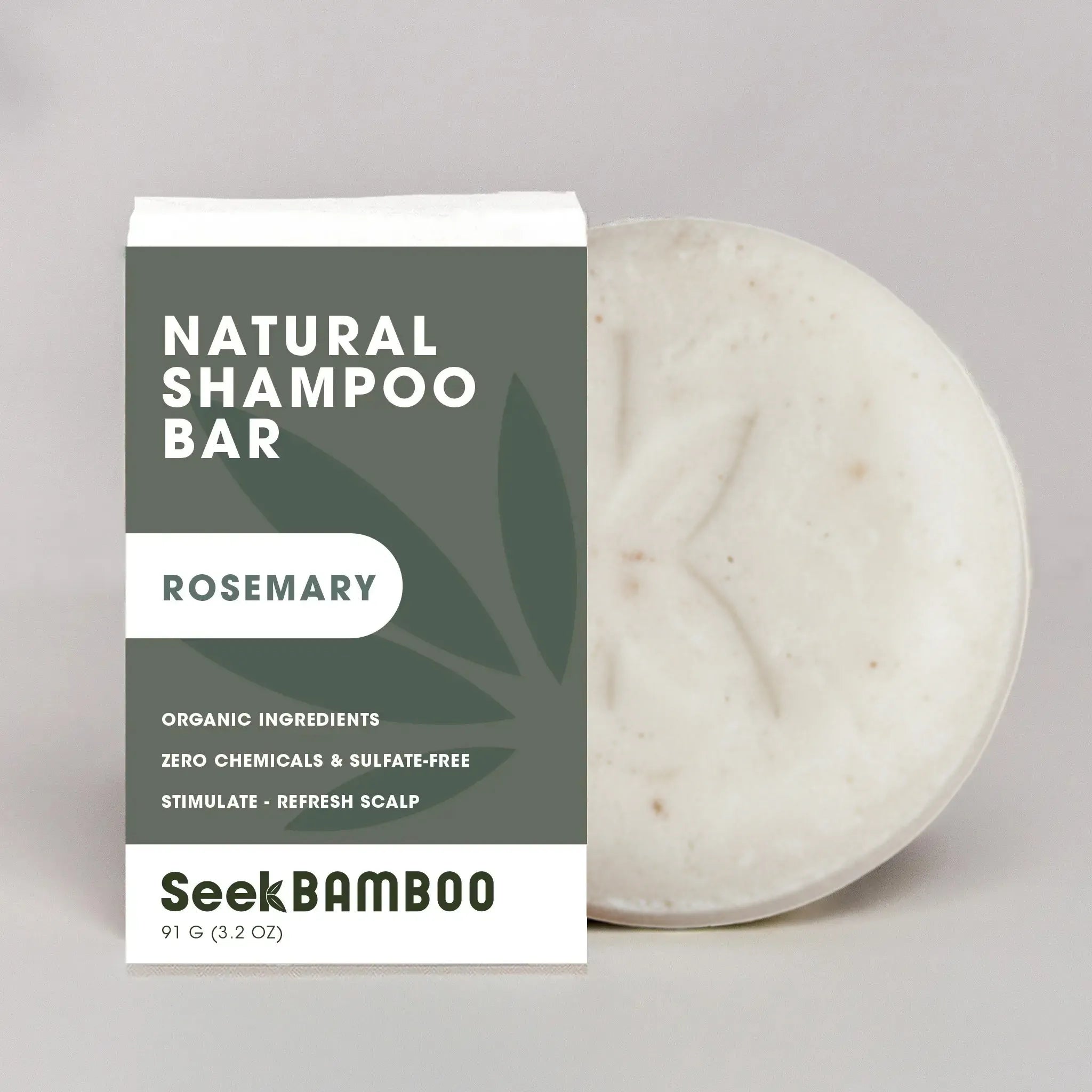
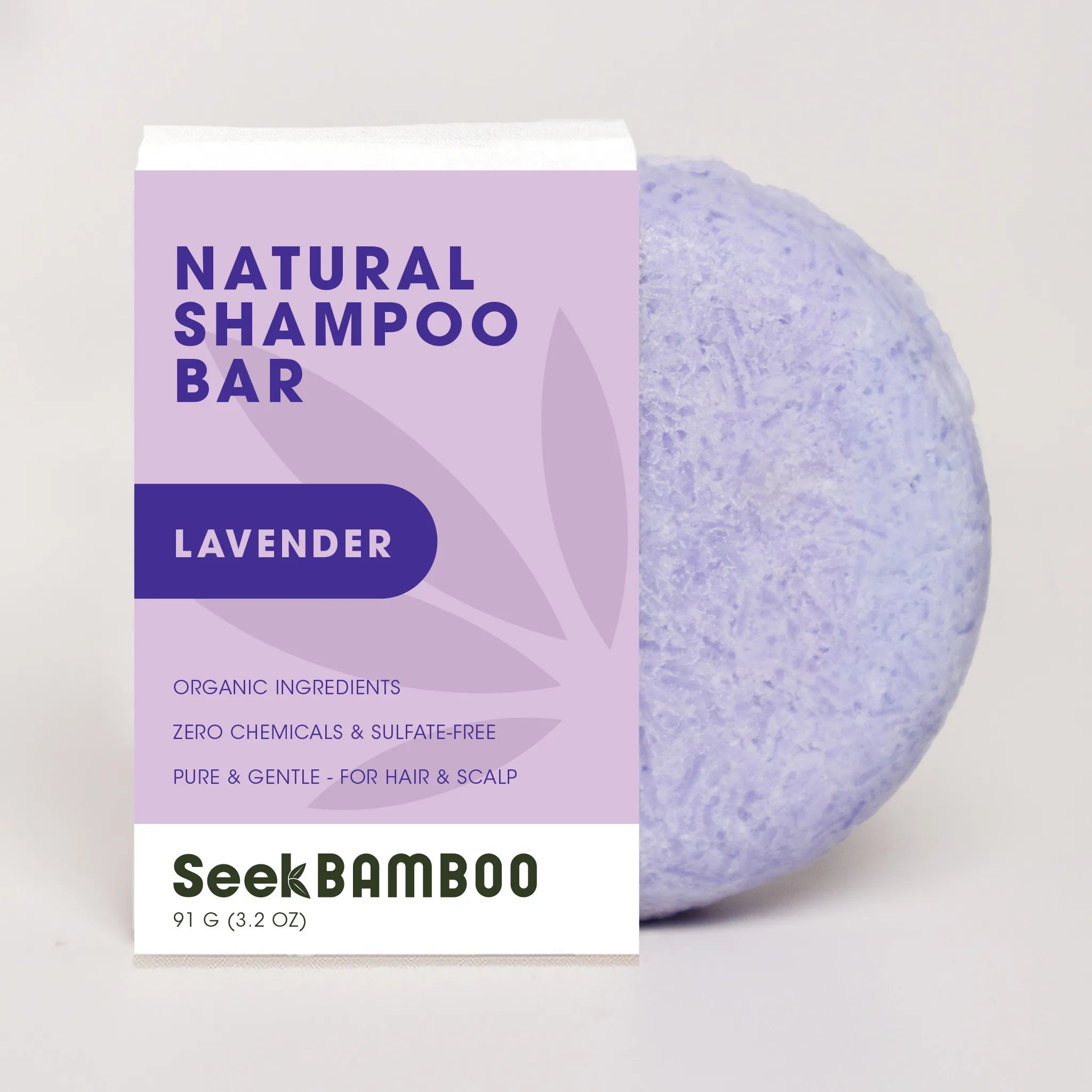
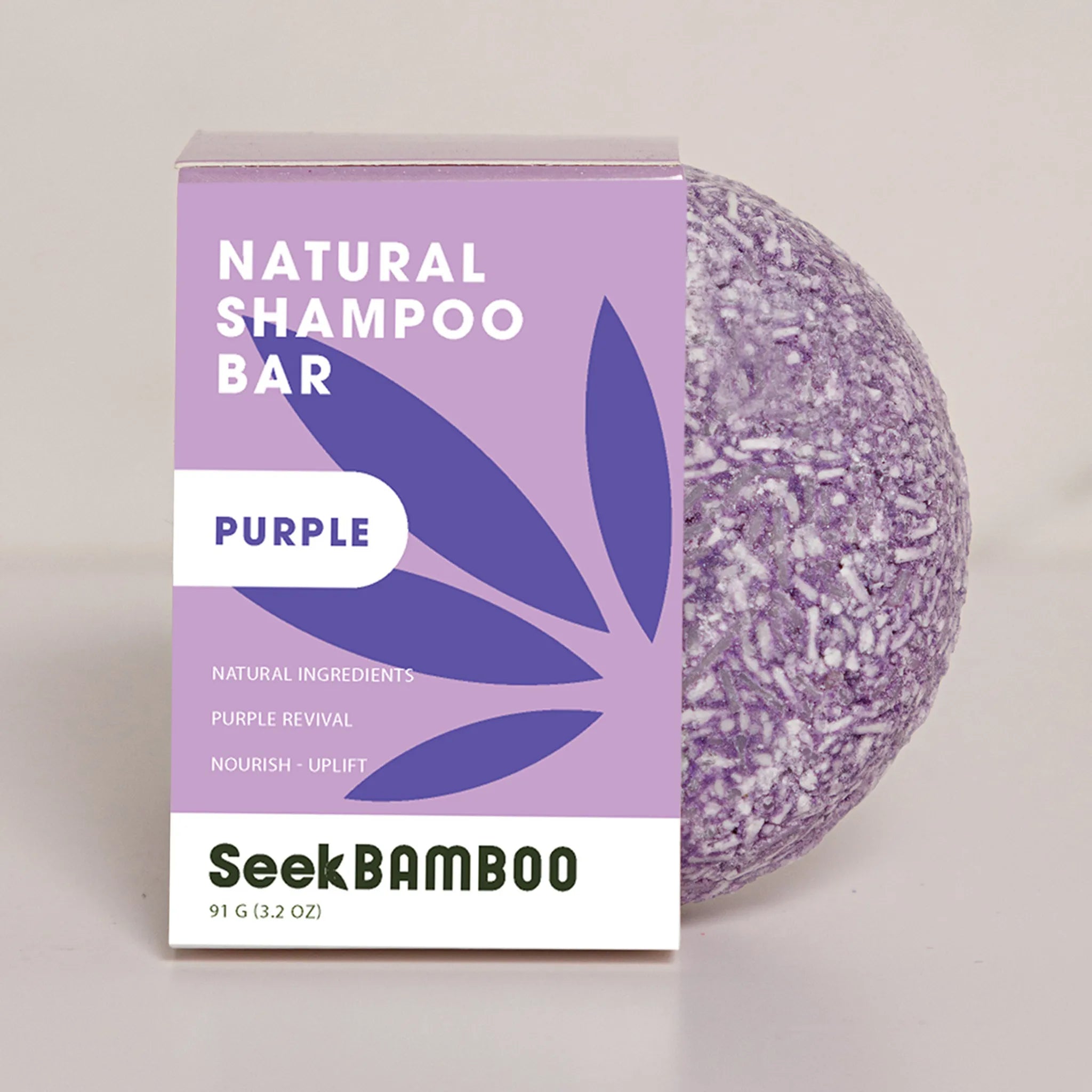
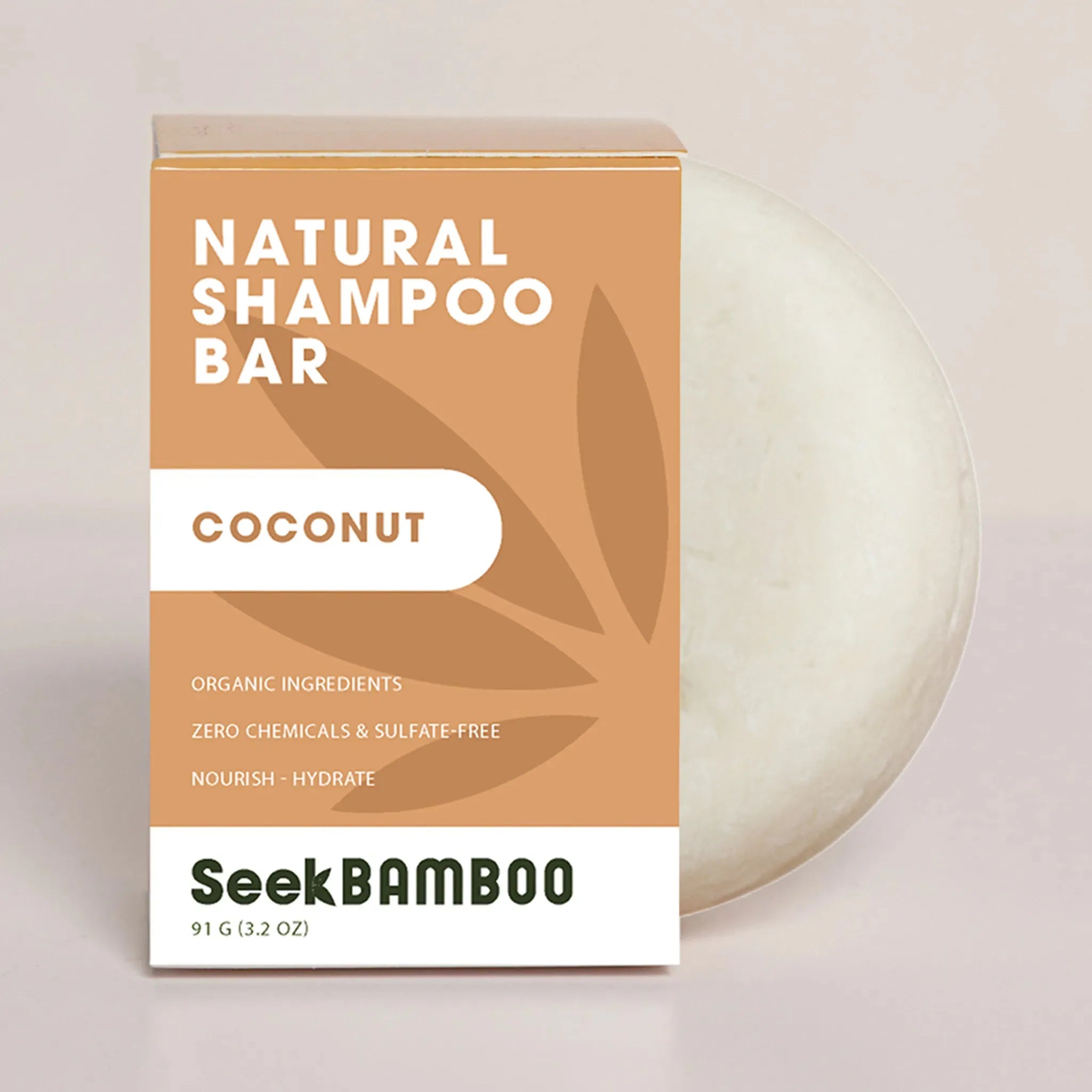
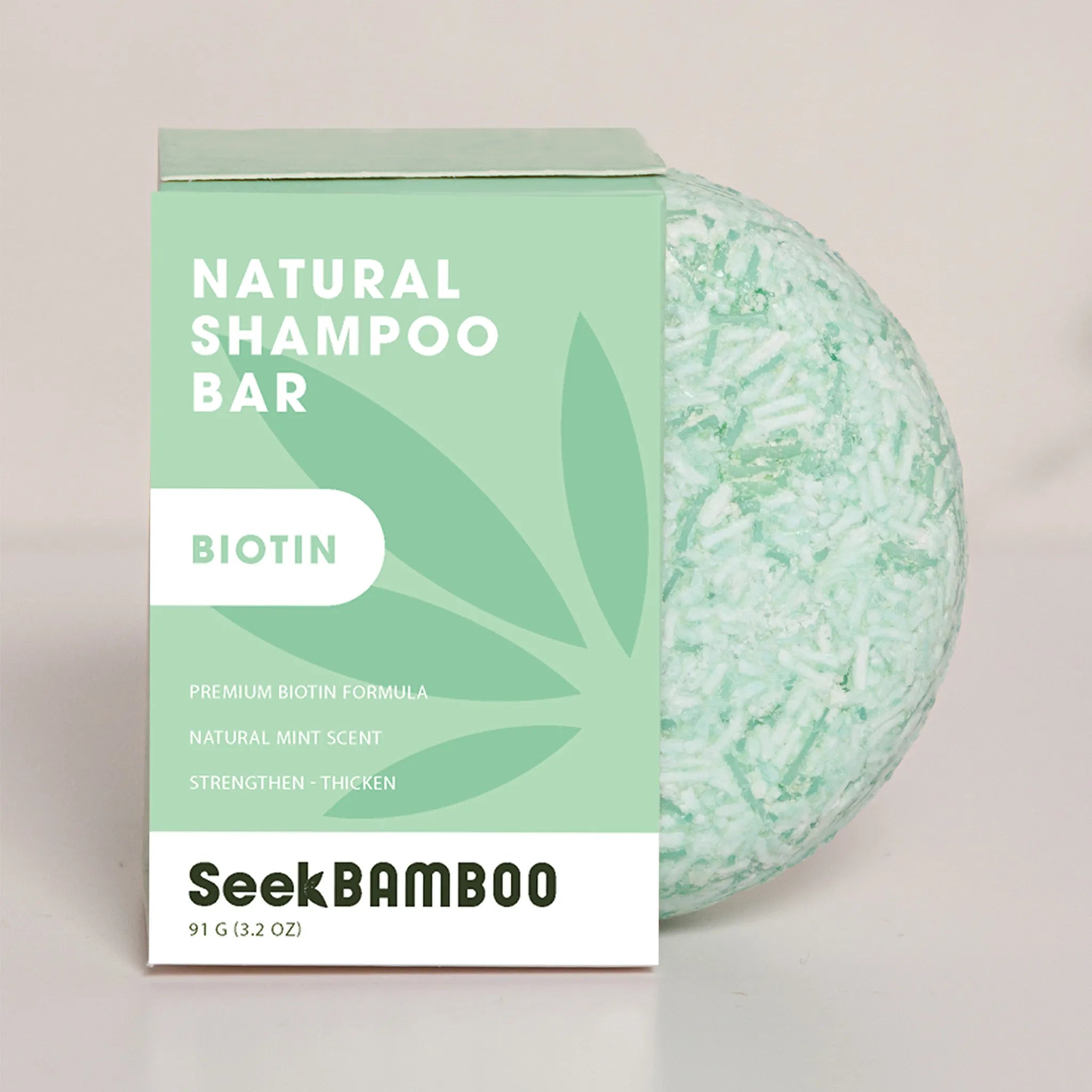
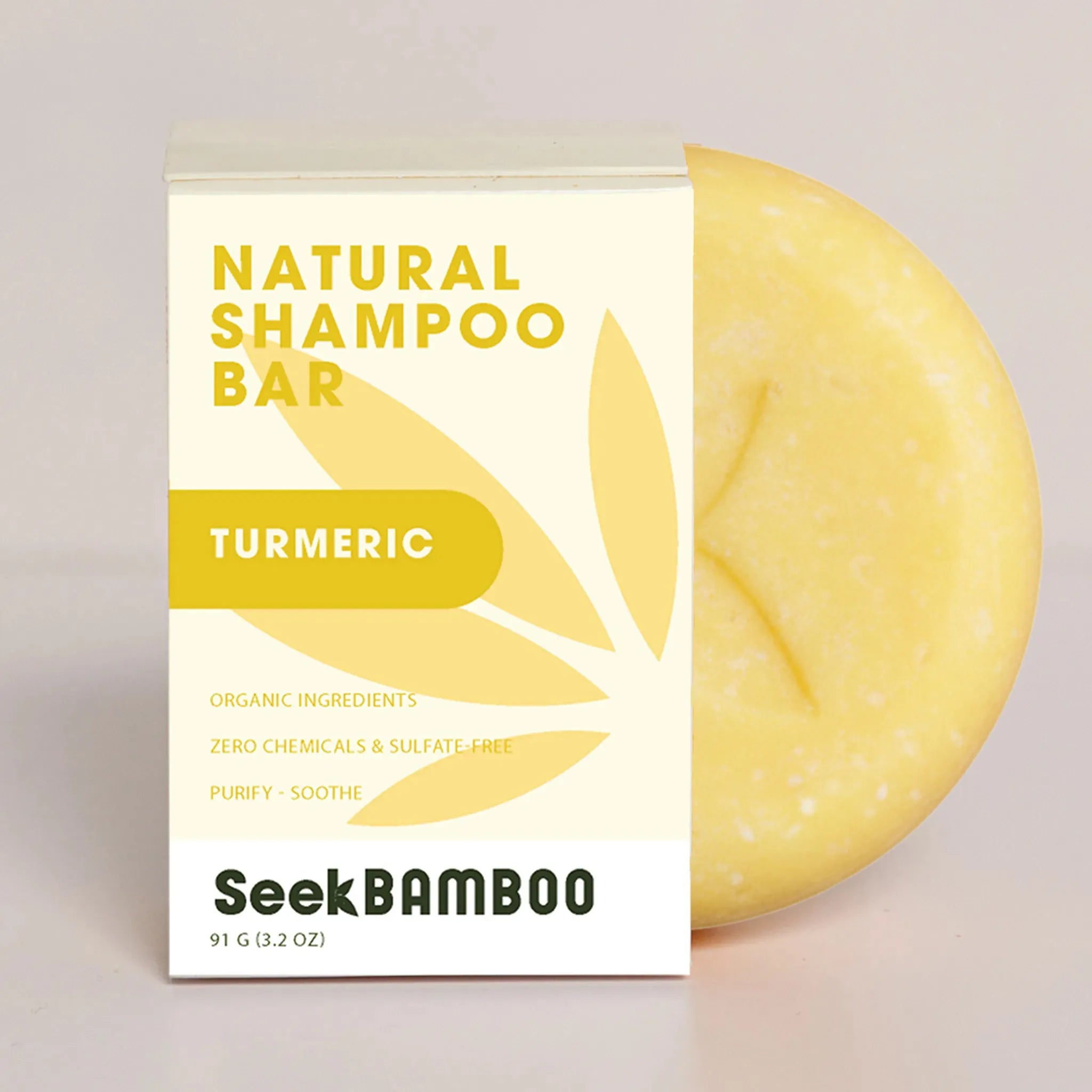
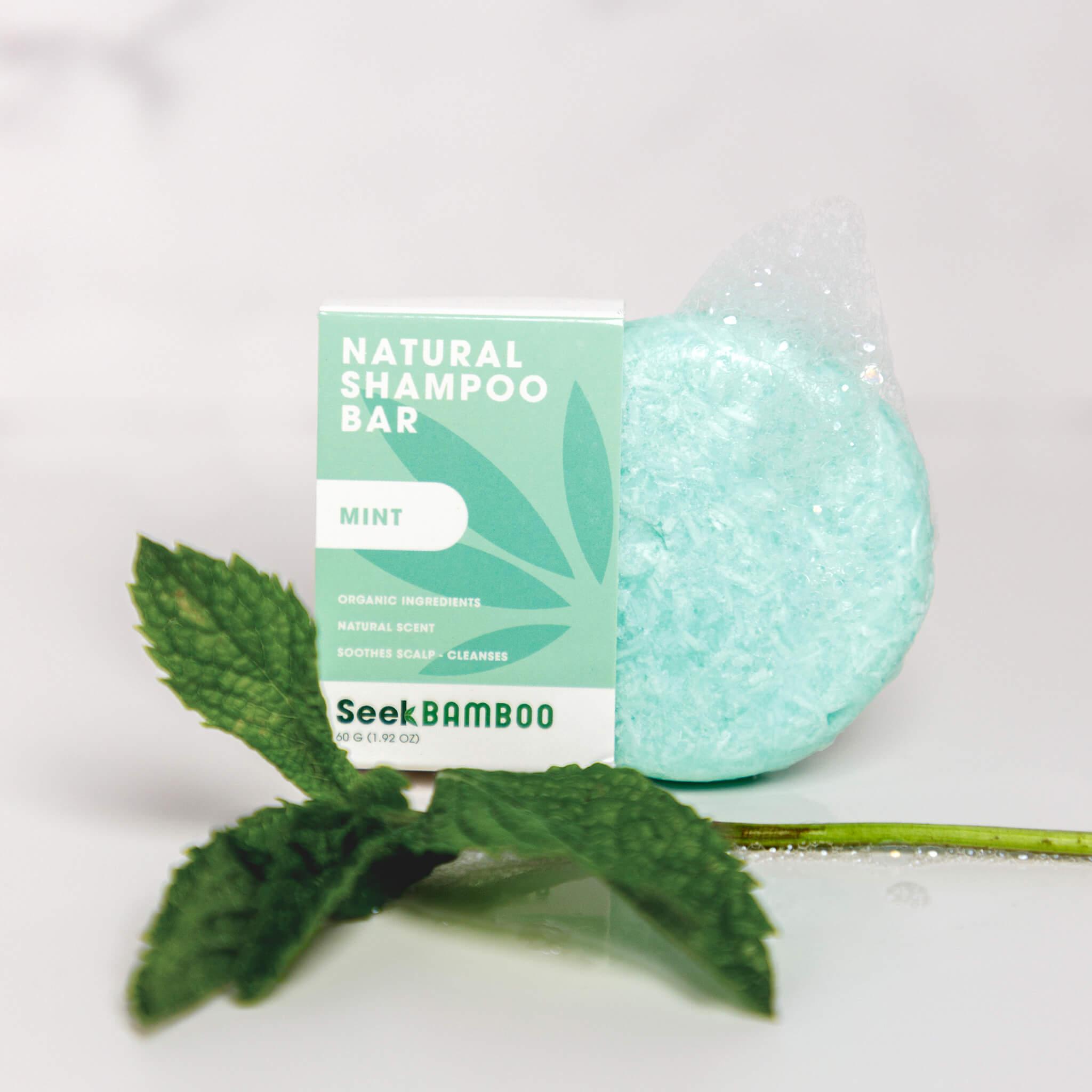
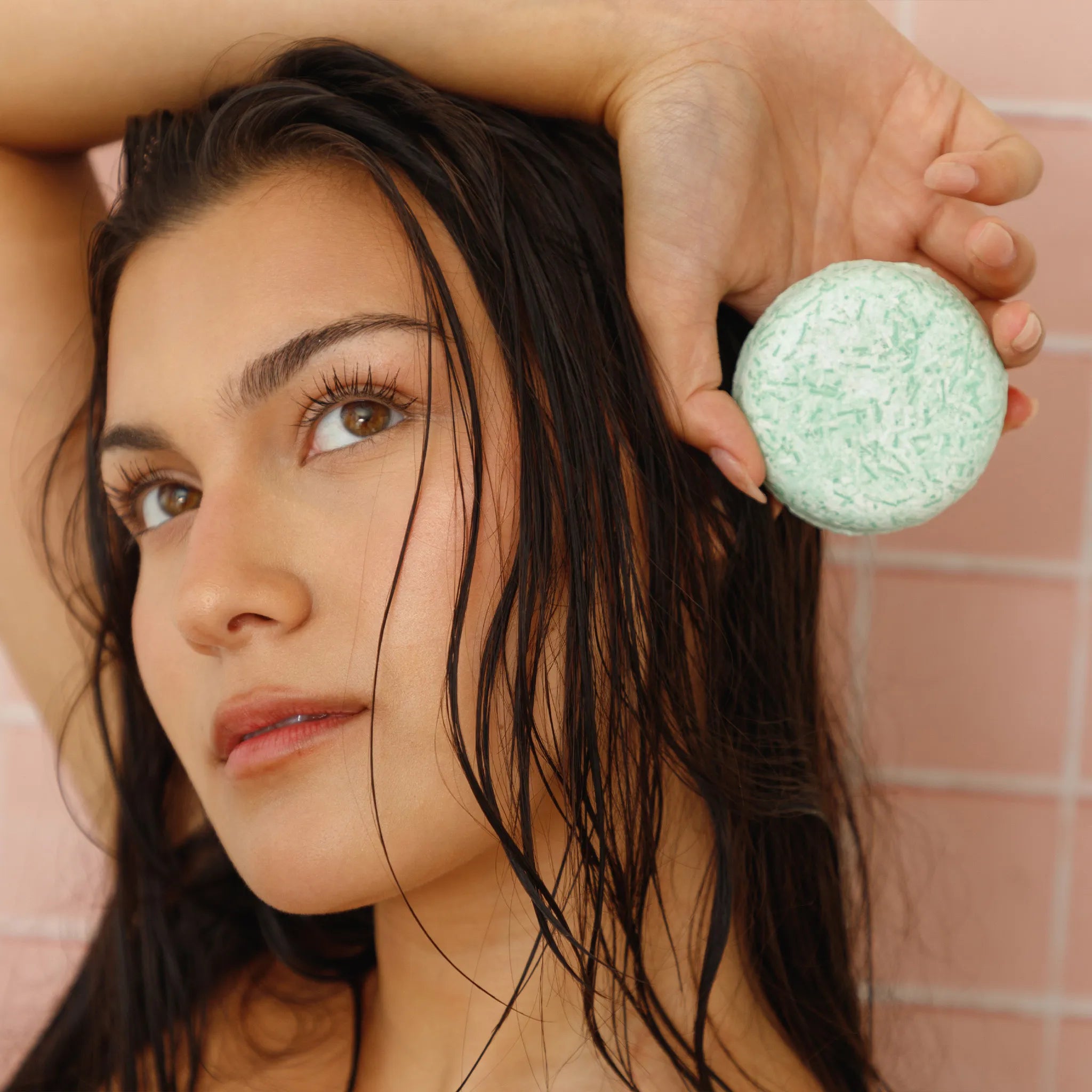
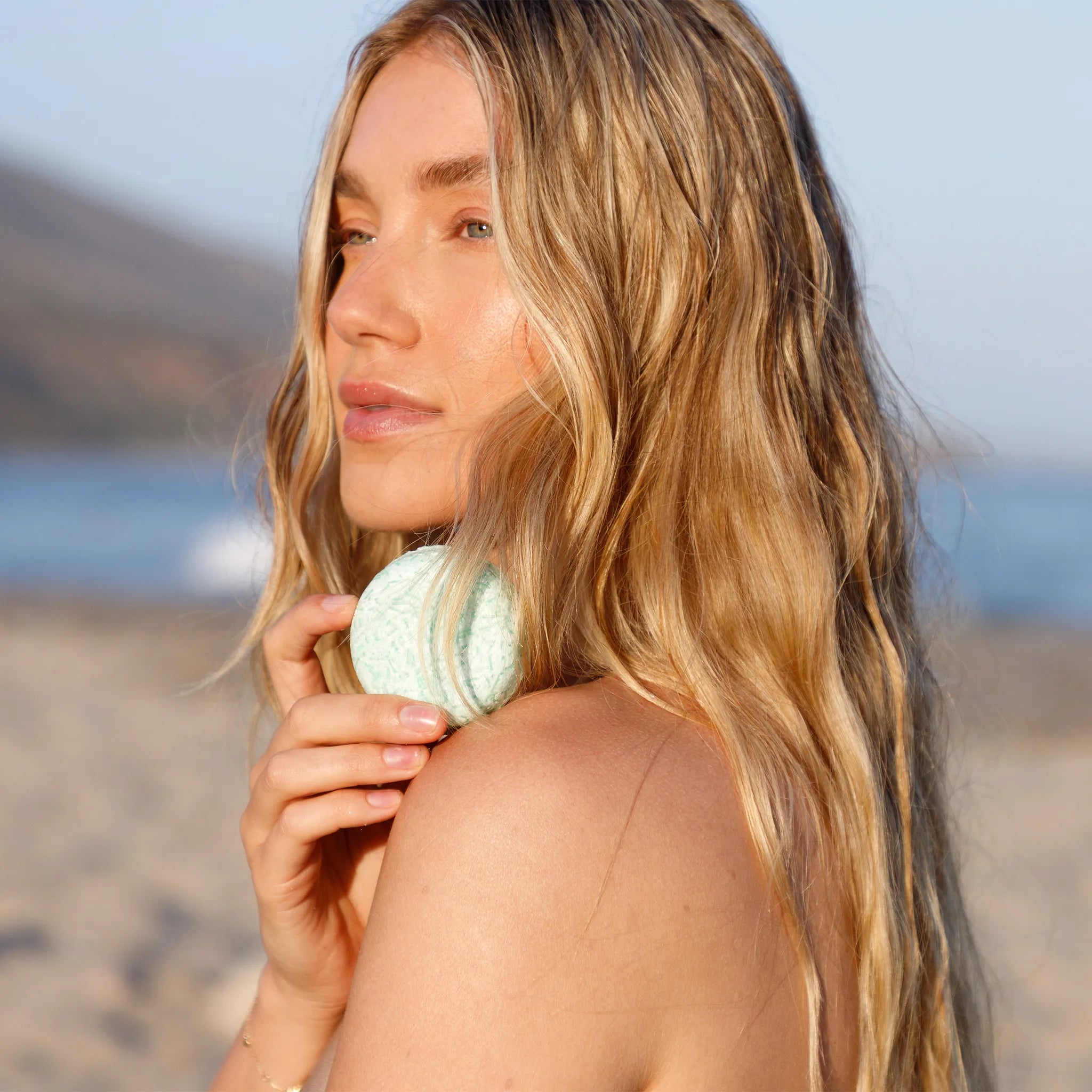
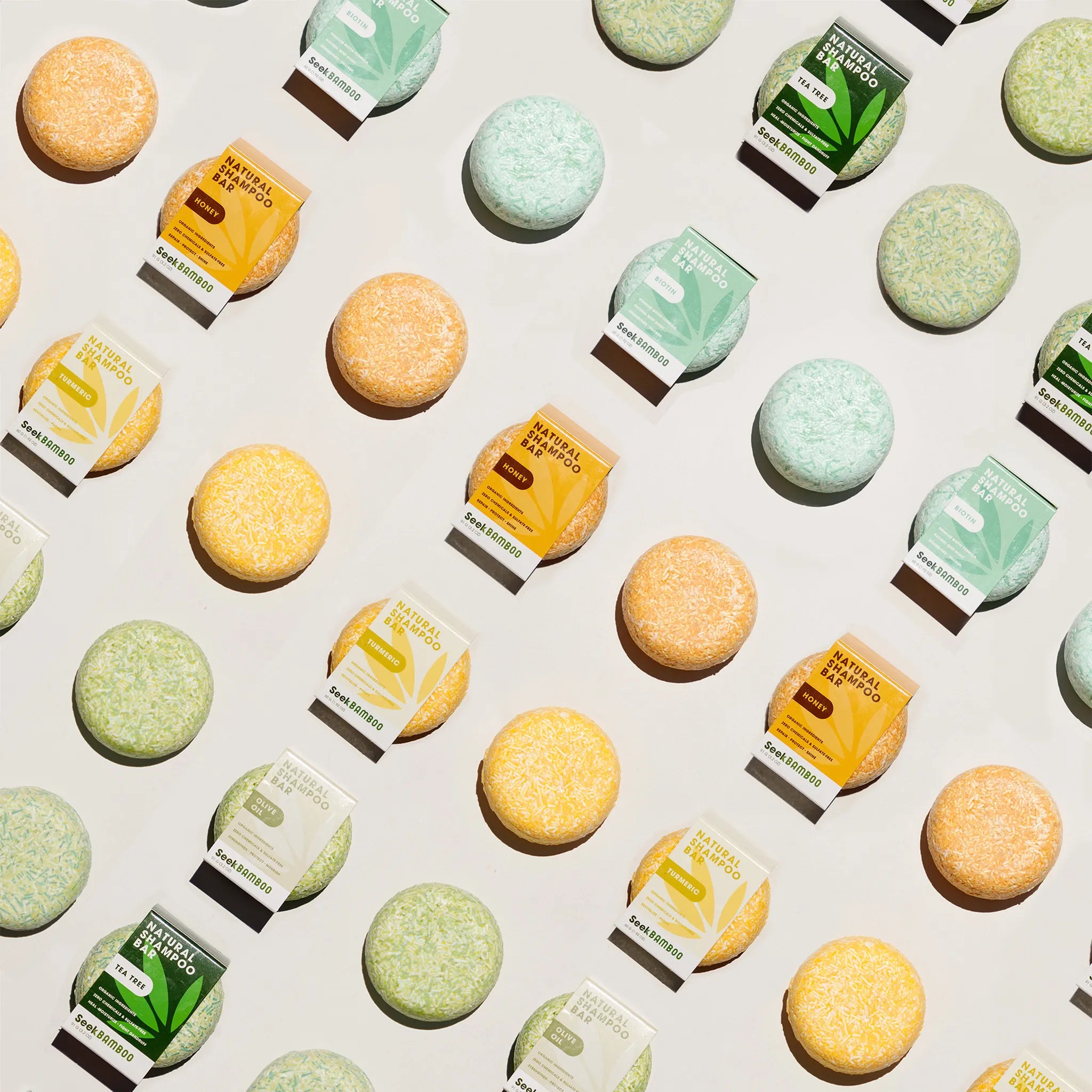
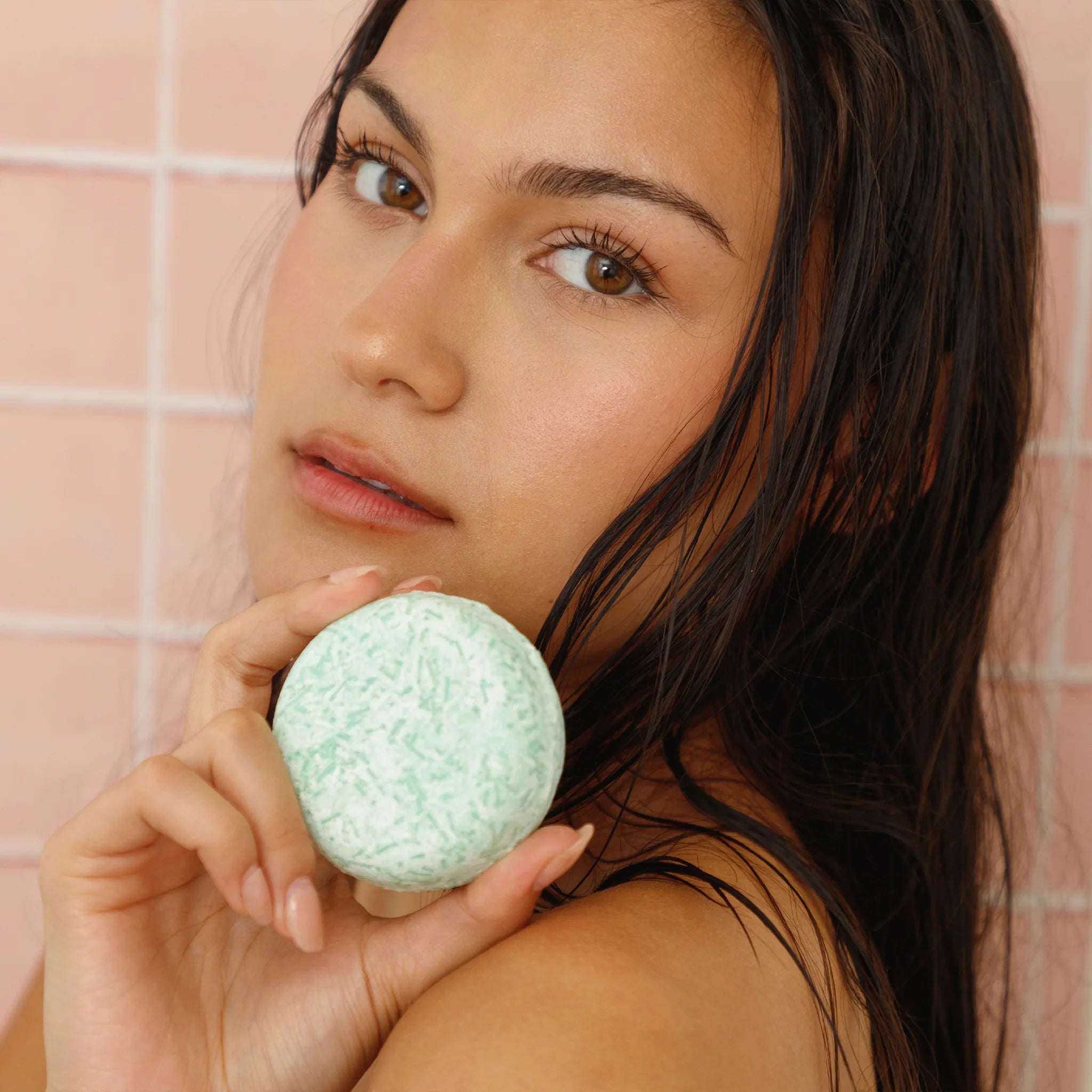
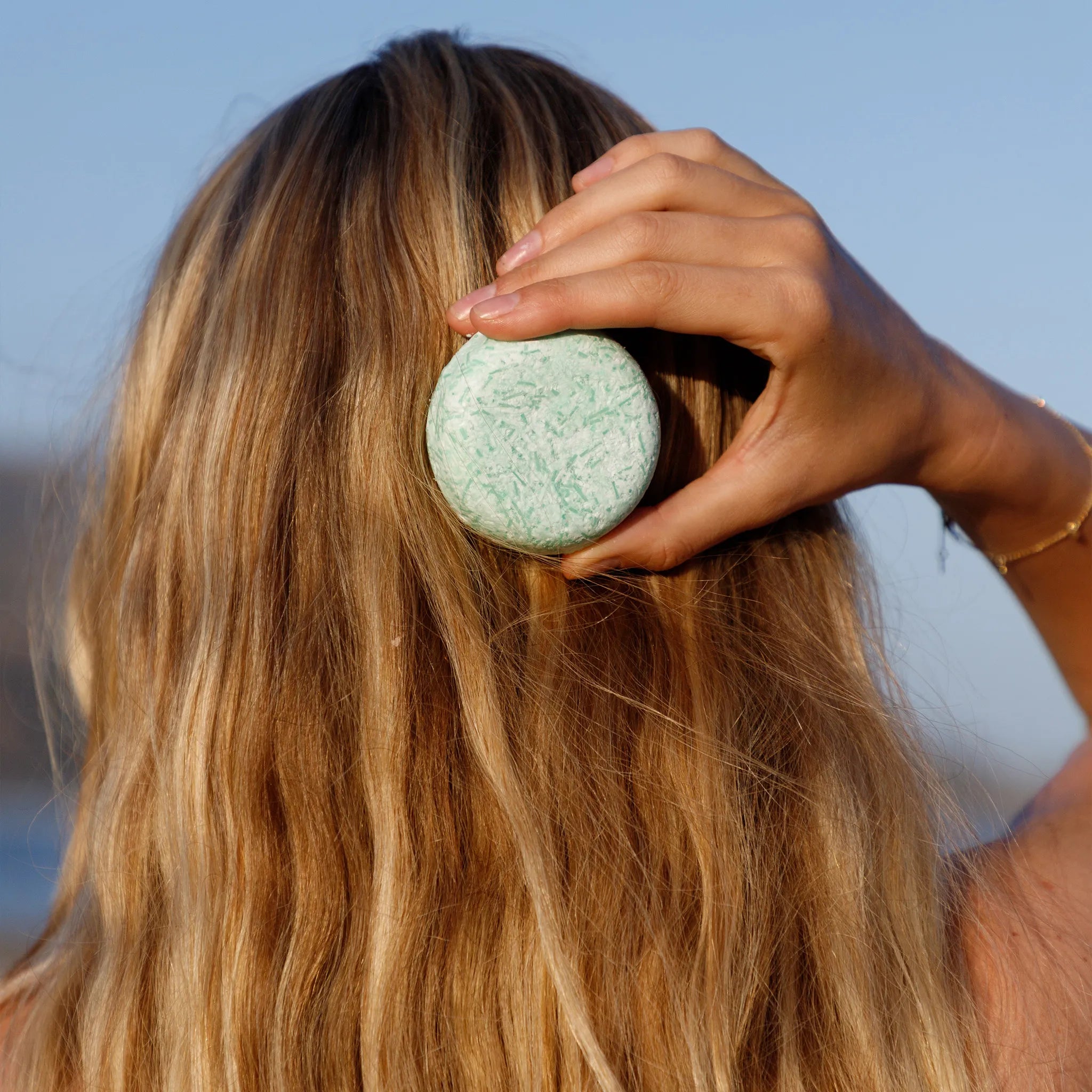
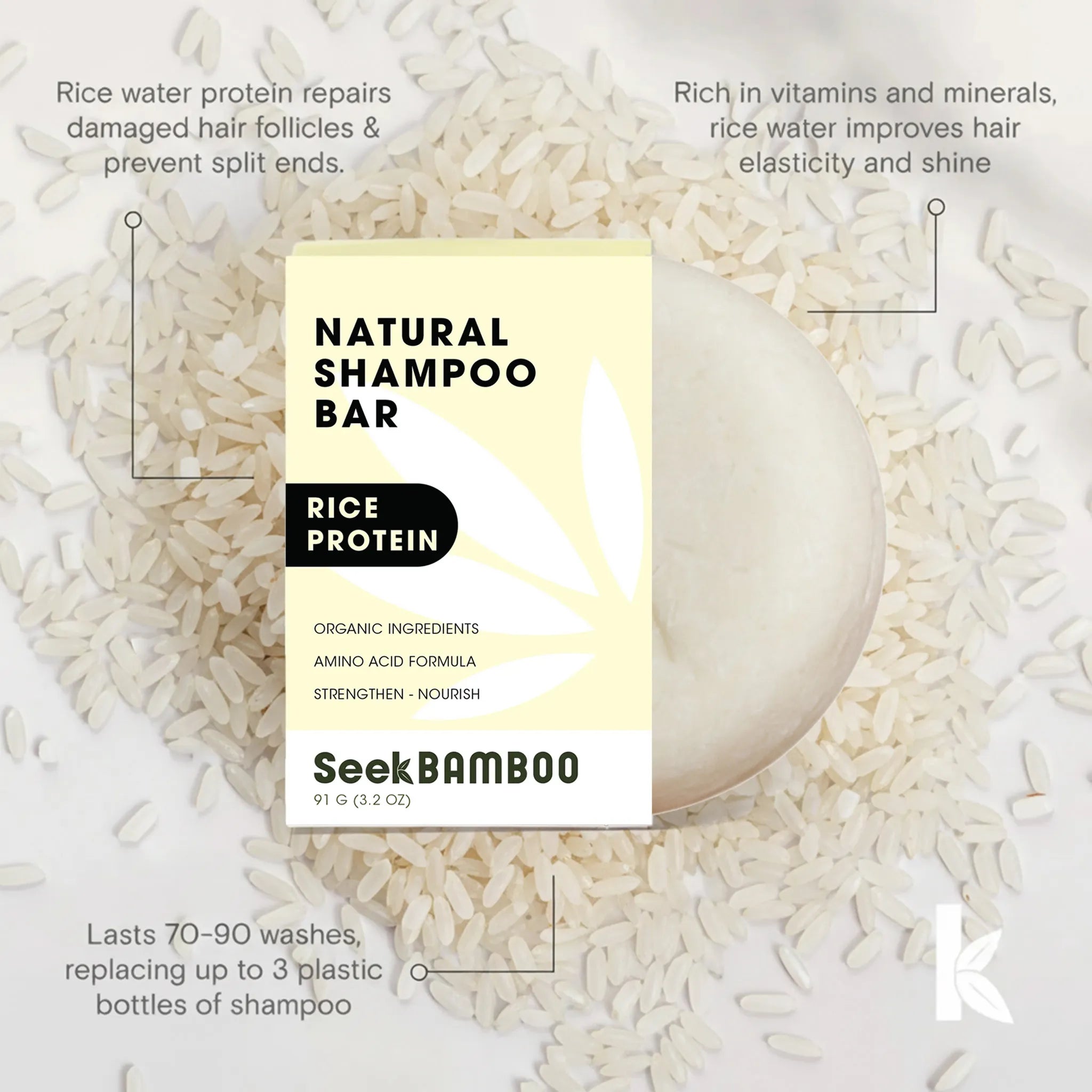

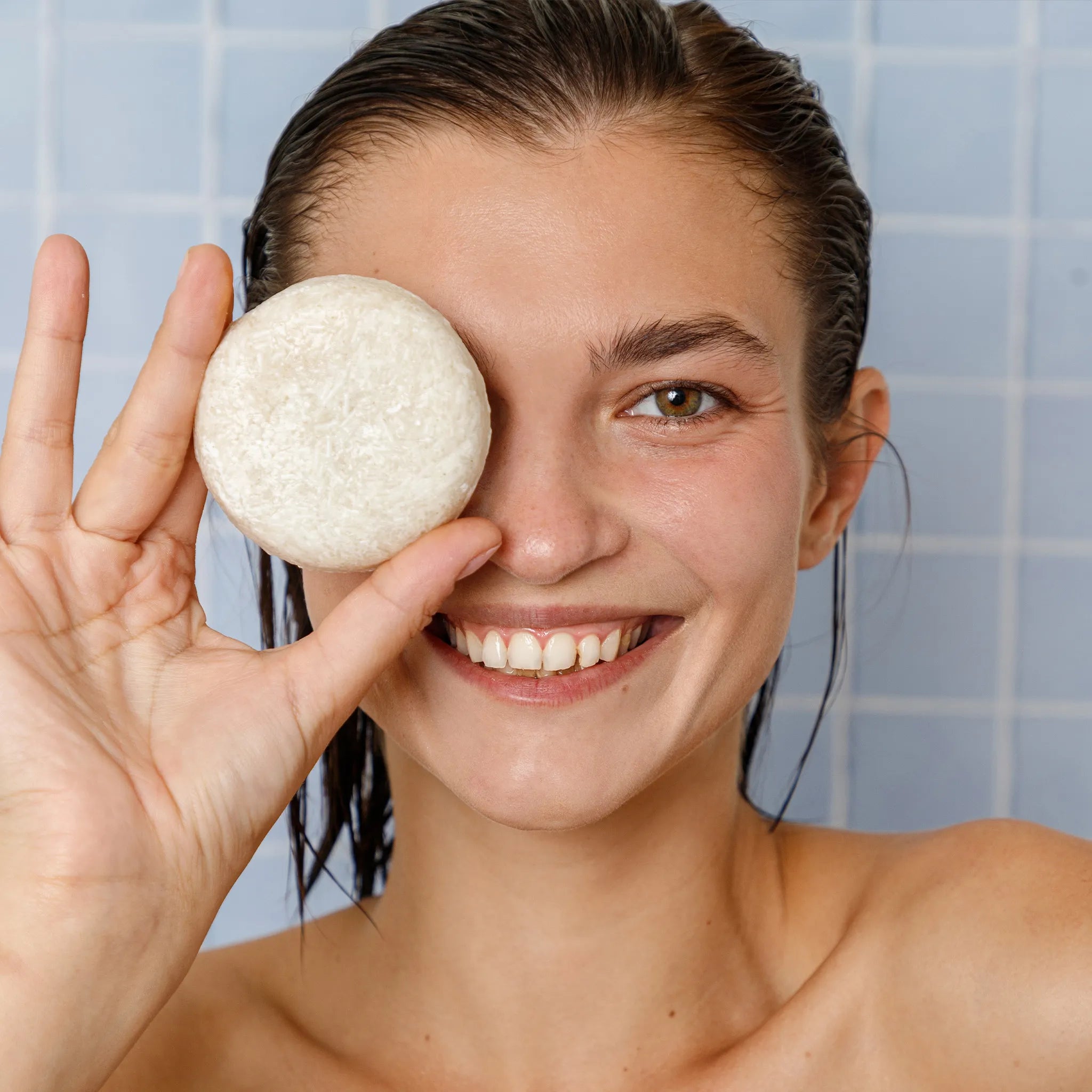
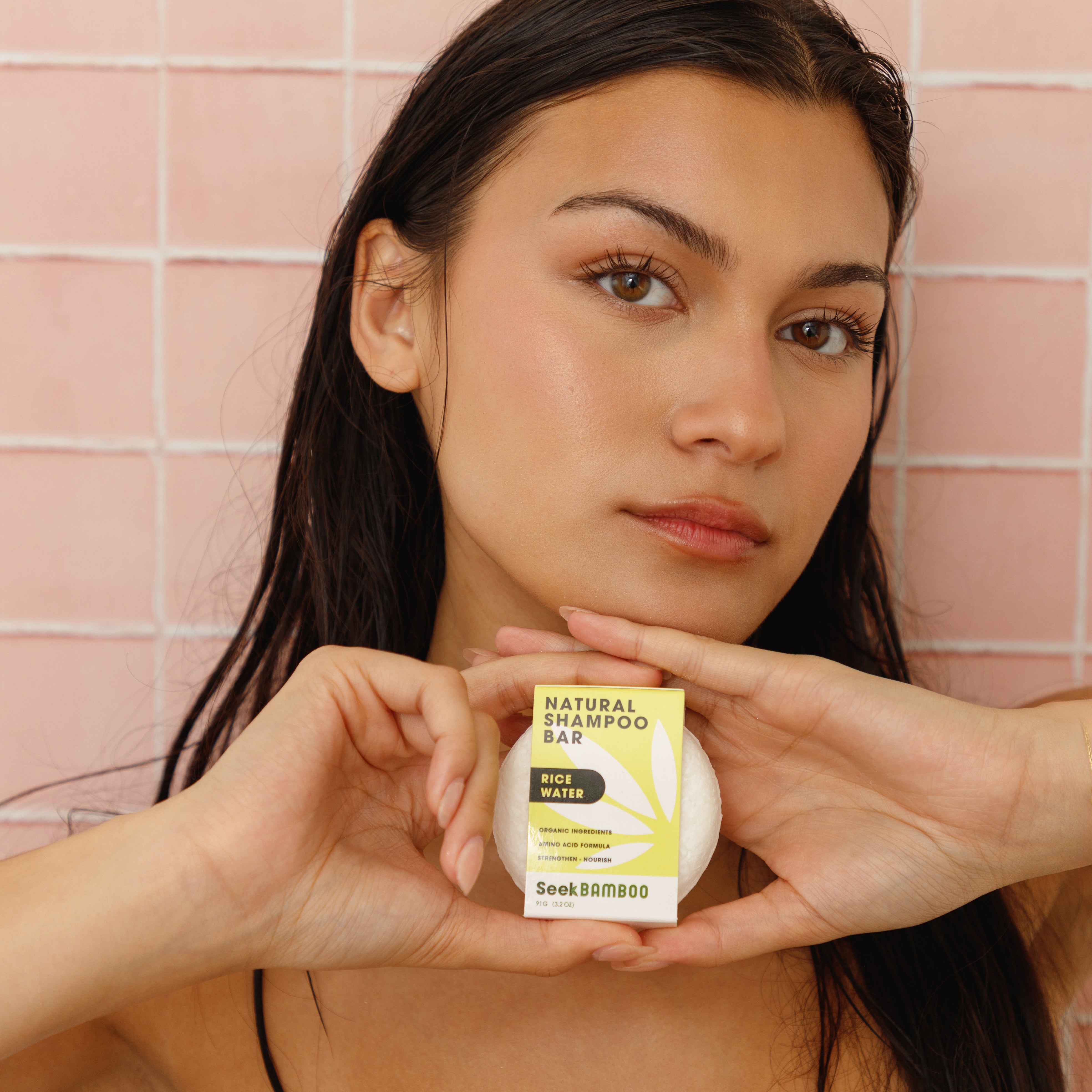
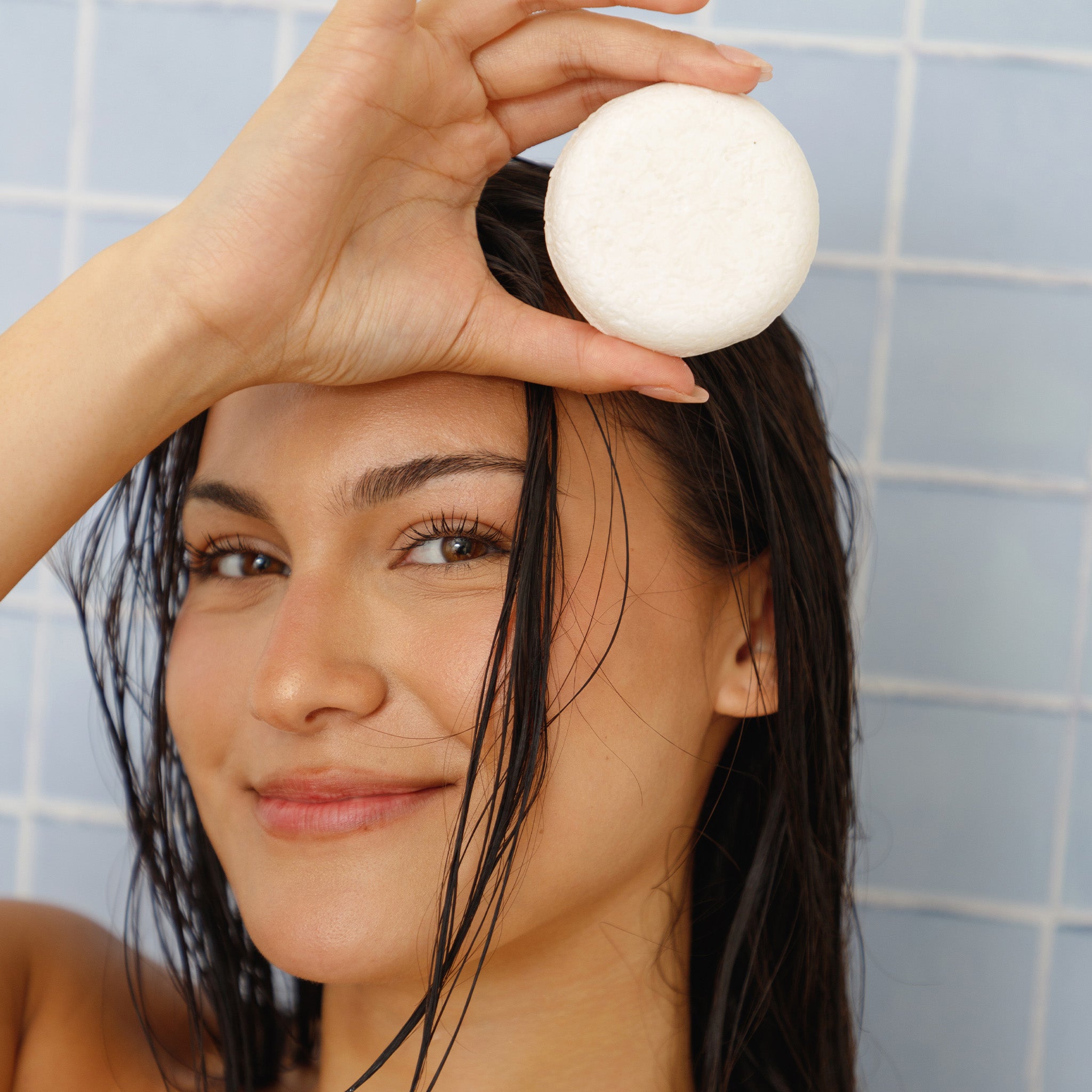
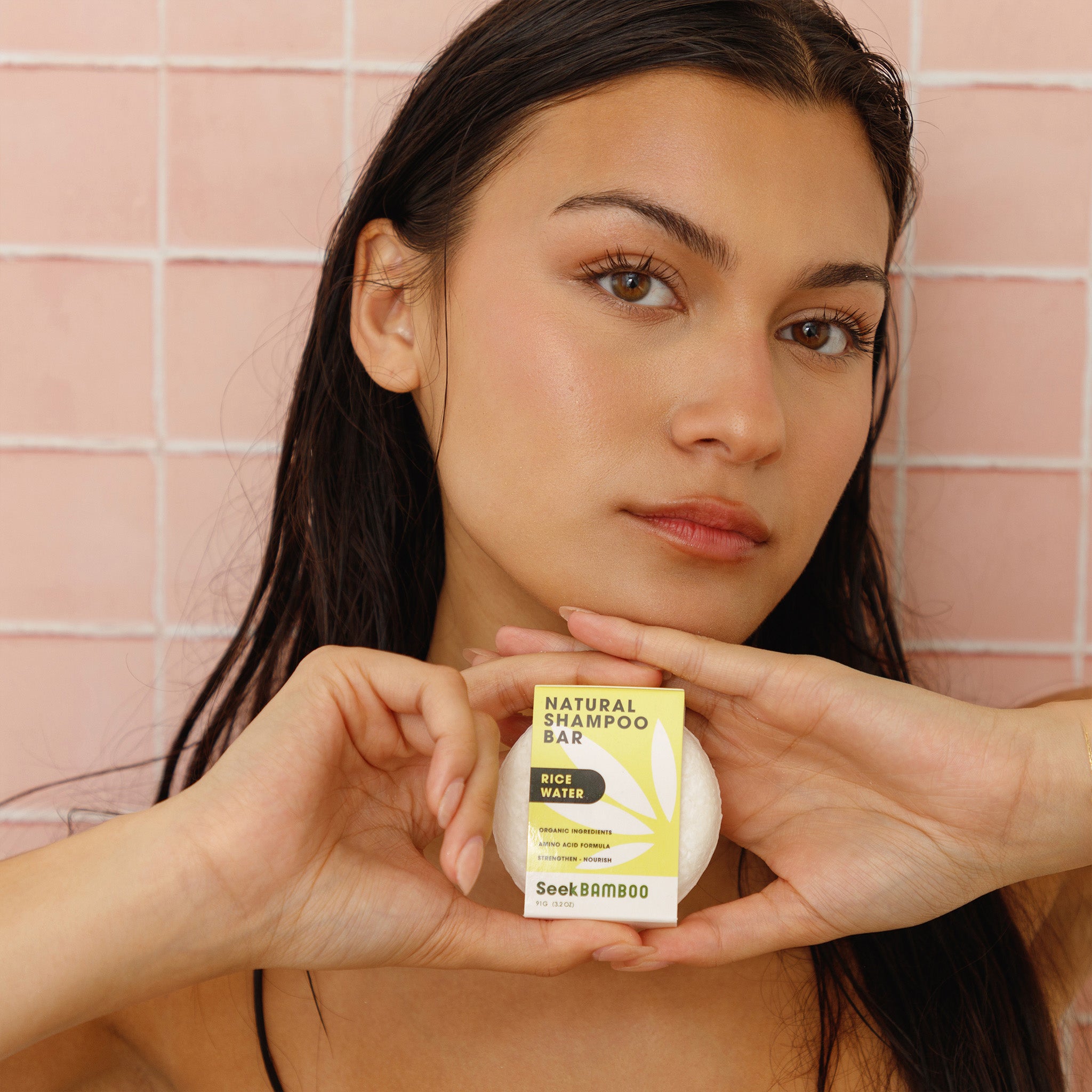
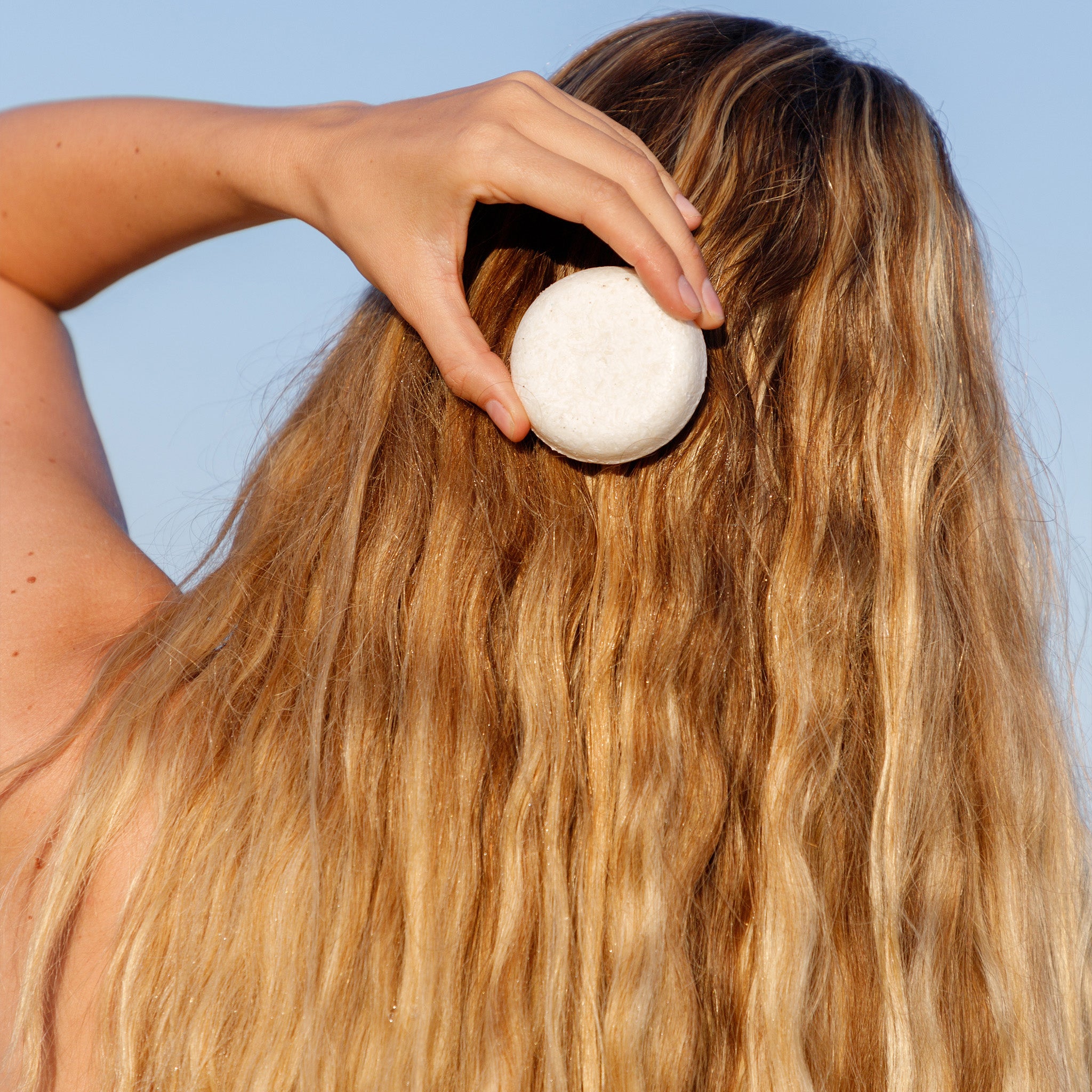
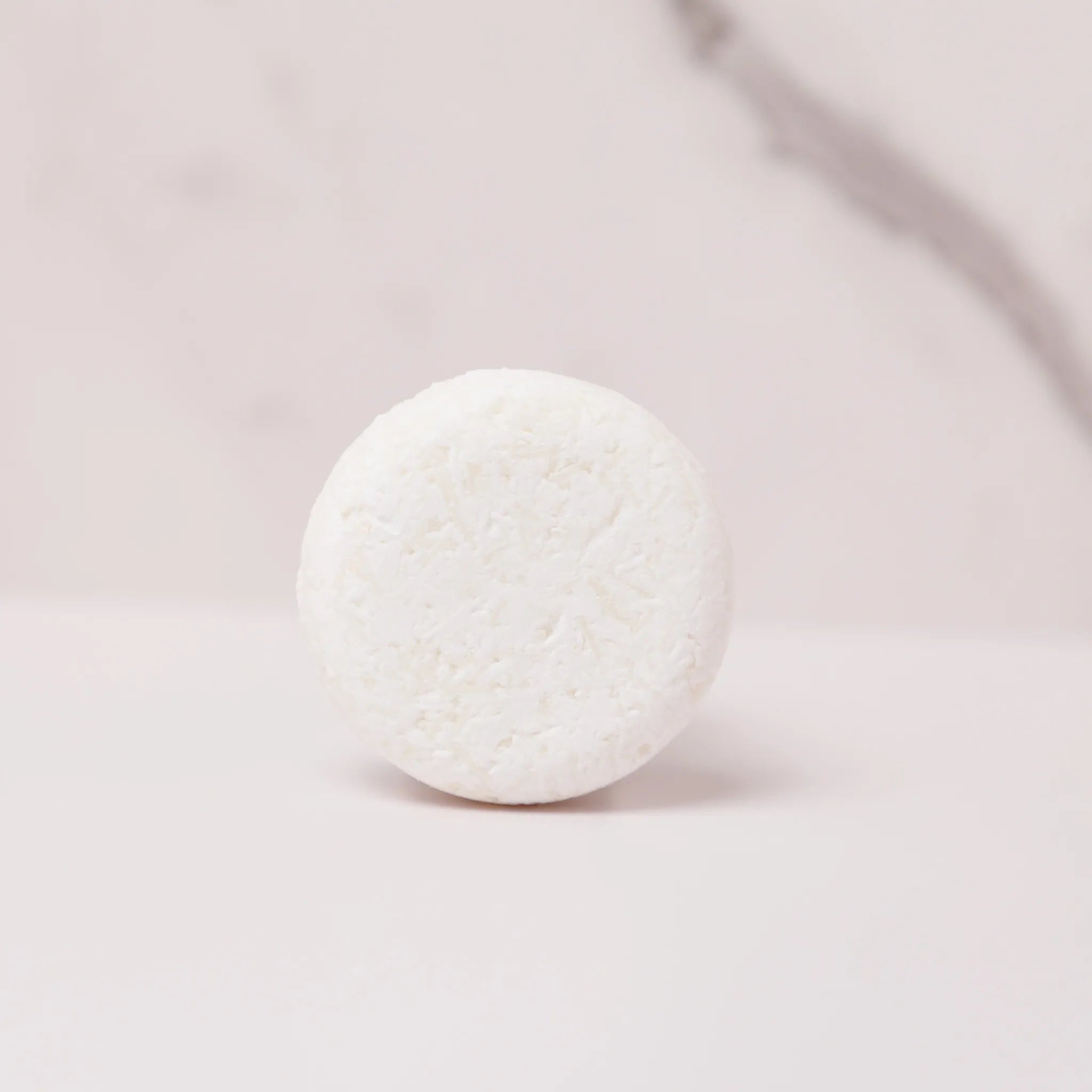
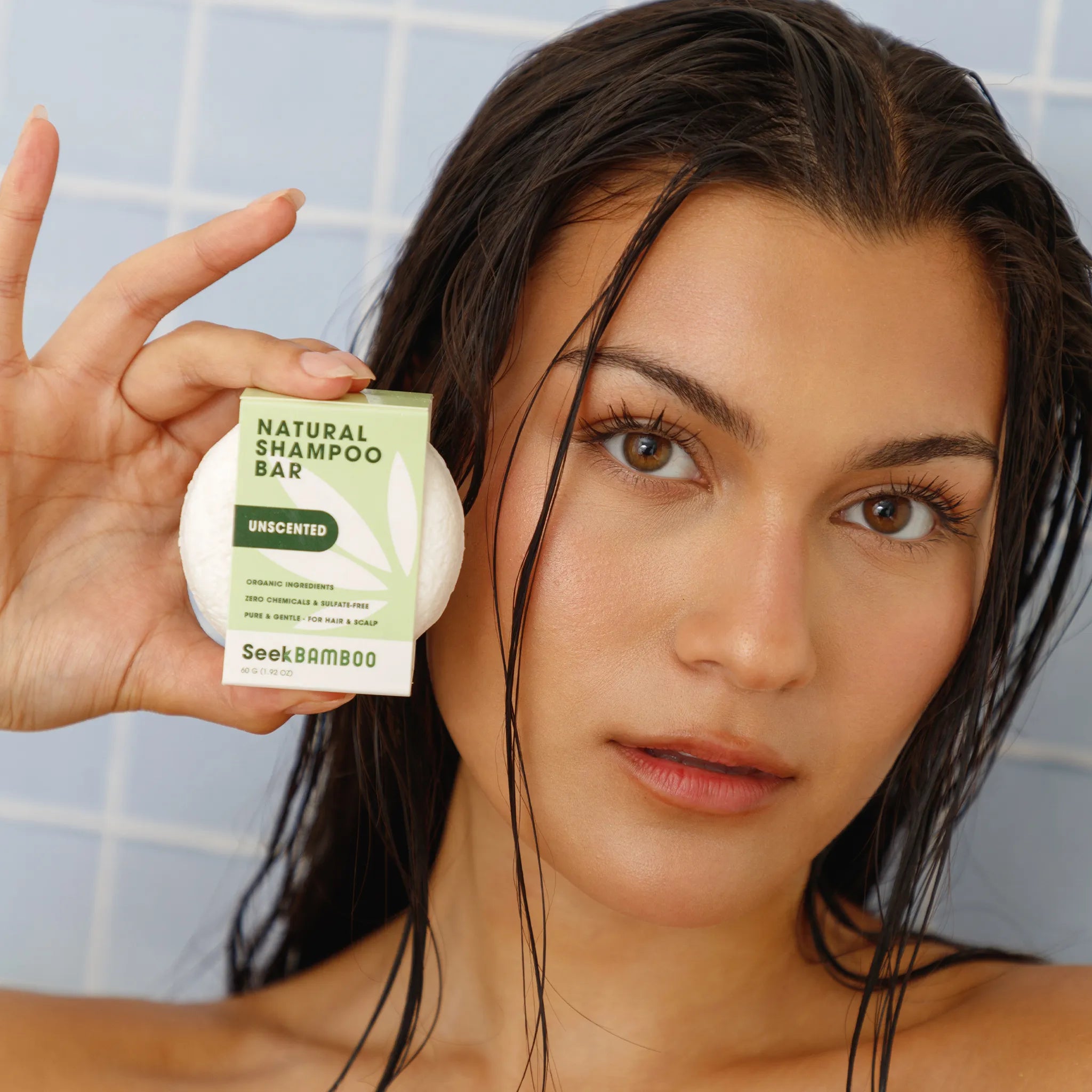
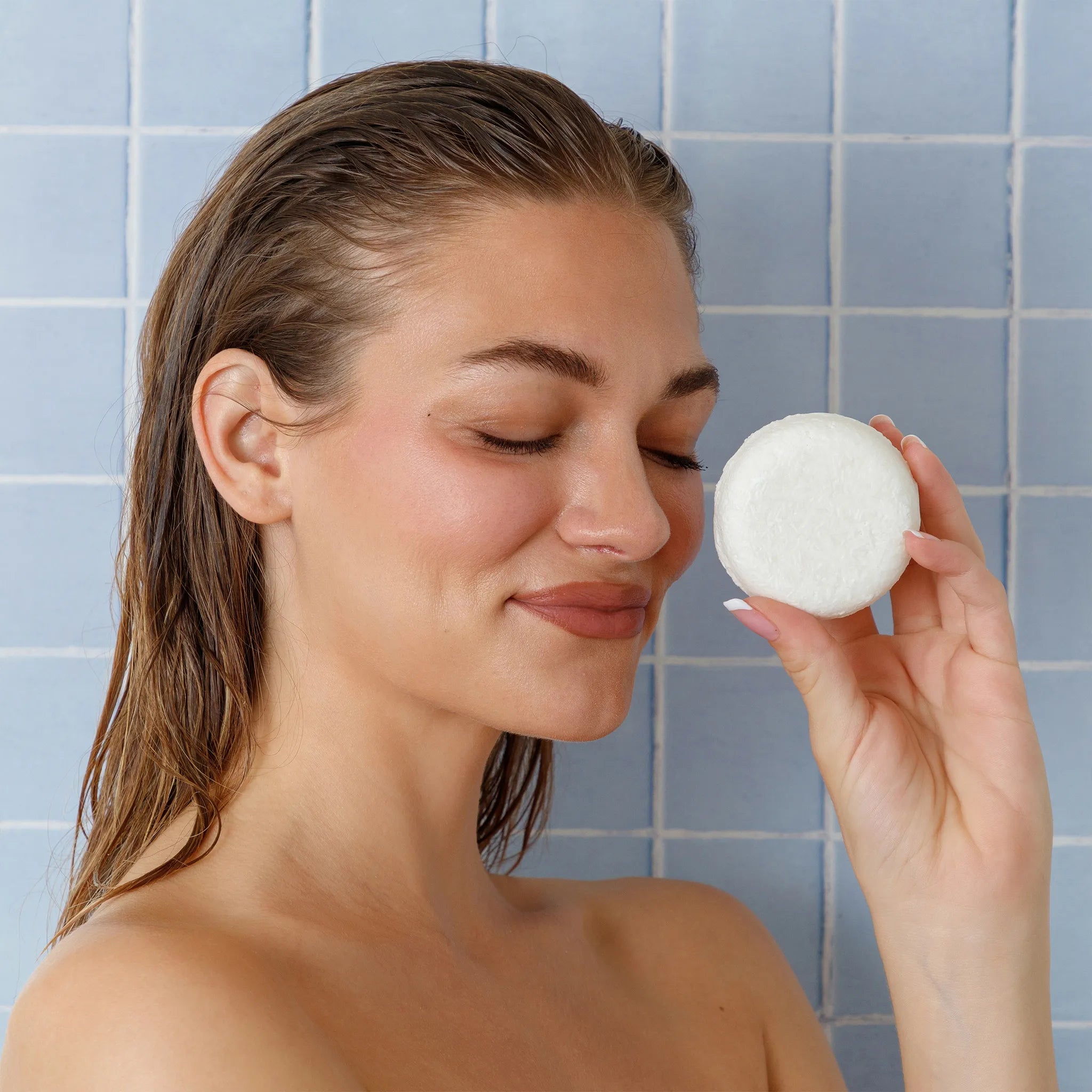
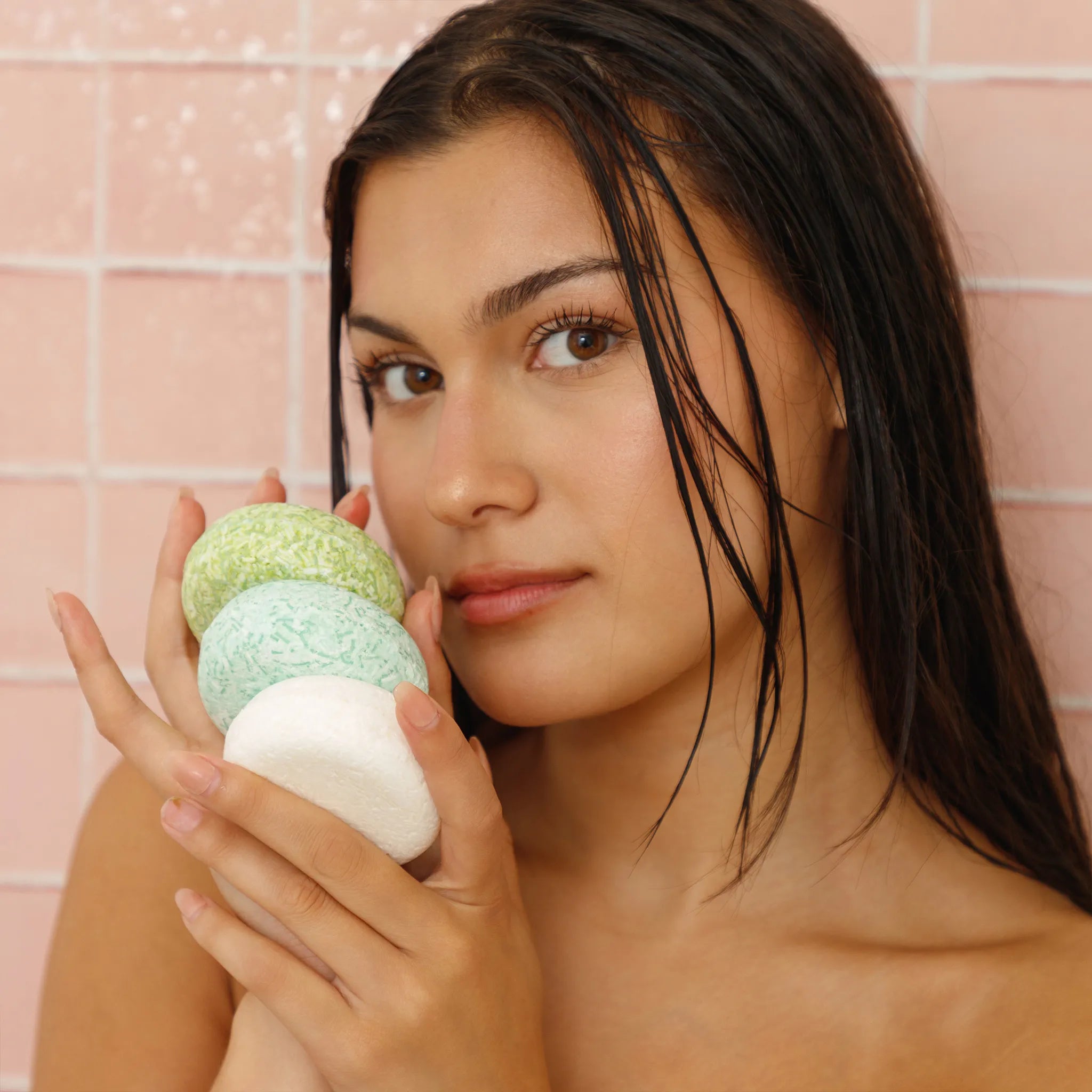
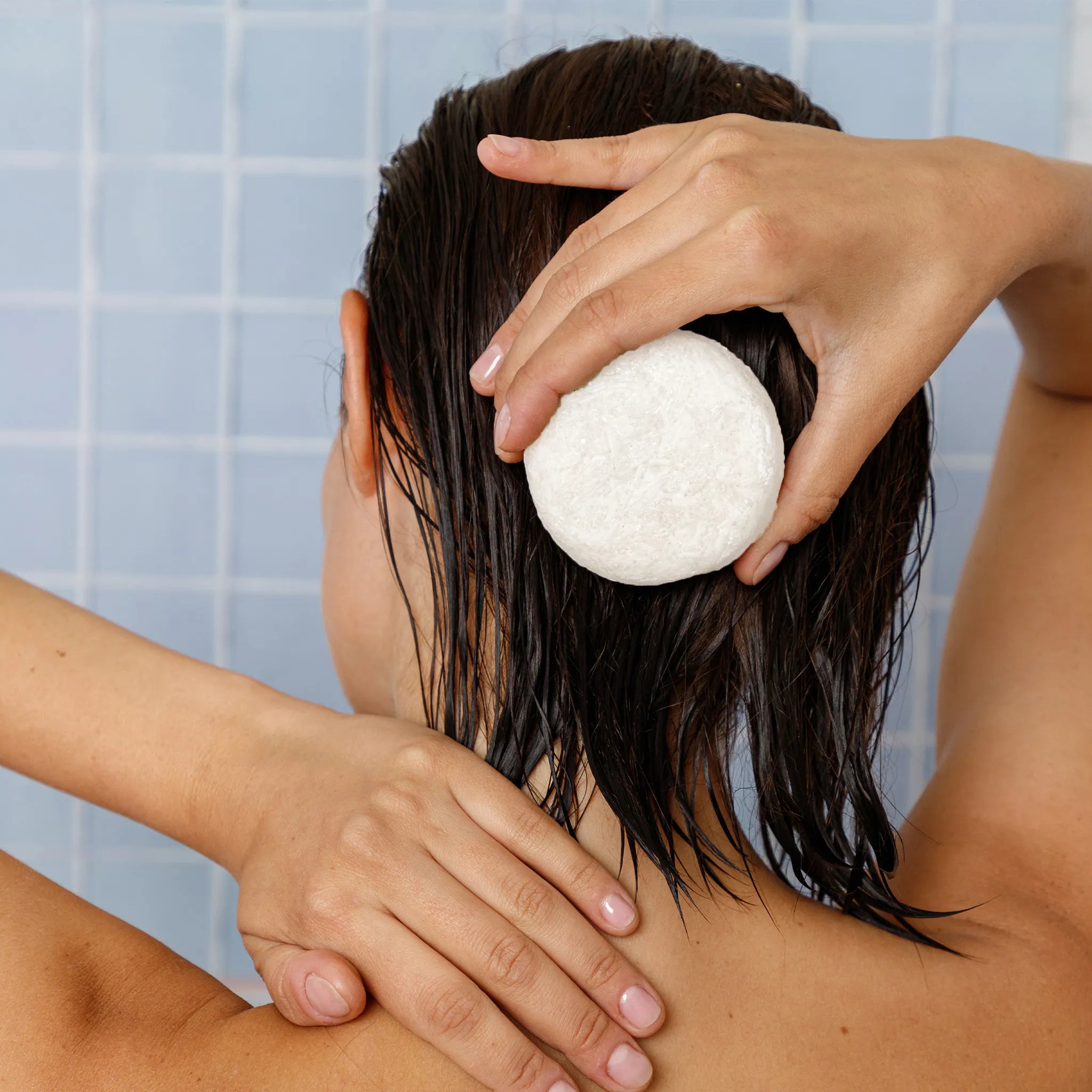
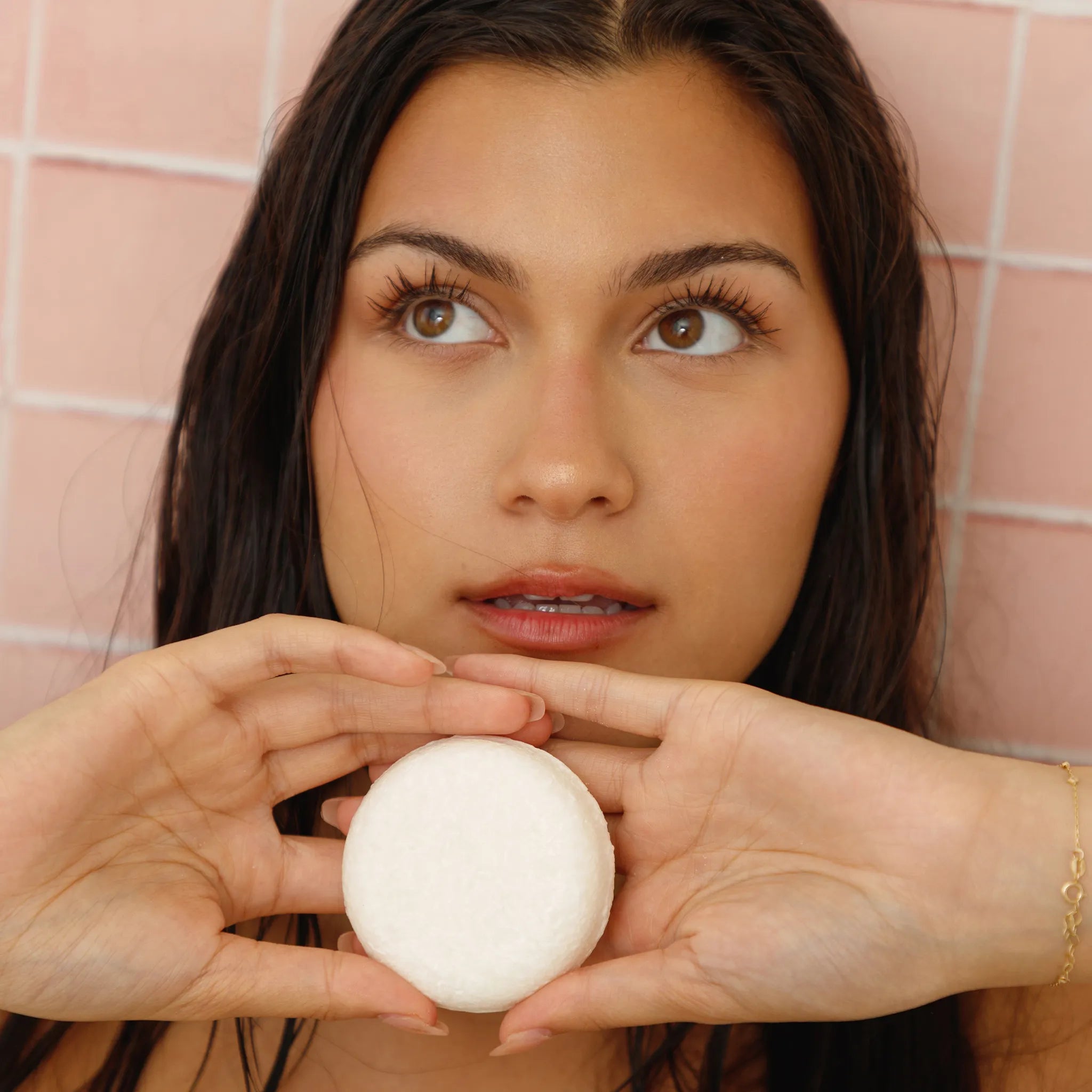
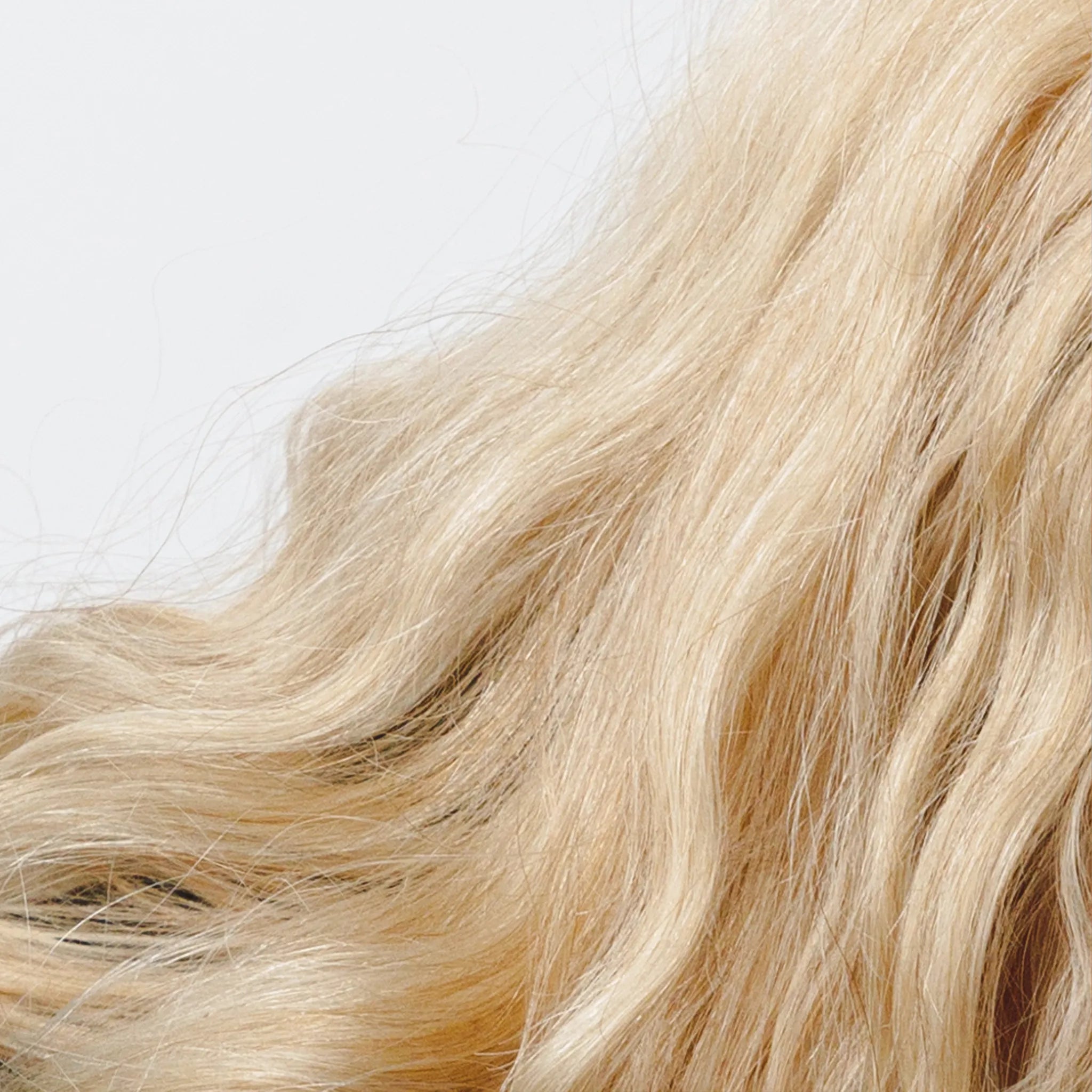
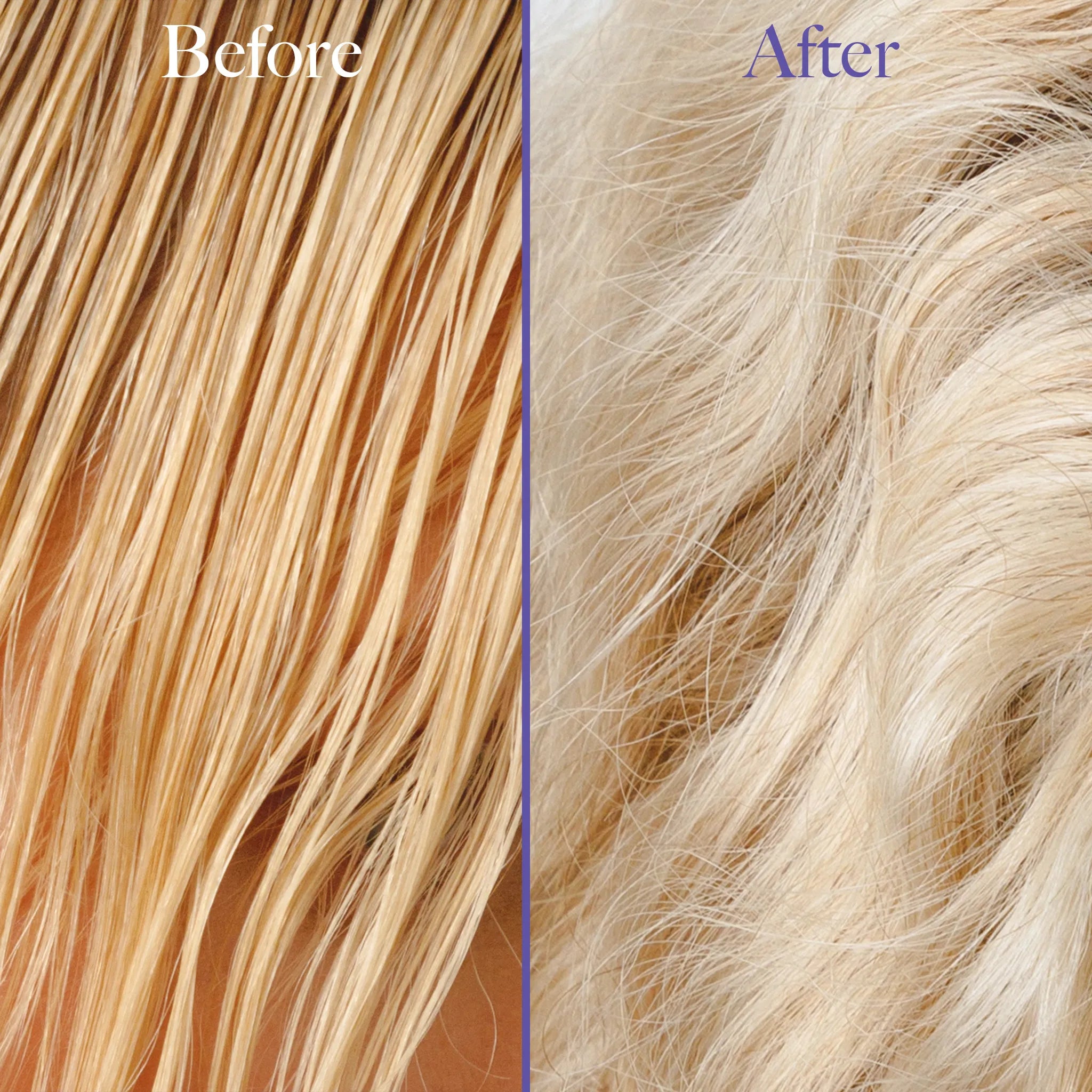
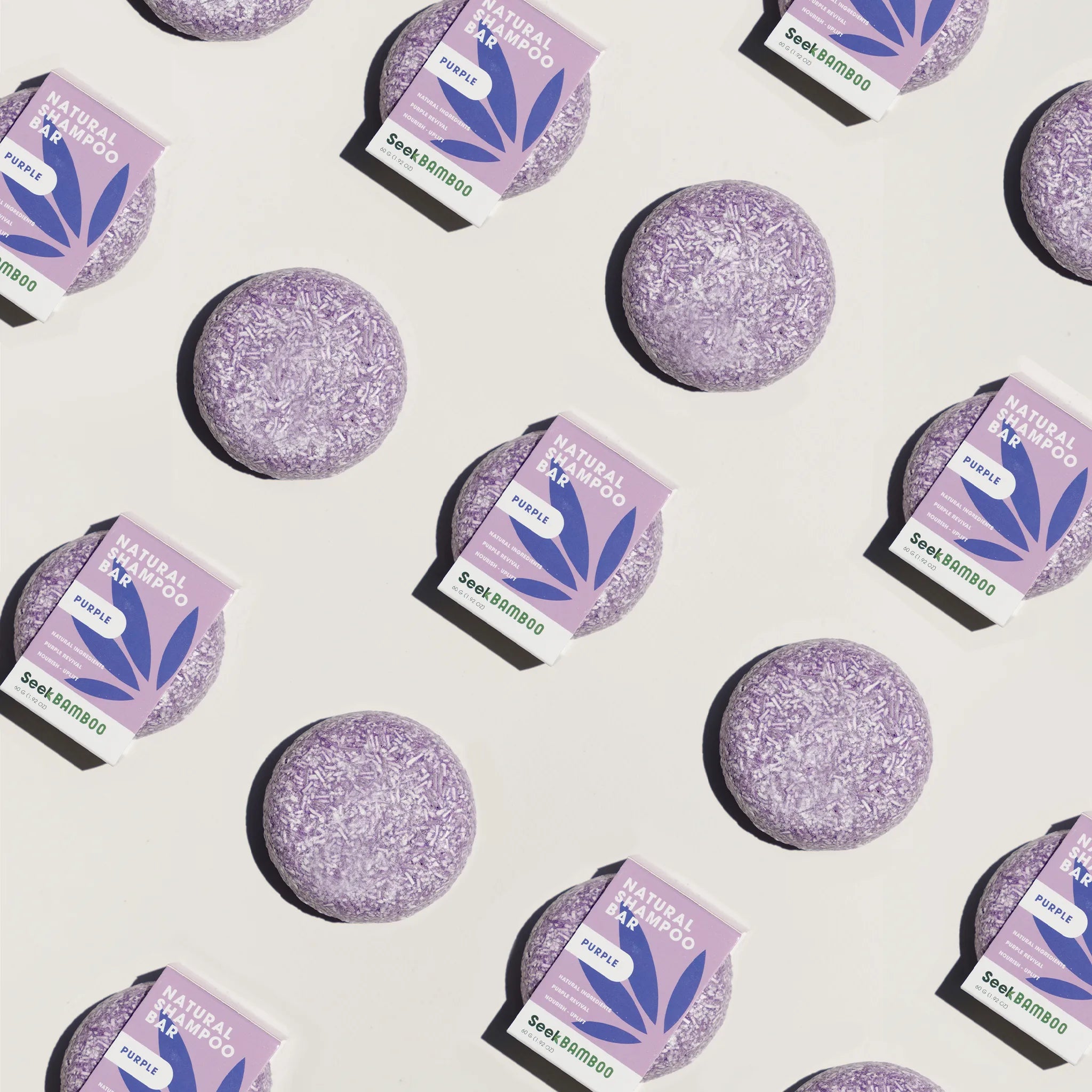
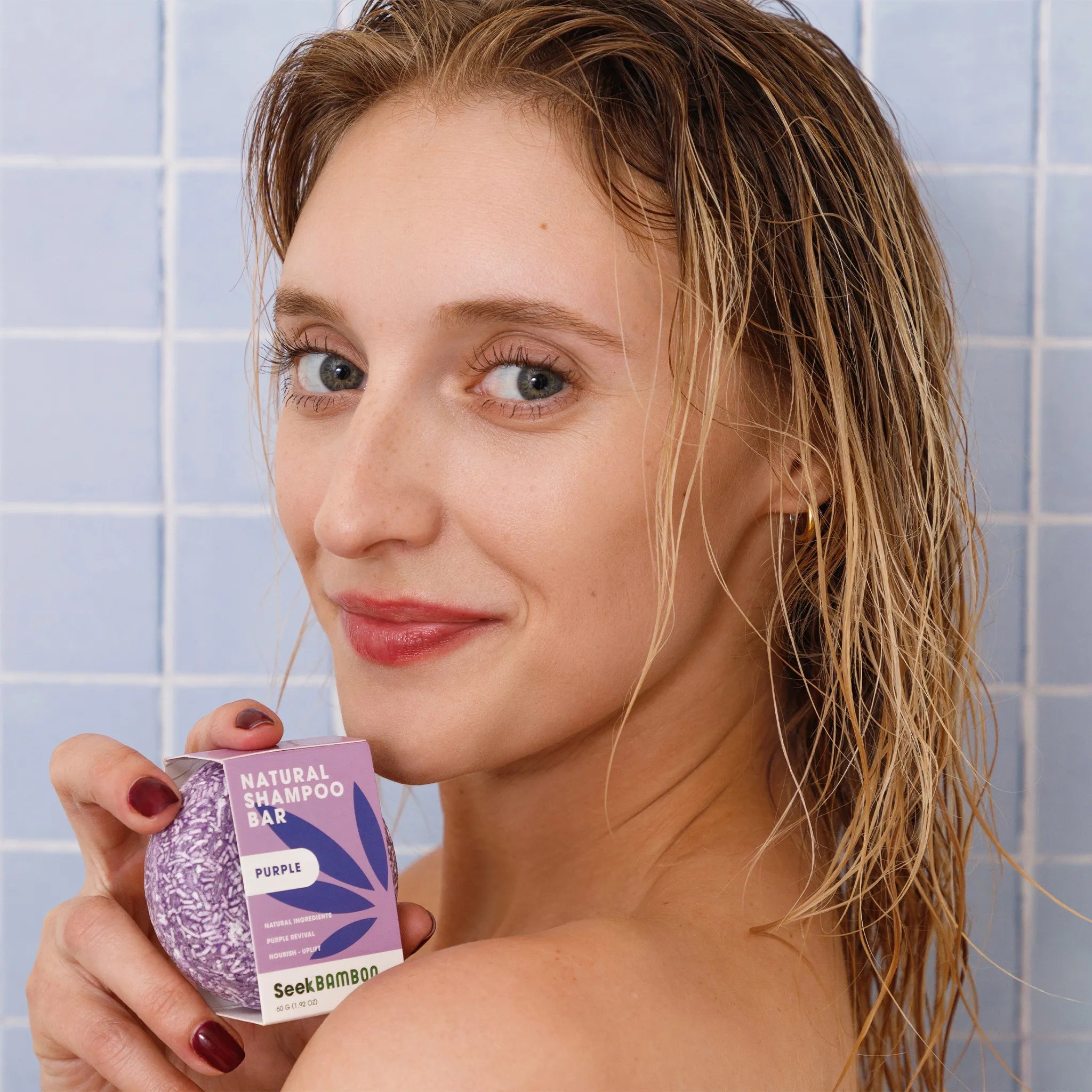
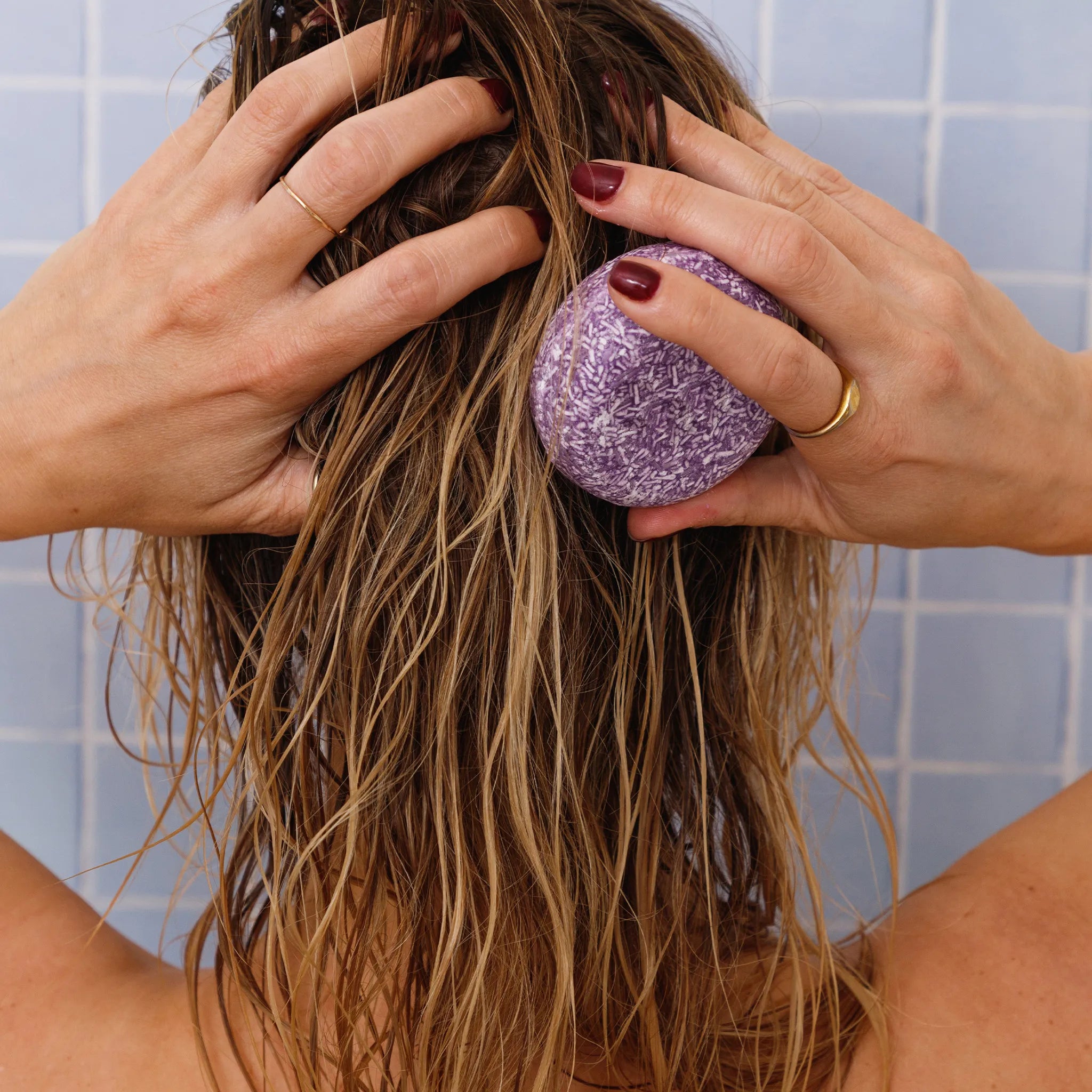
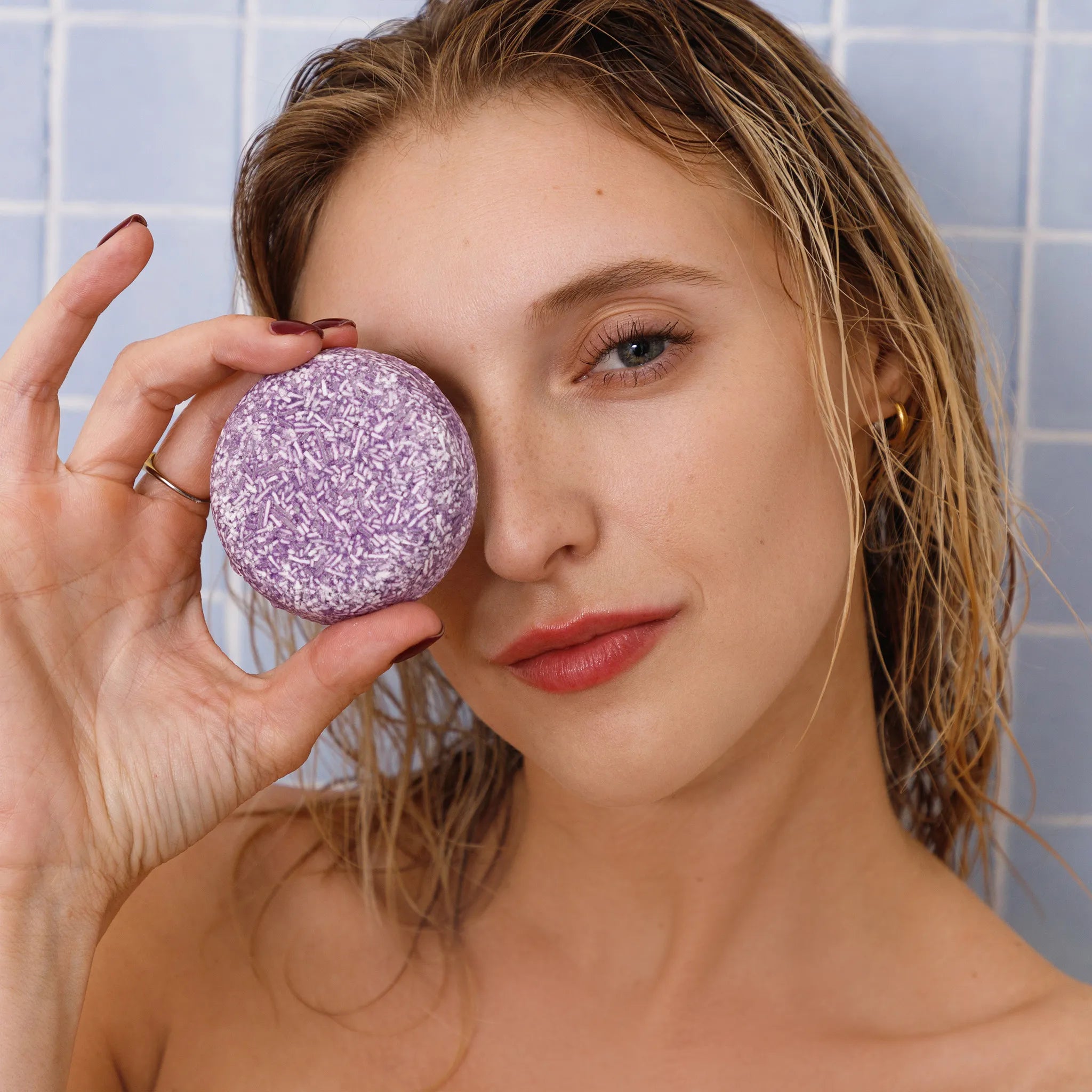
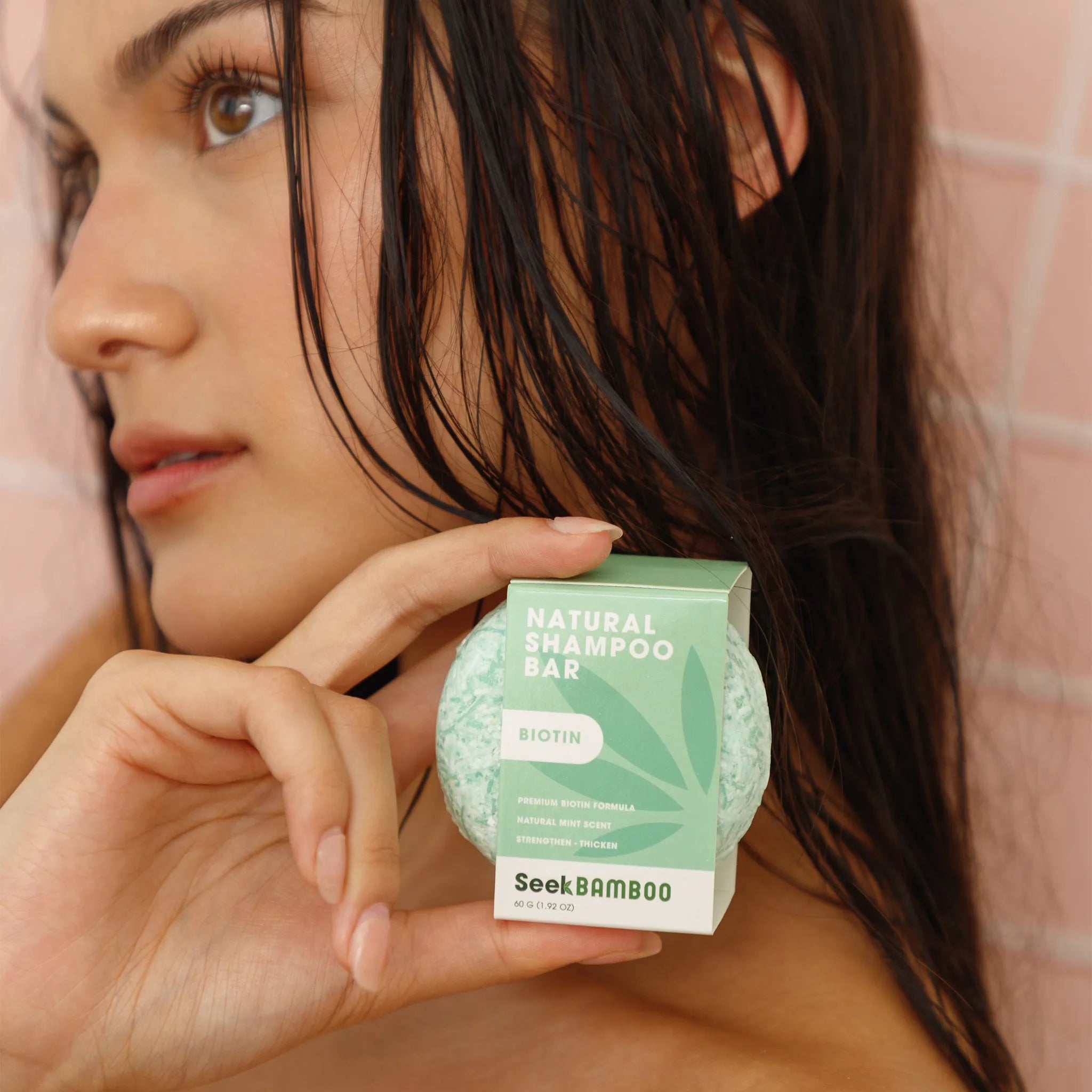
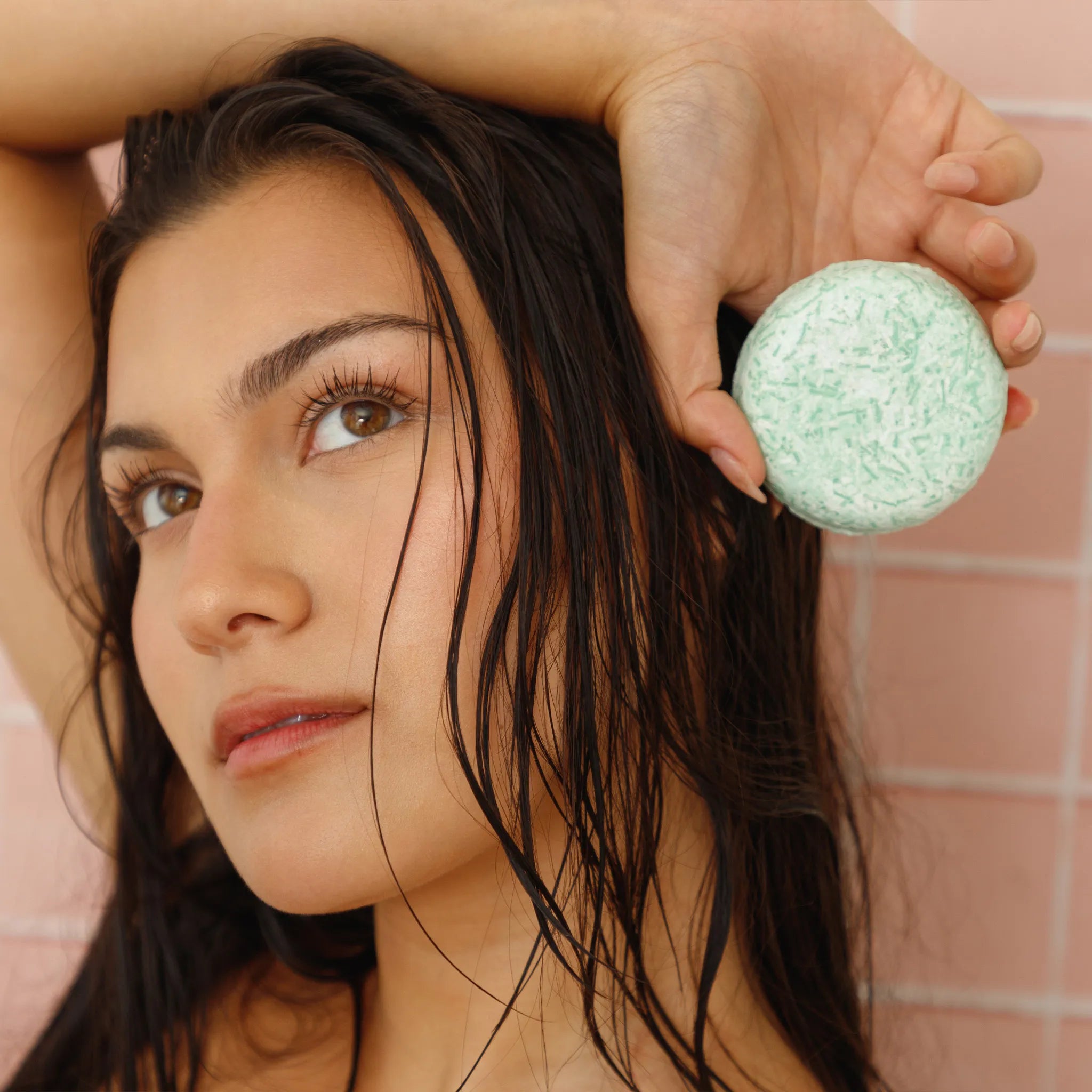
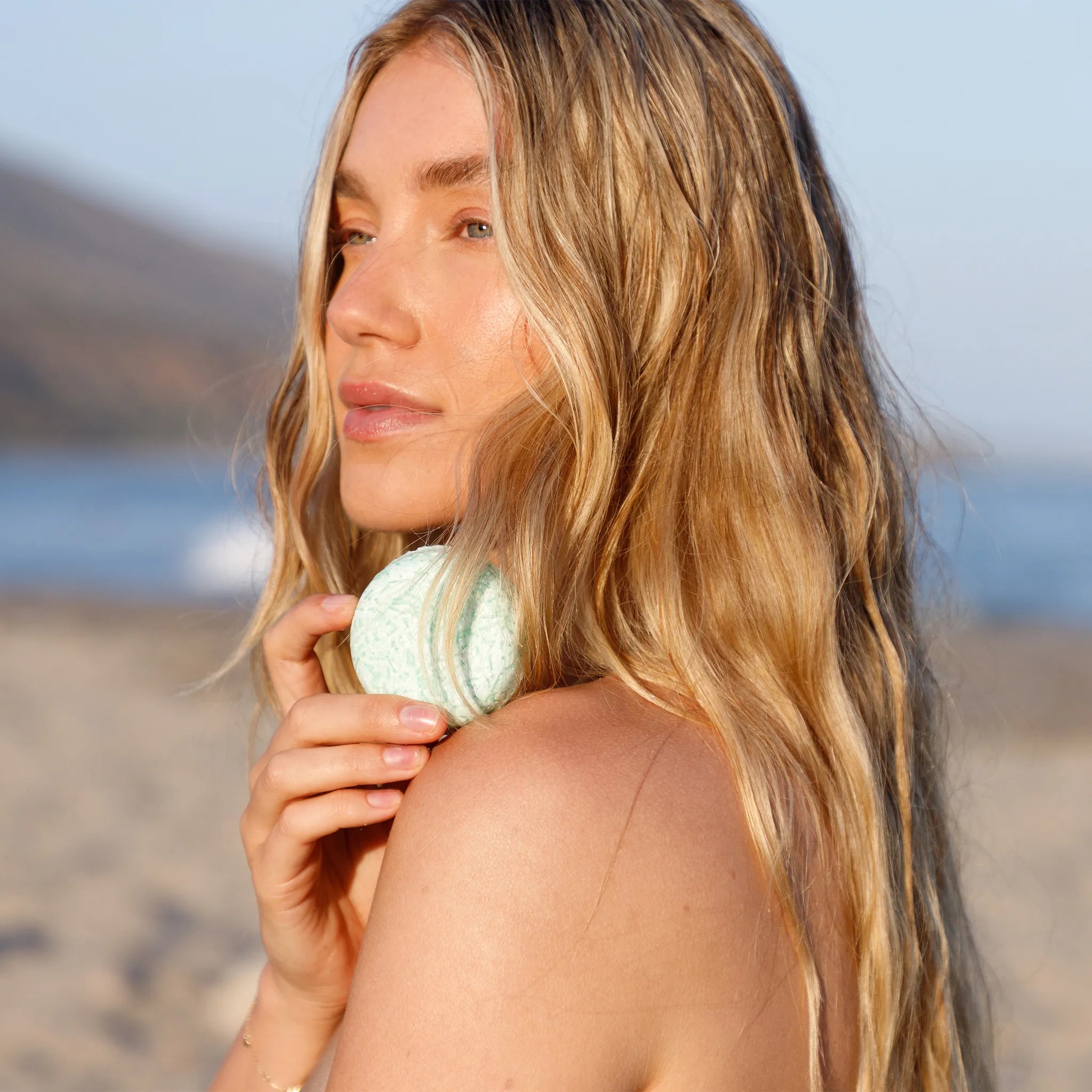
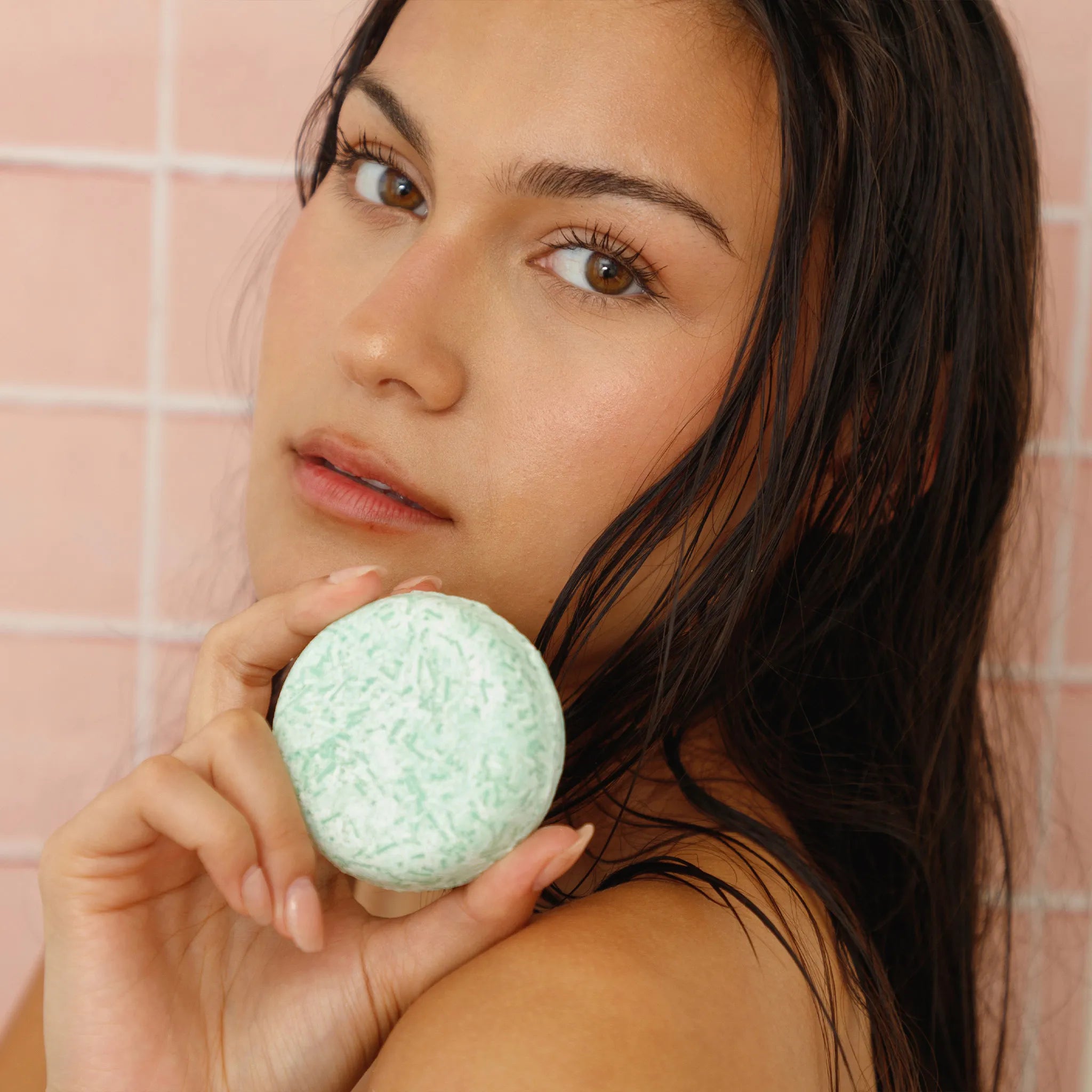
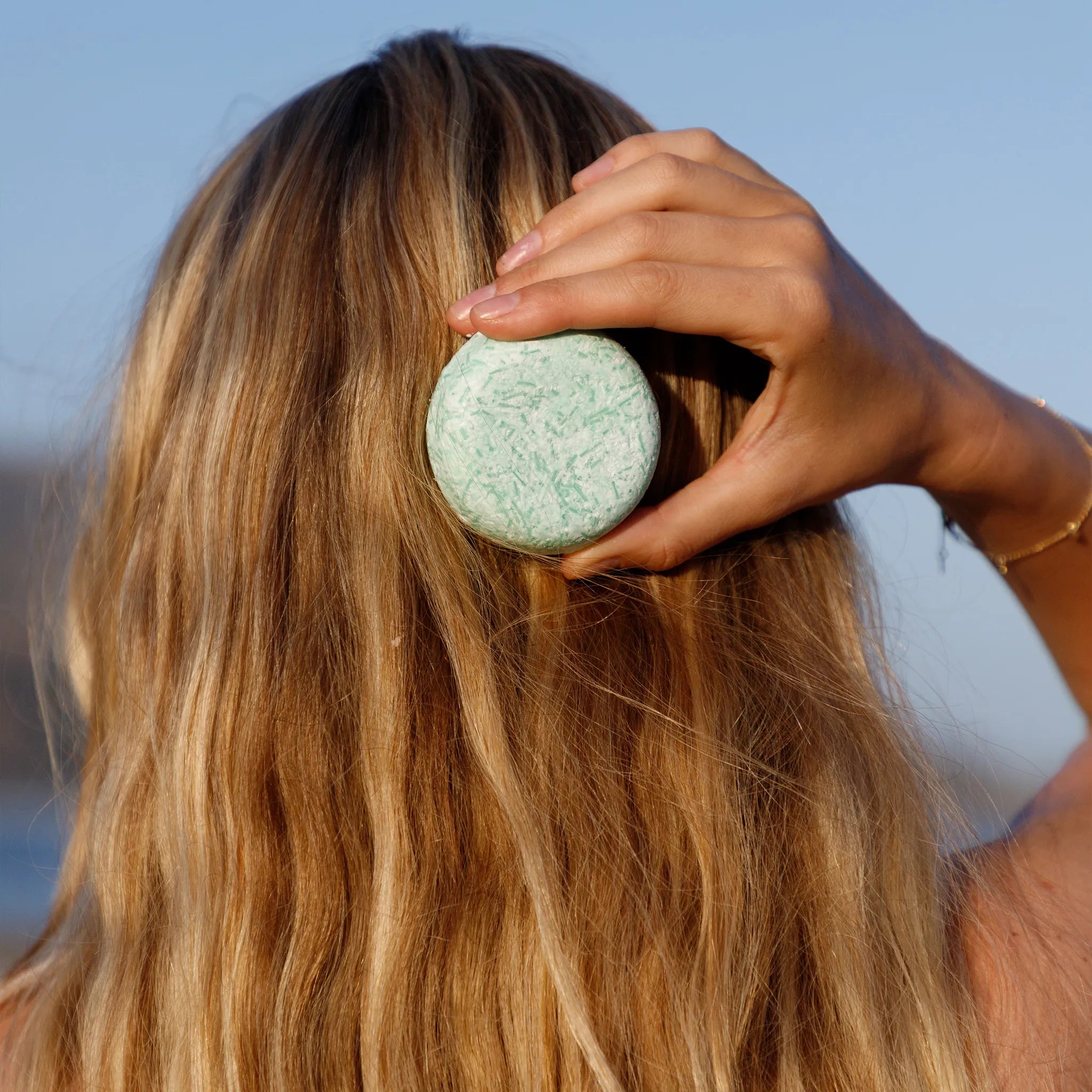
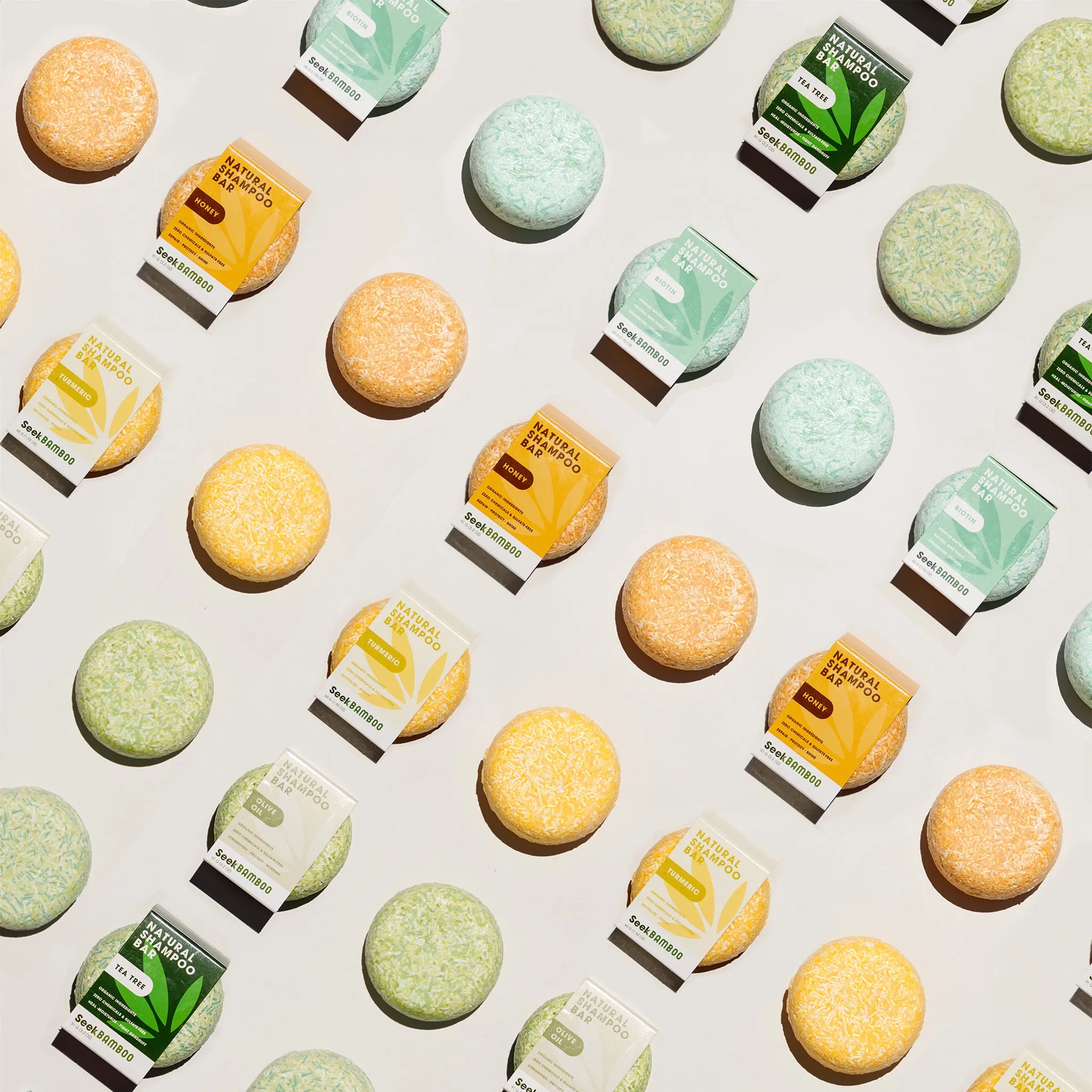
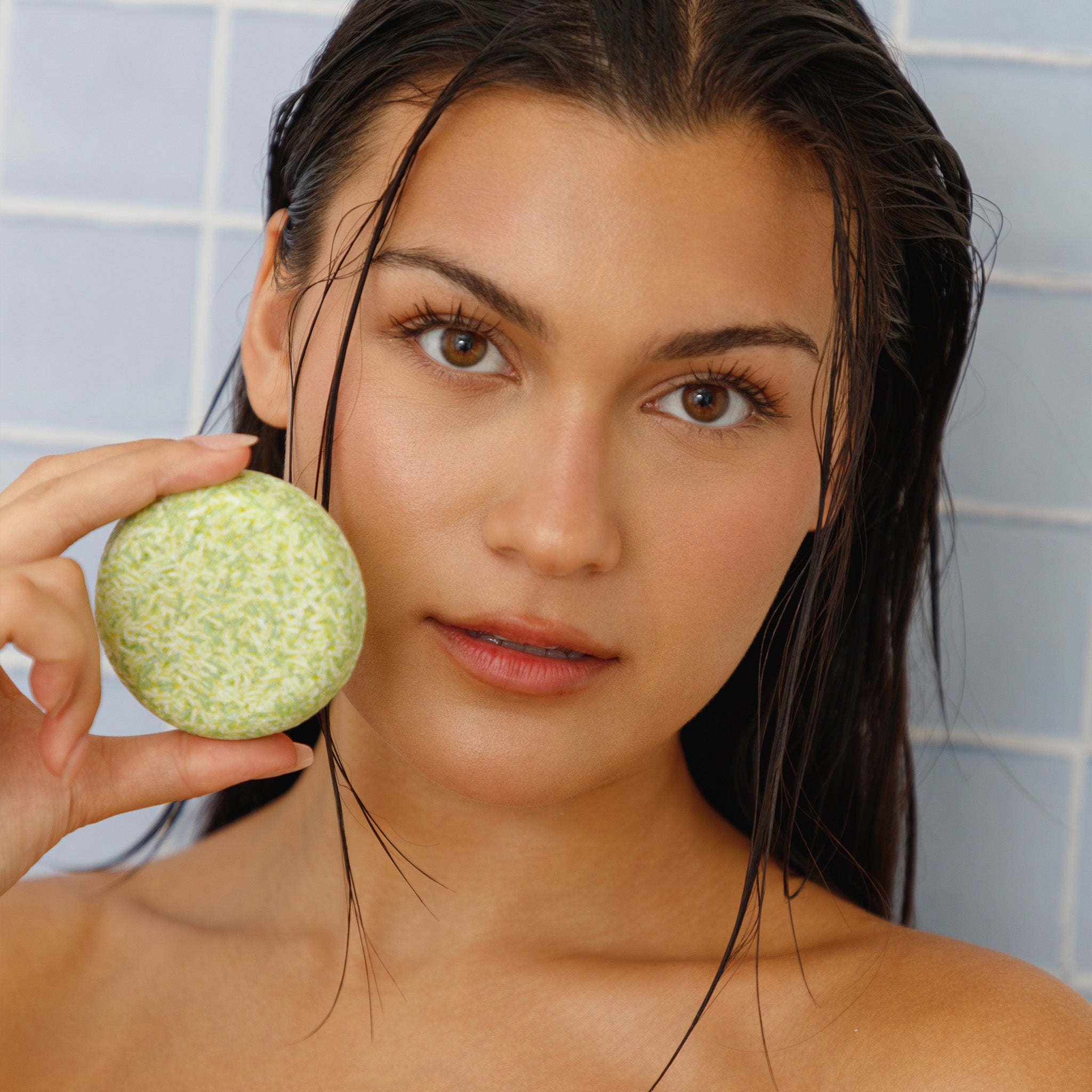
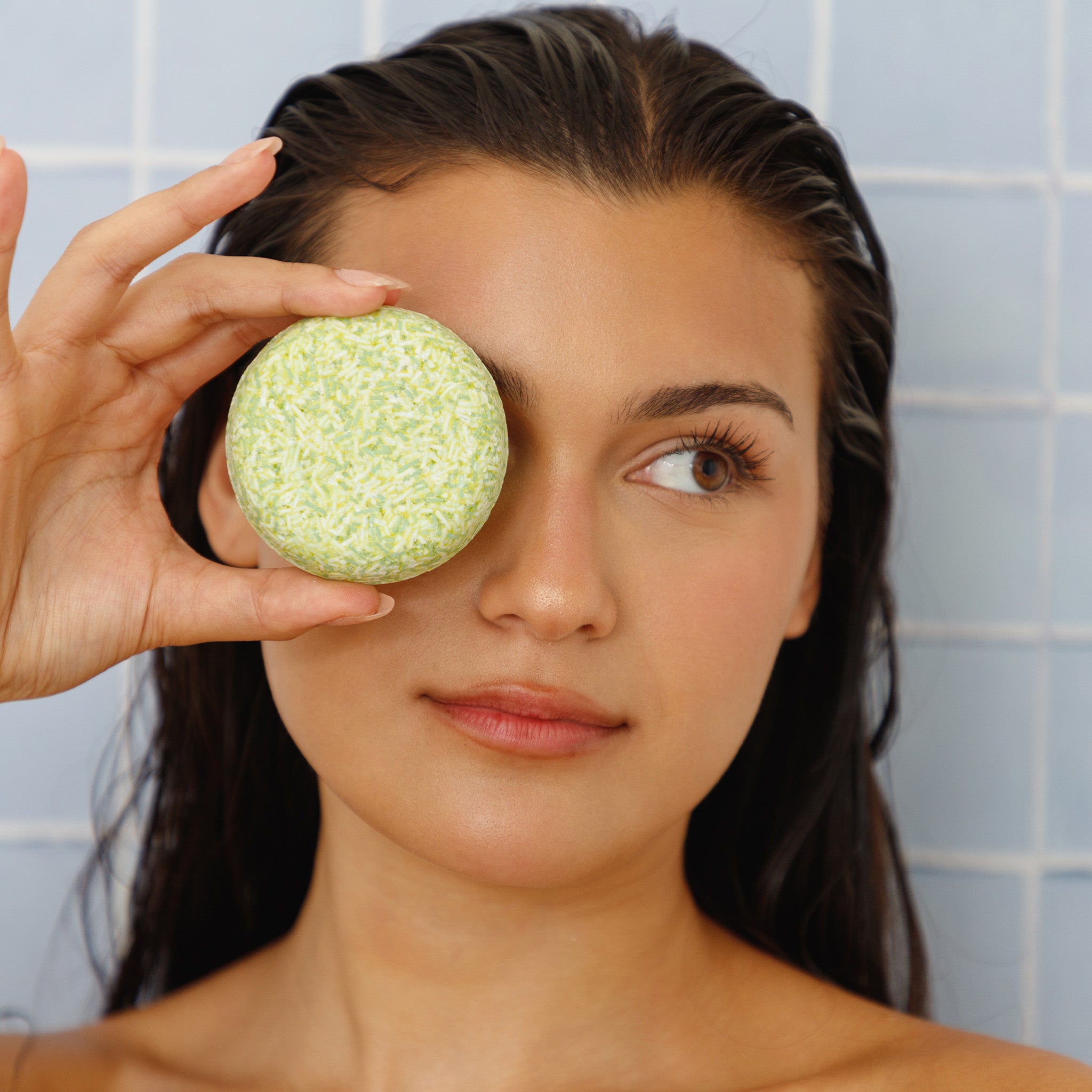
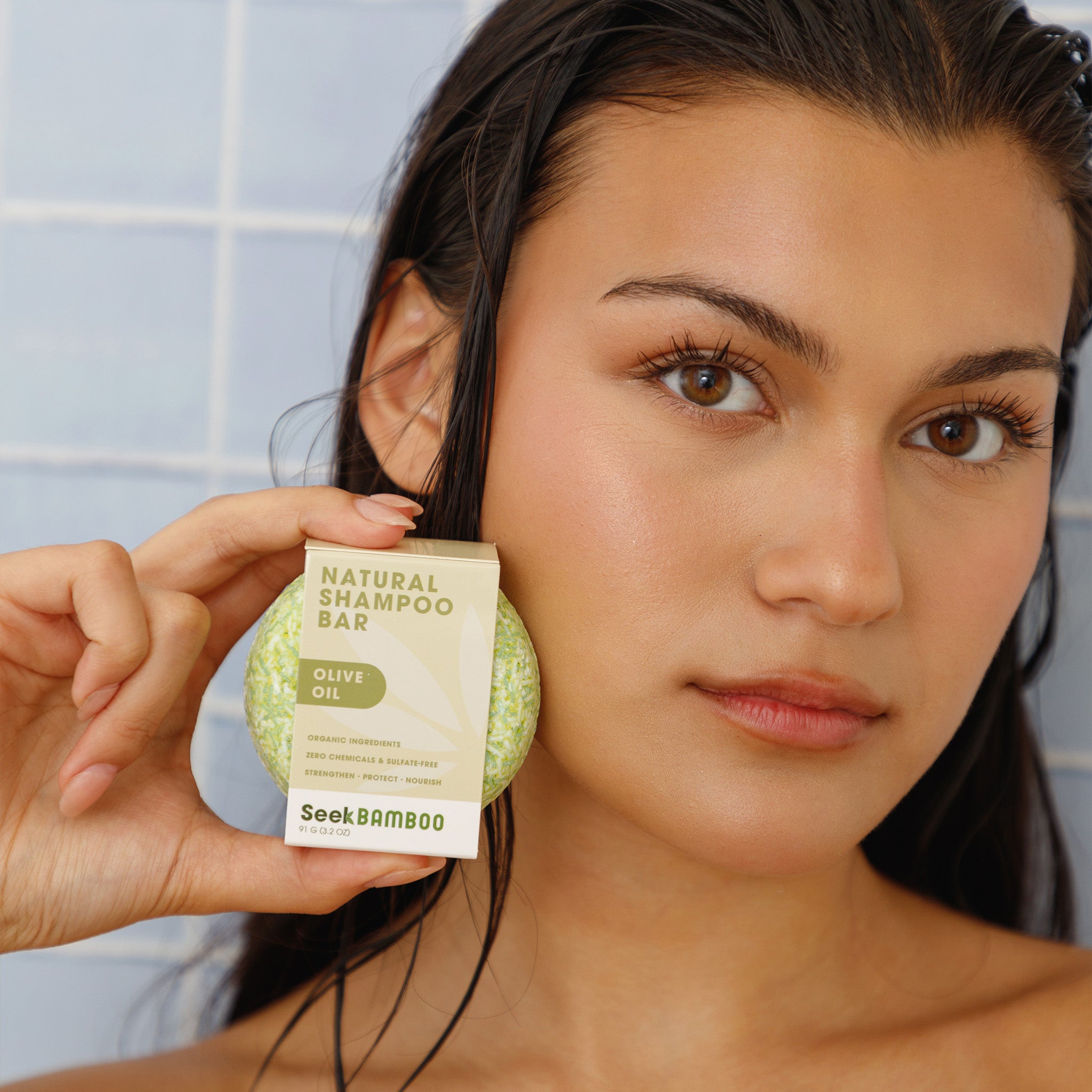
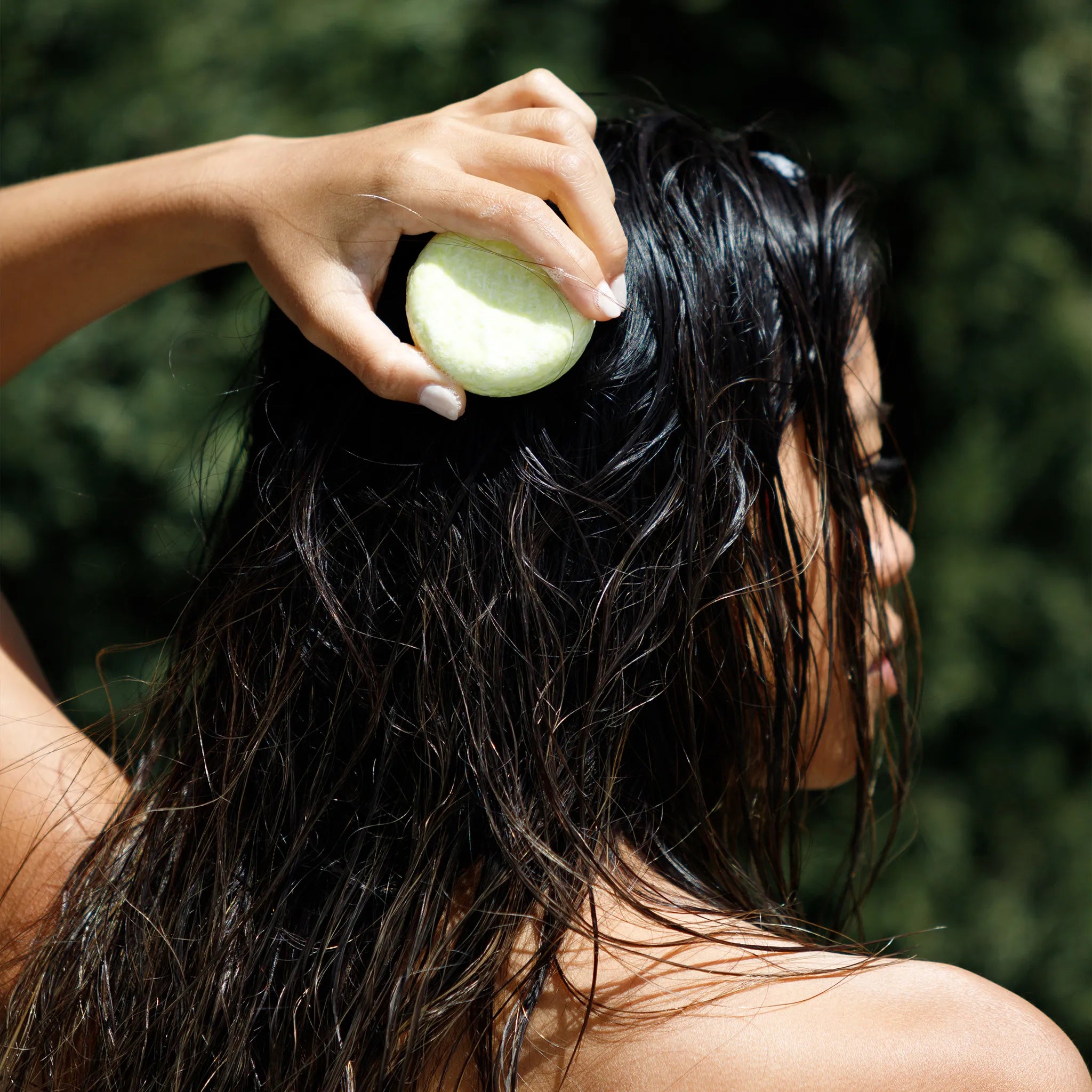
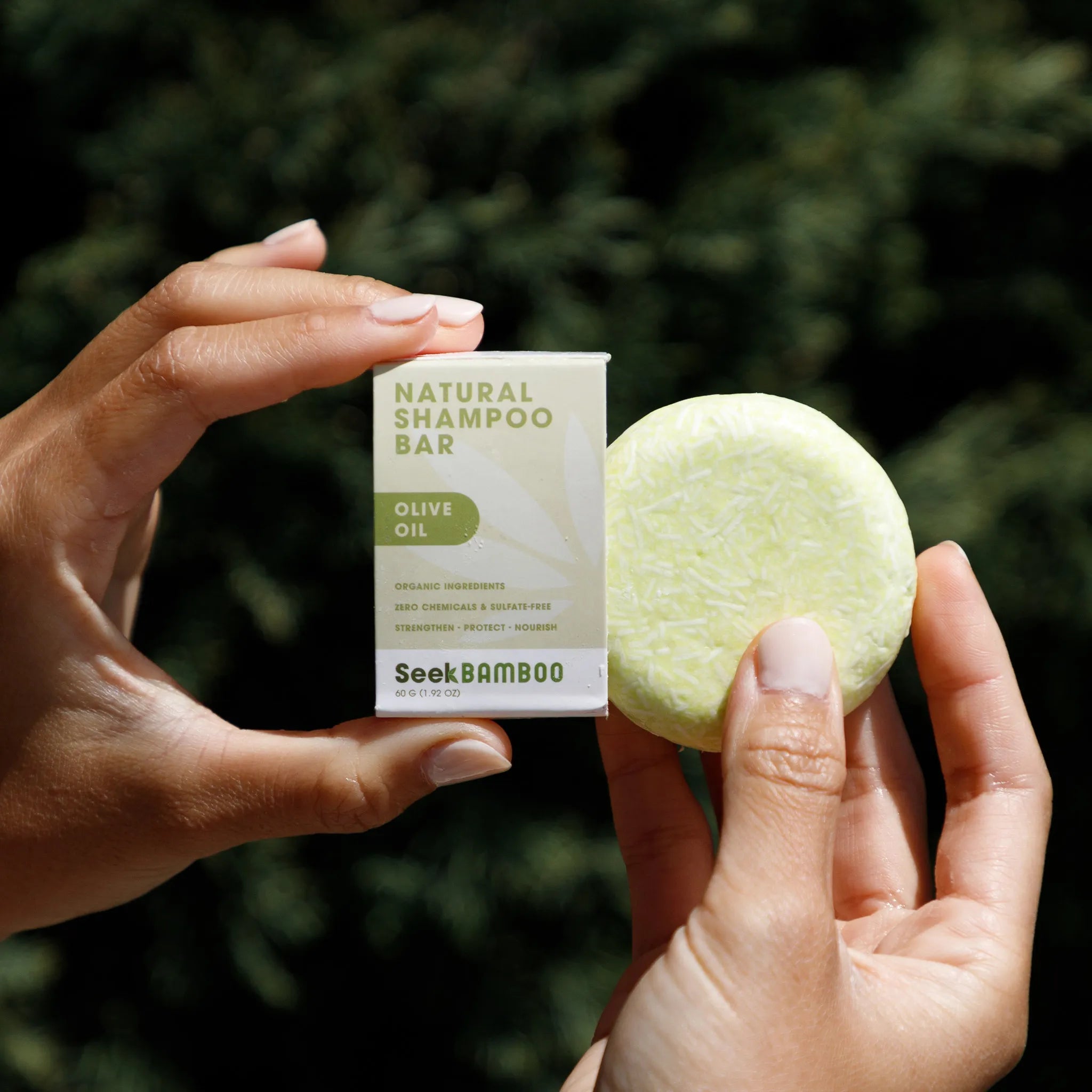
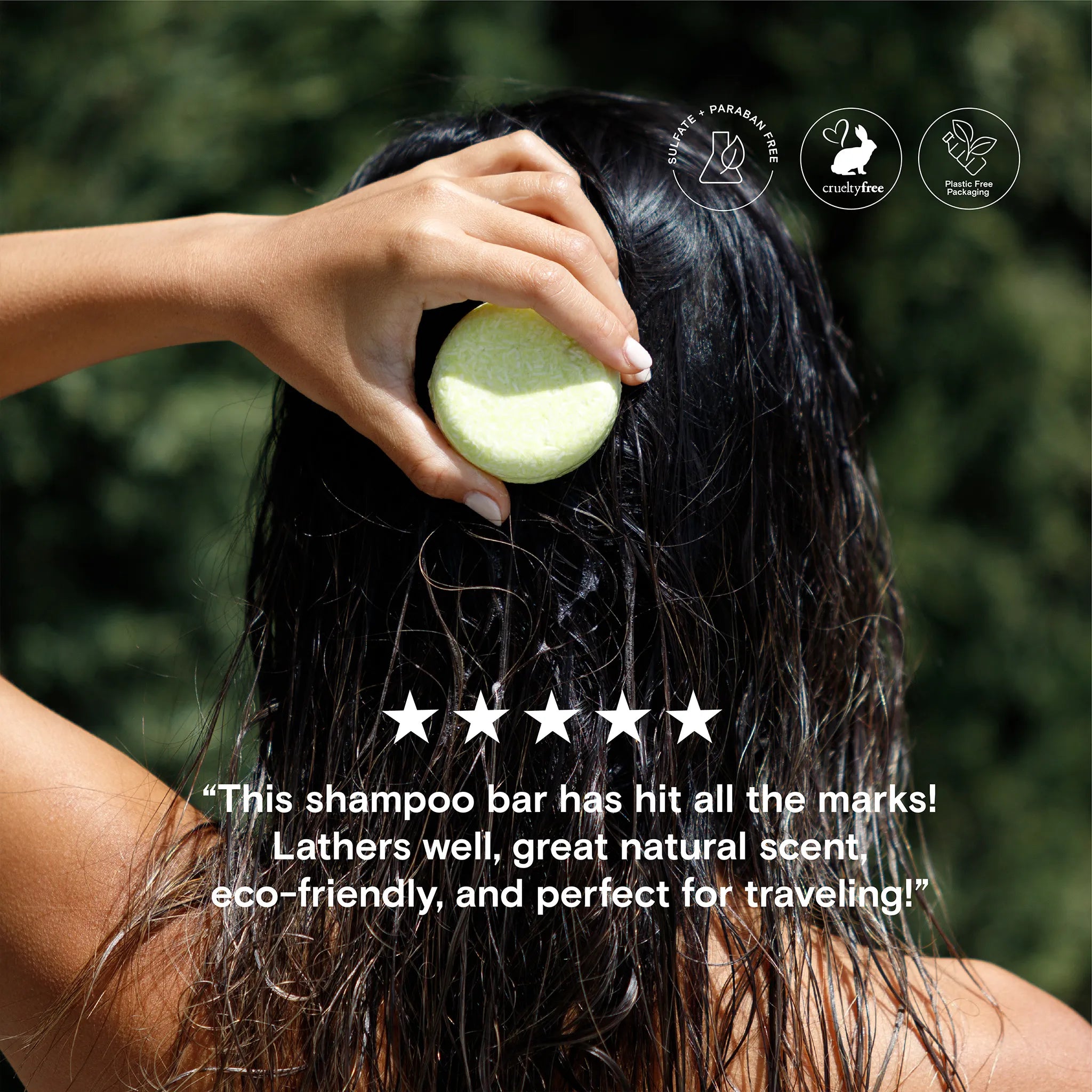
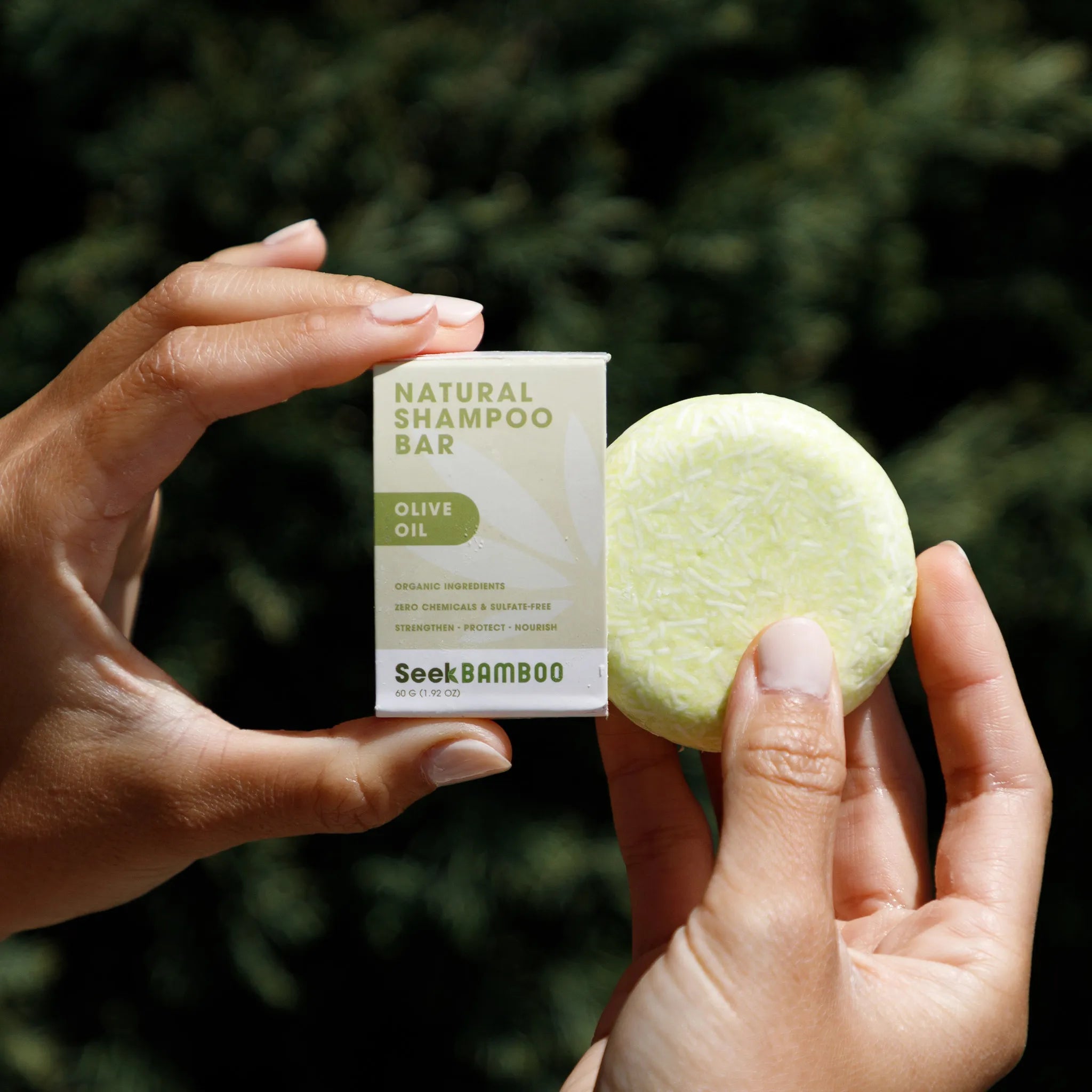
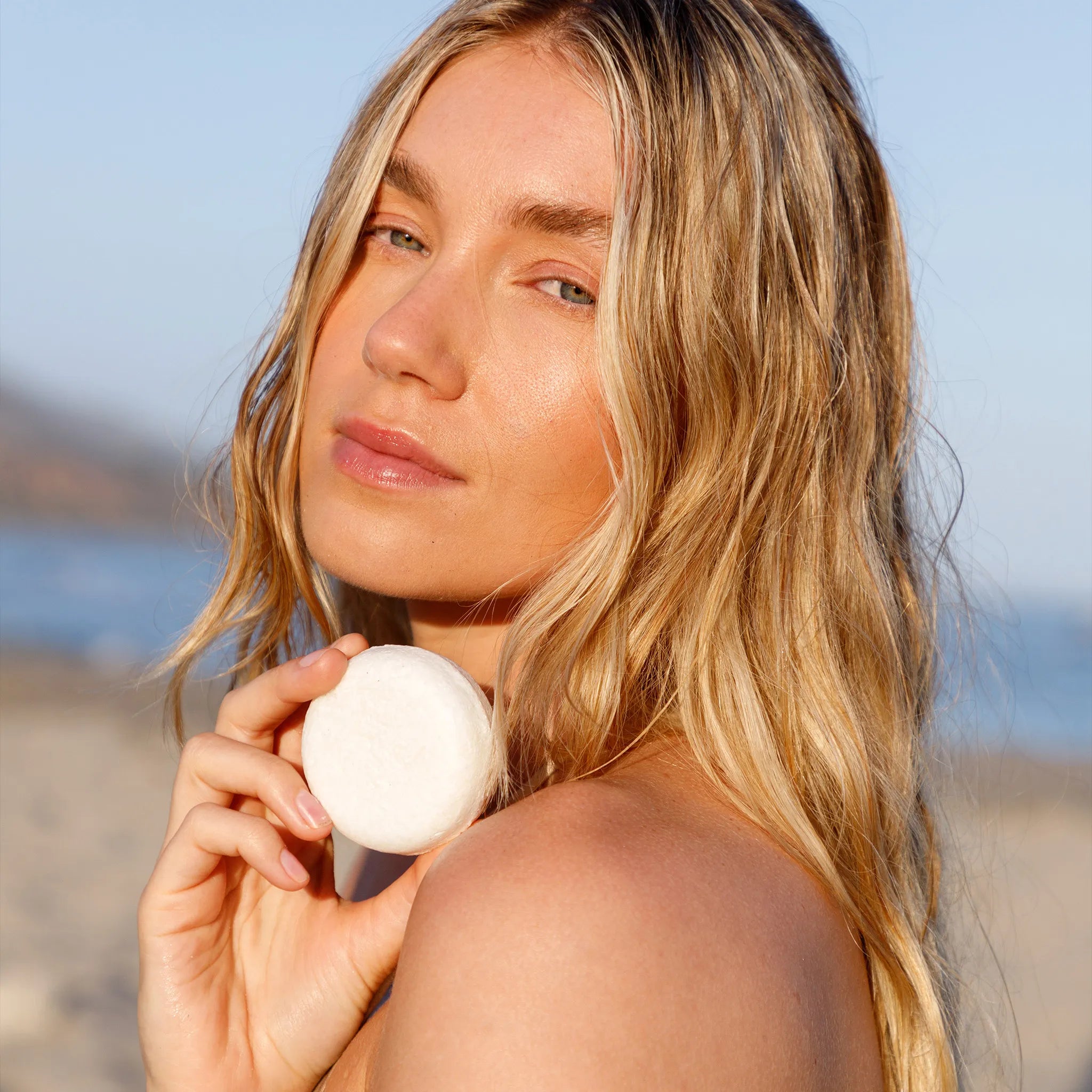
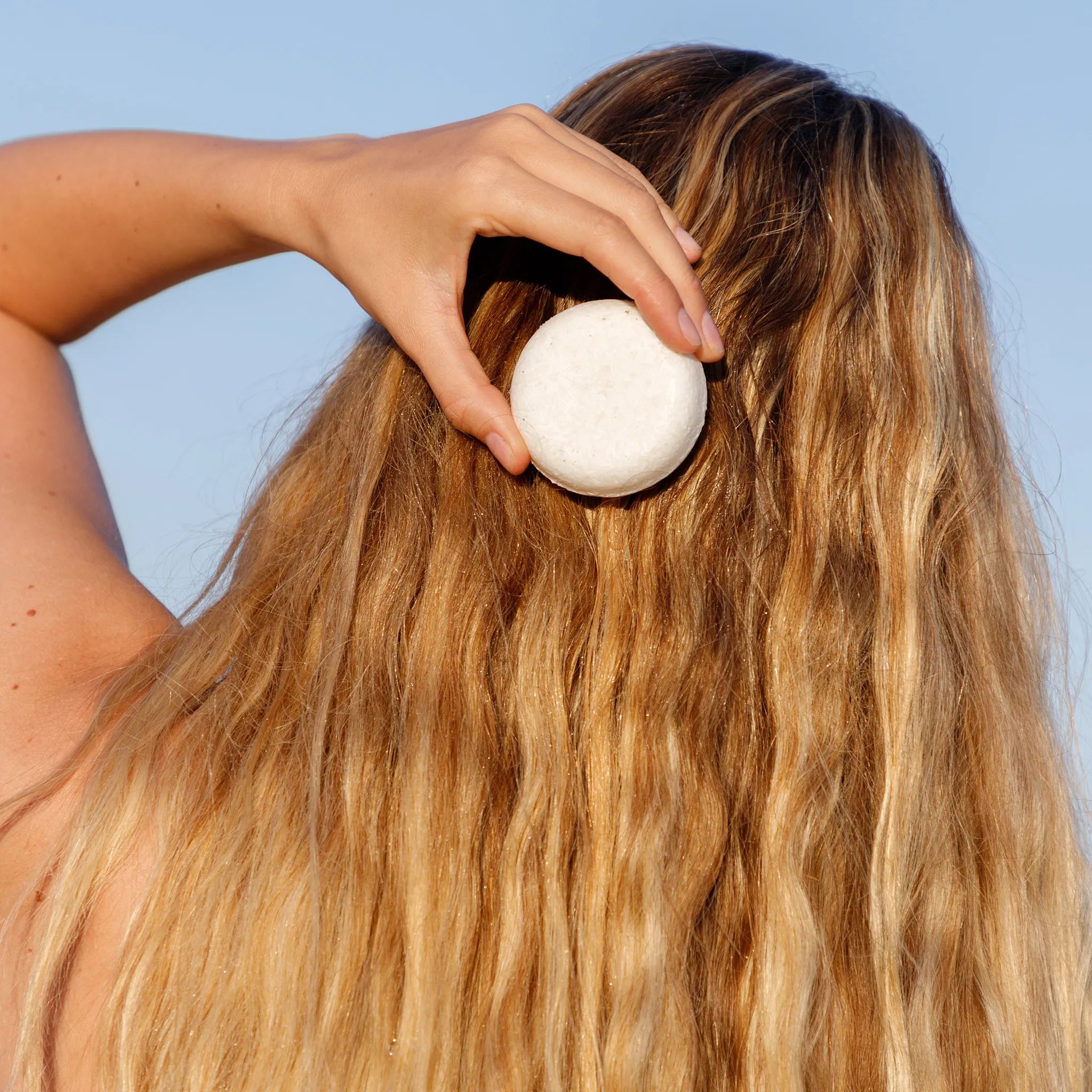
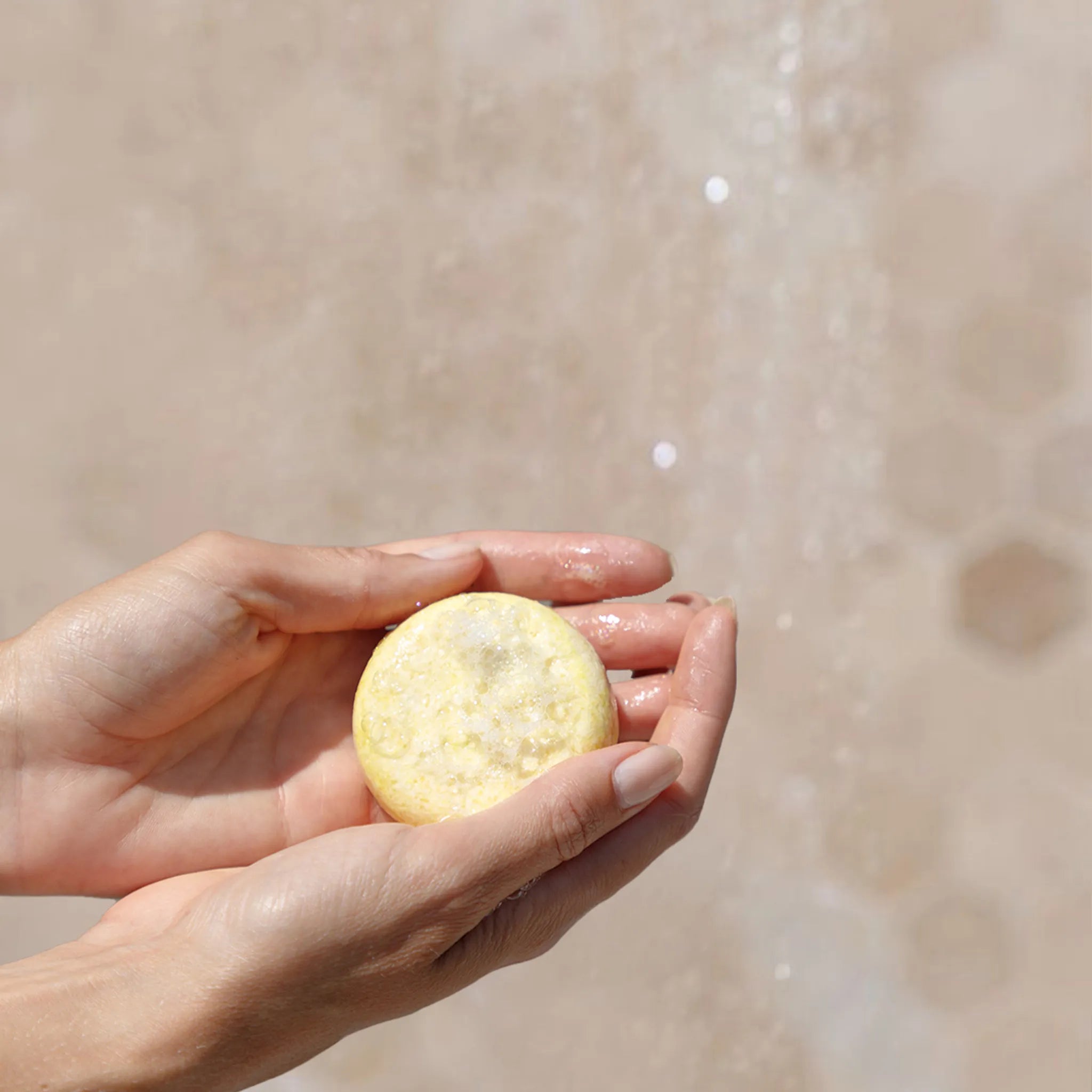

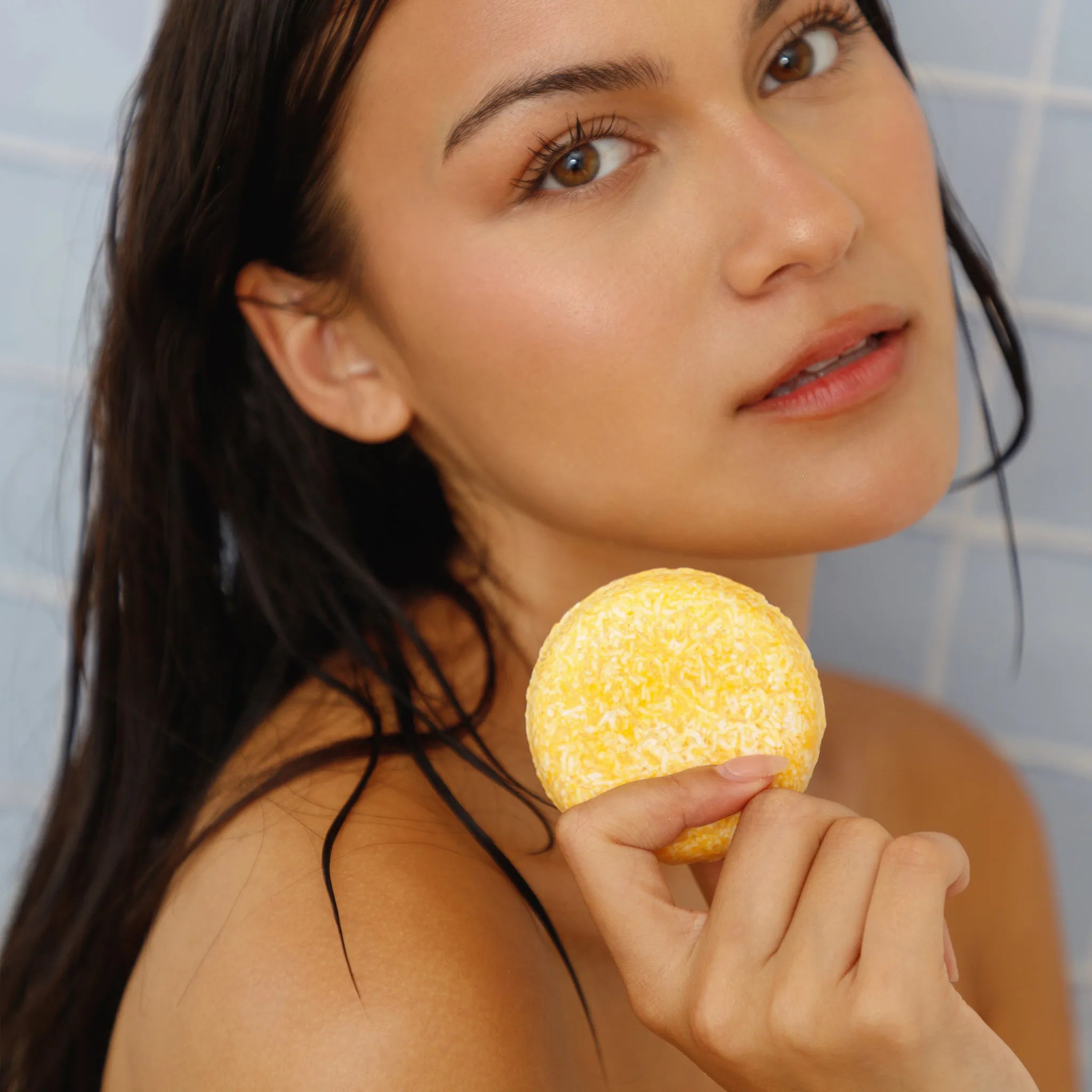
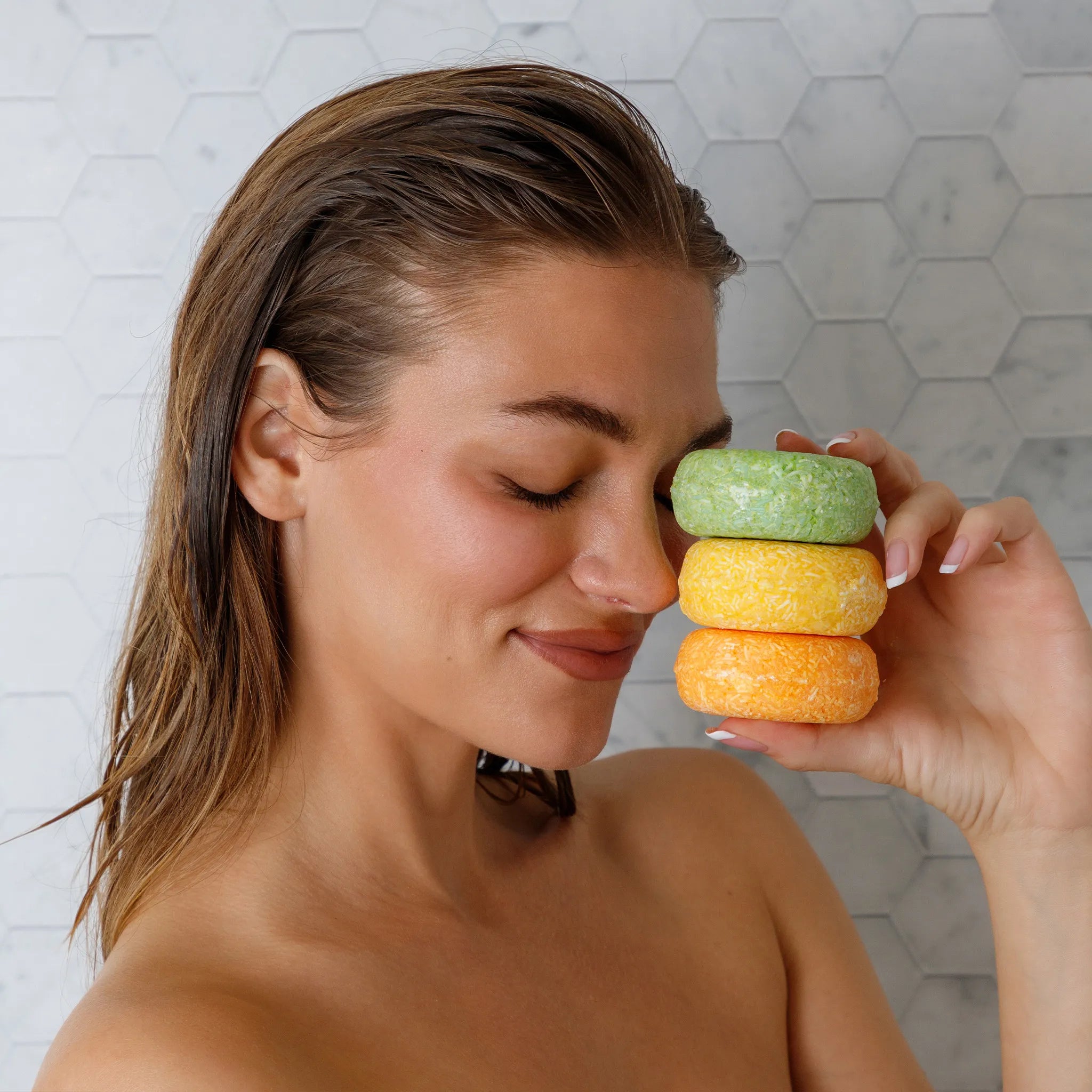
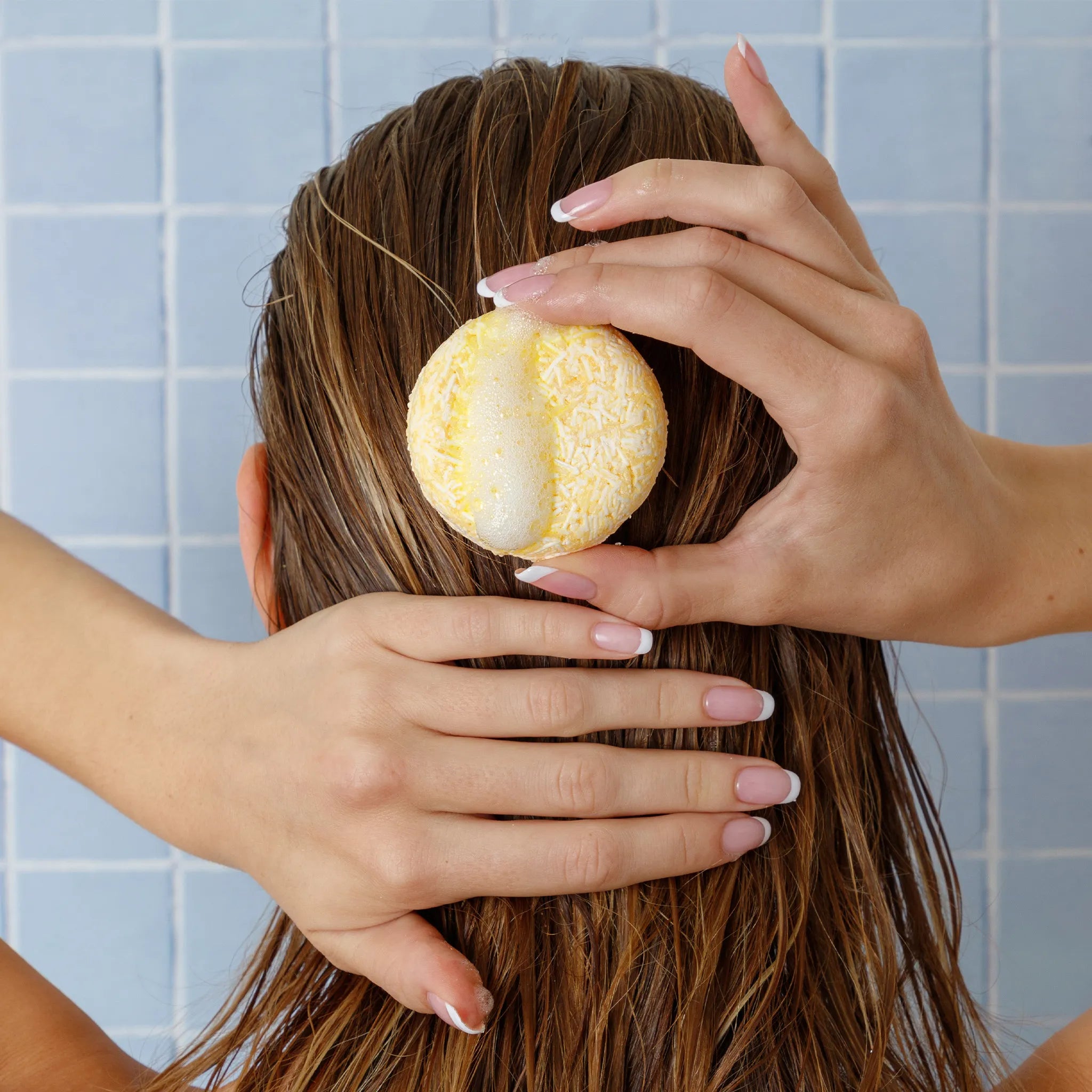
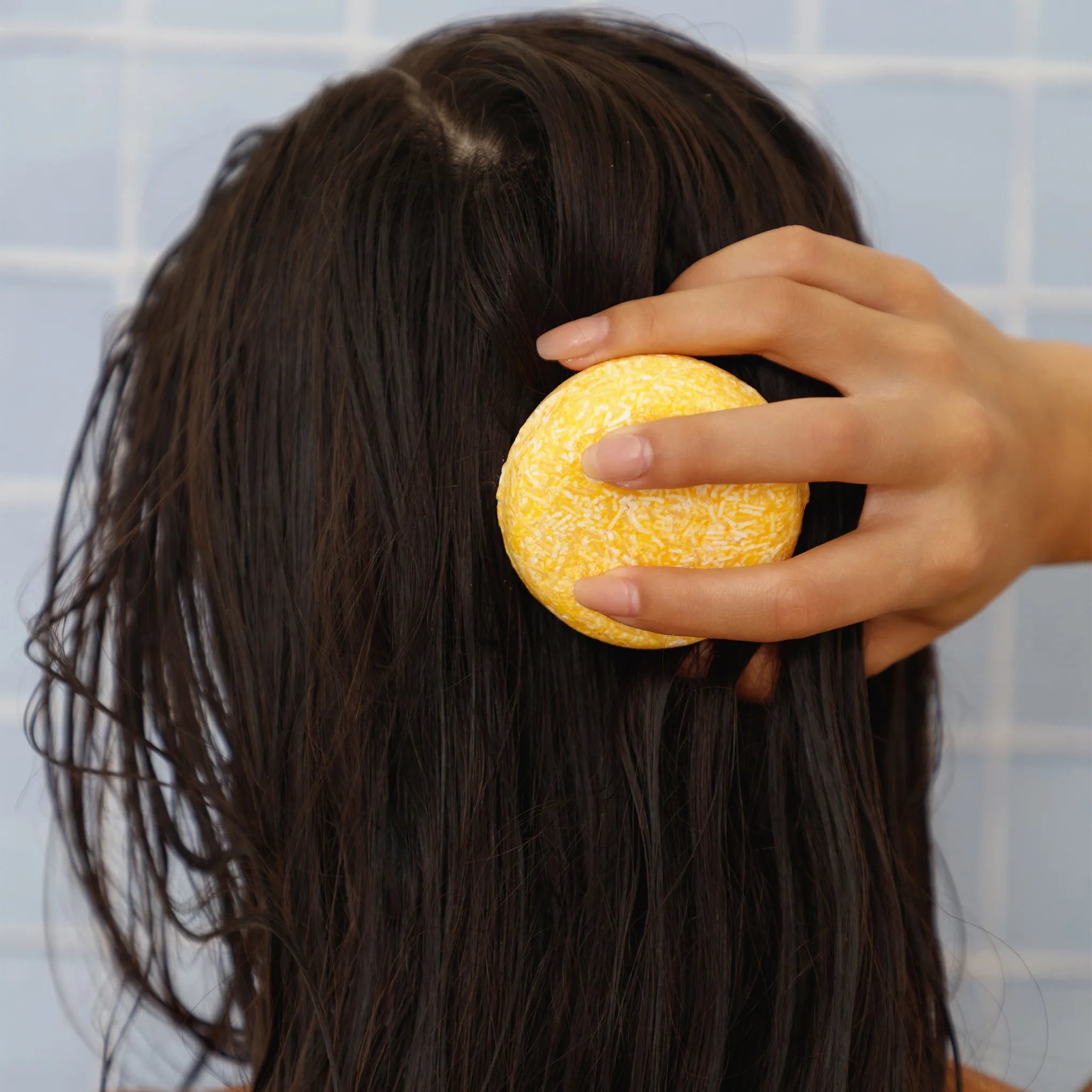
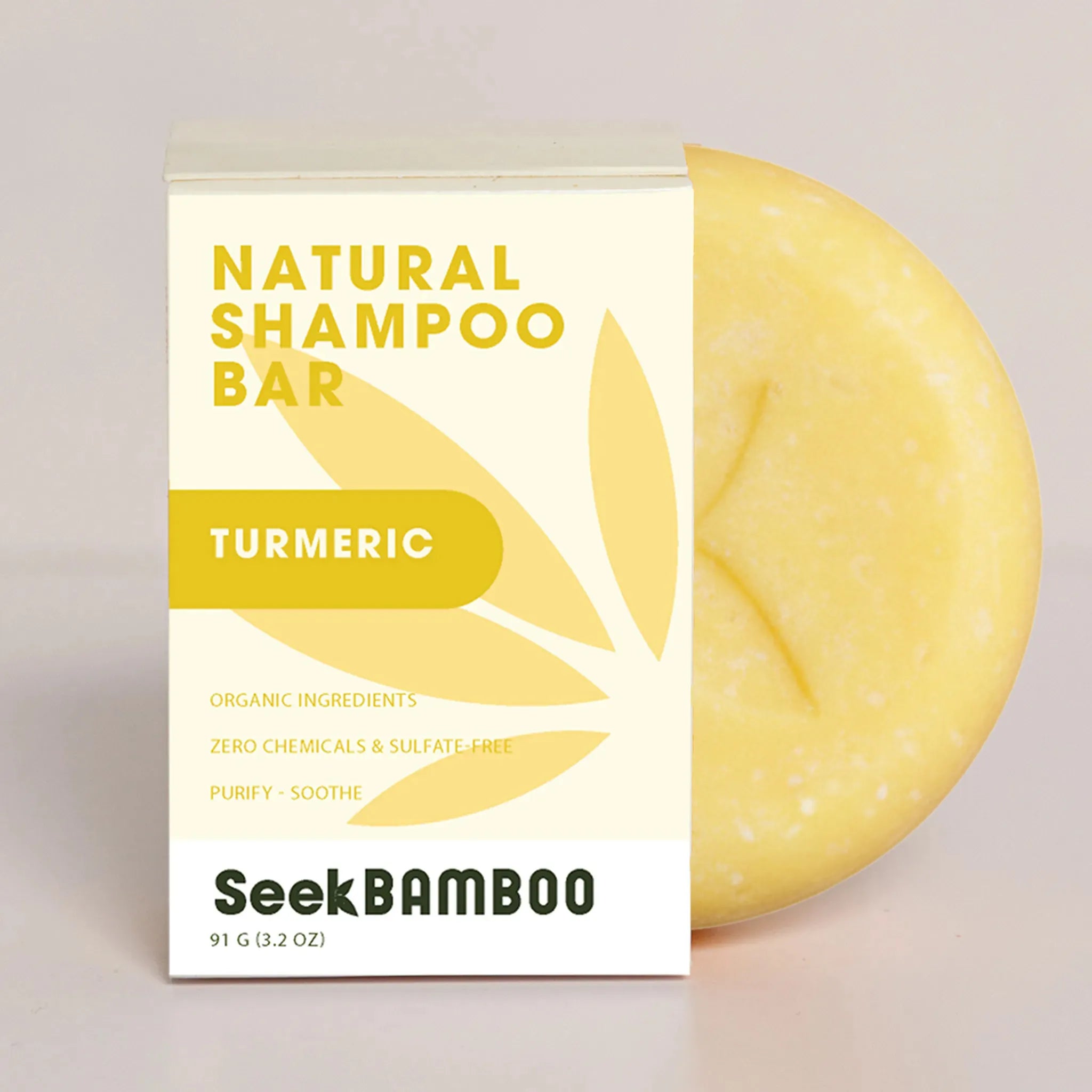
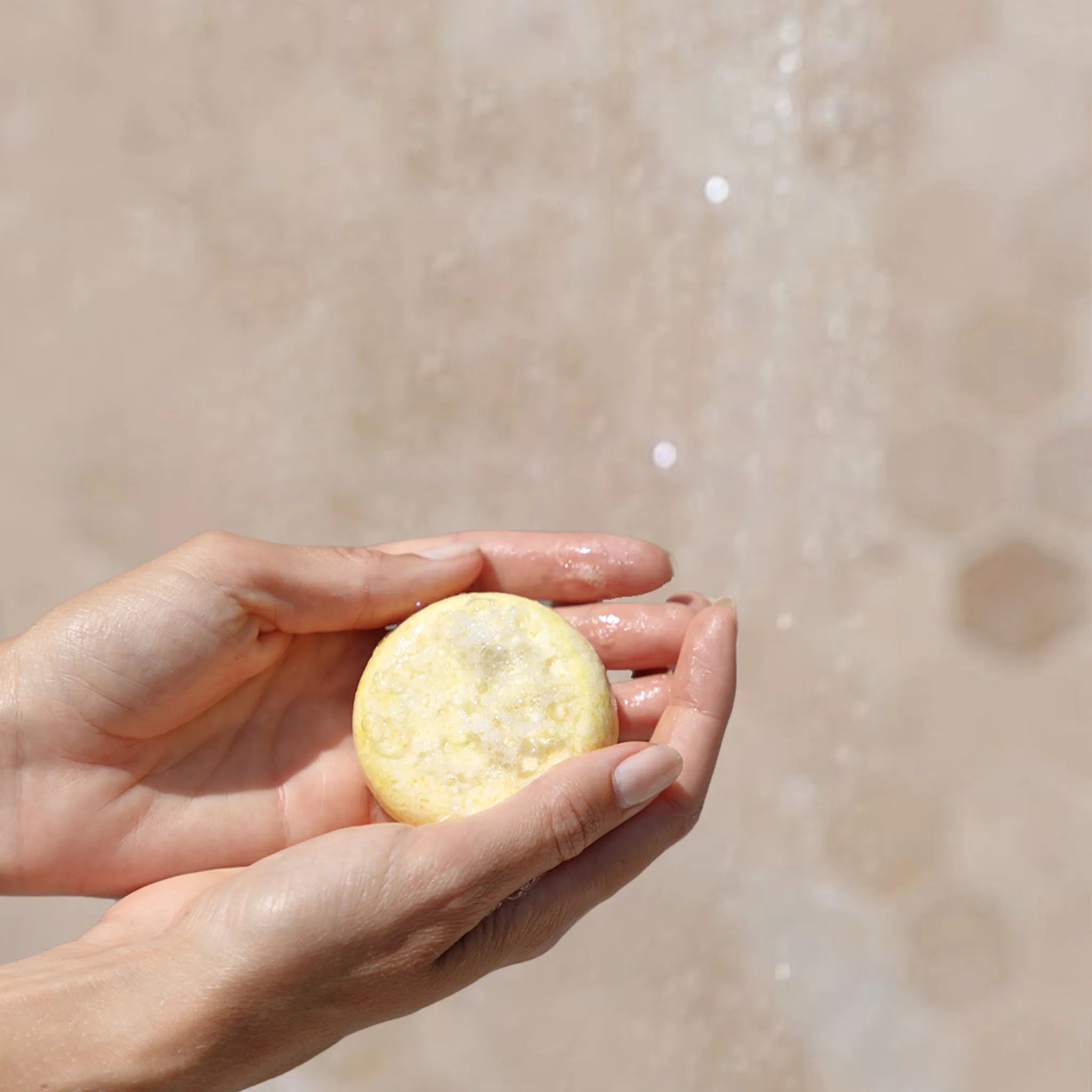
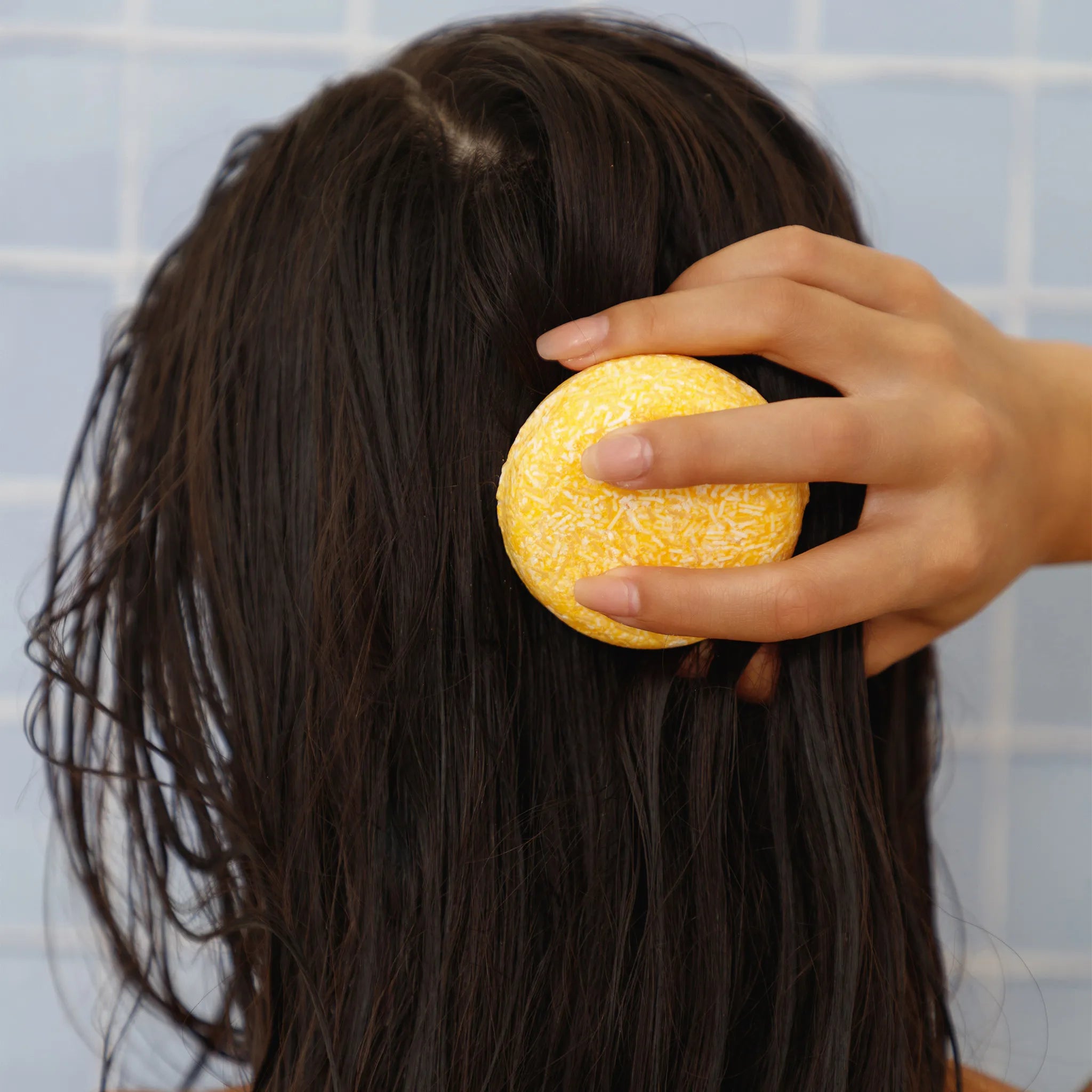
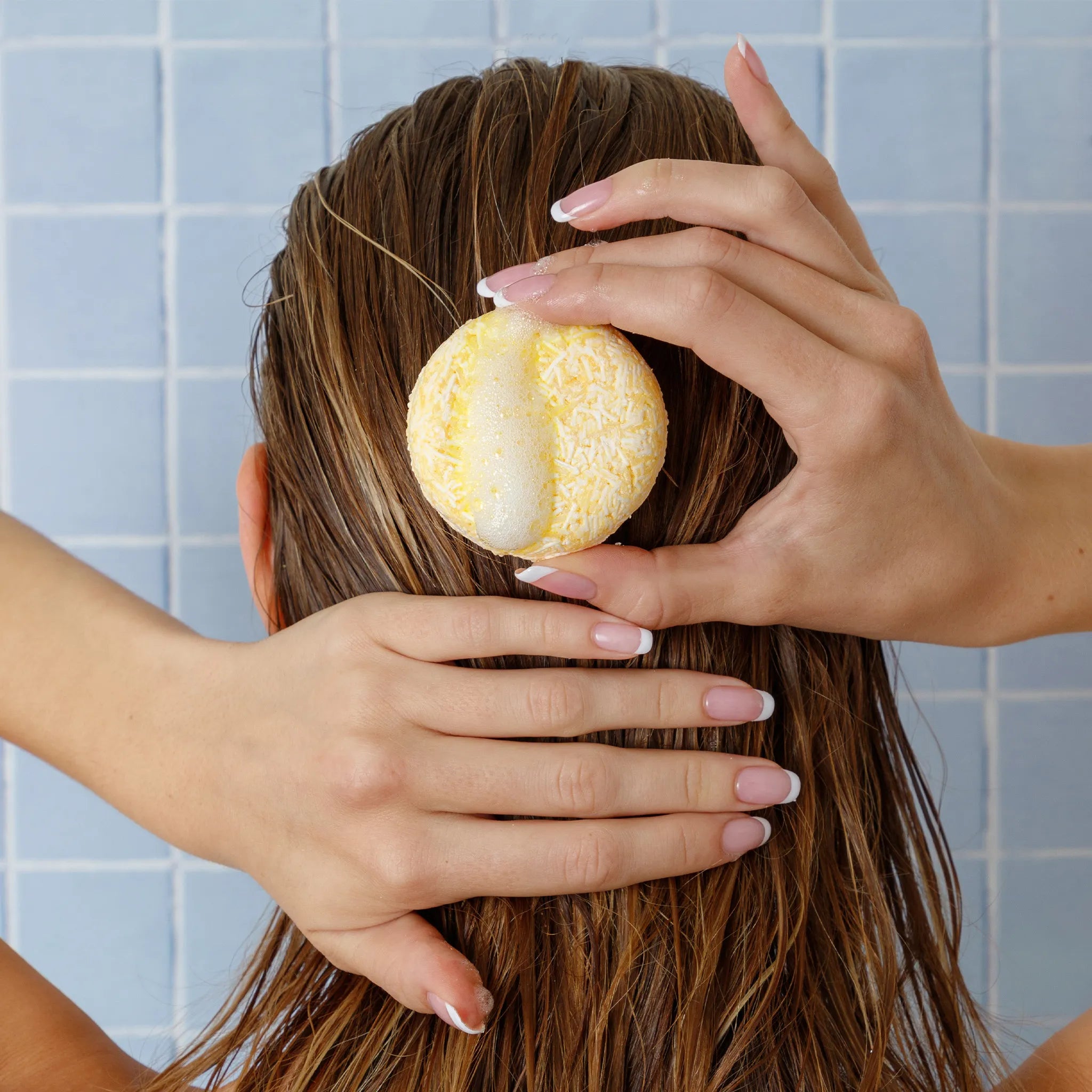
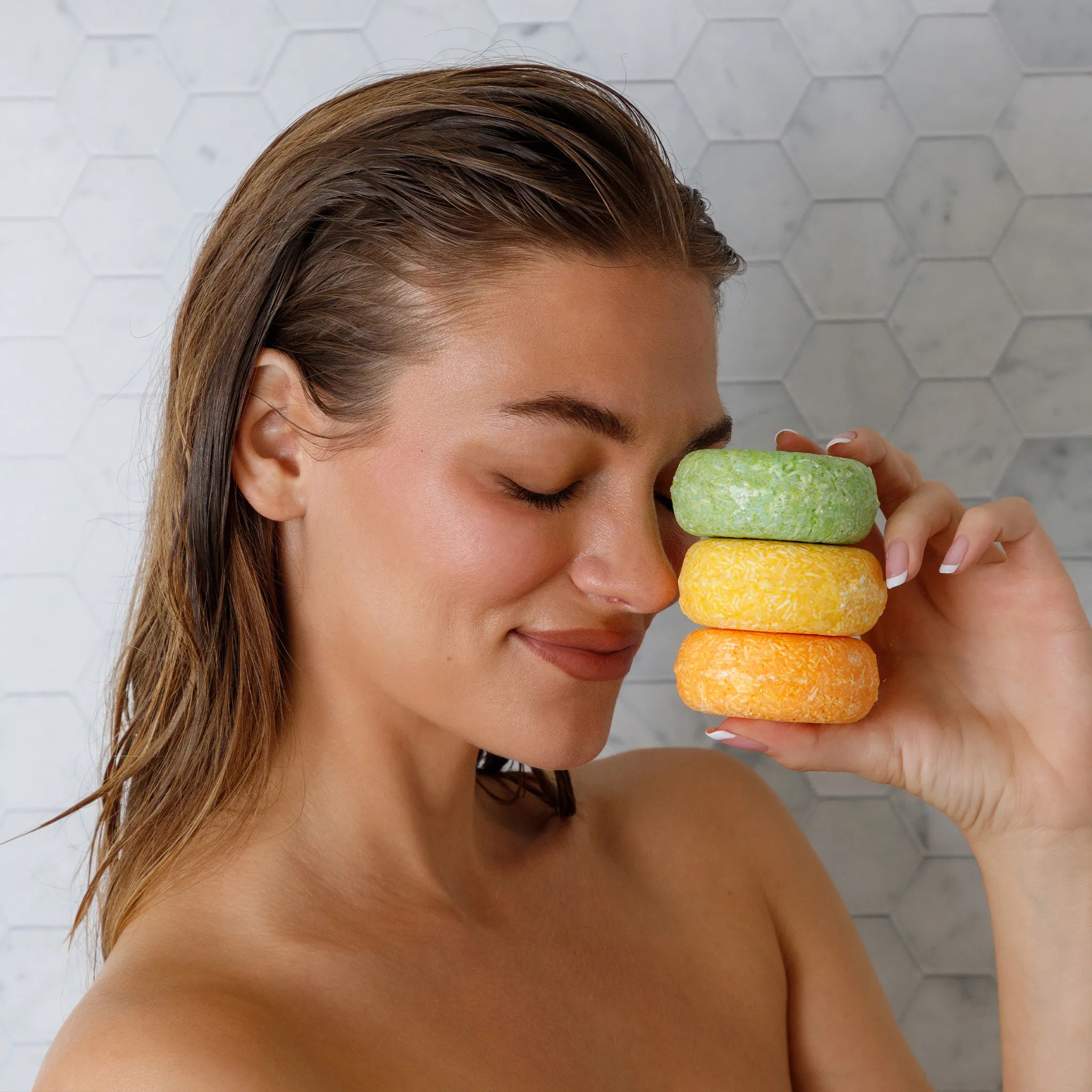
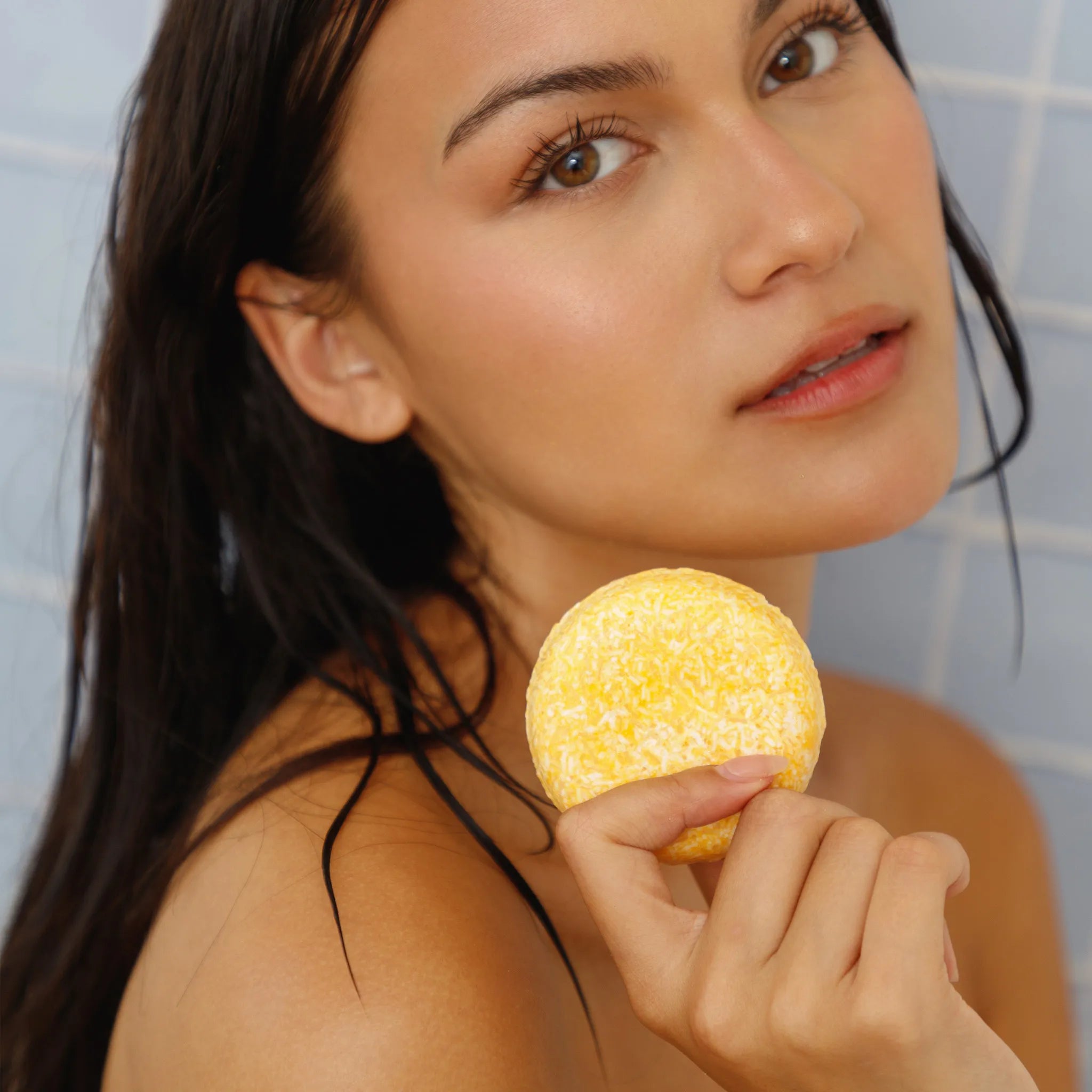
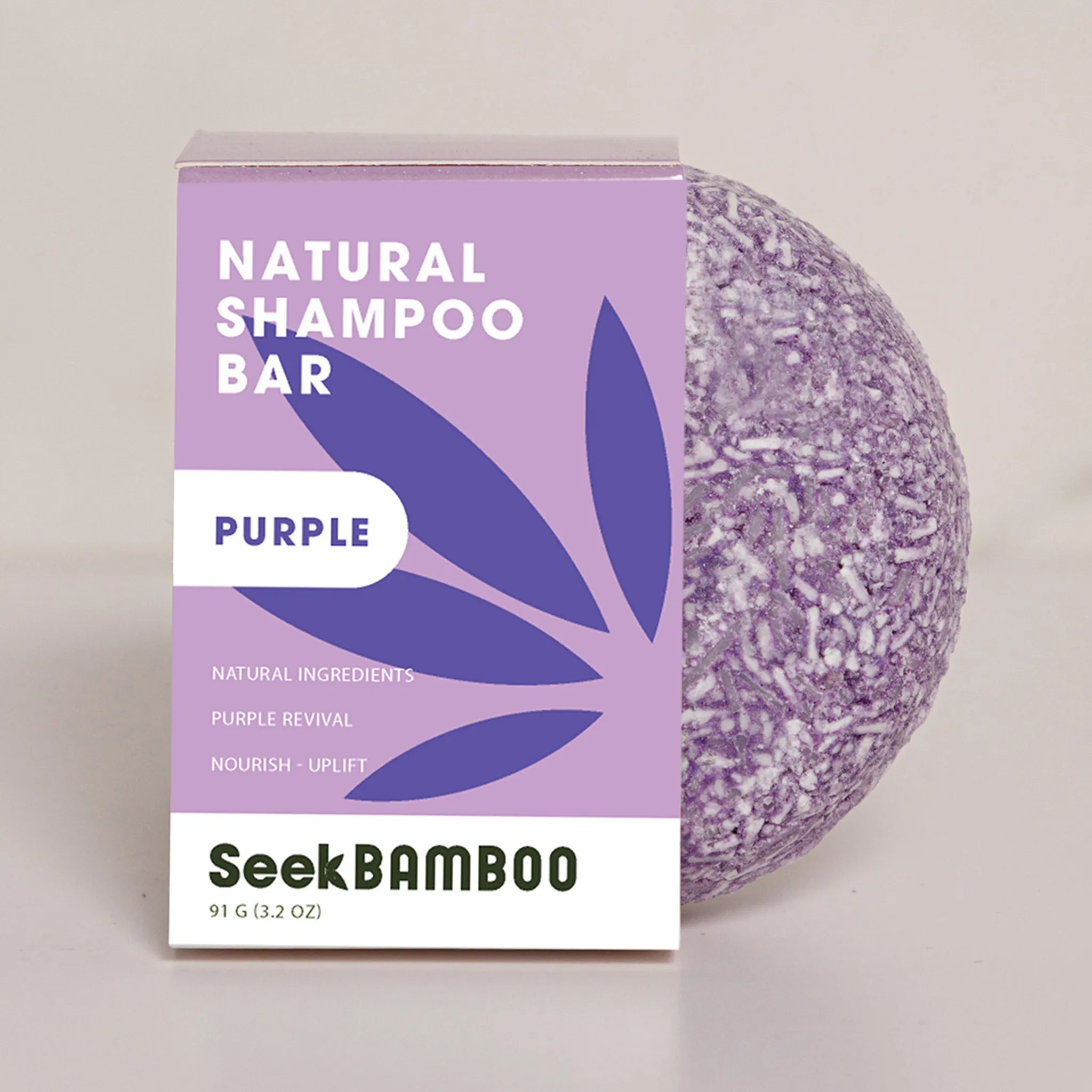
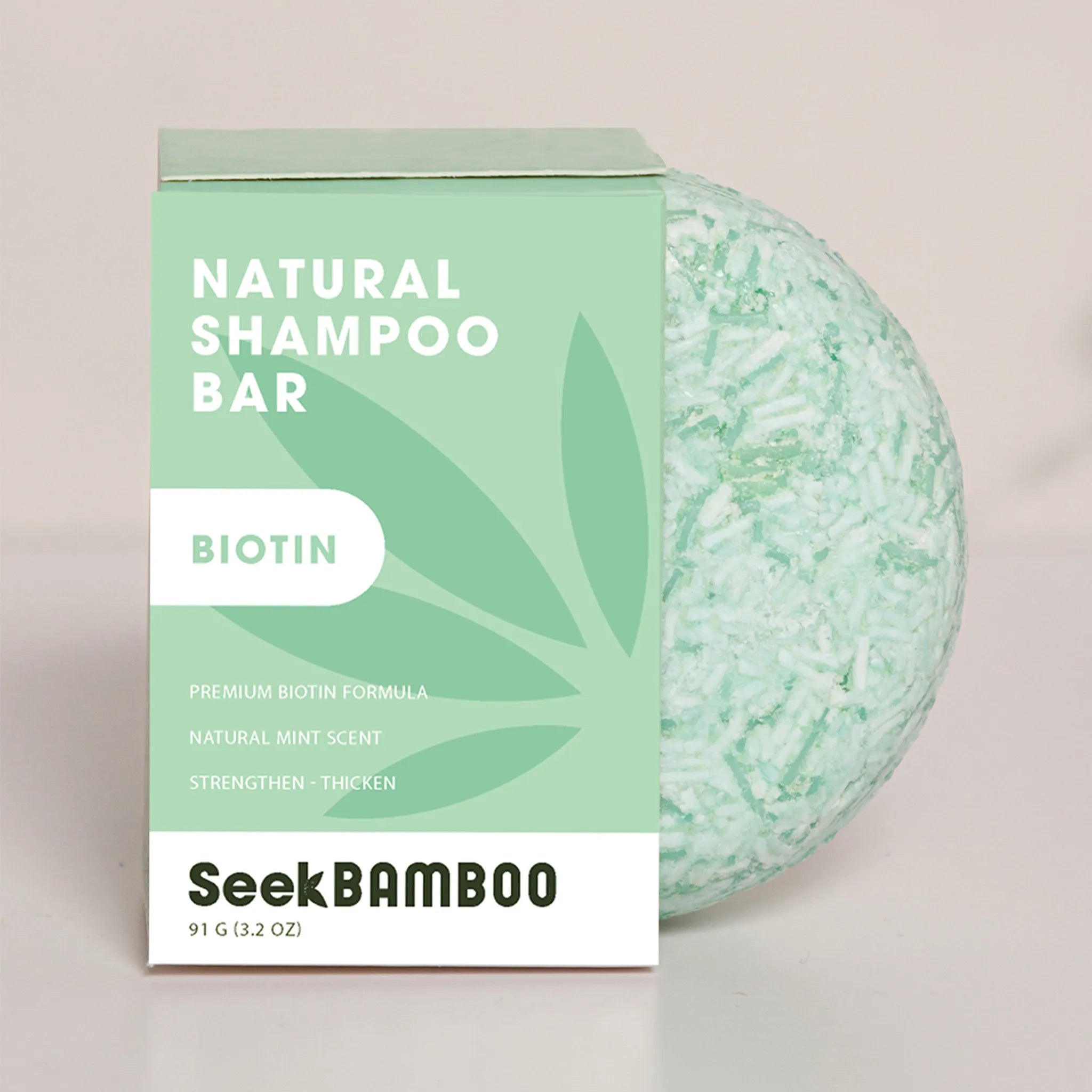
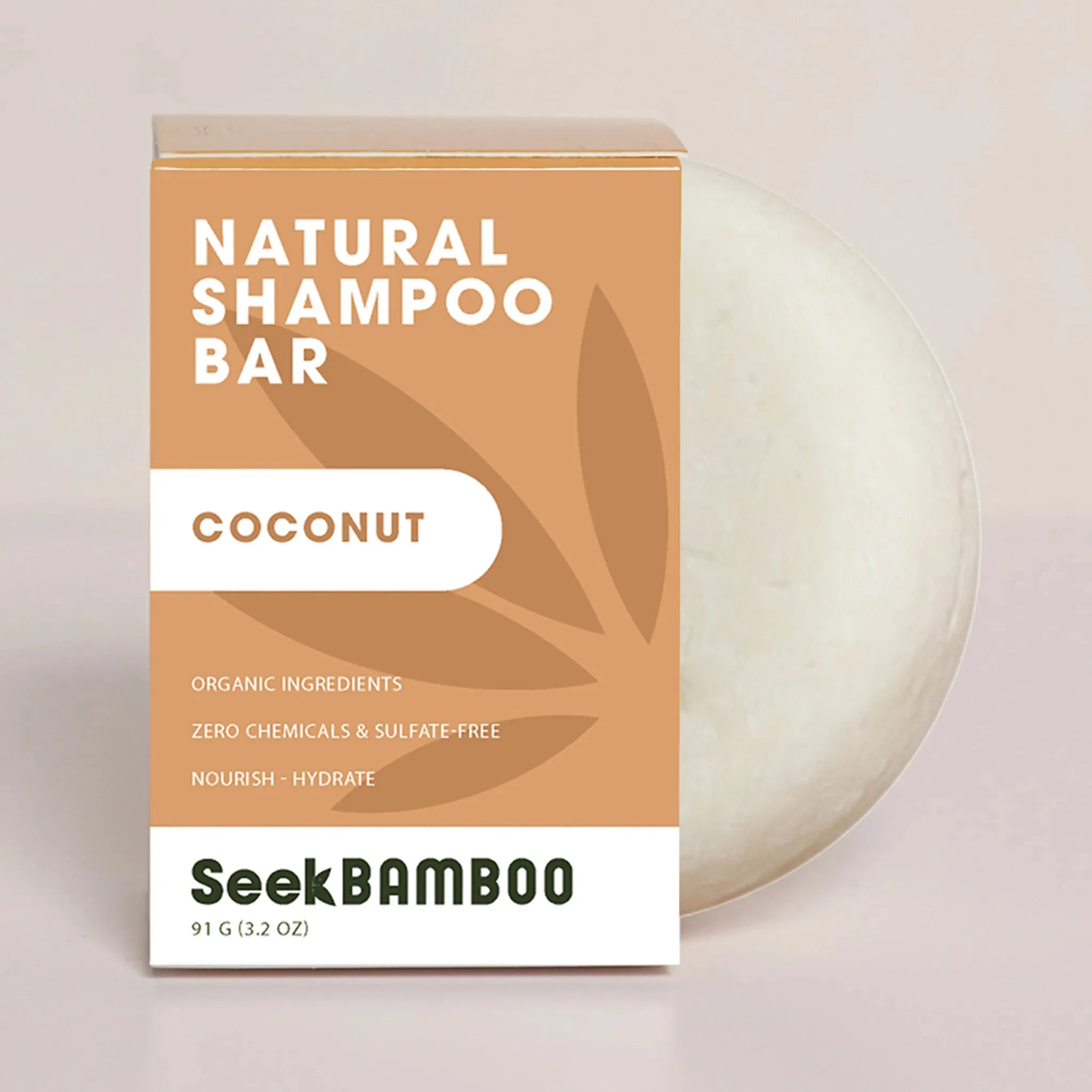
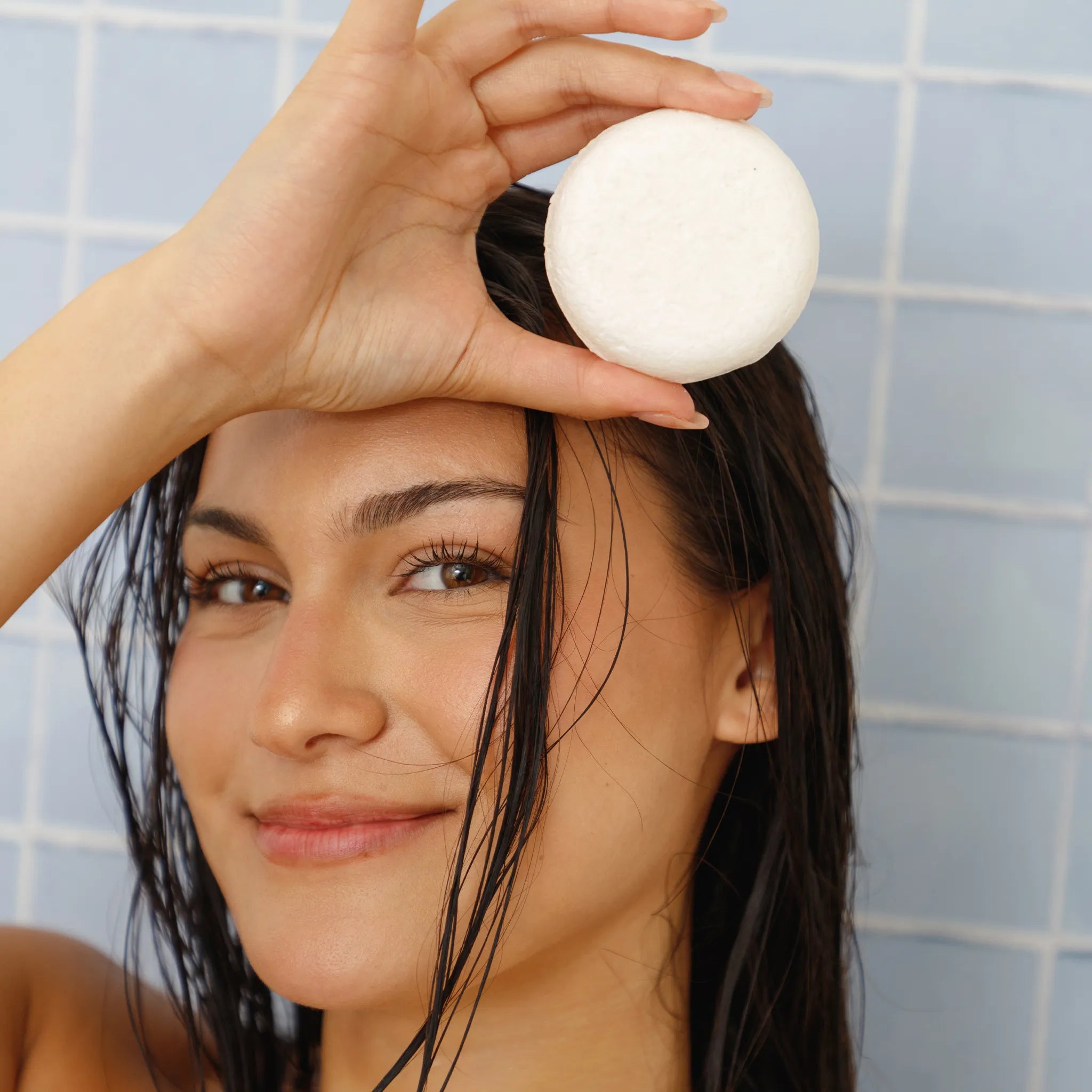
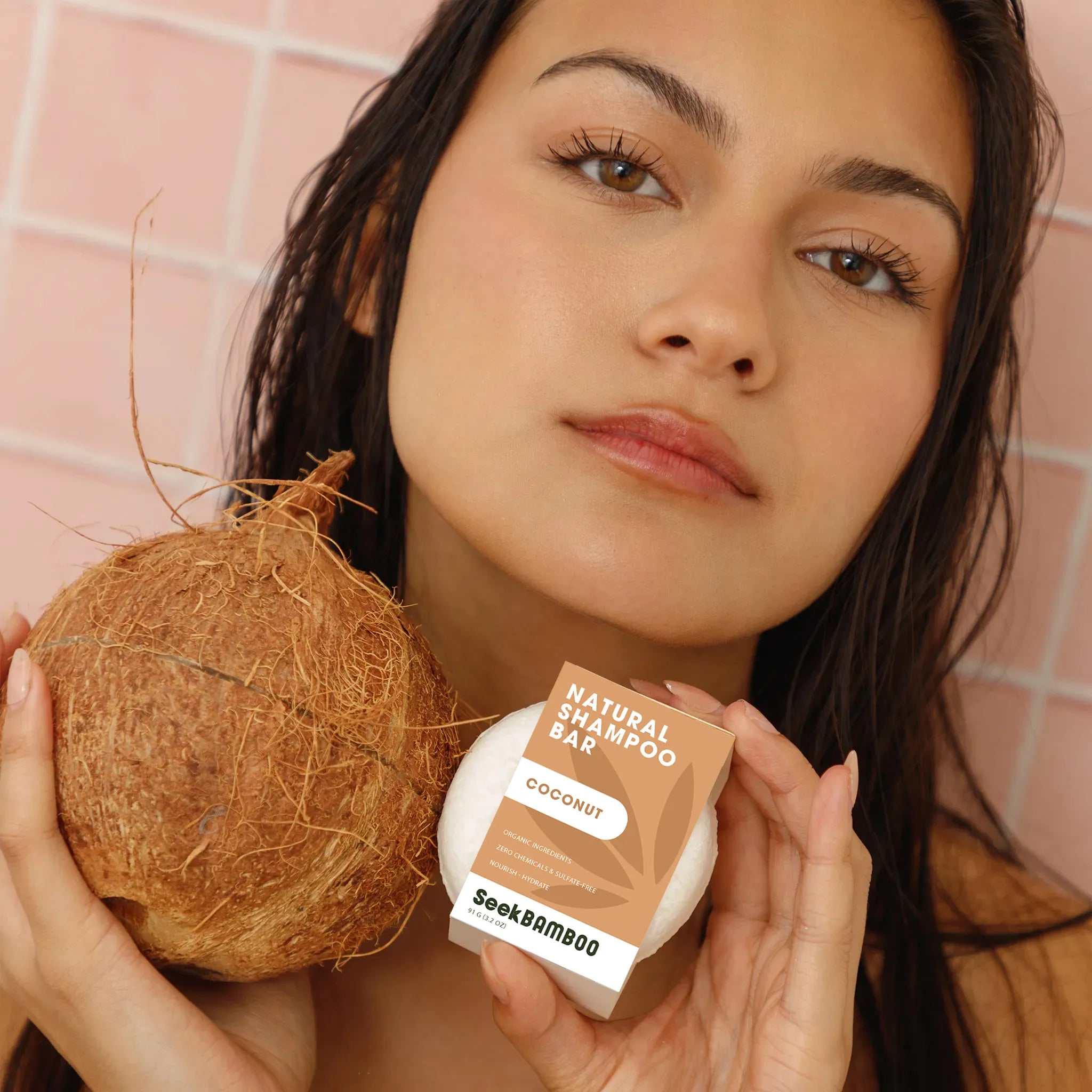
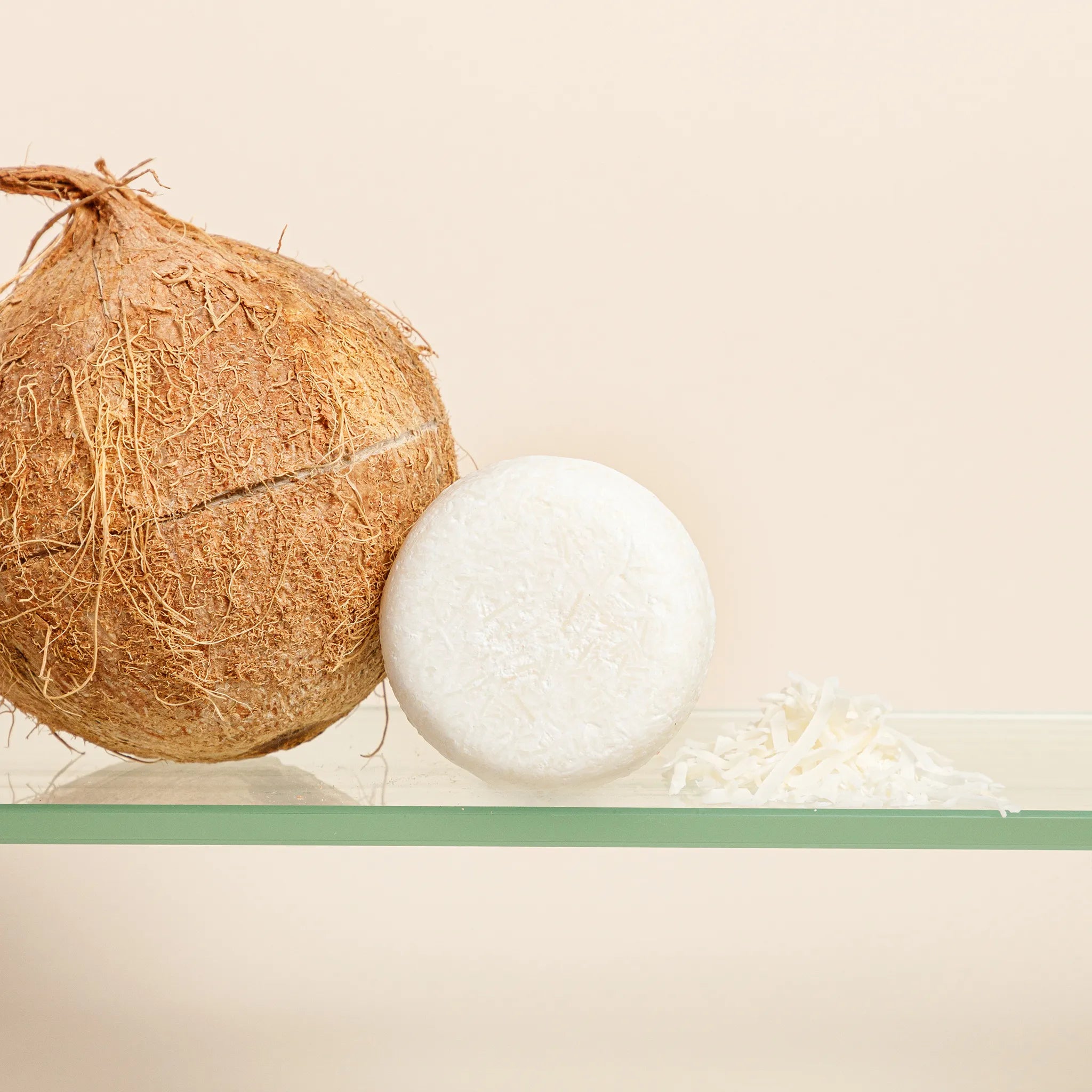
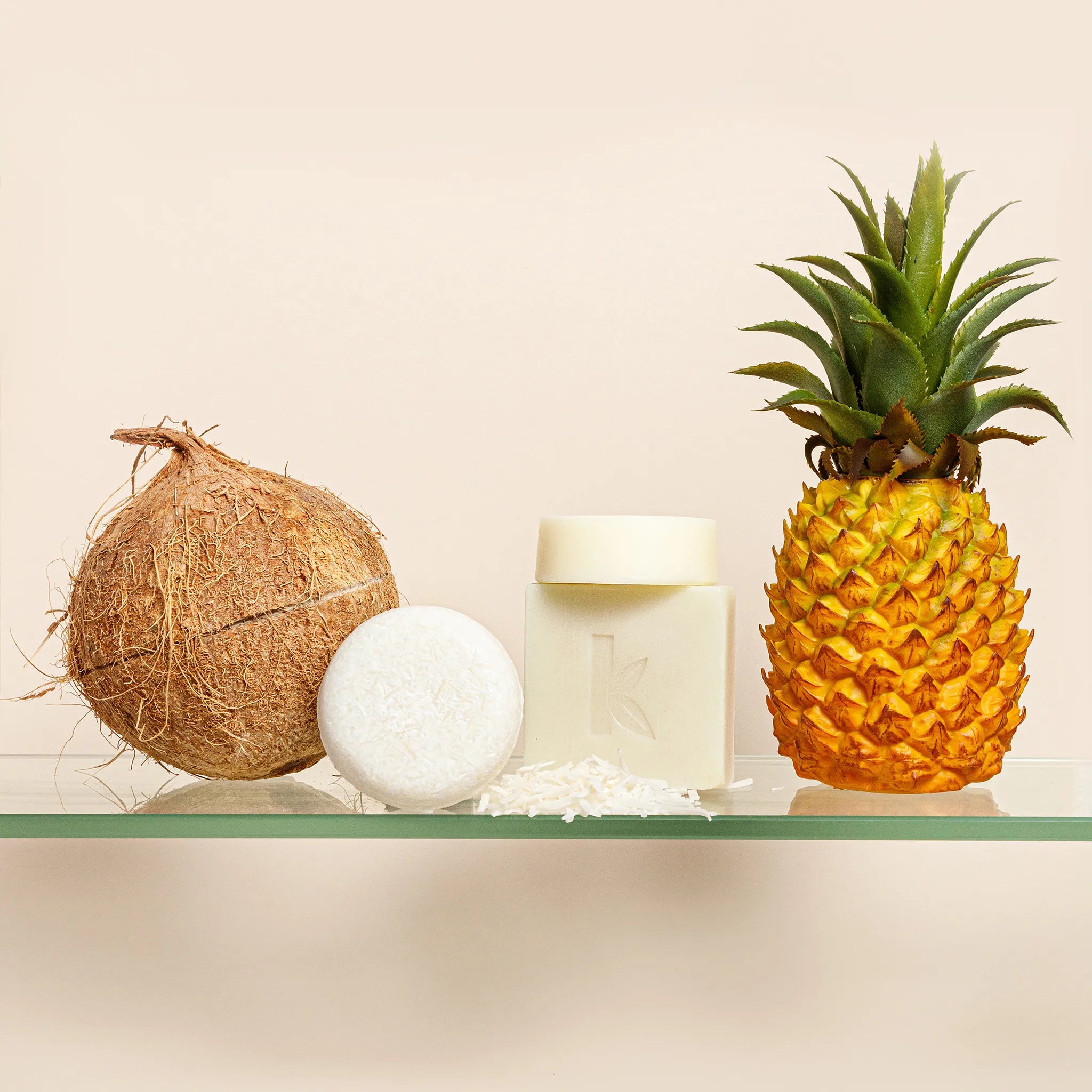
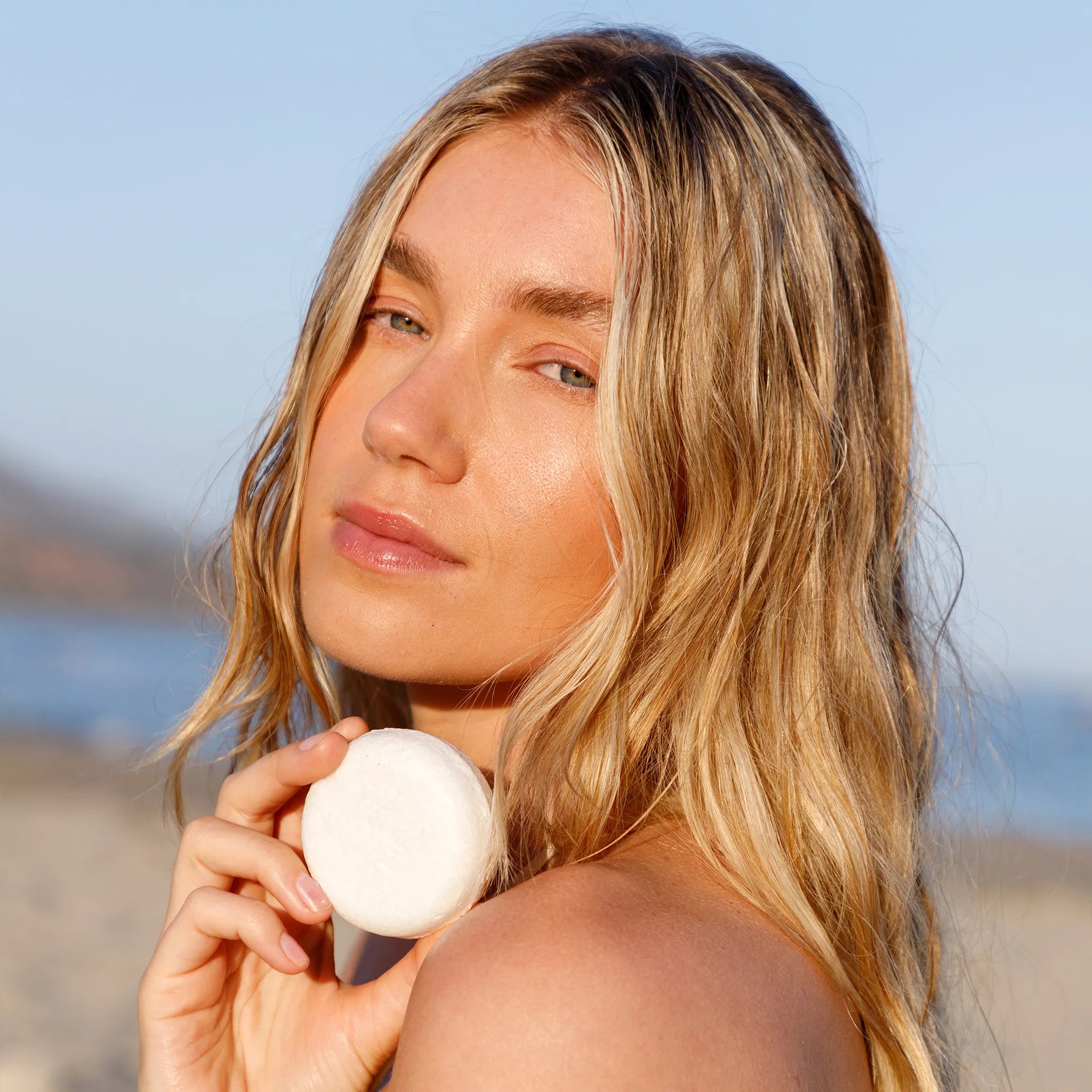
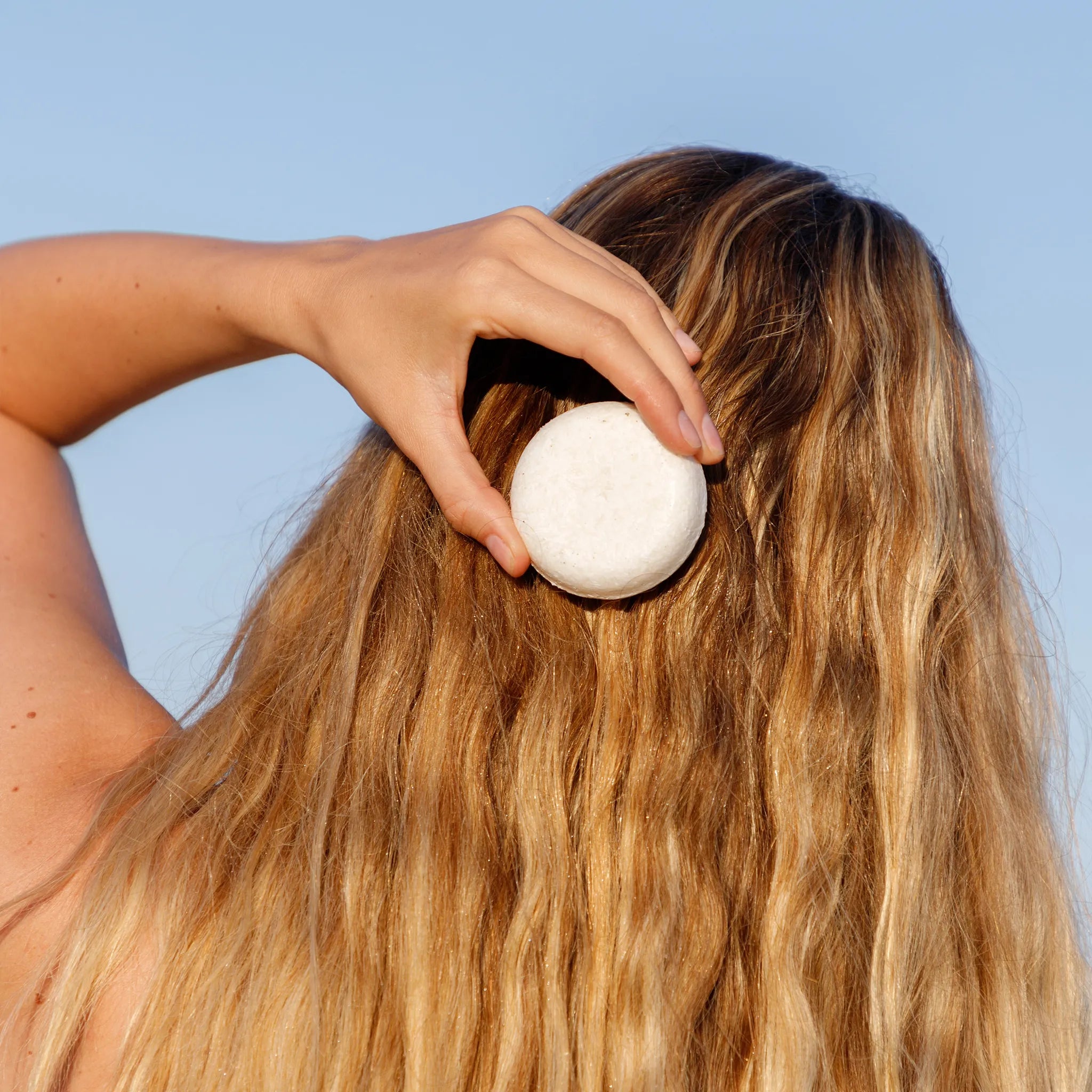
✓ Free of sulfates, palm oil, parabens, dyes, & synthetic fragrances
✓ Amino acid formula for all hair types, promoting strength, volume & vitality
✓ Packed with antioxidants & vitamins
✓ Larger 3.2 oz size lasts 70-90 washes, replacing up to 3 plastic bottles of shampoo
✓ Plastic-free & eco-friendly packaging, making it a sustainable choice for both your hair & the planet
All About Seek Bamboo Shampoo
Navigating the world of shampoo bars can often feel like trying to find the perfect pair of jeans online—exciting yet slightly overwhelming with all the options available. But, just like having a best friend who knows your style and preferences, we've got something to make your decision a breeze: our Shampoo Bar Quiz! Before we dive into the nitty-gritty details of "Which Shampoo Bar Should I Use?", why not let our quiz cut through the clutter? It's designed to understand your hair's unique needs and environmental goals, guiding you to your ideal plastic-free hair care hero. So, go ahead, give our quiz a whirl—it's like the hair care equivalent of finding that needle in the haystack, but much more fun and without the hay!
Honey Gold Shampoo Bar

Dive into the sweet embrace of nature with our honey shampoo bar, a luxurious blend that promises to transform your hair care routine into a nourishing feast for your locks. Infused with the natural goodness of honey, this bar is not just a shampoo; it's a hydration hero that brings the lusciousness of nature right to your shower. Imagine enveloping your hair in a rich, moisturizing lather that repairs, strengthens, and adds a golden glow to your tresses, all while being kind to the planet. Give your hair the pampering it deserves.
Rose Shampoo Bar
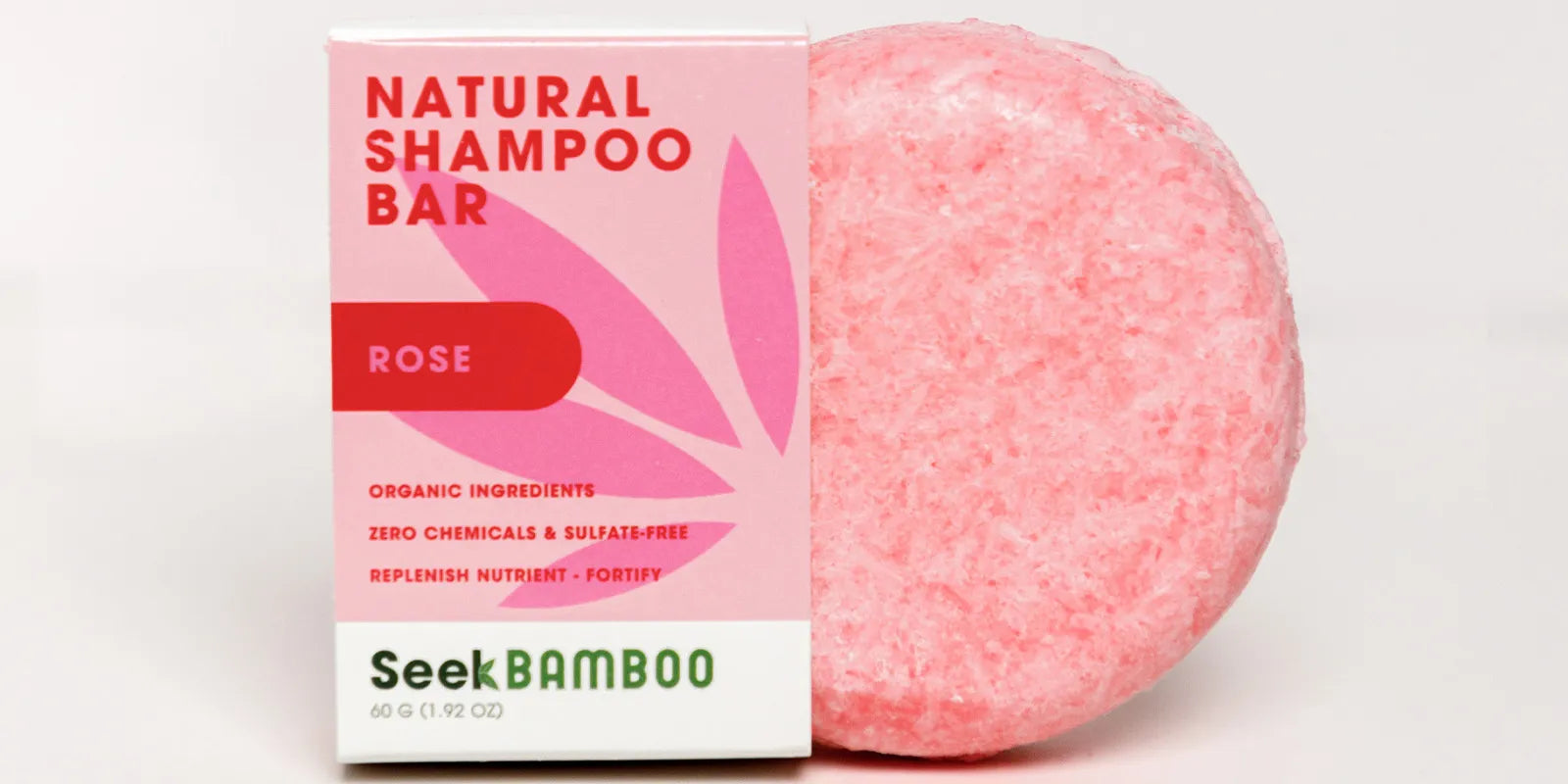
Step into a blooming garden of care with our rose shampoo bar, where each cleansing session caresses your hair like soft petals. This bar transcends ordinary shampoo, crafting a poetic homage to your hair by weaving the timeless allure of rose essence with deep, nourishing care. Imagine the act of washing your hair as an immersion in a garden of roses, where soothing floral aromas gently purify the scalp and leave your locks smooth, radiant, and kissed with the tender fragrance of dawn's first bloom. Transform your hair care into an aromatic journey, elevating daily rituals into moments of sensory delight.
Mint Shampoo Bar
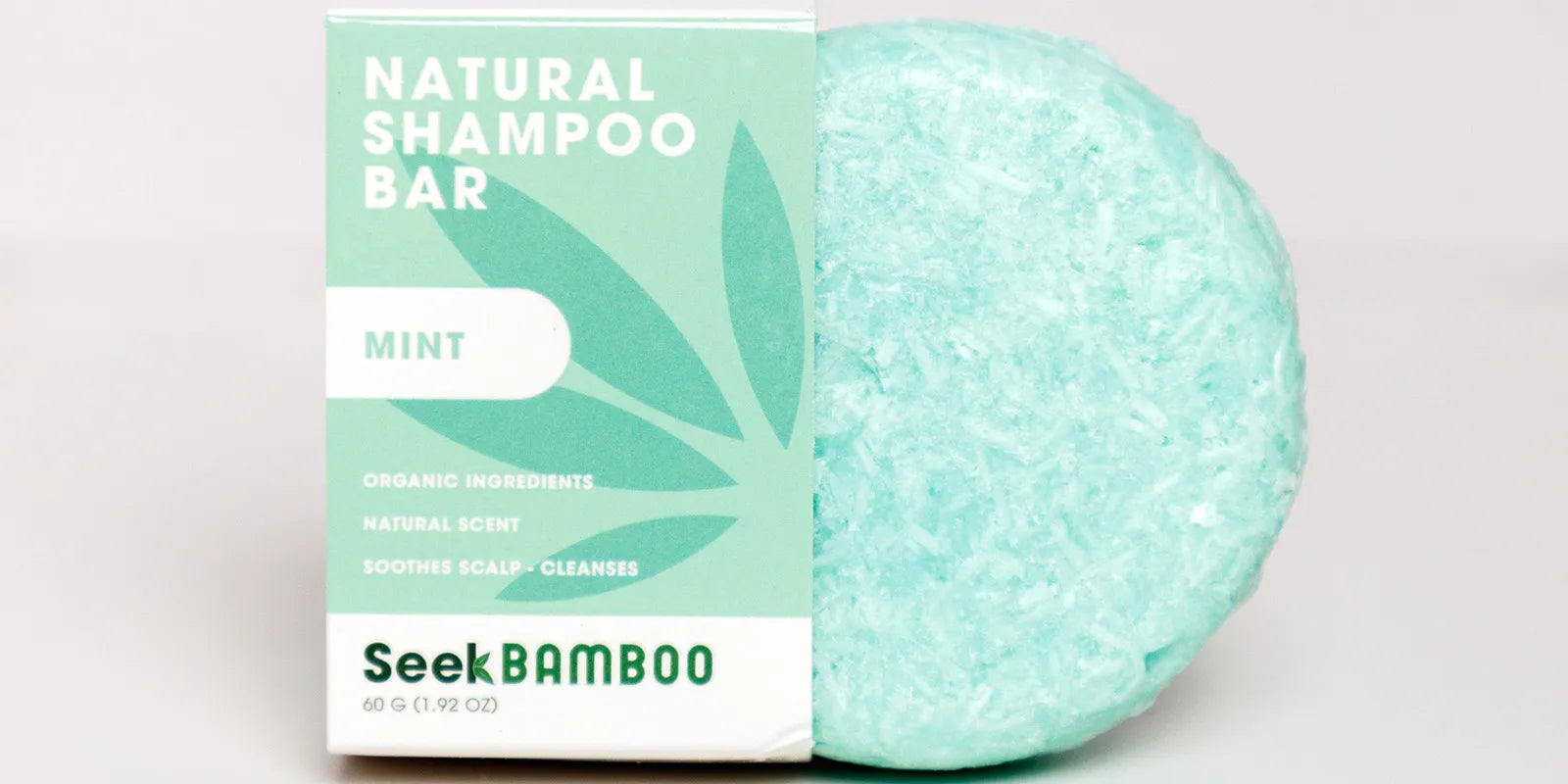
Awaken your senses and invigorate your hair care routine with our mint shampoo bar. More than just a shampoo, this bar is a burst of refreshing energy that's ready to breathe new life into your locks. Imagine the crisp, cool sensation of mint cleansing your hair, stimulating your scalp, and leaving a refreshing tingle in its wake. Each wash promises not just to purify and strengthen your hair, but also to uplift your spirit with its vibrant, energizing aroma. For an exhilarating hair care experience that leaves your hair sparkling clean and your mind refreshed.
Wild Ginger Shampoo Bar
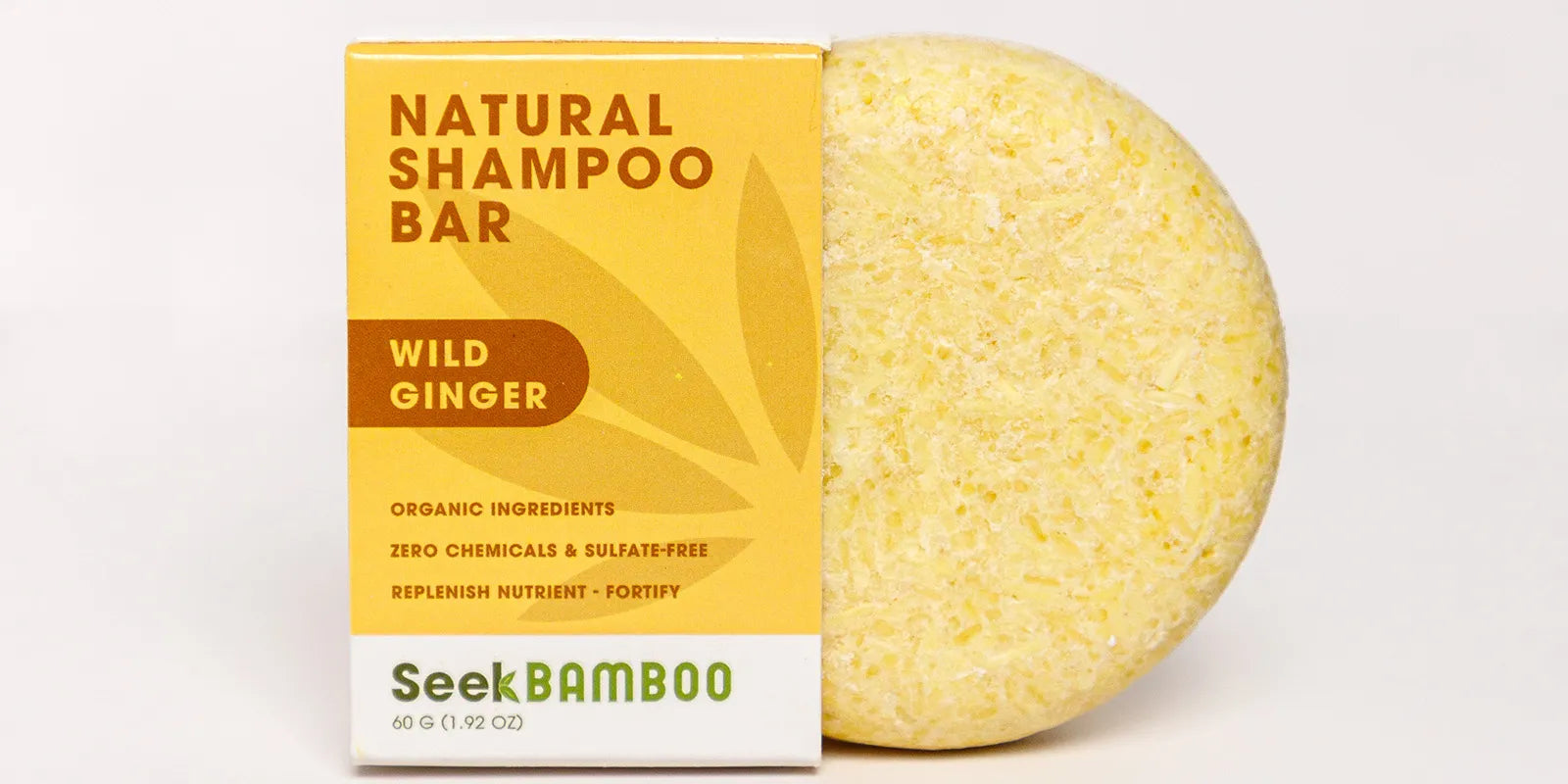
Embark on a warming journey of rejuvenation with our ginger shampoo bar, a concoction that promises to energize your hair care ritual. This bar isn't just a means to cleanse; it's a revitalizing experience, offering the zesty, stimulating essence of ginger to awaken your scalp and senses. Visualize massaging your hair with a bar that not only encourages healthy hair growth but also envelops you in its spicy, comforting aroma. Each lather brings a promise of enhanced circulation, strength, and a vibrant, healthy glow to your locks. Spice up your hair care routine with a touch of ginger magic.
Tea Tree Shampoo Bar
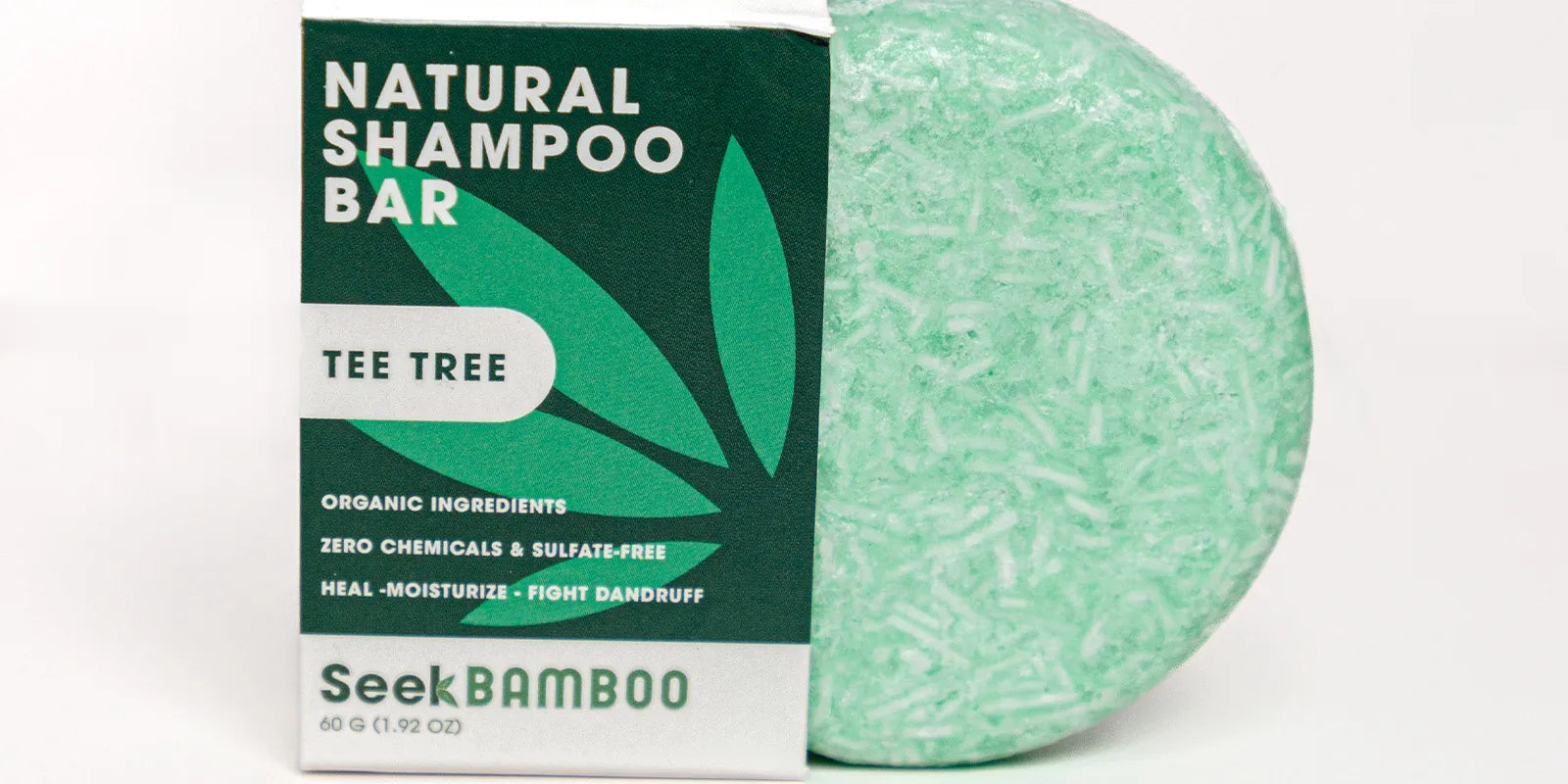
Discover the purifying power of nature with our tea tree shampoo bar, designed to transform your hair care routine into a refreshing cleanse for both hair and soul. This bar is not just a shampoo; it's a deep detox for your locks, harnessing the natural antiseptic properties of tea tree oil to soothe, clarify, and refresh your scalp. Imagine a cooling lather that battles dandruff, unclogs pores, and leaves your hair feeling light, airy, and impeccably clean, all with the crisp, clean scent of tea tree. Turn your hair care into a refreshing ritual that leaves your locks and mood utterly rejuvenated.
Seaweed Shampoo Bar
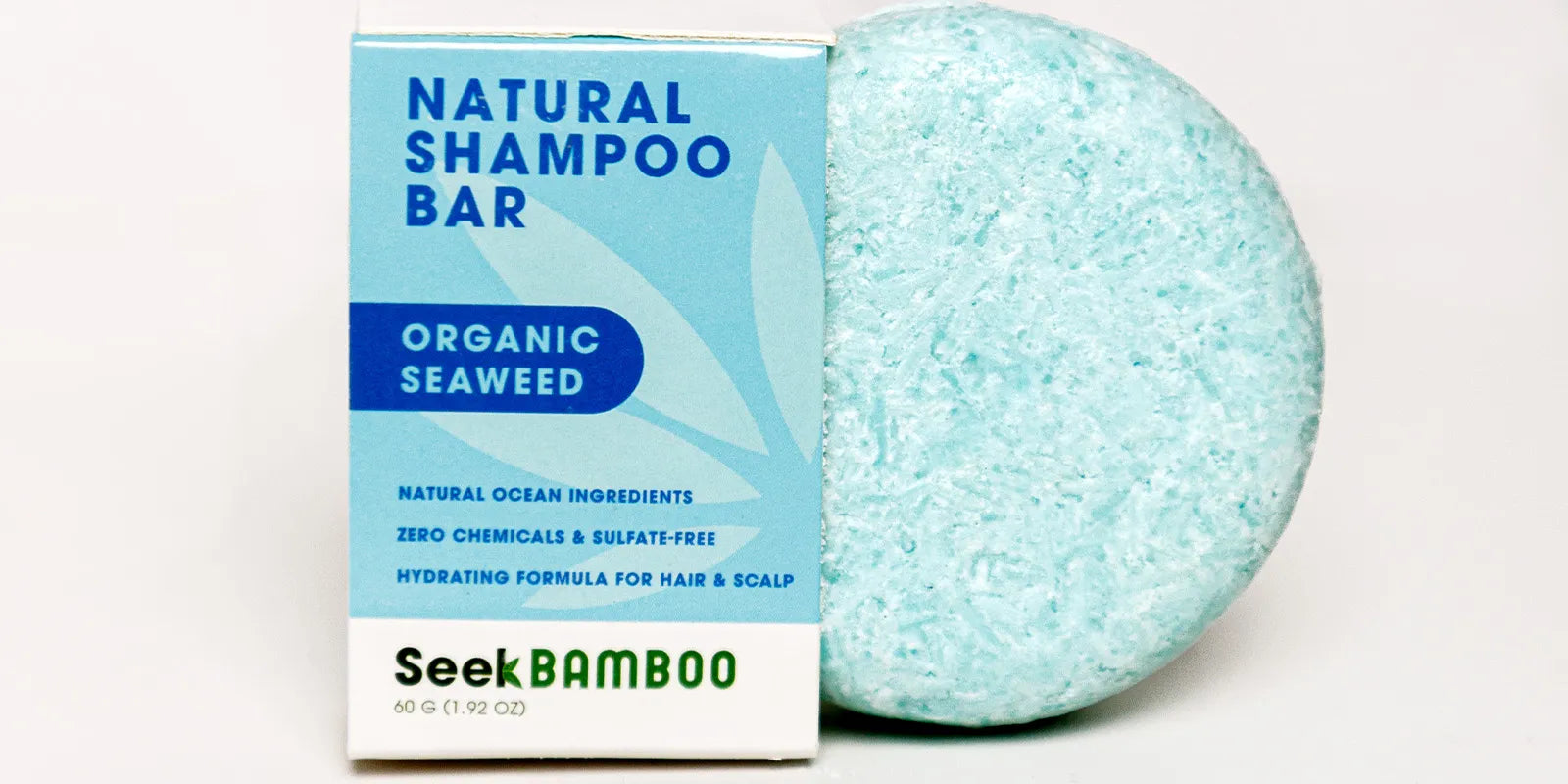
Plunge into the depths of oceanic nourishment with our seaweed shampoo bar, a treasure trove of hair care that brings the sea's healing powers right to your shower. This bar isn't just a shampoo; it's a wave of hydration and revitalization for your hair, enriched with the natural vitamins and minerals found in seaweed. Imagine wrapping your locks in a blanket of sea-derived nutrients that moisturize, strengthen, and add a unique gloss, reminiscent of the shimmering sea itself. Each wash is a journey to healthier, more vibrant hair, infused with the subtle, fresh scent of the ocean breeze. Anchor your hair care routine in the rich, restorative embrace of seaweed.
Rosemary Shampoo Bar
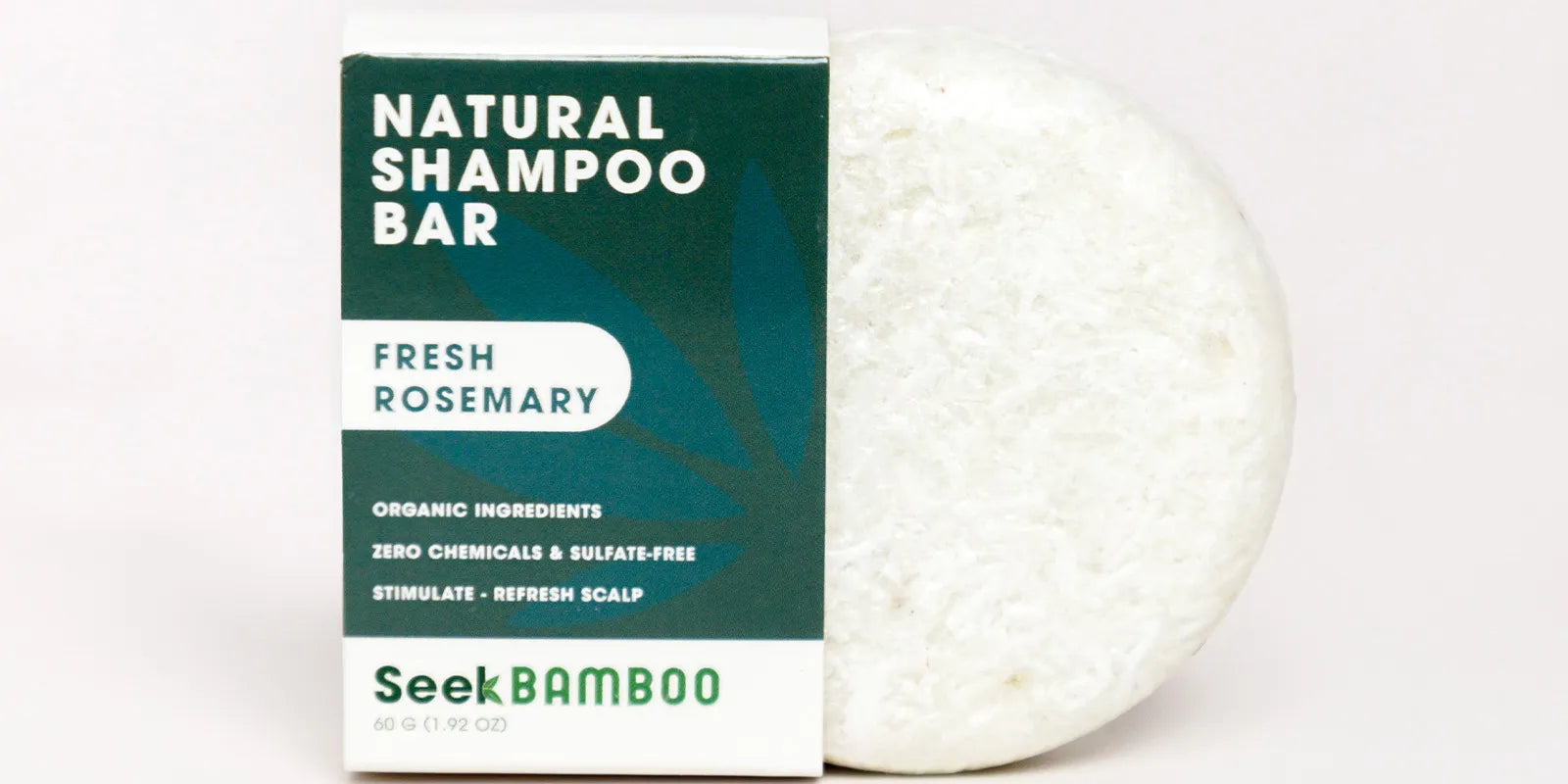
Step into a refreshing herbal garden with our rosemary shampoo bar, where every wash revitalizes your hair and awakens your senses. This bar isn't just a shampoo; it's a botanical boost for your locks, leveraging the powerful properties of rosemary to stimulate hair growth, improve scalp health, and enhance natural shine. Envision a rejuvenating lather that not only deeply cleanses but also infuses your hair with the invigorating, aromatic essence of fresh rosemary. Each use promises to lift your spirits and leave your hair looking more vibrant and fuller. Embrace a hair care routine that feels like a walk through an herb garden.
Charcoal Shampoo Bar
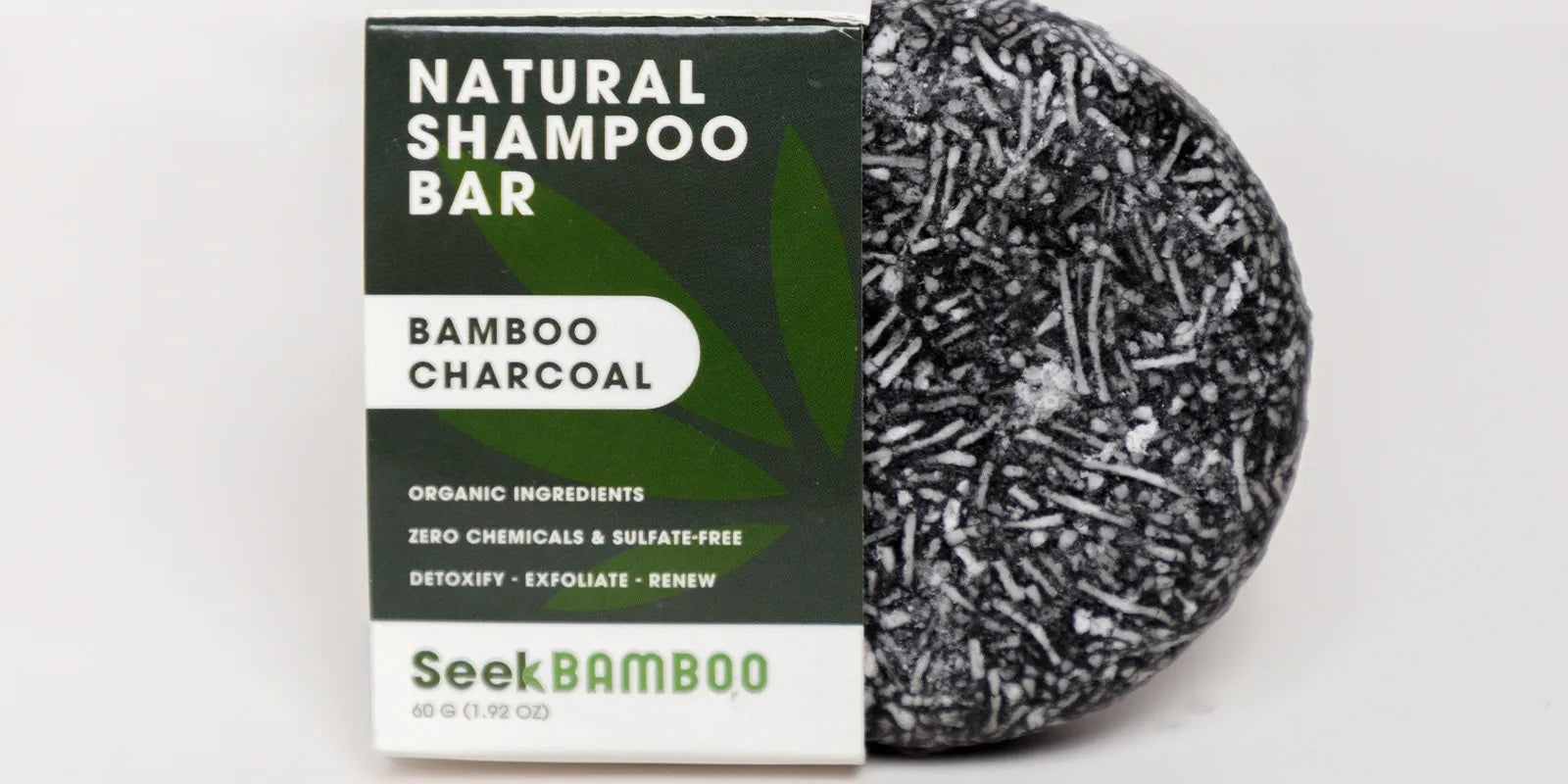
Dive into the purifying essence of deep cleansing with our charcoal shampoo bar, a powerful ally in your hair care arsenal that draws out impurities and rejuvenates your scalp and hair. This bar isn't just a shampoo; it's a detoxifying journey, utilizing the absorbing power of activated charcoal to remove buildup, pollution, and excess oil, leaving your hair clean, refreshed, and voluminous. Imagine a lather that acts like a magnet for dirt and impurities, all while being gentle on your scalp and hair. Each wash is an invitation to reset your hair's natural balance and restore its radiant shine.
Coffee Shampoo Bar
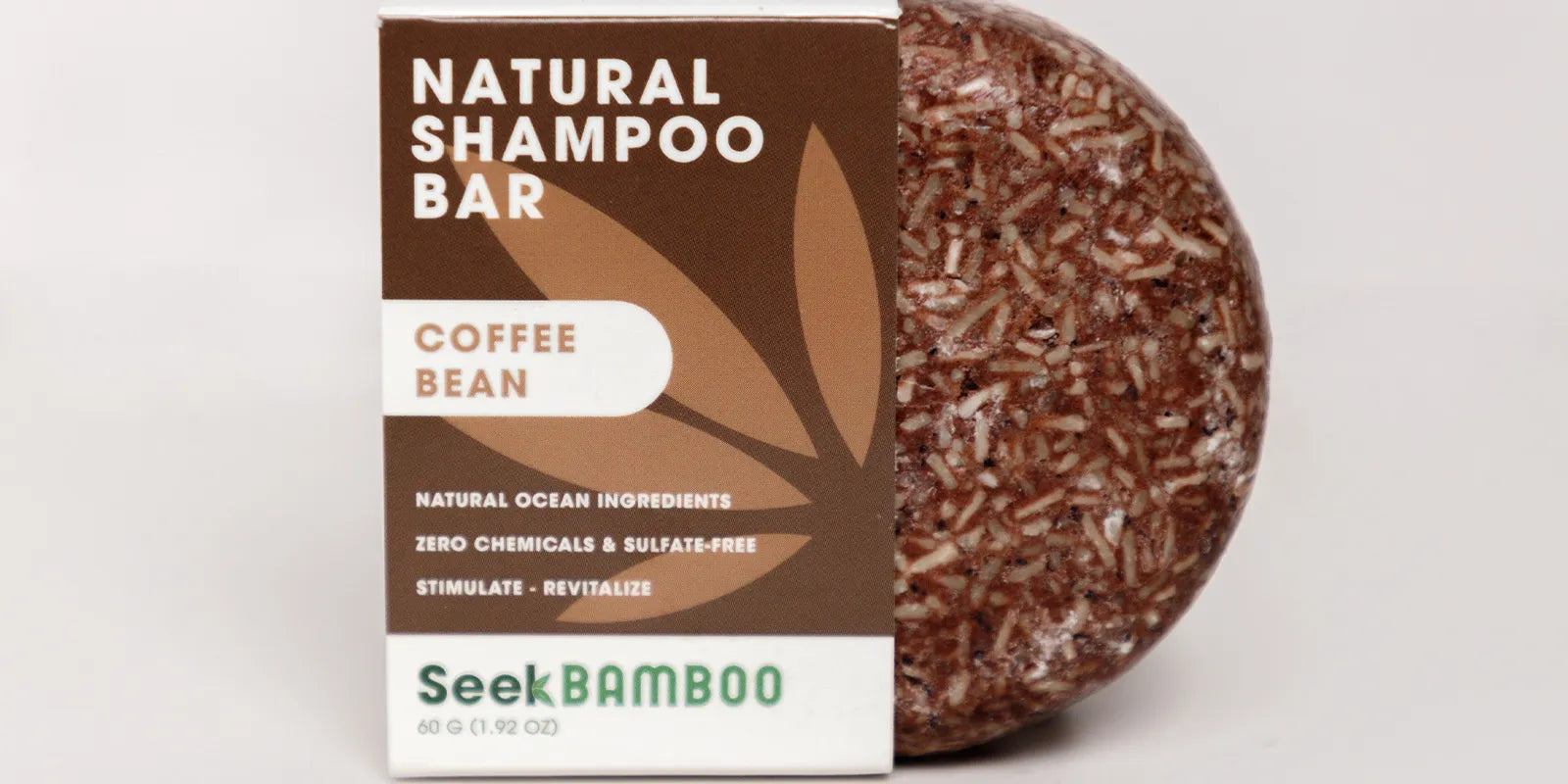
Awaken your hair care routine with the rich, invigorating essence of our Coffee Shampoo Bar. This bar isn't just a shampoo; it's a morning cup of coffee for your hair, infusing each strand with caffeine's natural power to stimulate hair growth and enhance hair health. Imagine a robust lather that not only cleanses but also energizes your scalp, encouraging stronger, more vibrant hair growth. Each wash is like breathing in the aromatic warmth of freshly brewed coffee, leaving your hair not only looking more luscious but also feeling revitalized. Infuse your hair care routine with the energizing benefits of coffee.
Polygonum Shampoo Bar
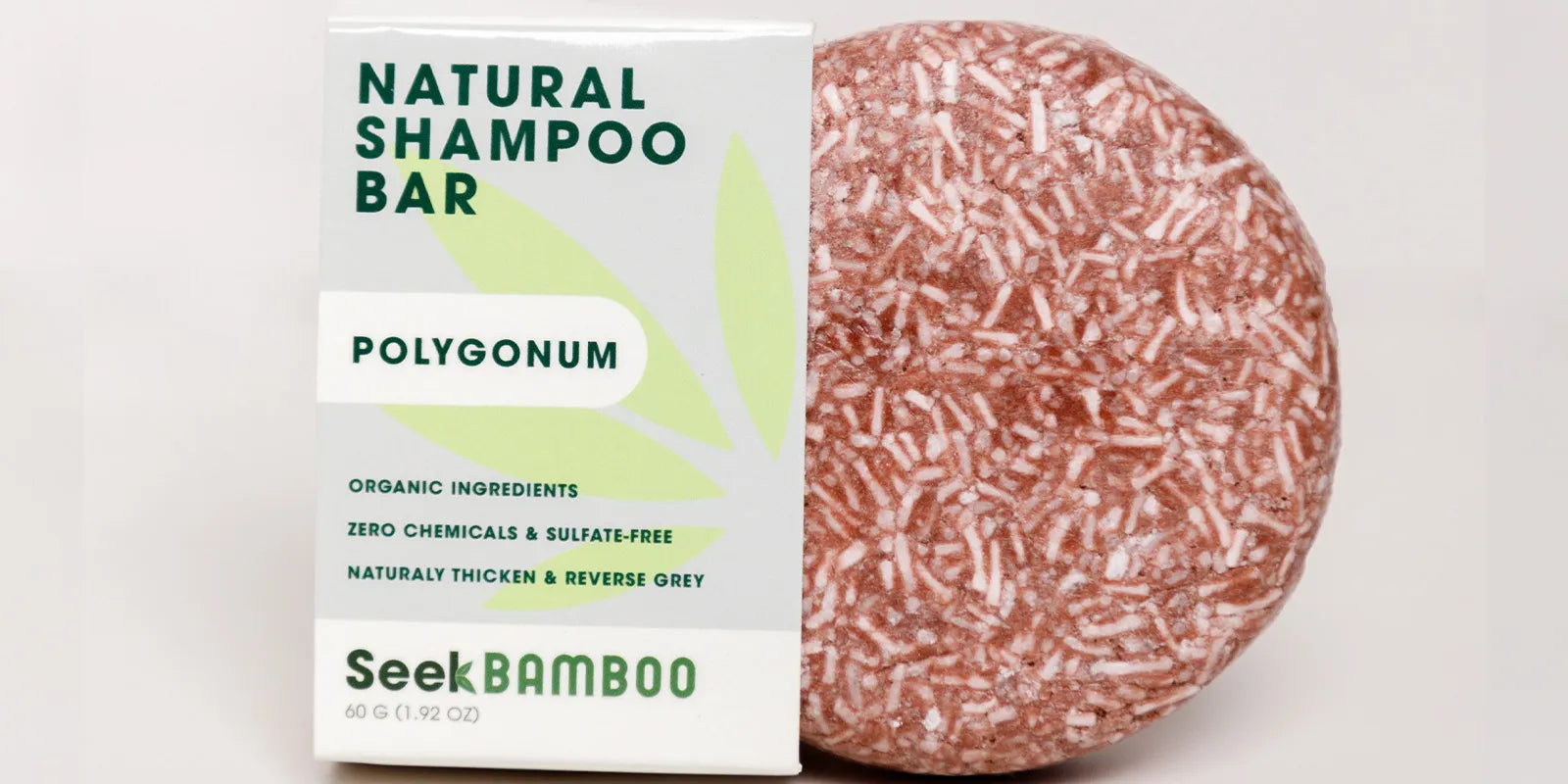
Embark on an ancient journey of hair rejuvenation with our polygonum shampoo bar, a secret from the annals of herbal lore brought to life in your daily hair care ritual. This bar isn't just a shampoo; it's a fountain of youth for your hair, utilizing the legendary properties of Polygonum Multiflorum, known for its remarkable ability to restore the look of youthfulness and vitality to your locks. Imagine a rich, nurturing lather that not only cleanses but also imbues your hair with the power to combat graying, encourage lush growth, and impart a natural, vibrant sheen. Each wash reconnects you with centuries of herbal wisdom, leaving your hair feeling stronger, fuller, and radiantly healthy. Ready to unlock the age-old secrets of hair vitality? Click on the Polygonum Shampoo Bar button and transform your hair care routine into a legacy of beauty and strength.
Lavender Shampoo Bar
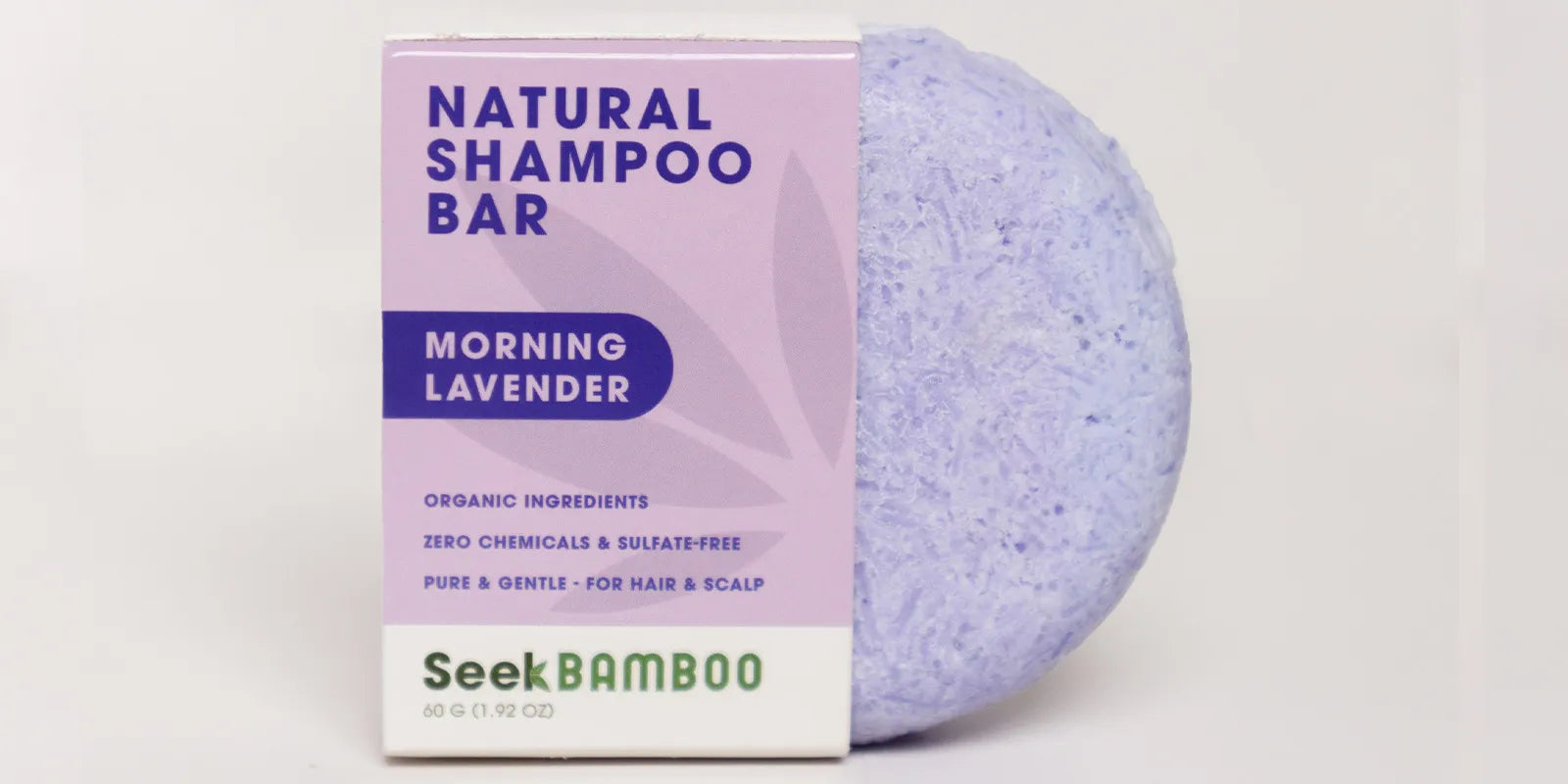
Immerse yourself in the calming embrace of our lavender shampoo bar, a serene escape into the heart of nature's tranquility right in your shower. This bar isn't just a shampoo; it's a moment of peace for your hair and mind, harnessing the soothing and restorative properties of lavender to provide a gentle, therapeutic cleanse. Envision a luxurious lather that not only purifies and nourishes your locks but also surrounds you with the relaxing, aromatic bliss of a lavender field at dusk. Each wash is an opportunity to soften, hydrate, and rejuvenate your hair, all while easing the stress of the day away. Transform your hair care routine into a soothing ritual that calms the senses?
Olive Oil Shampoo Bar
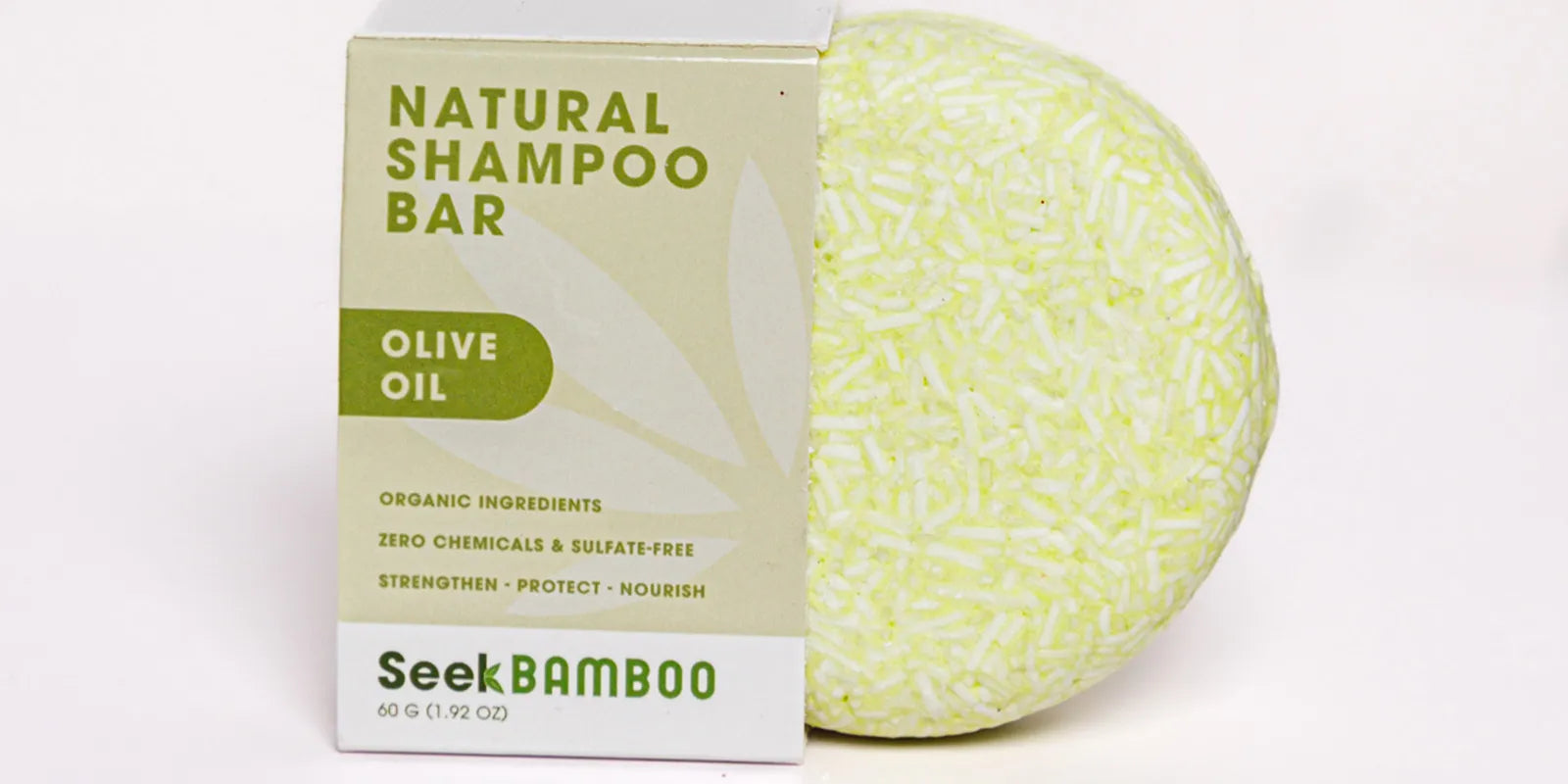
Nourish your hair with the essence of Mediterranean bliss with our olive oil shampoo bar. This bar is not just a shampoo; it’s a deeply moisturizing journey for your hair, utilizing the rich, emollient properties of olive oil to envelop each strand in hydration and care. Imagine a creamy lather that gently cleanses while imparting softness, strength, and a natural shine, reminiscent of sun-kissed olive groves. Each wash rejuvenates your hair, providing the nutrients it needs to look its healthiest and most vibrant. Indulge your hair in the luxurious, conditioning power of olive oil.
Strawberry Shampoo Bar

Indulge in the sweet, juicy embrace of our strawberry shampoo bar, a refreshing treat for your hair that's bursting with the essence of summer. This bar isn't just a shampoo; it's a vibrant celebration of hair care, blending the natural goodness of strawberries to cleanse, nourish, and invigorate your locks. Imagine a succulent lather that not only revitalizes your hair but also fills your shower with the tantalizing aroma of freshly picked strawberries. Each wash is a sensory journey that leaves your hair feeling soft, looking glossy, and smelling absolutely divine. Transform your hair care routine into a fruity fiesta.
Vanilla Shampoo Bar
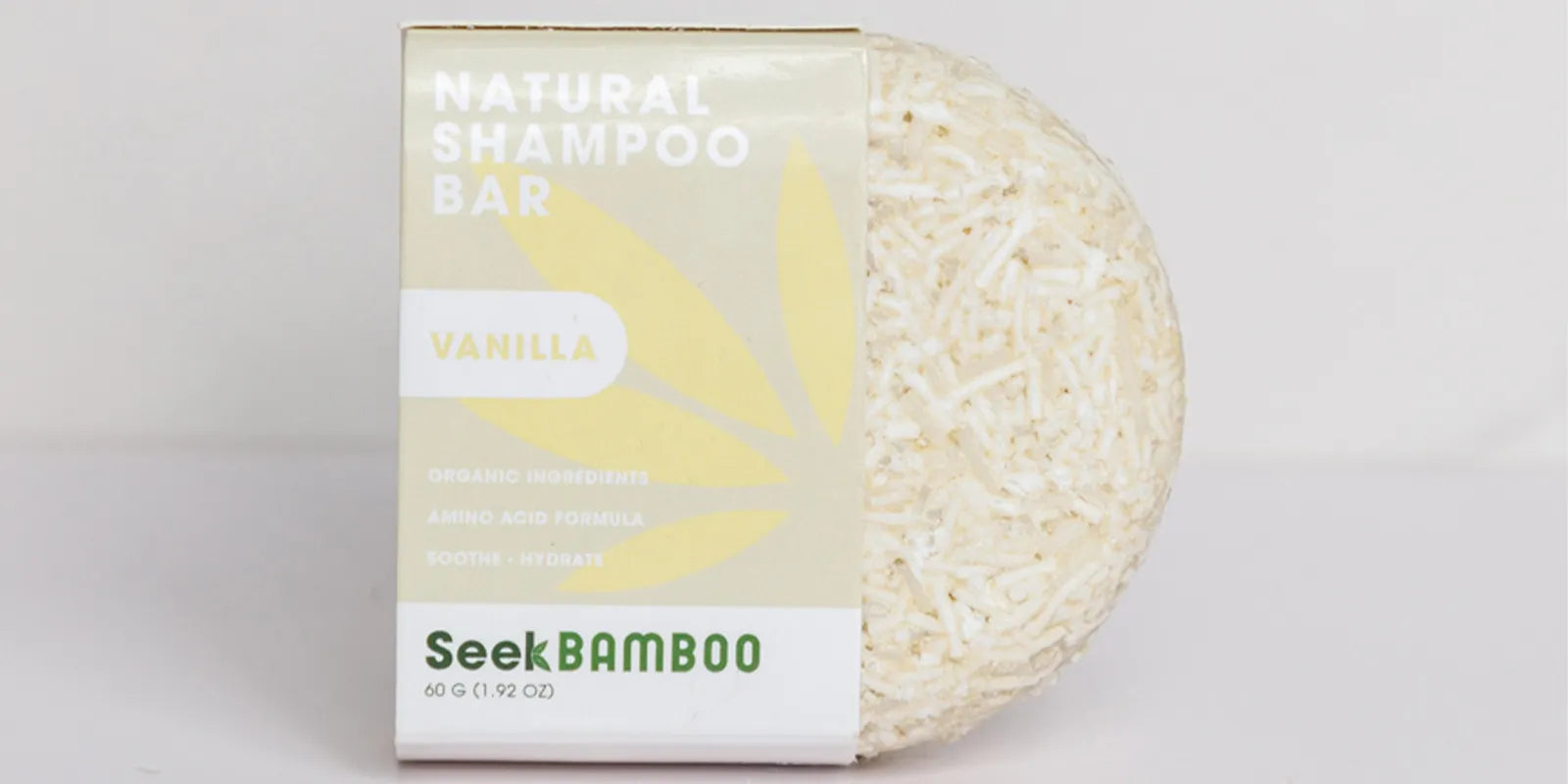
Surrender to the warm, comforting embrace of our vanilla shampoo bar, a luxurious treat for your hair that envelops you in the rich, creamy essence of pure vanilla. This bar isn't just a shampoo; it's an indulgent experience, combining the soothing qualities of vanilla with a nourishing blend that gently cleanses and deeply moisturizes your locks. Imagine a velvety lather that not only leaves your hair irresistibly soft and manageable but also cloaks you in the sweet, alluring fragrance of vanilla, turning every shower into a decadent retreat. Elevate your hair care routine with the sumptuous charm of vanilla.
Lemon Shampoo Bar
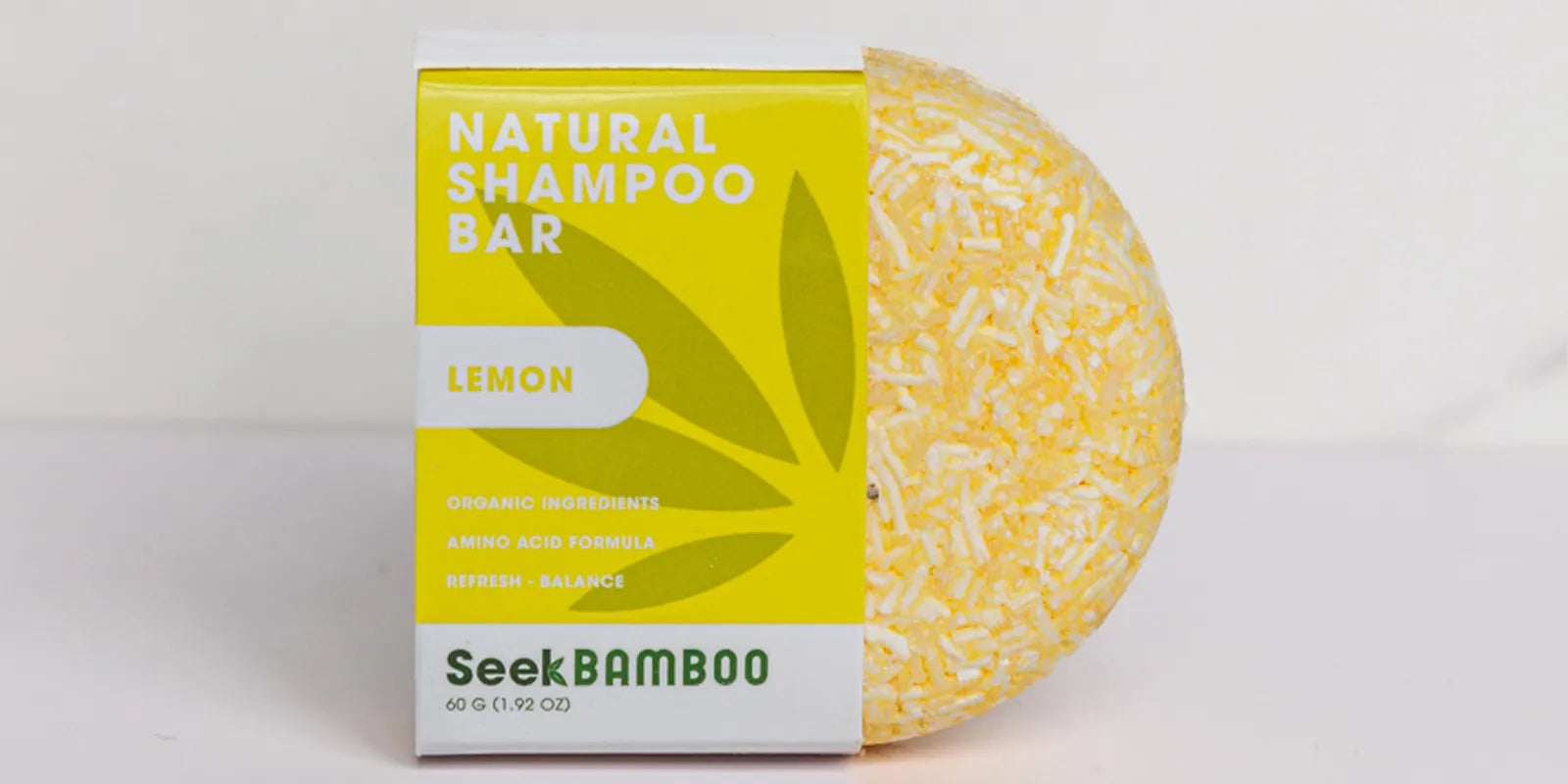
Invigorate your hair care routine with the zesty, refreshing zest of our lemon shampoo bar. This bar isn't just a shampoo; it's a burst of citrusy sunshine that brings clarity and shine to your locks with every wash. Imagine a crisp, energizing lather that deeply cleanses, cuts through grease, and leaves your hair with a sparkling shine, all while imbuing your senses with the uplifting, clean scent of freshly squeezed lemons. Each wash revitalizes your scalp, promotes healthy hair growth, and leaves your hair feeling light and bouncy. Ready to give your hair a refreshing lemon twist.
Eucalyptus Shampoo Bar
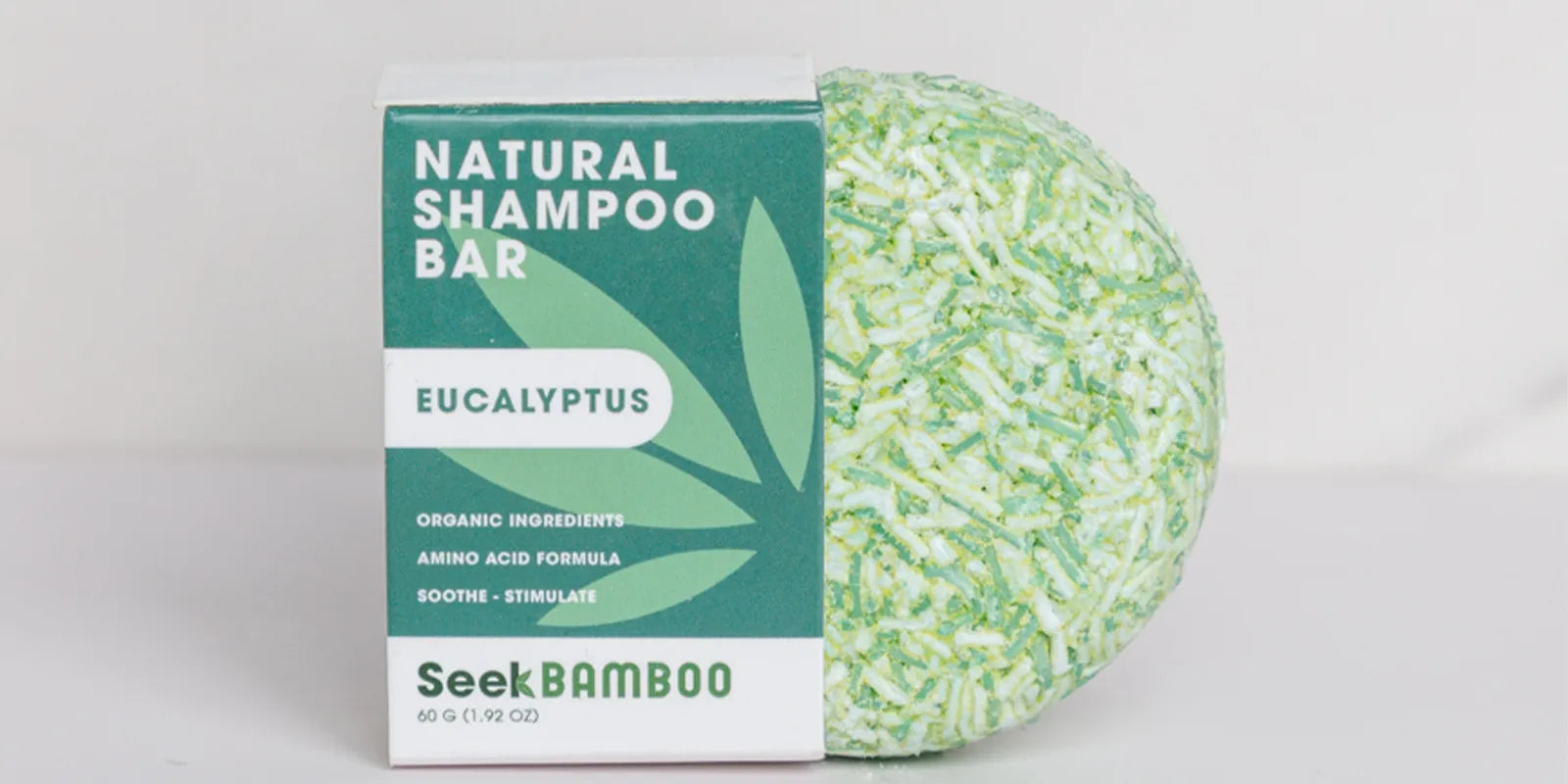
Breathe new life into your hair care routine with the cool, invigorating touch of our eucalyptus shampoo bar. This bar isn't just a shampoo; it's a rejuvenating escape into the crisp, clean air of a eucalyptus grove, designed to purify and refresh your hair and scalp. Imagine a soothing lather that not only cleanses and revitalizes your locks but also infuses them with the minty, refreshing aroma of eucalyptus, known for its natural antiseptic and healing properties. Each wash is a therapeutic experience, promoting scalp health, stimulating hair growth, and leaving your hair feeling soft, refreshed, and beautifully vibrant. Ready to transform your shower into a revitalizing eucalyptus-infused sanctuary? Click on the Eucalyptus Shampoo Bar button and let the powerful essence of eucalyptus elevate your hair care routine to new heights of freshness and vitality.
Foam, Rinse, Repeat
Tips and Tricks on How To Use A Shampoo Bar
How do I use a shampoo bar?
To use a shampoo bar, wet your hair and the bar under running water. Then, rub the bar between your hands or directly on your hair until you get a good lather. Massage the lather into your scalp and hair, then rinse it out thoroughly.
What is a shampoo bar, and how is it different from liquid shampoo?
A shampoo bar is a concentrated, solid form of shampoo packed with natural ingredients and cleansers. Unlike liquid shampoos, shampoo bars are typically free from harsh chemicals and preservatives. They’re designed to be eco-friendly, often coming in plastic-free packaging, making them an ideal choice for sustainable hair care. Shampoo bars also tend to last longer, as a little goes a long way due to their concentrated formula.
Should I use conditioner with a shampoo bar?
Yes, many people benefit from using a conditioner after a shampoo bar, especially if they have dry or textured hair. While shampoo bars effectively cleanse, they may not provide the same level of moisture as a conditioner. You can follow up with a conditioner bar or a leave-in treatment to keep hair soft, manageable, and hydrated.
How long does a shampoo bar last?
A shampoo bar can last for several months, depending on how often you use it and how long you leave it wet. To make your shampoo bar last longer, store it in a soap dish that allows it to air dry.
Can I use a shampoo bar on my hair everyday?
Yes, you can use a shampoo bar on your hair every day
How do I take care of a shampoo bar?
To take care of a shampoo bar, store it in a soap dish that allows it to air dry. Do not leave it wet in a puddle of water, as this will make it dissolve faster. You can also rub the bar on a washcloth to help it lather more easily.
Do shampoo bars lather as much as liquid shampoo?
No, shampoo bars do not lather as much as liquid shampoo. That is not necessarily a bad thing! You will be impressed with how little shampoo bar you need to get a great hair washing experience.
Can shampoo bars be used for all hair types?
Yes, shampoo bars are suitable for all hair types, but it’s essential to choose one formulated for your specific needs. Many brands offer bars tailored for different hair concerns, such as dryness, oiliness, color-treated hair, or dandruff. Look for ingredients that match your hair type for optimal results.
How should I store my shampoo bar between uses?
To get the most out of your shampoo bar, store it in a well-drained soap dish or a container that allows airflow to keep it dry. Avoid leaving the bar in standing water, as it can become mushy and dissolve more quickly. If you’re traveling, a breathable travel tin or cloth bag can protect it from excess moisture.
Are shampoo bars safe for color-treated hair?
Write content to answer to common questions your customers may have about your products, shipping policies..
Why does my hair feel different after switching to a shampoo bar?
When you first switch to a shampoo bar, your hair might feel different due to the lack of synthetic chemicals typically found in liquid shampoos. It may take a few washes for your scalp and hair to adjust to the natural ingredients. During this transition, your hair might feel slightly waxy or heavier, but this usually resolves within a couple of weeks. Some find a vinegar rinse can help balance pH and leave hair softer during the transition.
Can I take my shampoo bar on a plane?
Yes, shampoo bars are ideal for travel as they are solid and TSA-friendly, allowing you to skip the liquid restrictions. They’re also compact, making them easy to pack without risk of spills or leaks. Just store them in a travel tin or case, and make sure they’re dry before packing to prevent softening.


